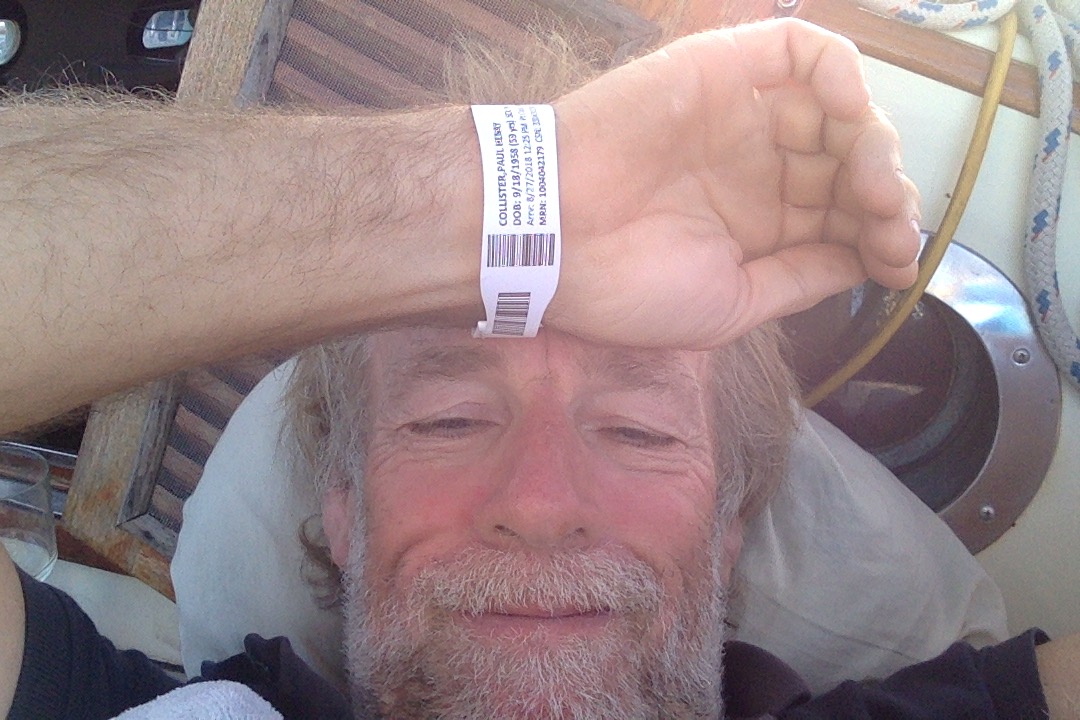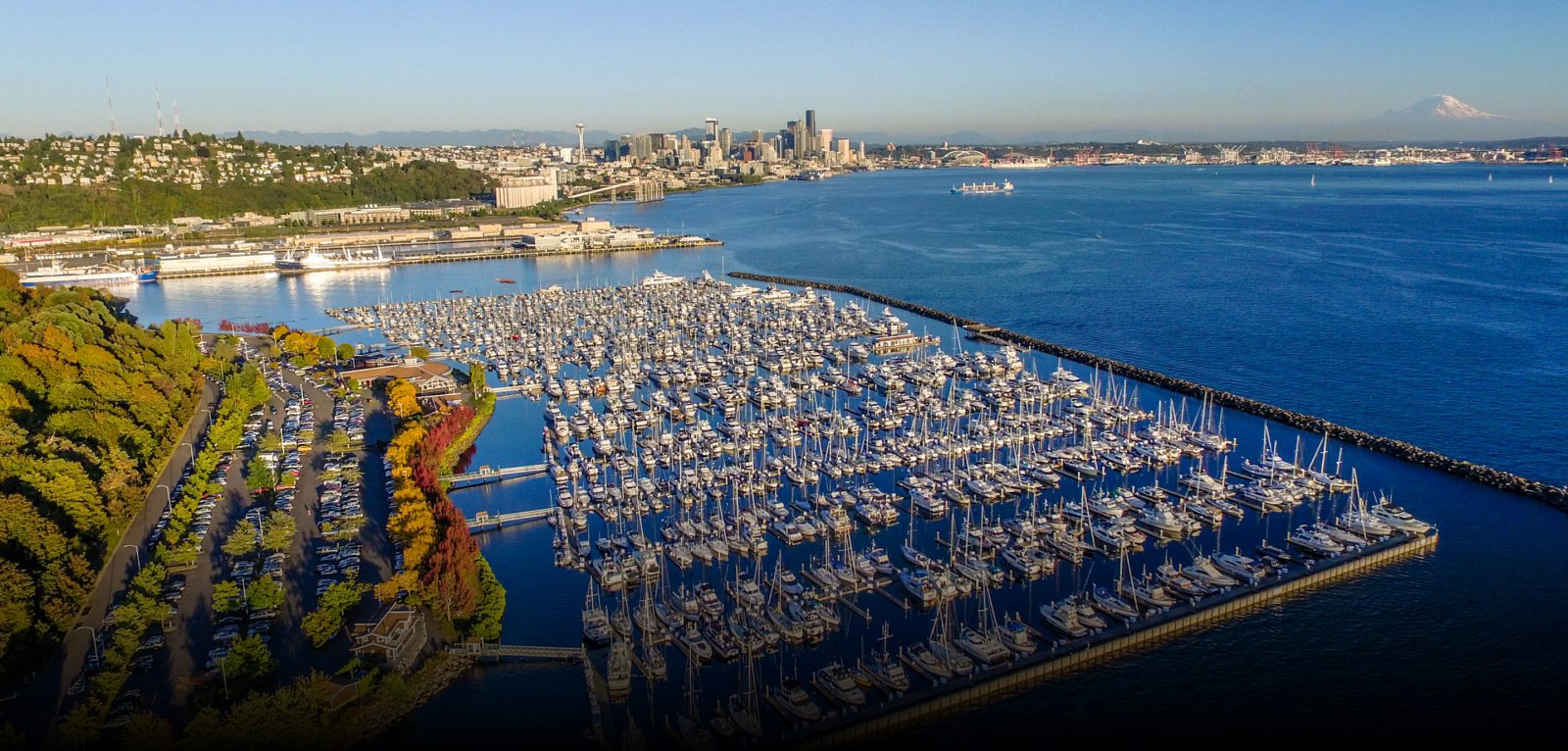I’d been intrigued by descriptions of Princess Louisa Inlet. Who could resist these words from Erle Stanley Gardner (best known for writing the Perry Mason detective novels) in his book ‘Log of a Landlubber’:
‘There is no use describing that inlet. Perhaps an atheist could view it and remain an atheist, but I doubt it’
‘There is a calm tranquillity which stretches from the smooth surface of the reflecting water straight up into infinity. The deep calm of eternal silence is only disturbed by the muffled roar of throbbing waterfalls as they plunge down the sheer cliffs’
‘There is no scenery in the world that can beat it. Not that I’ve seen the rest of the world. I don’t need to, I’ve seen Princess Louisa Inlet’.
High praise indeed, so when Paul suggested I look up some places to visit as we continued along the route to Sointula, it was the first place I mentioned. The beauty of Back Eddy would be hard to beat so our expectations were high as we motored past forested, snow-peaked mountains on the foggy morning that Paul turned 60.
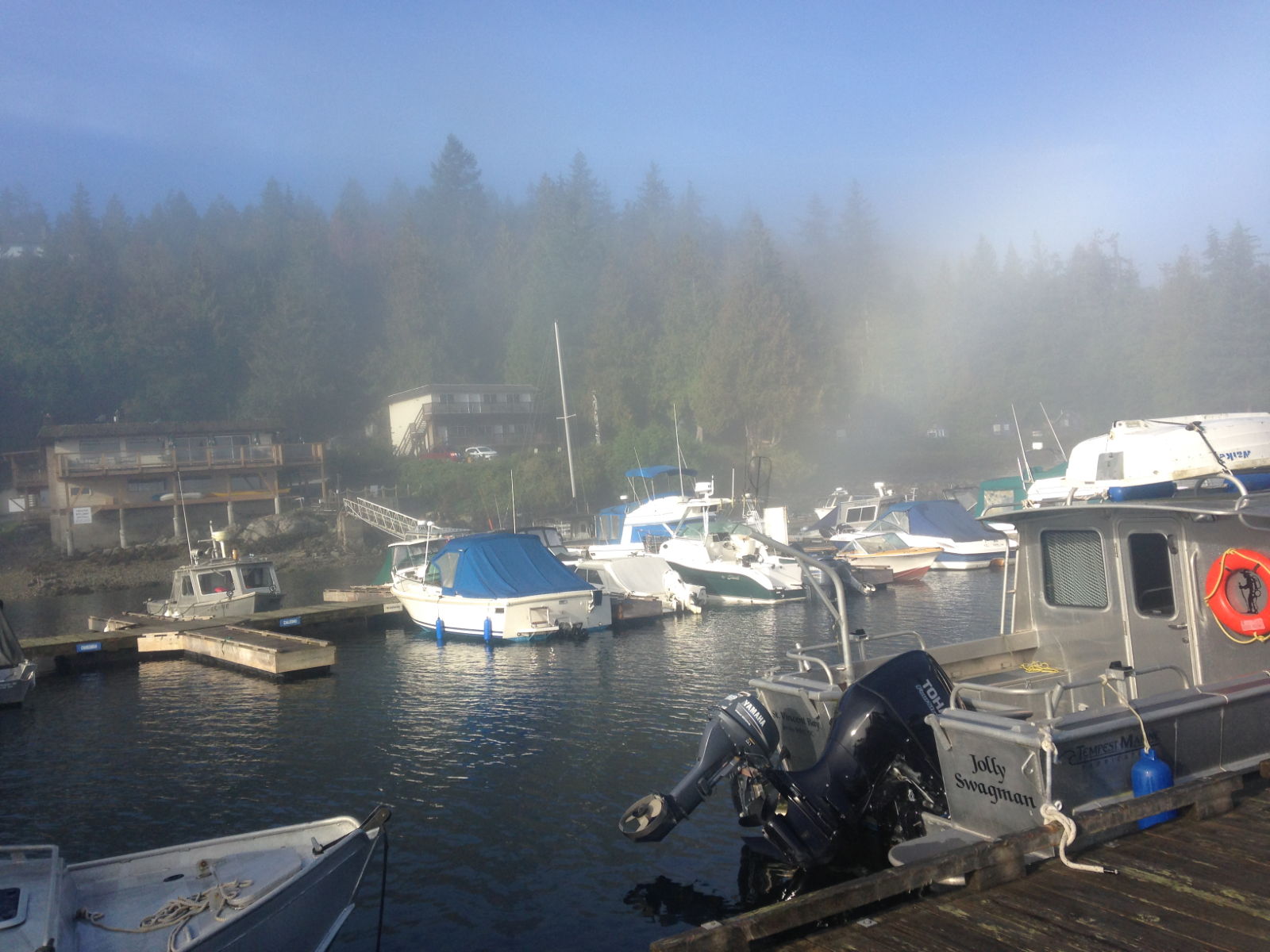
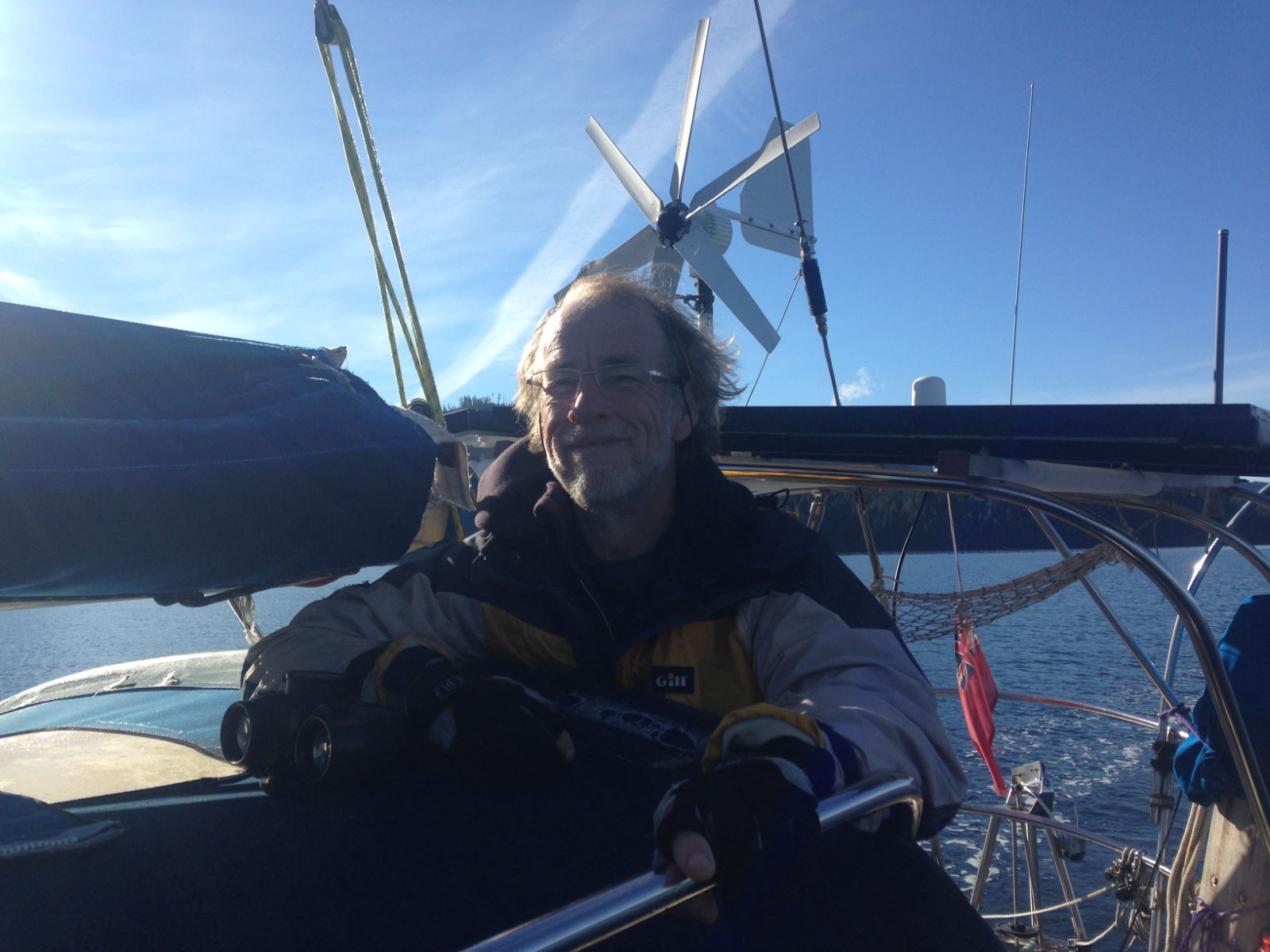
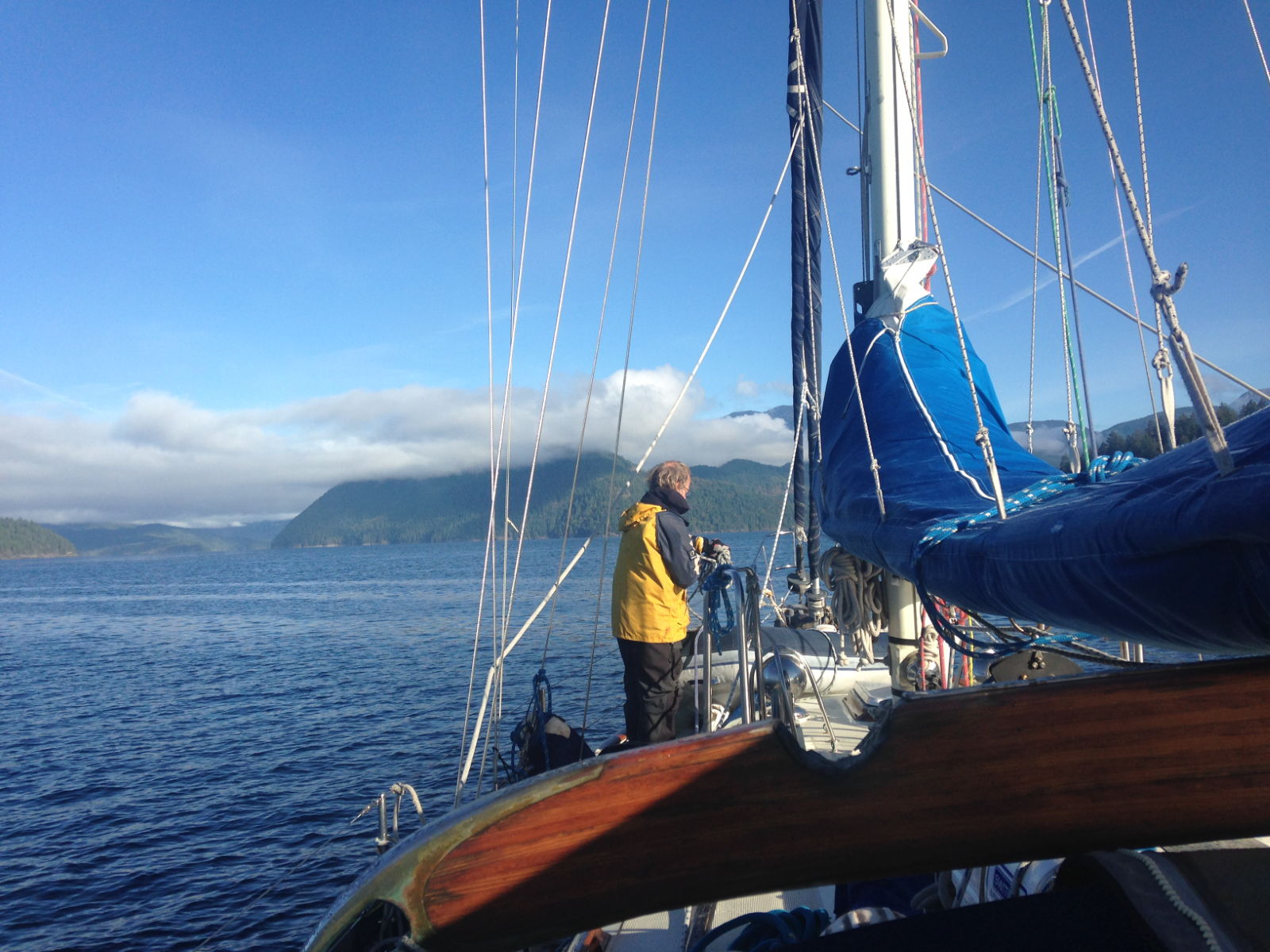
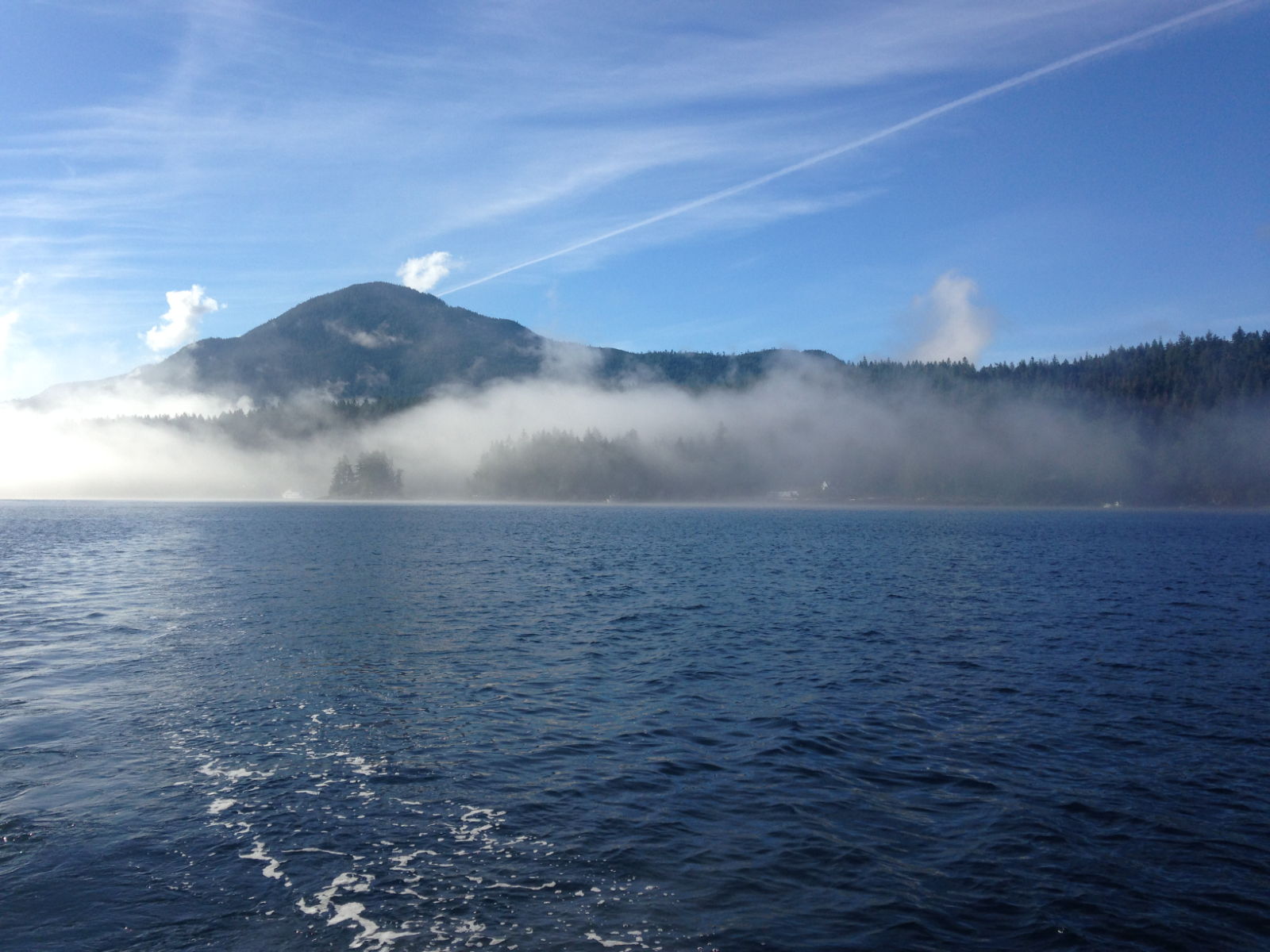
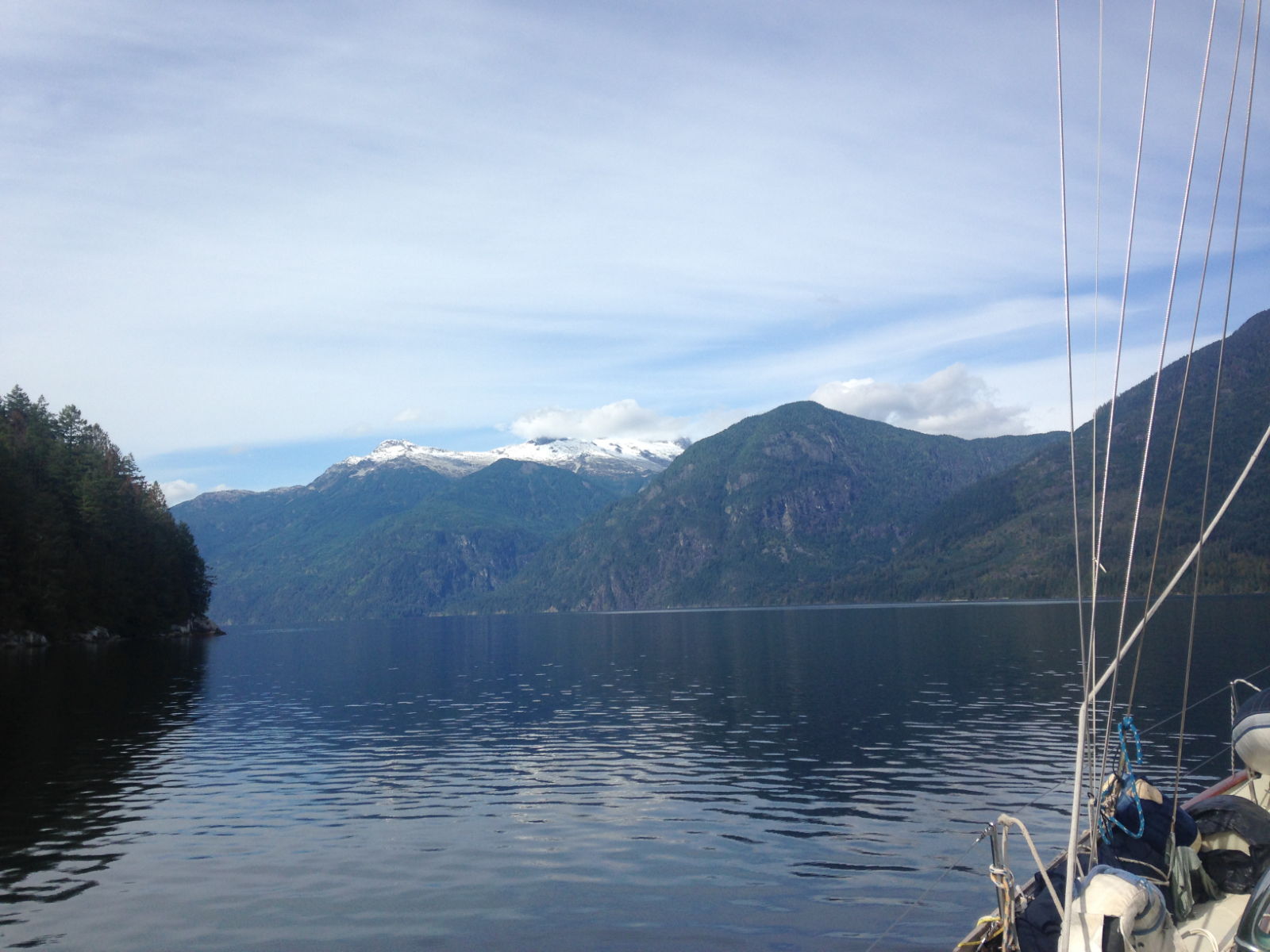
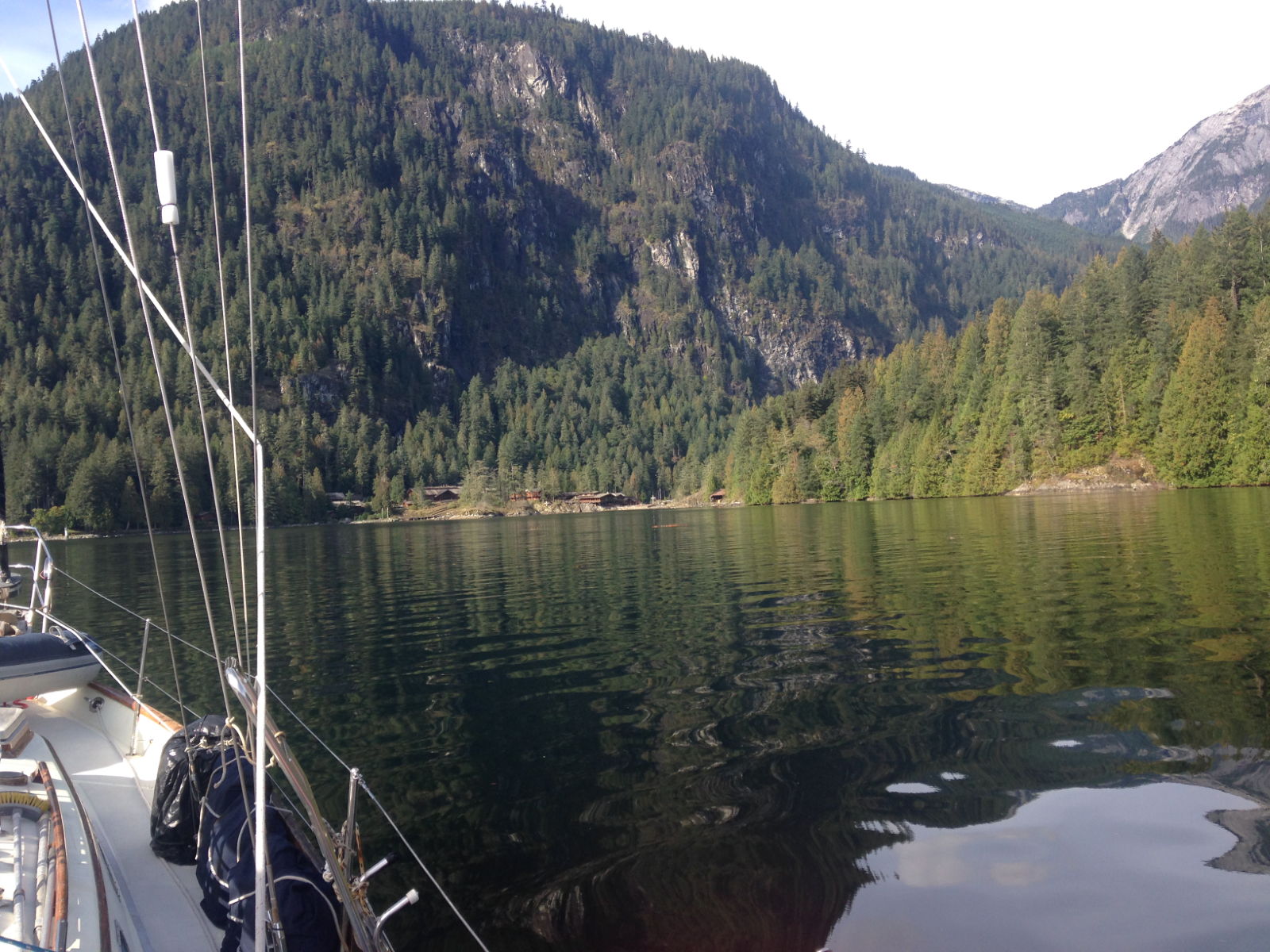
By the time we reached Jervis Inlet, the views had grown steadily more breath-taking, aided by the afternoon sun’s rays and a clear blue sky.

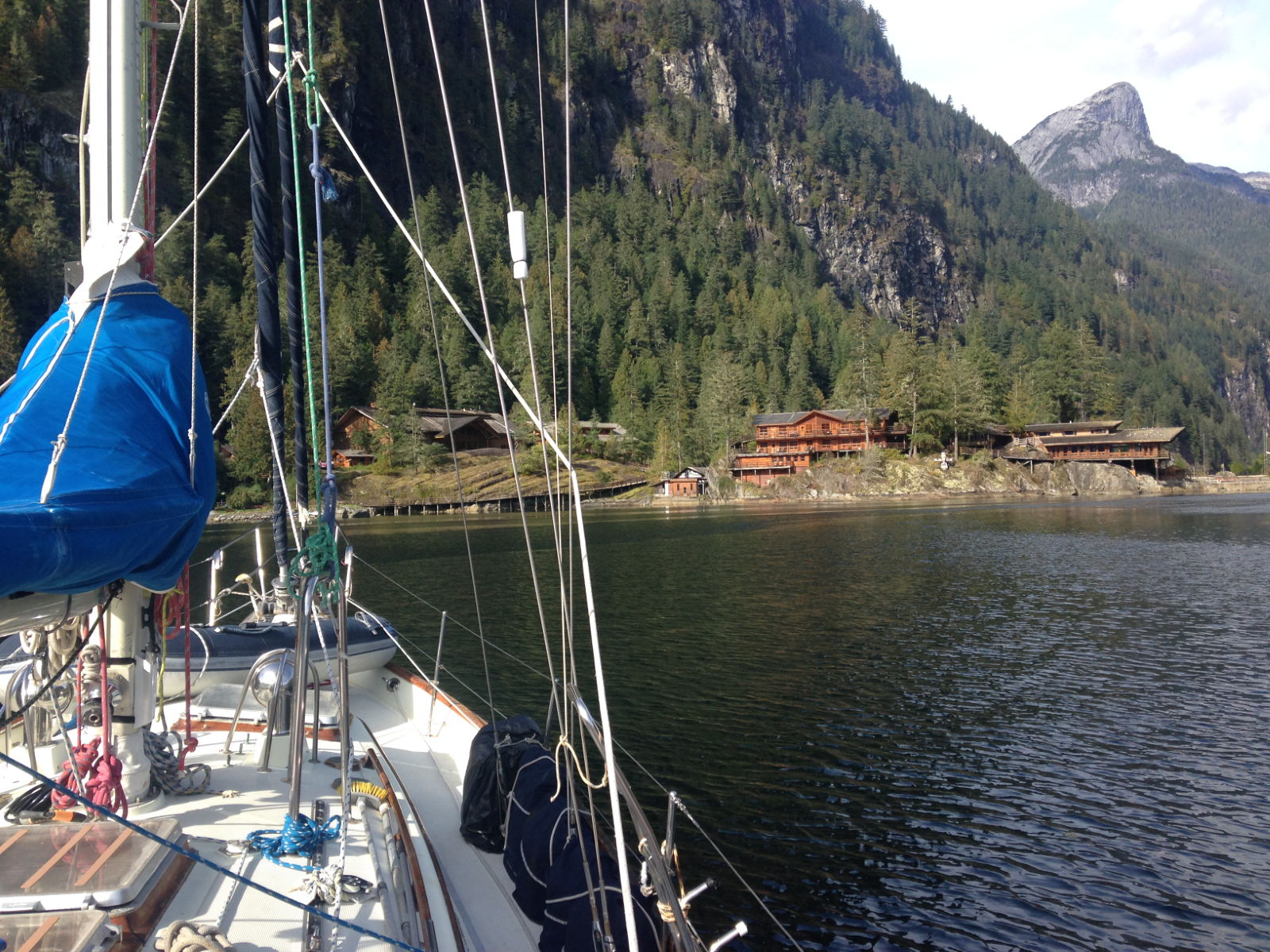


The waterfall that features in so many of the descriptions lies at the head of the inlet. Called Chatterbox Falls, it’s the result of the Loquilts River tumbling its contents 120 feet over the top of the granite-walled gorge. The noise of it grew louder as we approached the jetty; it was a truly spectacular sight – not enough to convert us to religion but certainly awe-inspiring. A bride and groom were posing for pictures as we tied our lines – the seaplane they’d arrived on, which is the only other way to access this paradise, was just in front of us. There were only three other boats apart from us but the place gets very crowded during the summer months.
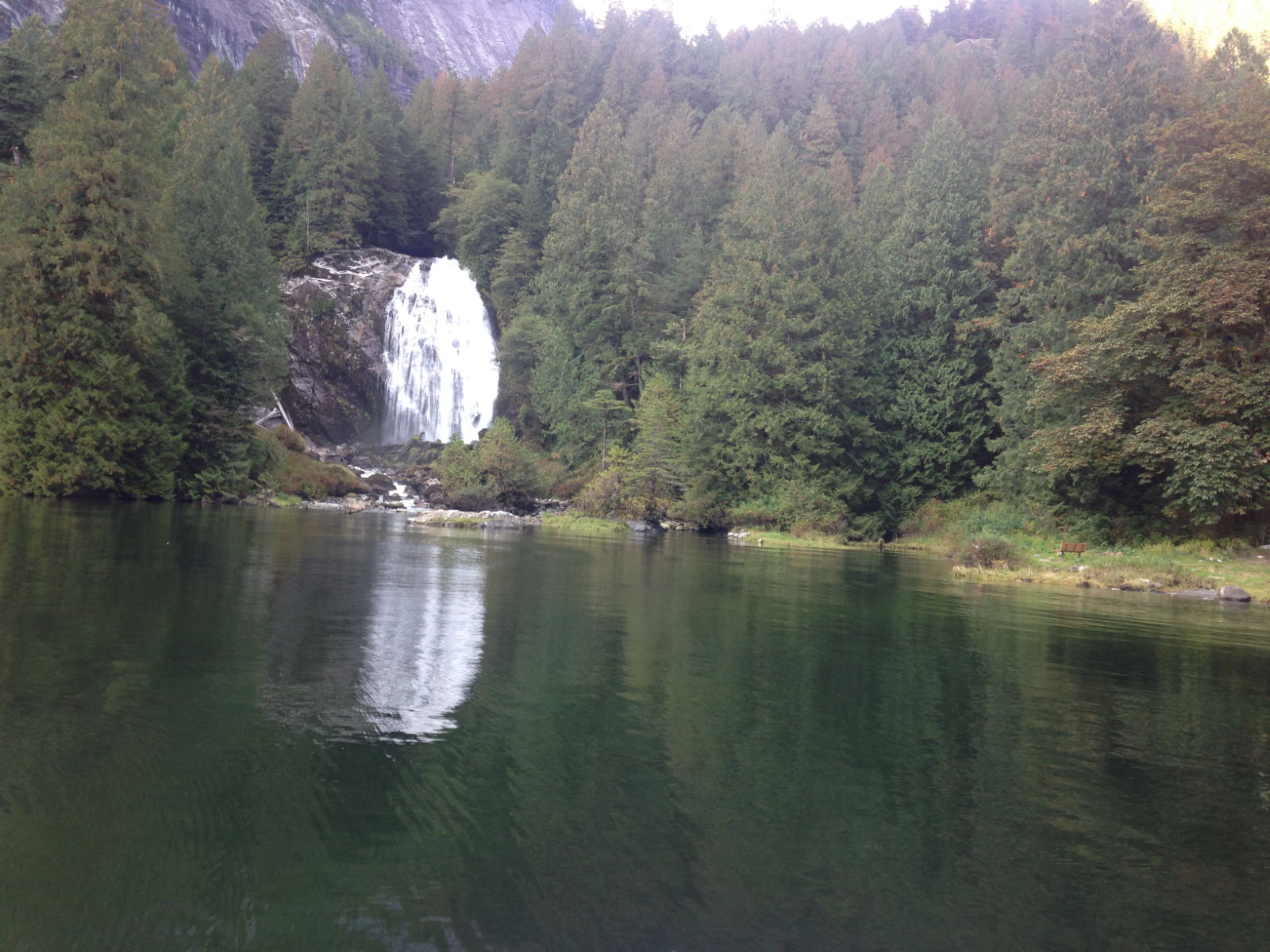
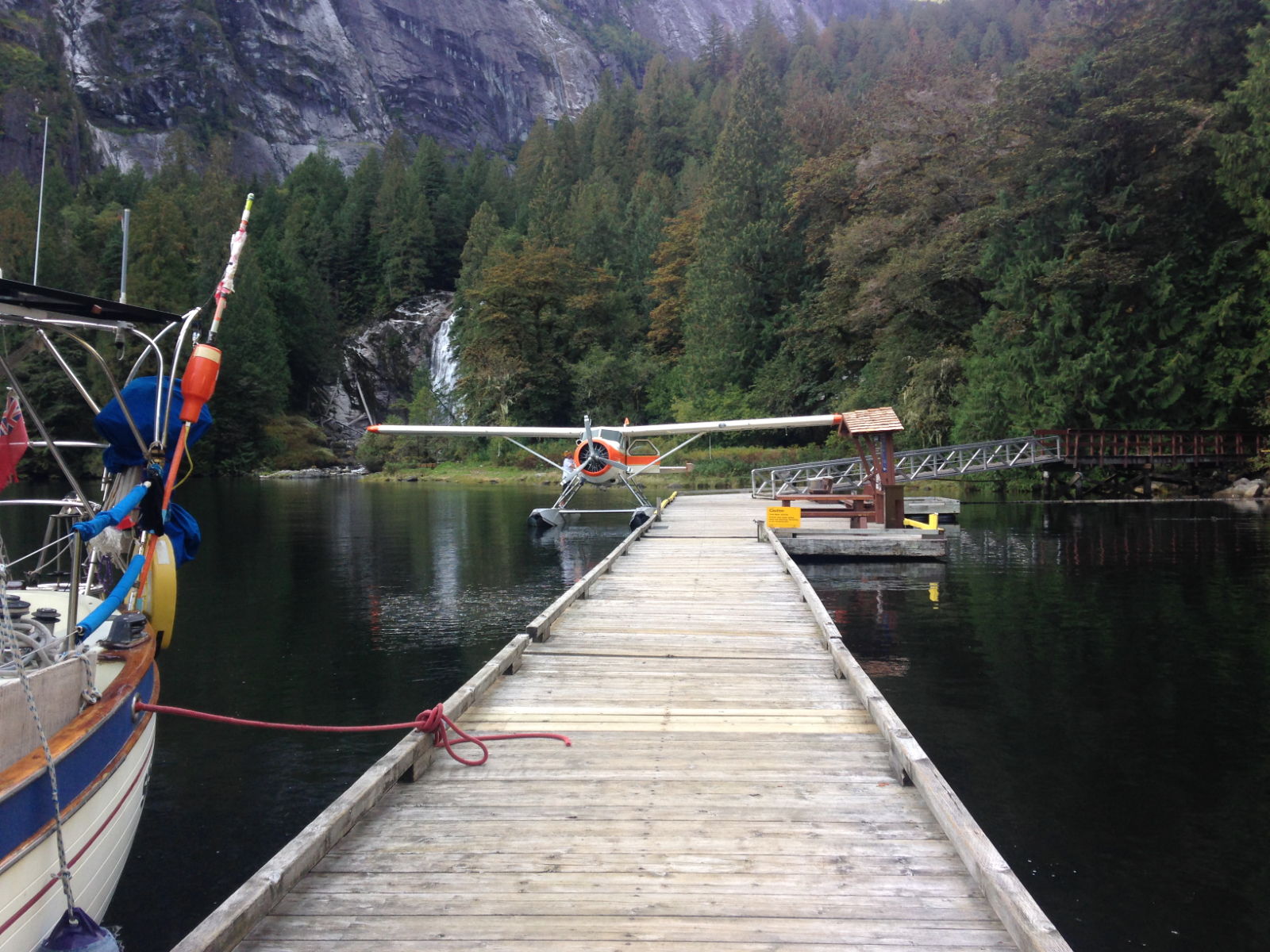
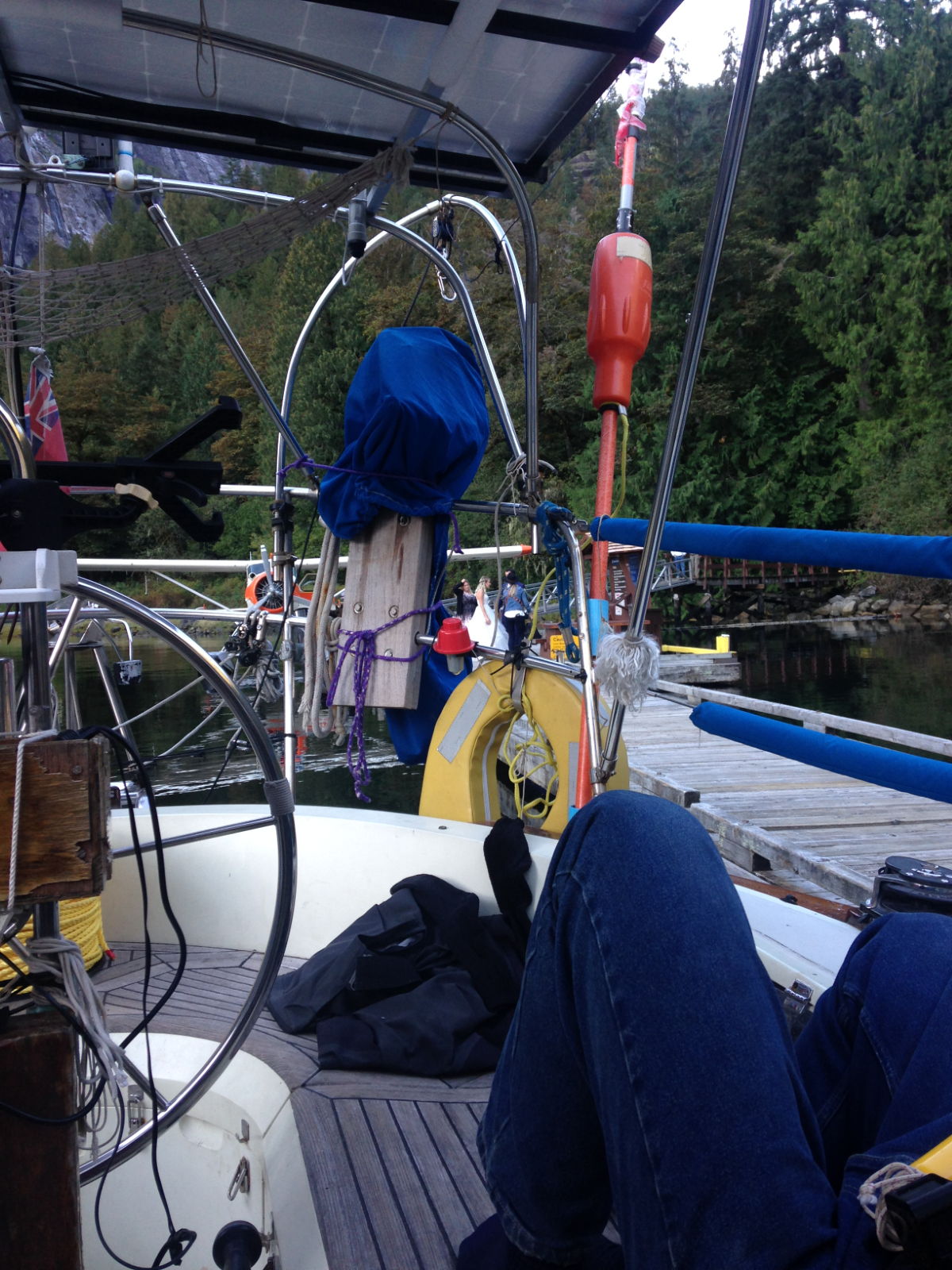
We took an early evening walk along the short woodland path through thick trees covered with moss to have a closer look at the falls, and naturally took the opportunity to take plenty of photos. The fine mist created by the torrent coated us in a layer of water as we stood by the rocks at the bottom. A sign nearby warned against climbing the rocks and provided stark statistics about the number of deaths that resulted in those who had failed to heed the warning. It was made all the more chilling by the fact that the number could be easily changed if others died. A memorial pavilion in honour of James Macdonald provides a small circular area for visitors to light a fire with facilities for barbecues and picnics.
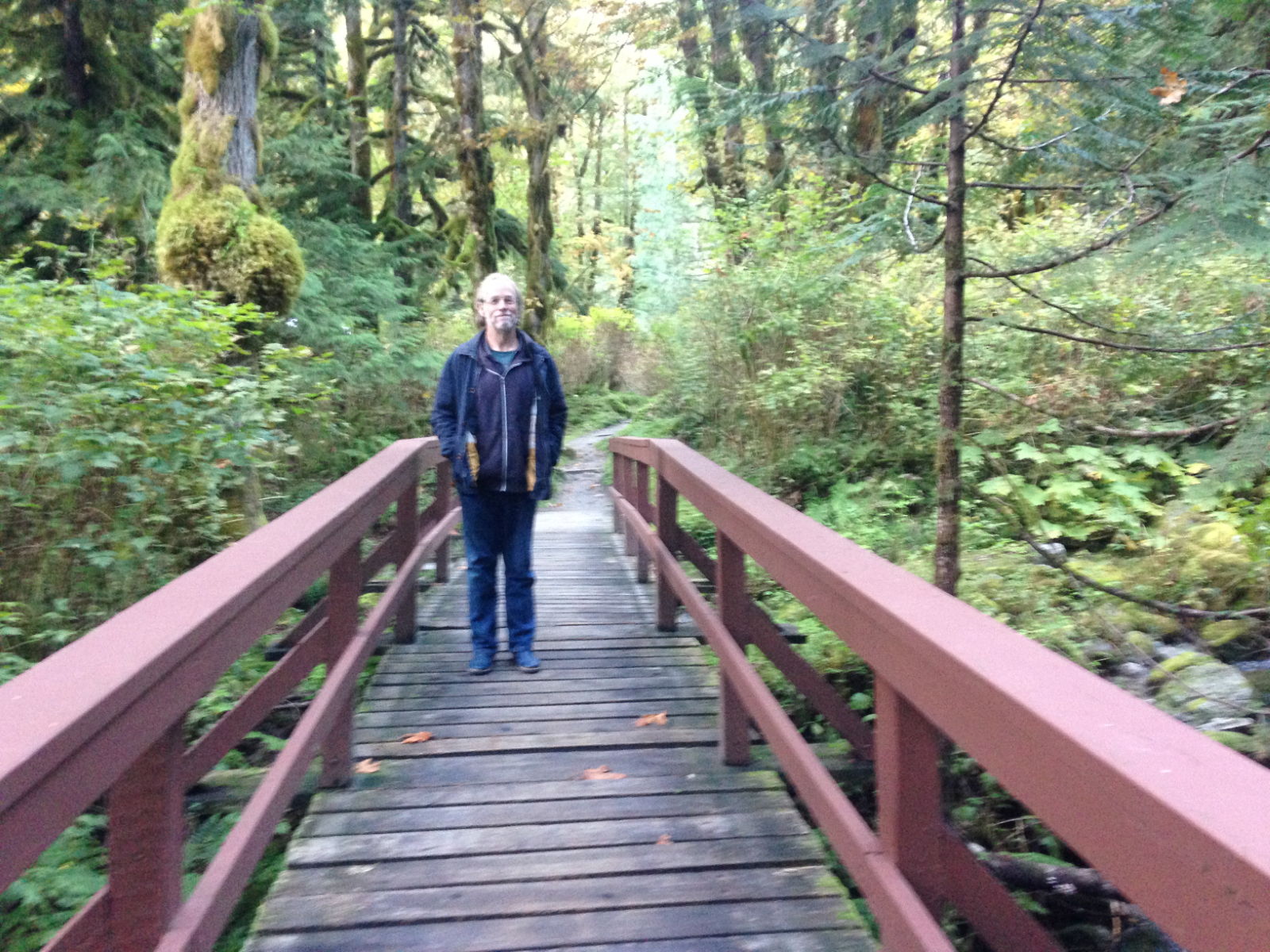

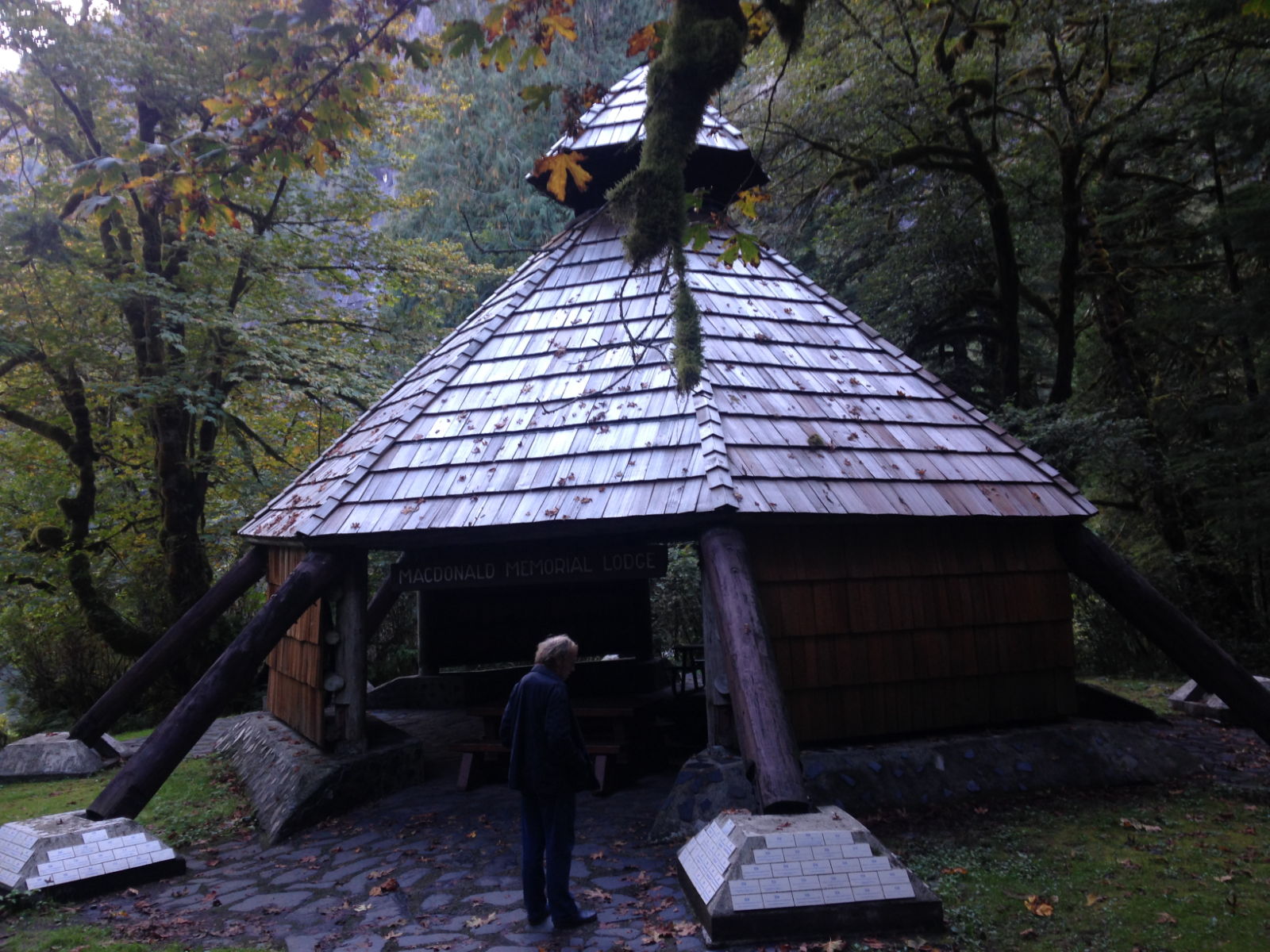
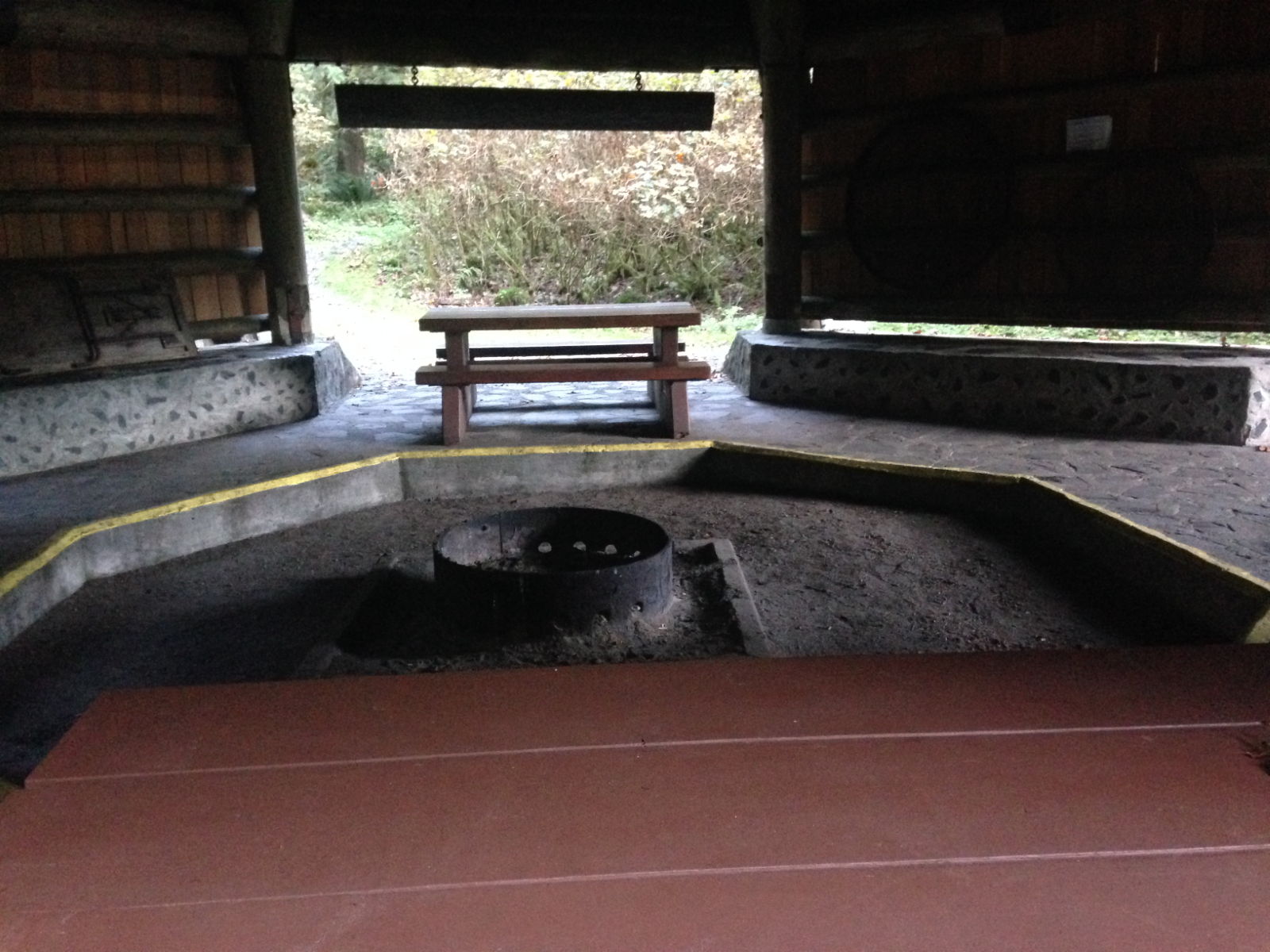
All this was made possible by the legacy of the man who bought the land surrounding the falls in 1927. Viewing himself only as a mere ‘custodian’ of the ‘beautiful, peaceful haven’ James F Macdonald loved the place so much that in 1953 he declared his wish that it should never be commercialised. He stated that the property should be turned over to yachtsmen of the Northwest so they could carry on enjoying the beauty ‘unspoiled by the hand of man’. It’s thought that the name Louisa was in honour of Queen Victoria’s fourth daughter Louise who had spent three months in Victoria, British Columbia in 1876, but the actual source is uncertain.
We met a Canadian father and son on our way back to the boat in the dusky twilight. It was their first visit too and they told us they planned to sit on the pontoon with their portable camp fire and consume a few drinks far into the night. All in all not a bad place for Paul to spend his milestone birthday.
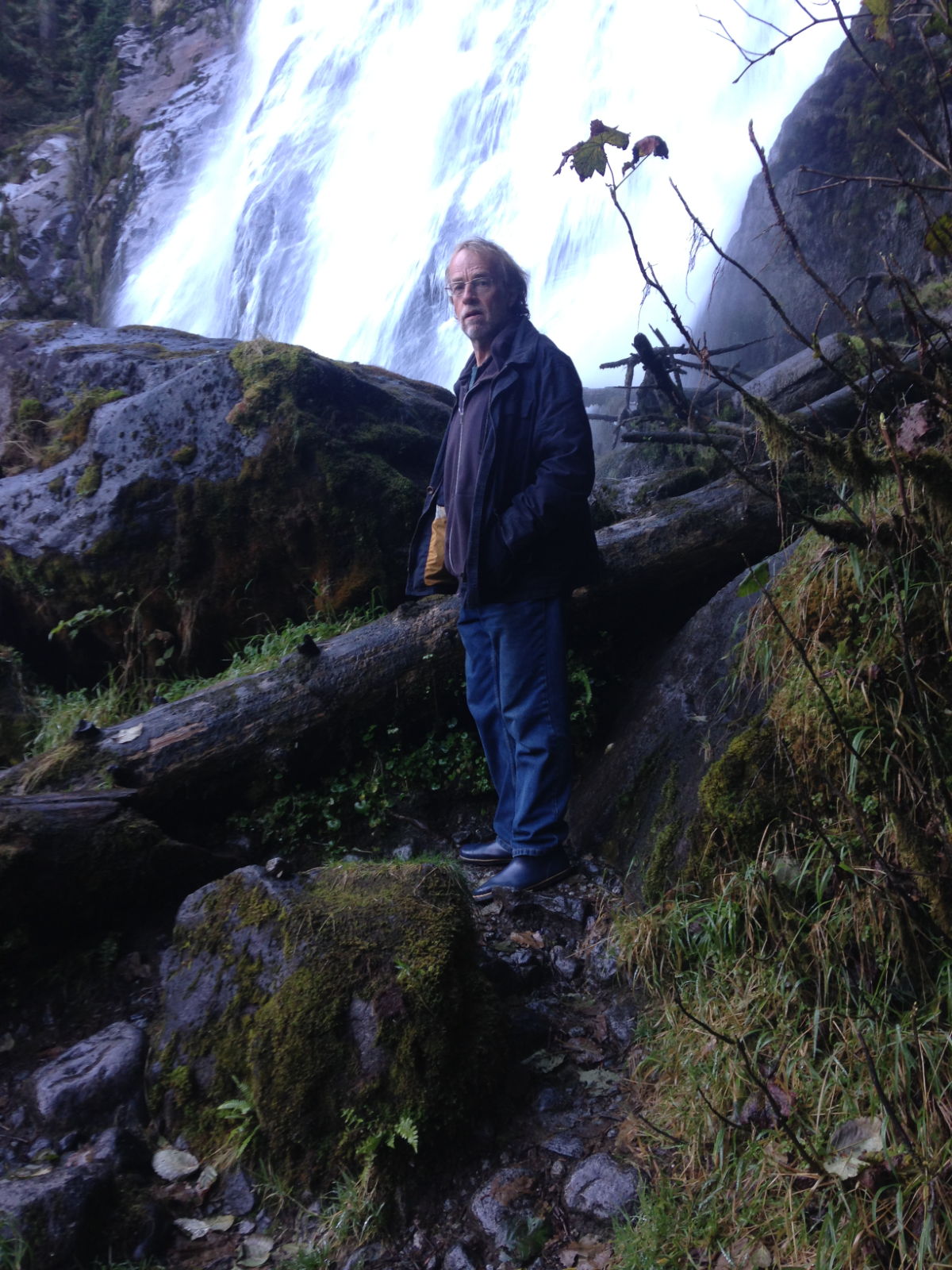
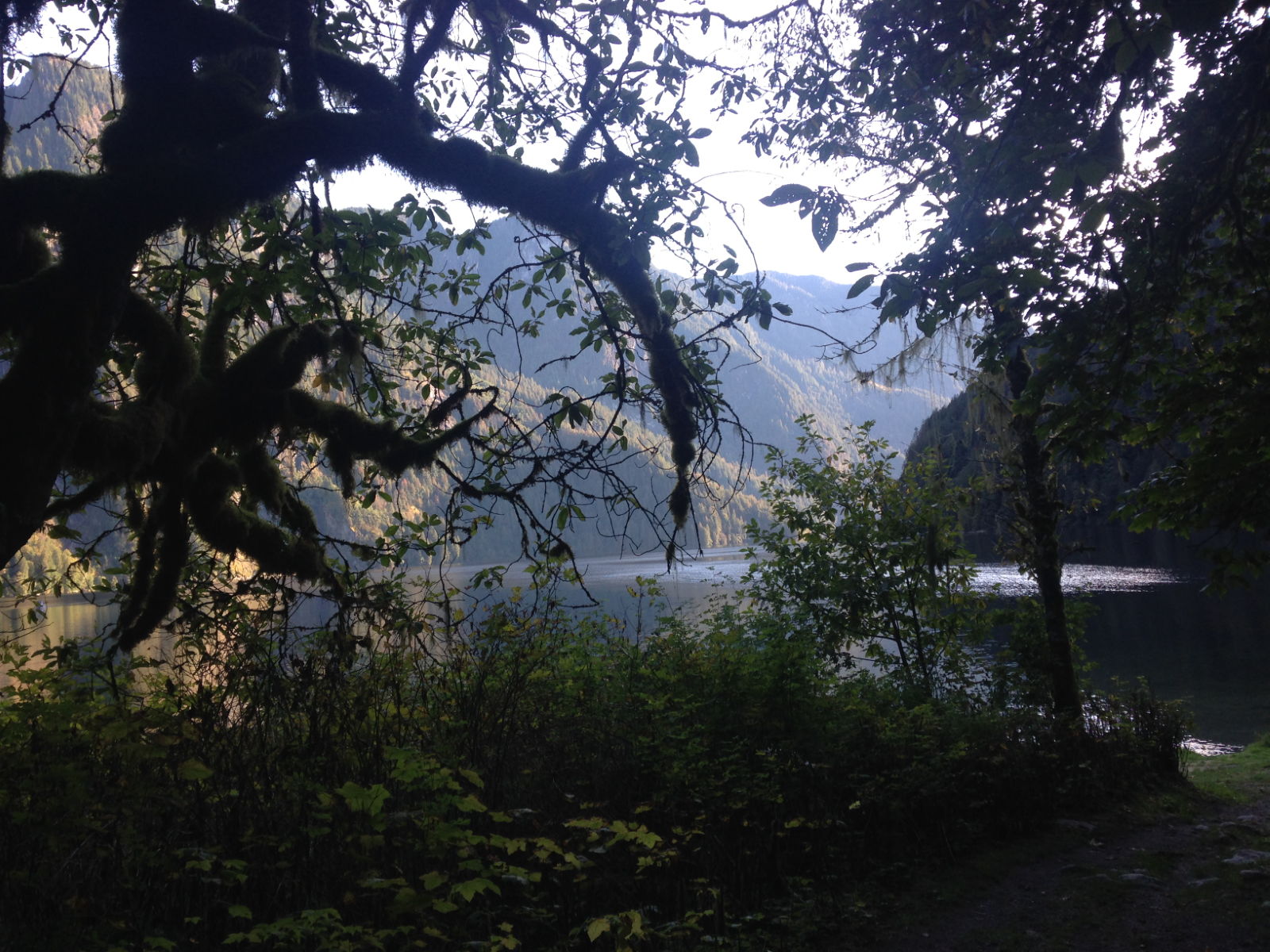
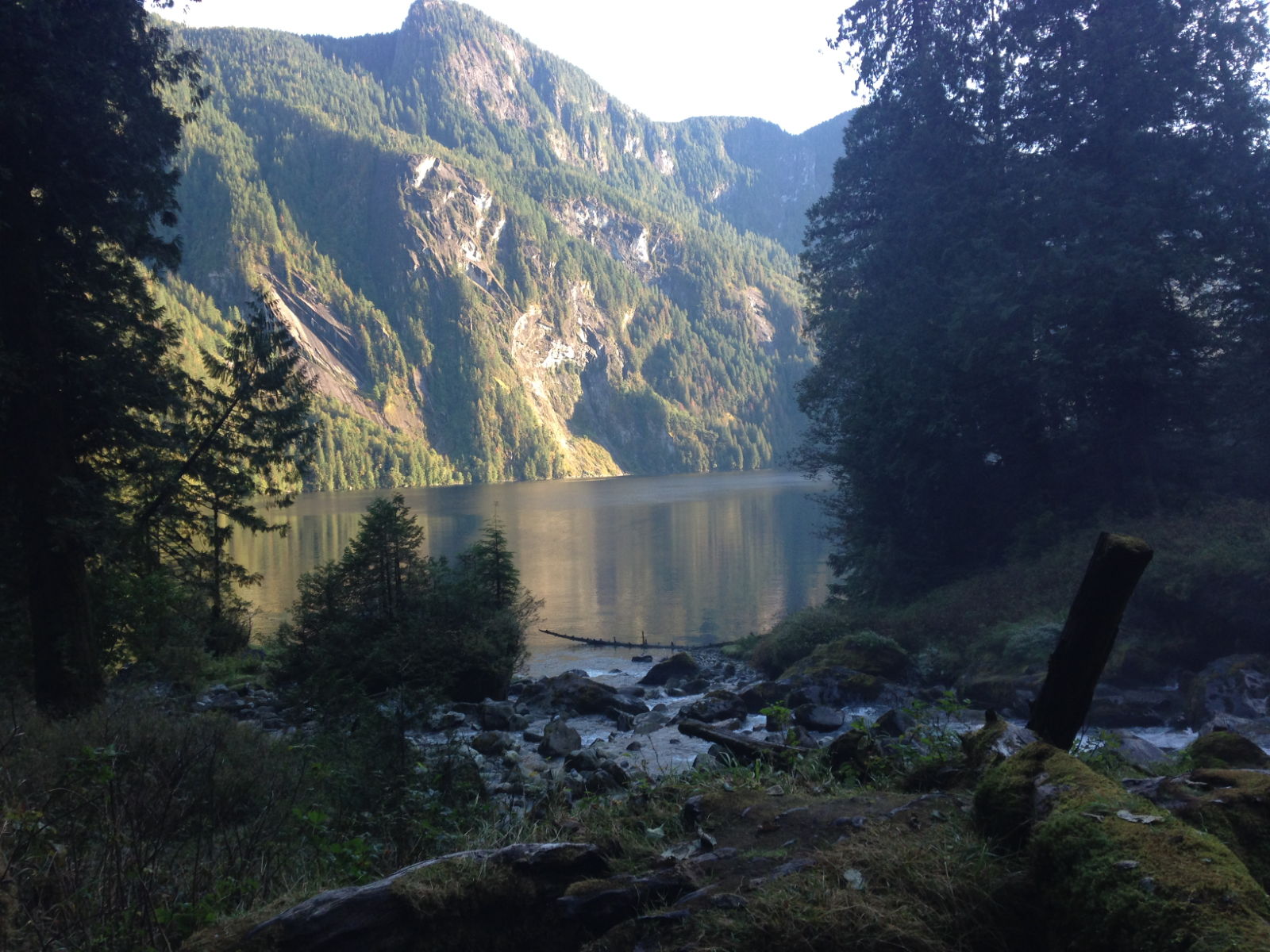
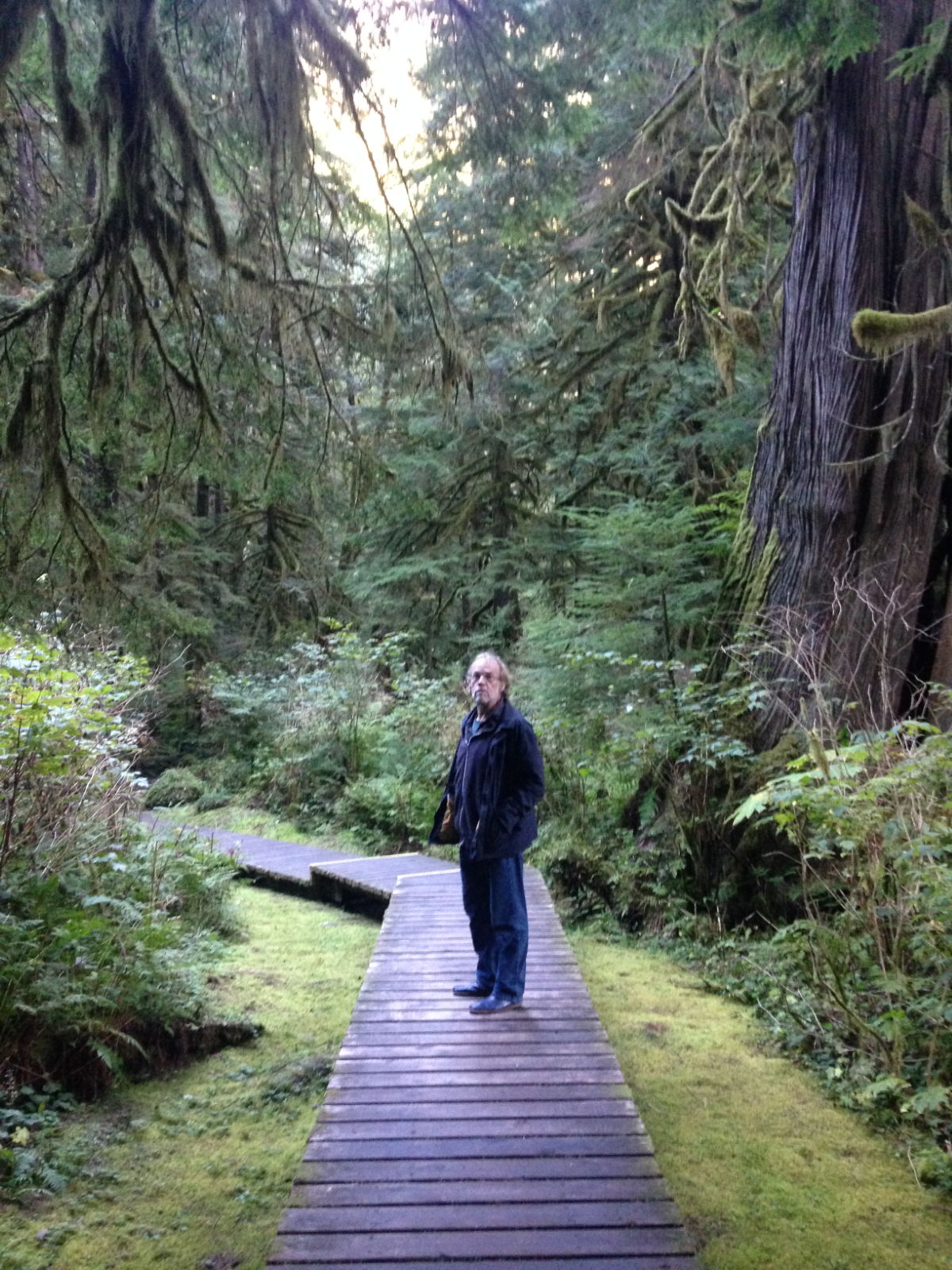
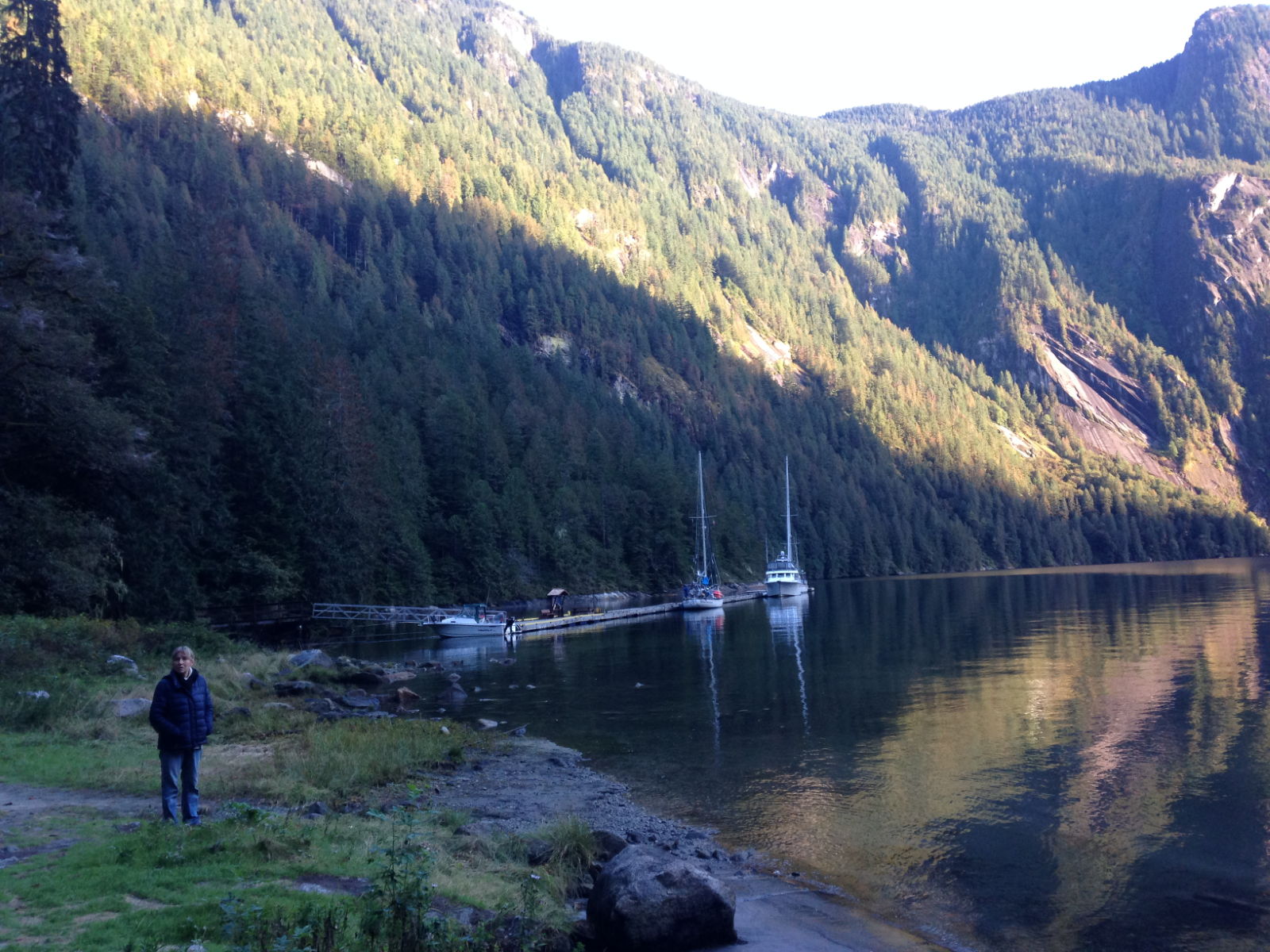
The following day, we were invited onto a super-yacht called ToyBox 2 by two British ladies who had clearly spent the afternoon enjoying more than a few drinks. Melanie, an ex-pat from Nottingham had won the trip, complete with captain, in an auction and as her friend Sue from Preston was on a visit with her husband, they had joined her. All the other visitors on the jetty had been invited. It was a good chance to have a peek at the luxurious interior of such a huge yacht and to chat to the other people. The drink carried on flowing and after a couple of hours it was suggested we walk to the memorial pavilion where the captain had lit a fire and we could sit and drink in the warmth of the flames. A lovely experience, especially walking through the dark wood using our phones’ flashlight to see our way. I think Paul and I remained the most sober of the whole group. On the jetty we all stopped to look at the wonderful sight of the phosphorescence in the water. It was just like fairy lights moving underwater – an amazing sight.
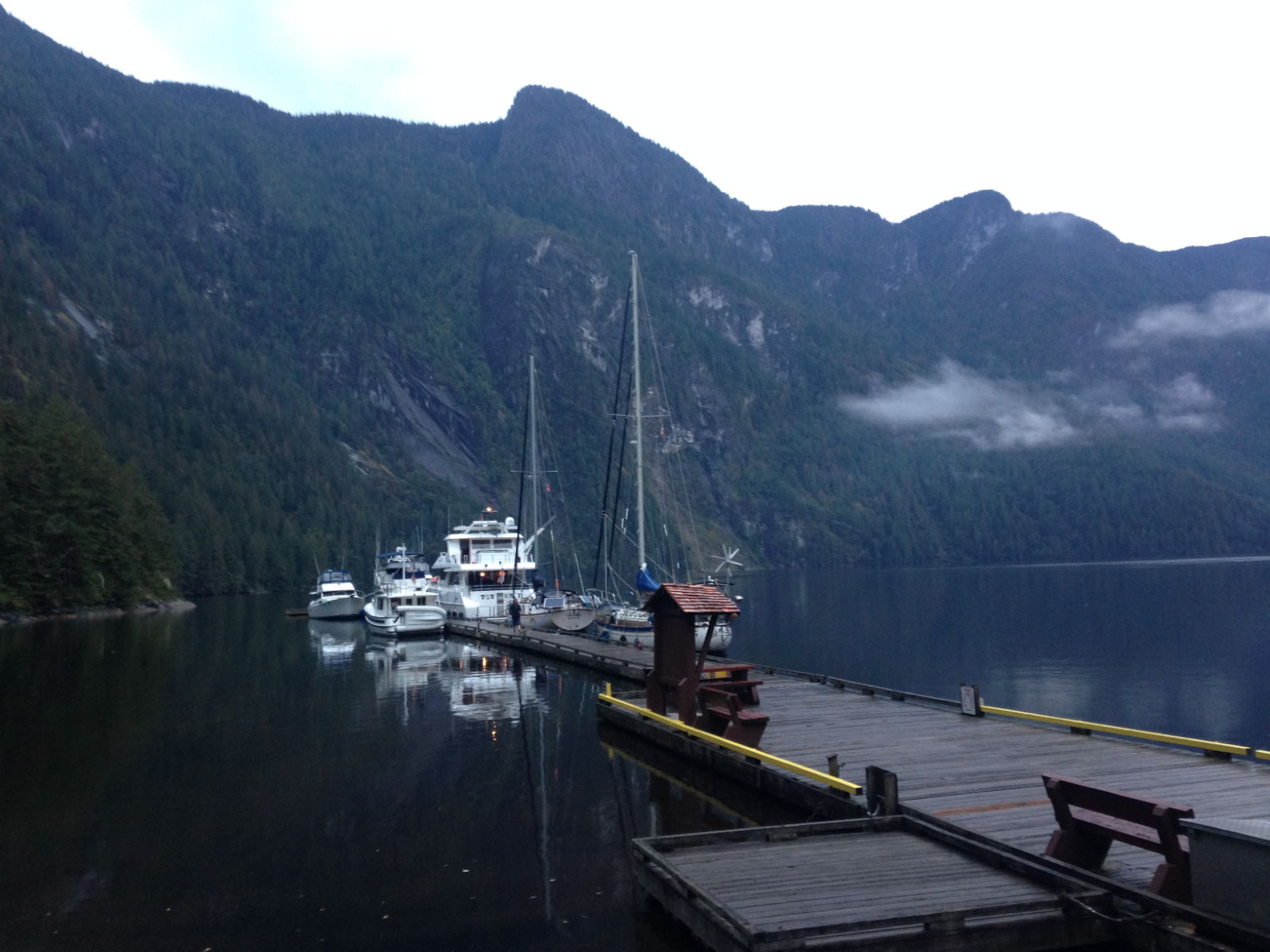

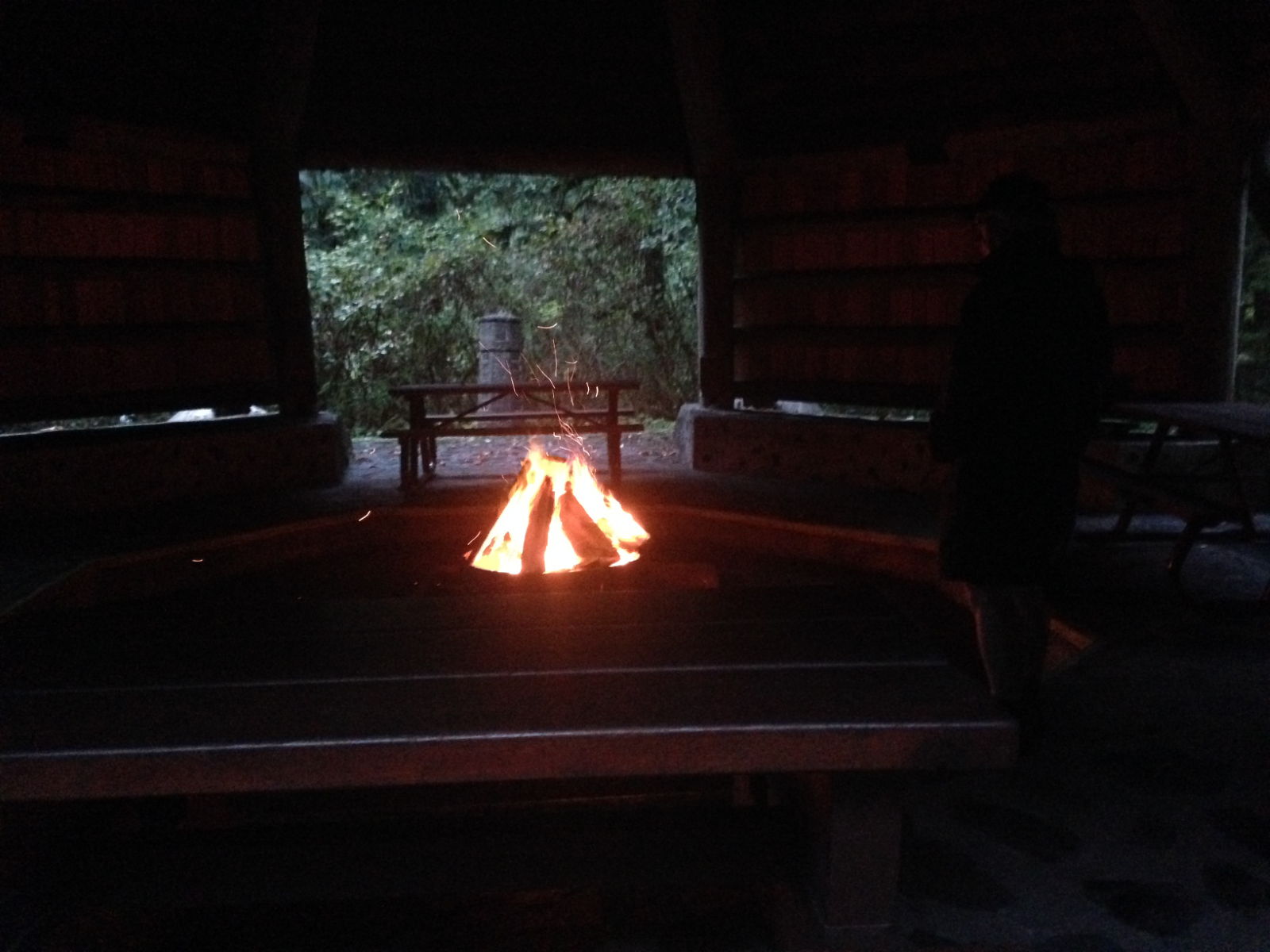
We went back through the picturesque Malibu Rapids to return to Egmont on the 20th September. Paul was keen to do the forest walk to the delightfully named Skookumchuk Rapids that Jim (who would be looking after Sister Midnight in the winter) had told us about when we’d met him in Egmont the previous week.
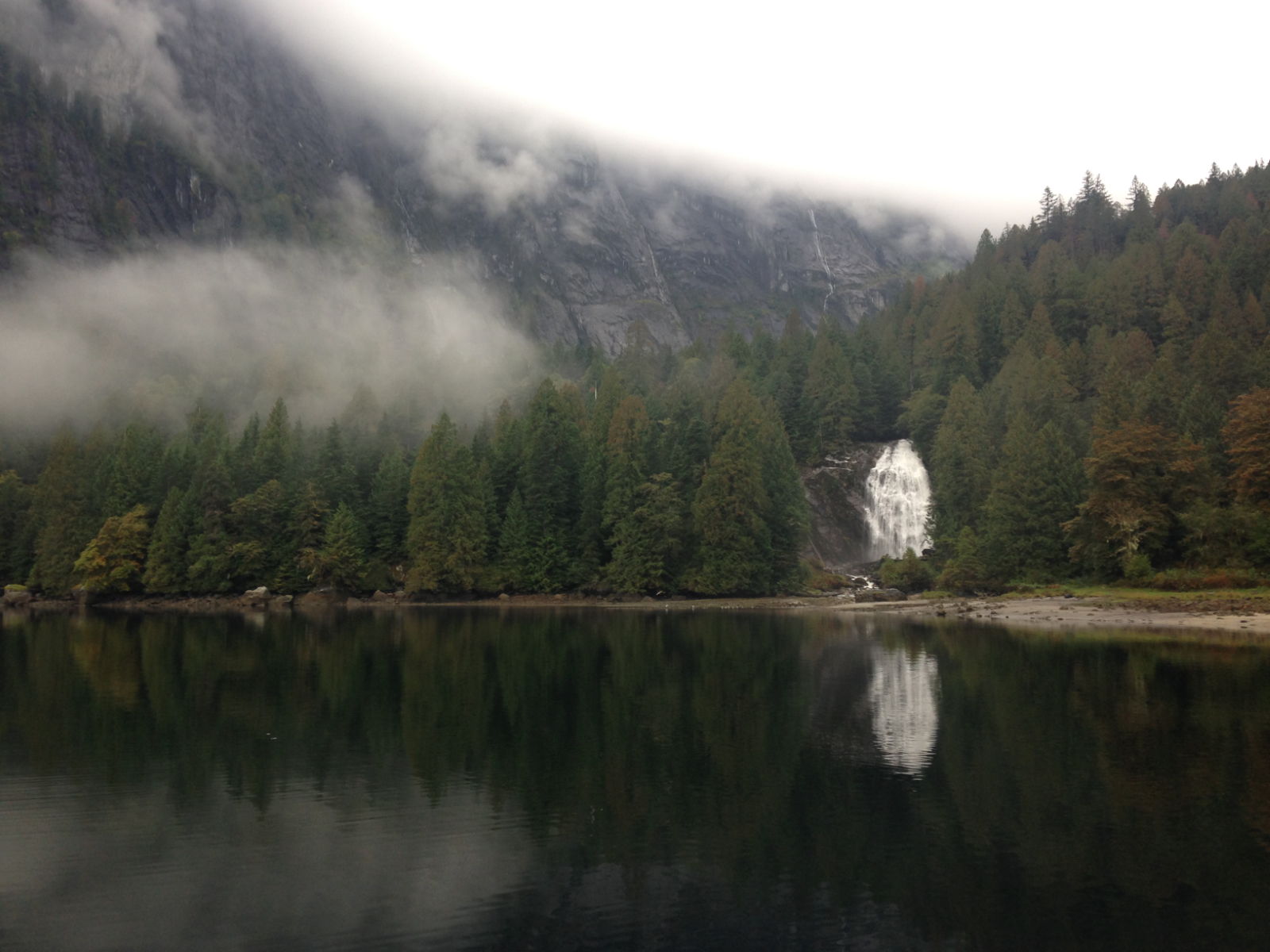
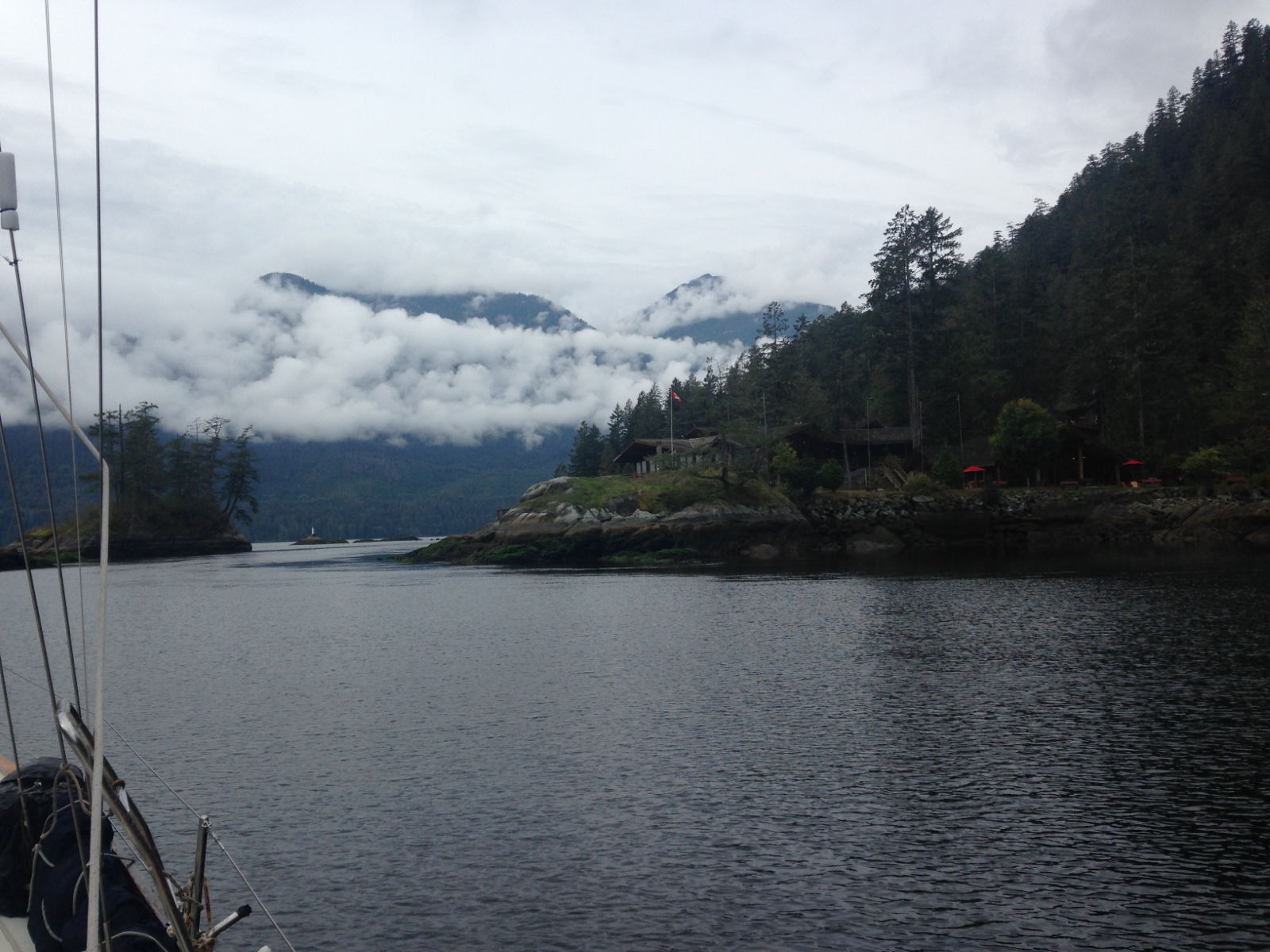
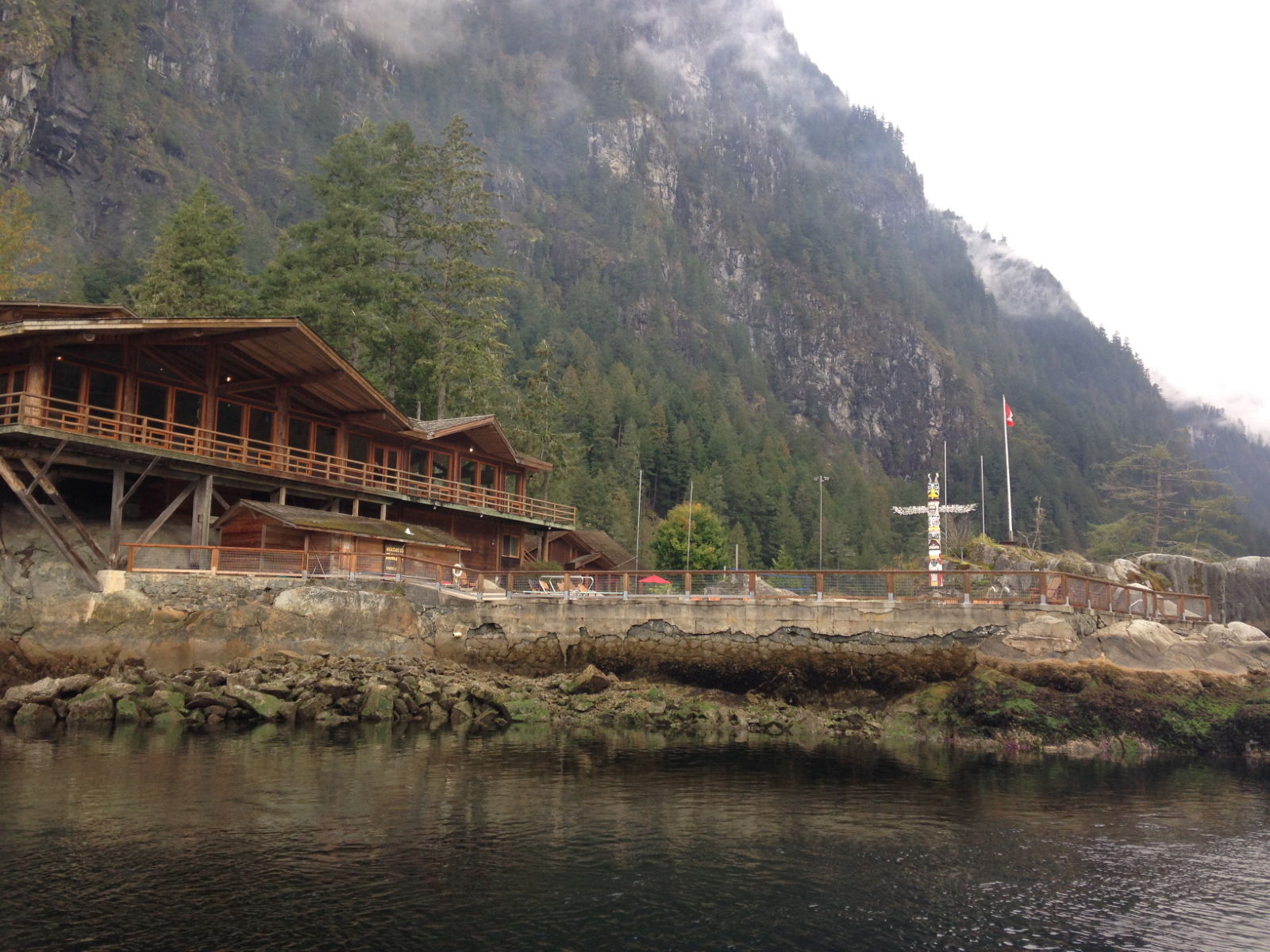
We ended up rafting up to the same boat Jim had rafted to on a drizzly, chilly afternoon that had a definite autumnal, or fall, feel to it. The rain carried on through the night and as we didn’t have to leave until 3 to see the rapids at their best, I hoped it would have stopped by then. It didn’t. We set off anyway and once under cover of the trees they provided adequate shelter. The walk was fabulous. We found ourselves in an atmospheric, fairy-tale forest that was just wonderful. The trees were tall, thick and lush, their branches covered in hanging green moss that made them look for all the world as if they’d been dressed in felt ribbons. The path was littered with fallen trunks and the intricate patterns formed by the roots were fascinating. Ferns and moss with their varying shades of green on the forest floor added to the spectacle.

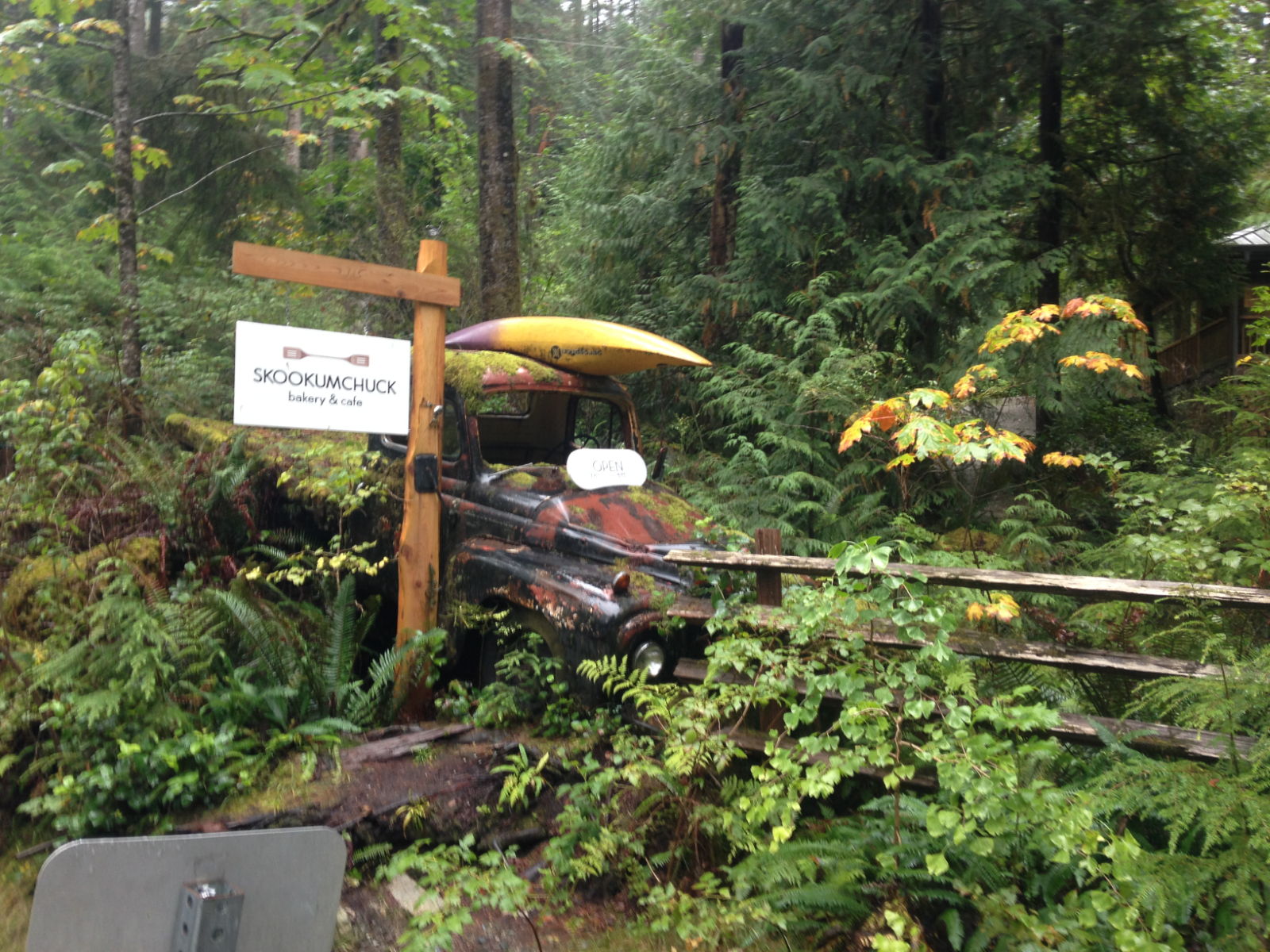
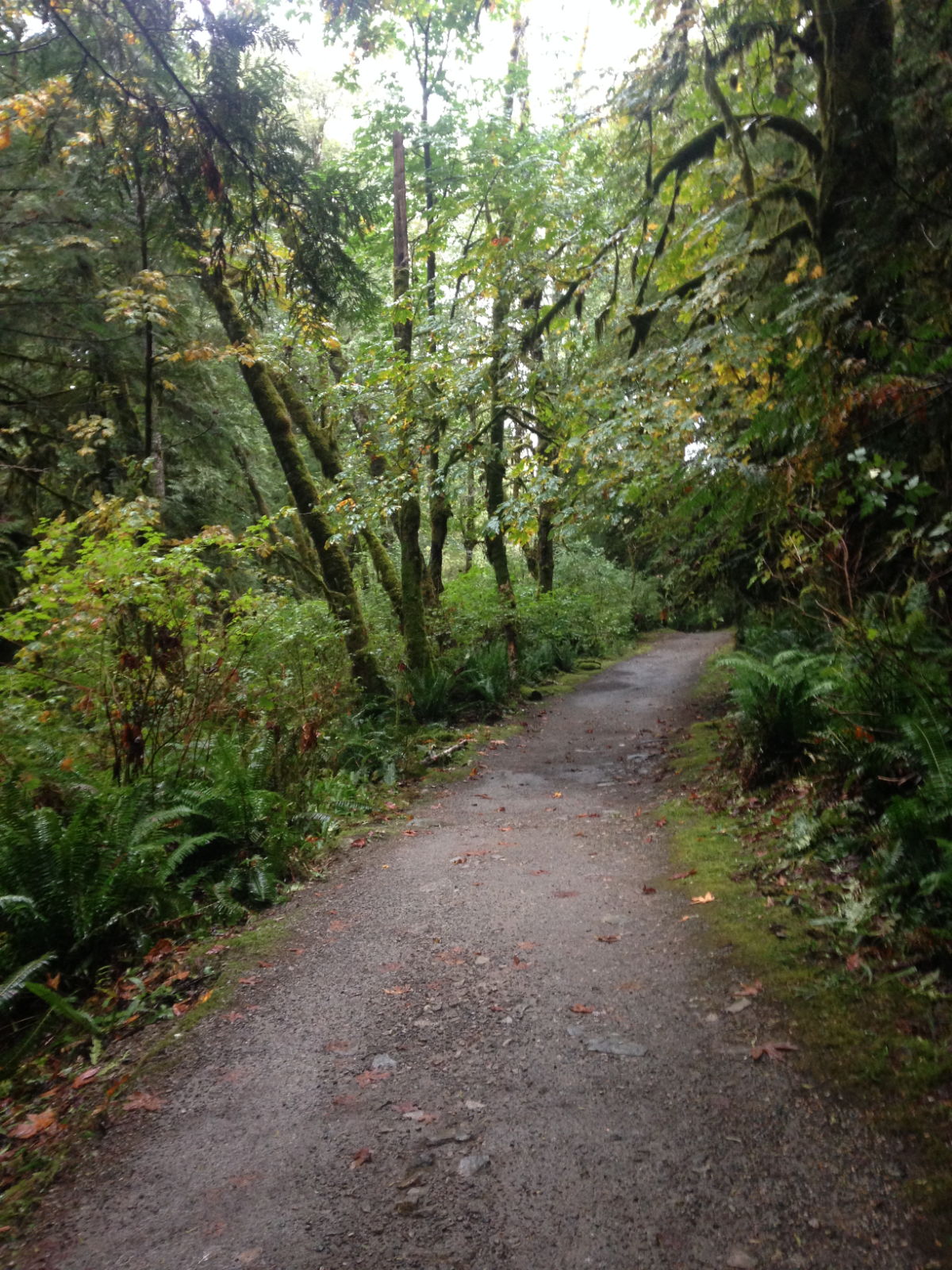
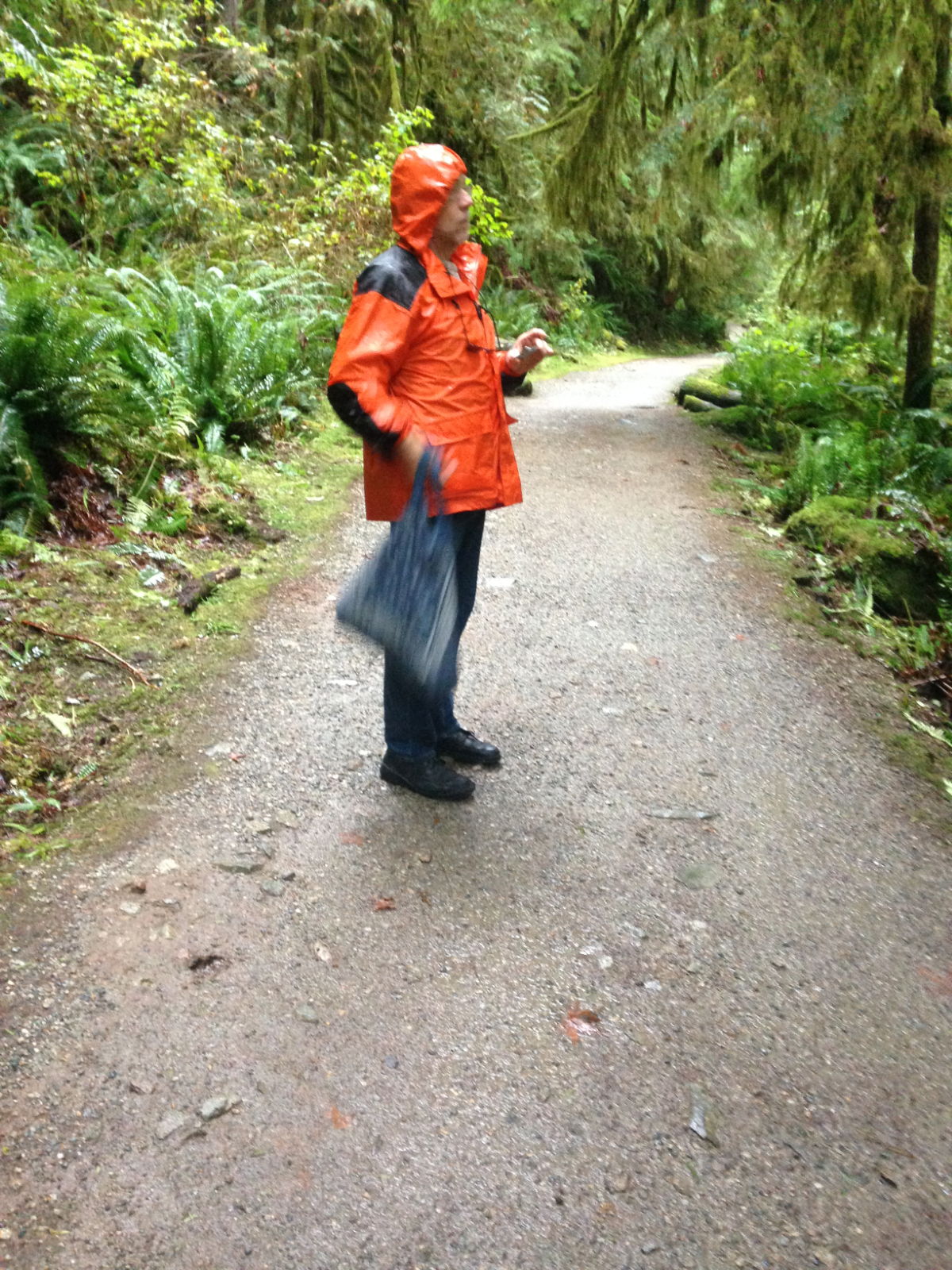
A frog startled me when it leapt across our path but the only other wildlife we saw were small birds – oh and a Garter snake held by one of a group of students we met on the trail who was trying to scare one of the girls with it.
Paul had asked the guy in the shop about the risk of bears but he said that although they are in there no sightings had ever been reported in the forest. Nevertheless it was easy to imagine one in that setting. It would have been nice to walk in late afternoon sunshine but the drizzly, misty overcast weather did create a great forest atmosphere. We emerged an hour later from the shelter of the trees onto a rock-covered shore where the rapids were in full flow. A few other people were there taking pictures and clambering over the rocks for a closer look. A lady we’d met on the way had told us that there was a sea lion leaping around in the waves and that was what I set off to look for. I spotted it almost straight away jumping around in the foamy water, searching for fish I expect. A couple of motor boats crossed the swirling mass; it was clear they needed a fair bit of power to avoid being tossed around by the force of the water. The rain began to fall heavily as we stood and watched and people slowly drifted off until we were the only two left. The rain was starting to seep through my clothes so I waited under the trees until Paul had finished filming. By the time we reached the boat, it was beginning to get dark and we were soaked through and feeling cold. Luckily the heating had been left on so it was wonderfully warm and welcoming inside.
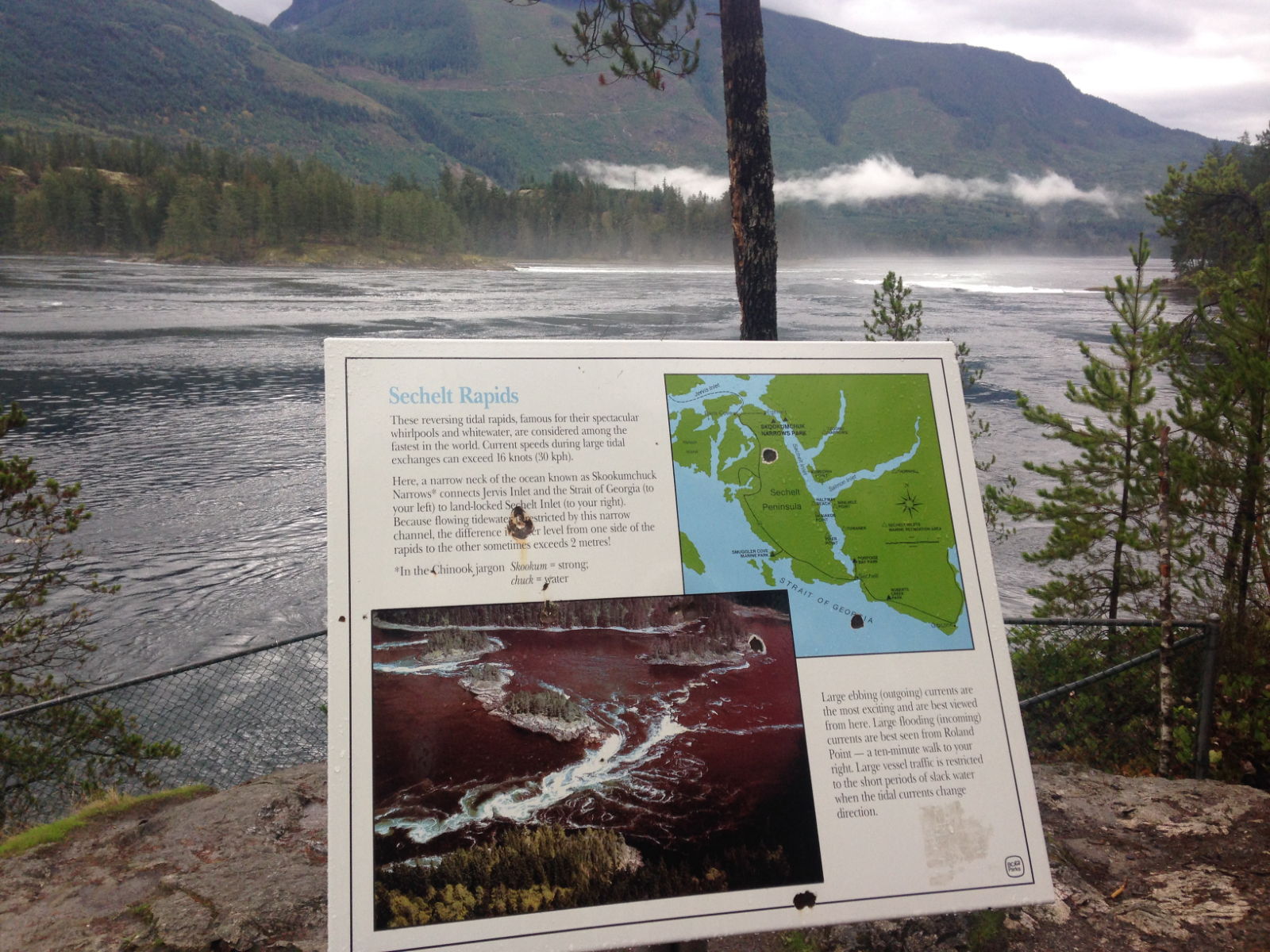
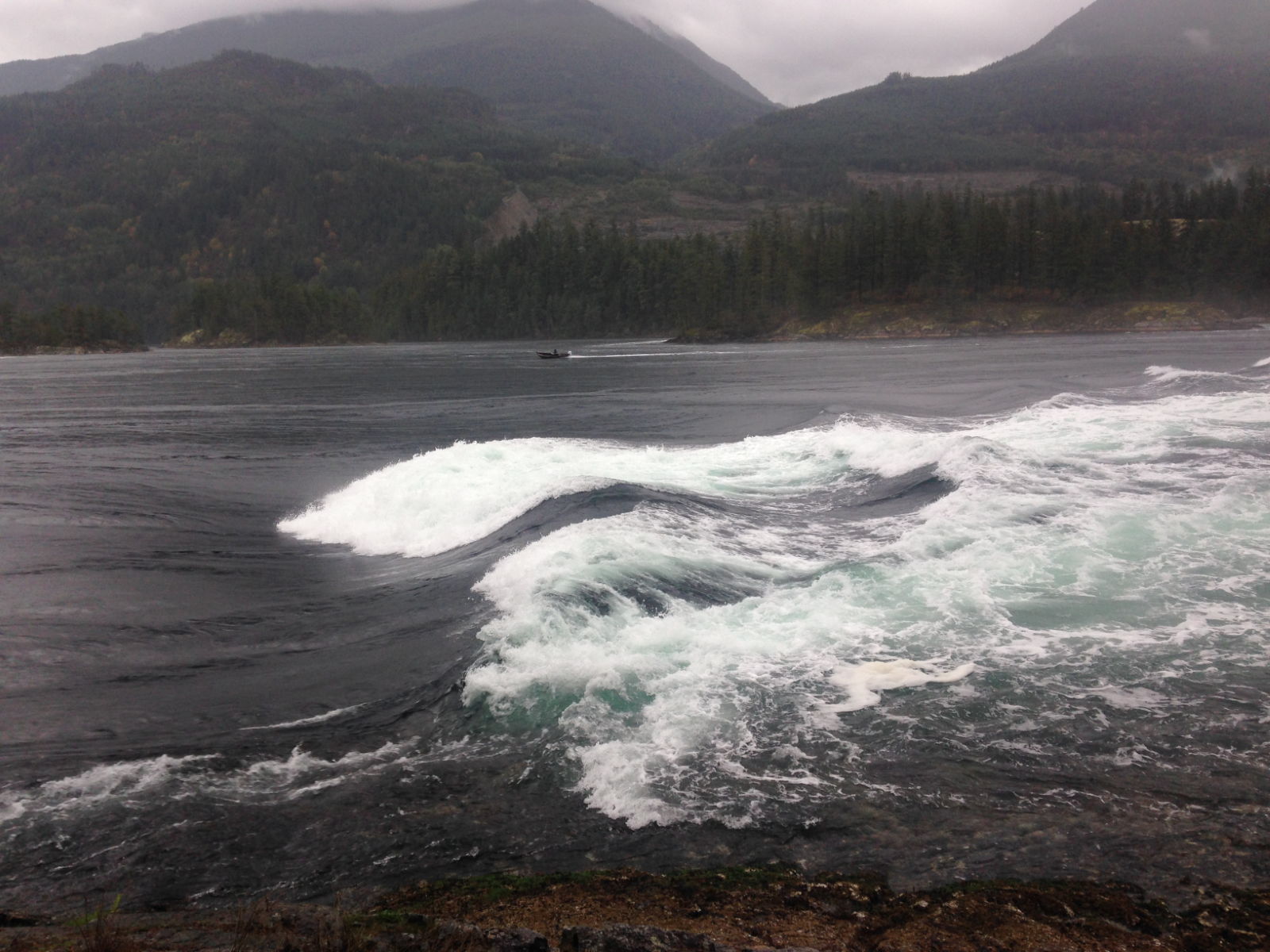

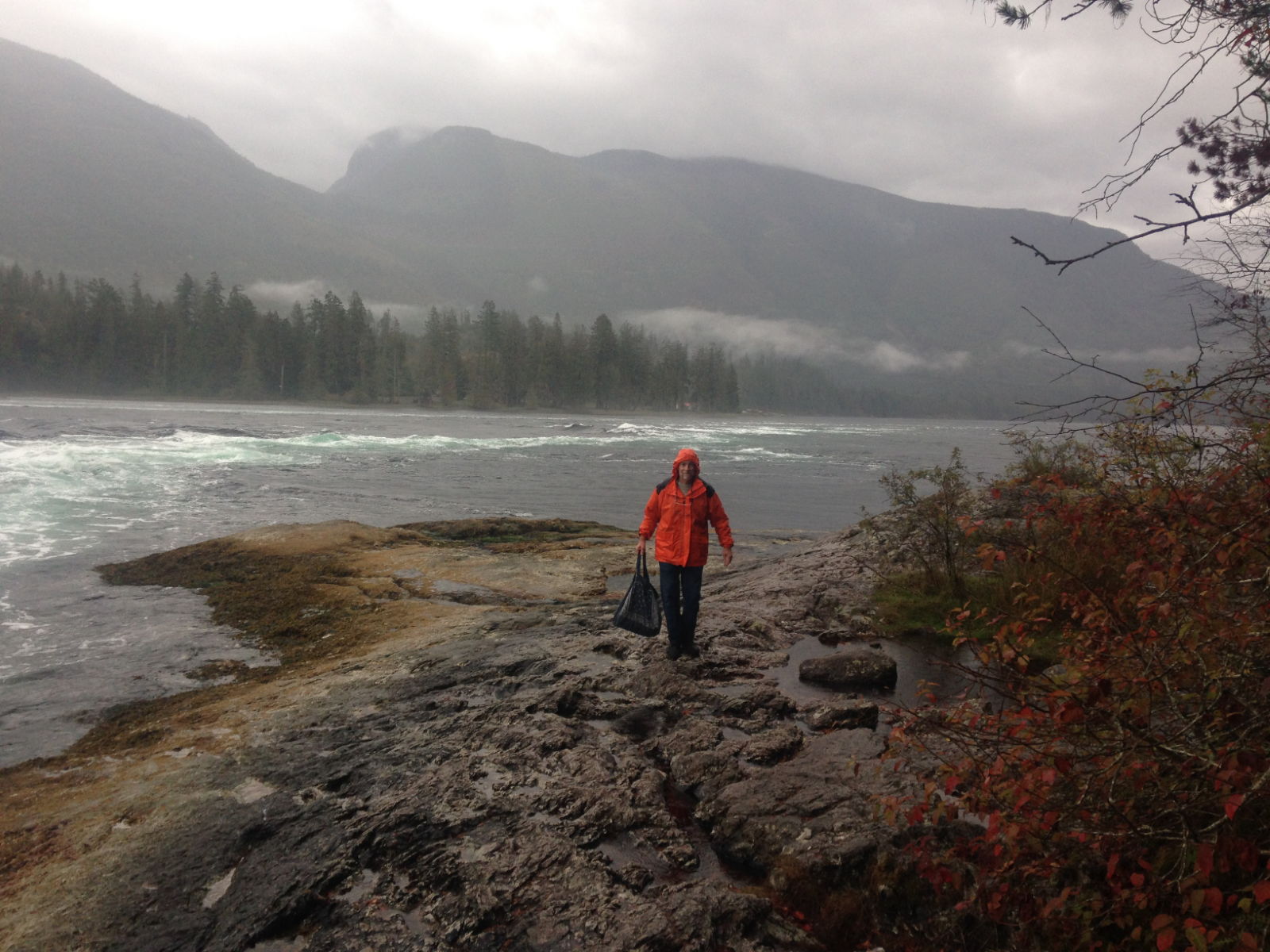
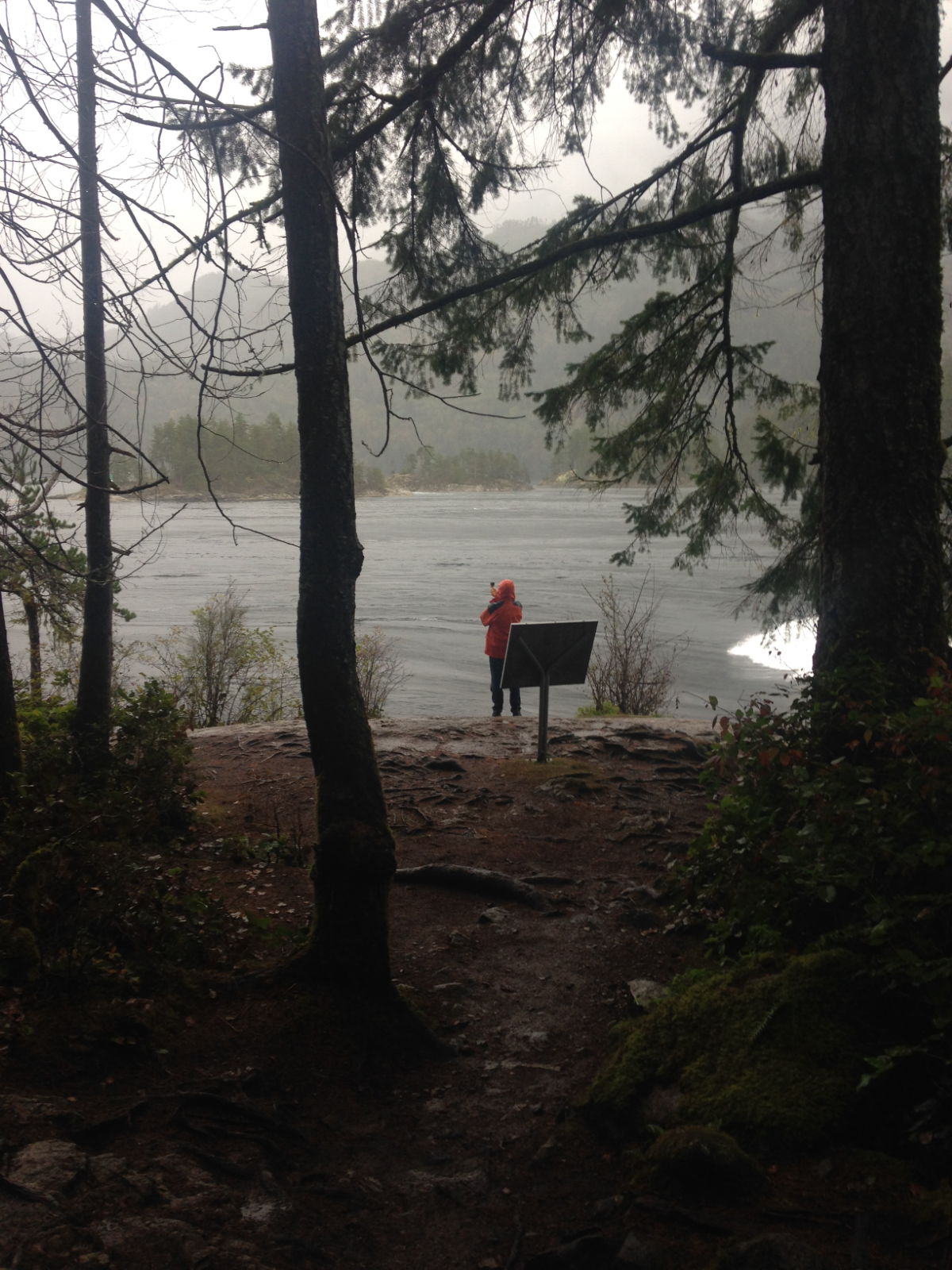
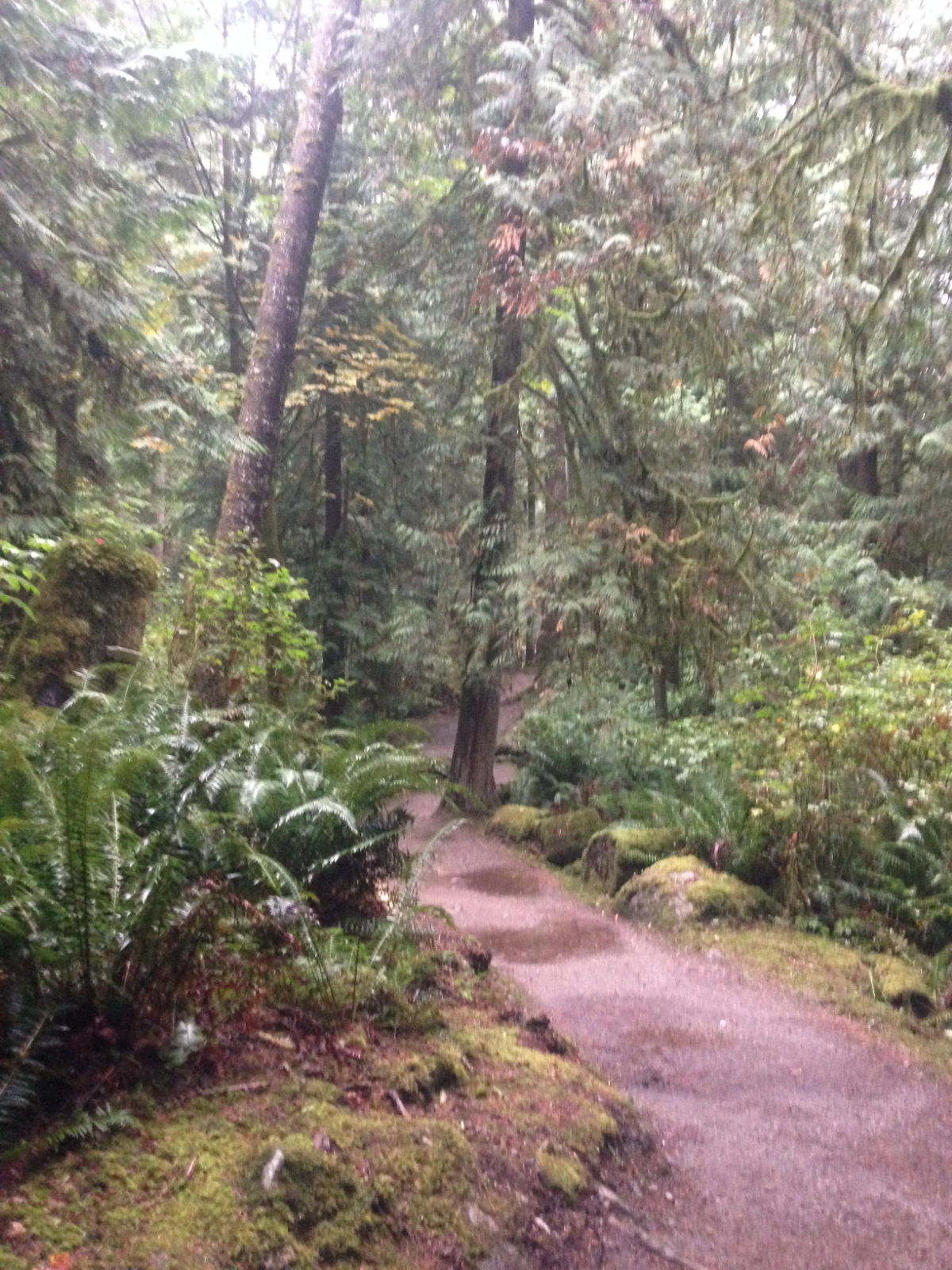
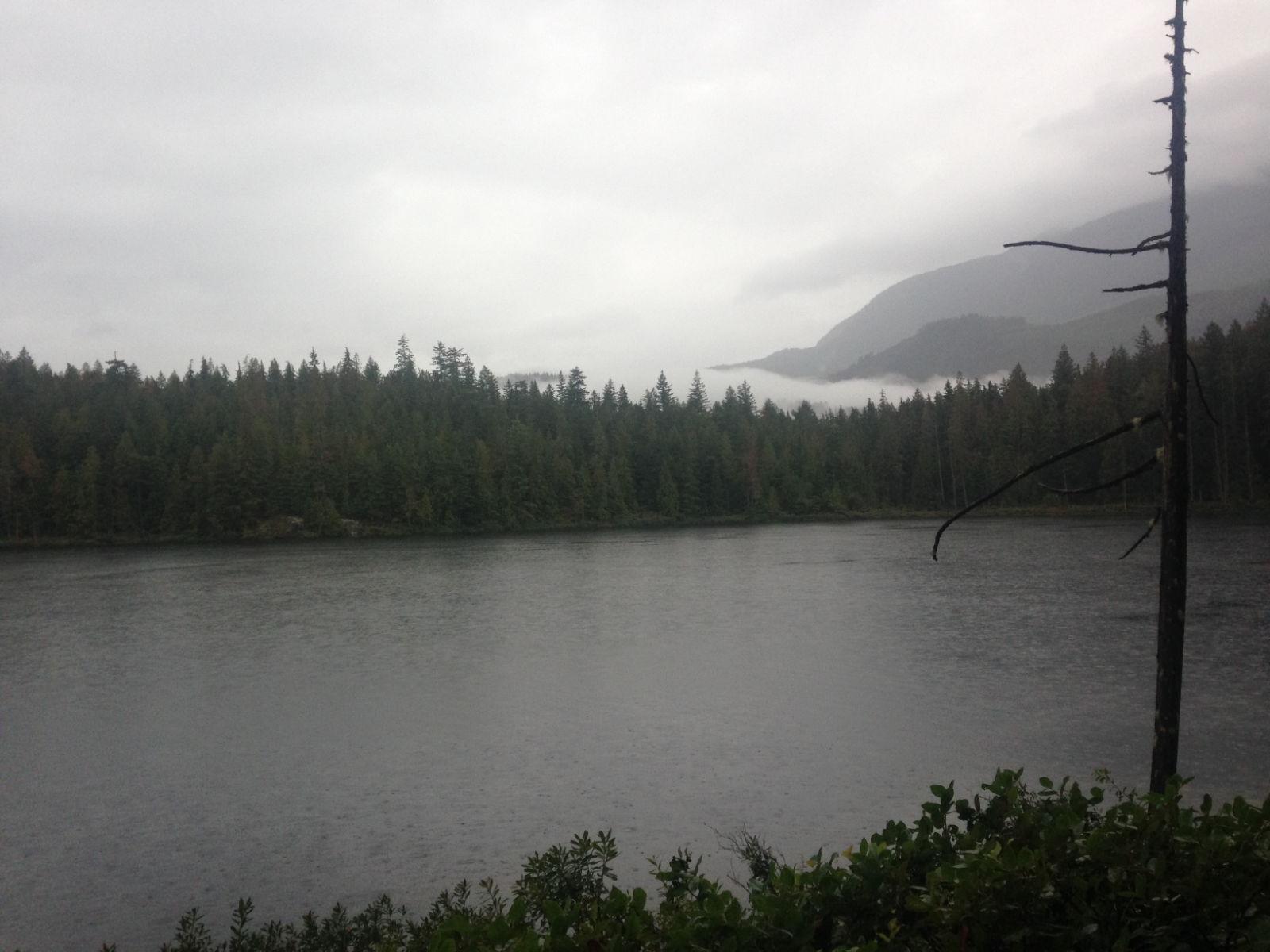
The rain fell all night and after a brief respite, began again late morning as we made our way to the small town of Lund. Lund reminded me of highland villages in Scotland I’d visited in the 90s, and strangely enough there was a poster advertising a ceilidh in the hotel, due to take place that night. It wasn’t long before we heard the musicians practising for it as the sound of bagpipes tuning up reached our ears. The band were all female and dressed in full Scottish regalia. It made for quite a surreal sight and sound in the tiny Canadian resort. Lund’s claim to fame is that it’s the northern terminus of the world’s longest highway. The Pacific Coastal Route (101) stretches an impressive 25,000-kilometre route along the western coasts of the Americas to its southern end in Puerto Montt, Chile. Some pics below of quaint Lund.
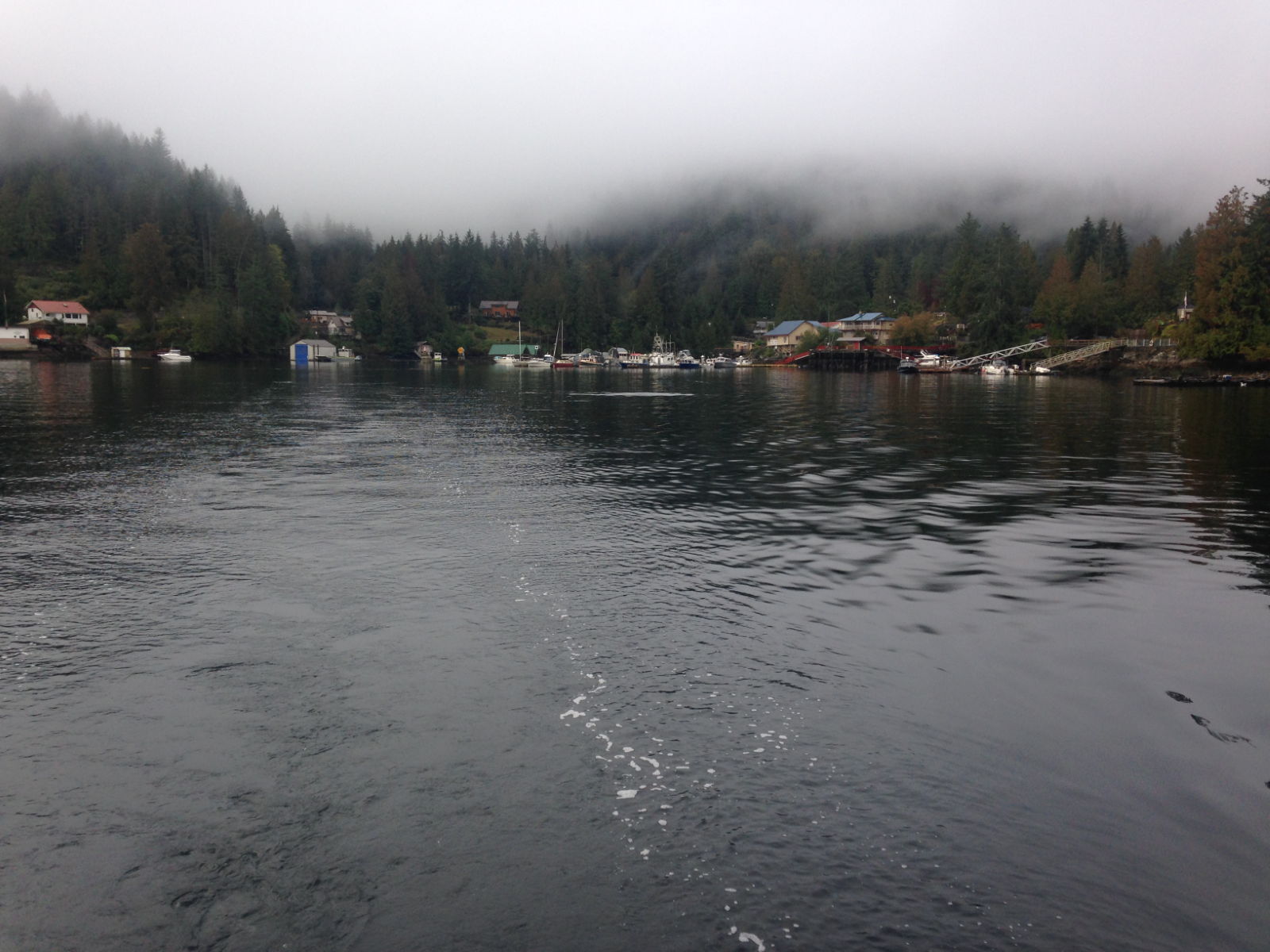
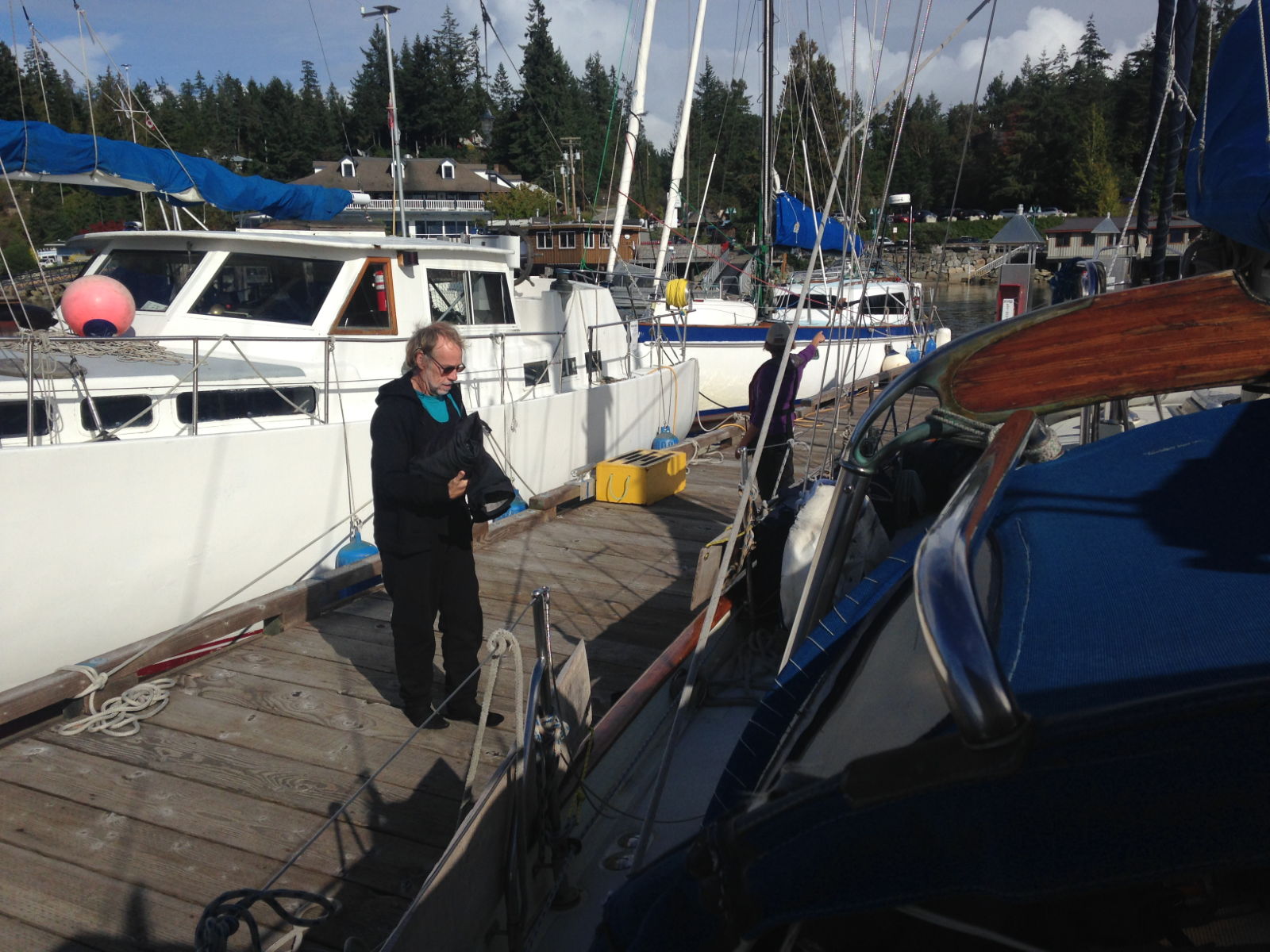
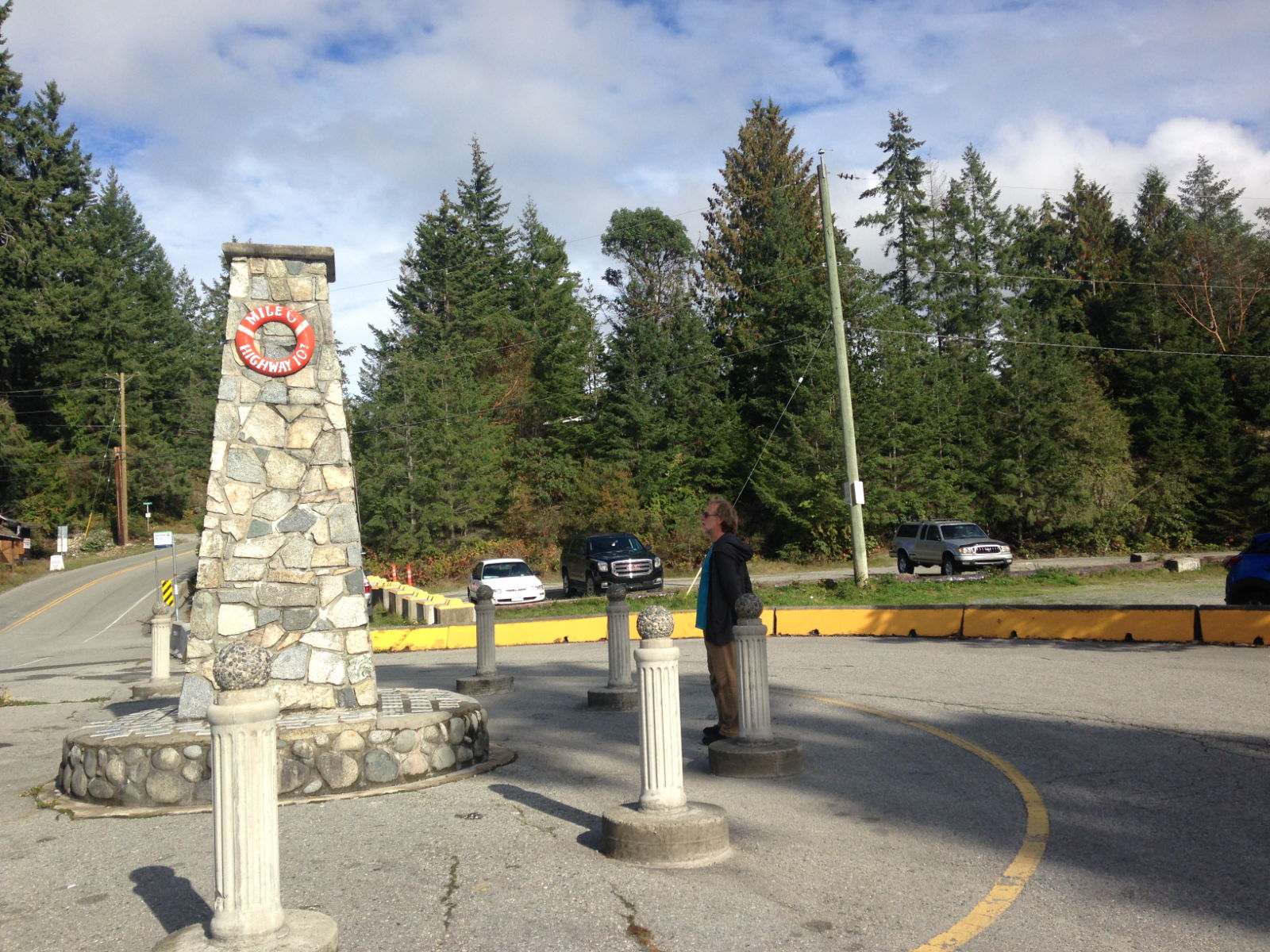

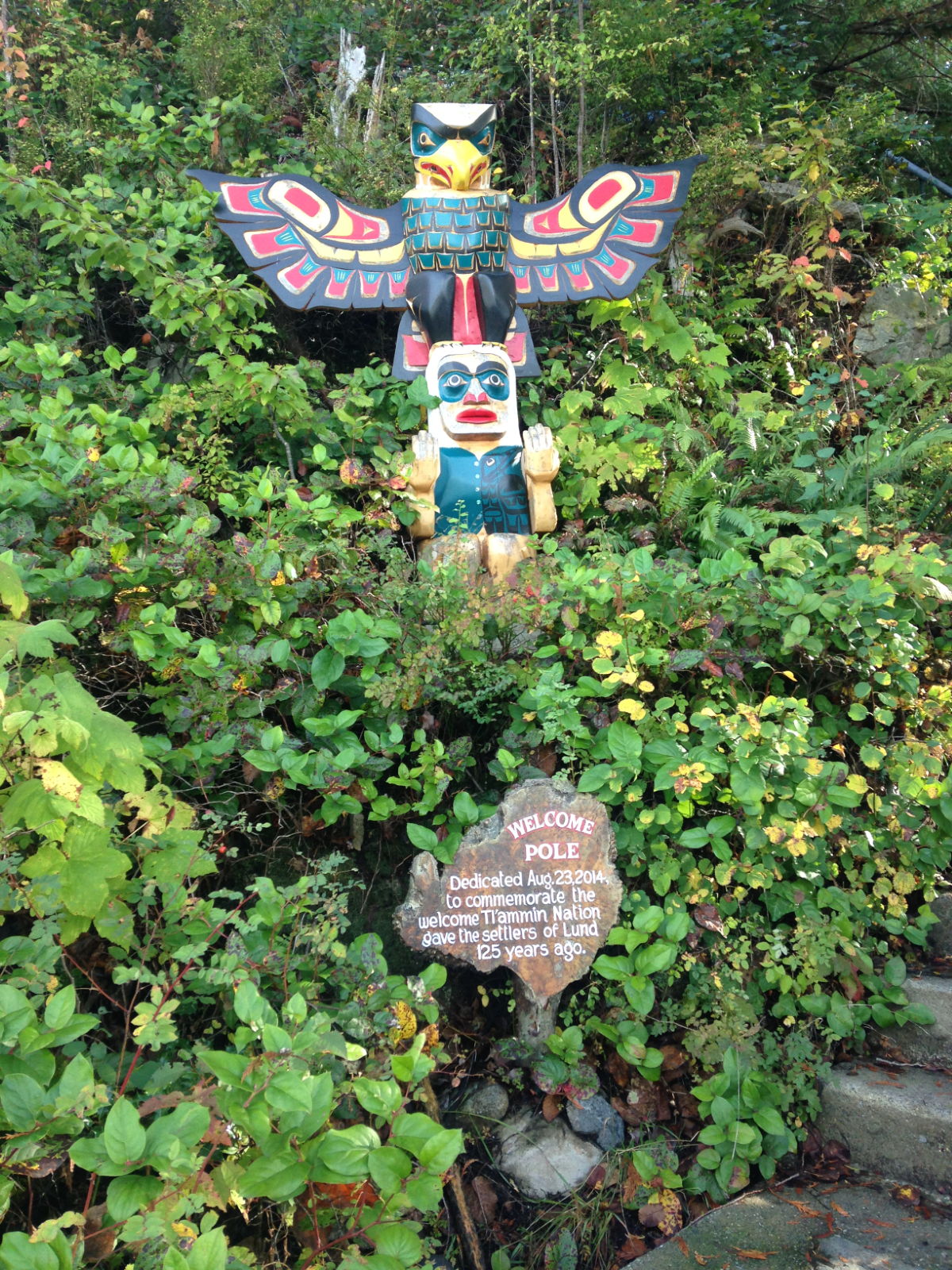
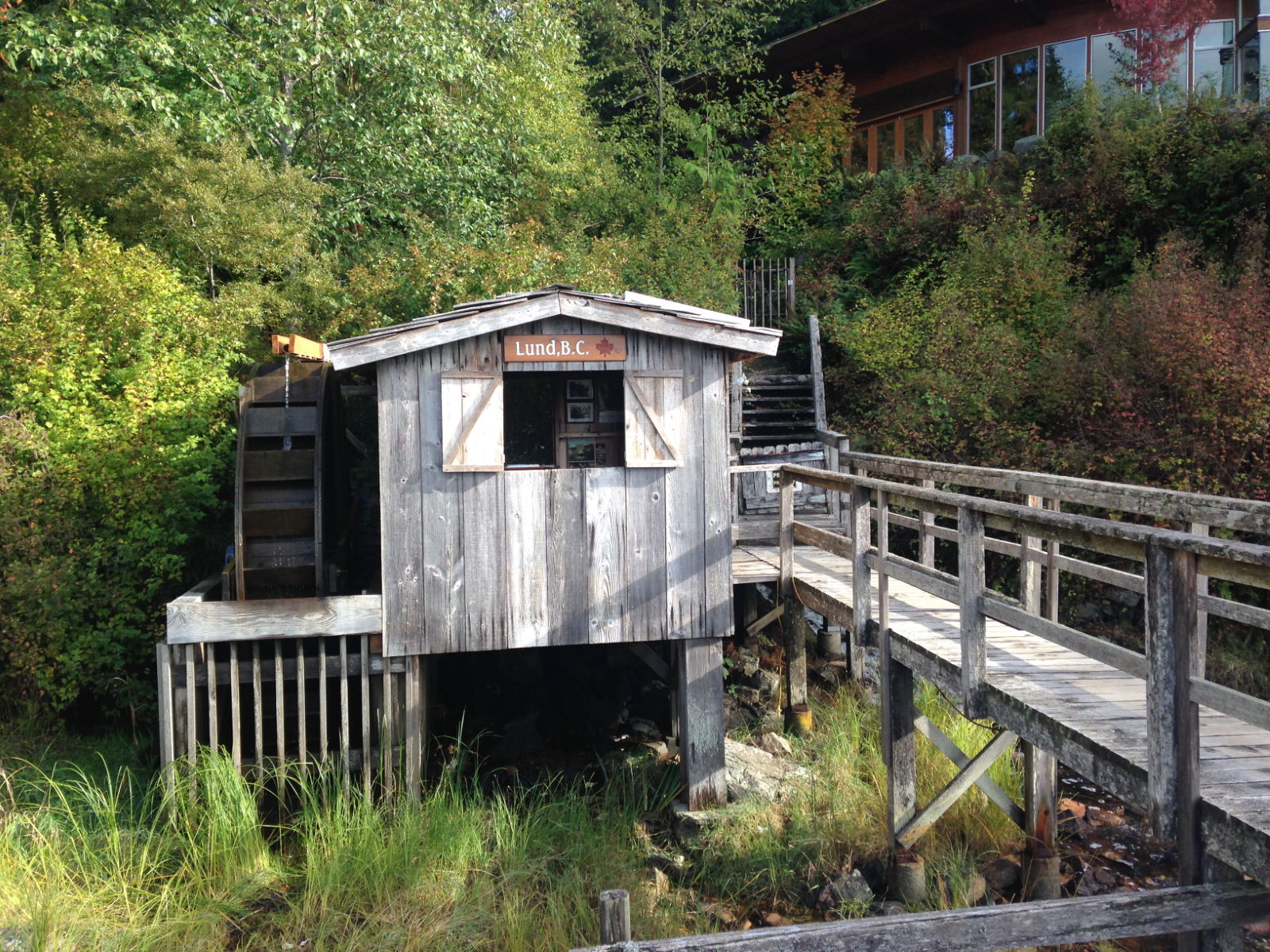
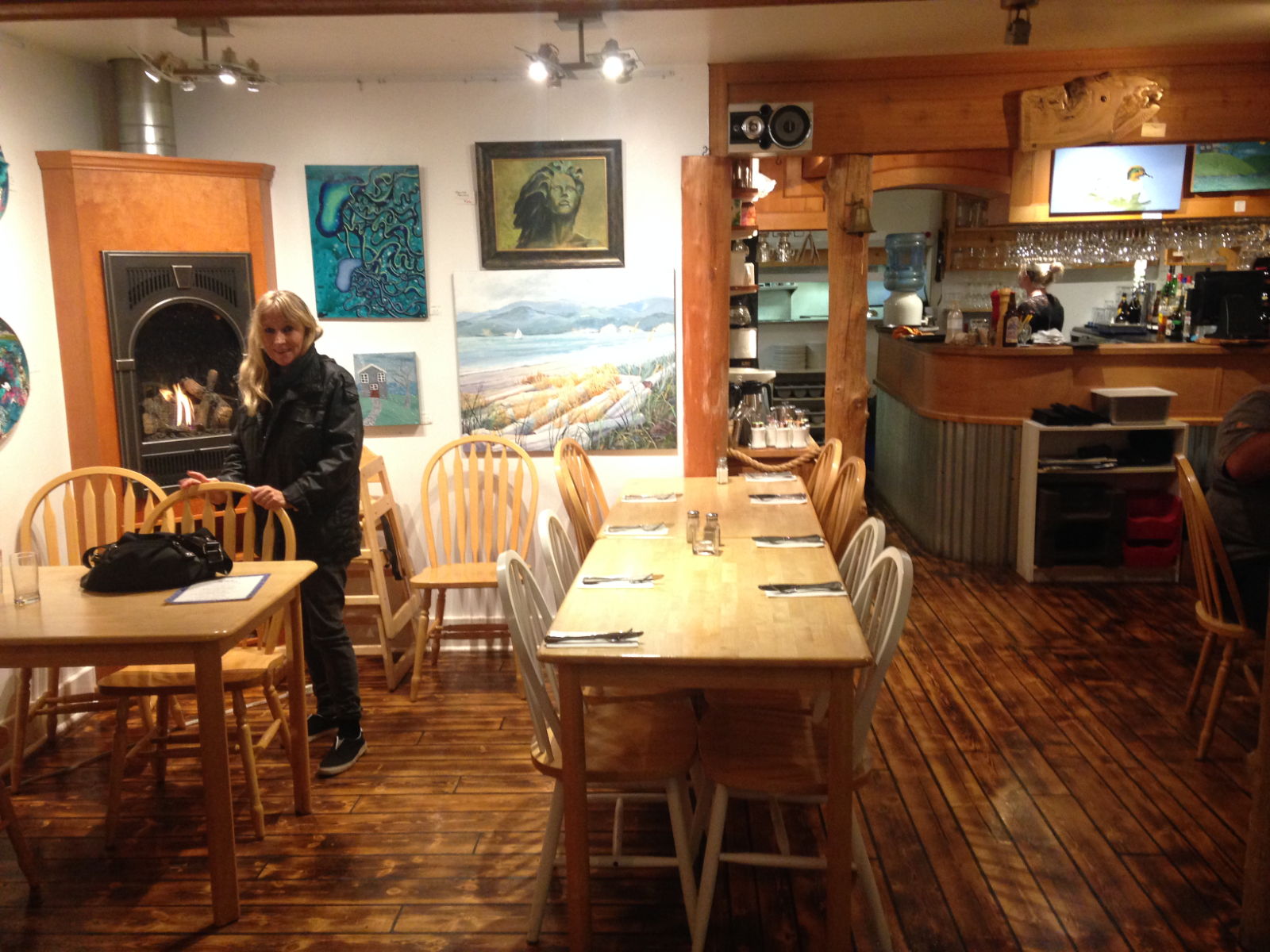
On we journeyed, to Prideaux Haven and Pendrell Sound via Desolation Sound, a place that definitely belies its name, which was taken from Captain Vancouver’s description in 1792: ‘Our residence here was truly forlorn; an awful silence pervaded the gloomy forest, whilst animated nature seemed to have deserted the neighbouring country.’ This had more to do with his discouragement at the number of dead-end inlets he had recently explored than the surroundings, however. We found it pleasing and pretty, with no sense of desolation in the view from our anchorage. In fact, all the anchorages we spent the night in were beautiful, as the pictures show. We explored the shore in Pendrell Sound and came across a house that had suffered from the weather at some point as half of it had collapsed. A drawer and other household items were floating in the water so it was clearly recent but there was no sign of anyone in the house. On the shore itself, there was evidence of fires from the blackened tree trunks and piles of ashes we saw.
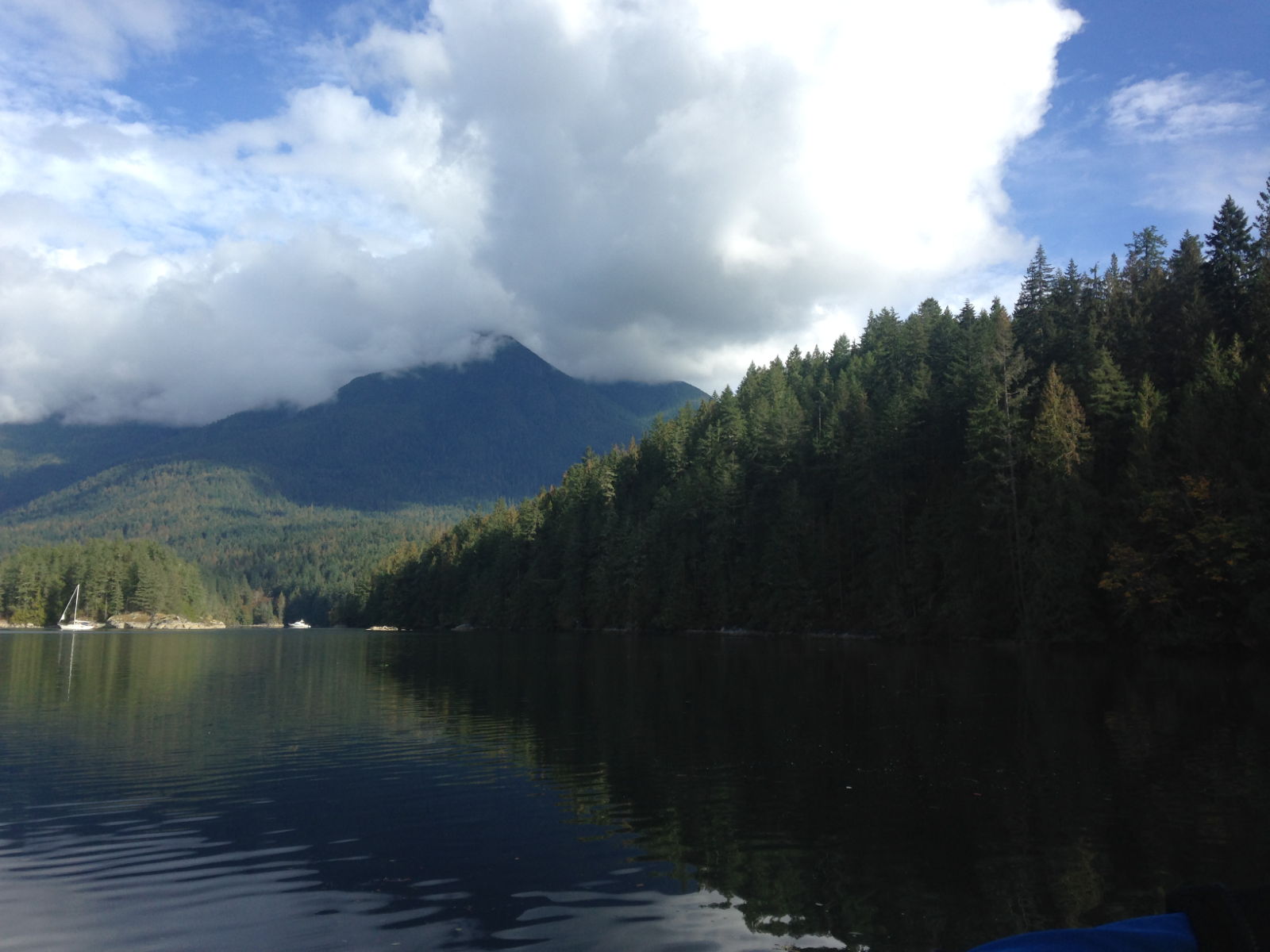
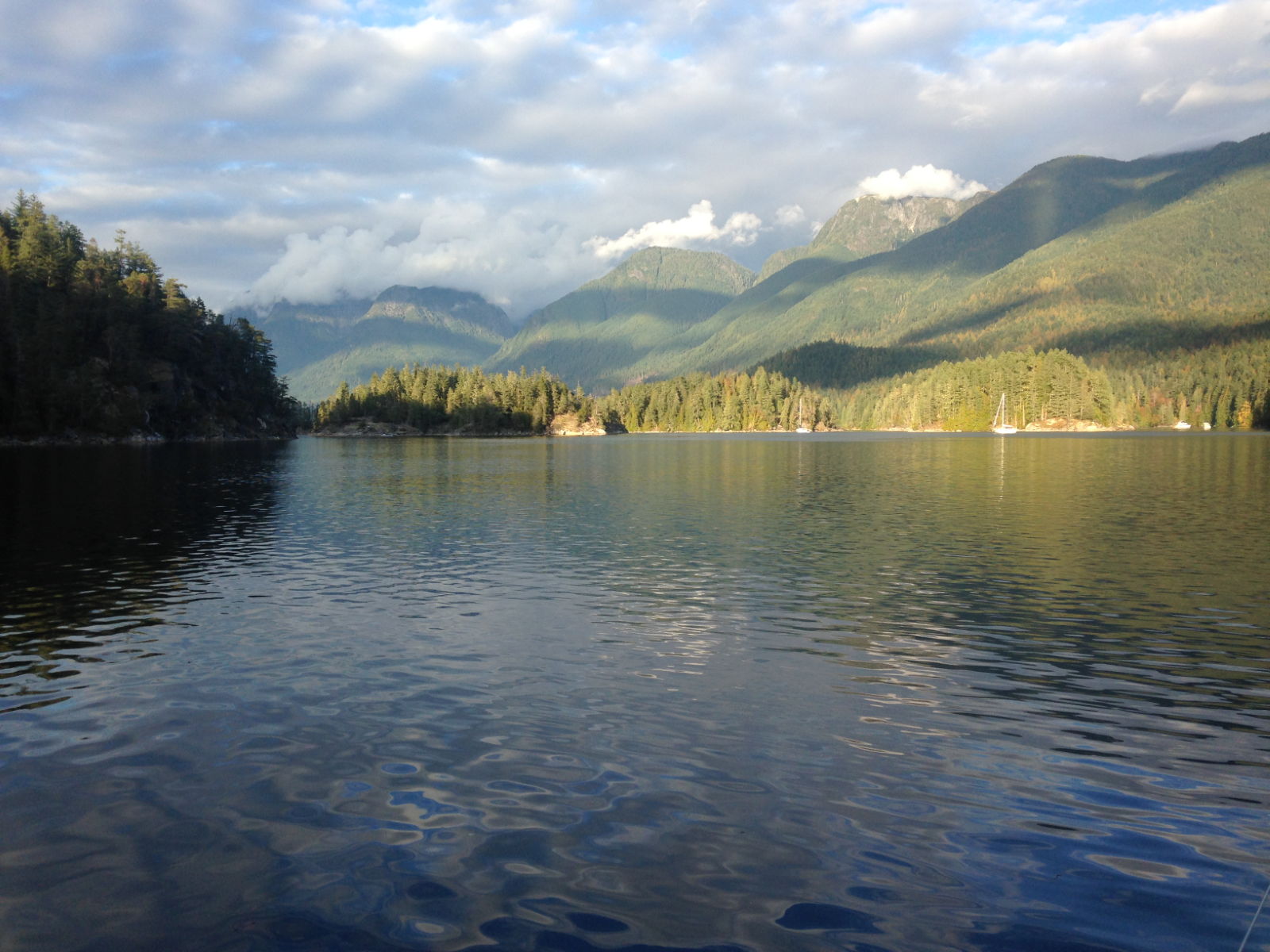
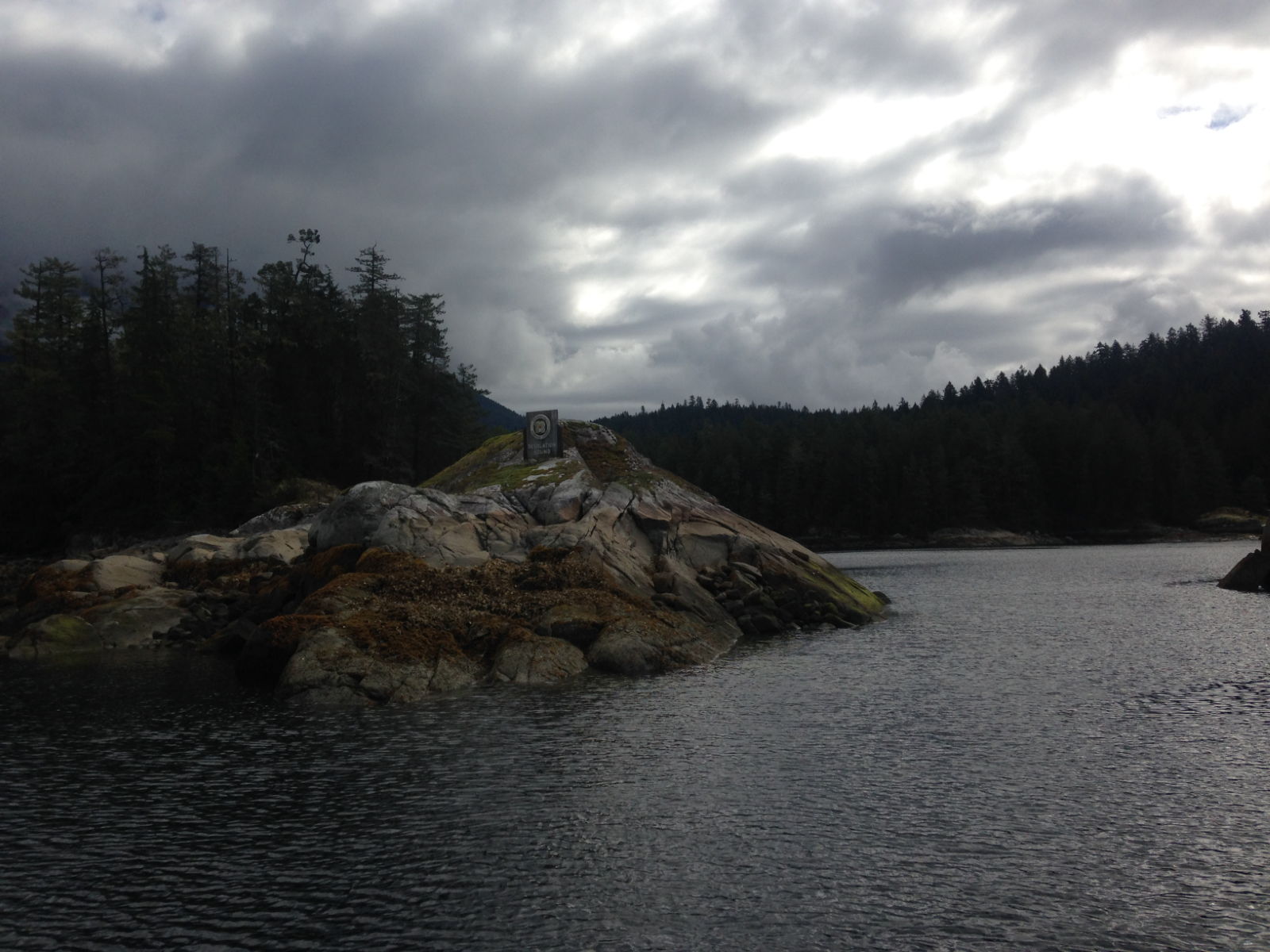
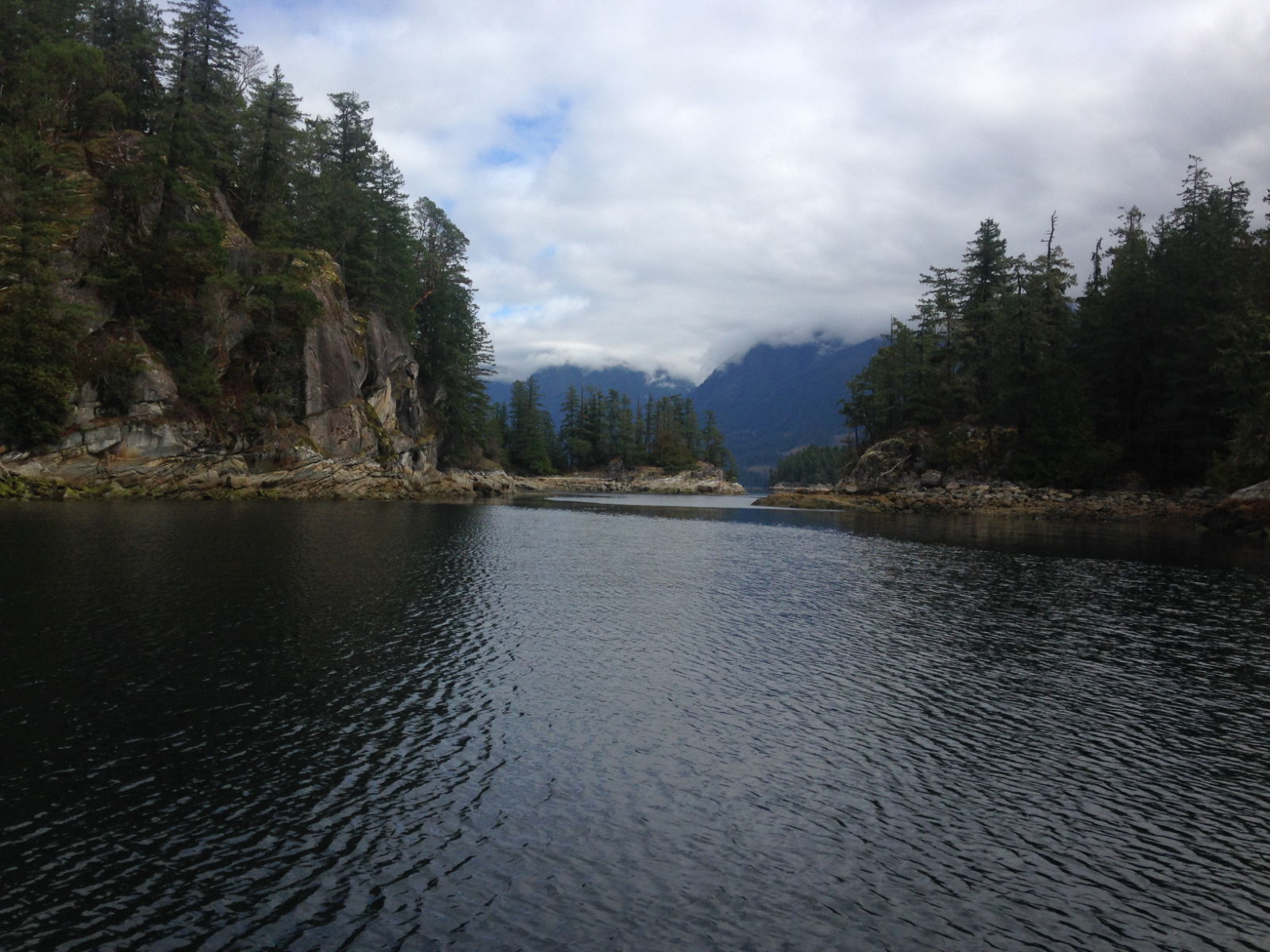

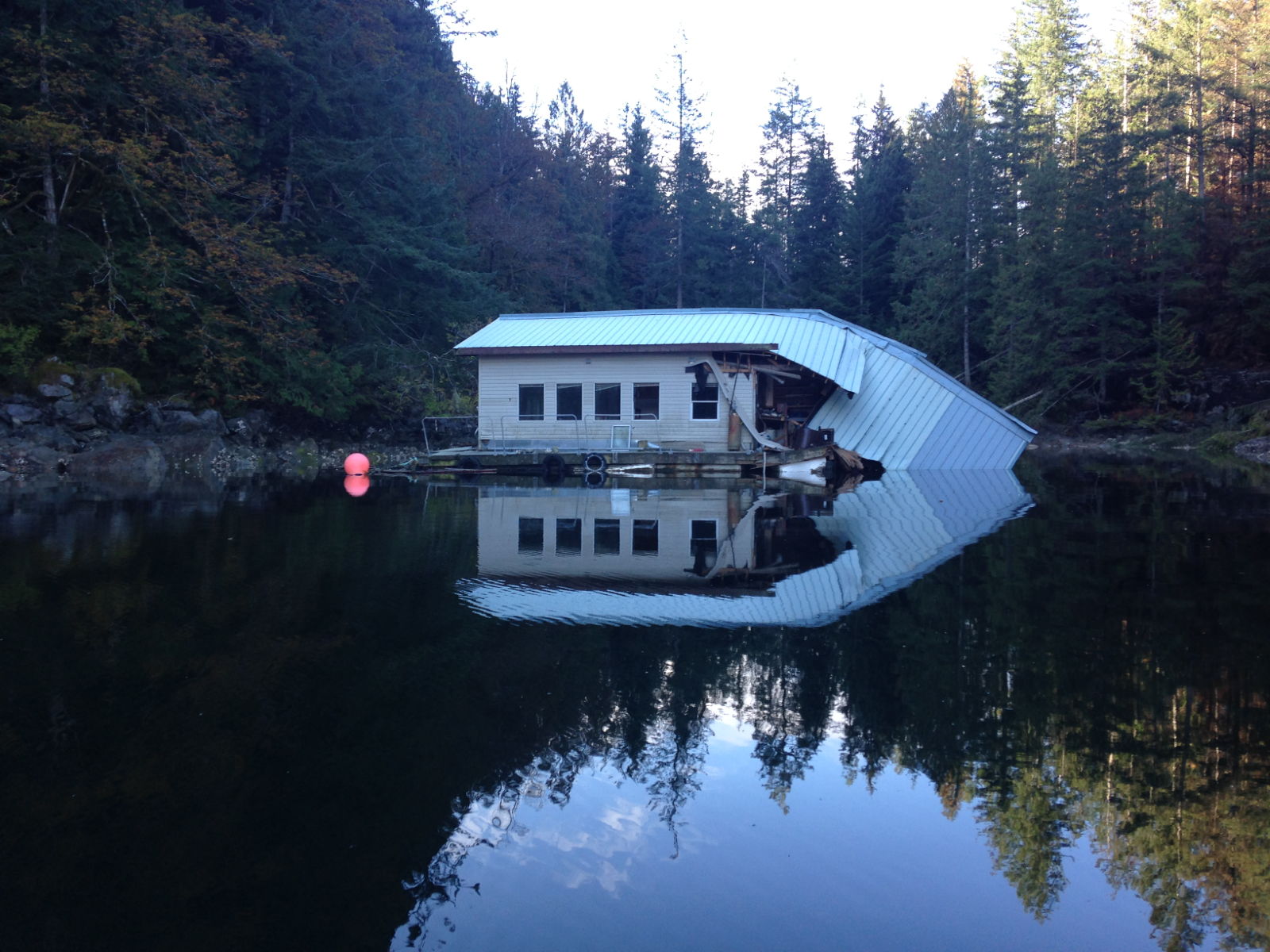
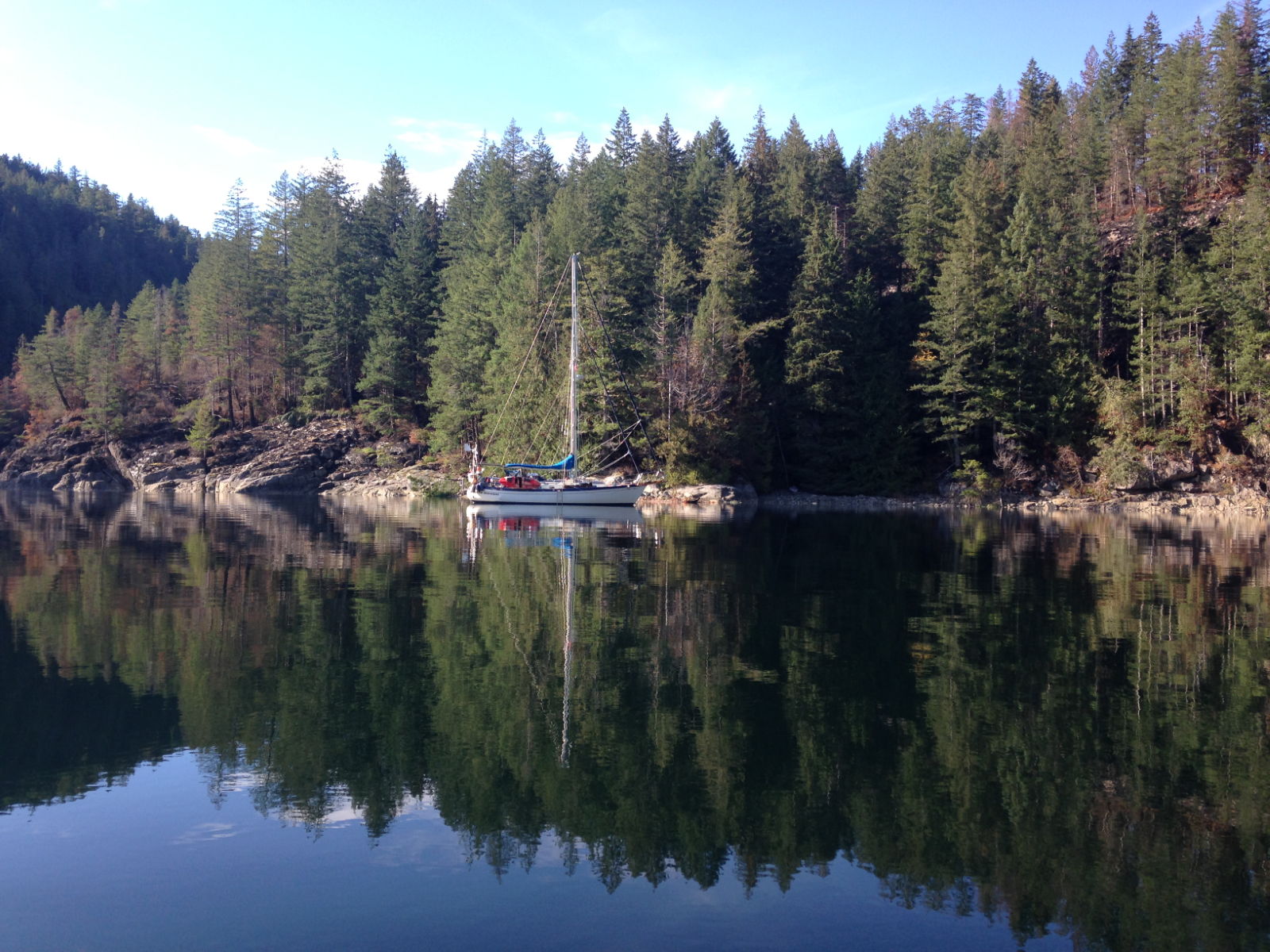
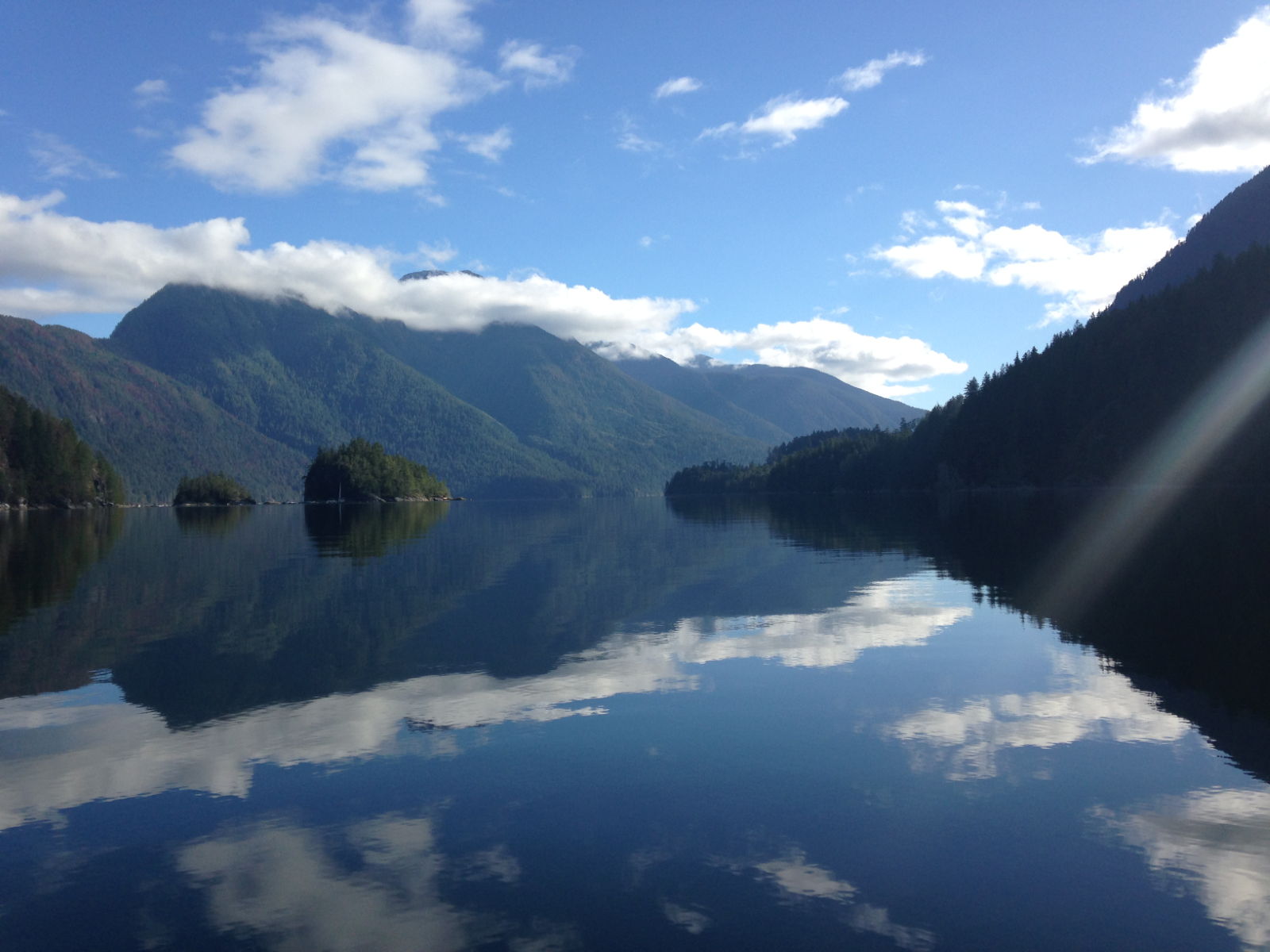
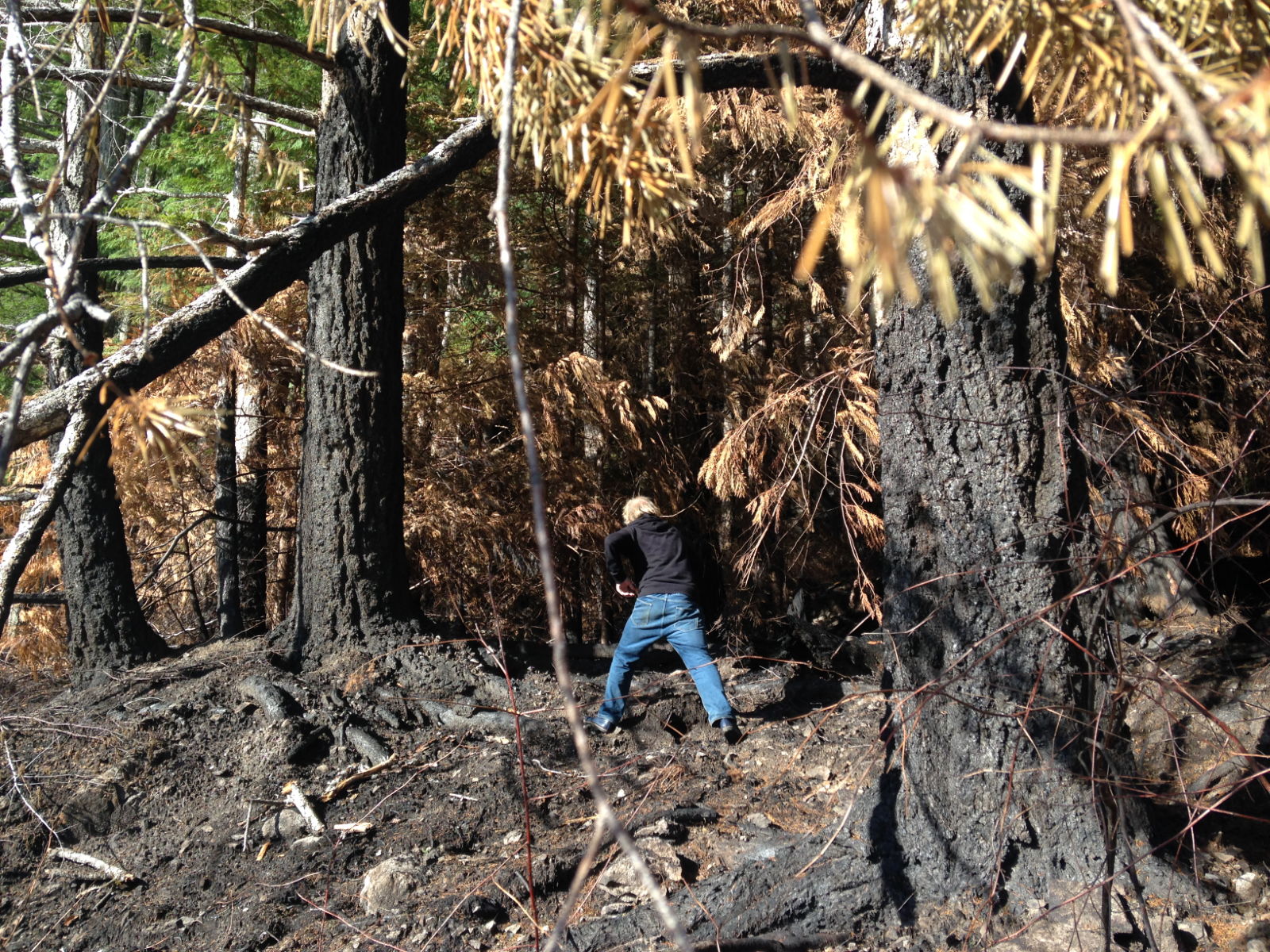
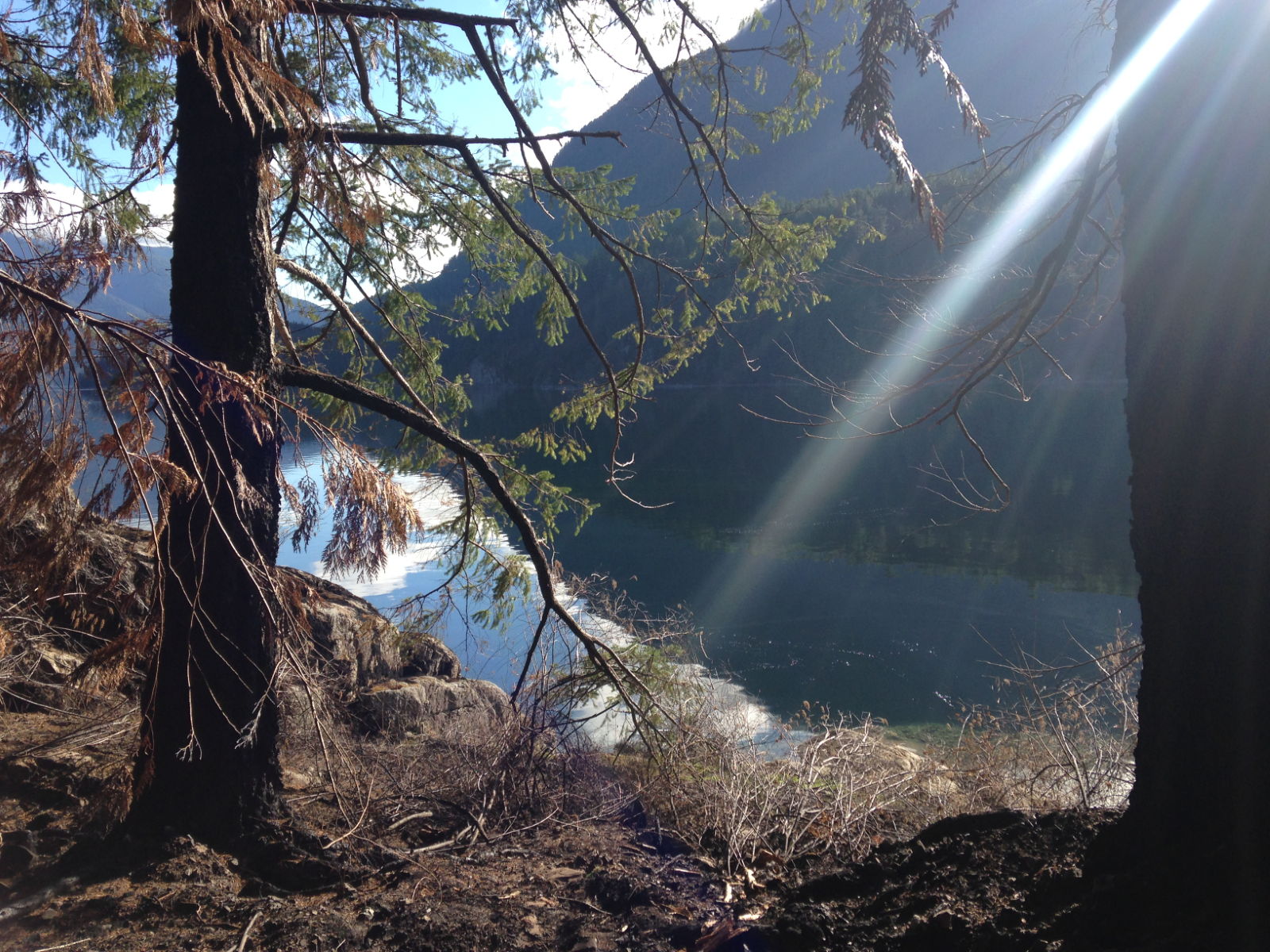
At Teakerne Arm on the 25th September we took a stern line ashore as the water is far too deep to anchor. Two magnificent waterfalls dominate the view in this bay and we were the only visitors on a warm, sunny and clear afternoon. There was a trail leading to the top of the cliff so we were able to sit and watch the water tumbling down perched on the edge of an alarmingly sheer drop.
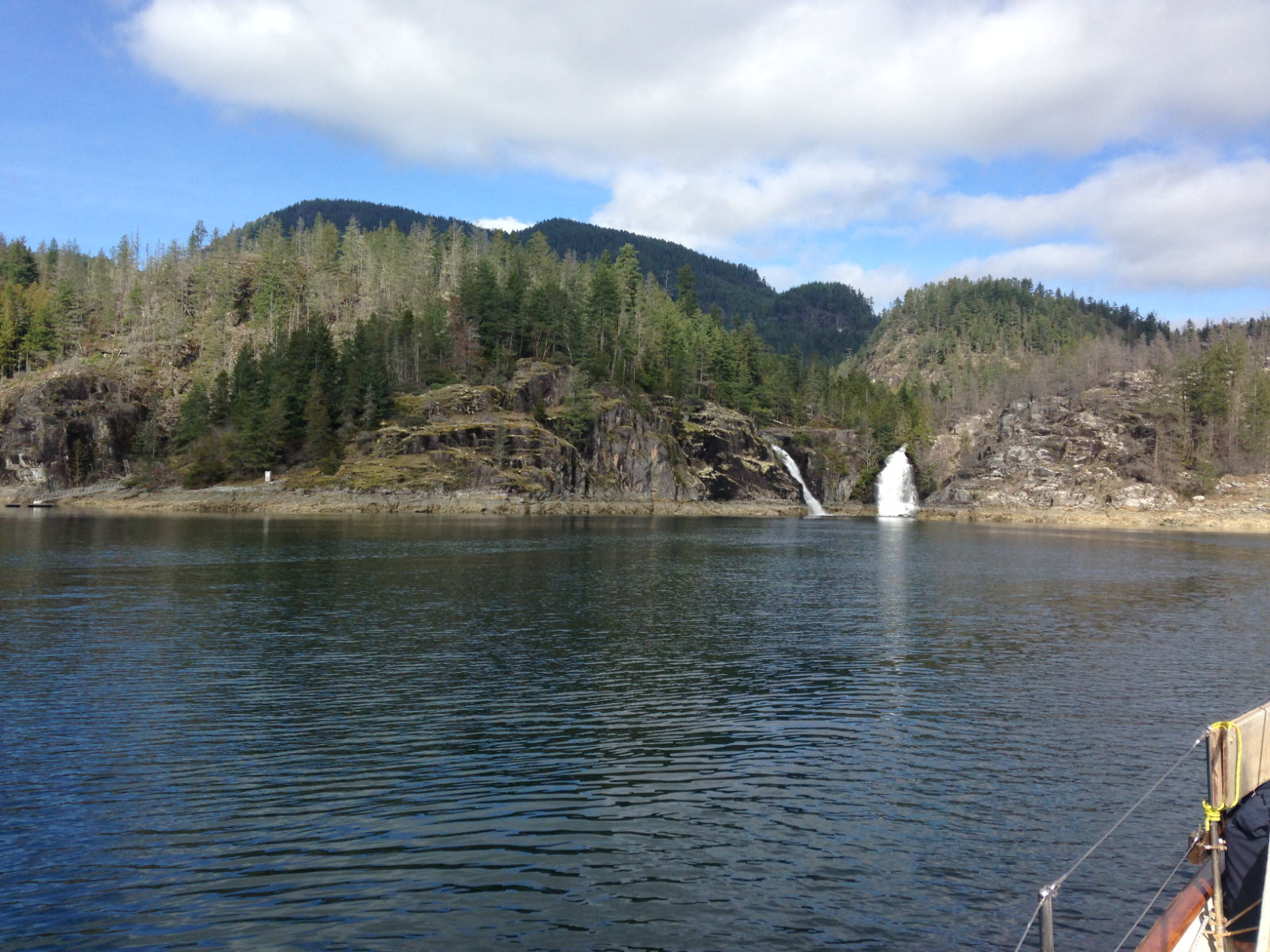
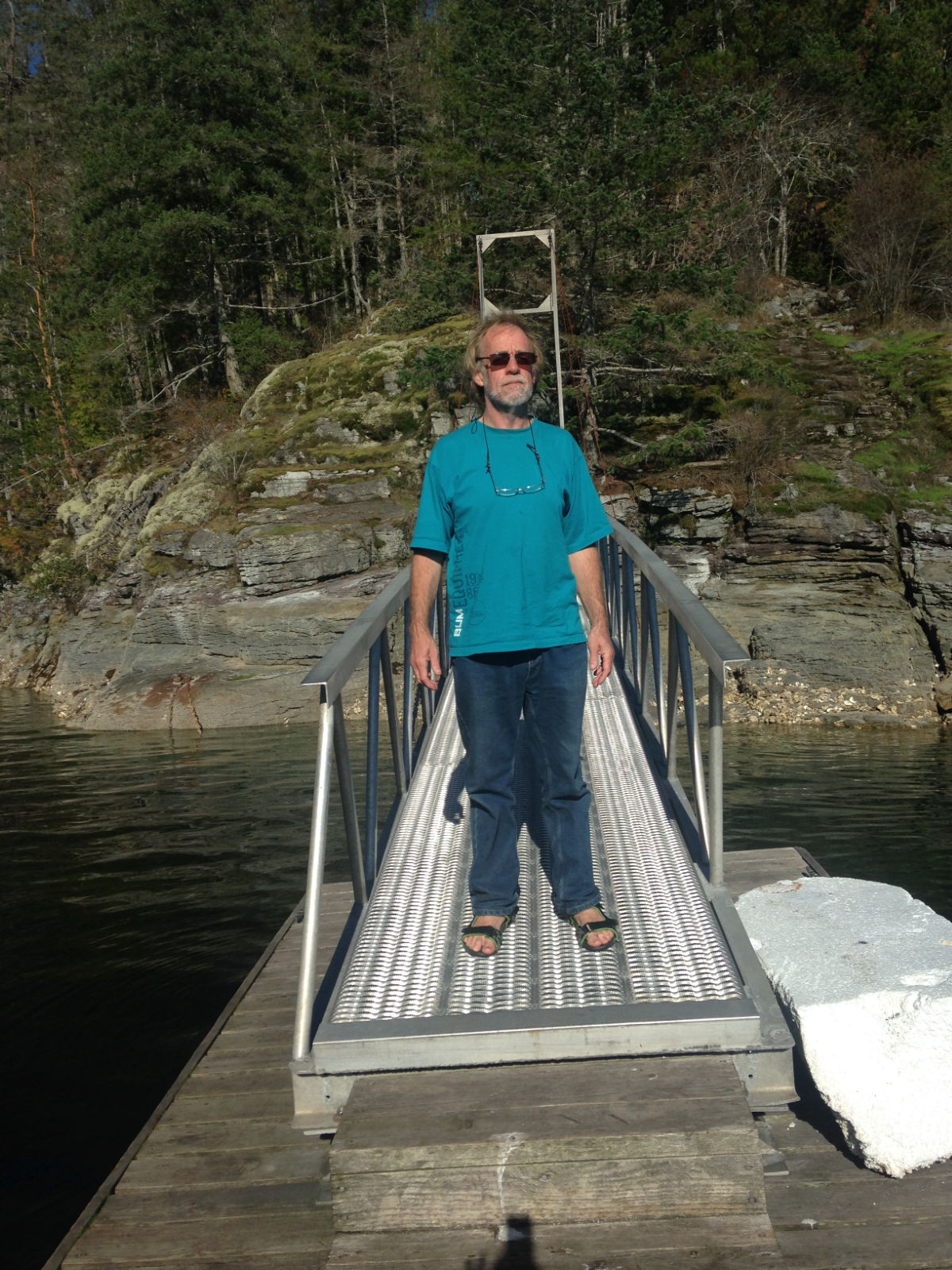
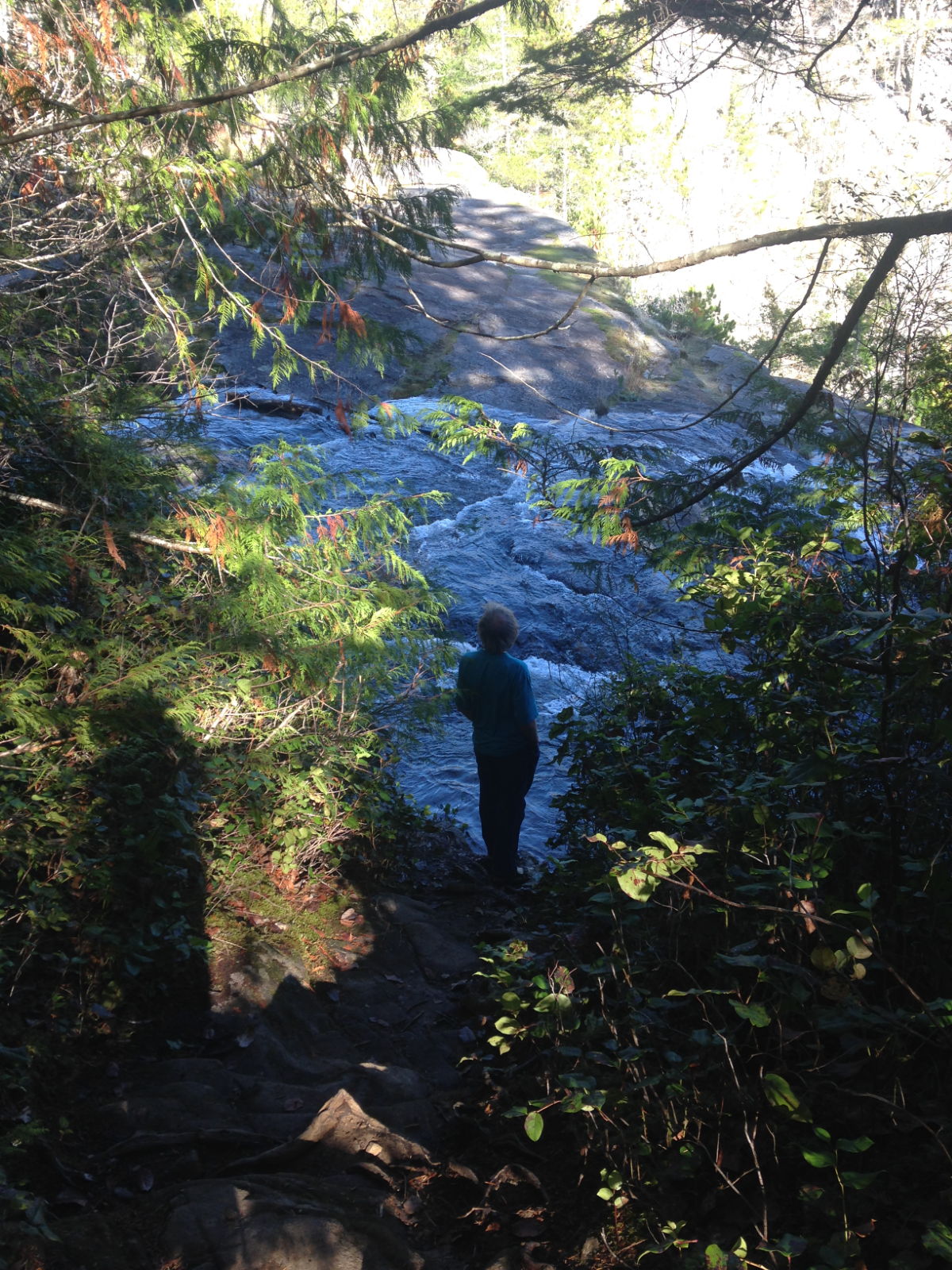
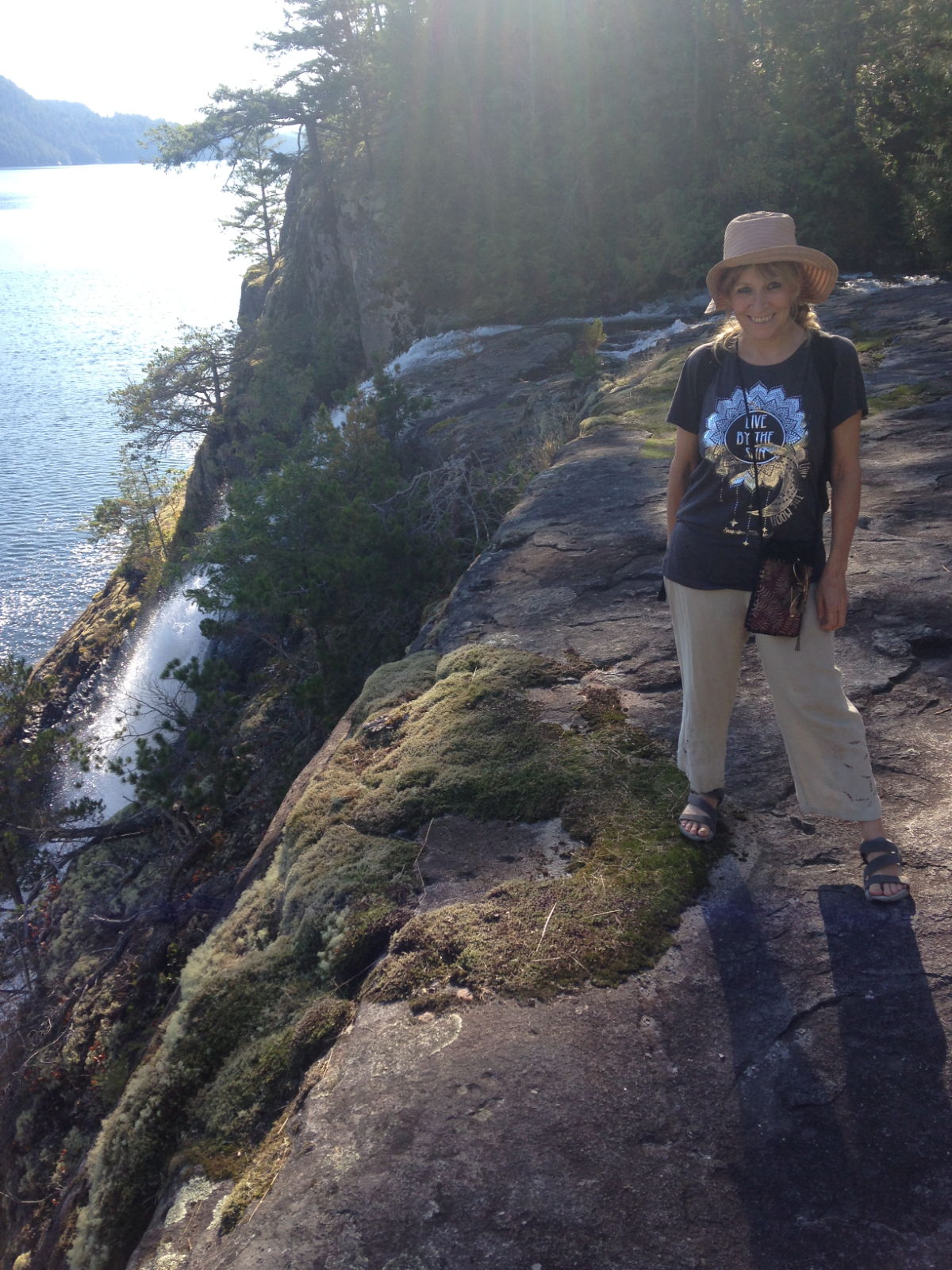

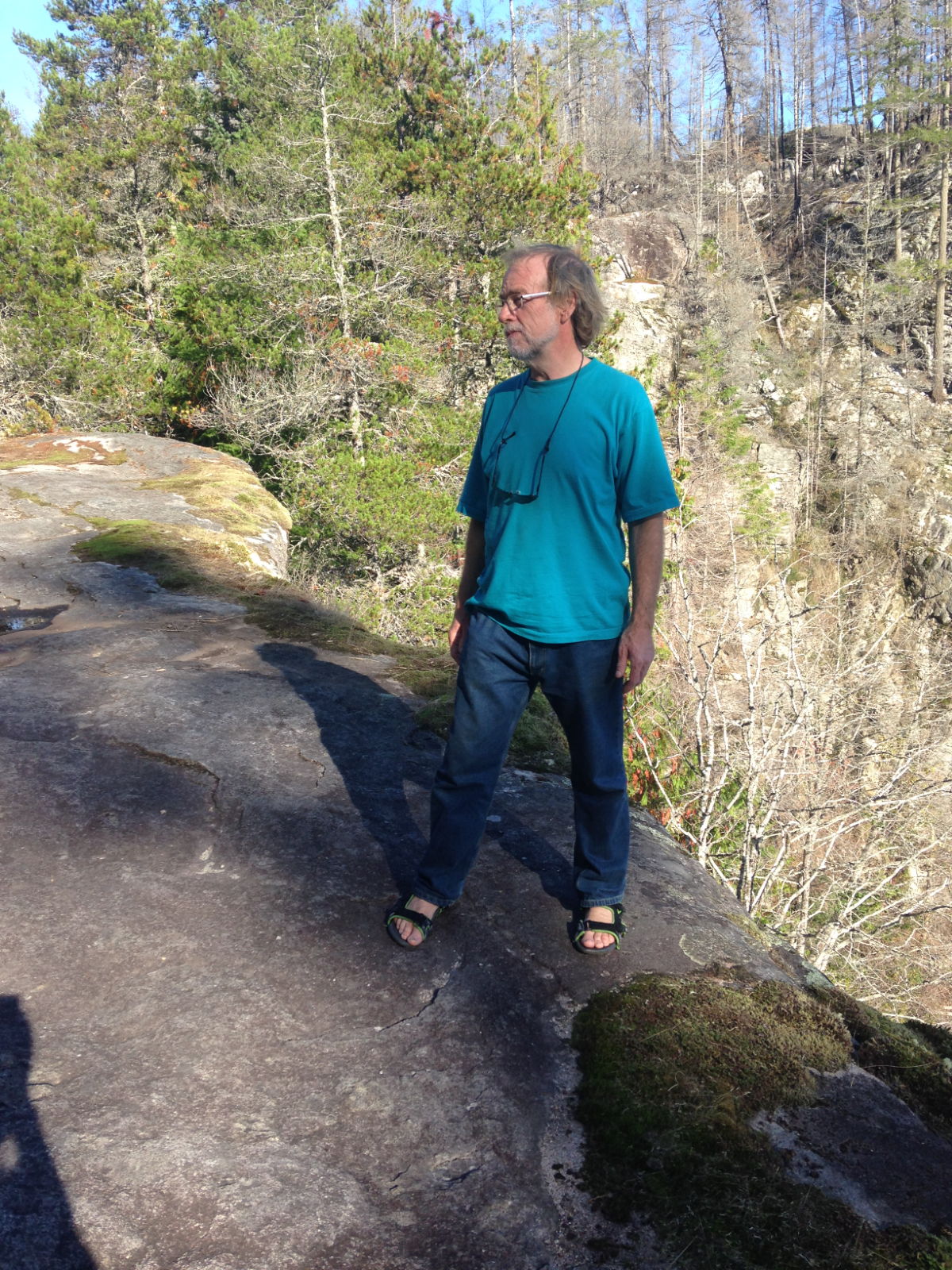
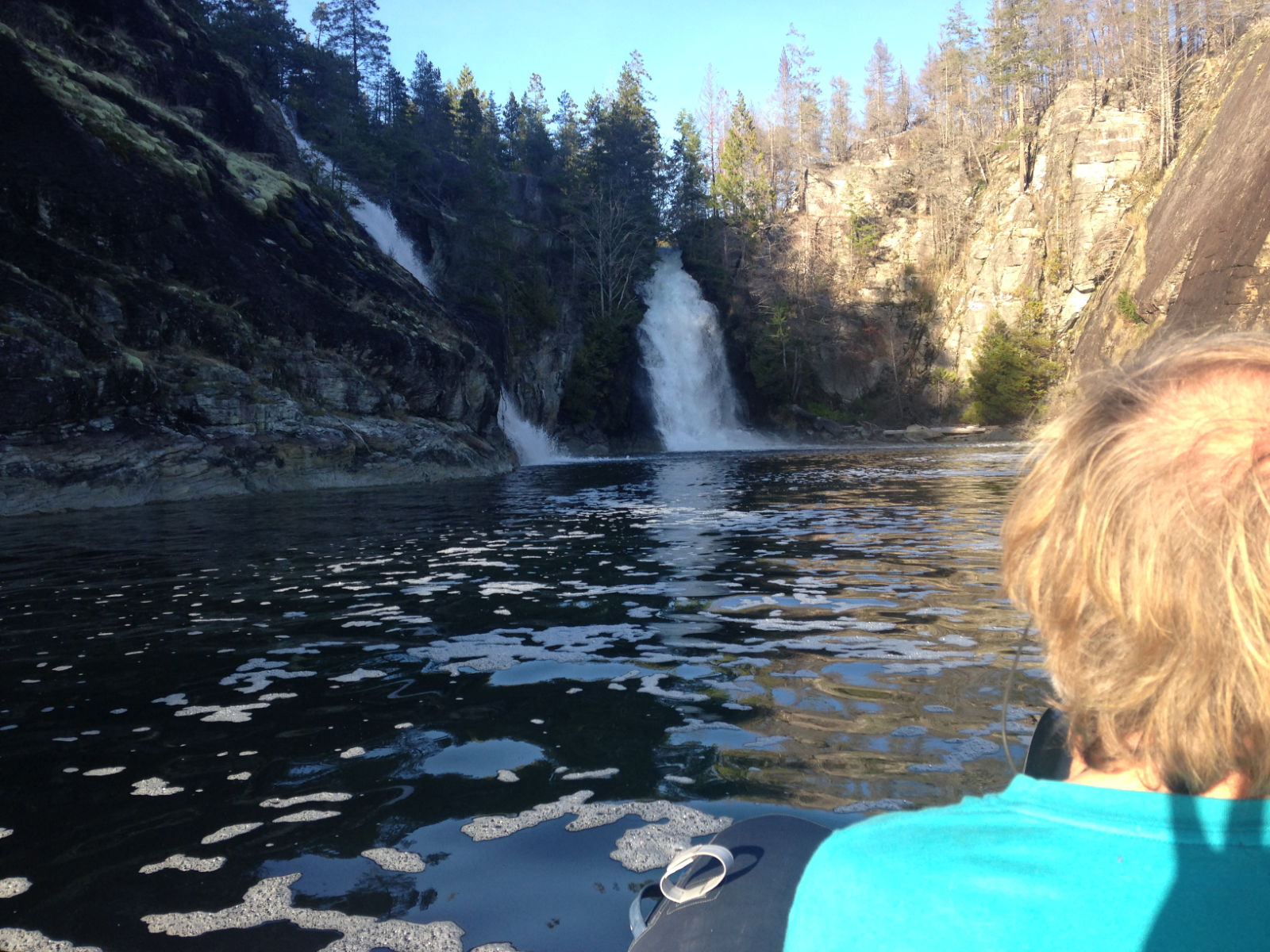
Our next stop was at a place called Blind Channel Resort and it soon became high on my list of the most beautiful places I have seen on my travels so far. To get there we had to cross no less than four sets of rapids and timing was crucial for each one. There was also the added hazard of huge stray logs in the water which we were keen to avoid, so I took position on deck to watch out for them. The fourth crossing was Greene Point which felt decidedly more turbulent than any of the other rapids; I felt the boat pulling away from the direction Paul was steering in quite a few times. Paul told me later that he’d forgotten to factor in that one so we’d actually crossed them at full flood!
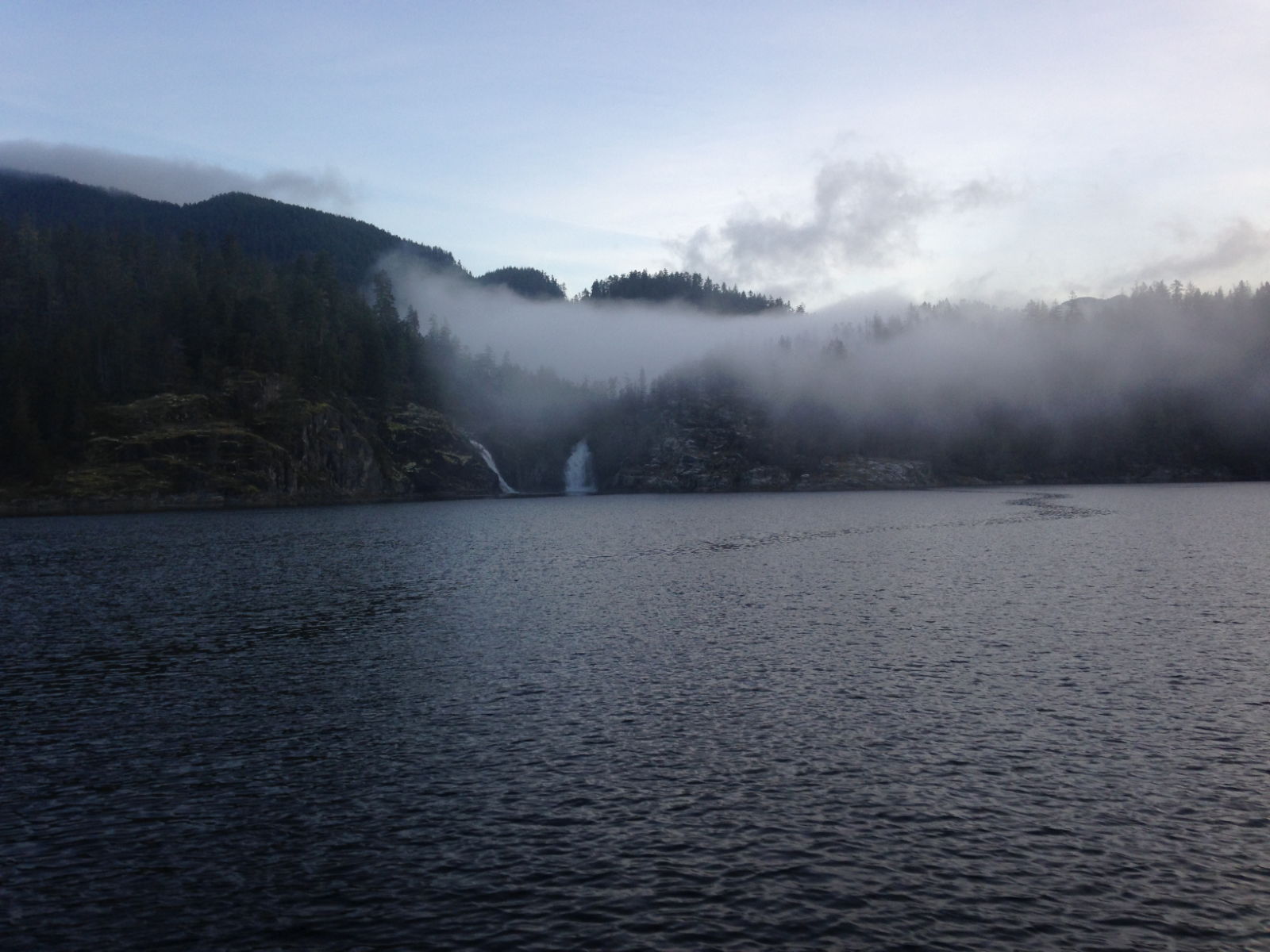
Blind Channel, presumably named because of the blind spots on either side of its bay, came into view about 3pm on 26th September and grew more attractive the closer we got.
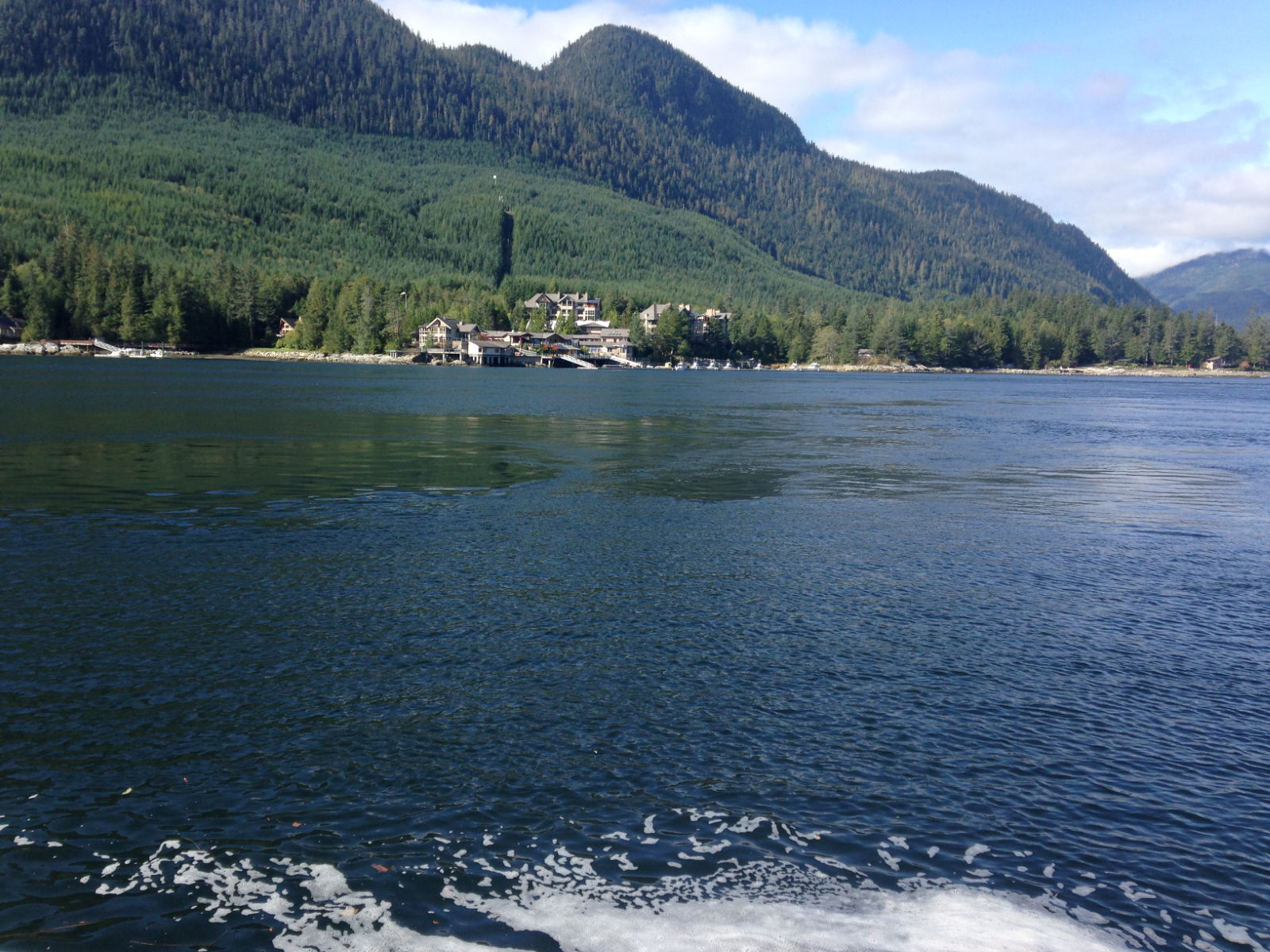
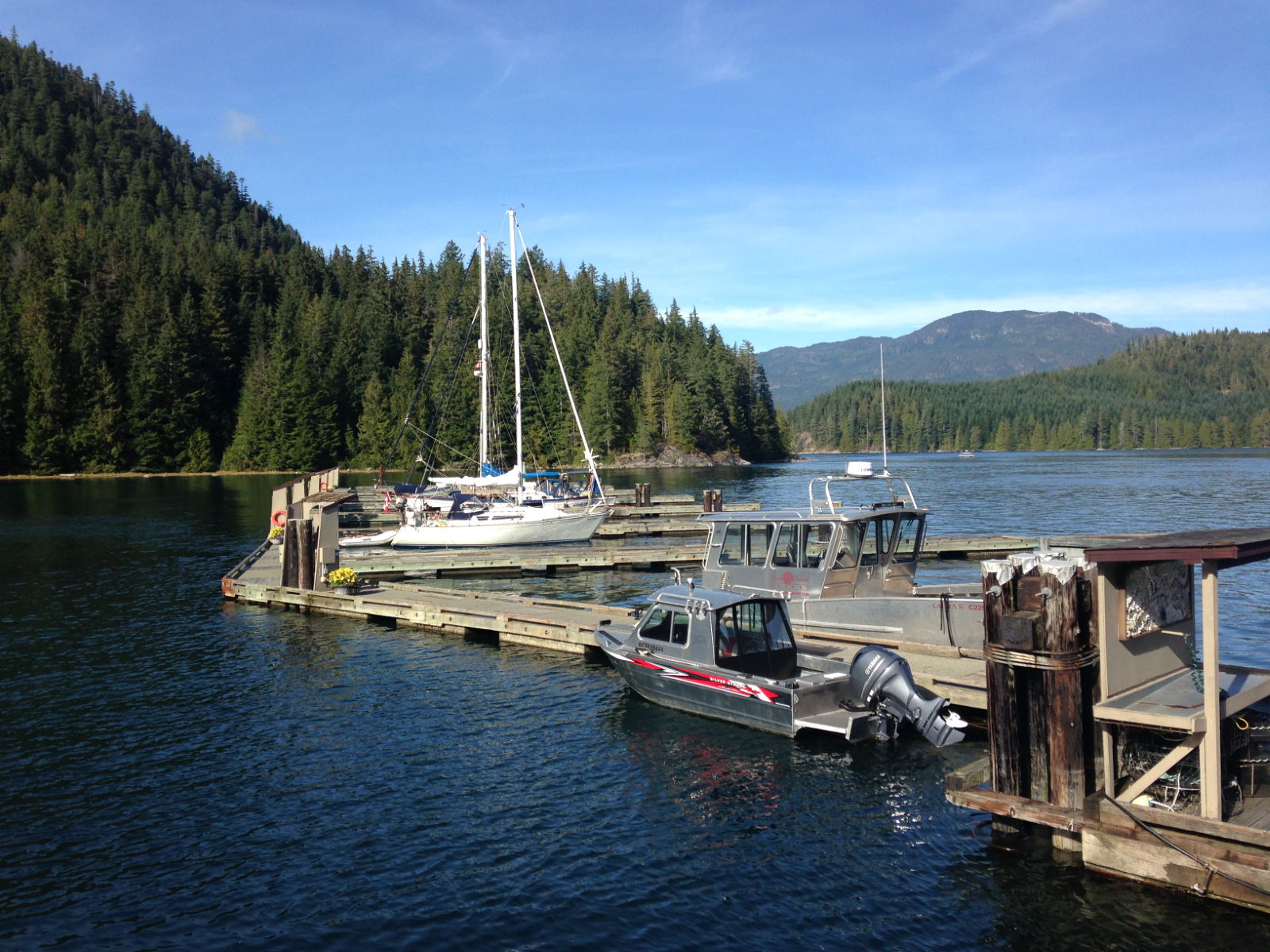
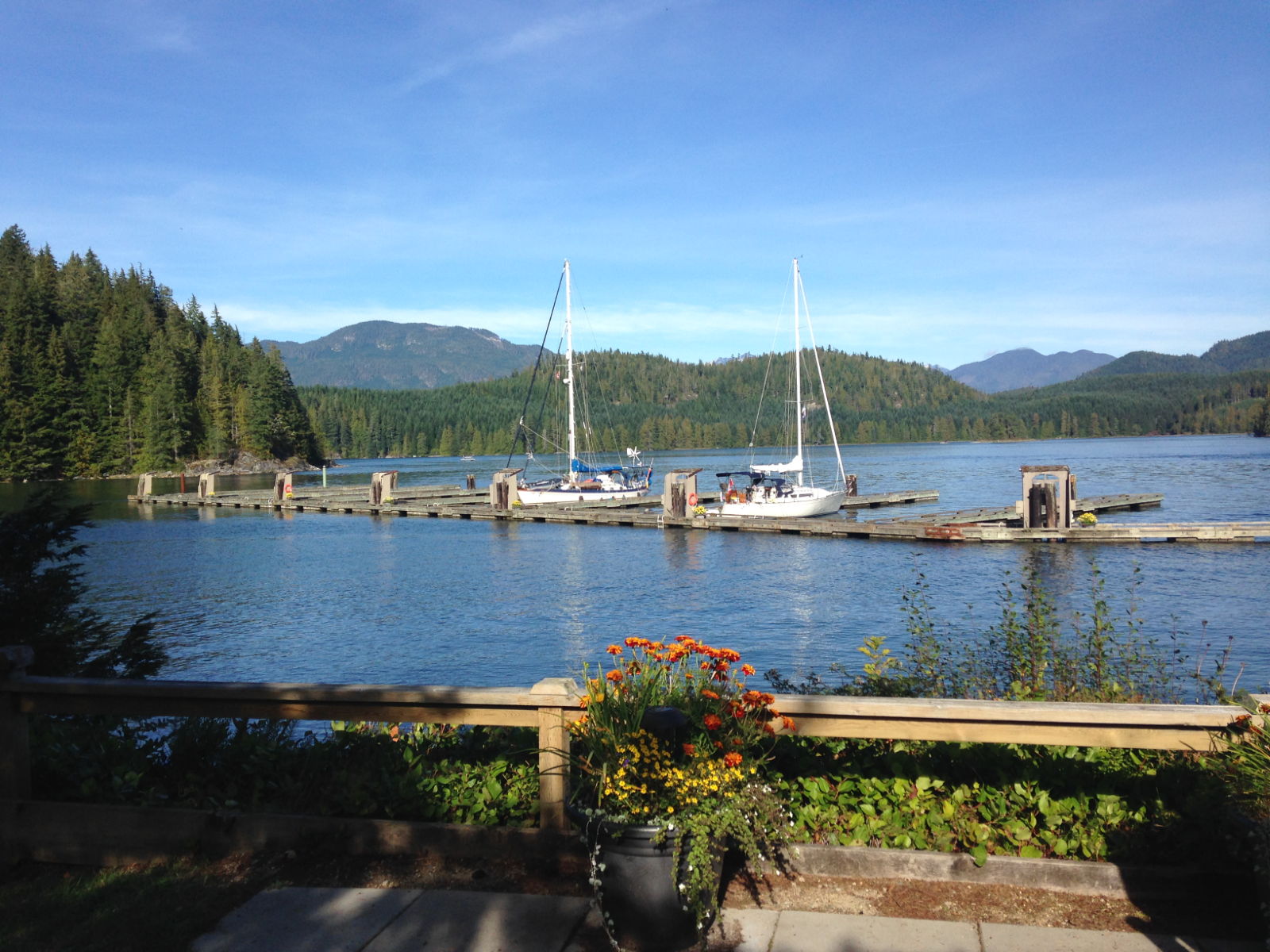
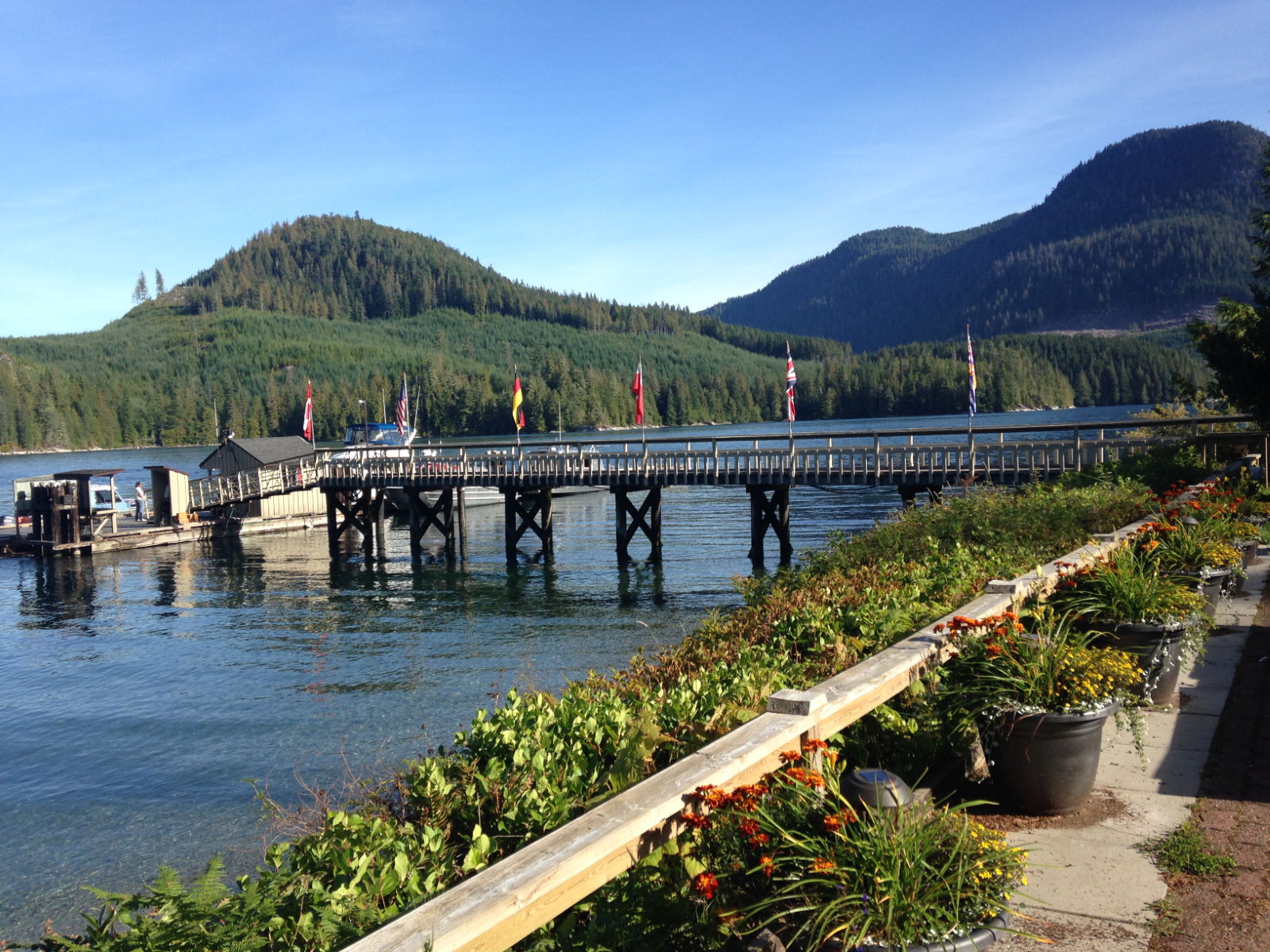
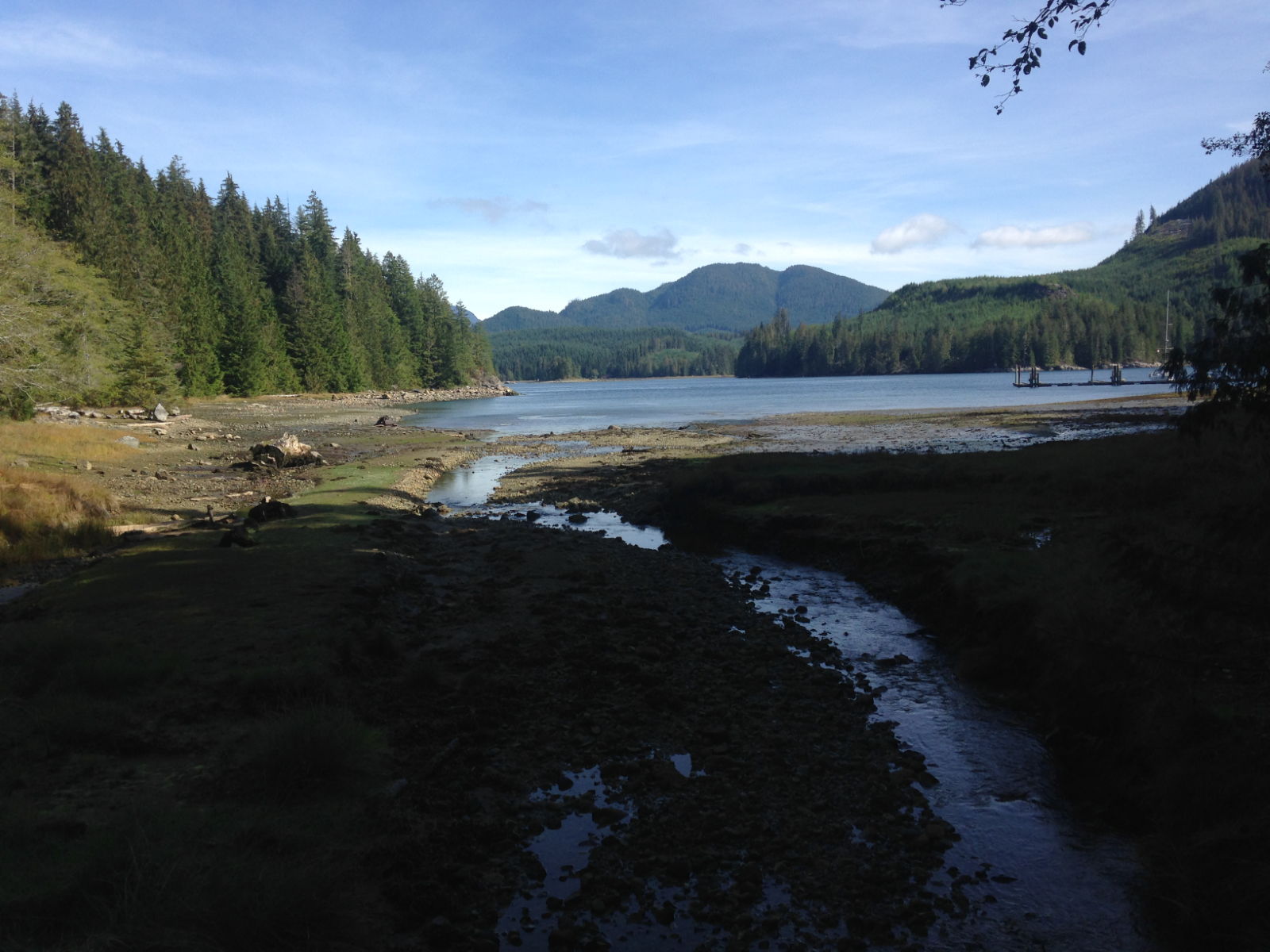
We spent three great days here, making the most of the natural surroundings by strolling on the beach and following the woodland trails to look at the 800 year old Big Cedar, supposedly the largest tree in Canada with a staggering 16 foot diameter. The path winds its way through a magnificent 90 year-old second growth forest of various tall tree species, lush forest plants and babbling brooks.
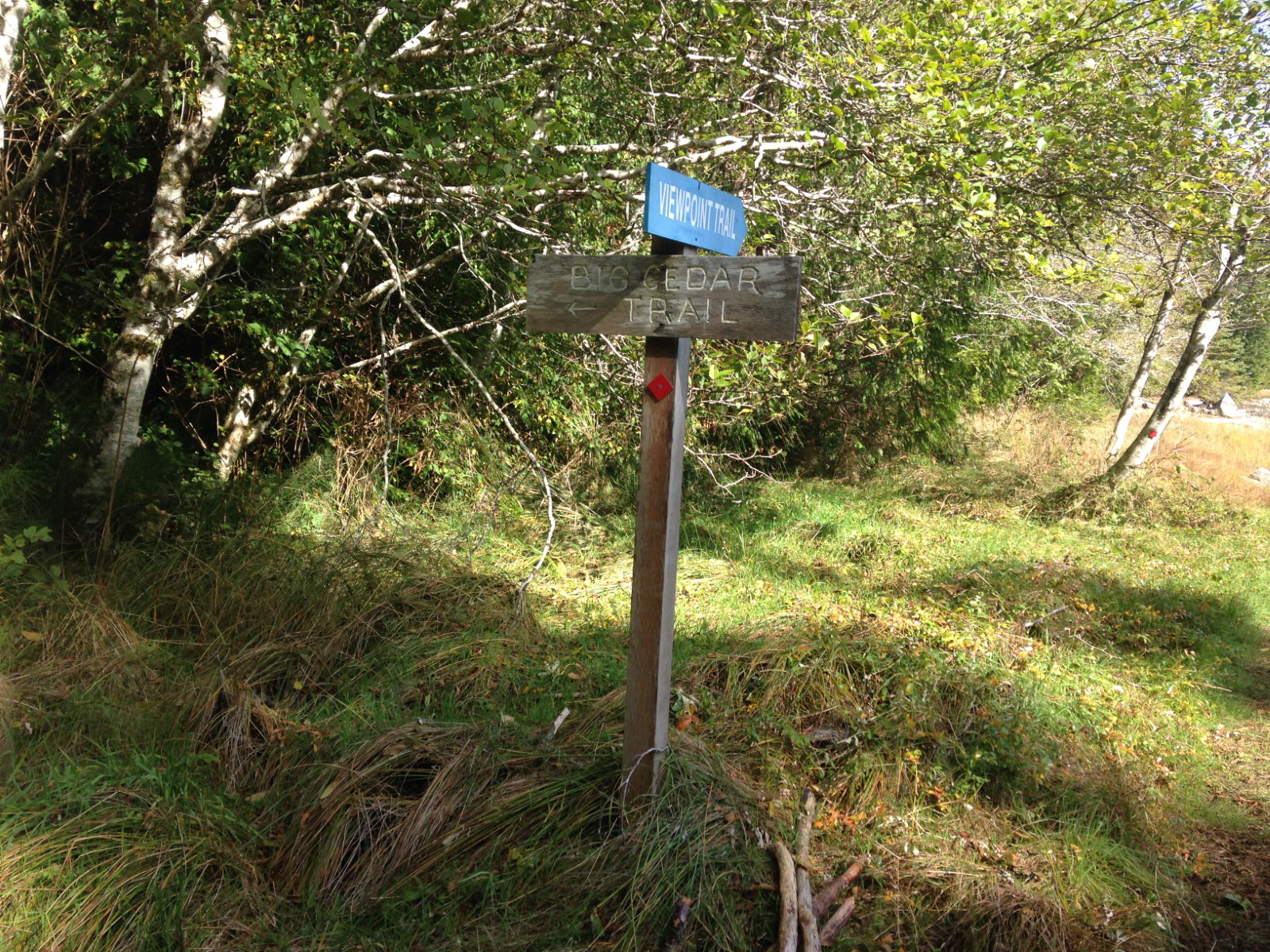
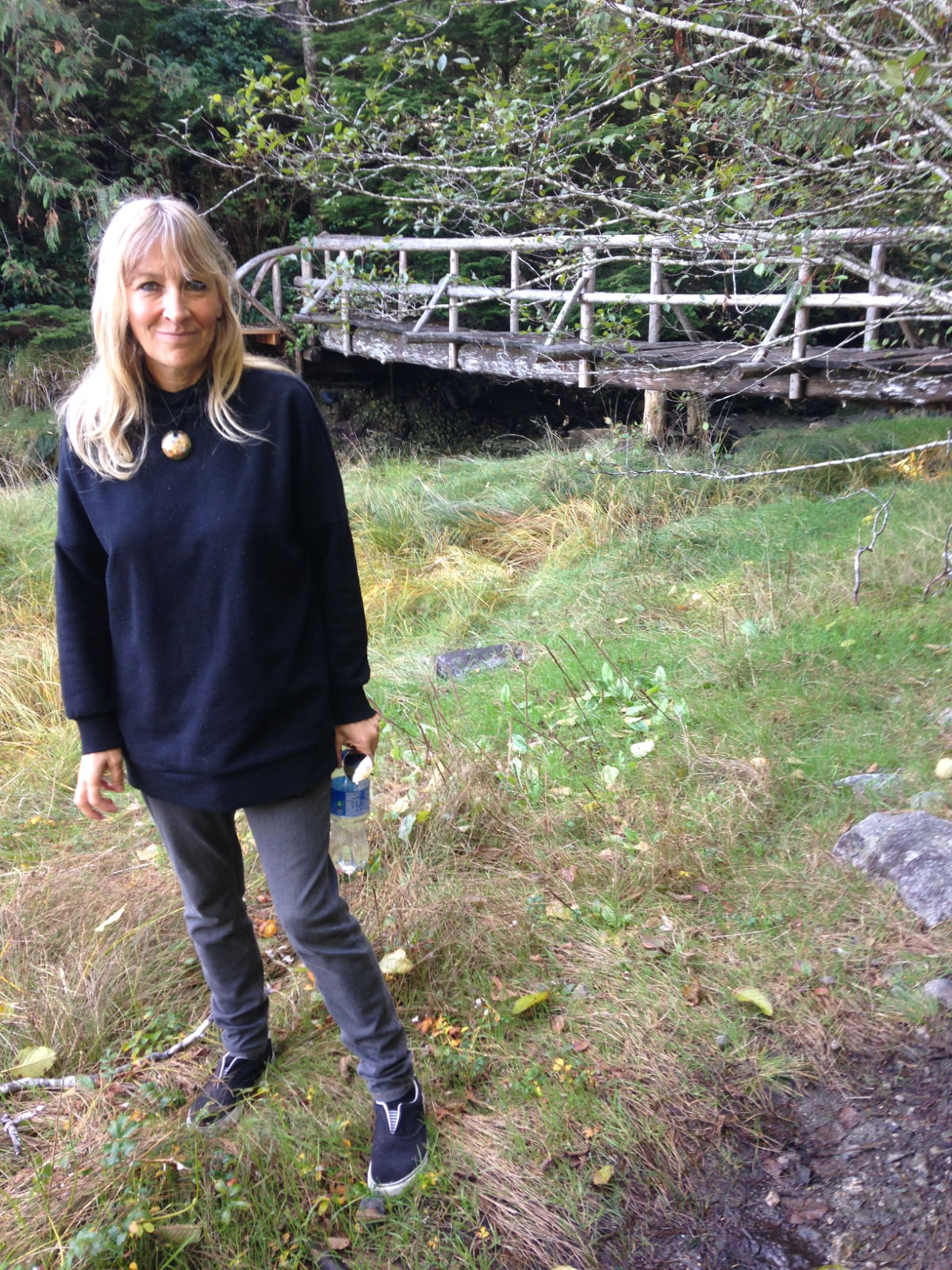
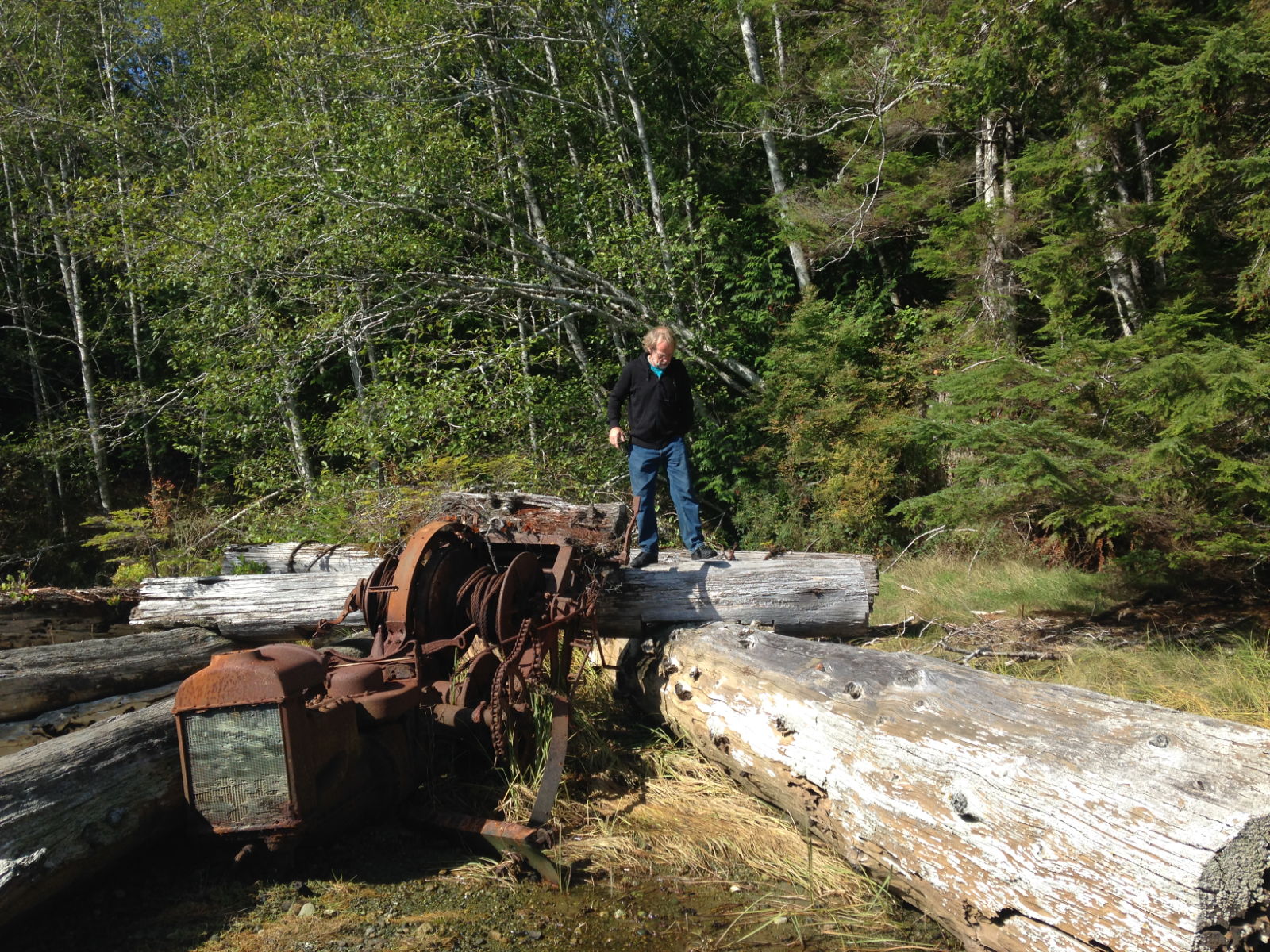
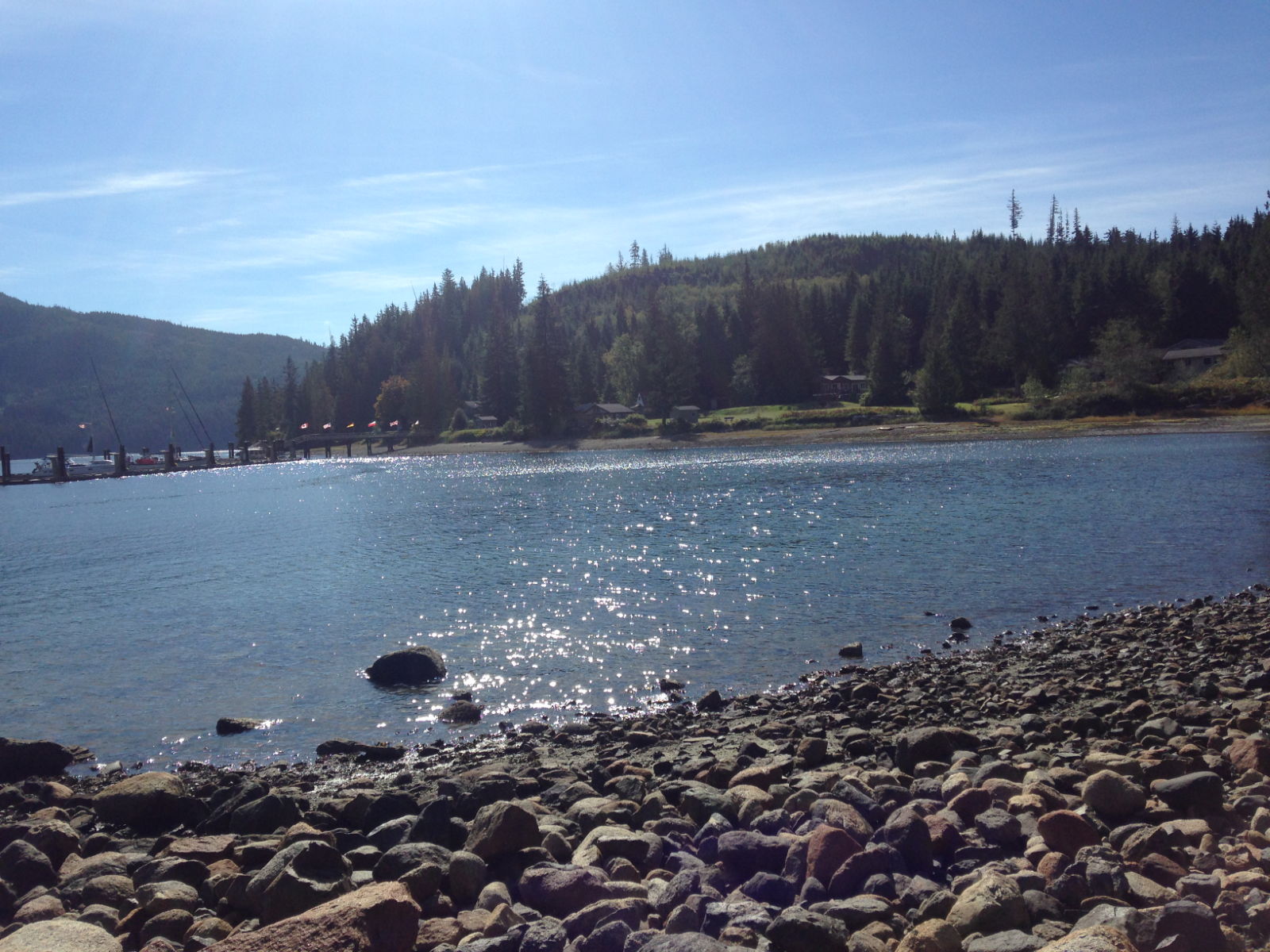
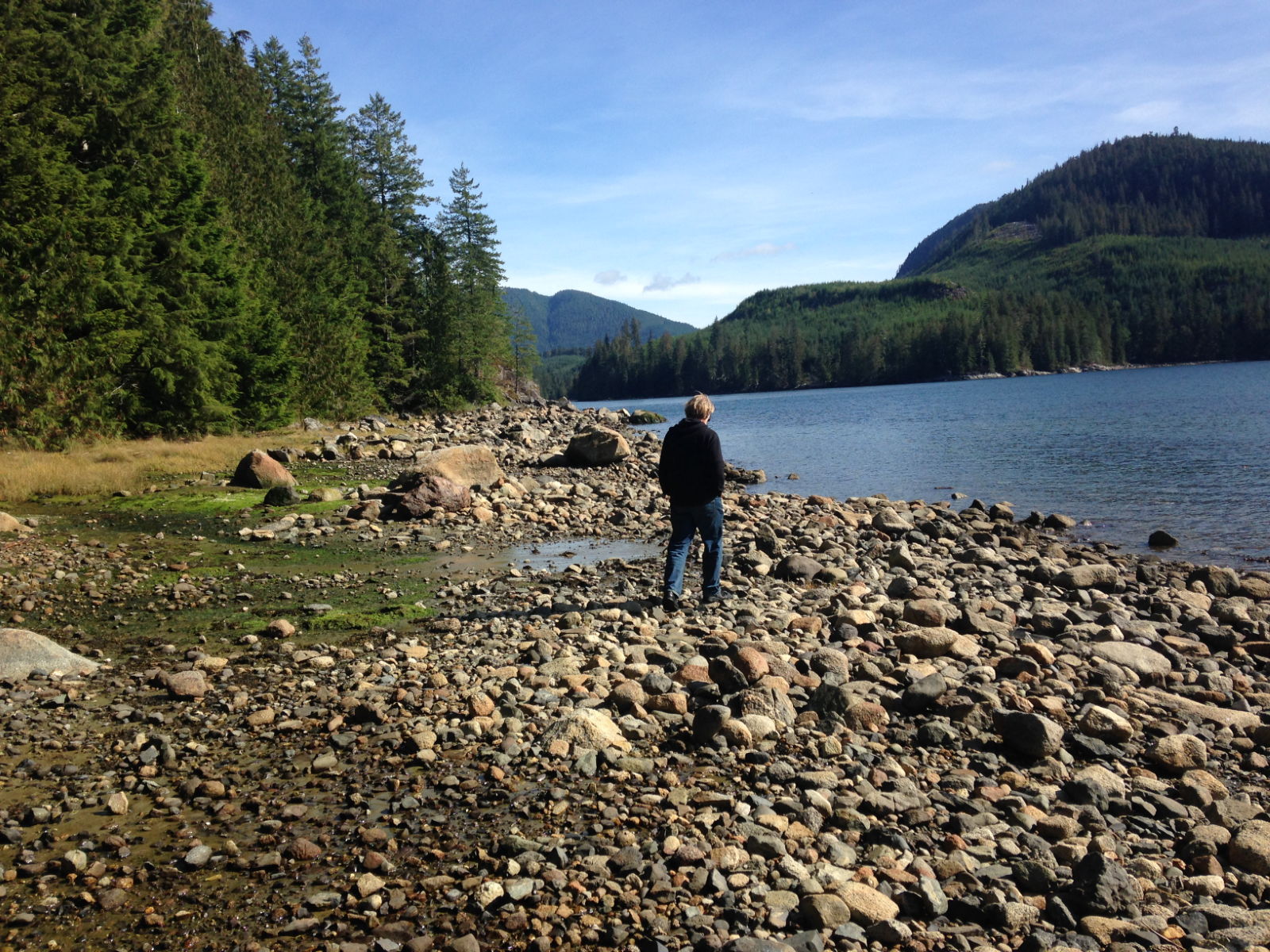
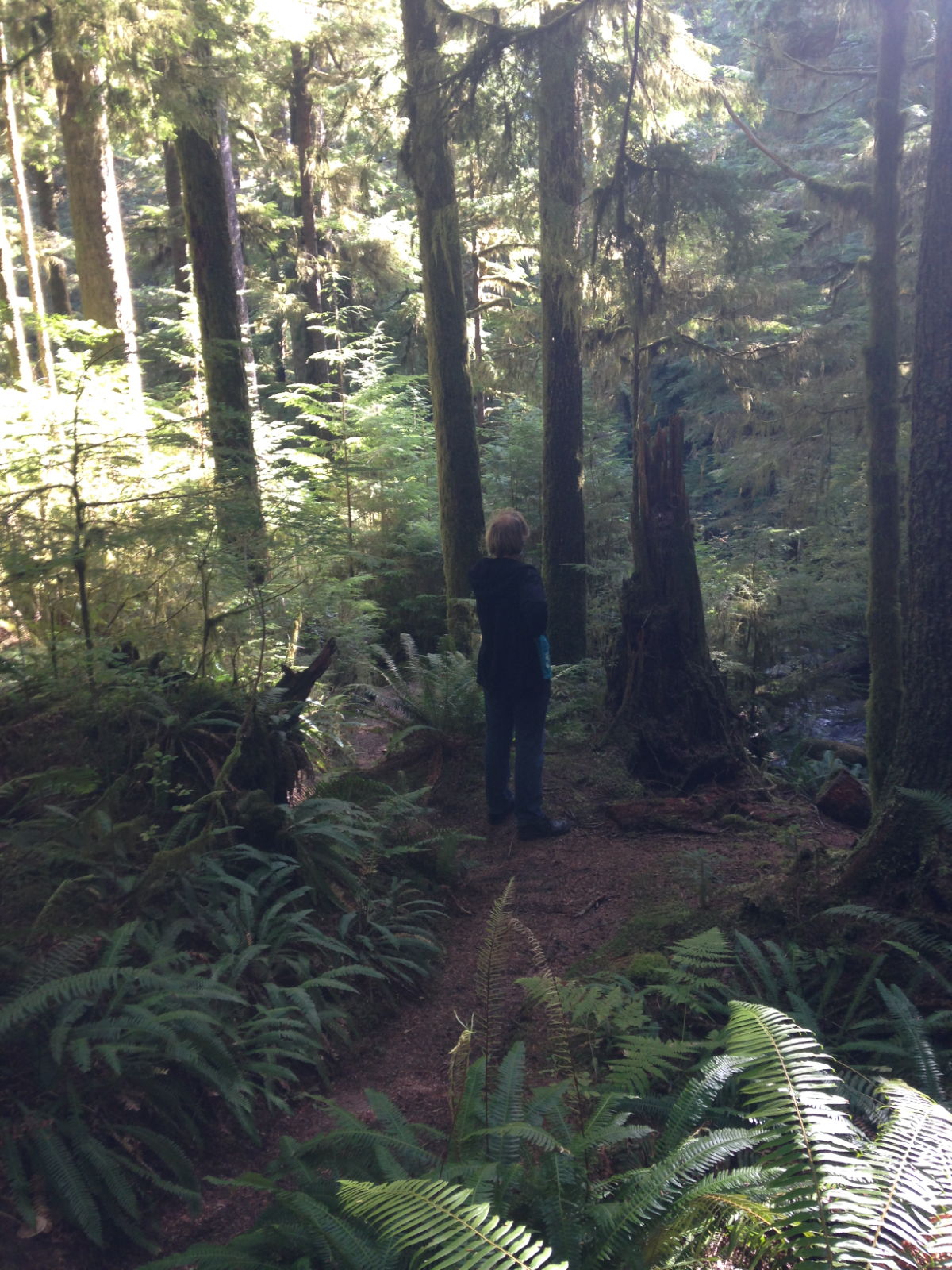
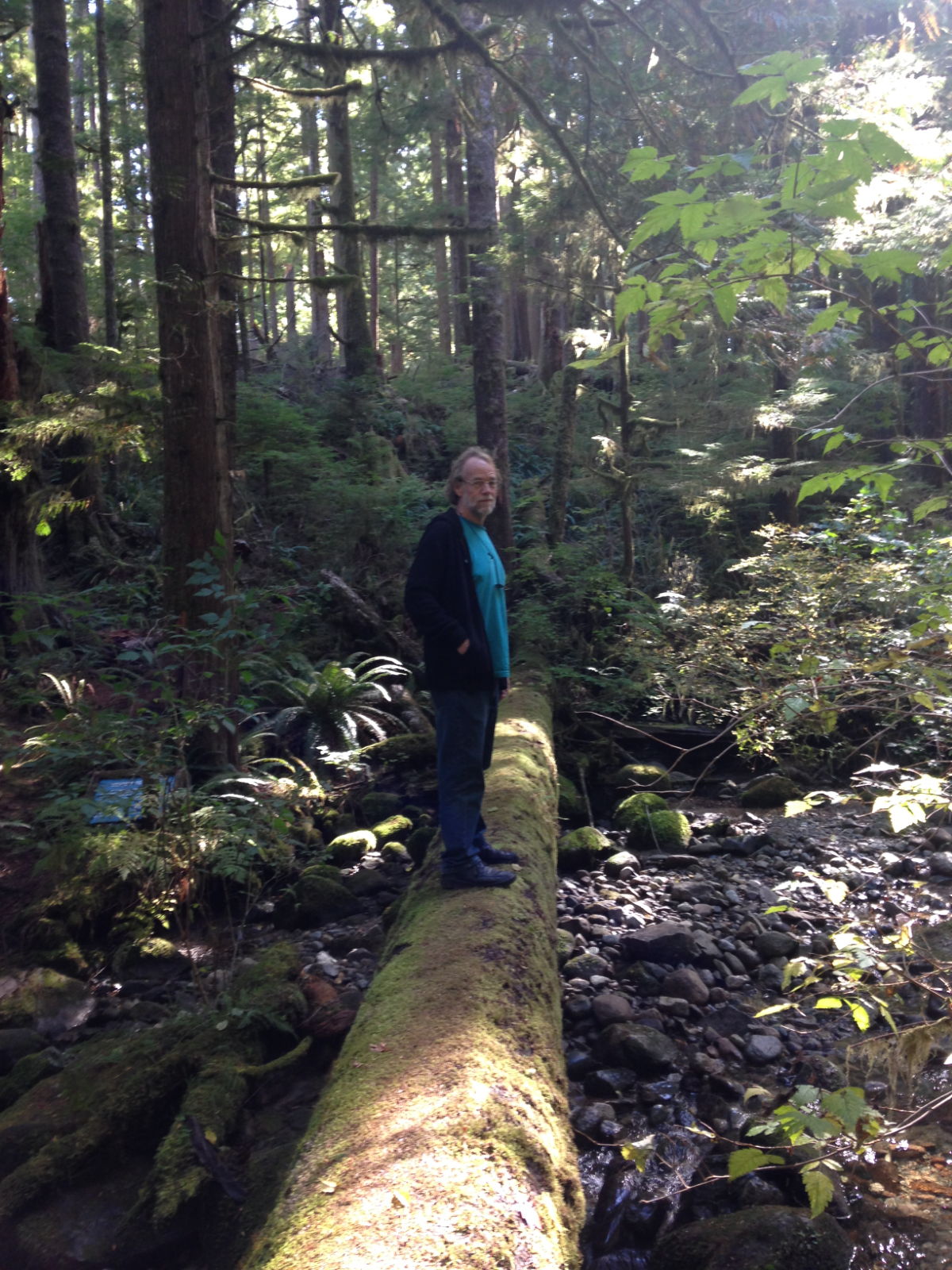
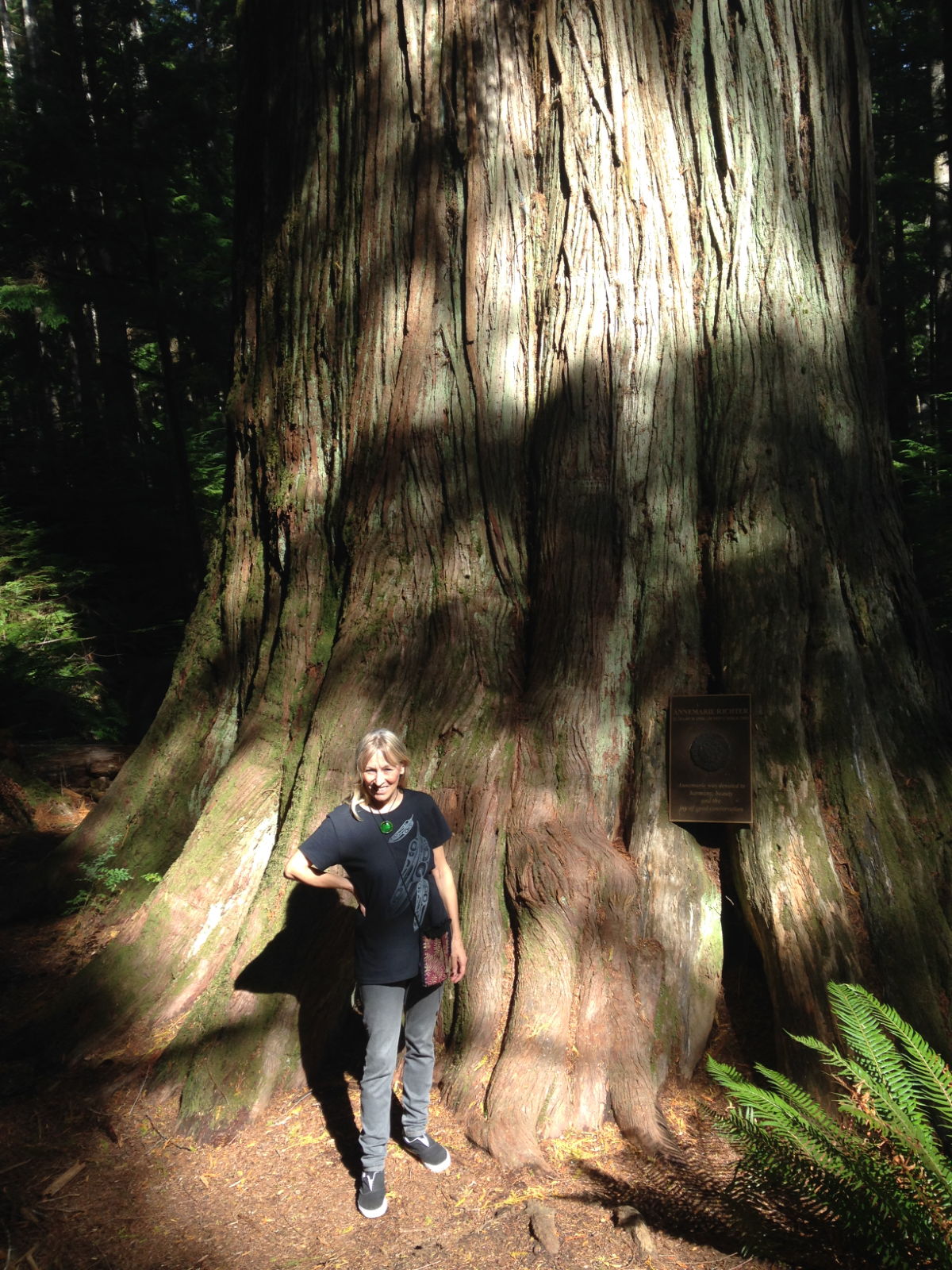
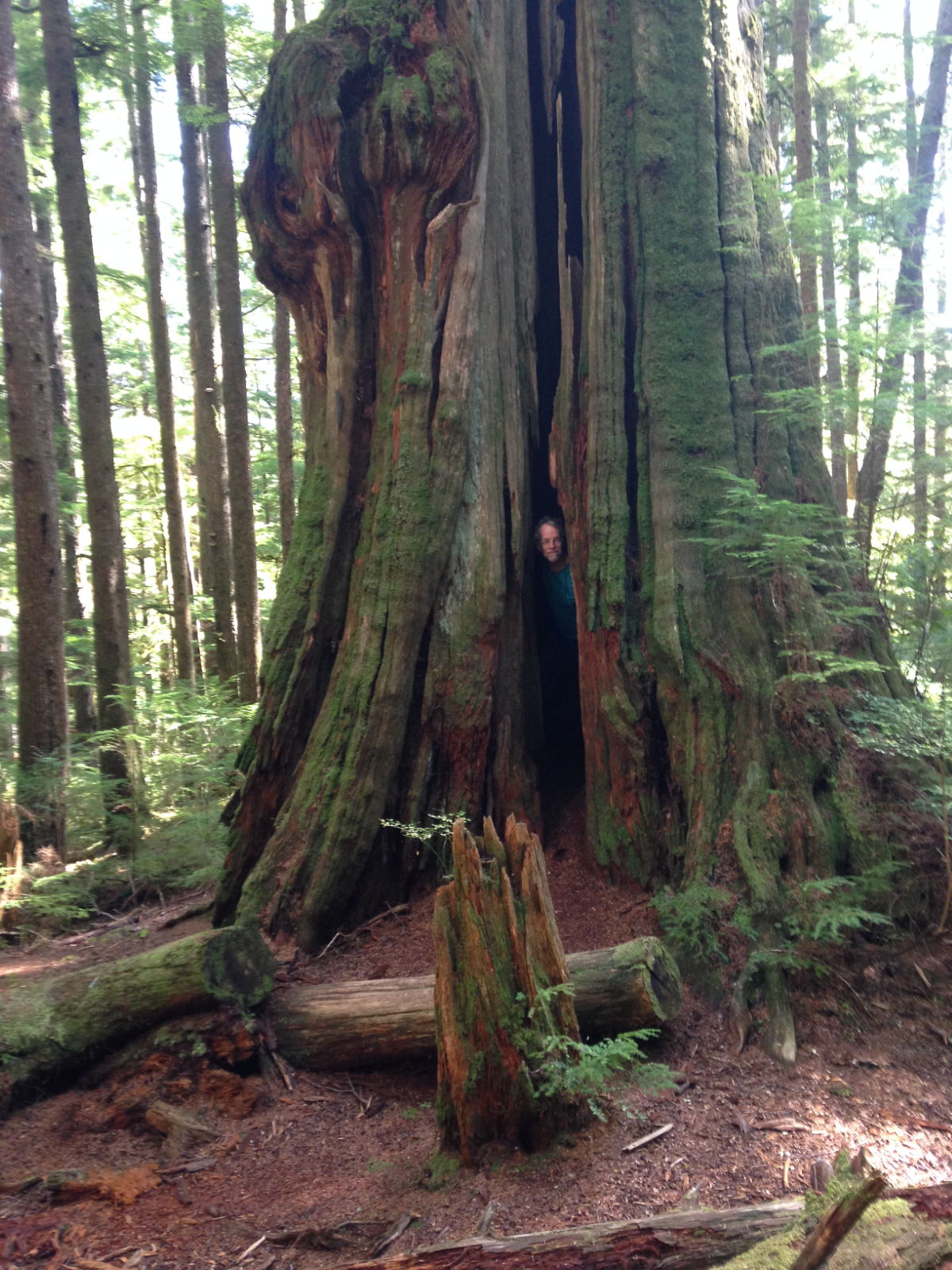
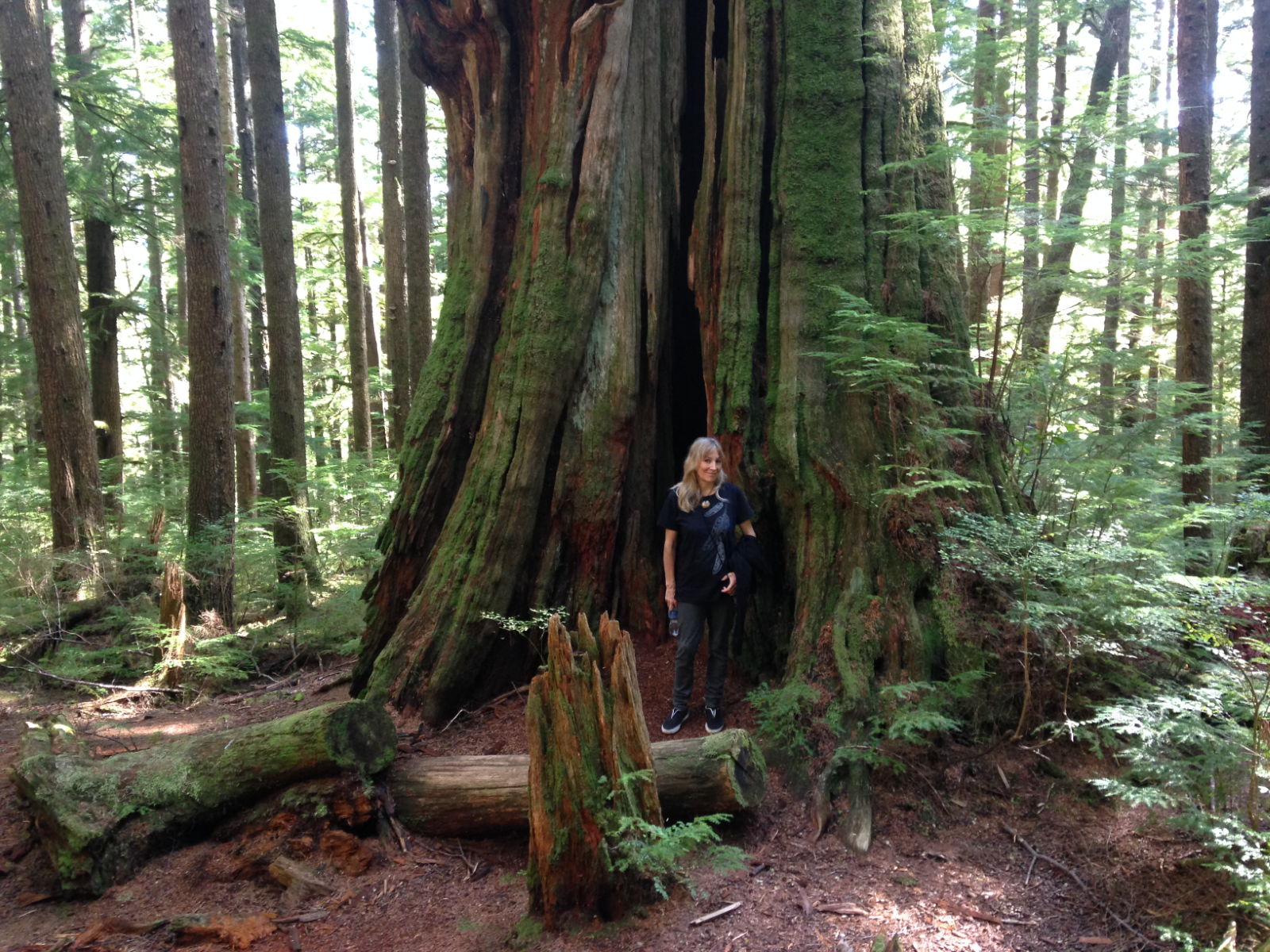
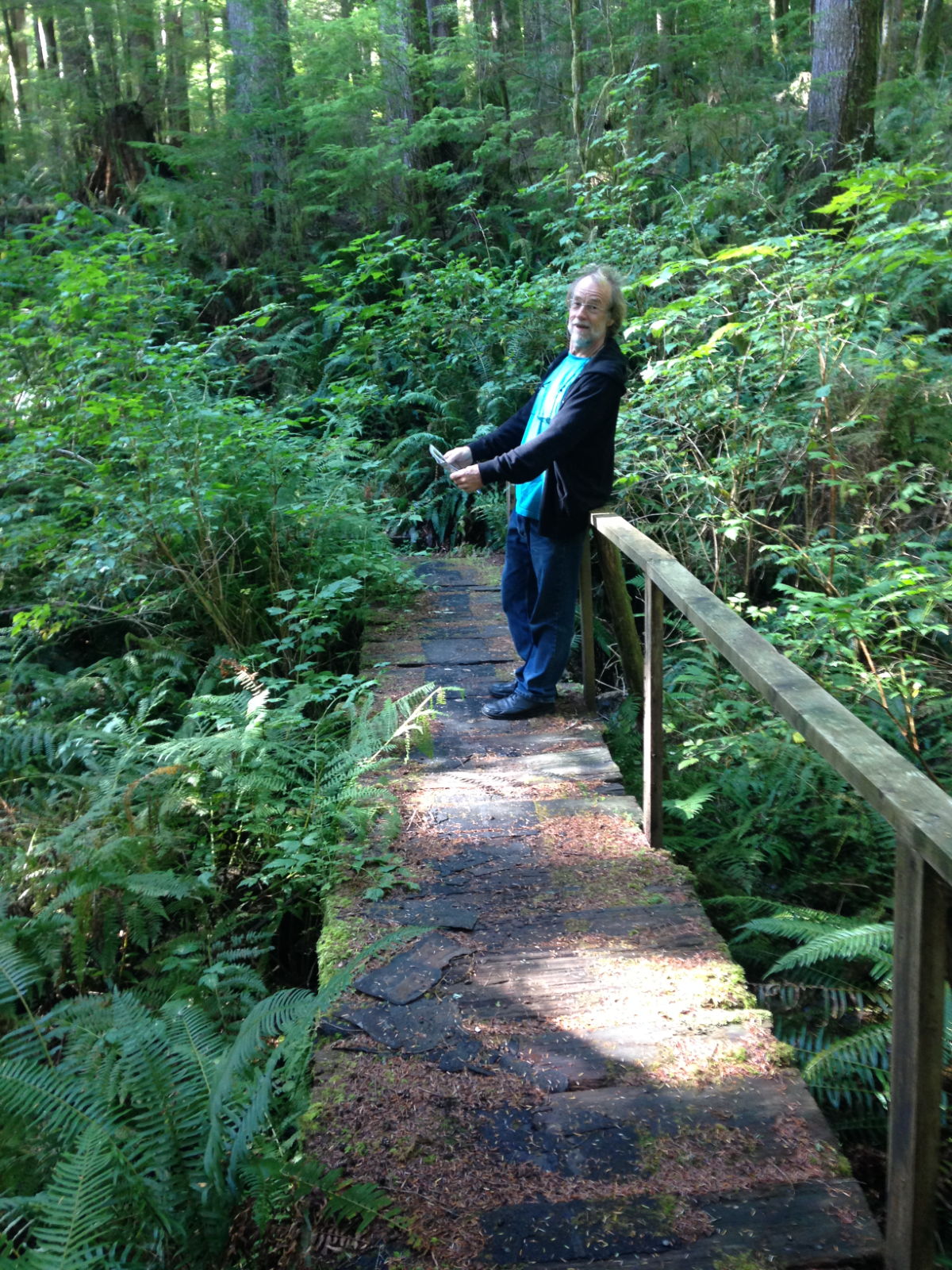

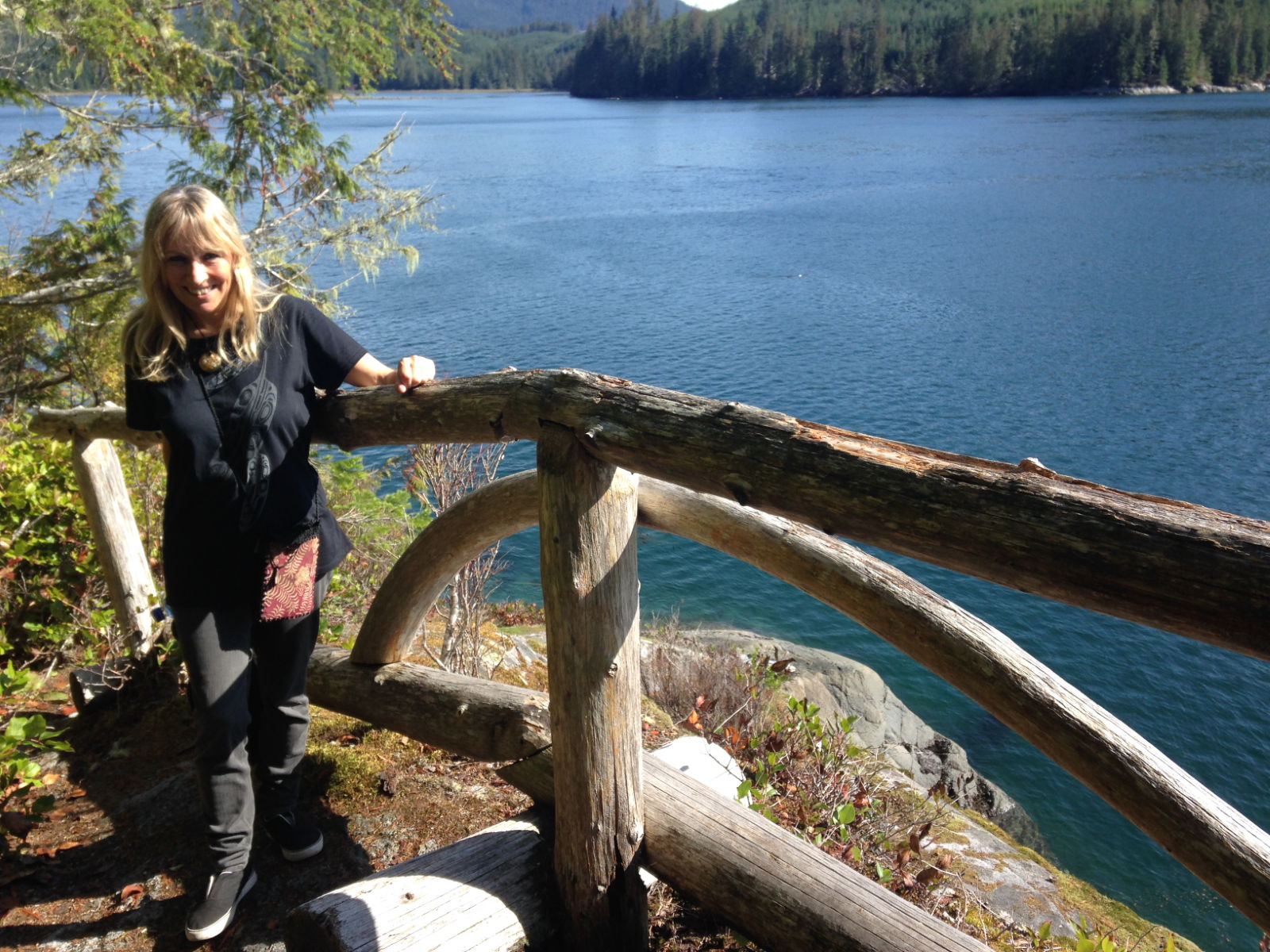

Jonathan Raban had stopped here in the 90s and remarked that it looked like classic bear territory. He had walked along a forest path to look for a phone ringing his boat bell to scare them away. We had in fact acquired a couple of ‘bear bells’ by now but we still haven’t used them. Anyway the only wildlife we saw during our walks was a squirrel, a woodpecker (amazing to watch it pecking at the tree trunk), and a tiny field mouse. Later, from our pontoon we spotted a sea otter basking on the wood of the opposite pontoon and crept slowly towards it to get a better look. Paul took some great video shots of it for his blog post. I loved the peace and natural surroundings of Blind Channel and I liked the resort owners, too. It would have been easy to spend more time there, but we were aware there would be more to see further along the Inside Passage.
We anchored at Forward Bay on the 29th September on water so still it was like a mirror. A huge bird sat on a branch on the nearby shore and seemed to be watching us from the time we anchored at 3o’clock until just before sunset. I had been watching to see it fly away but typically it flew while I was otherwise occupied and I missed it. Bears have definitely been spotted in this area according to Paul’s anchorage guide; alas, we didn’t see any.
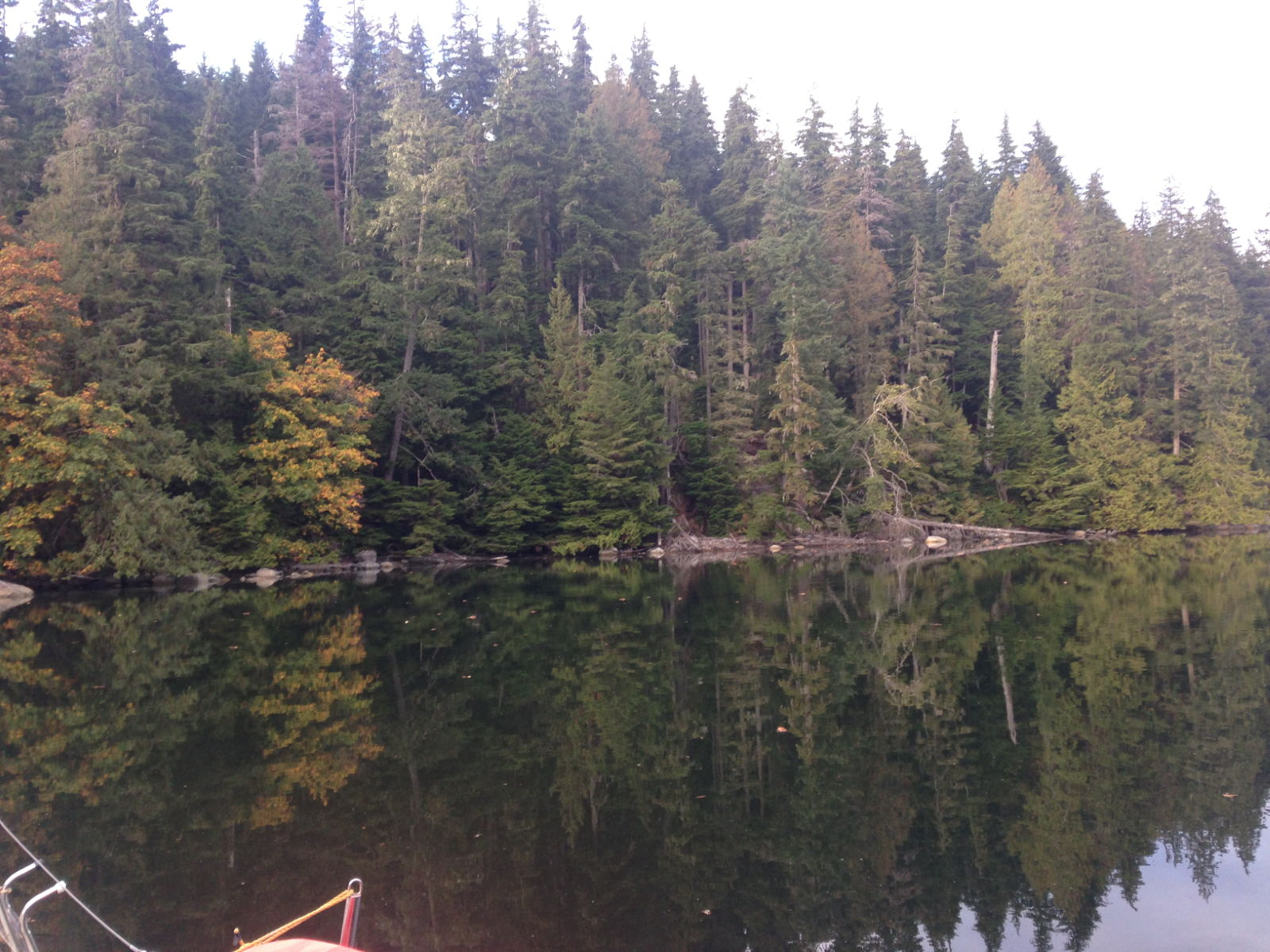

As we prepared to leave for Port Neville, the engine, which had given a few warnings of its possible failure, refused to start and Paul had to take it apart to see if he could fix the fault. My role was to pass things to him in the manner of attendant to surgeon. This was tricky when he called for things like ‘mole grips’ and ‘long-nosed pliers’ and I had no idea what they looked like. I listened to his various cries of triumph, despondency, frustration and enlightenment and wondered if we would be staying another night. Finally, three hours later than intended, we motored off in drizzly, grey, cold weather for the three hour trip to Port Neville arriving at 3pm. There is a visitor jetty there and only one boat was tied to it so with Paul instructing me, I took us slowly in and Paul jumped off to tie the lines. It’s only the second time I’ve done that bit and I was pleased it went so well. The rain was heavy by the time we were settled and the deserted shop on Port Neville looked eerie in the rainy twilight. I couldn’t help imagining what it must be like in the empty rooms. There are quite a few other dwellings on the island but all empty now the summer season is over so totally uninhabited. I think if the weather hadn’t been so awful I would have been sorely tempted to have a wander around.

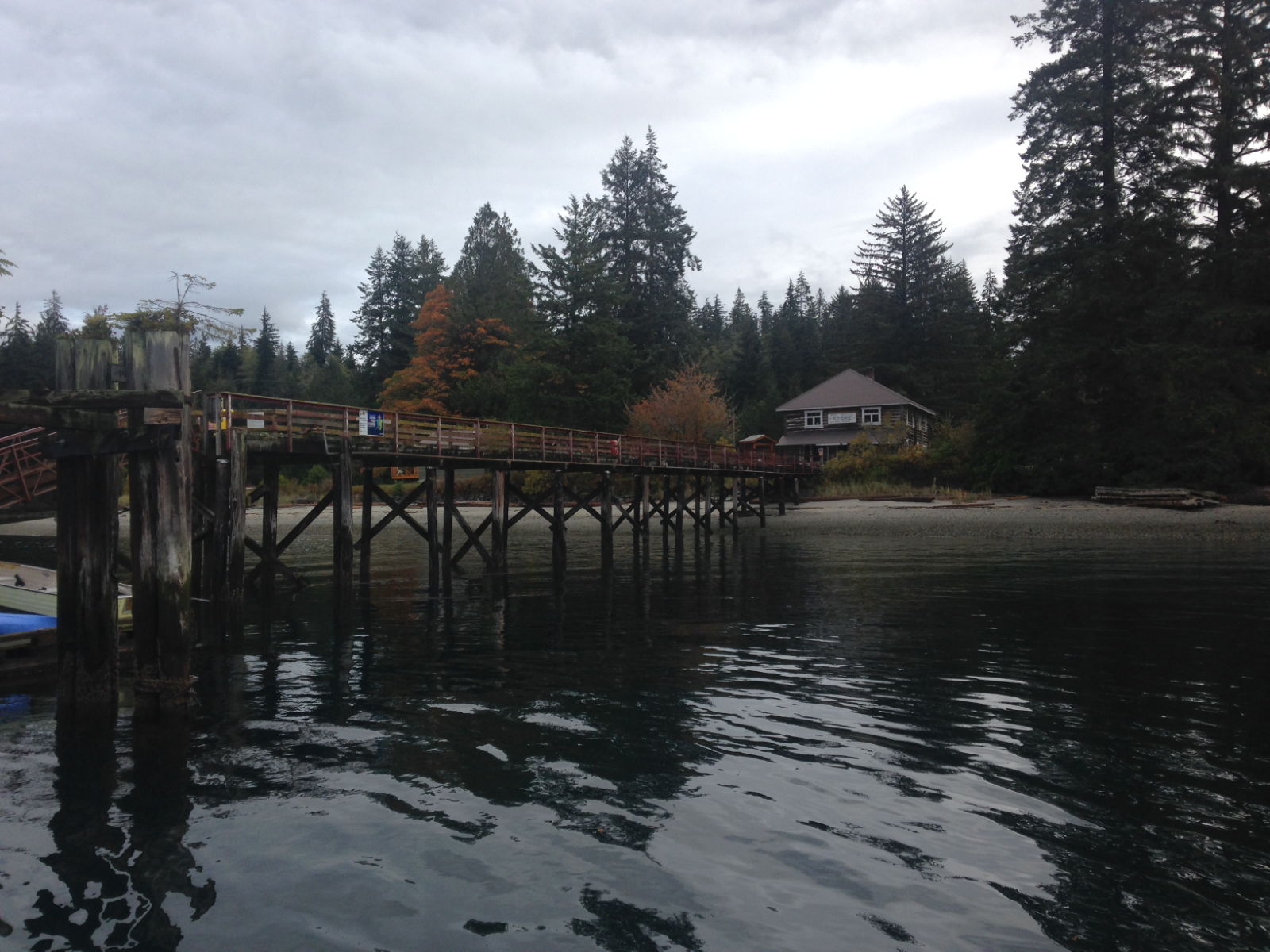
Alert Bay was our final stop before Sointula and we spent a couple of nights there. I will always think of it as Raven Island although it’s actually on Cormorant Island and claims to be ‘Home of the Killer Whale’. Ravens were everywhere, and very vocal, too. Their piercing cries compete with those of seagulls and crows to create quite a cacophony of sound. Alert Bay is home to the Namgis and Kwakwaka’wakw (try pronouncing that word!) First Nation tribes and they form the largest population on the island. There are over 40 totem poles on the island and a leaflet we picked up in the visitor centre lists them all with detailed explanations. We saw a fair few of them during our walk and made a point of seeing the world’s tallest one at 173 feet high. A visit to the U’mista Cultural Centre provided an invaluable array of information about the culture, history and future of First Nation Tribes and an interesting display of traditional and contemporary masks and other artefacts. It had a great gift shop too.
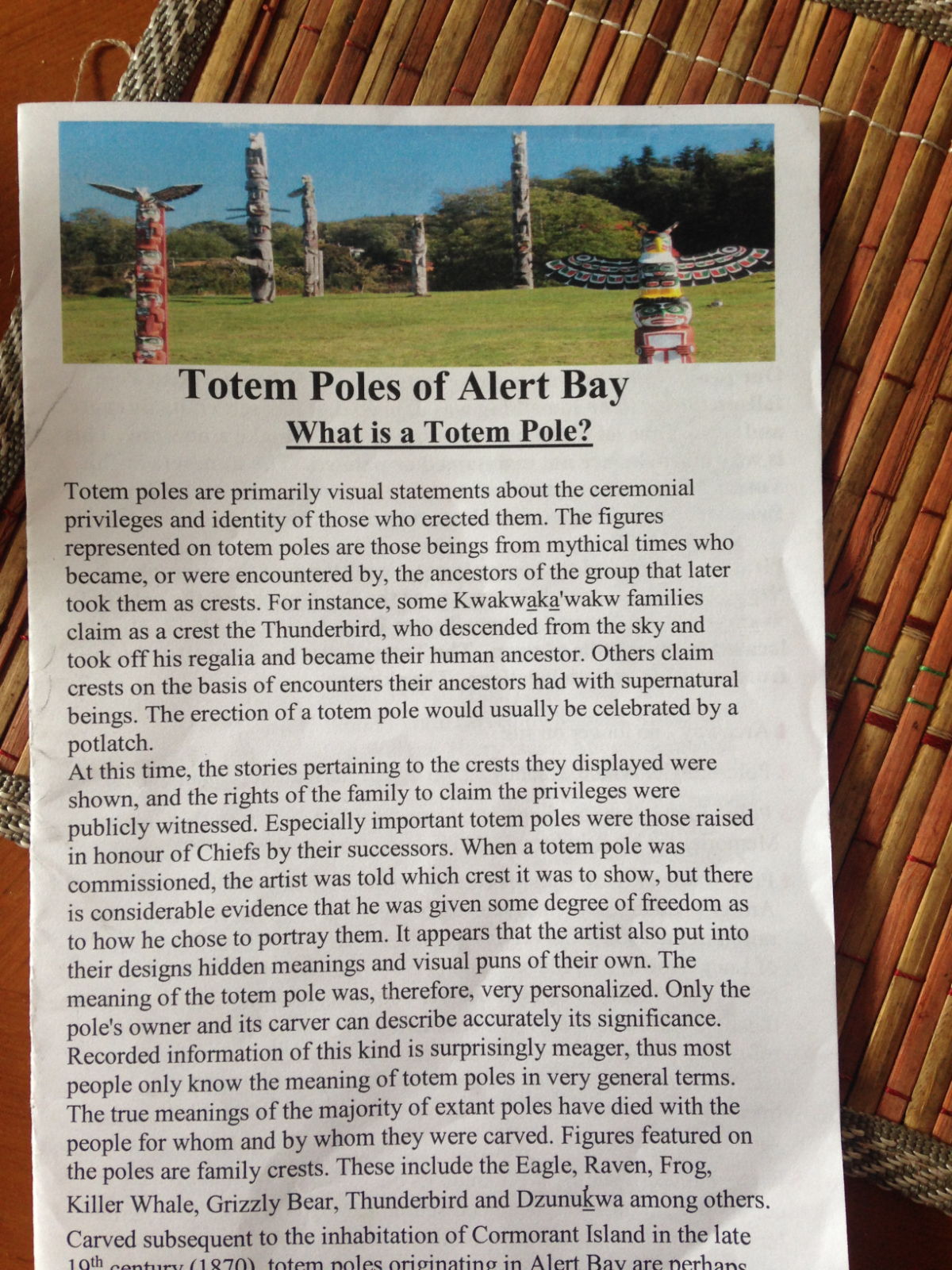
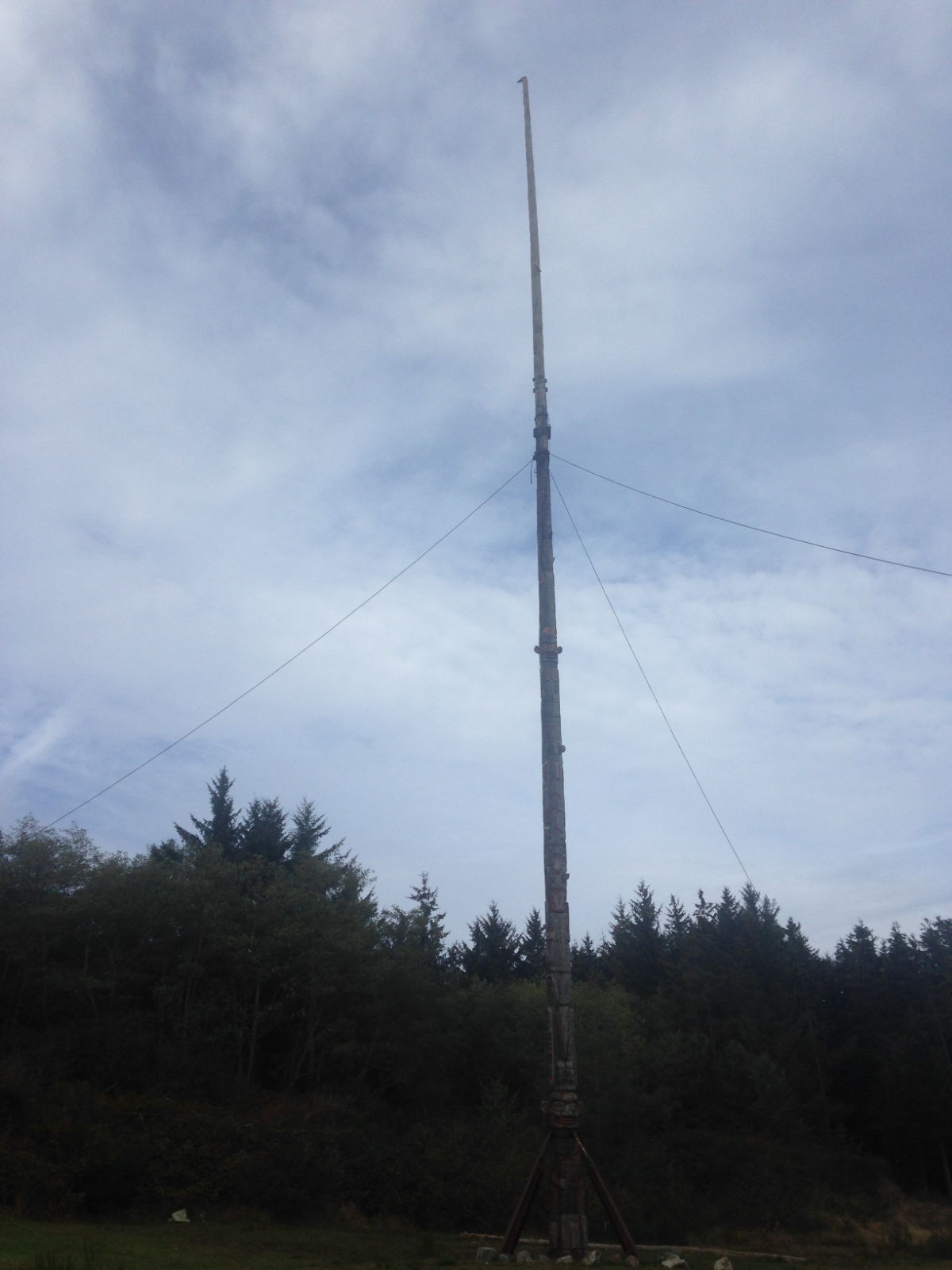
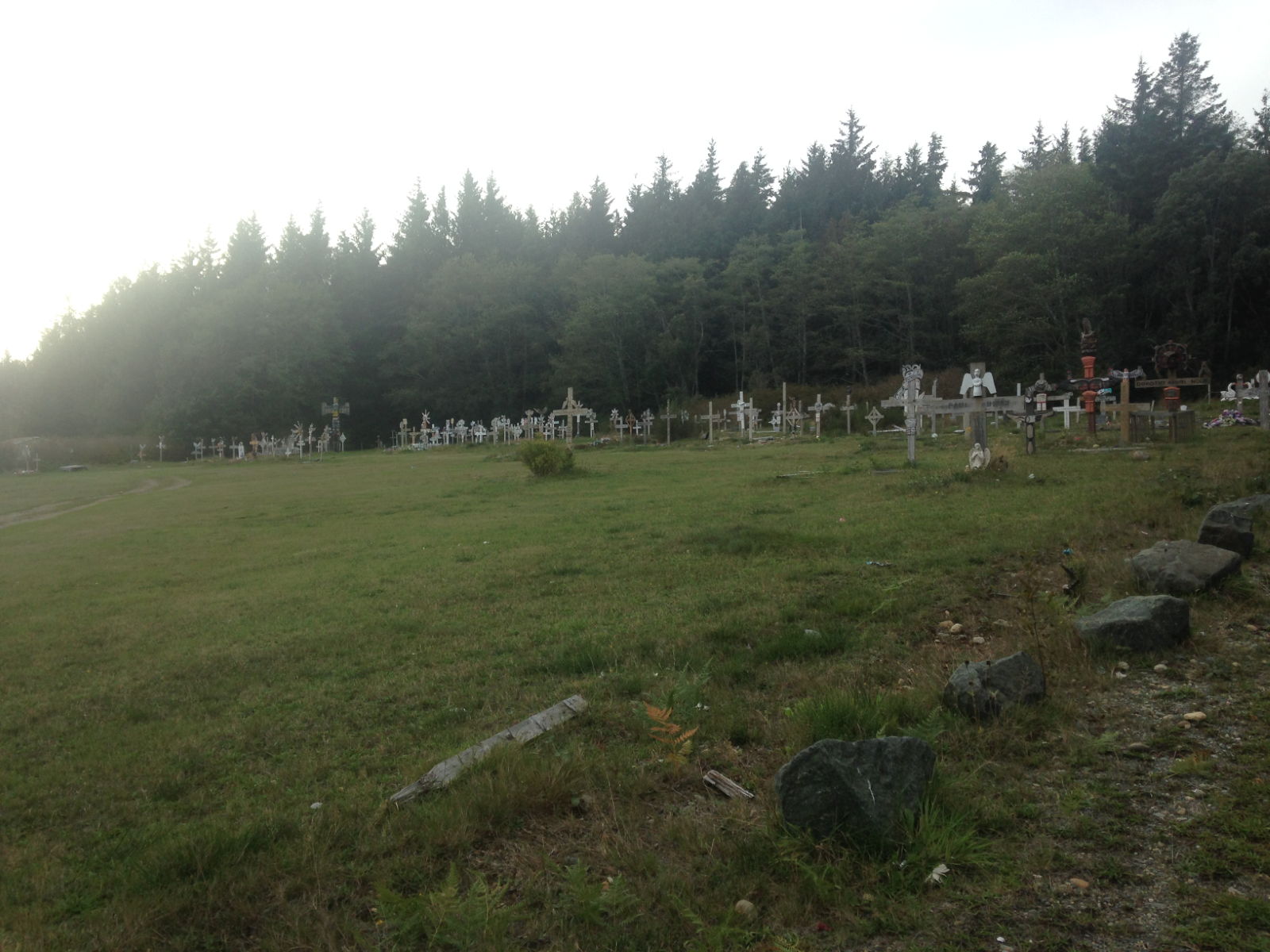
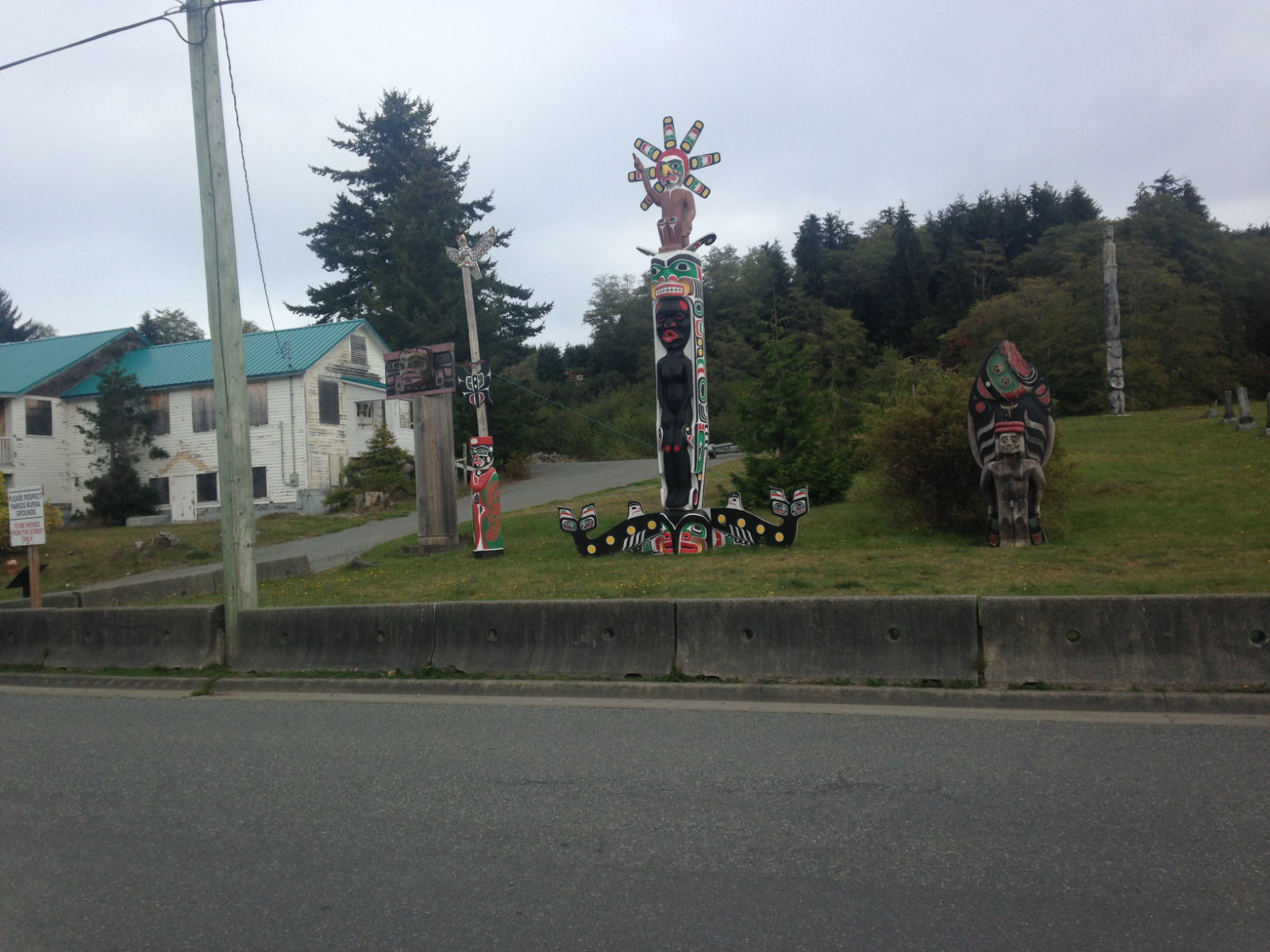
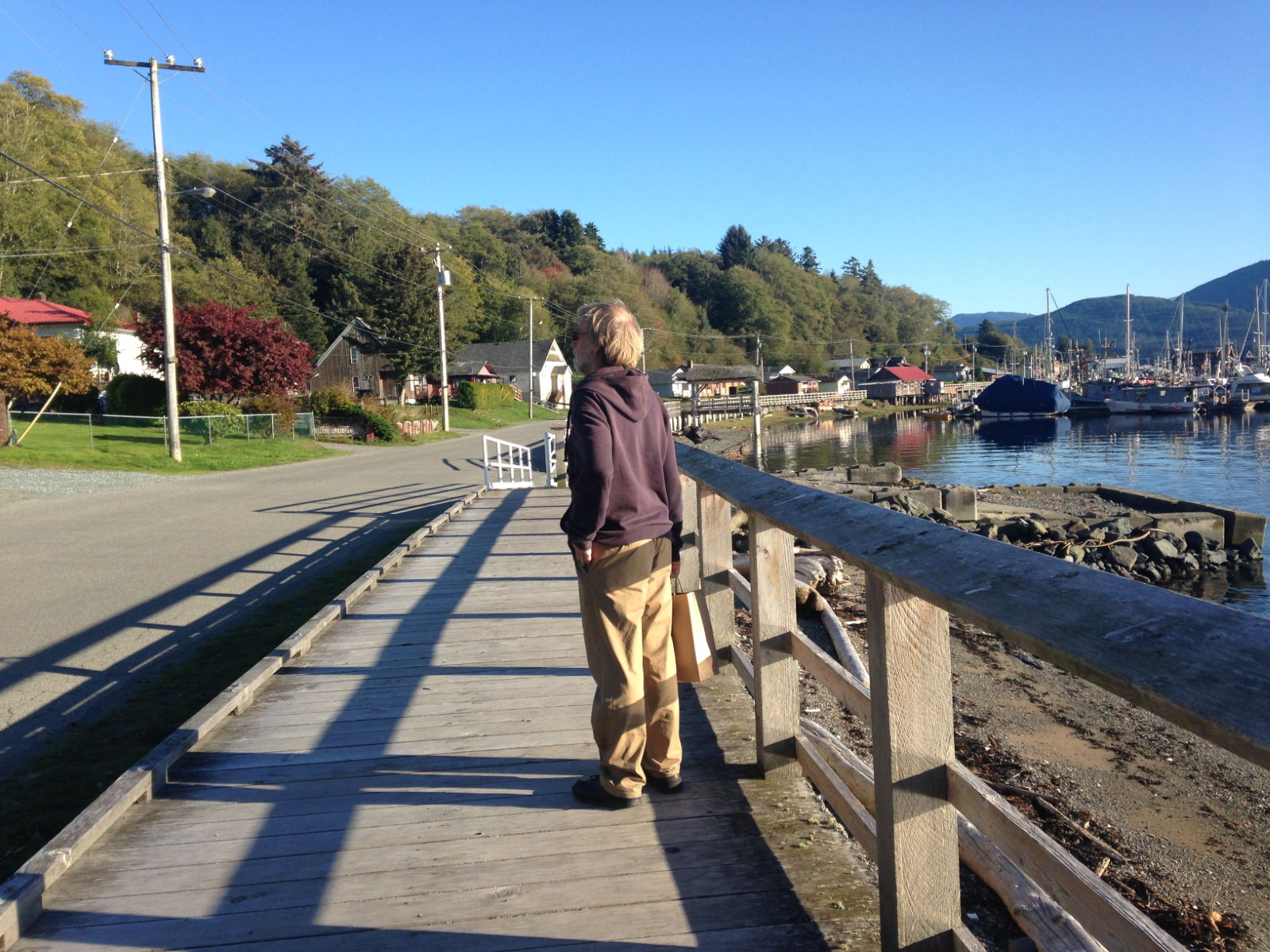
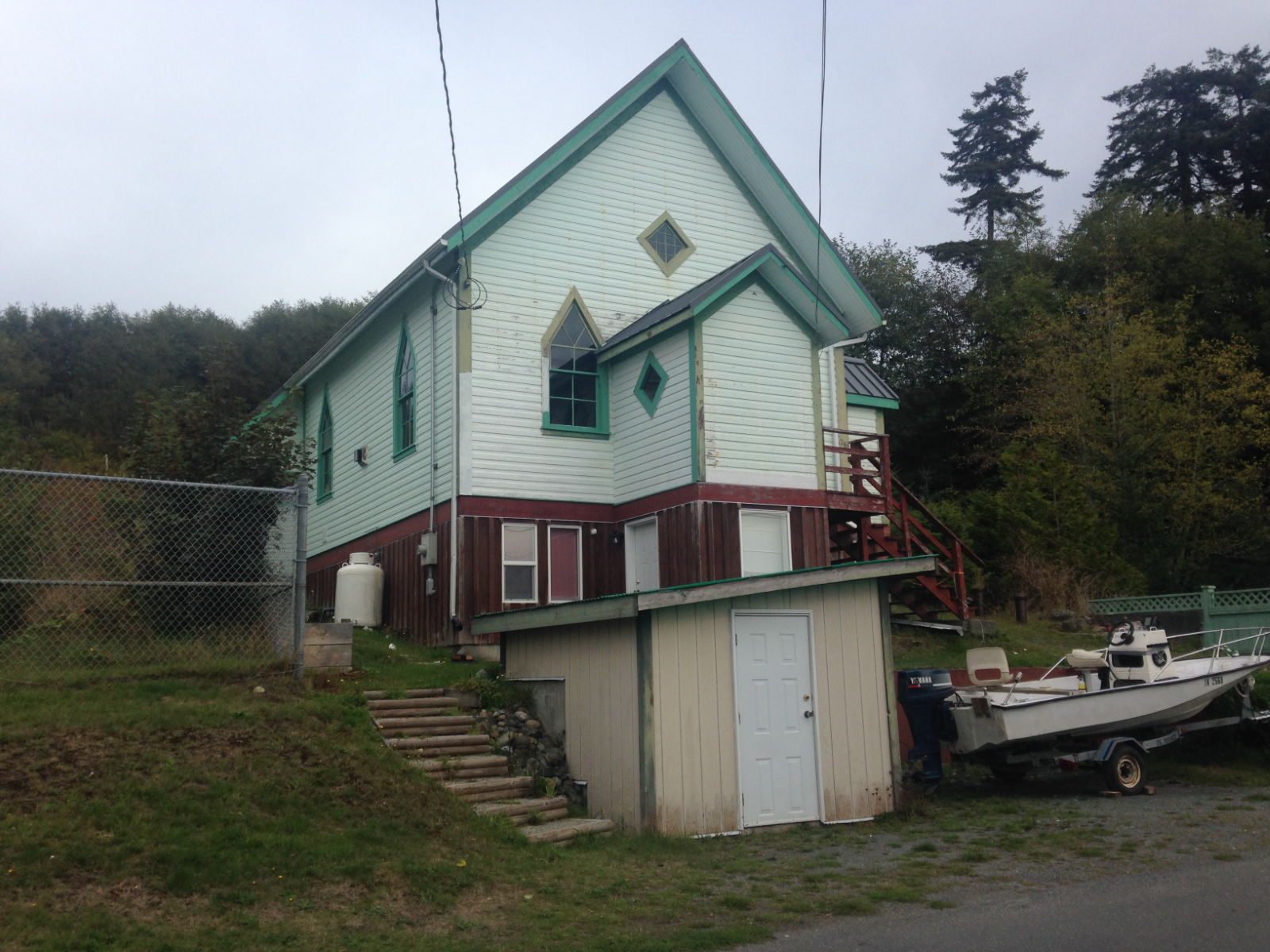
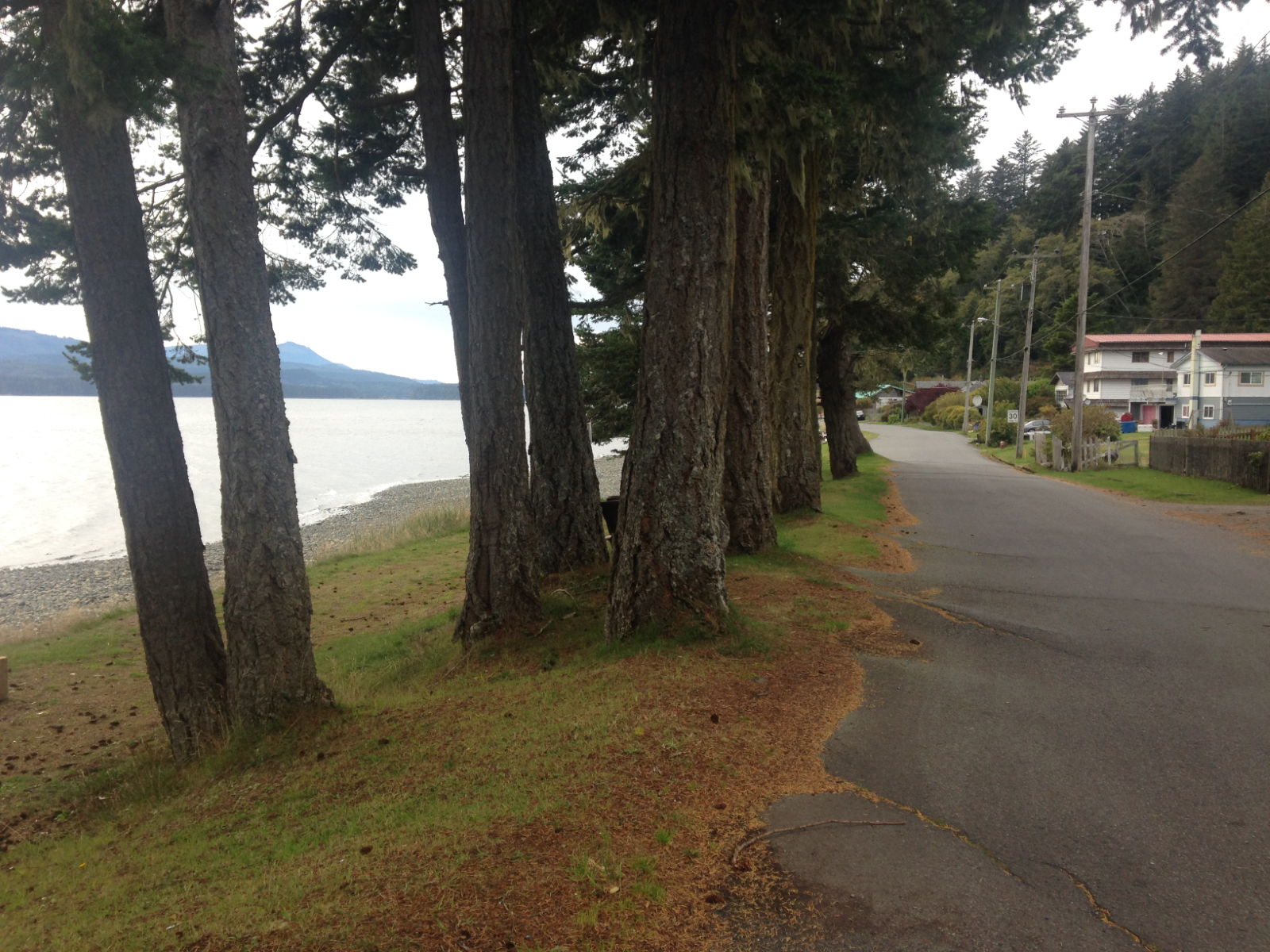
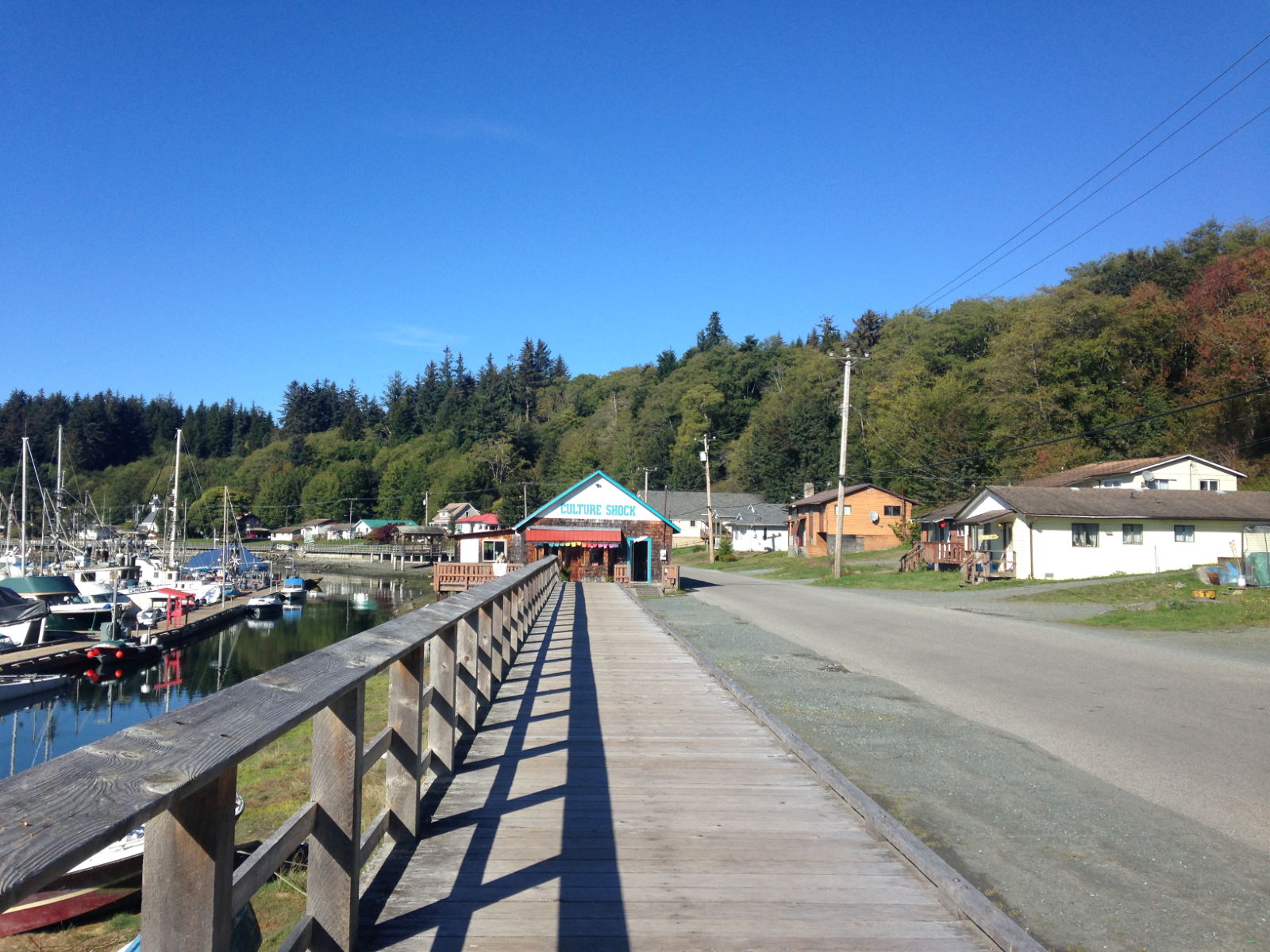
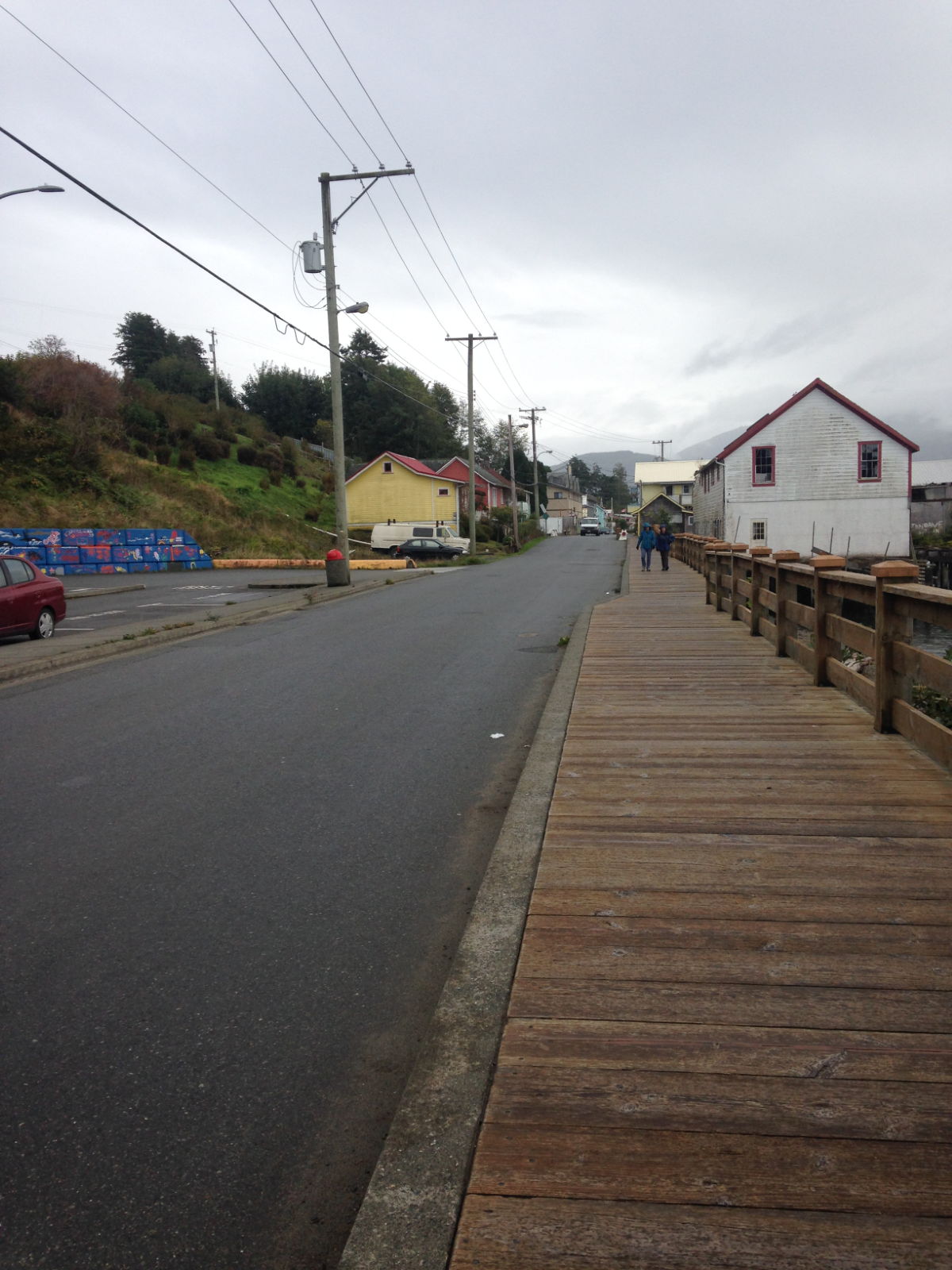
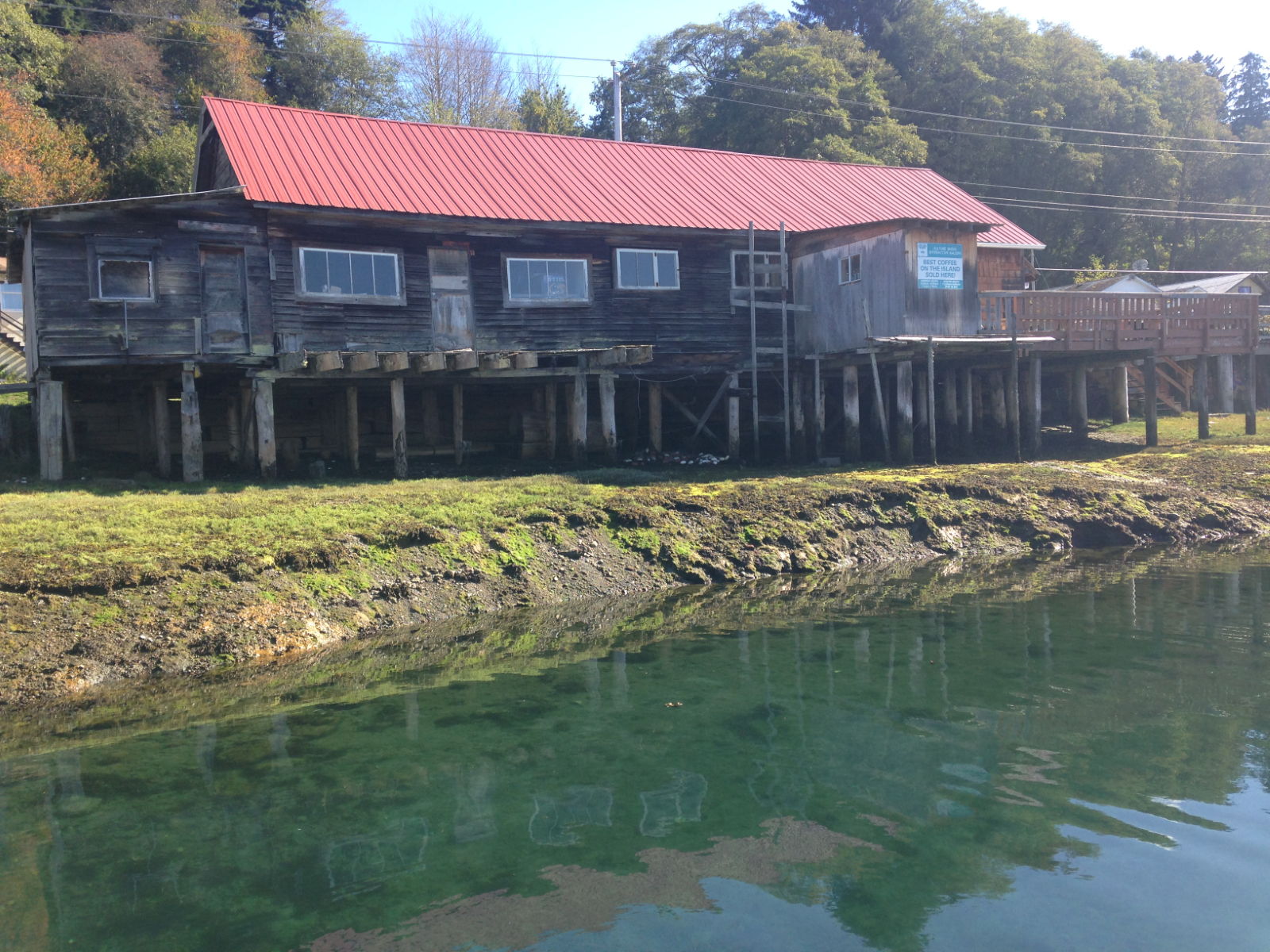


The other highlight on the island was the ecological park. This is a natural swamp fed by an underground spring. Trees were killed when a dam built to store water for the cannery caused the springs to flood the area. The tall, naked trees now provide perches for bald eagles and ravens and is a paradise for birdwatchers and botanists. There is a boardwalk enabling people to walk across the swamp which made for an enjoyable excursion and a closer look at the ecosystem of the swamp.
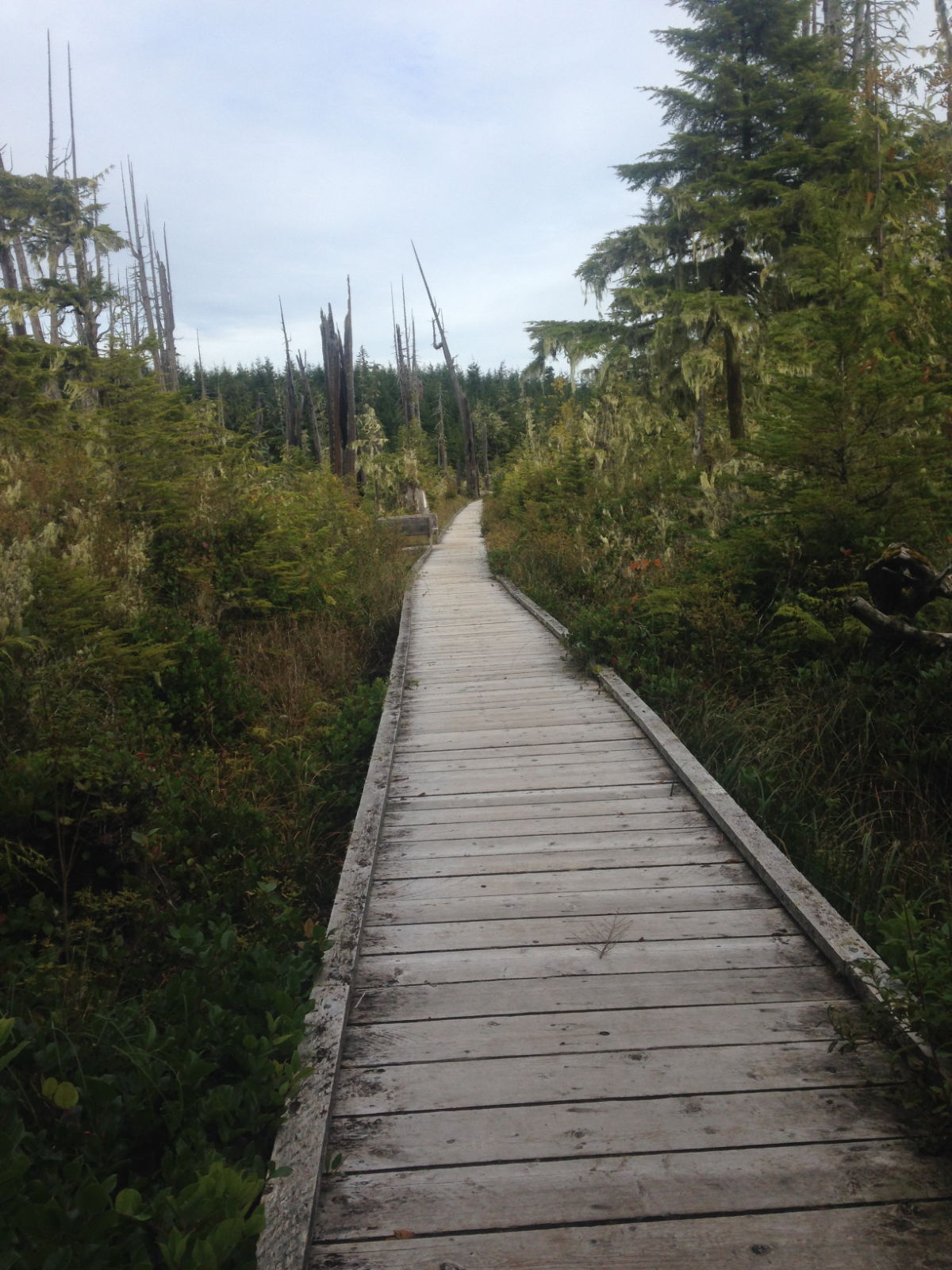
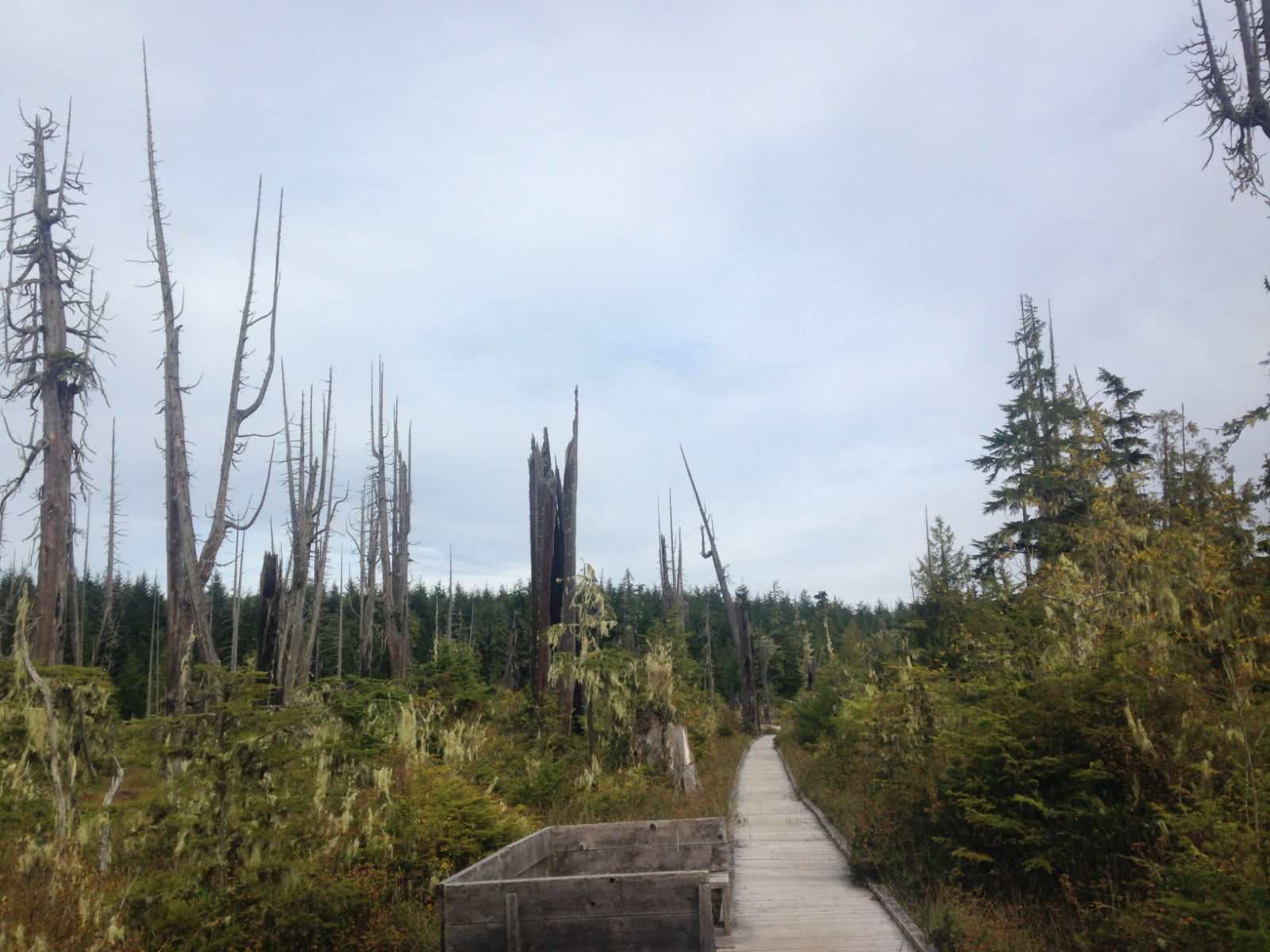
We were in Sointula on Malcolm Island by October the 4th where the boat will now stay until Spring next year. As I type, it’s almost time for us to leave Canada and fly back to the UK. We have grown very fond of Sointula in the week that we’ve been here. It’s been made all the more special by the warm and friendly welcome we’ve received from Jim, who will be looking after the boat during the winter, and his wife Ivana. They kindly invited us to their thanksgiving dinner last Sunday where we enjoyed a delicious feast and met two of their friends in their lovely home on the waterfront. I can honestly say I love it here and will miss it when we leave. That said, I’m looking forward to catching up with family and friends in the UK next week. It’s good to know we’ll be returning here in 2019. I just hope I get to see a bear next time! Final pictures for this year from me below, of gorgeous Sointula.
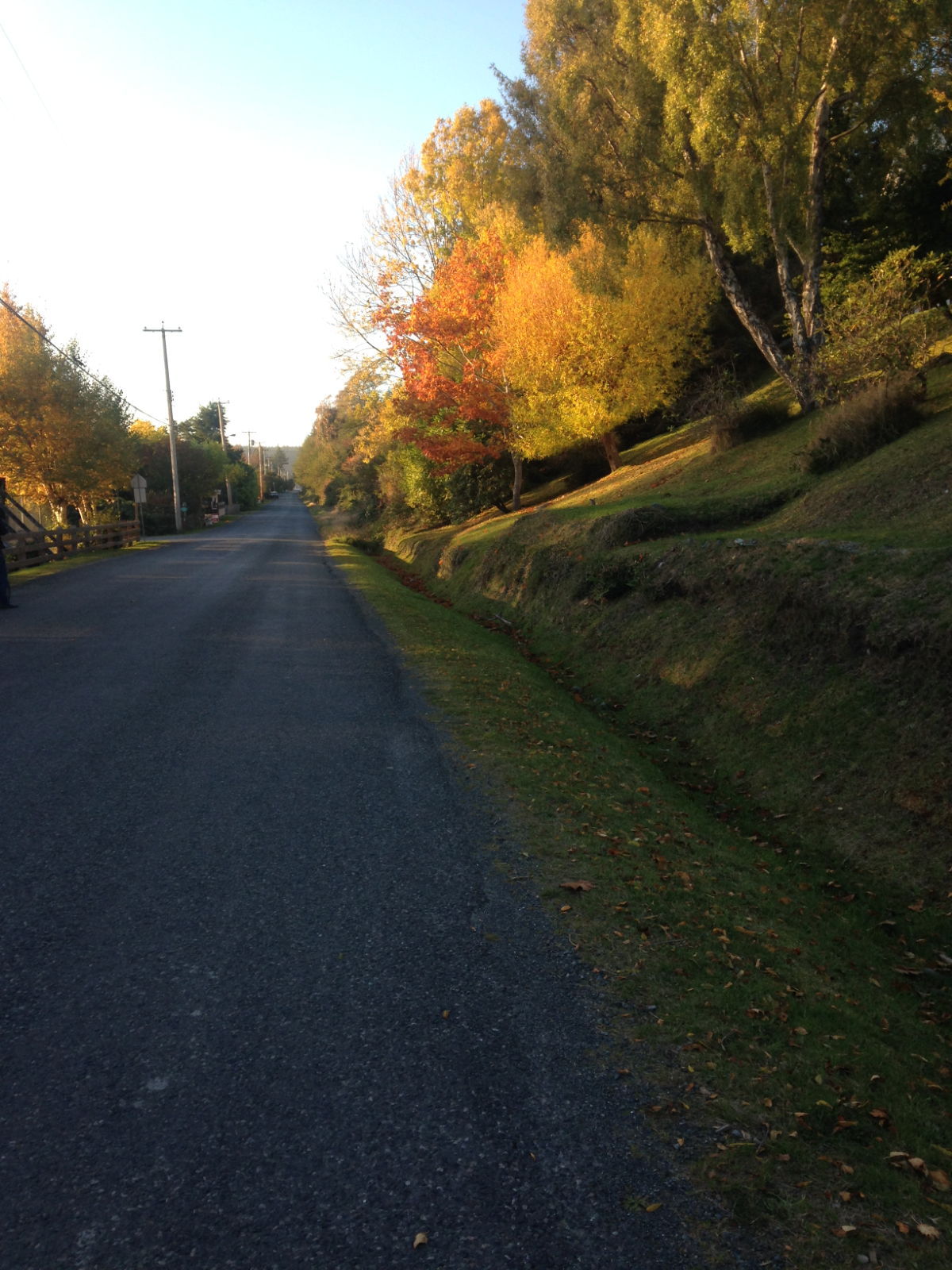
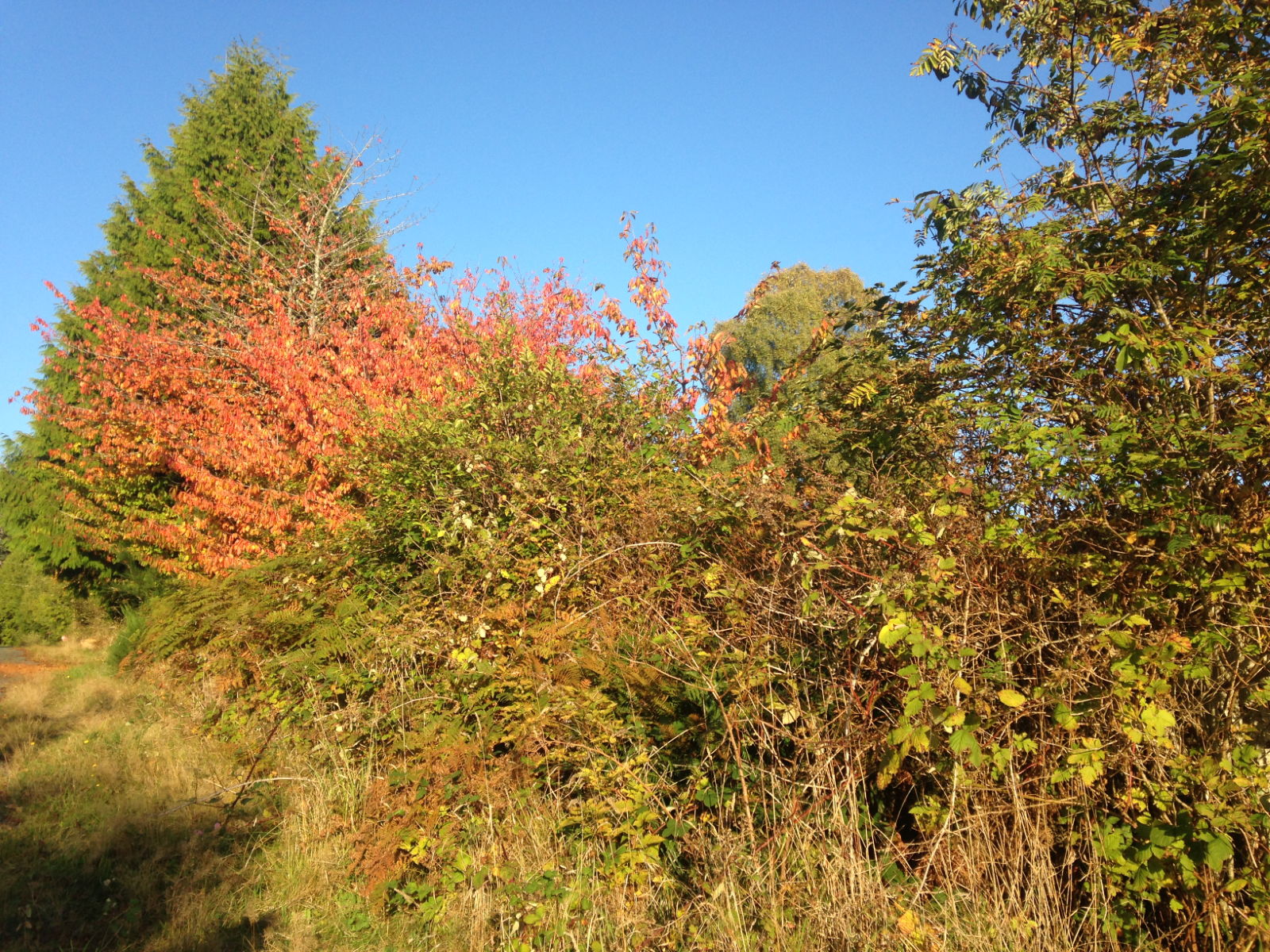
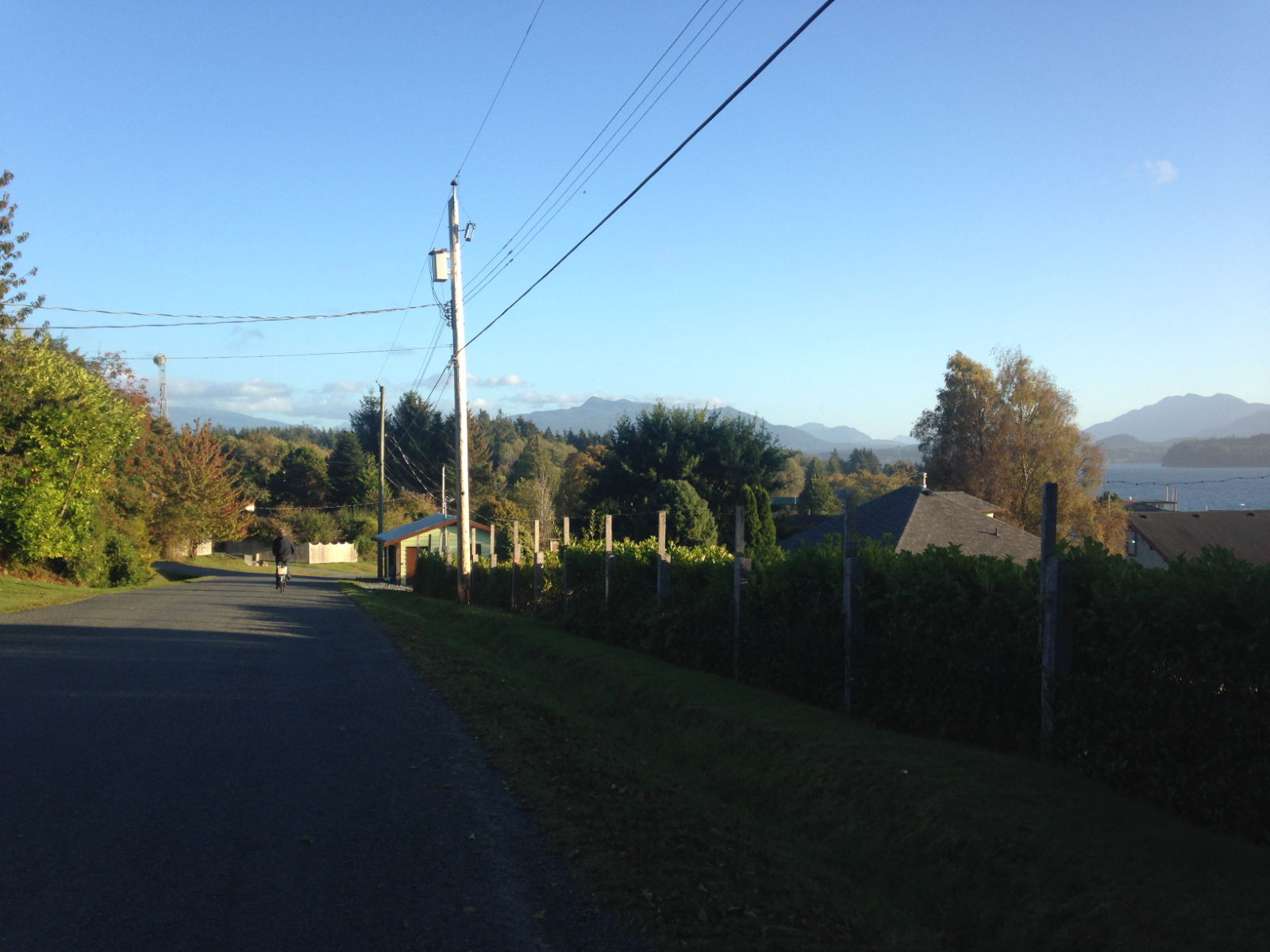
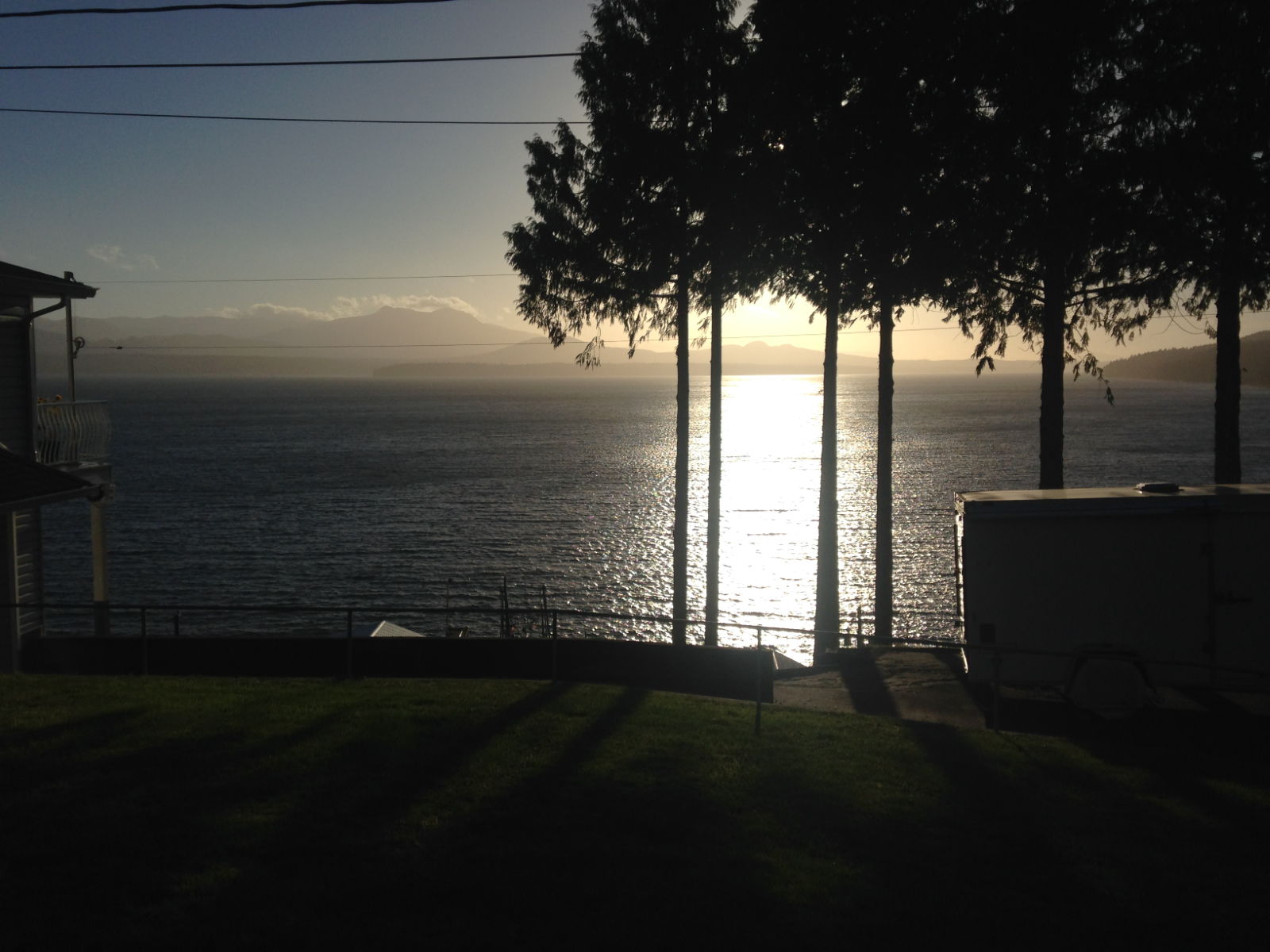
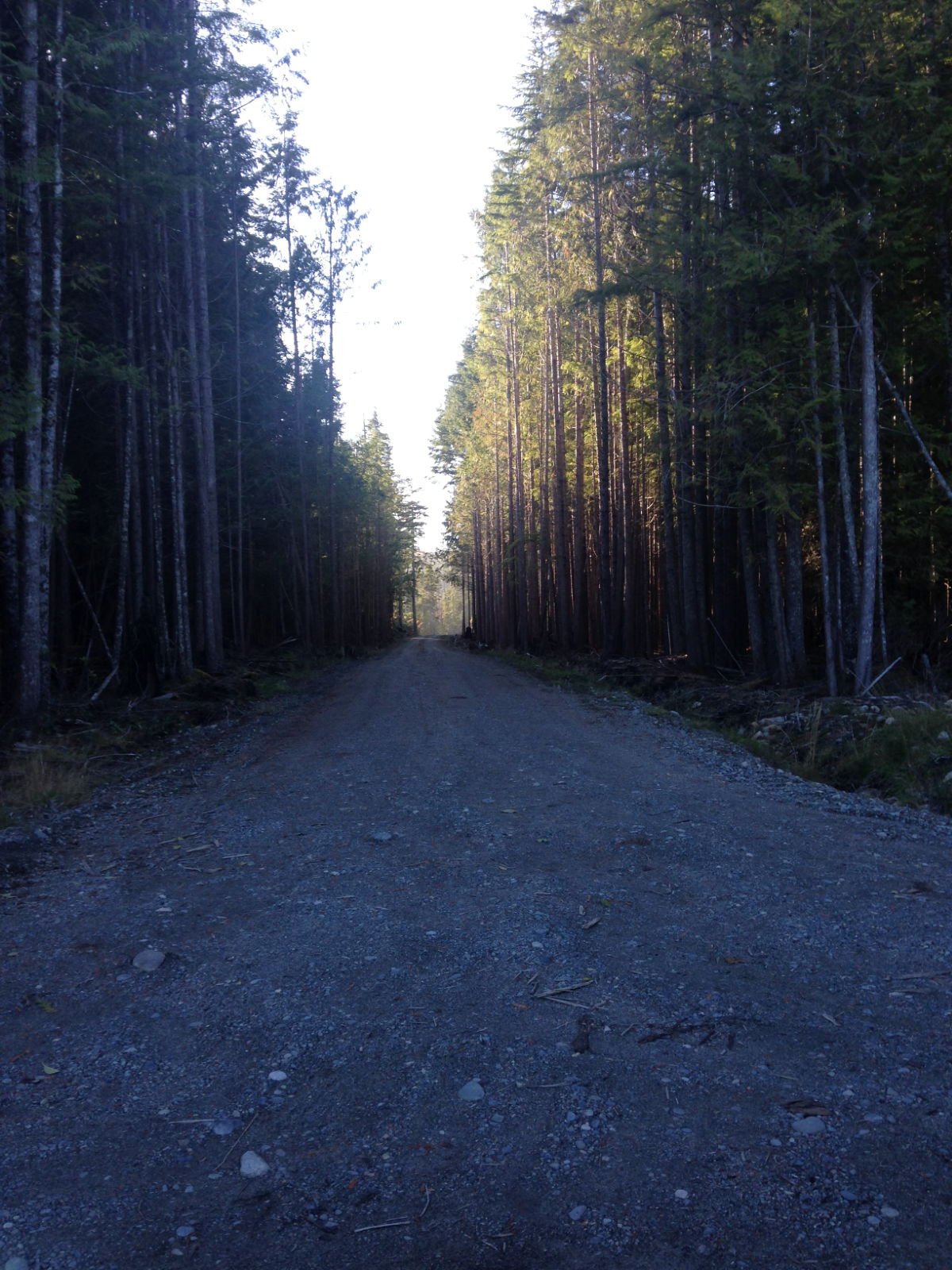
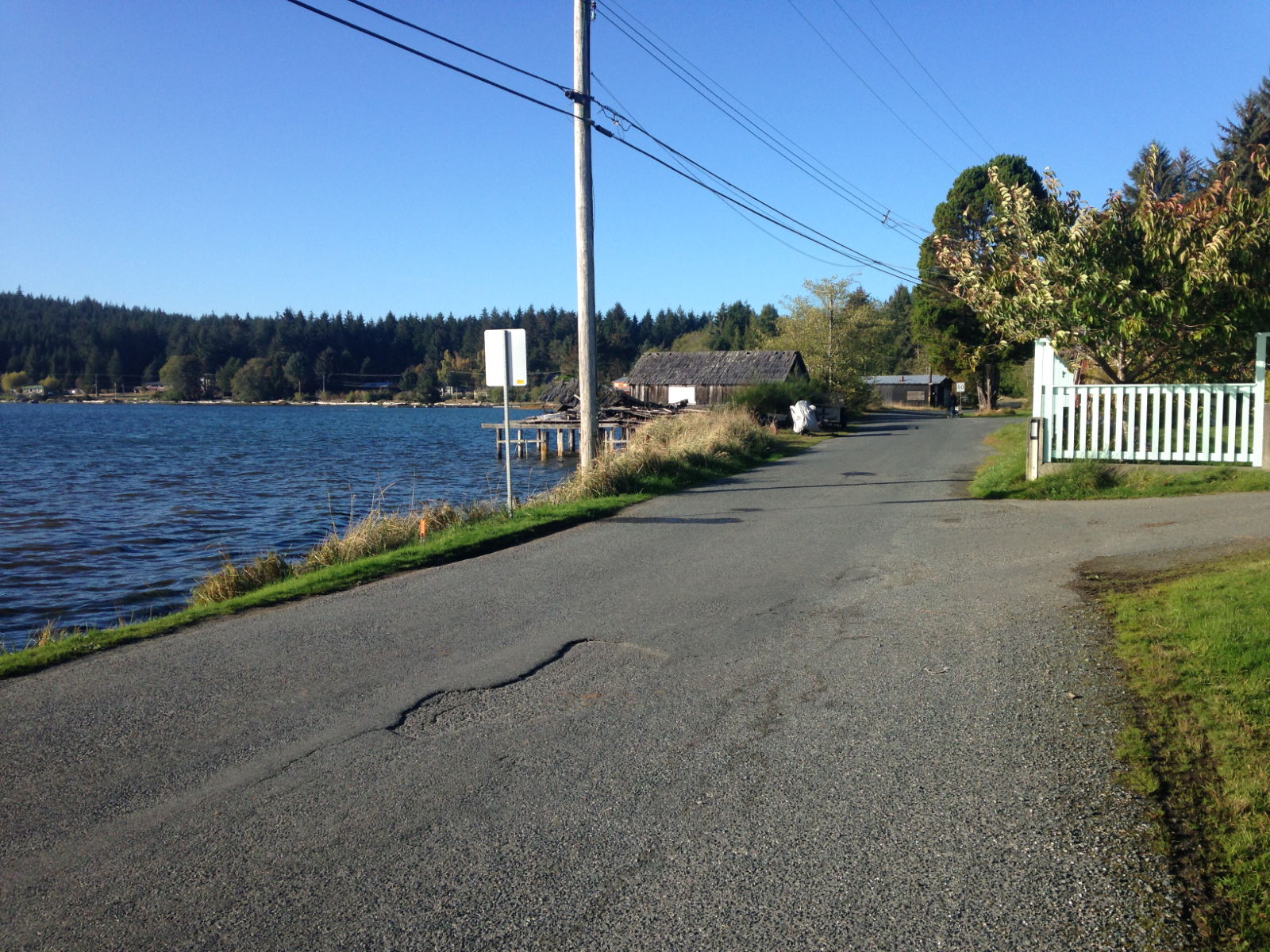
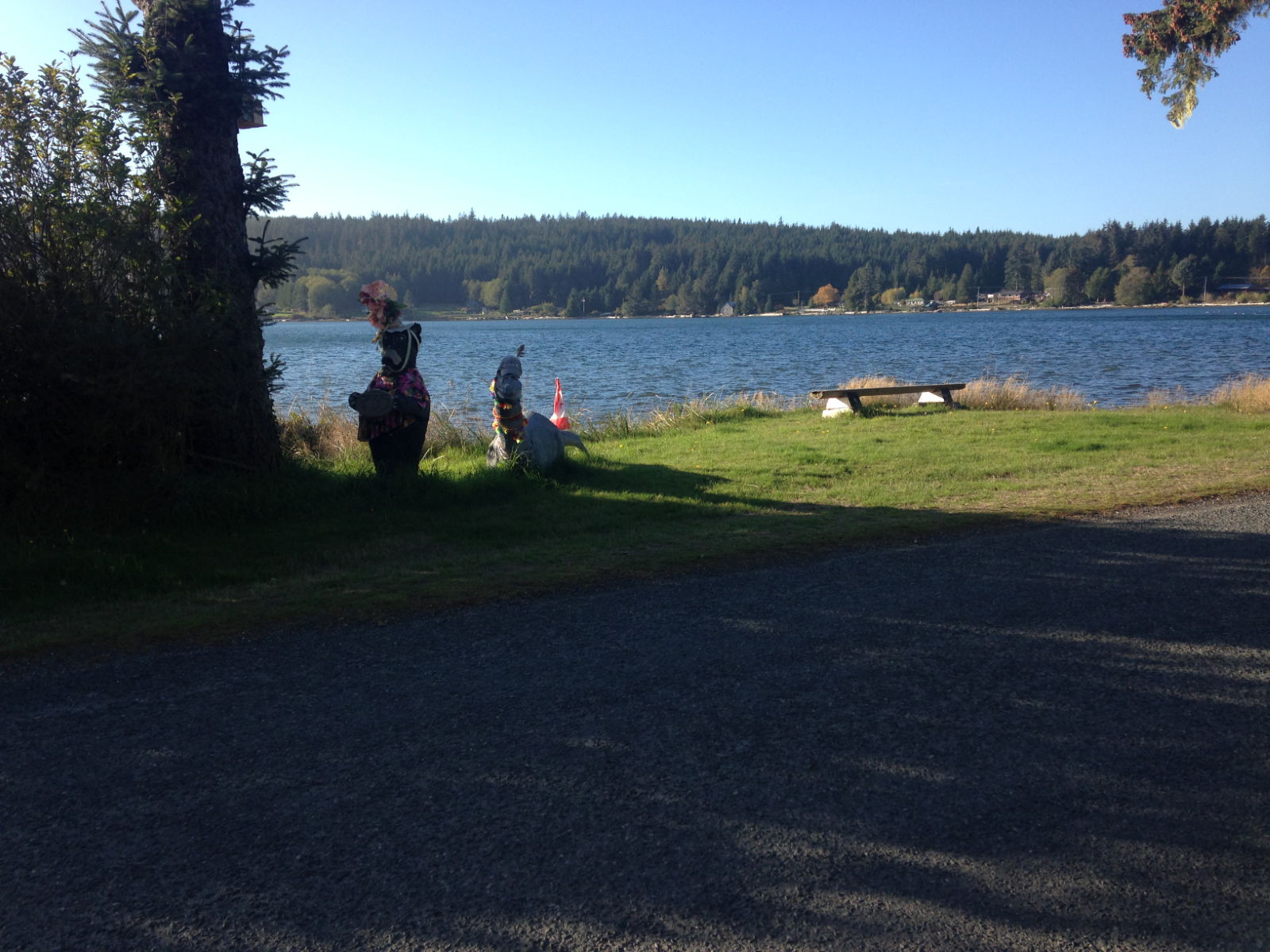
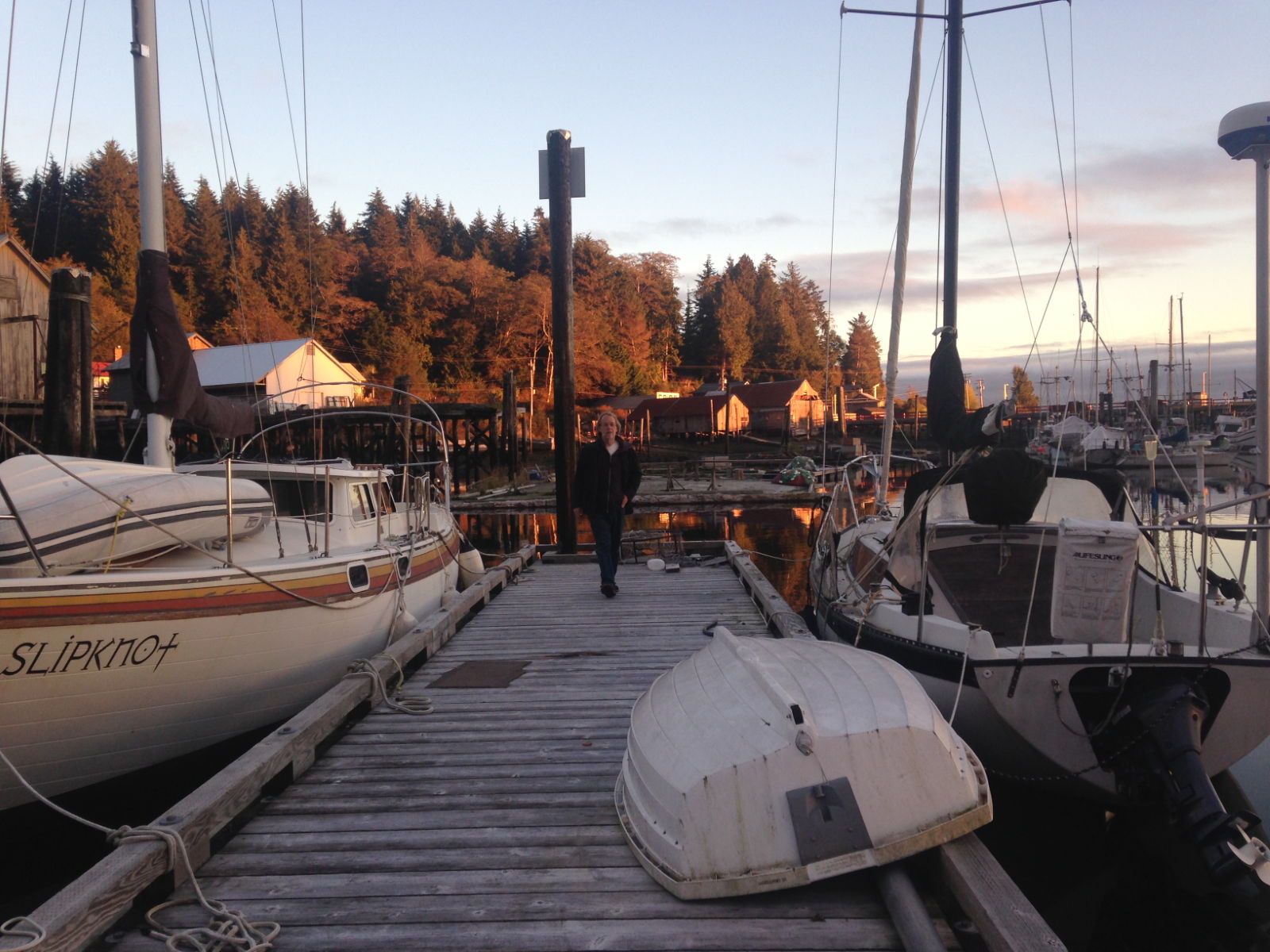
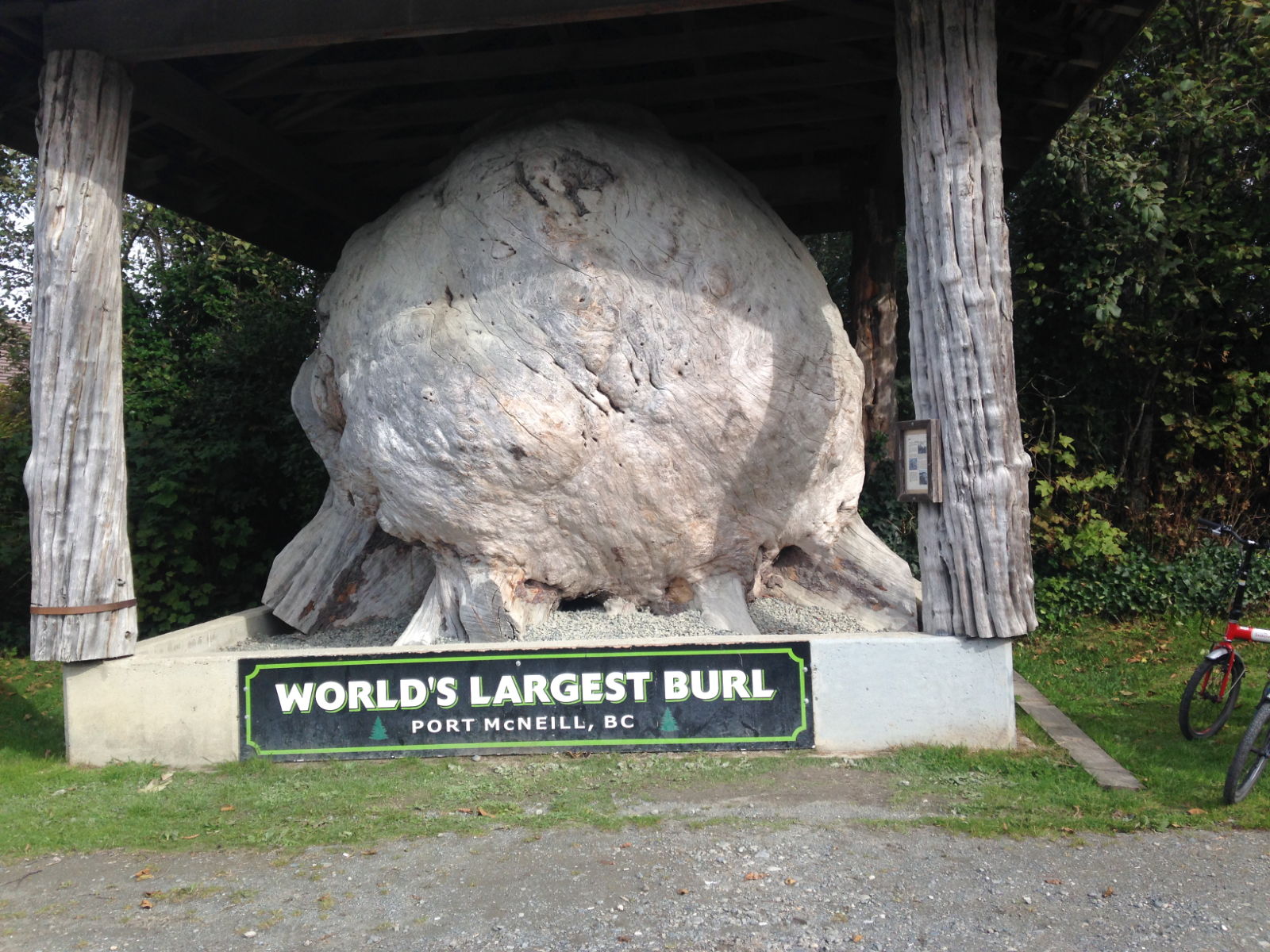

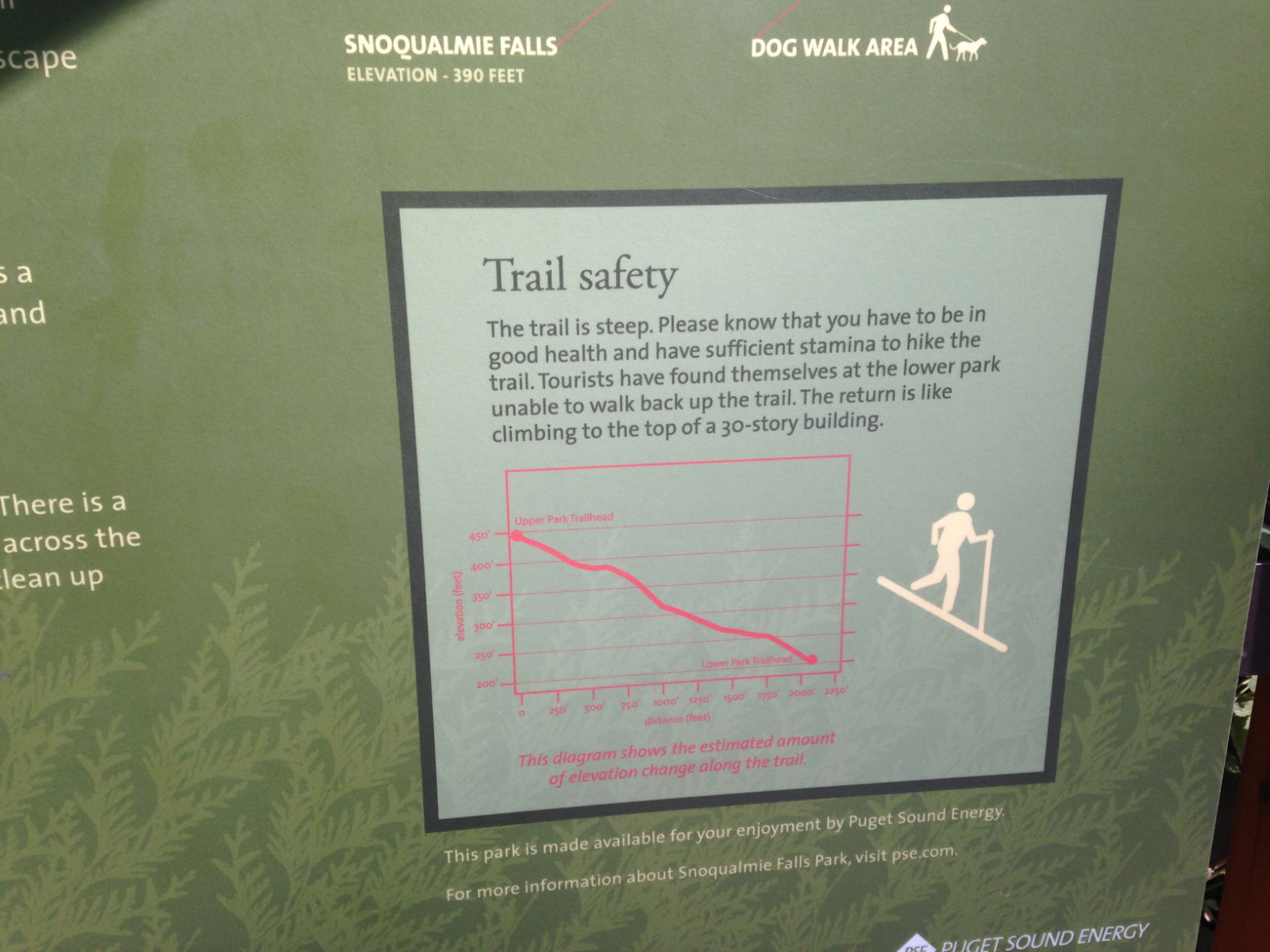
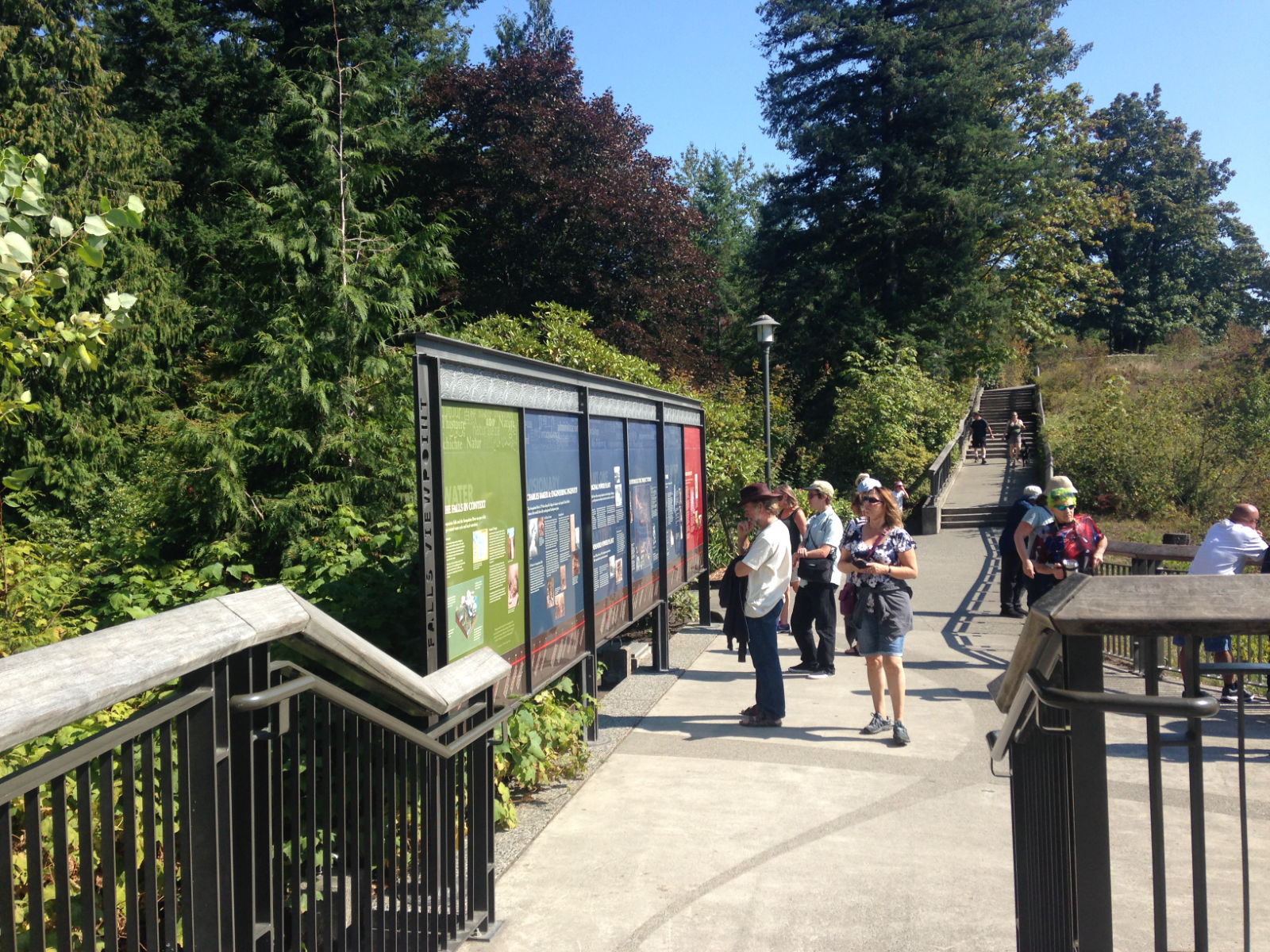
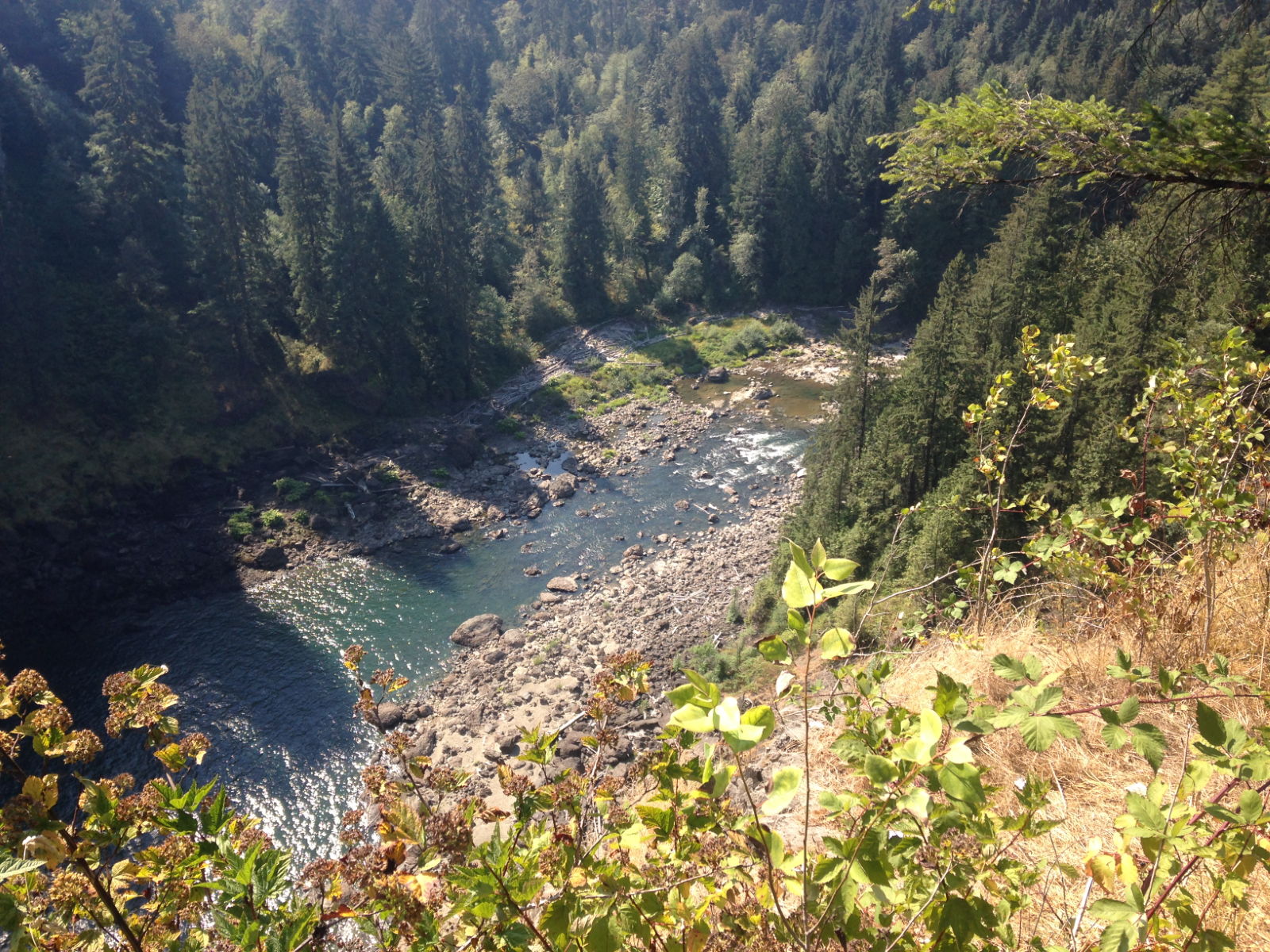
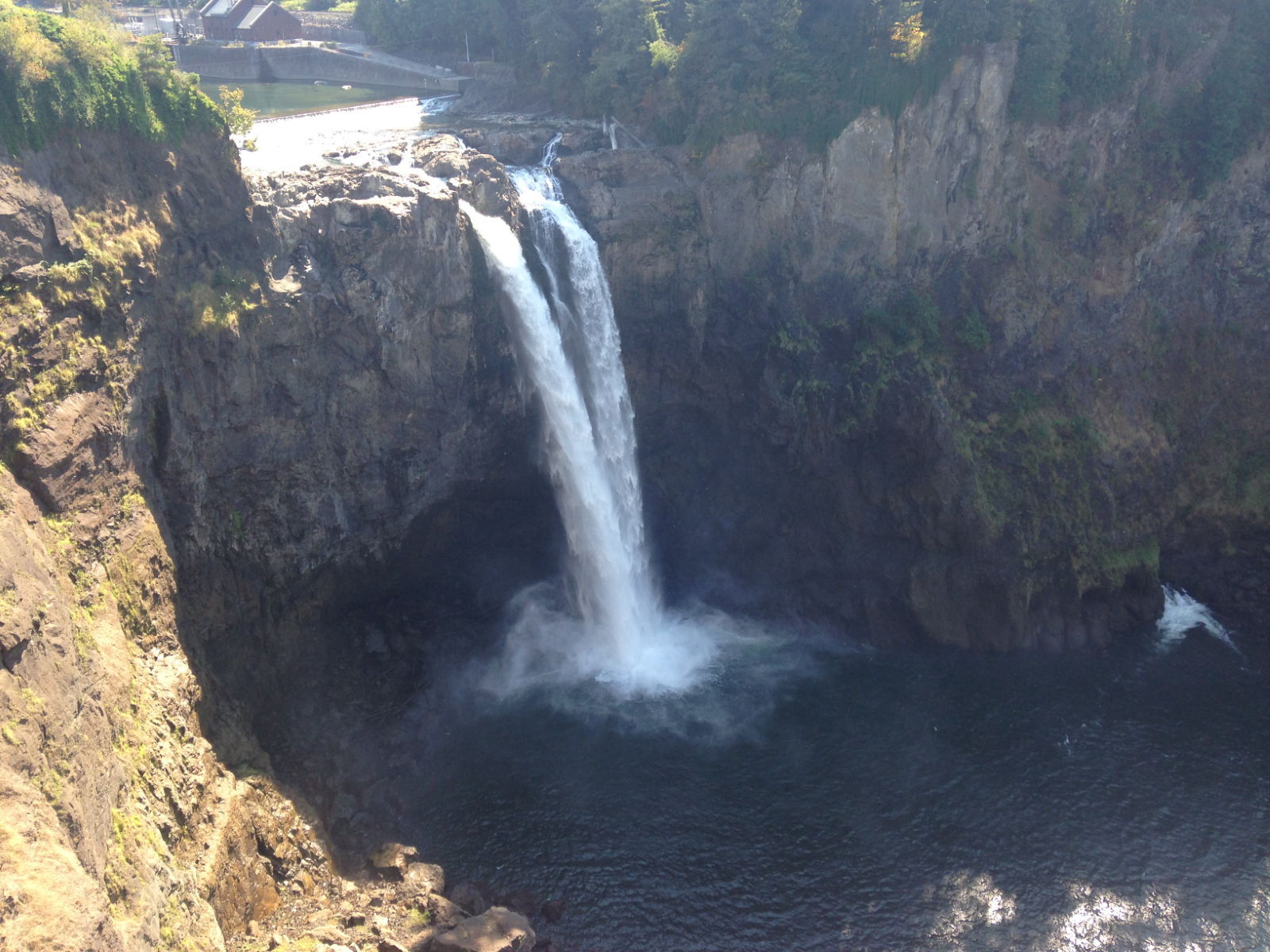

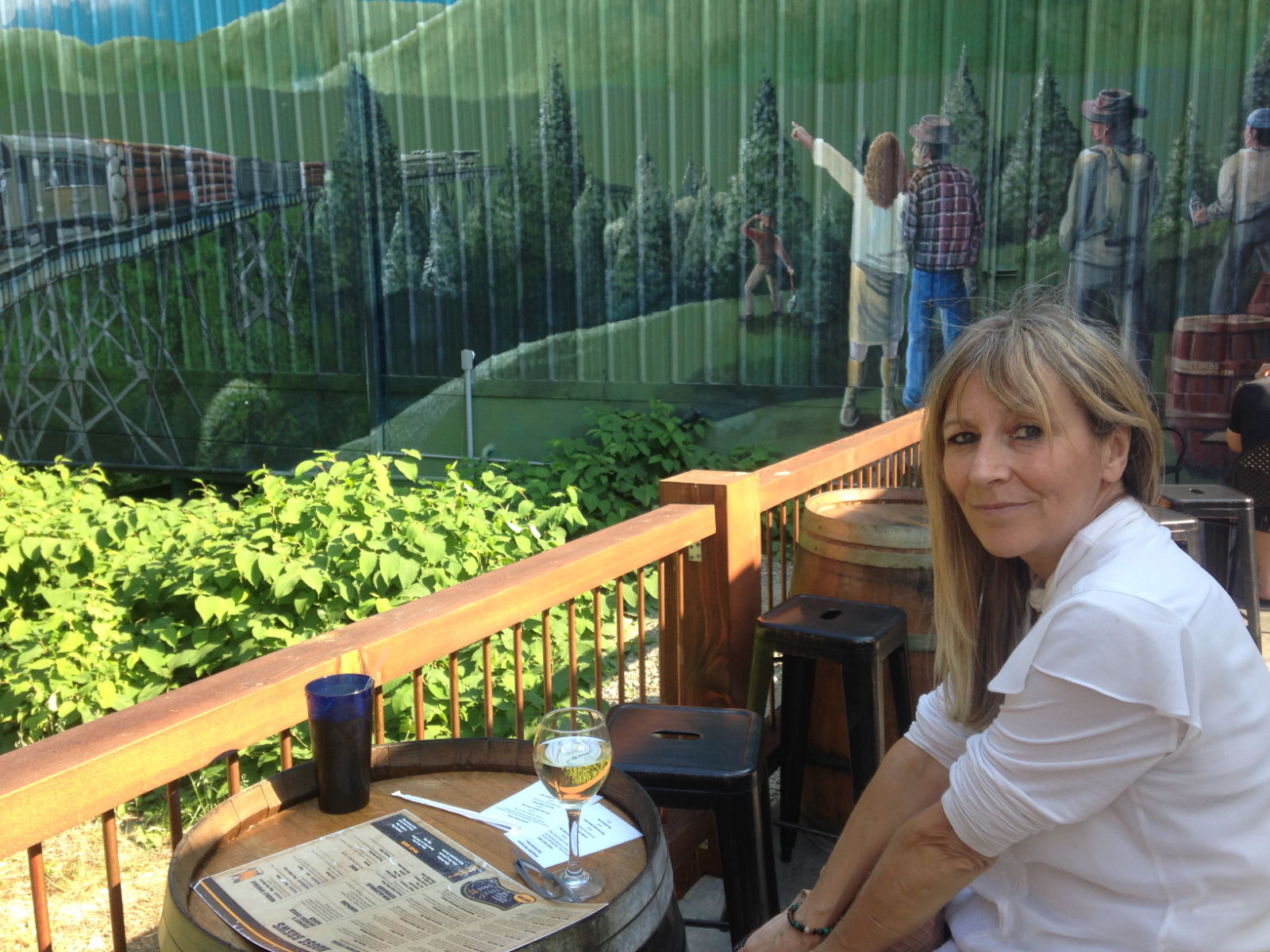
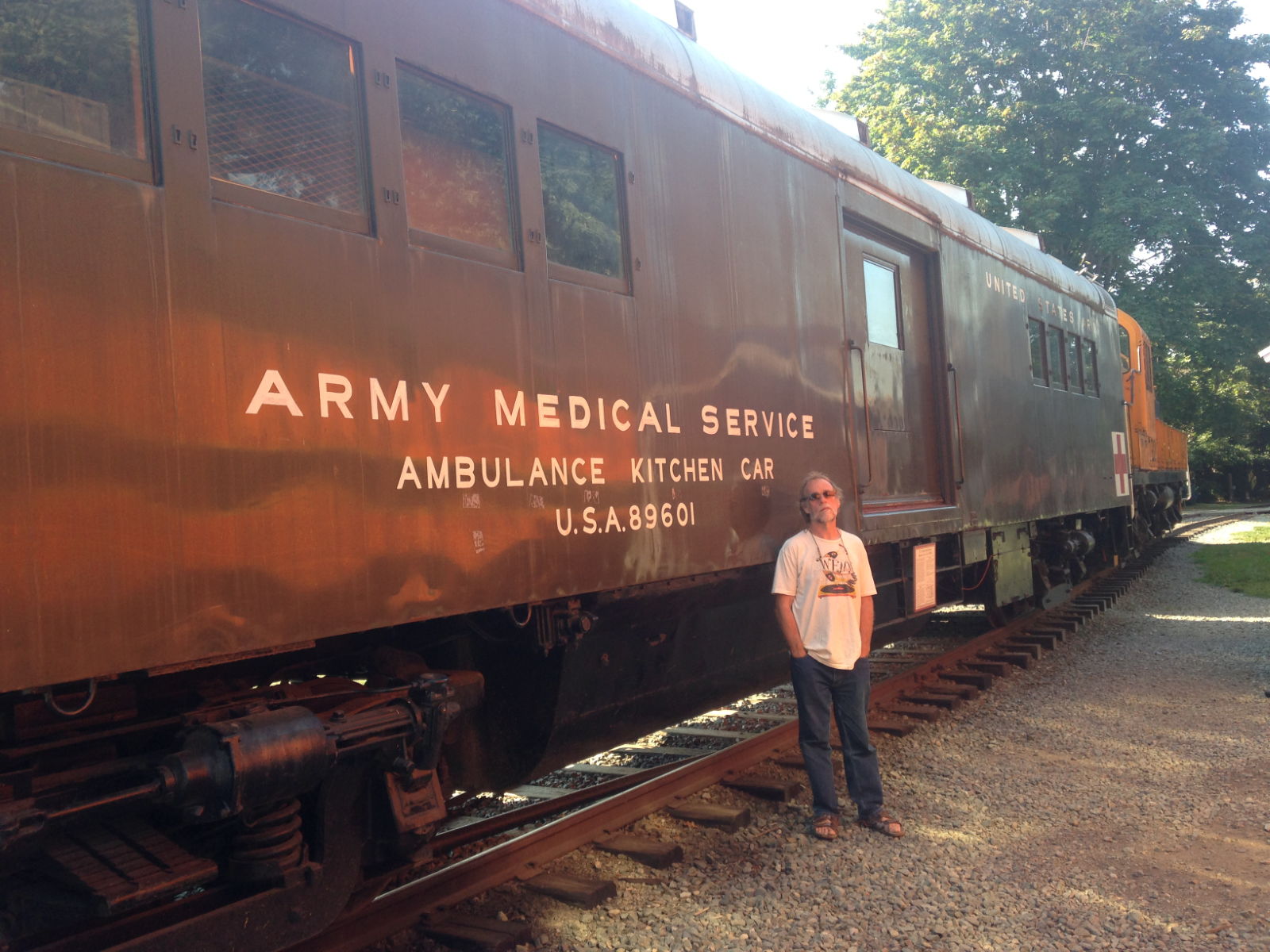
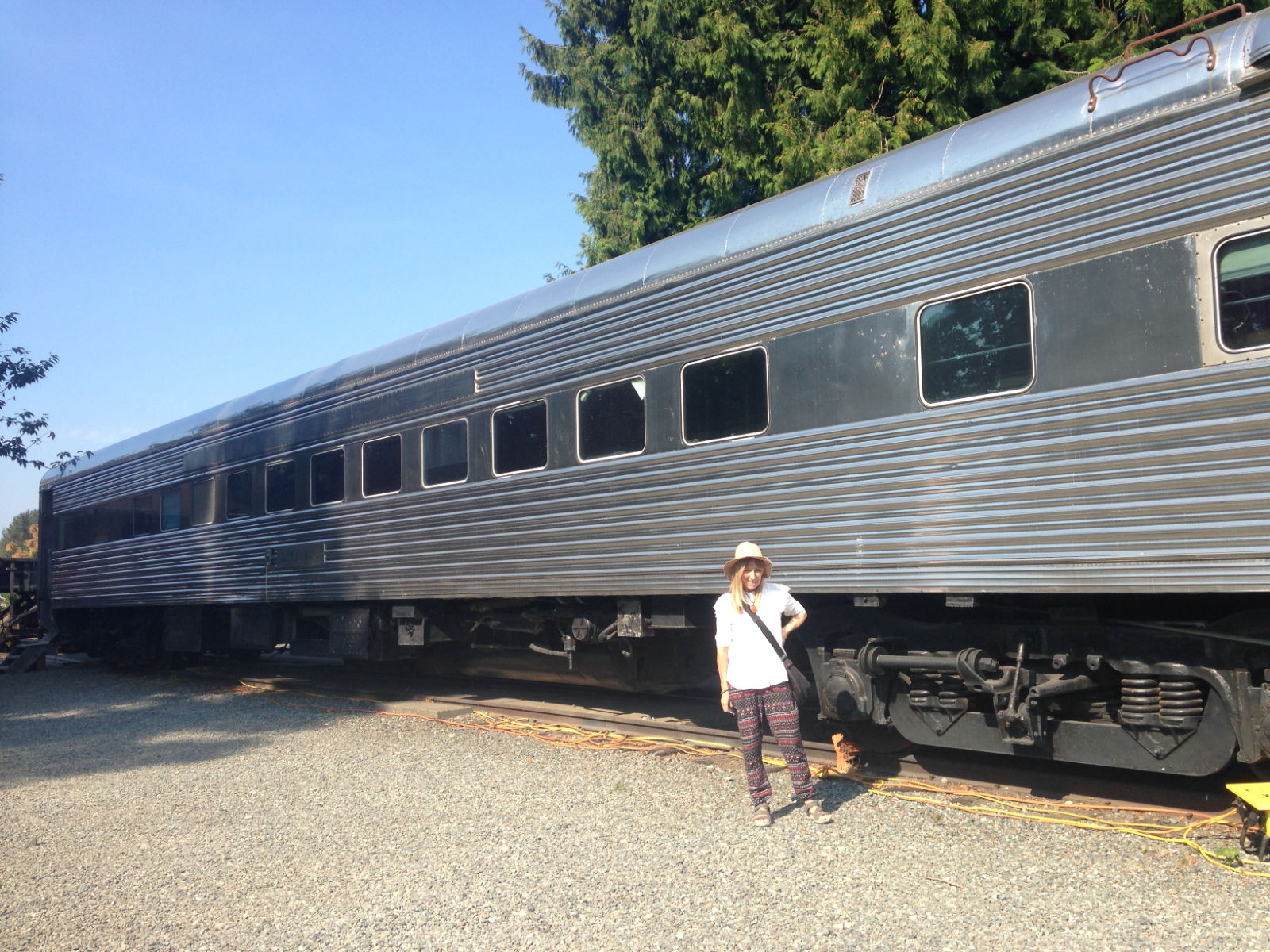
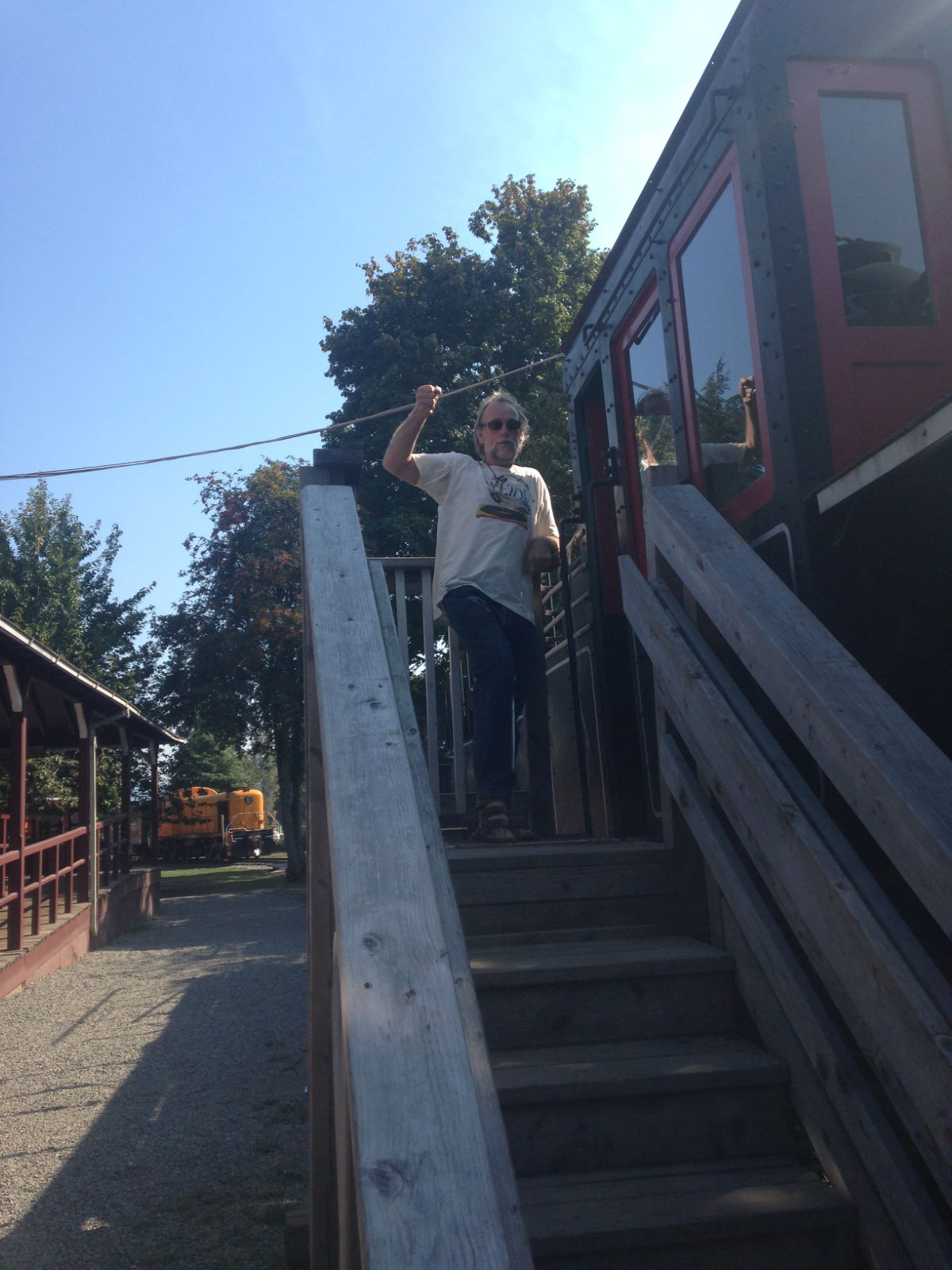
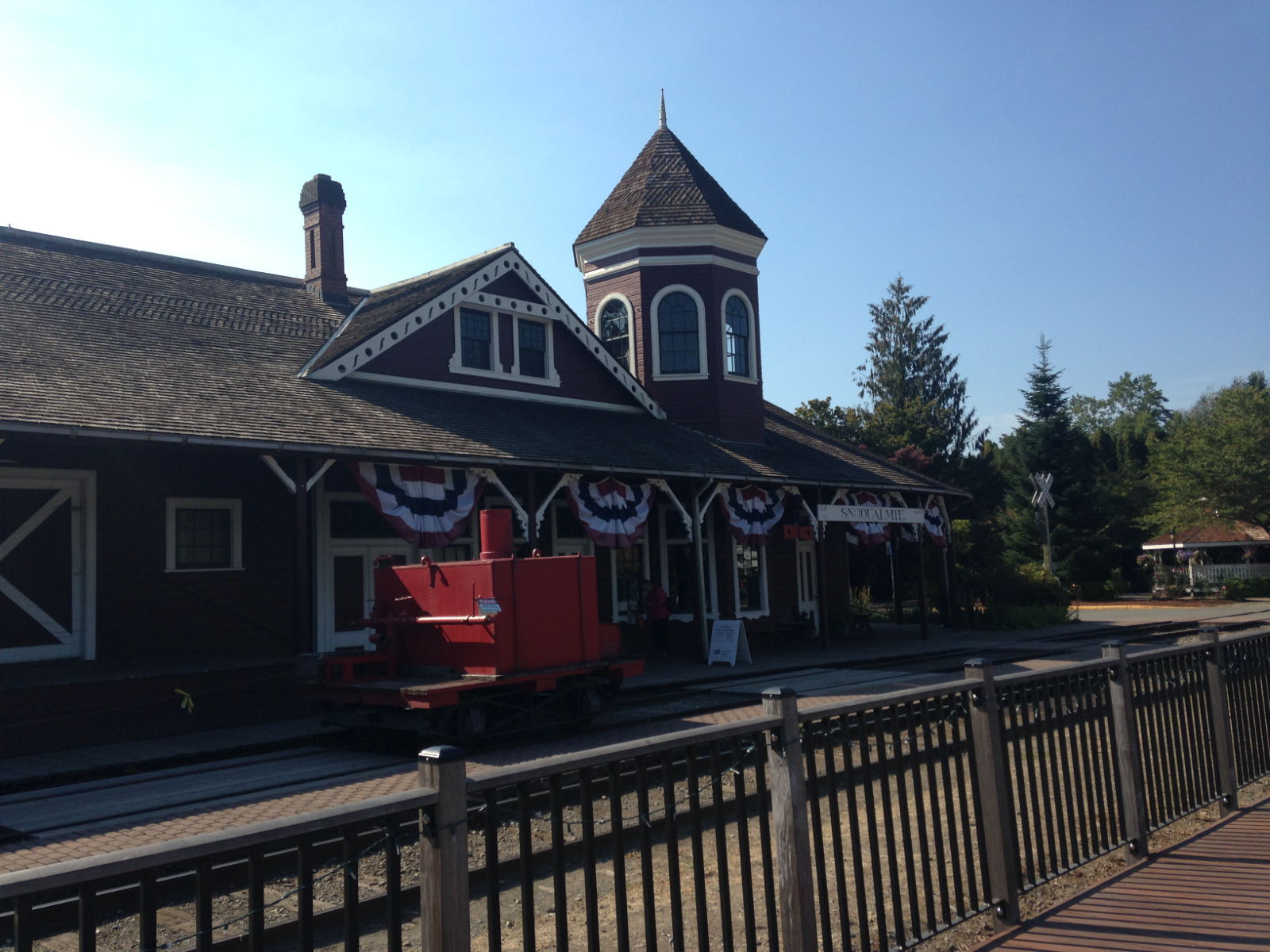
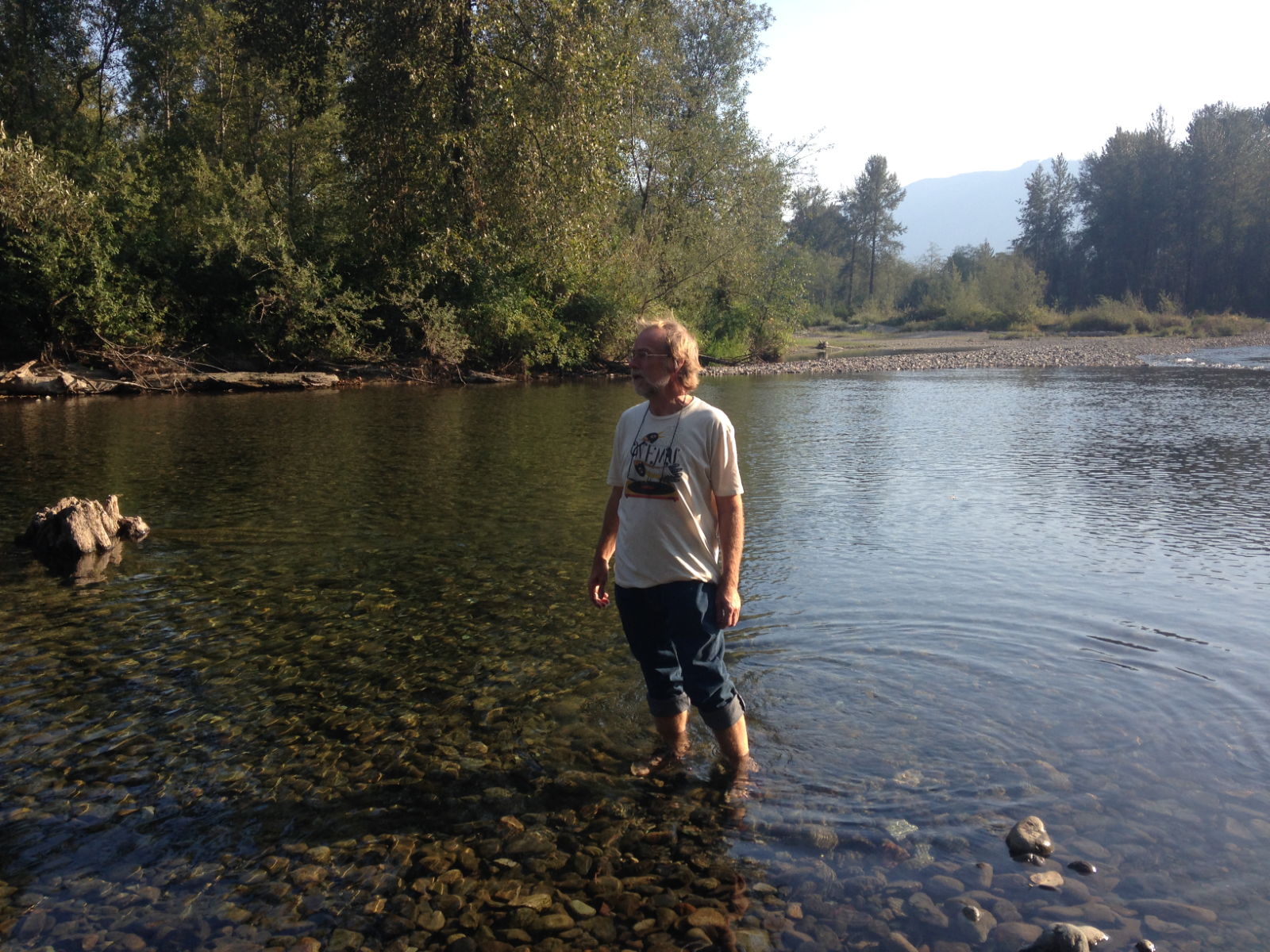
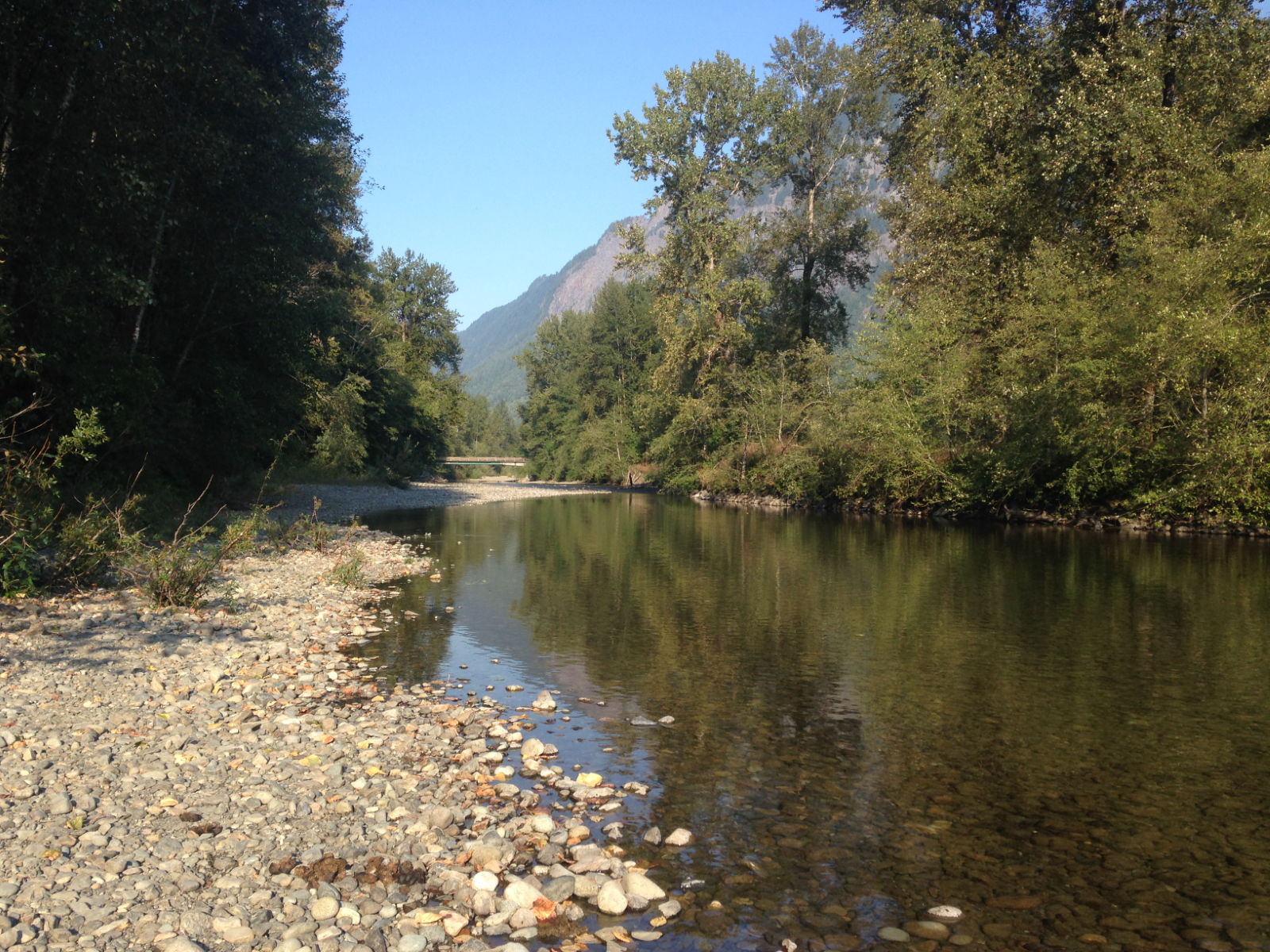

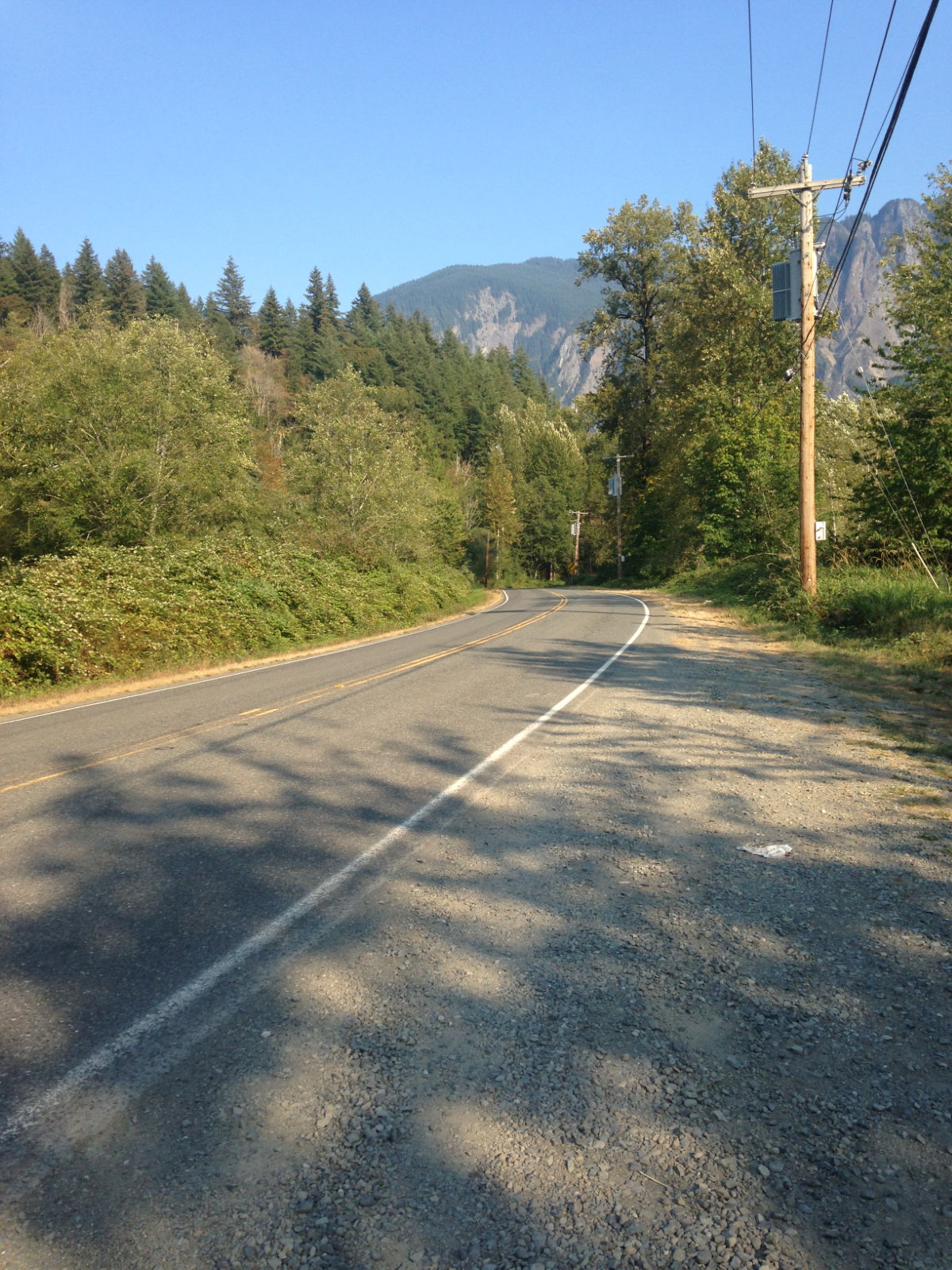
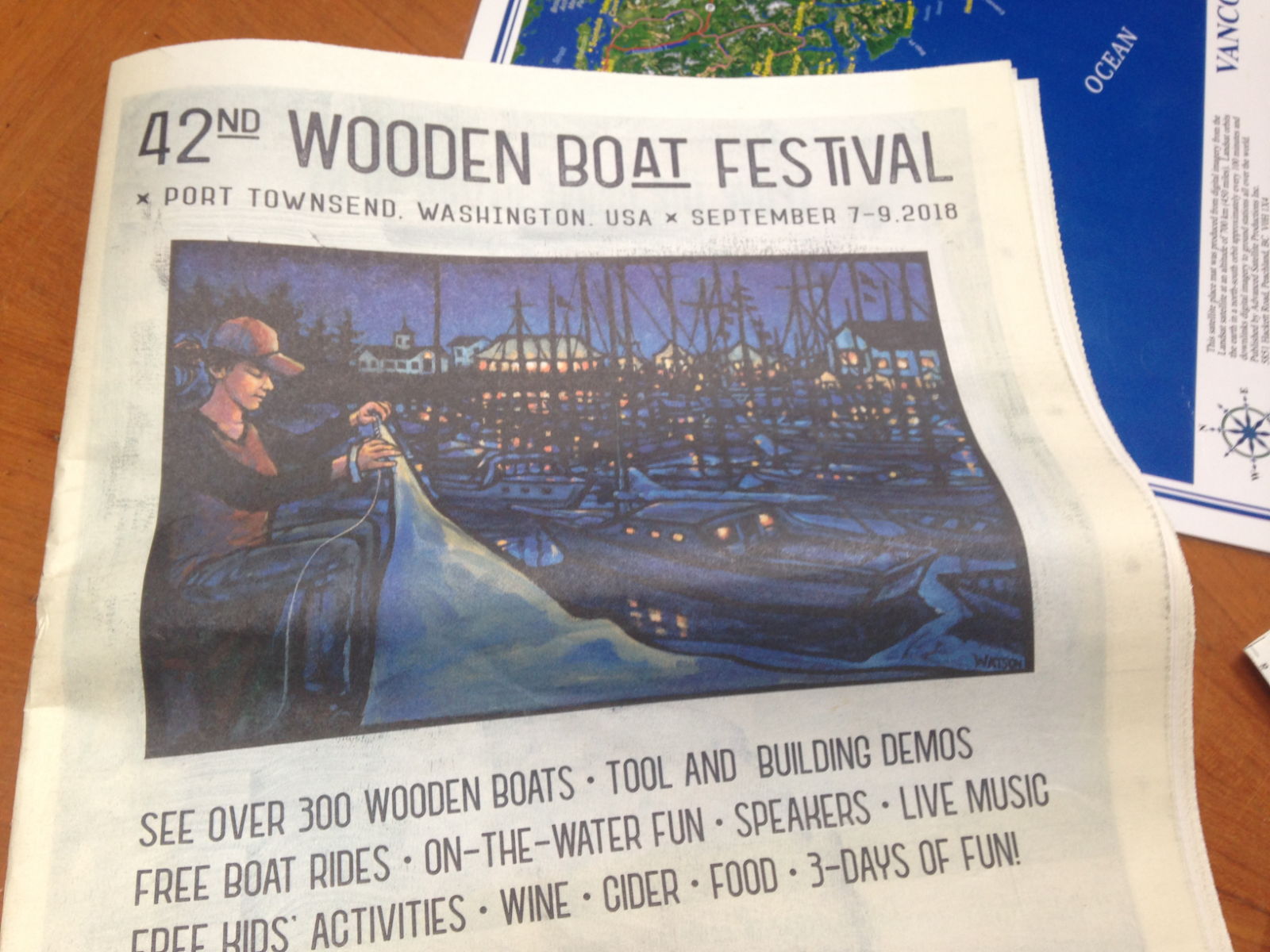
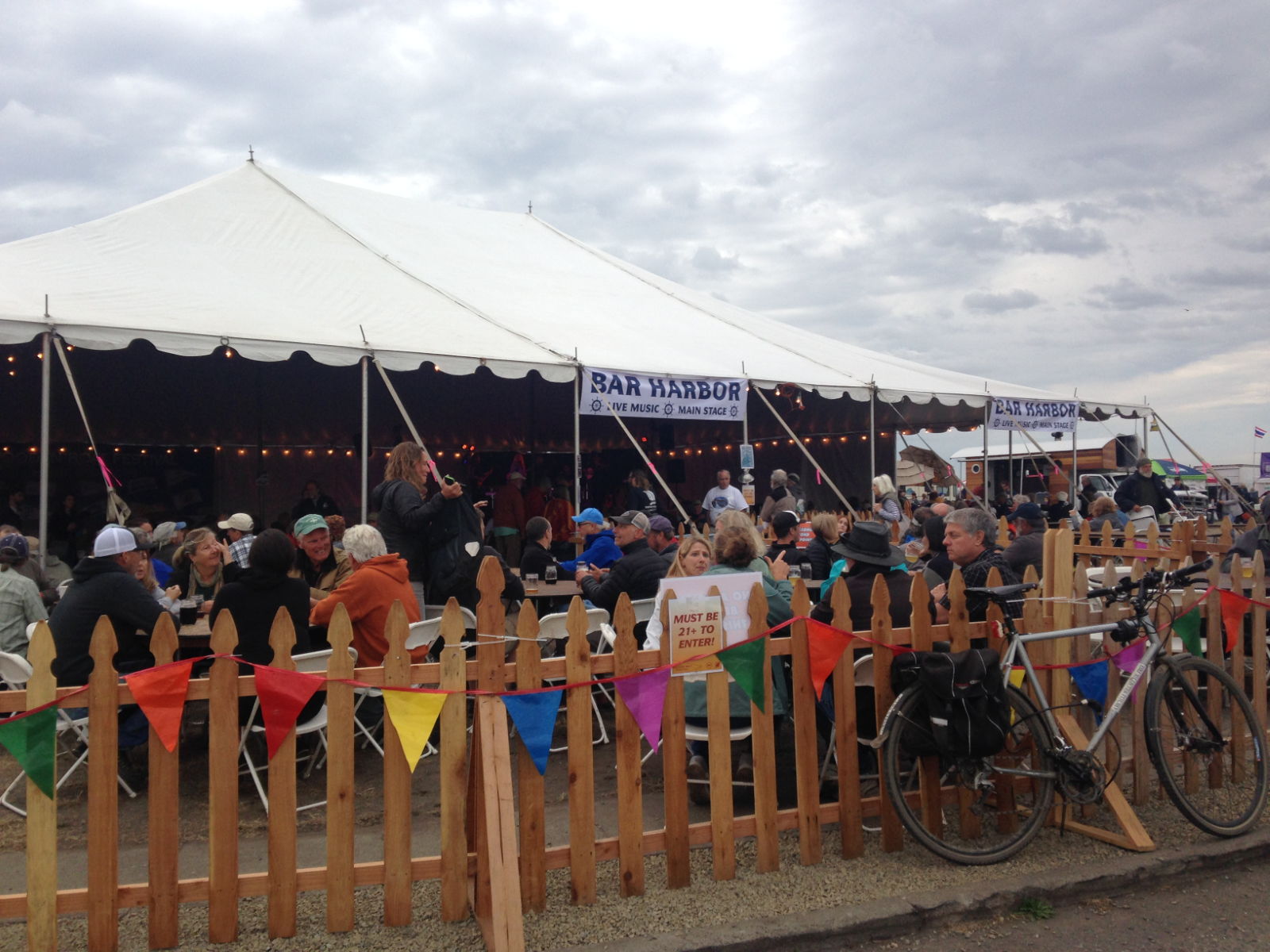
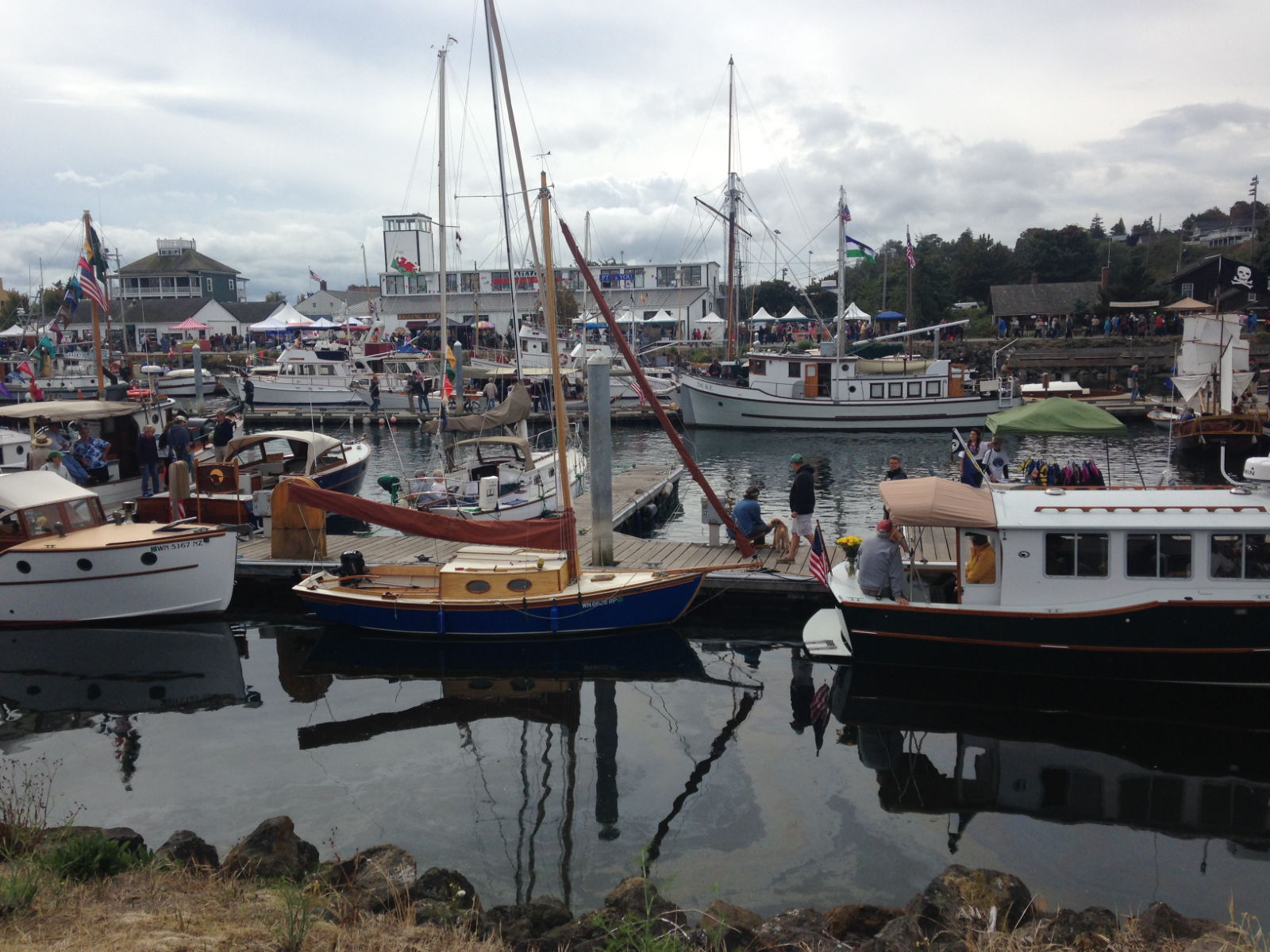
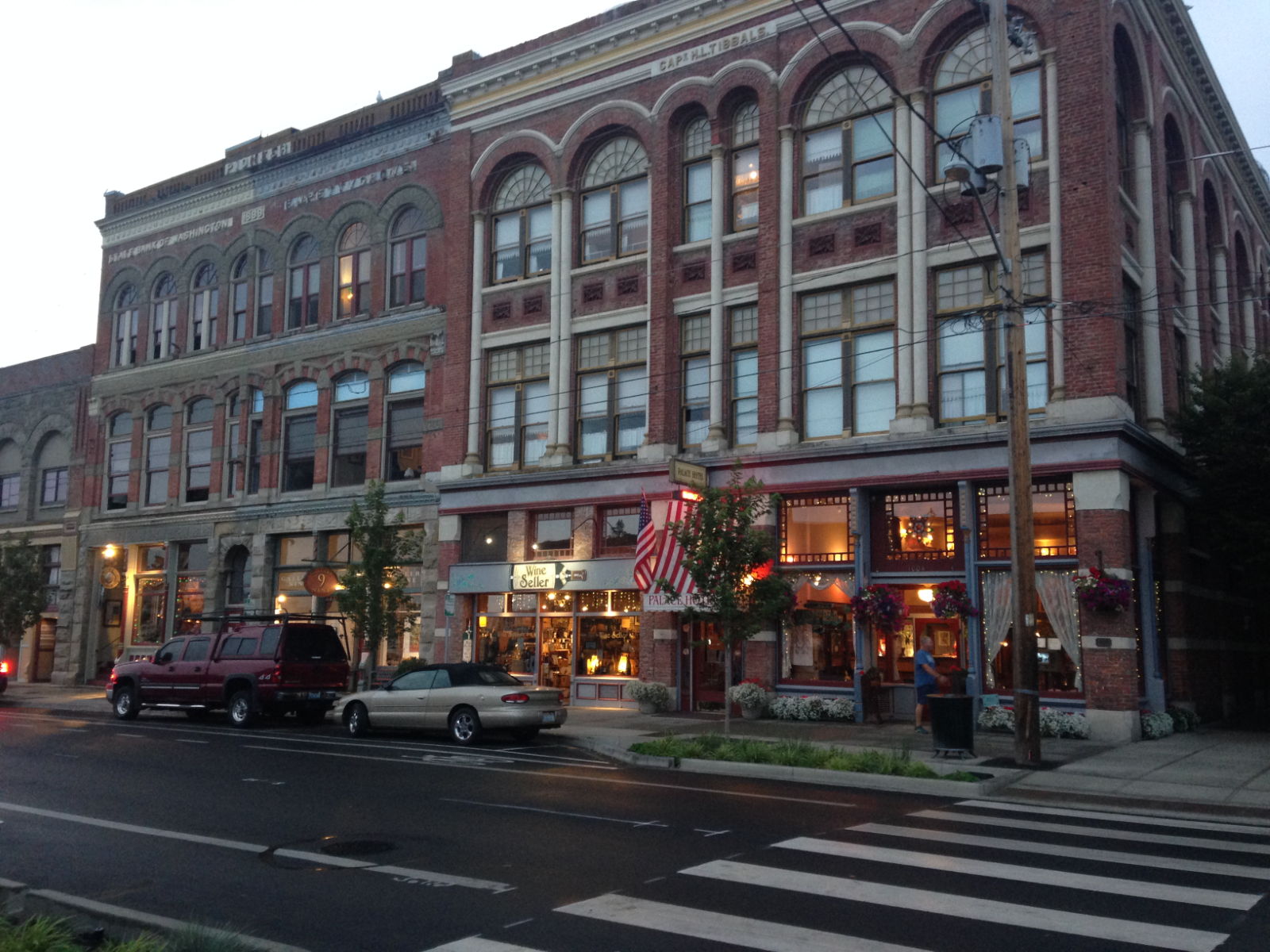

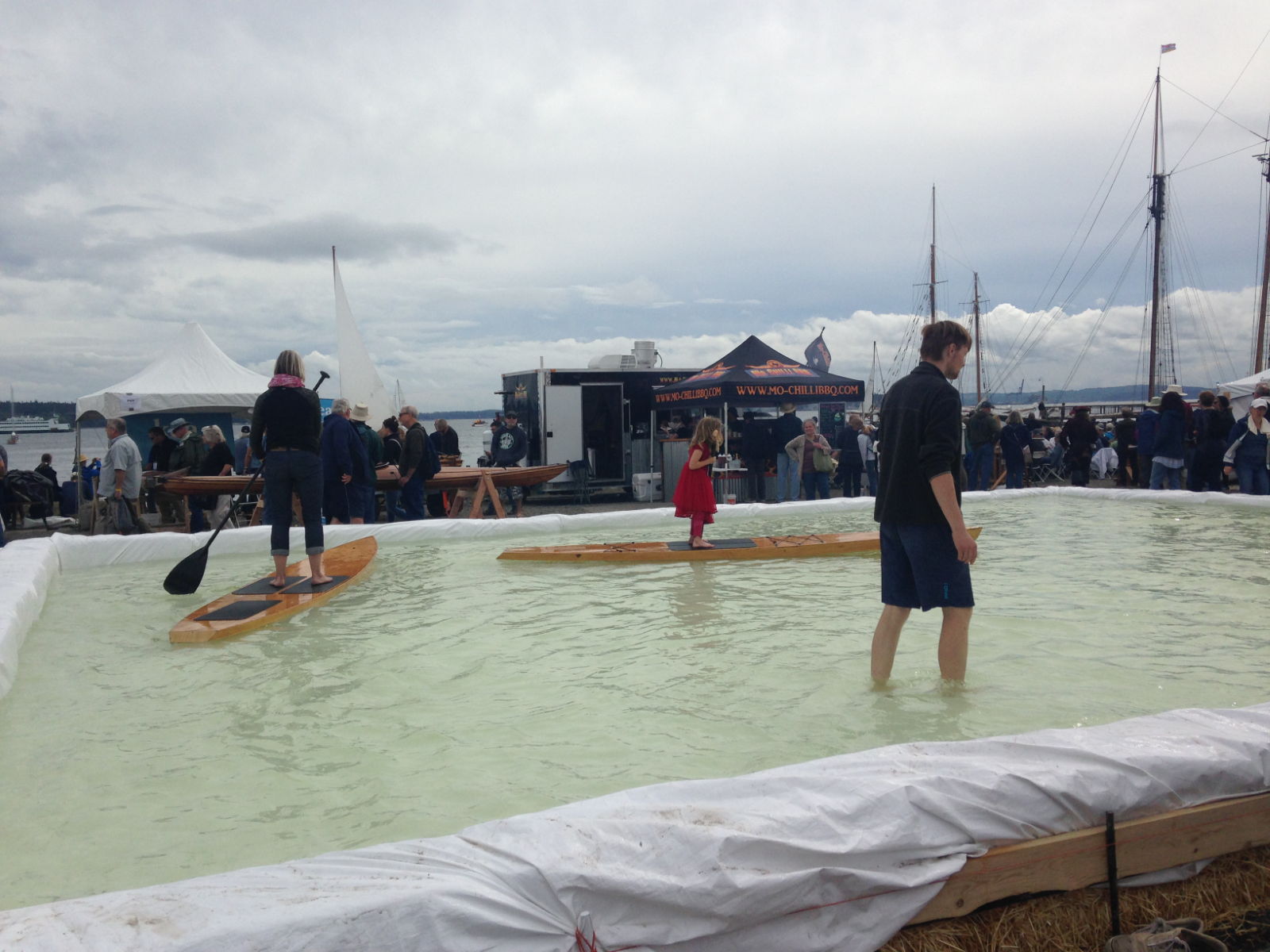
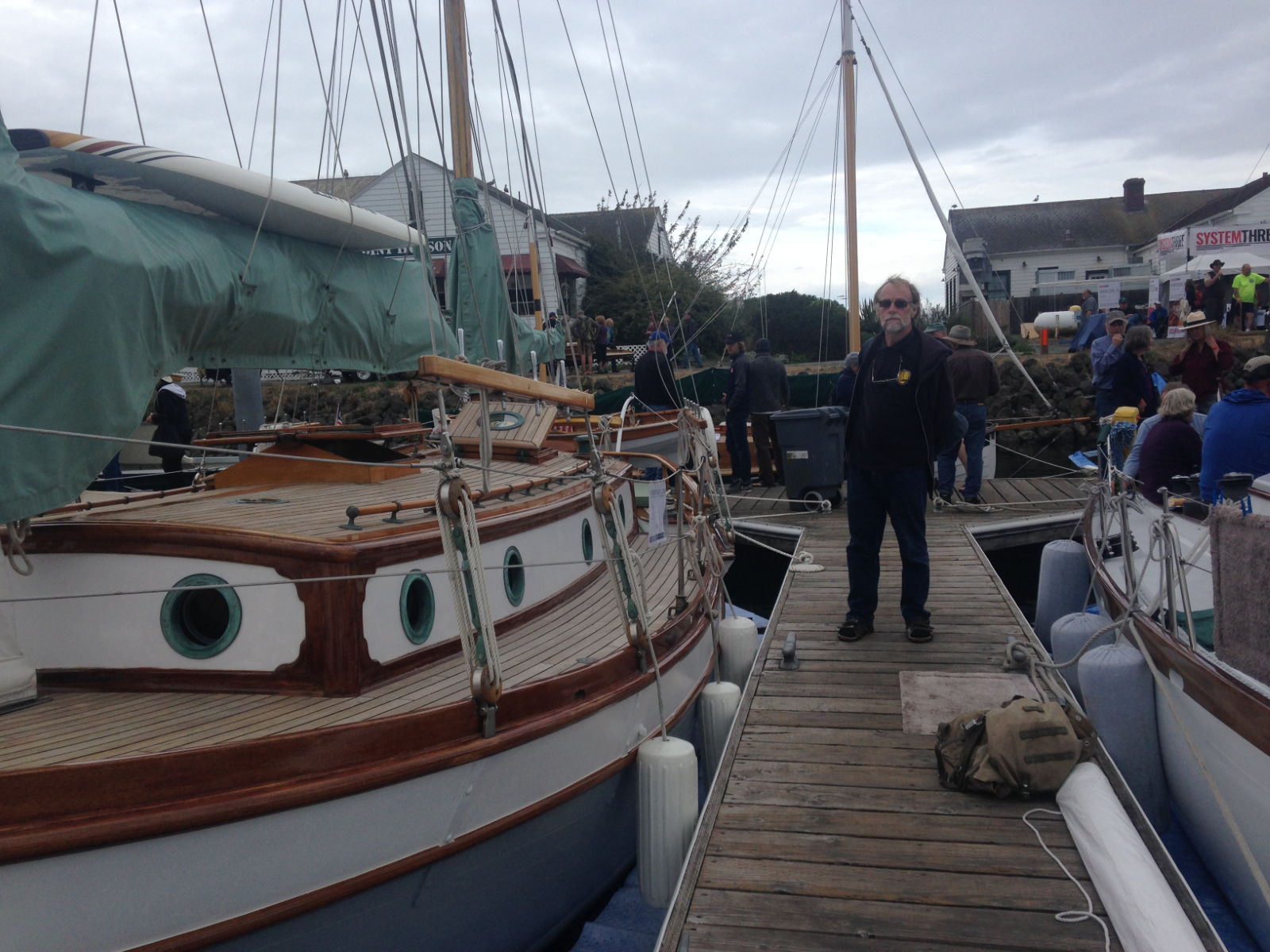
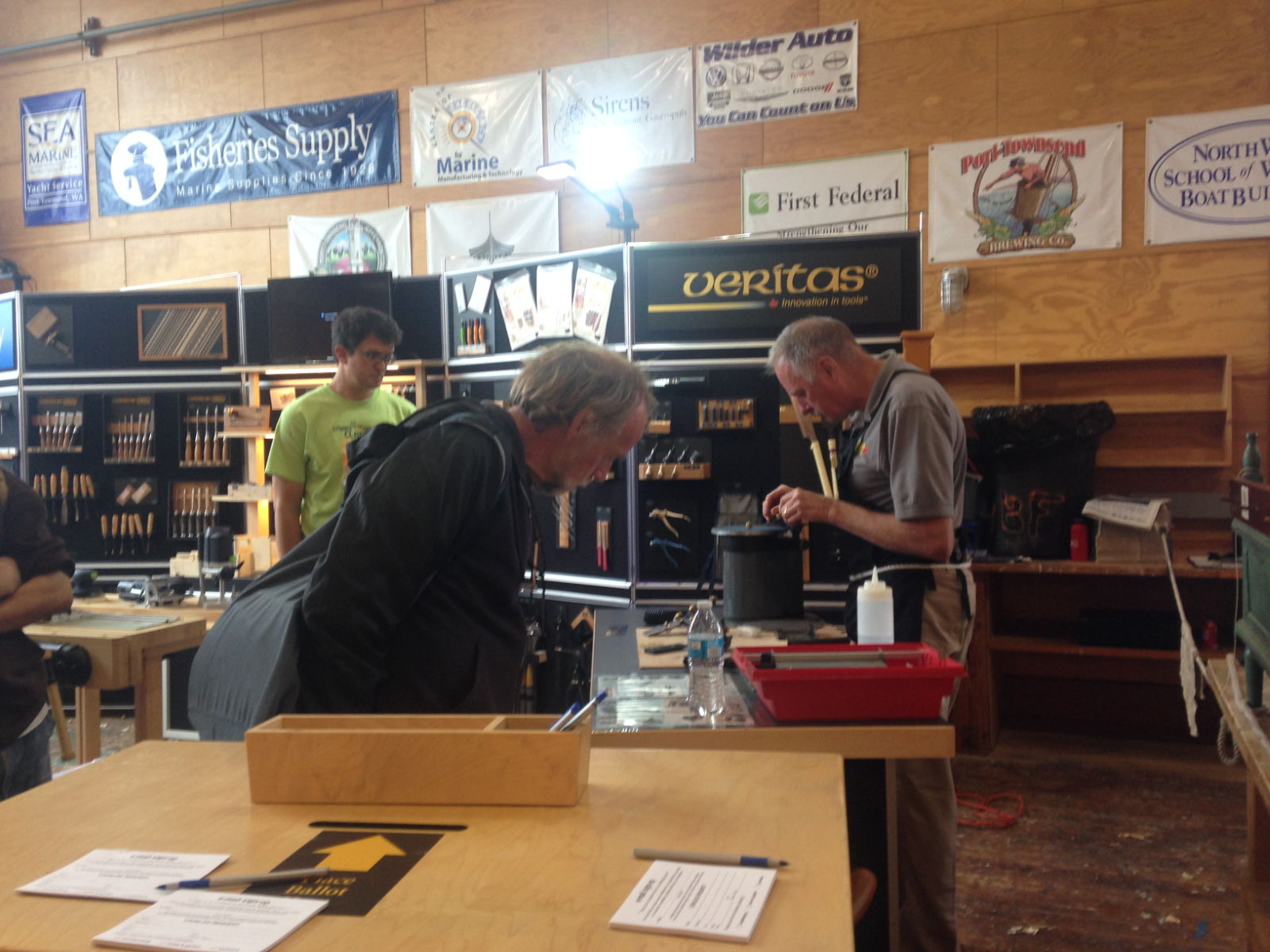
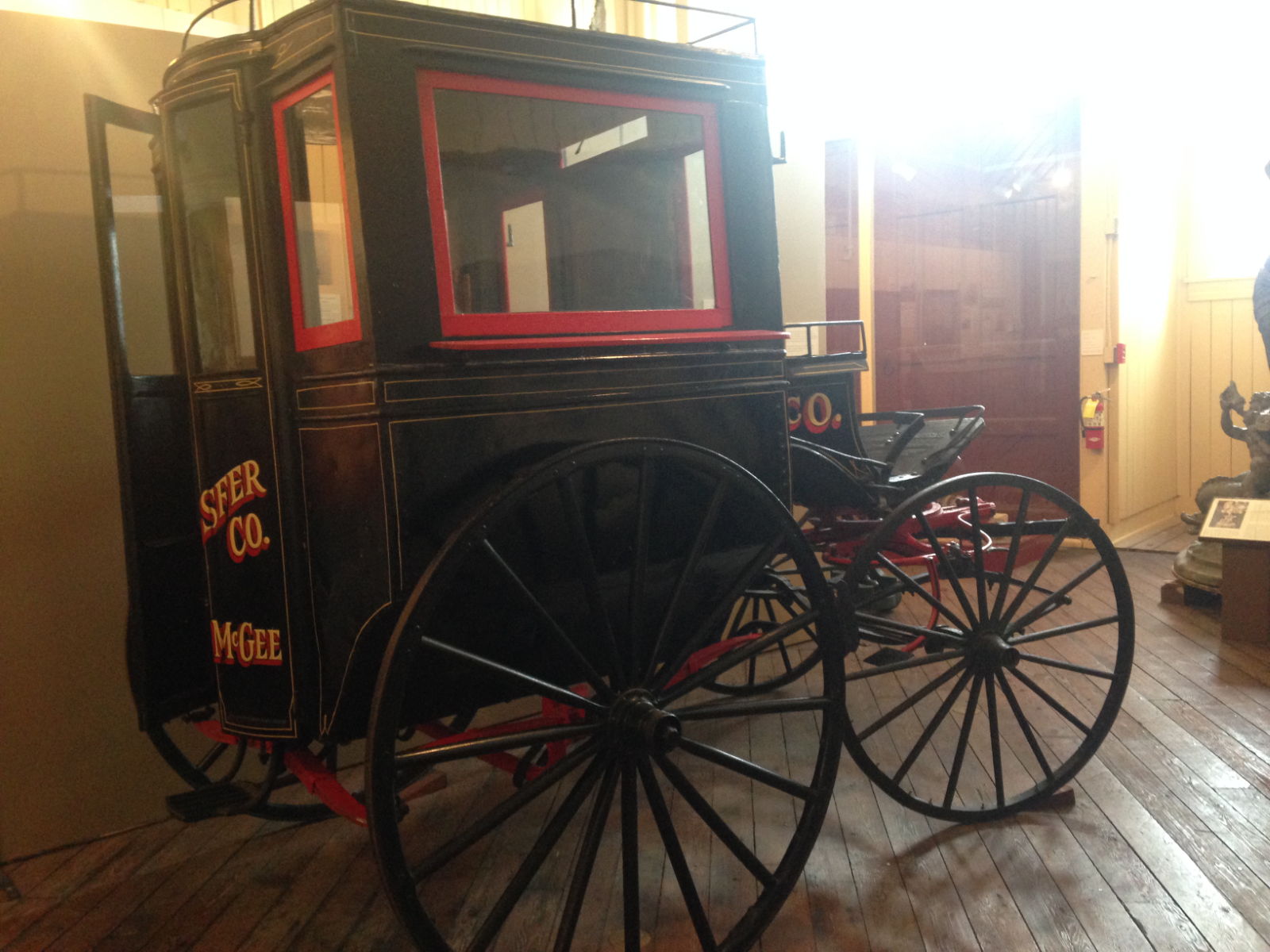
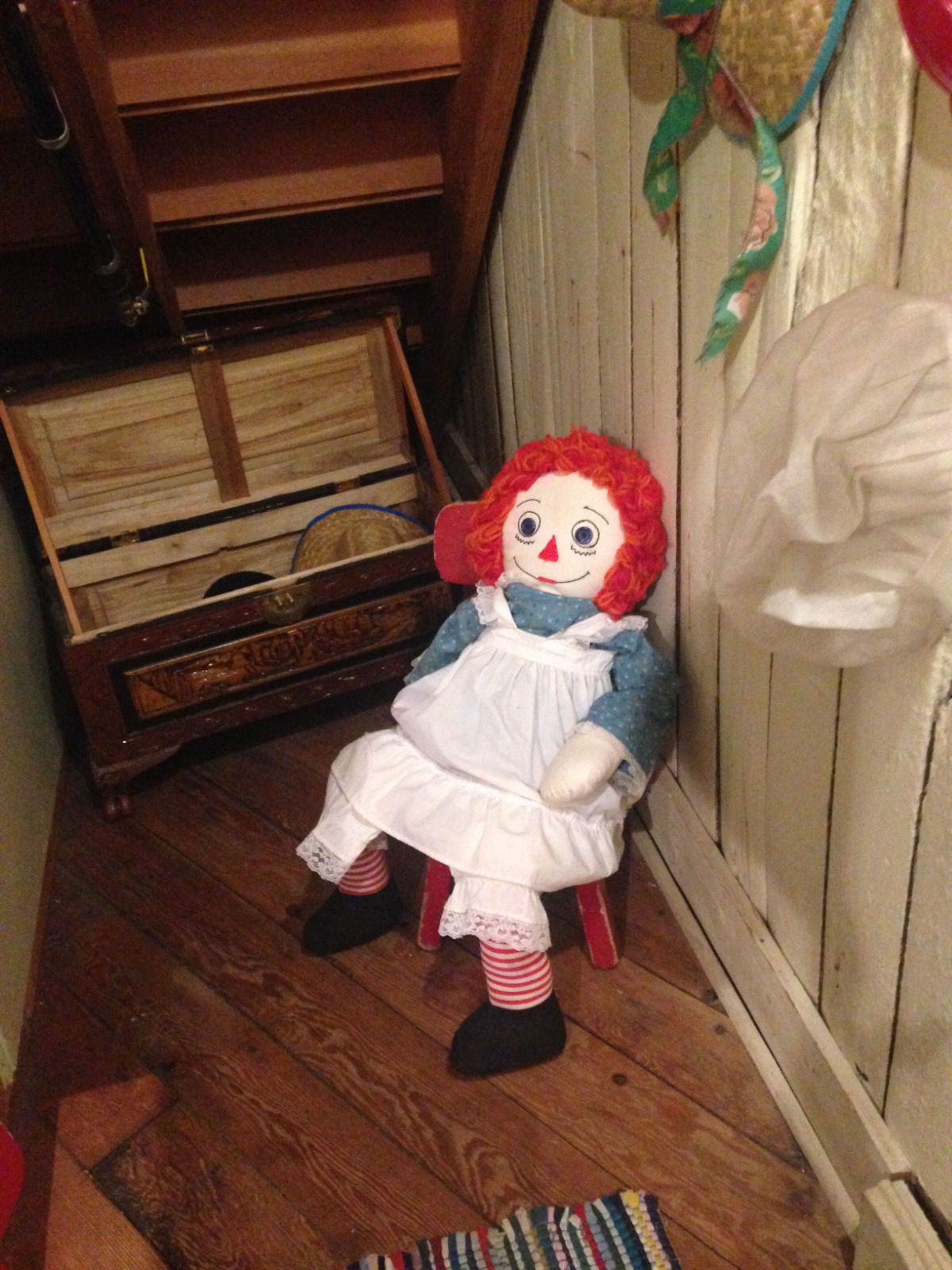
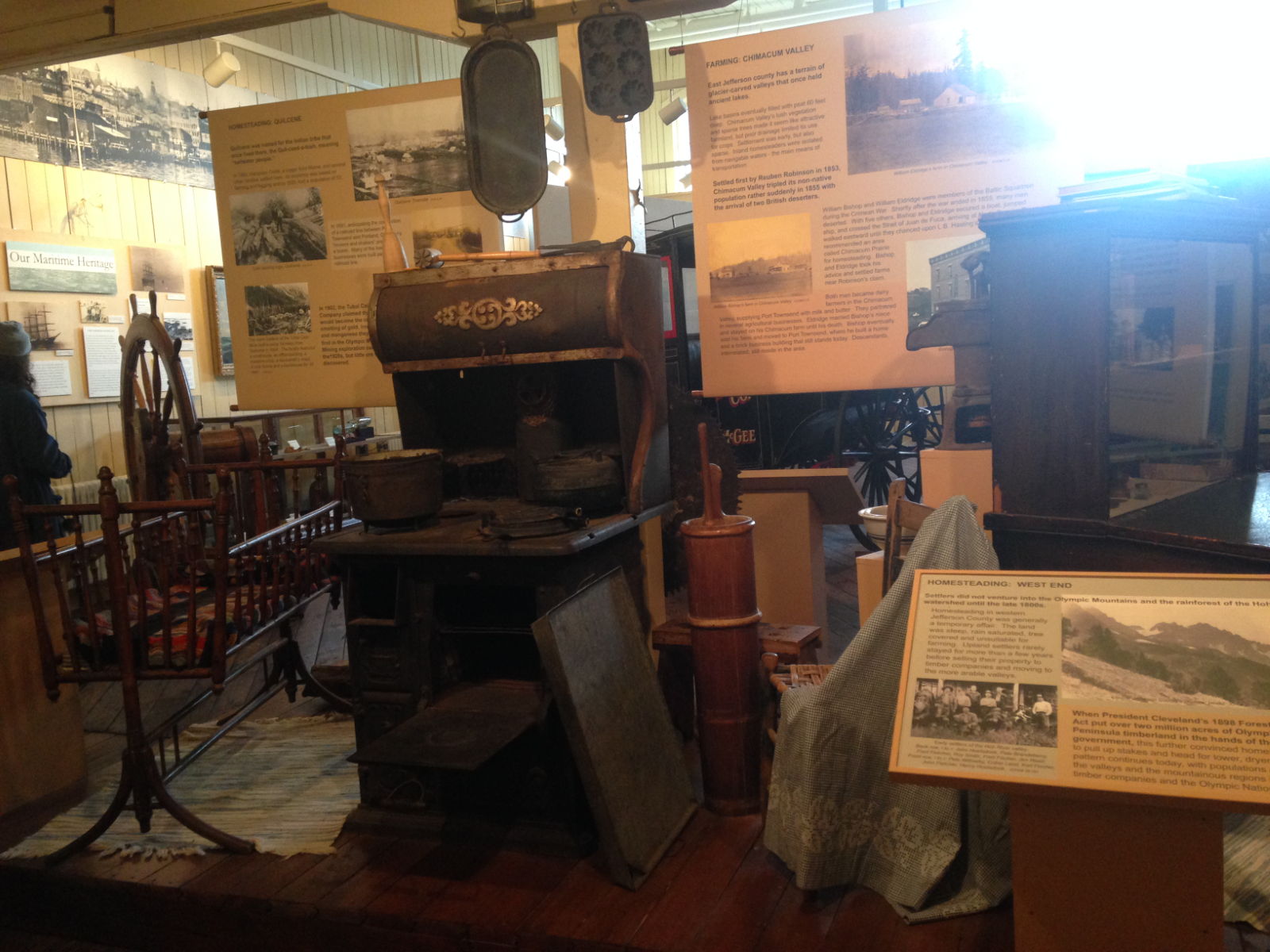
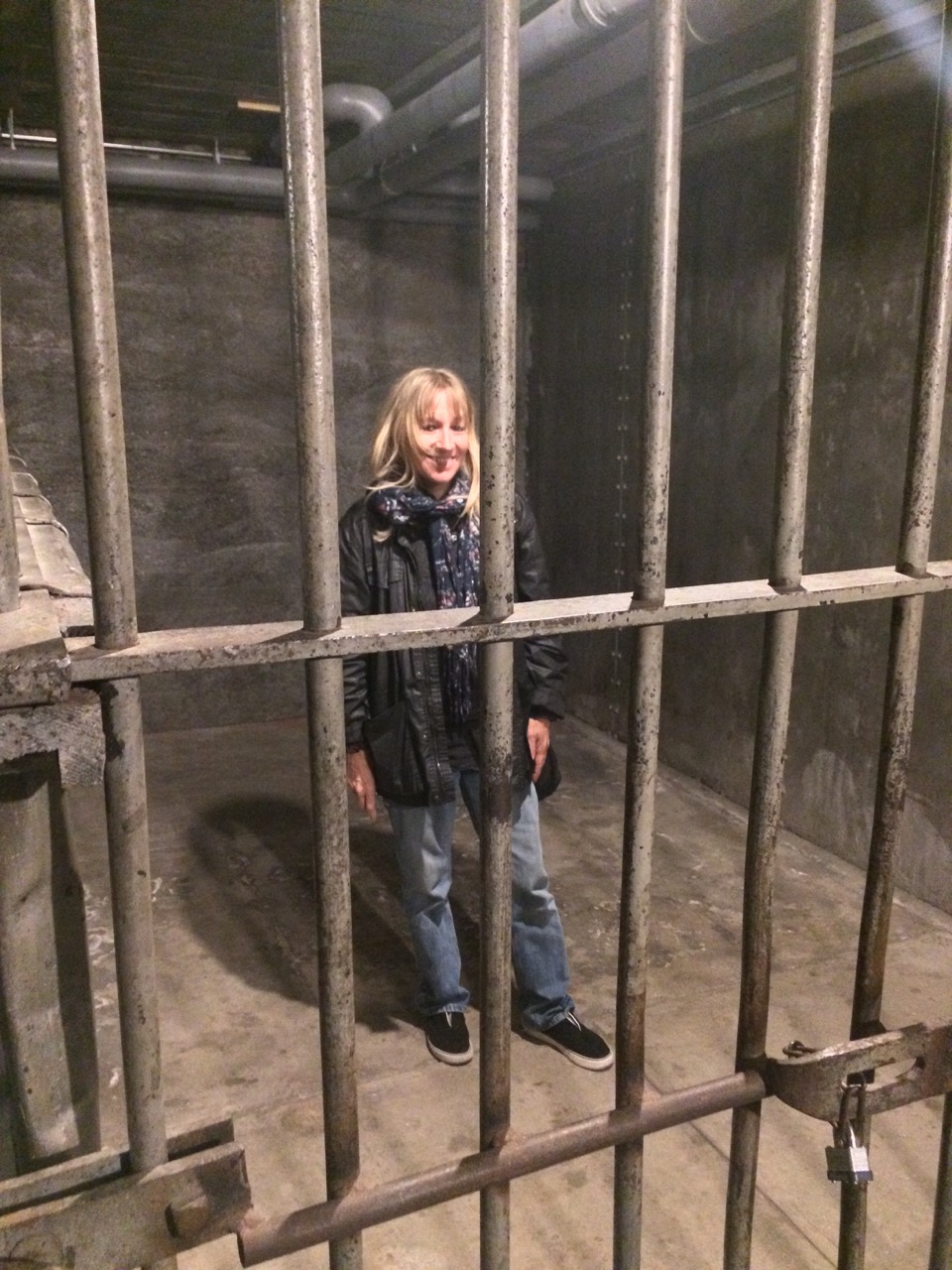
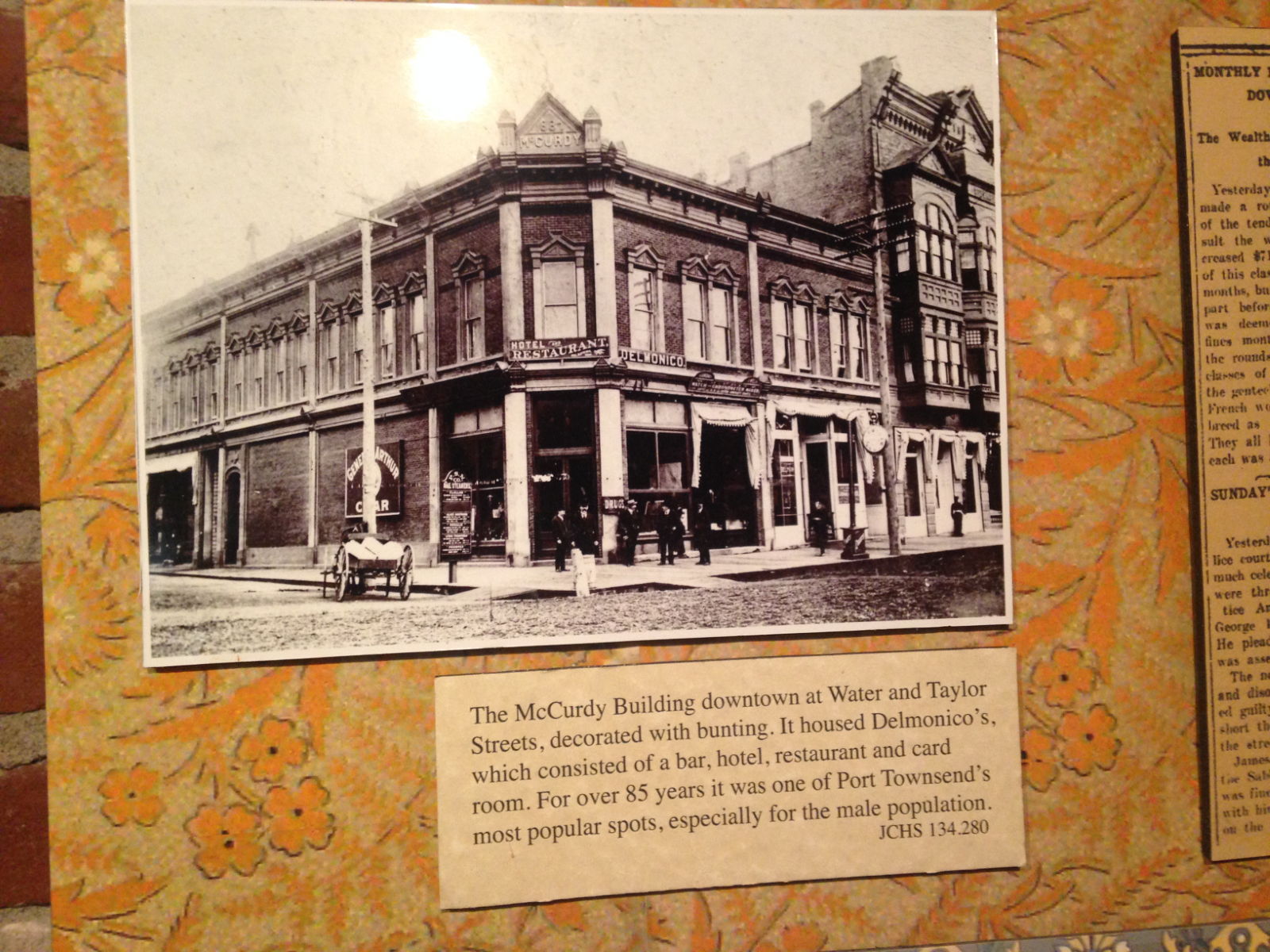
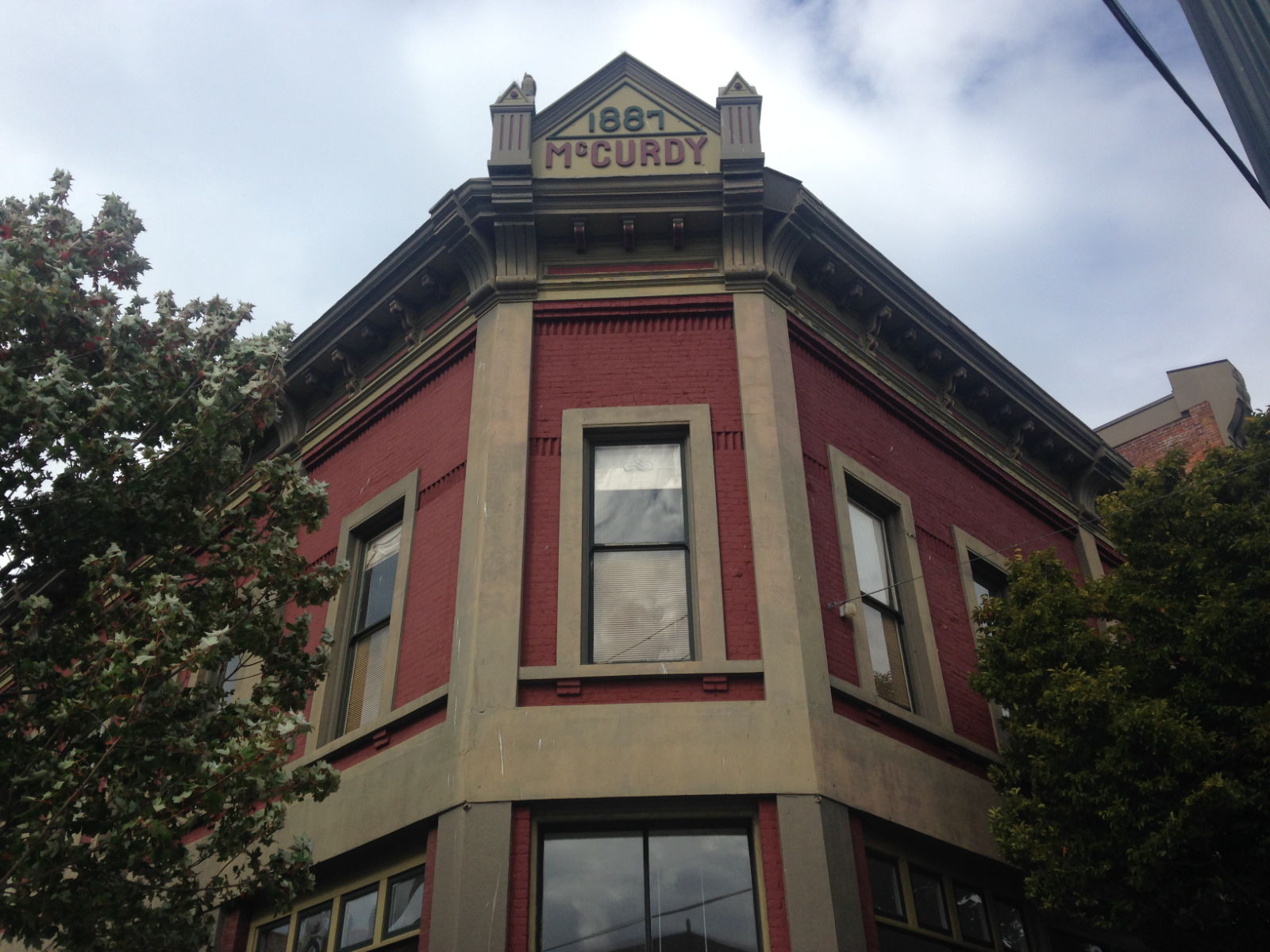
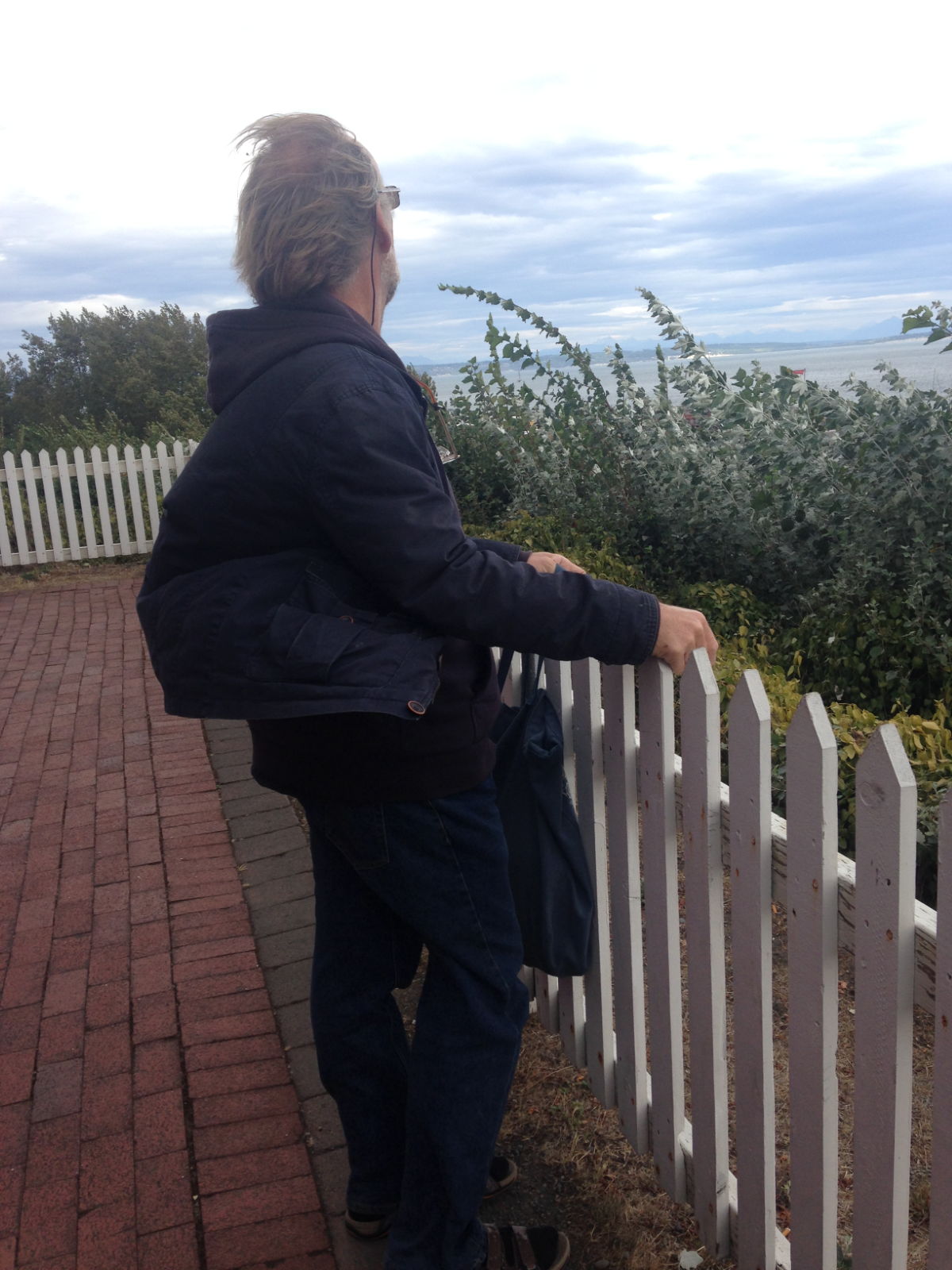
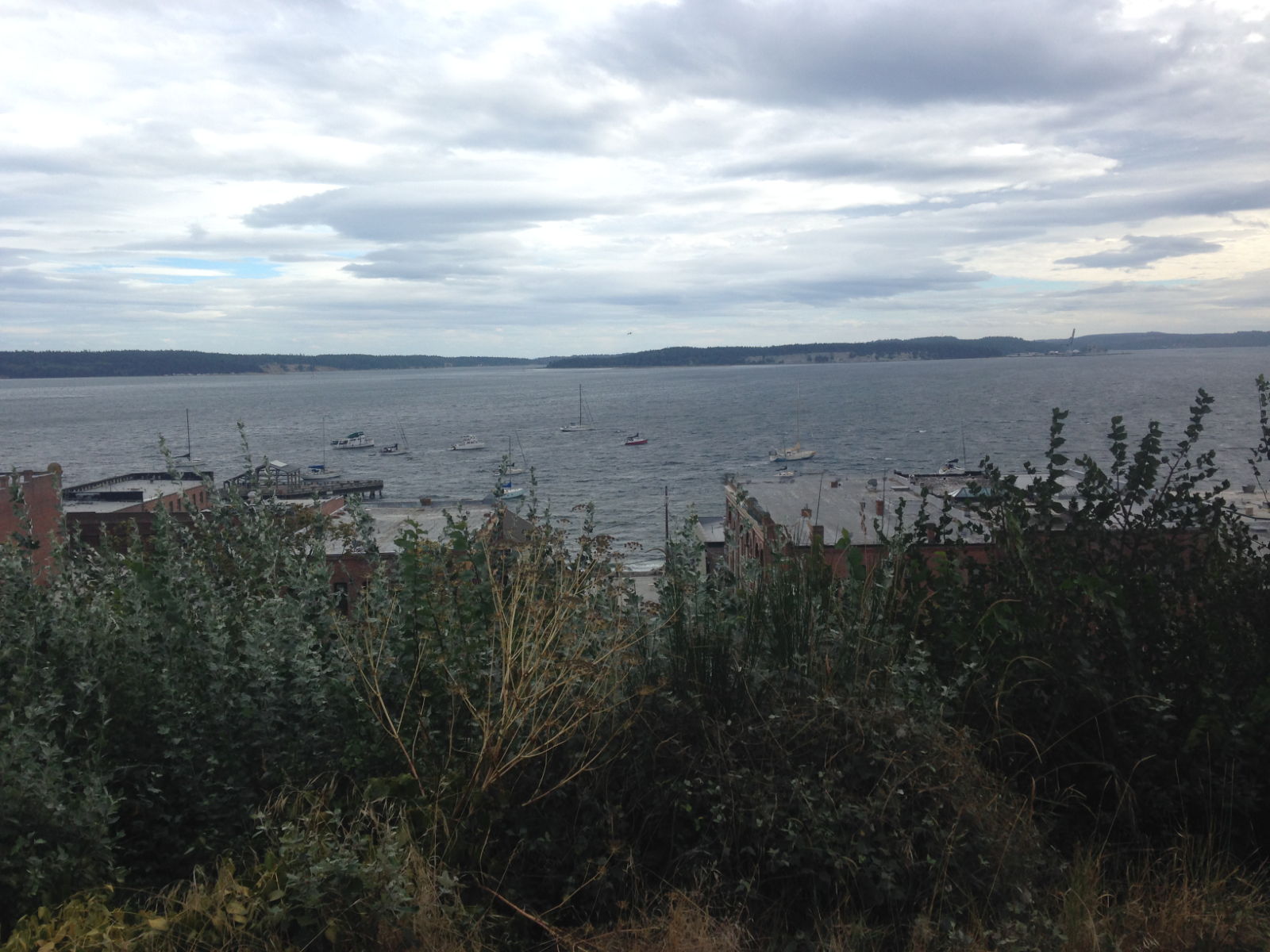
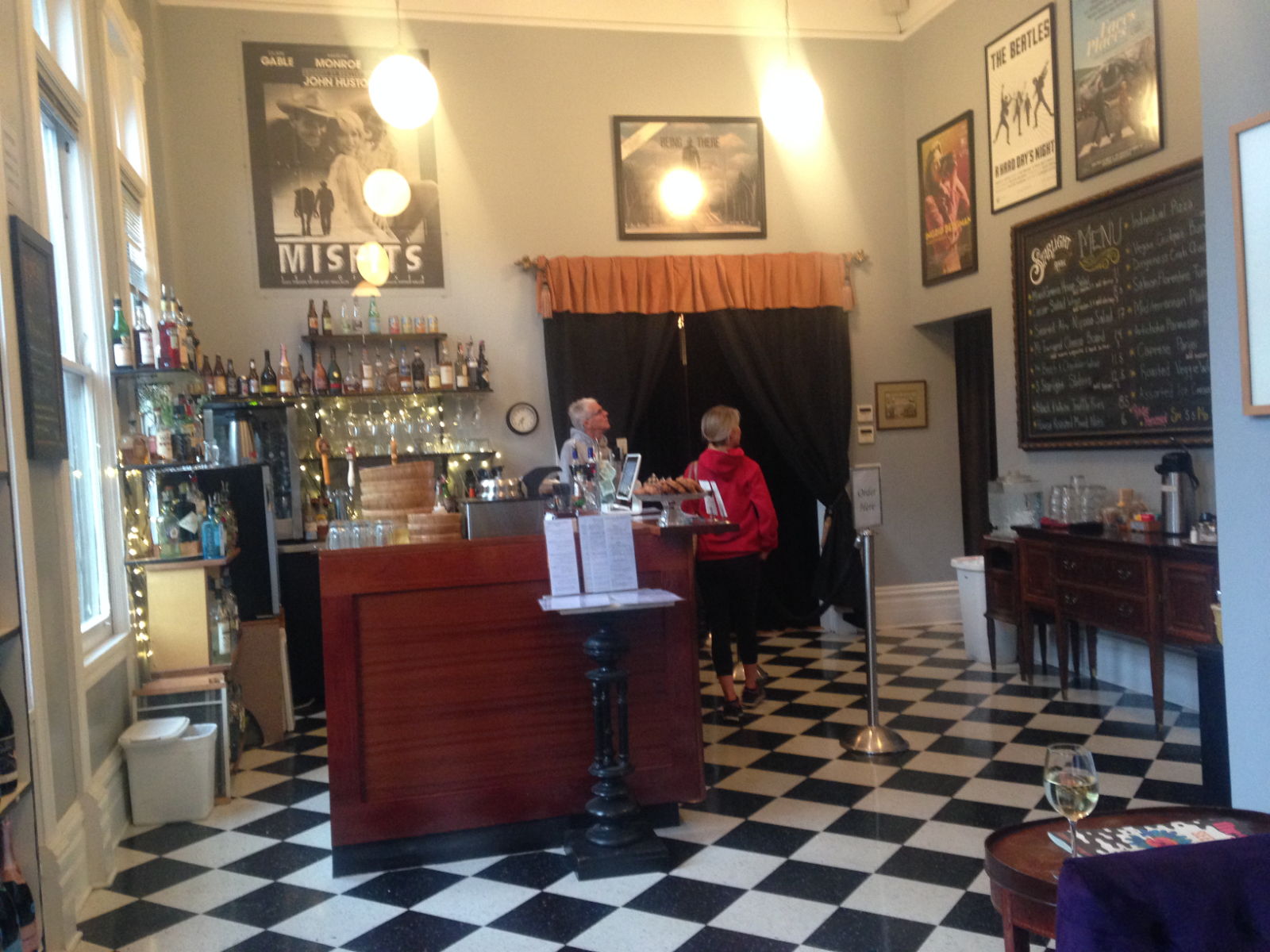
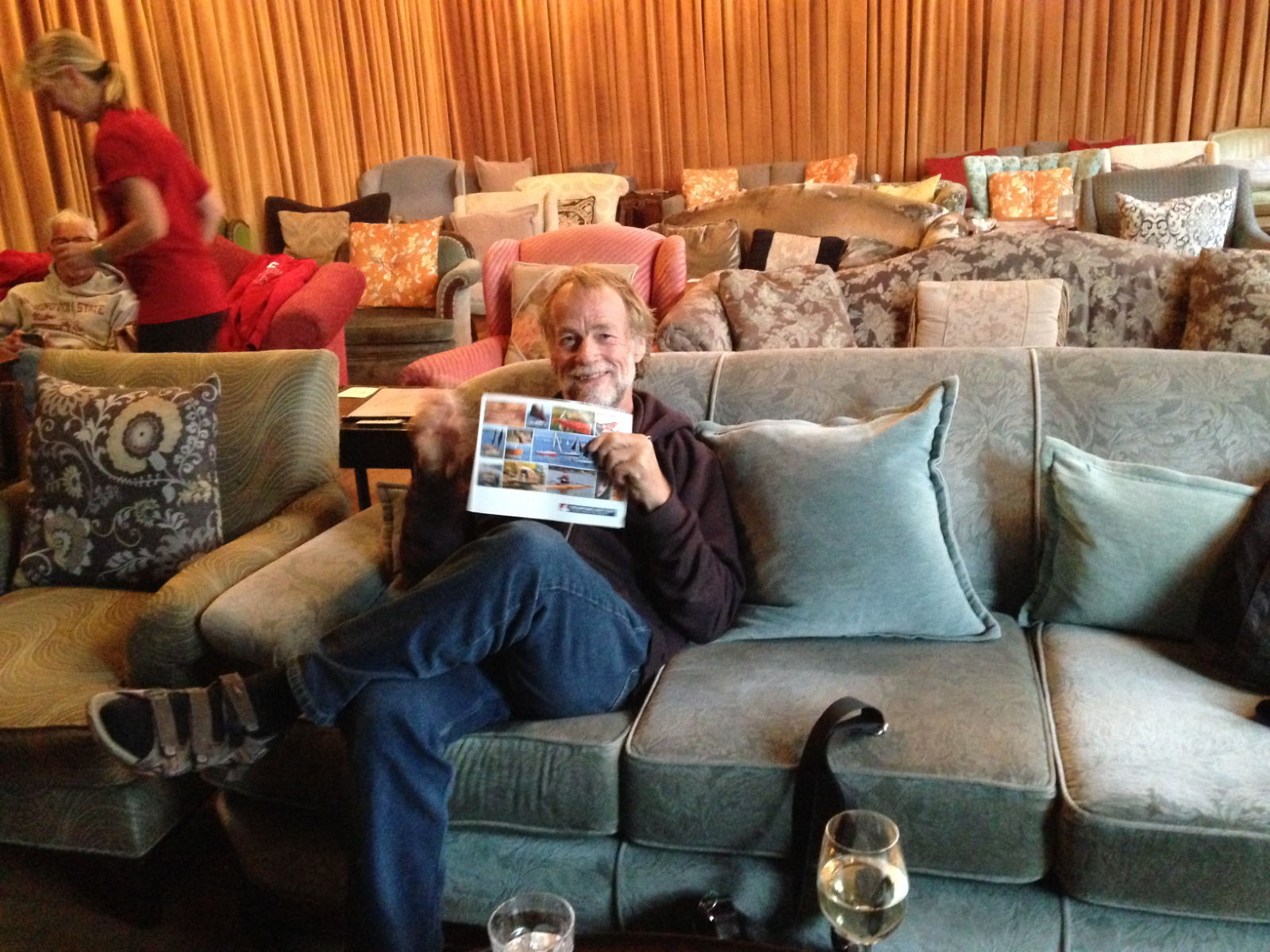
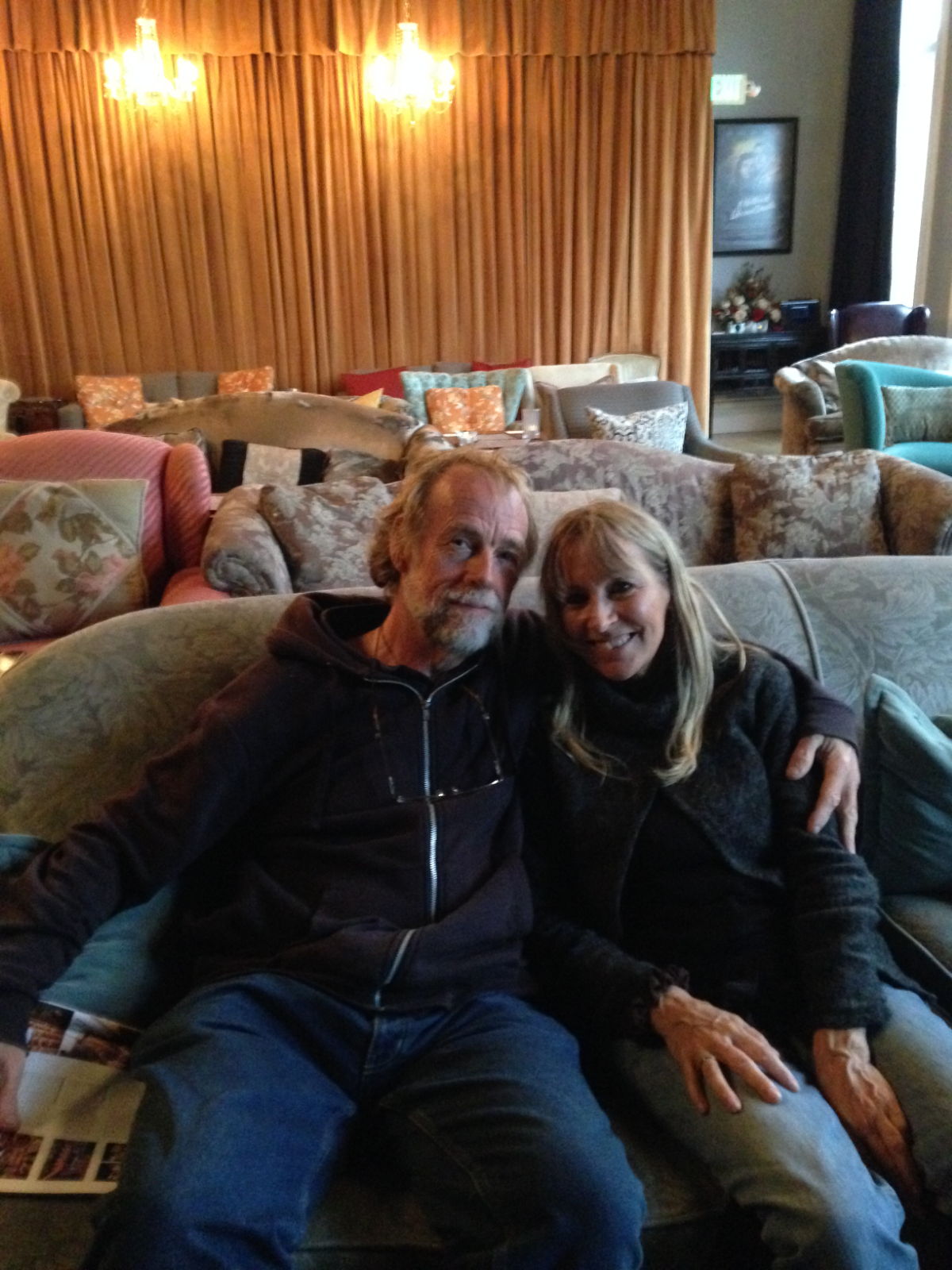
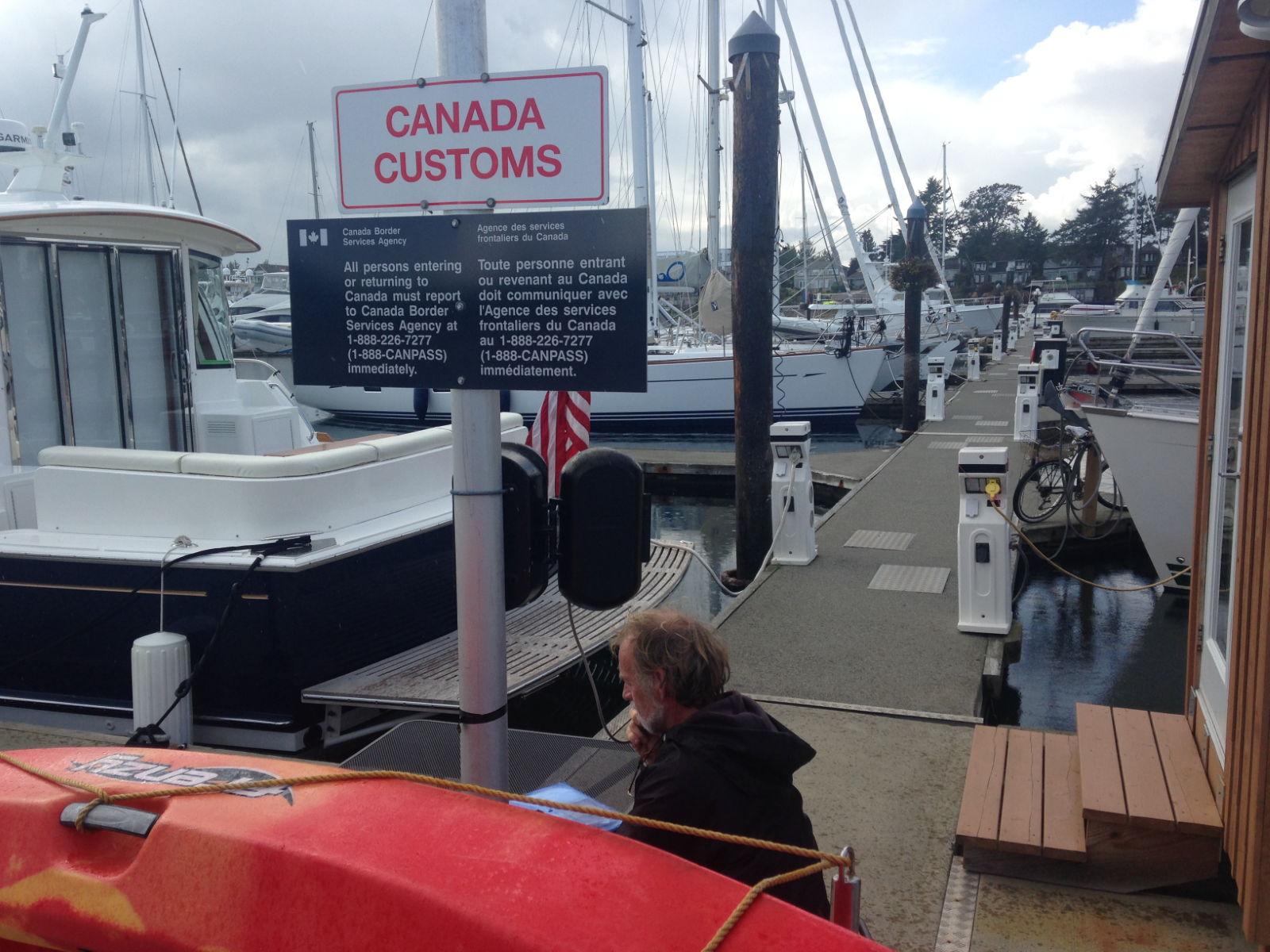
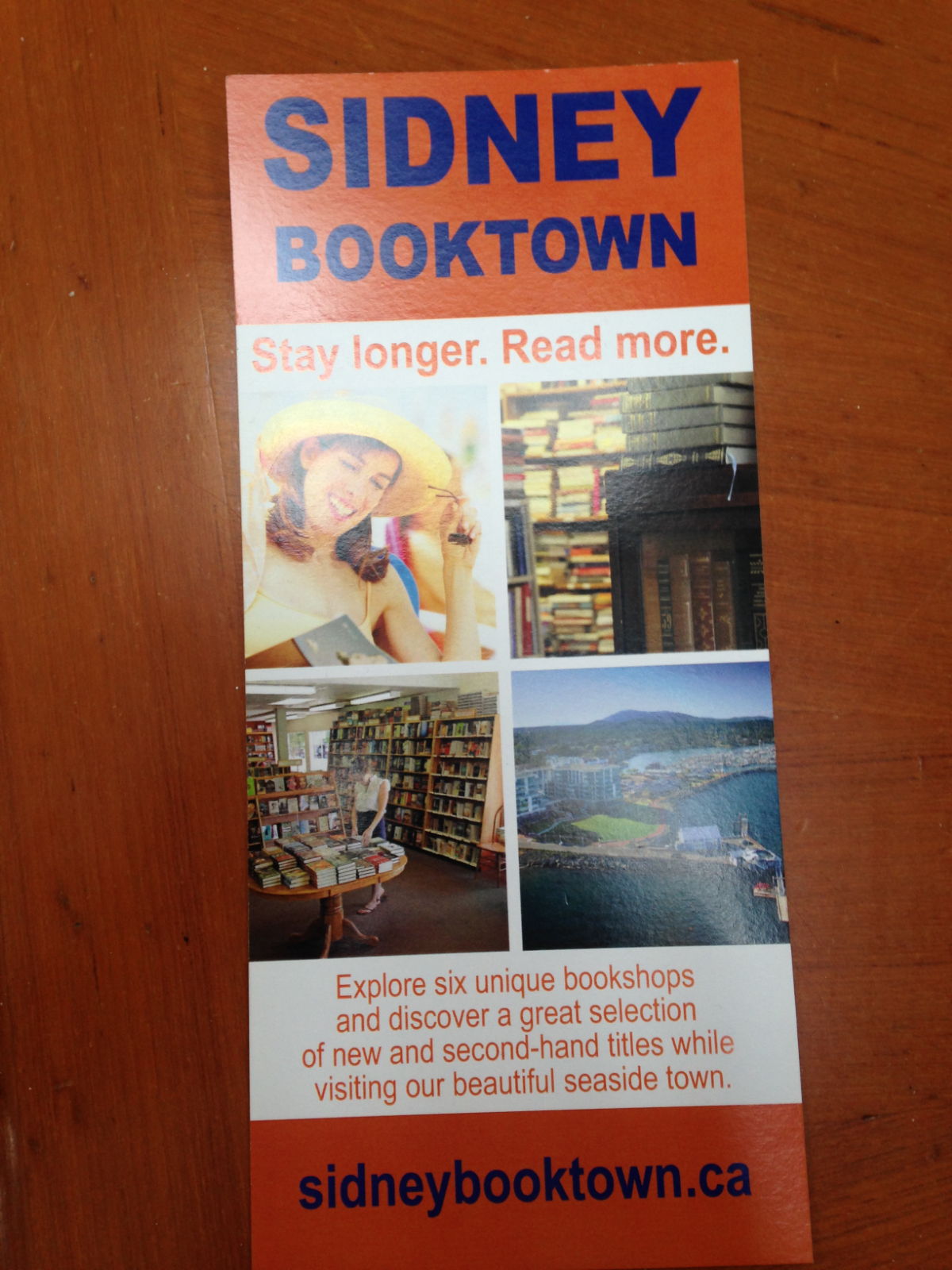

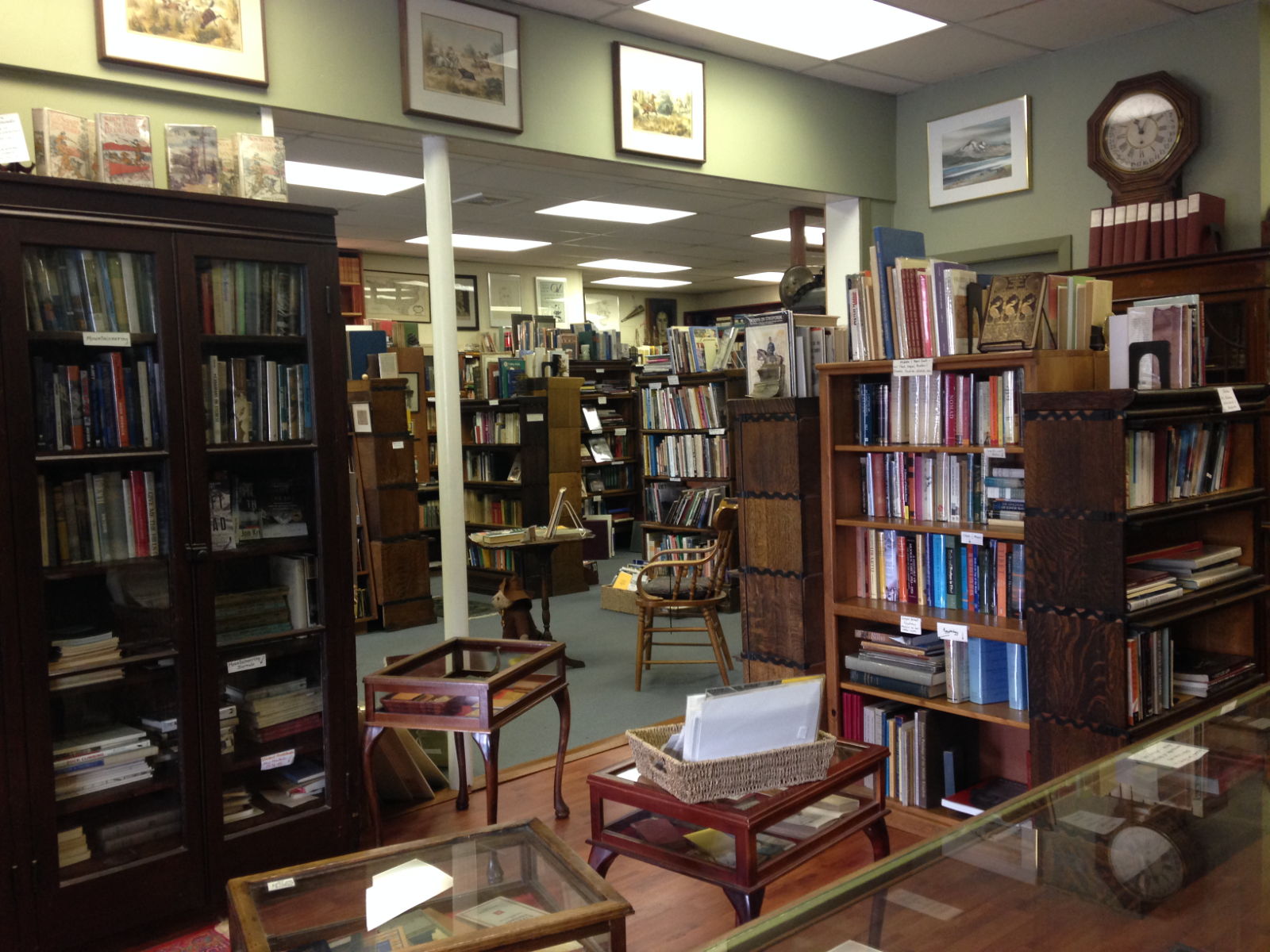
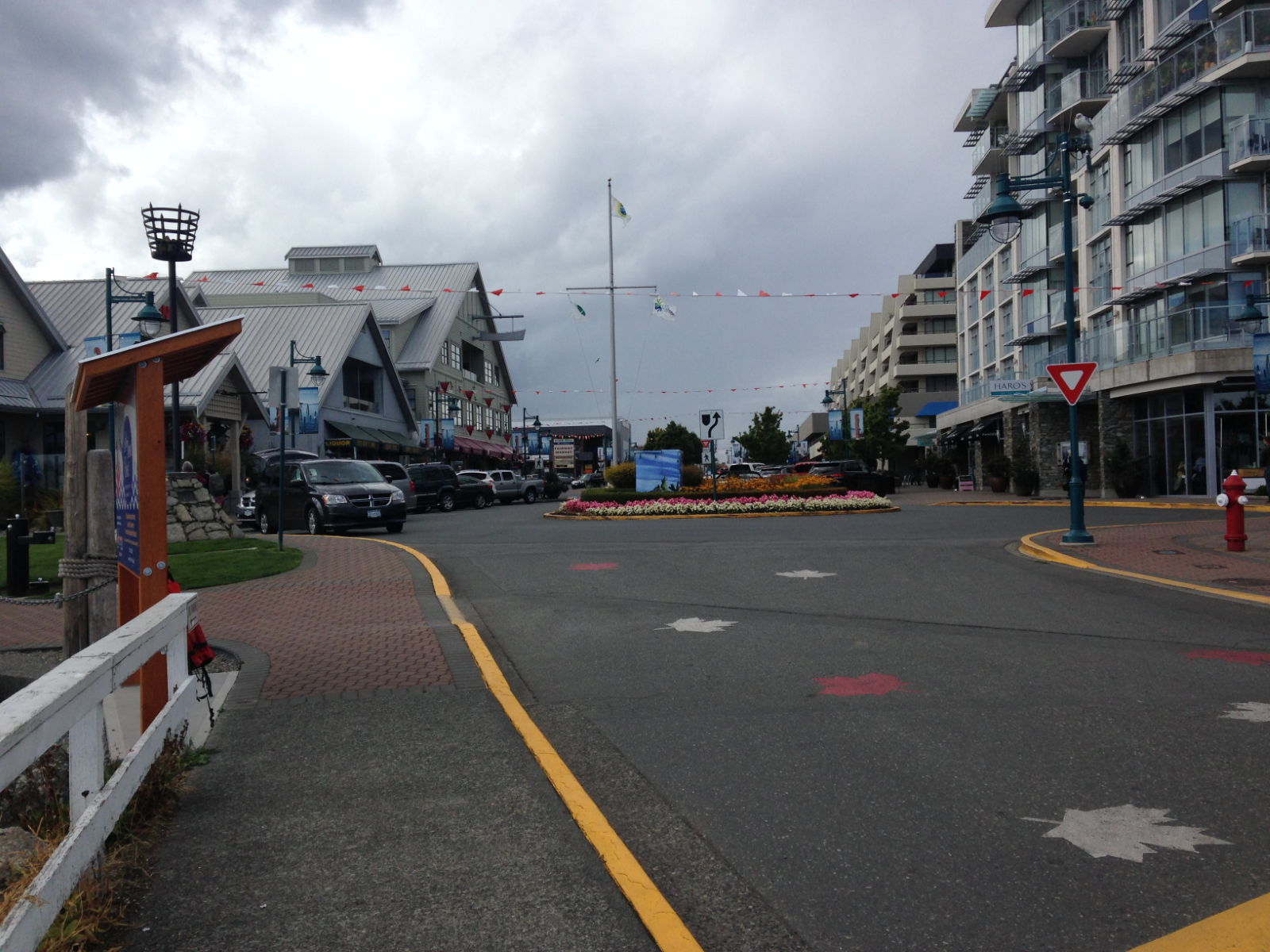
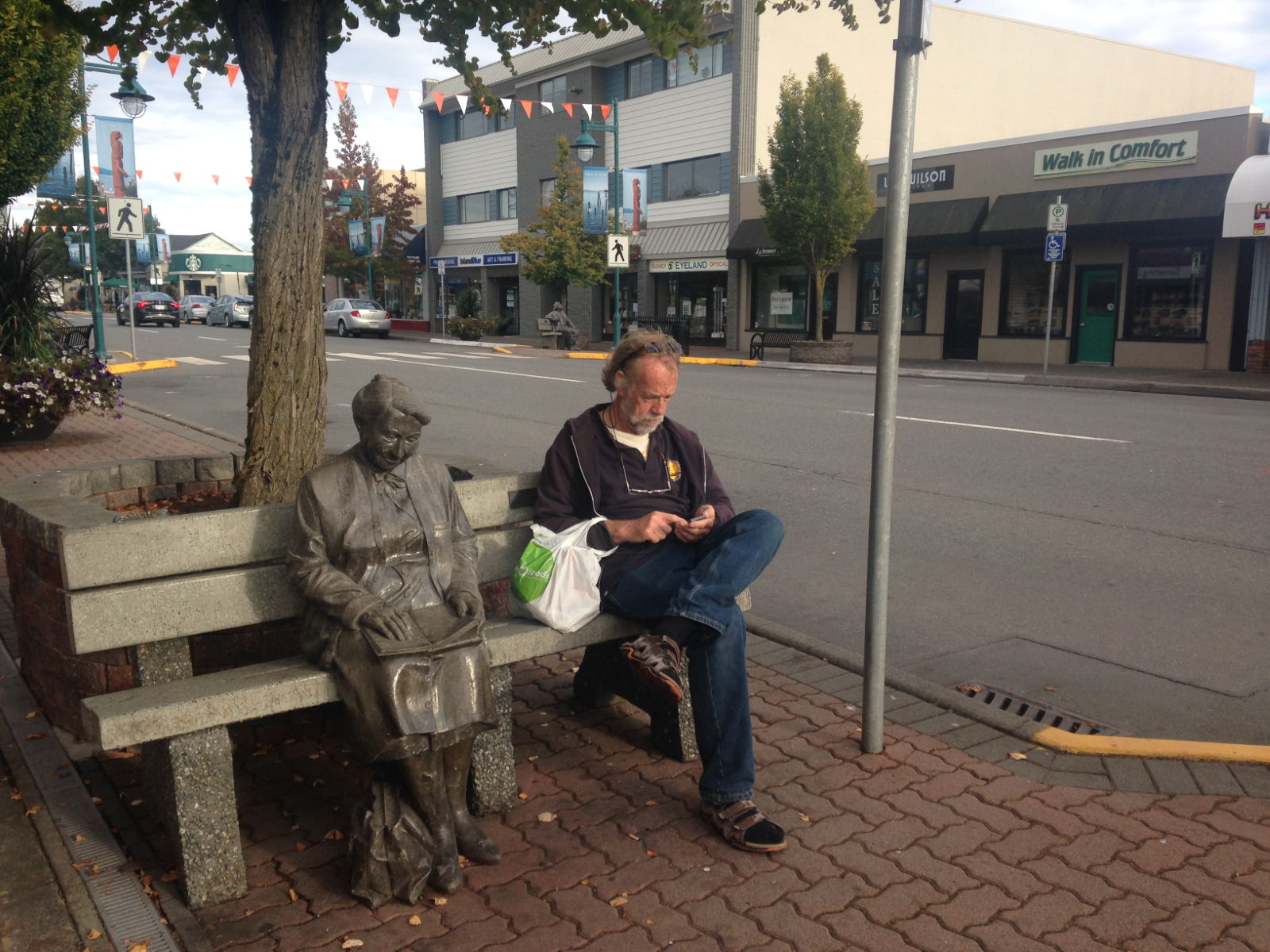
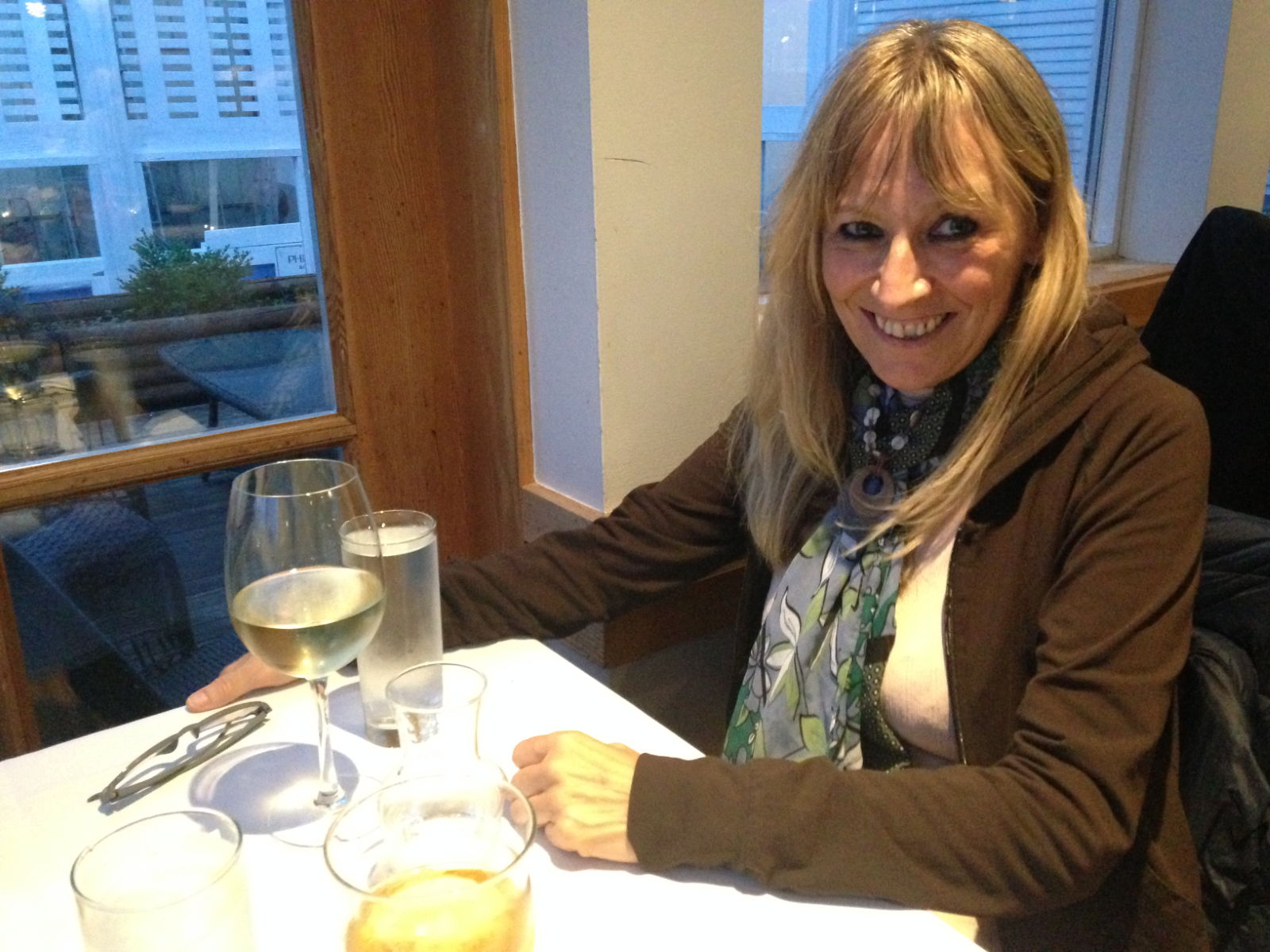


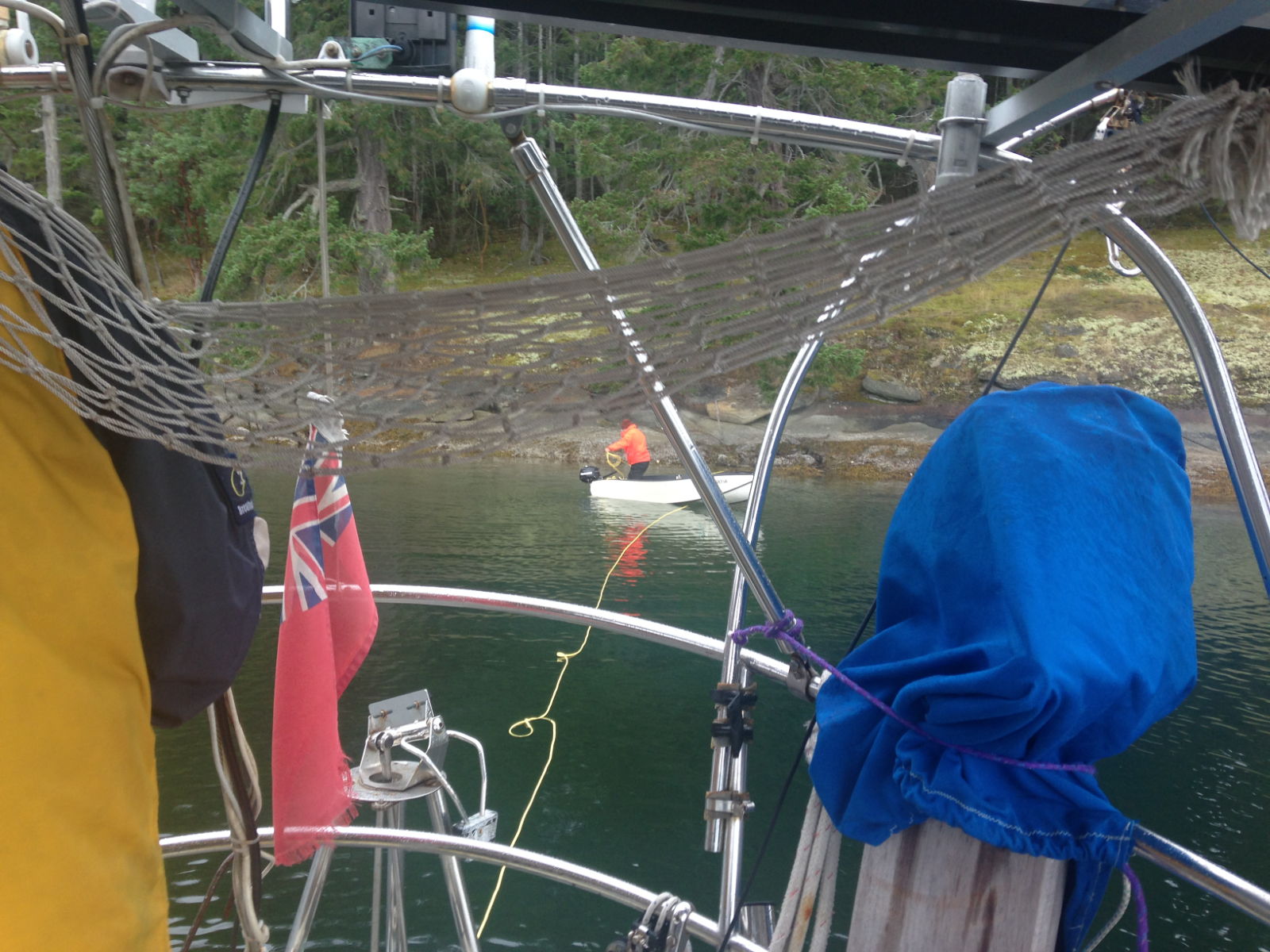
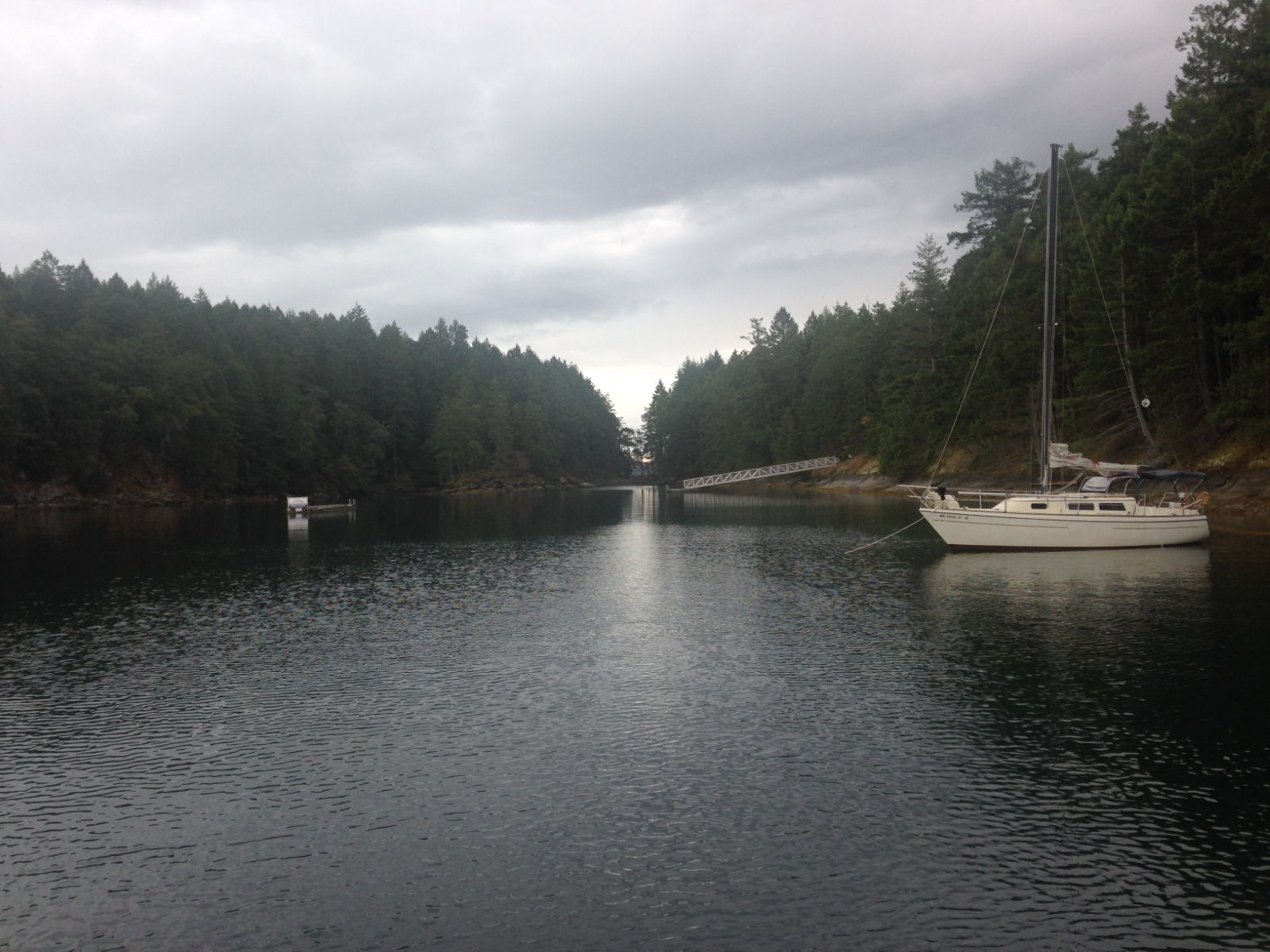
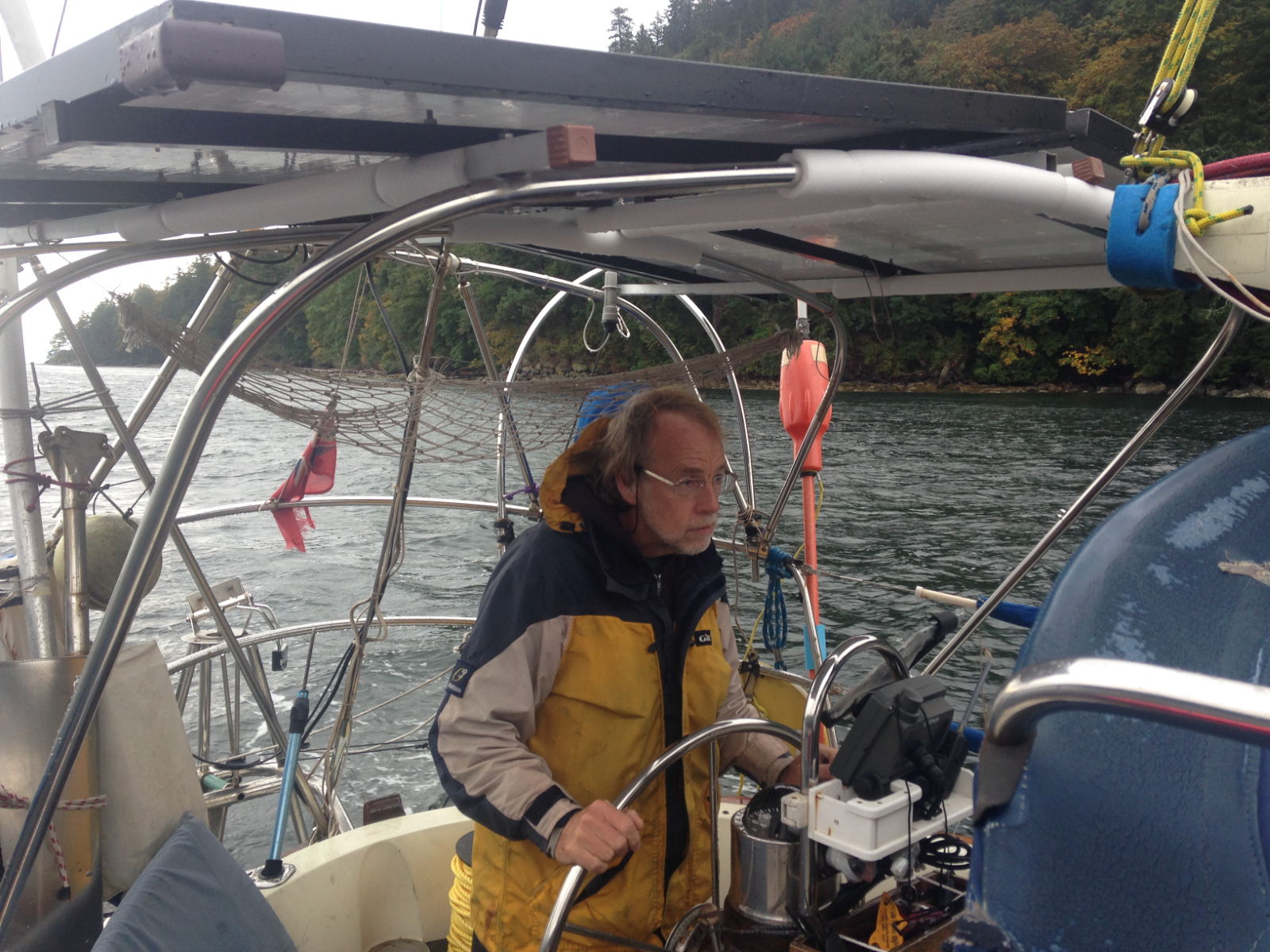
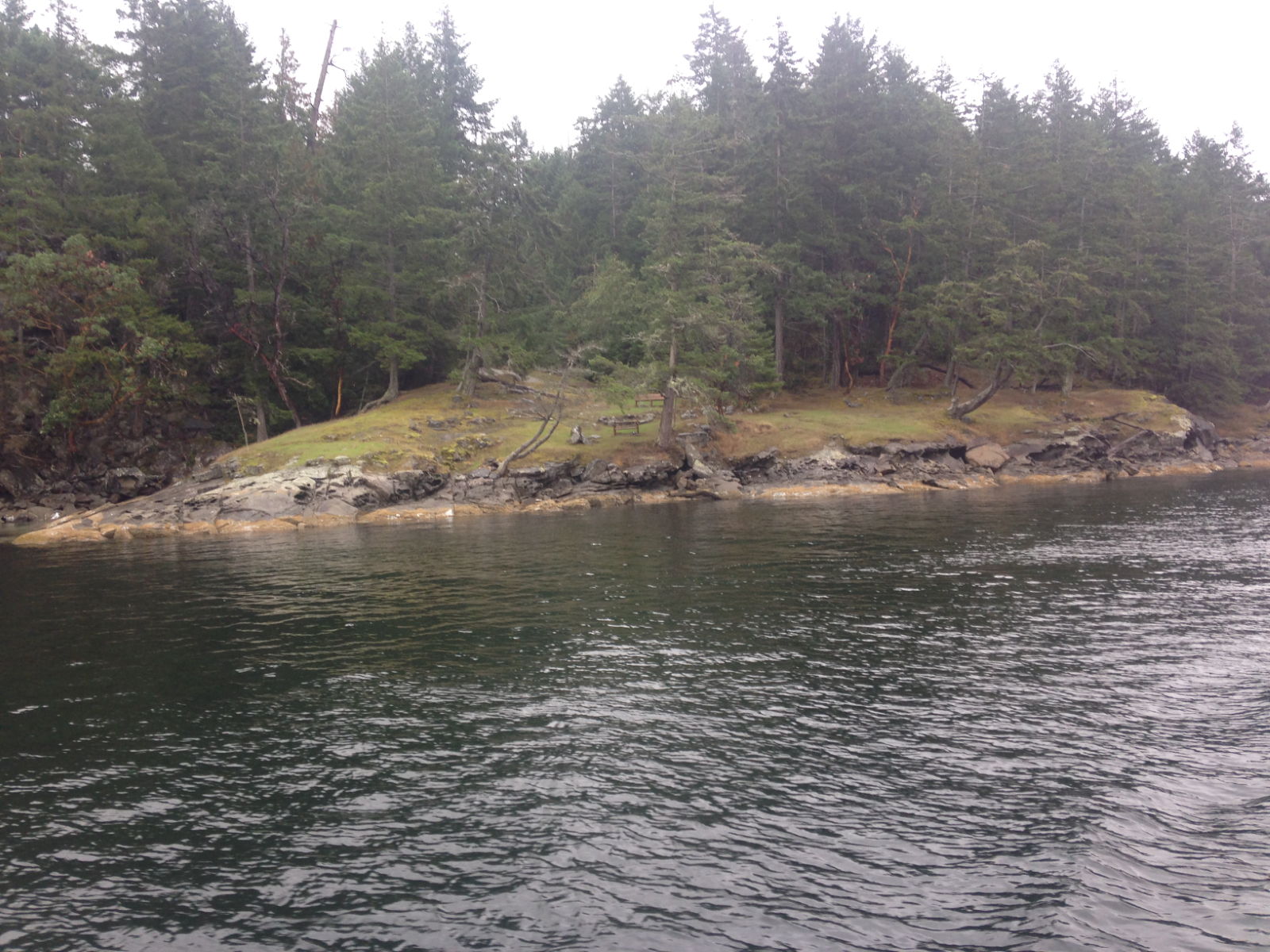
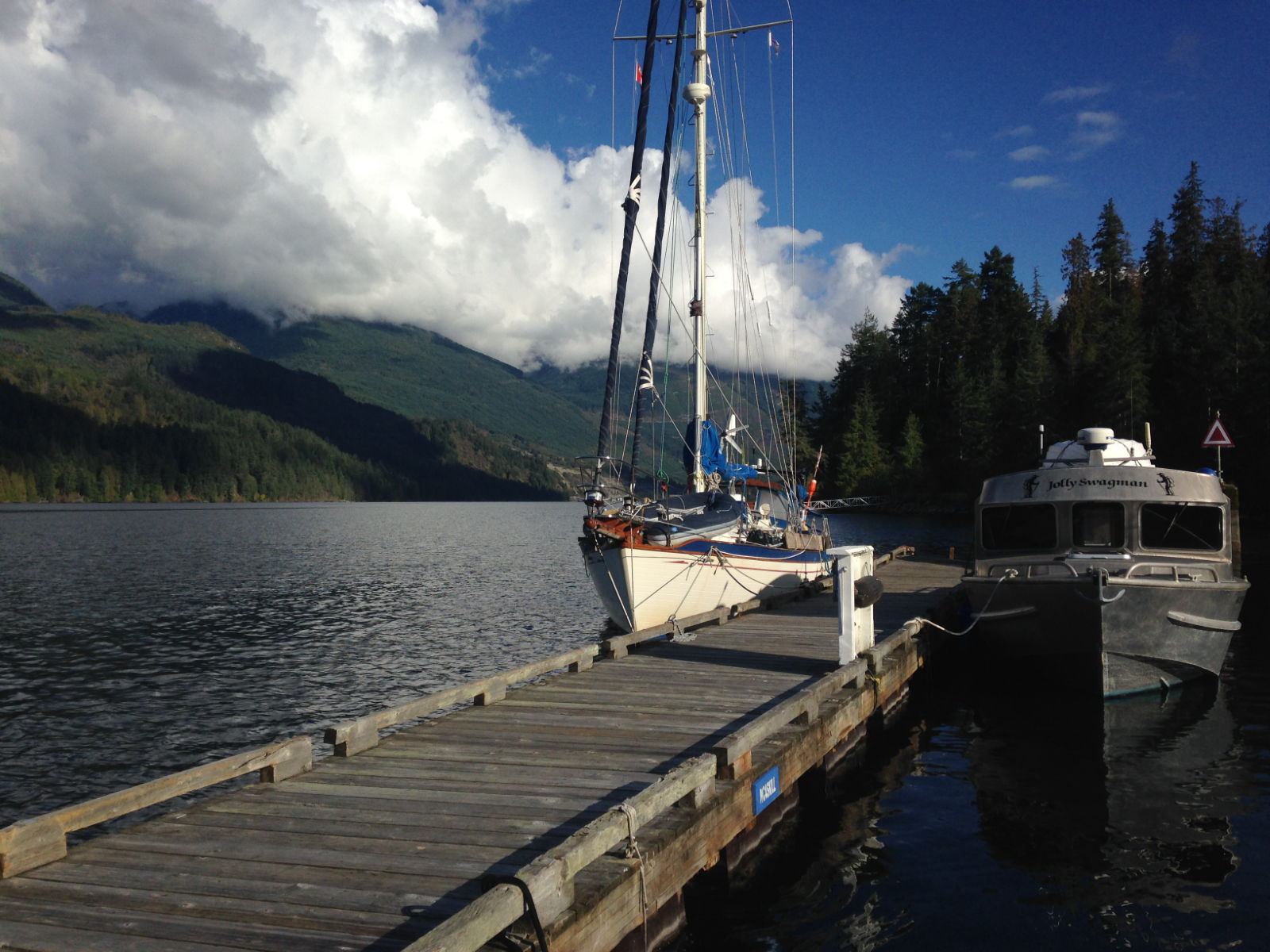


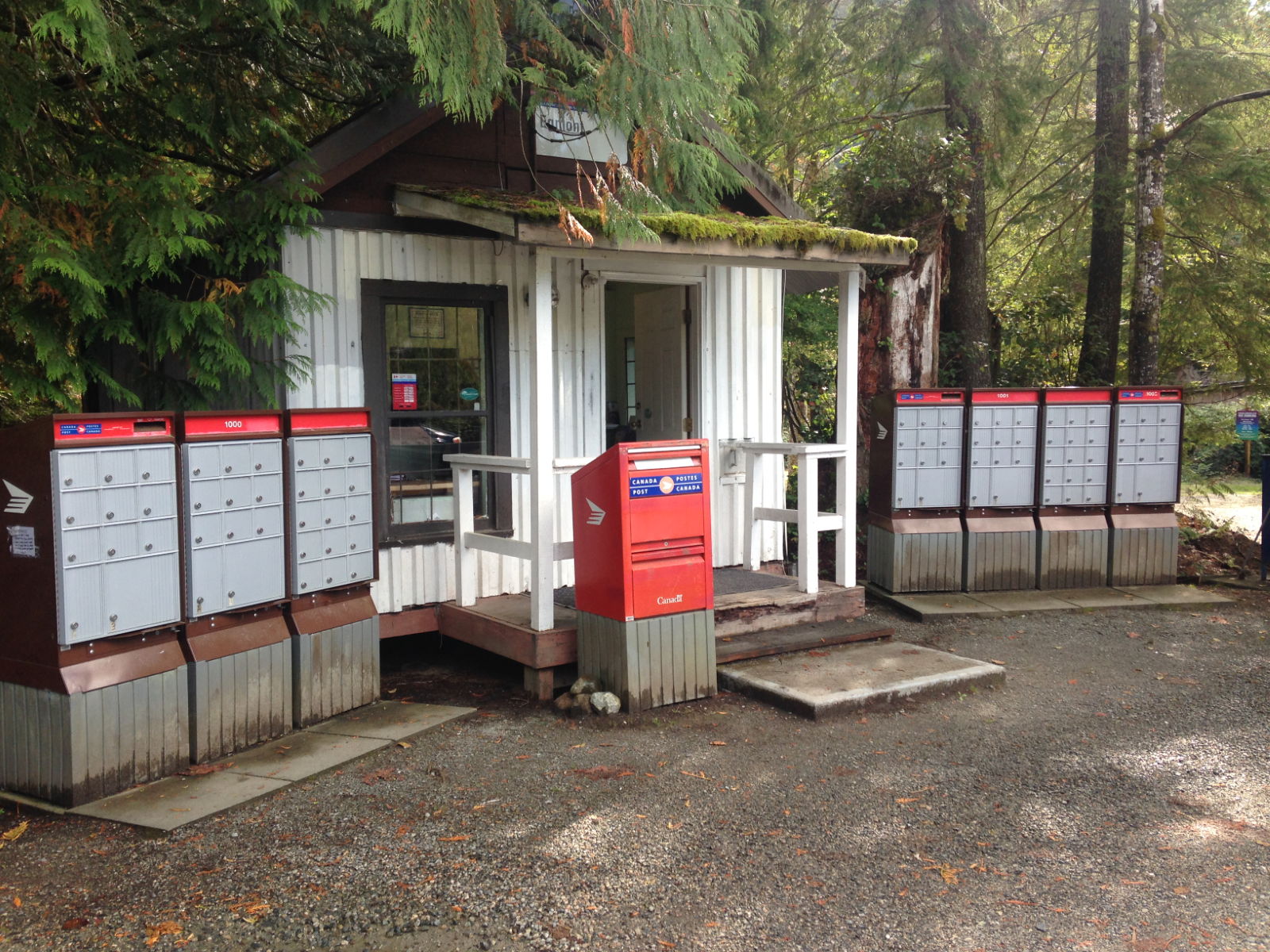
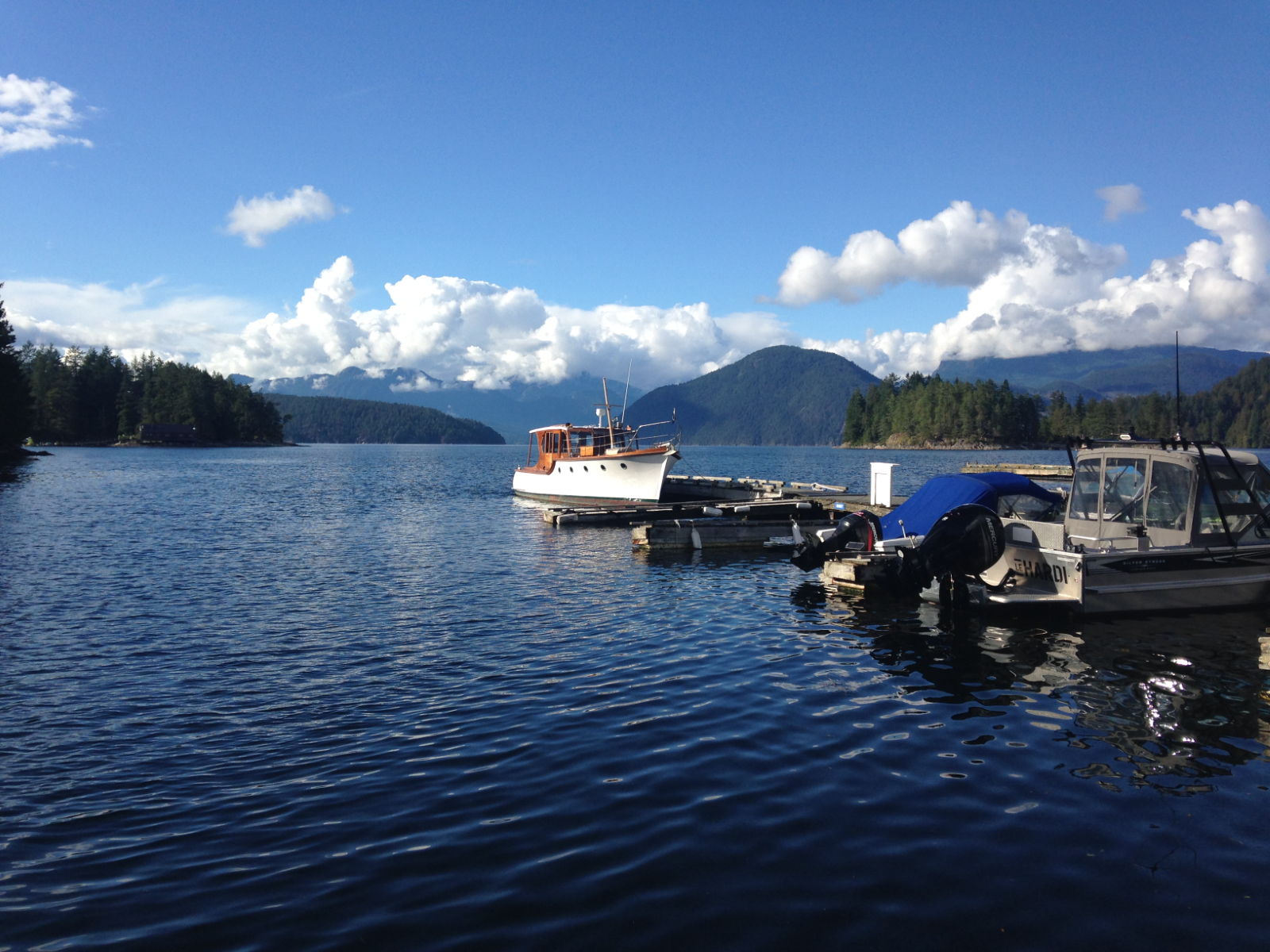
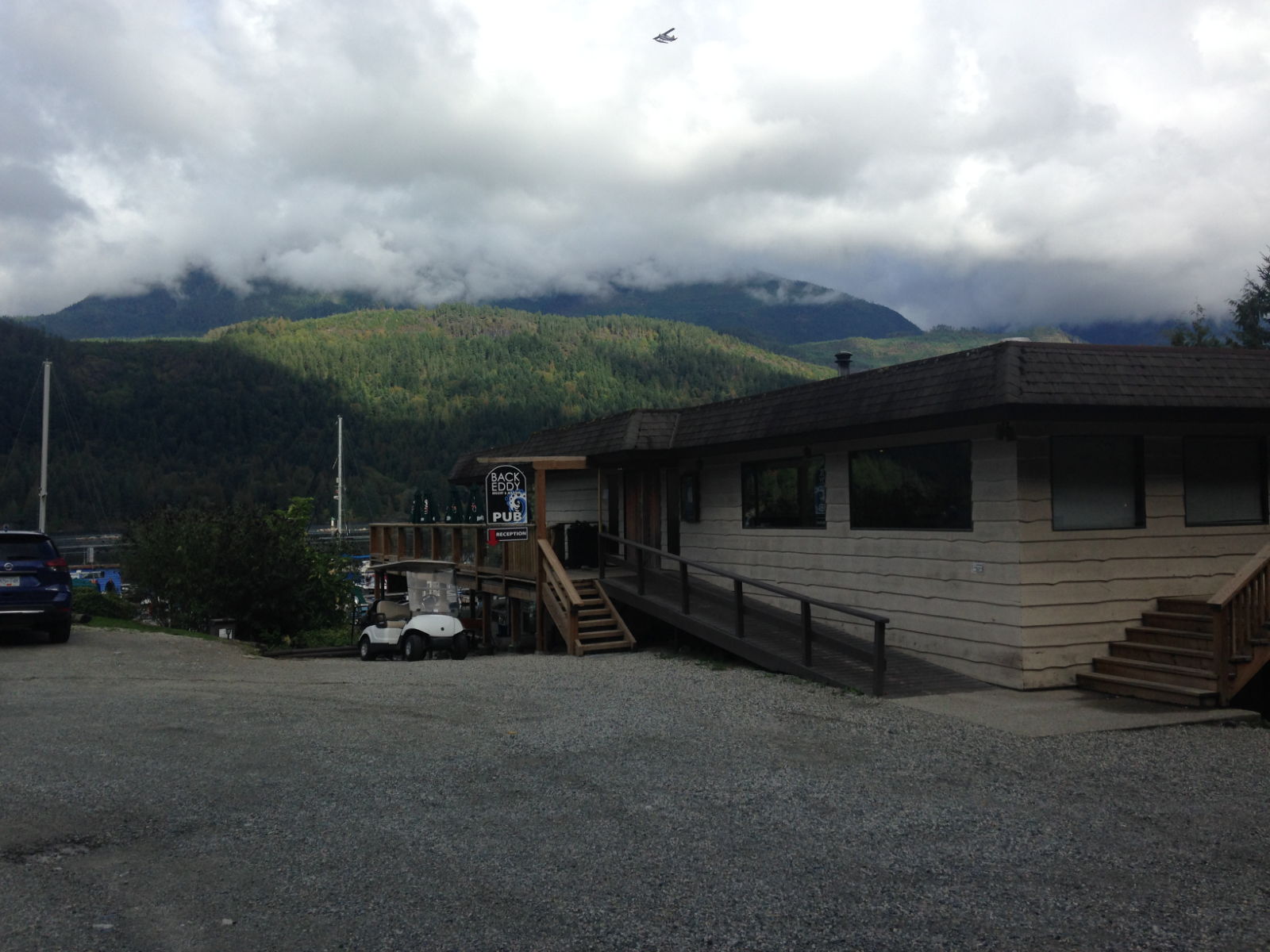
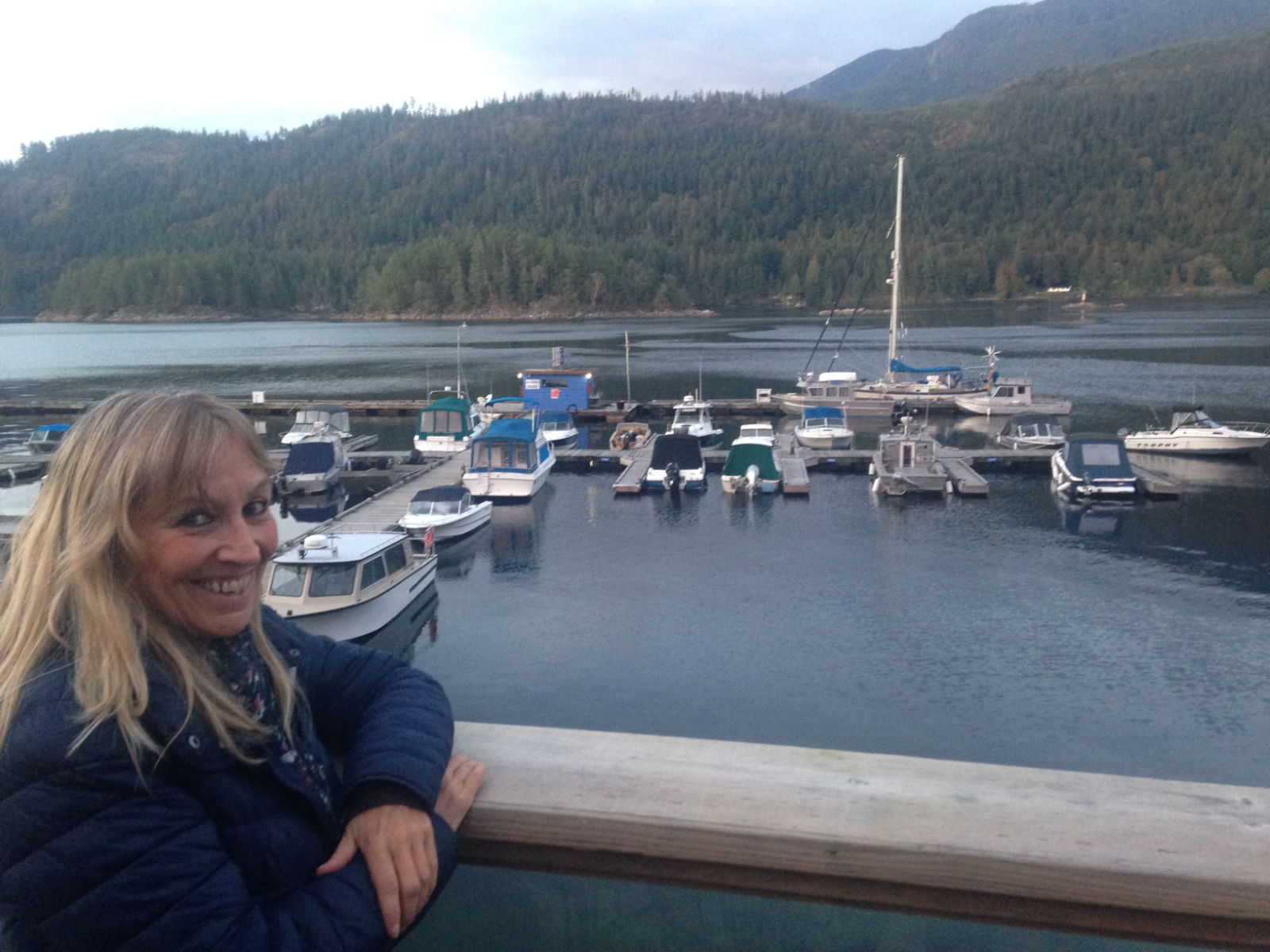
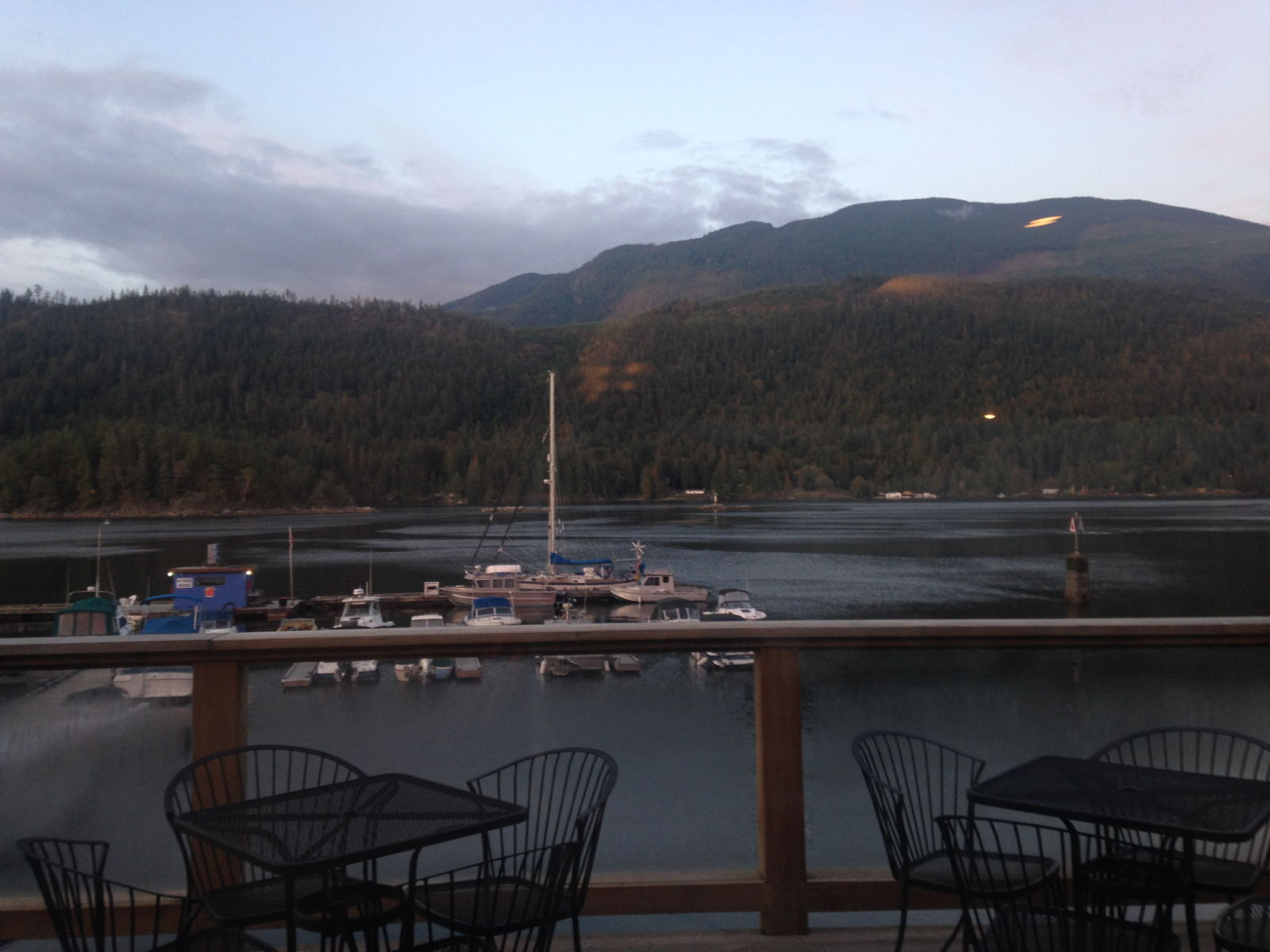
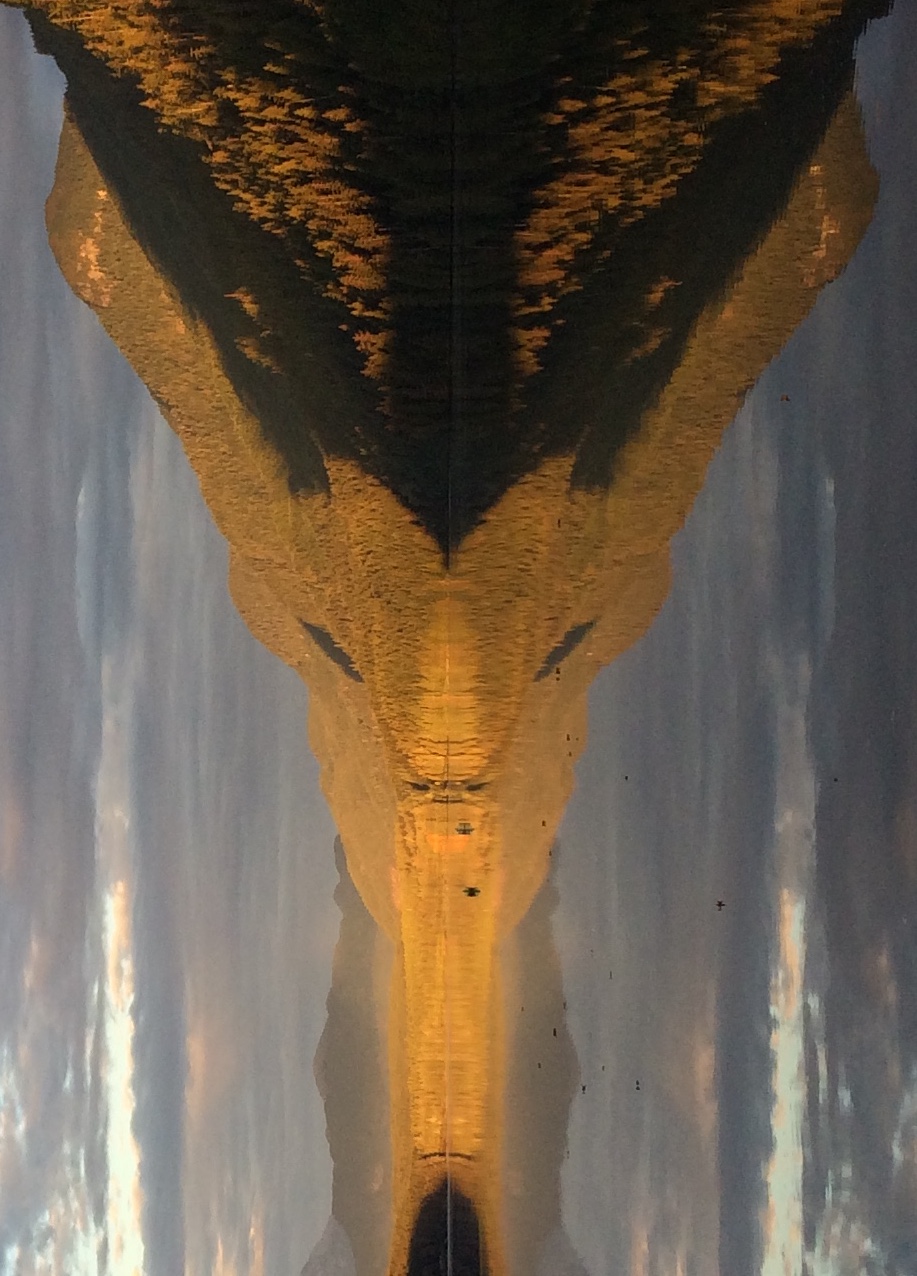

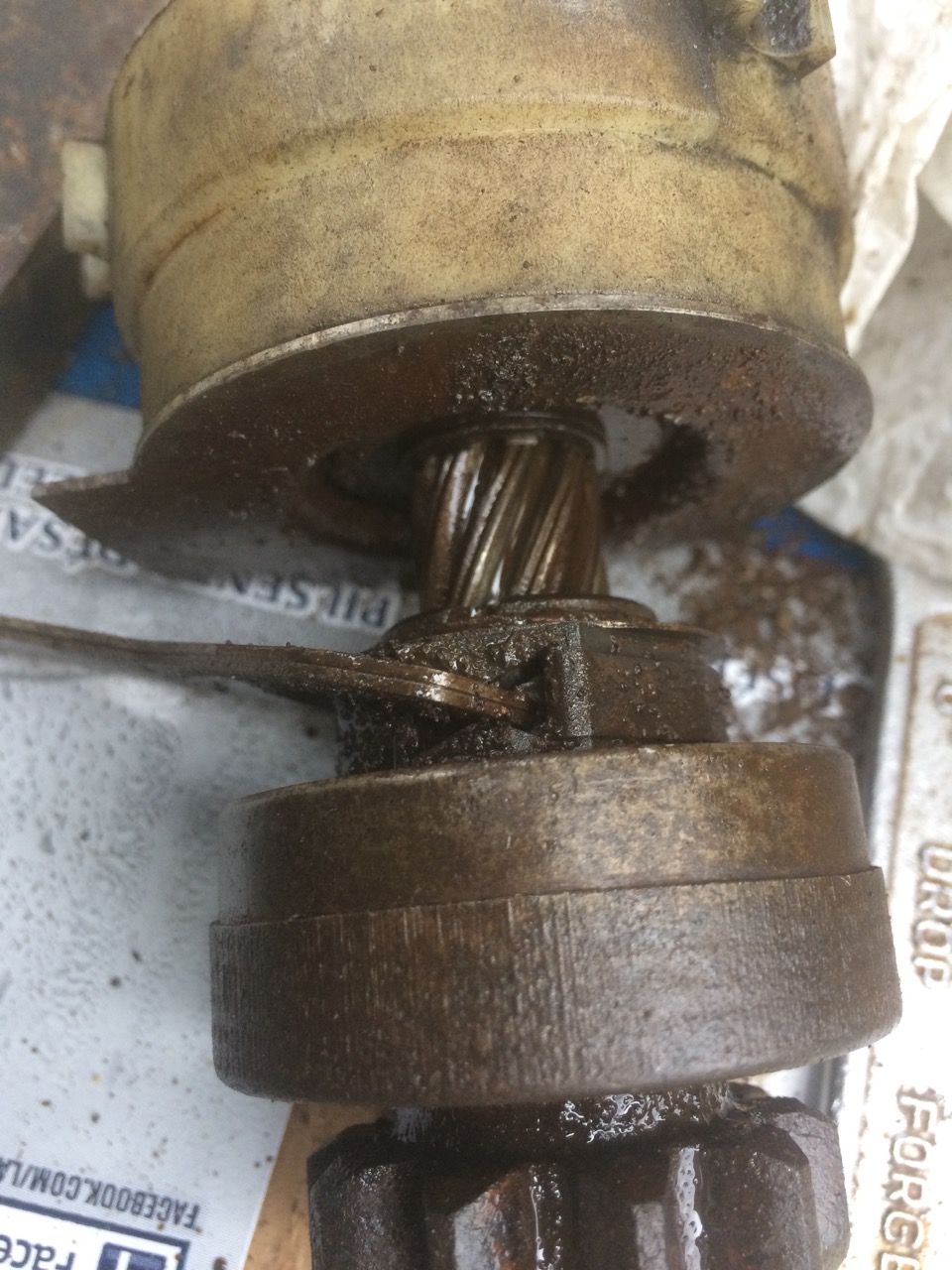

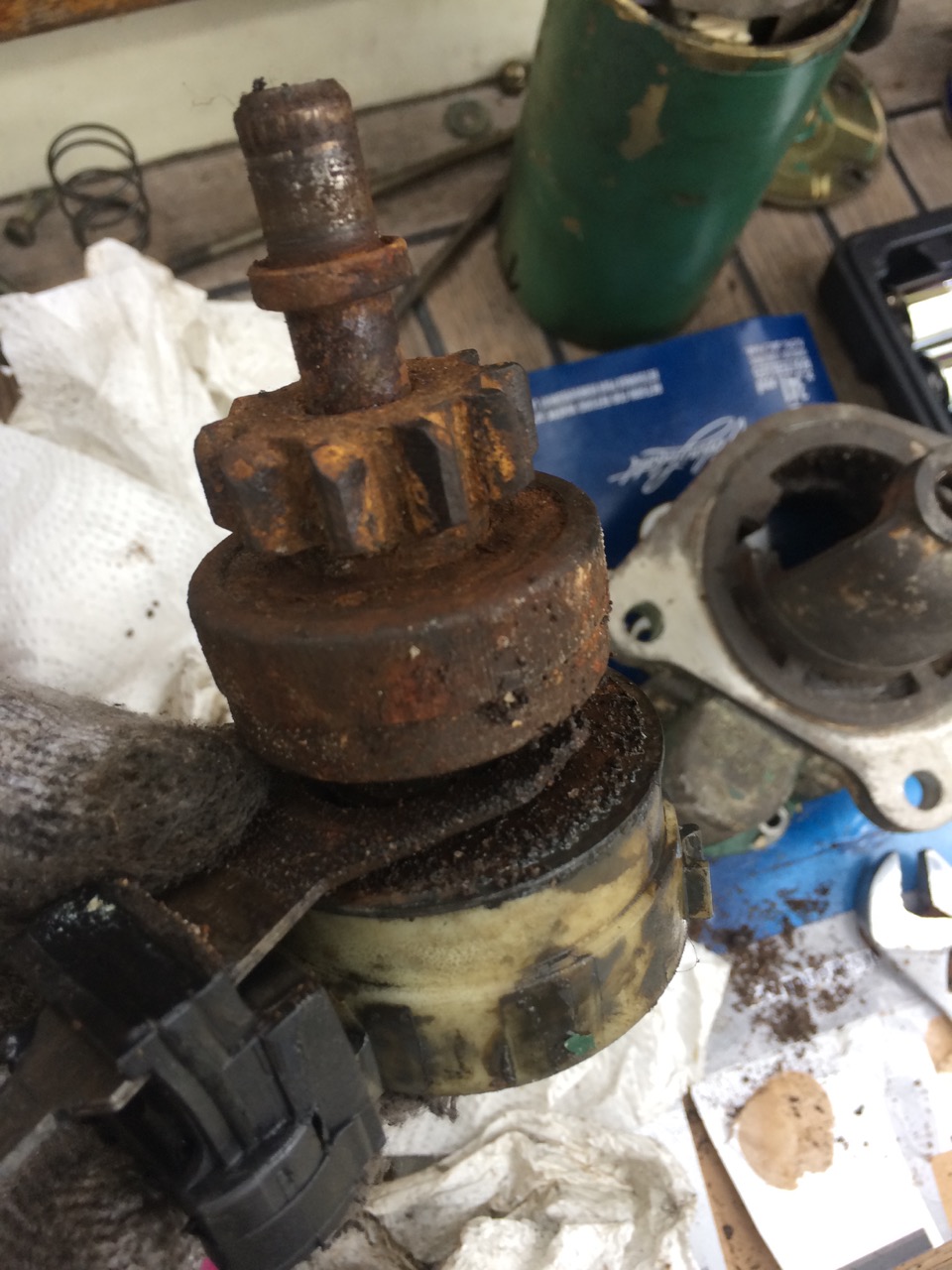

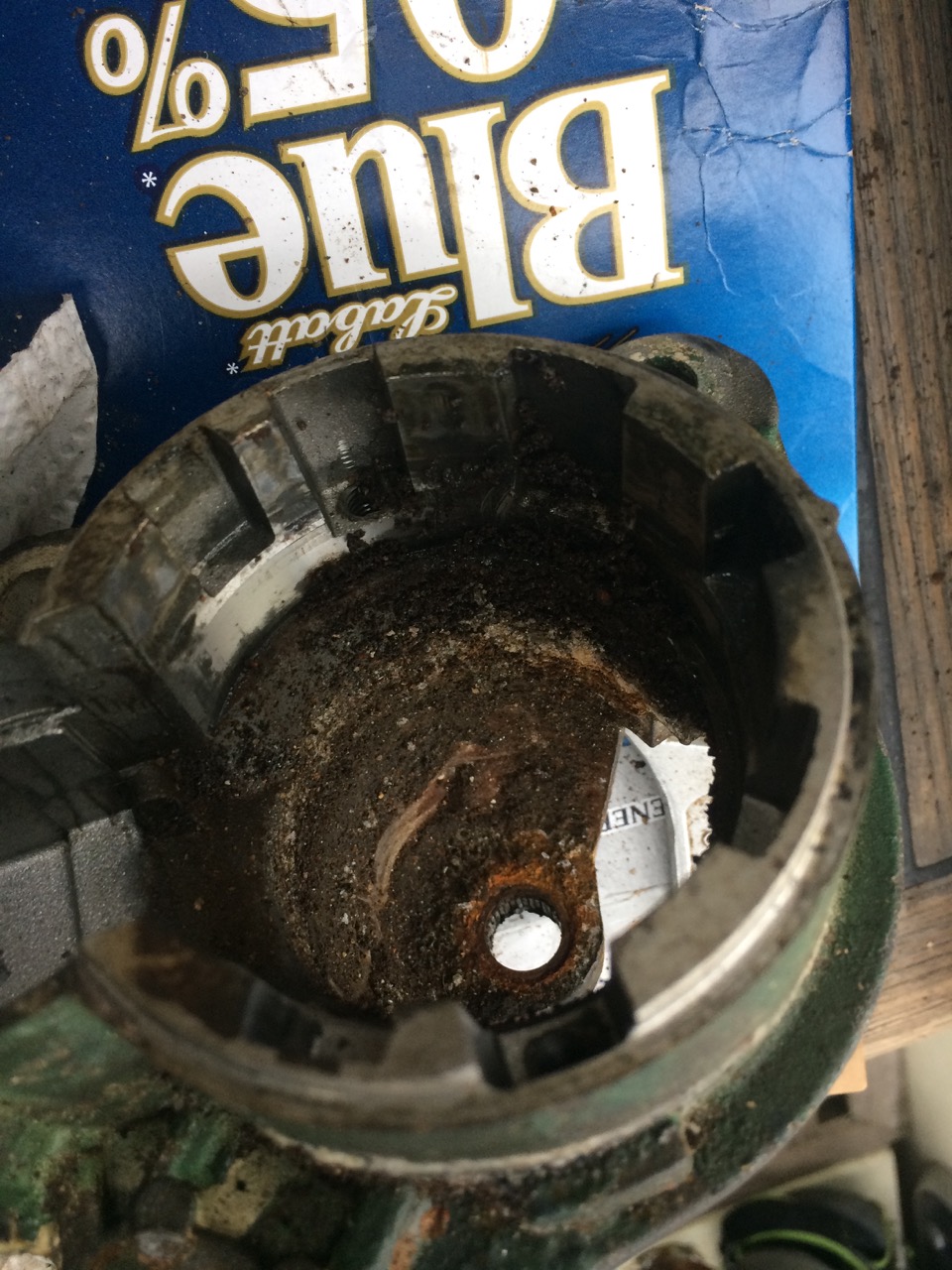
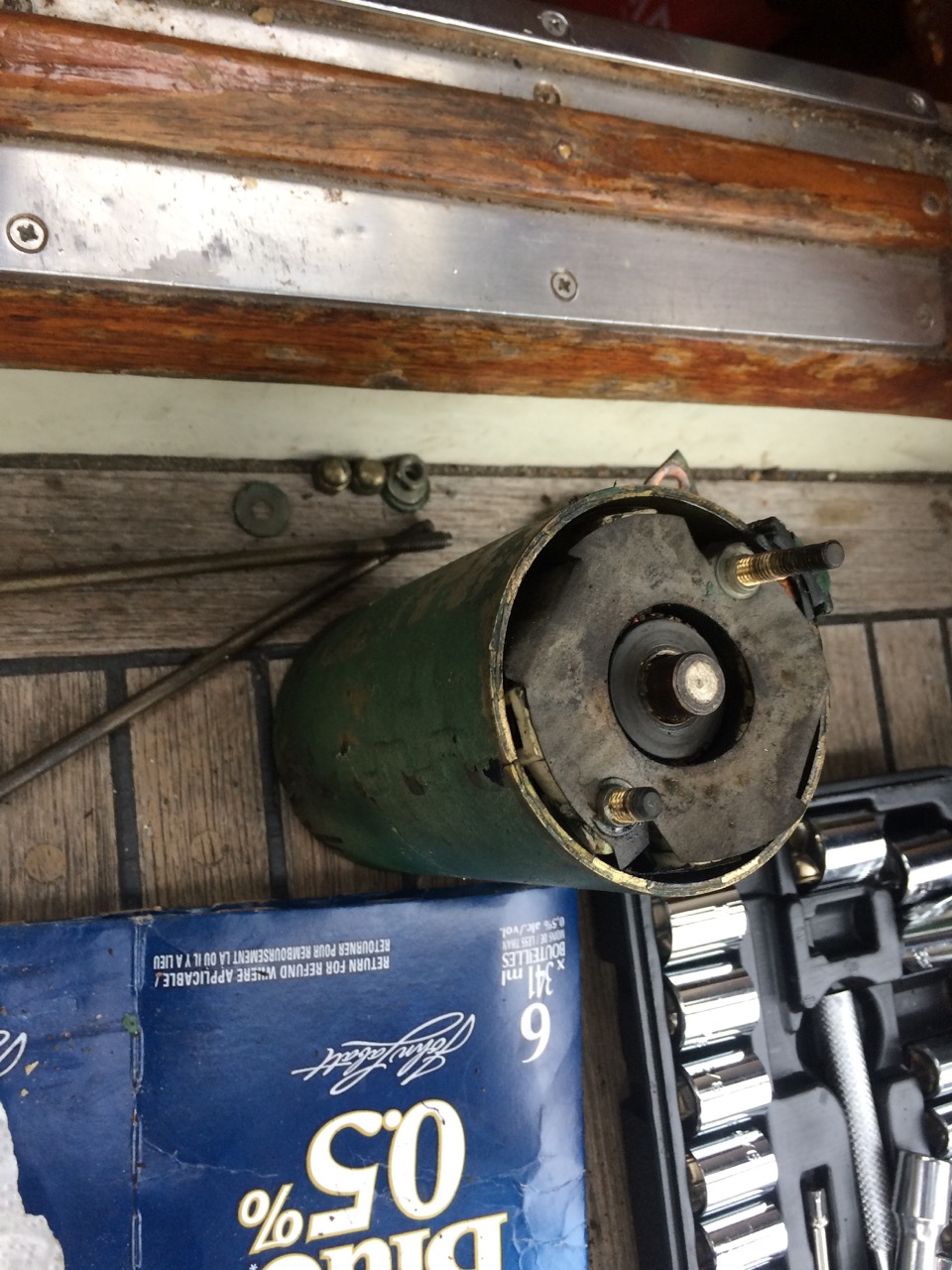
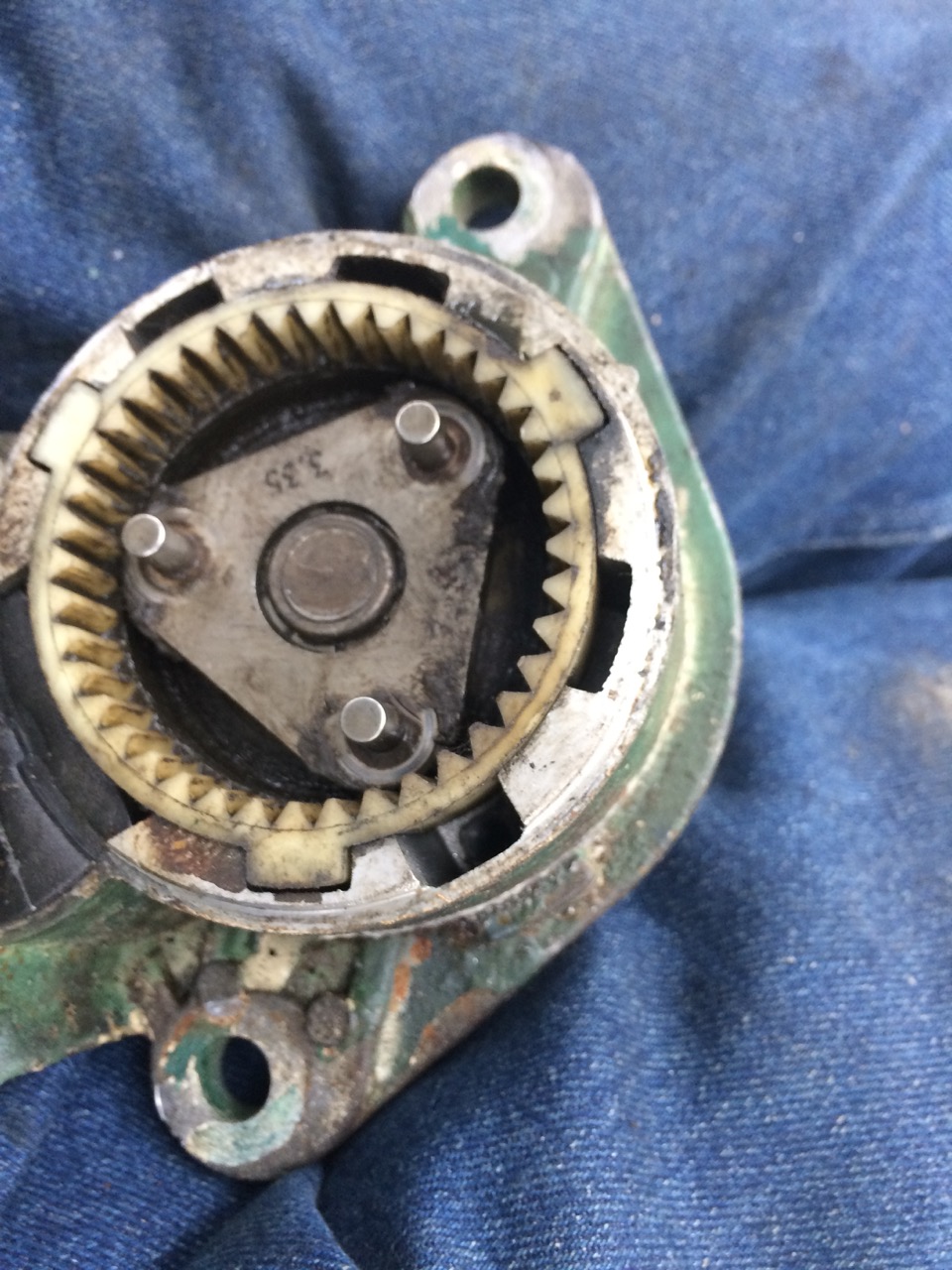

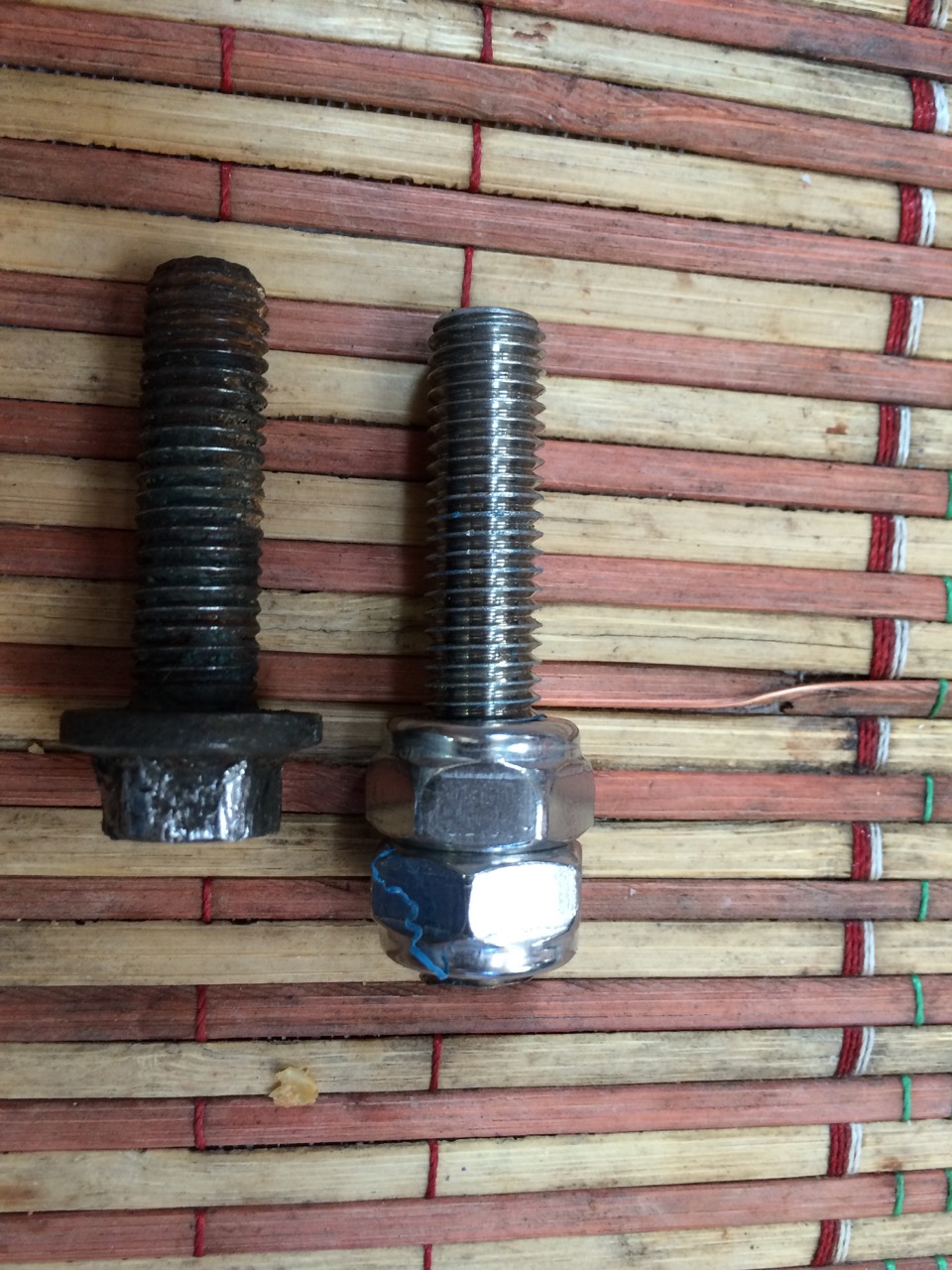 The pump cleaned up ok, but it took a while to find the correct pump in the workshop manual as there are two different types used depending on age.
The pump cleaned up ok, but it took a while to find the correct pump in the workshop manual as there are two different types used depending on age. Further inspection revealed that I didn’t have any spares, even though I couldn’t see any wear on the rubber o-ring that was in there, and the diagram didn’t show any other seals. I filled the chamber with water and nothing dripped out. I wondered if perhaps the pipes feeding/taking water to the pump were leaking at the join and the water being squirted to the back of the pump. Unlikely, but it was my only hope for a quick repair.
Further inspection revealed that I didn’t have any spares, even though I couldn’t see any wear on the rubber o-ring that was in there, and the diagram didn’t show any other seals. I filled the chamber with water and nothing dripped out. I wondered if perhaps the pipes feeding/taking water to the pump were leaking at the join and the water being squirted to the back of the pump. Unlikely, but it was my only hope for a quick repair.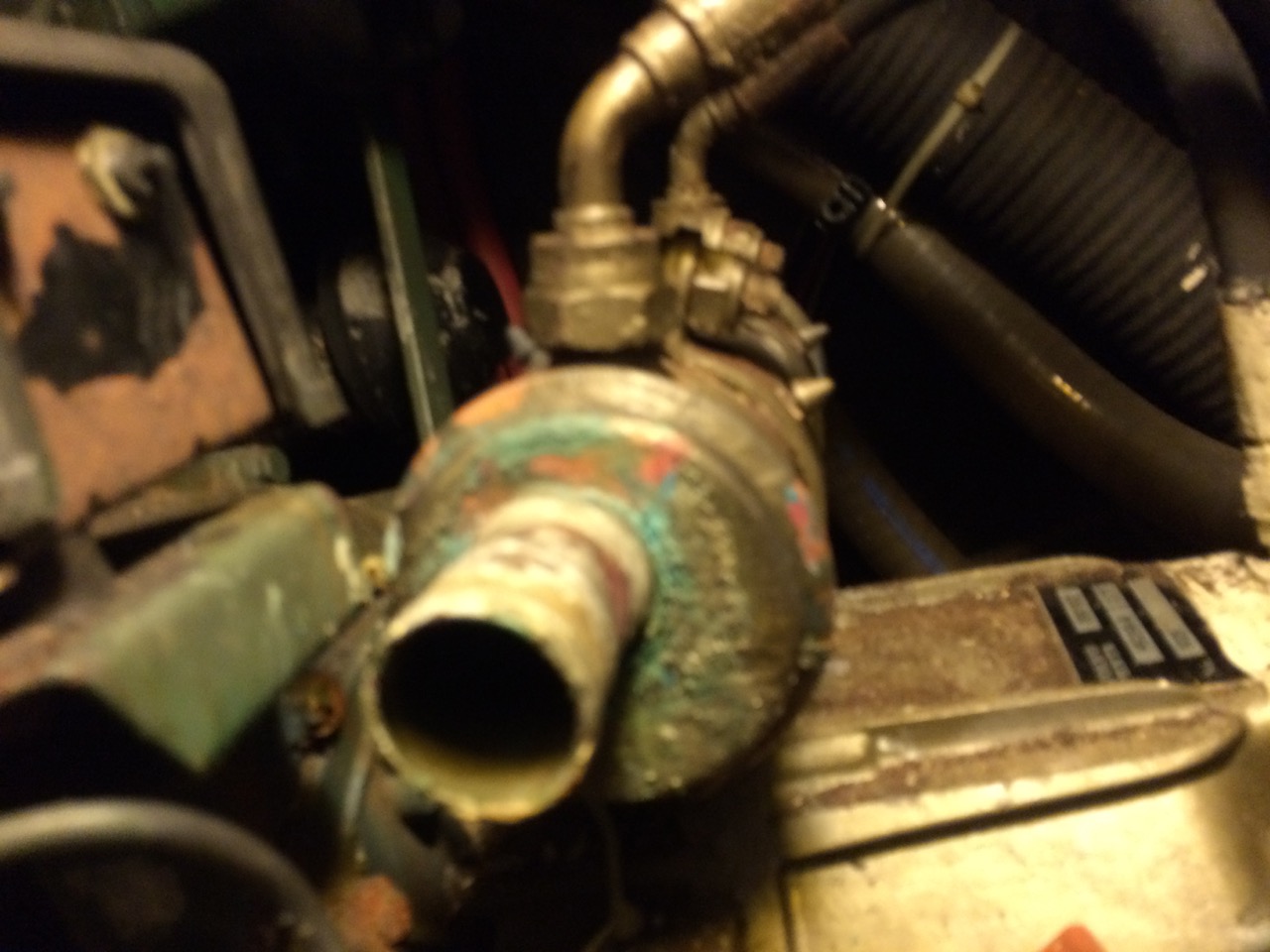
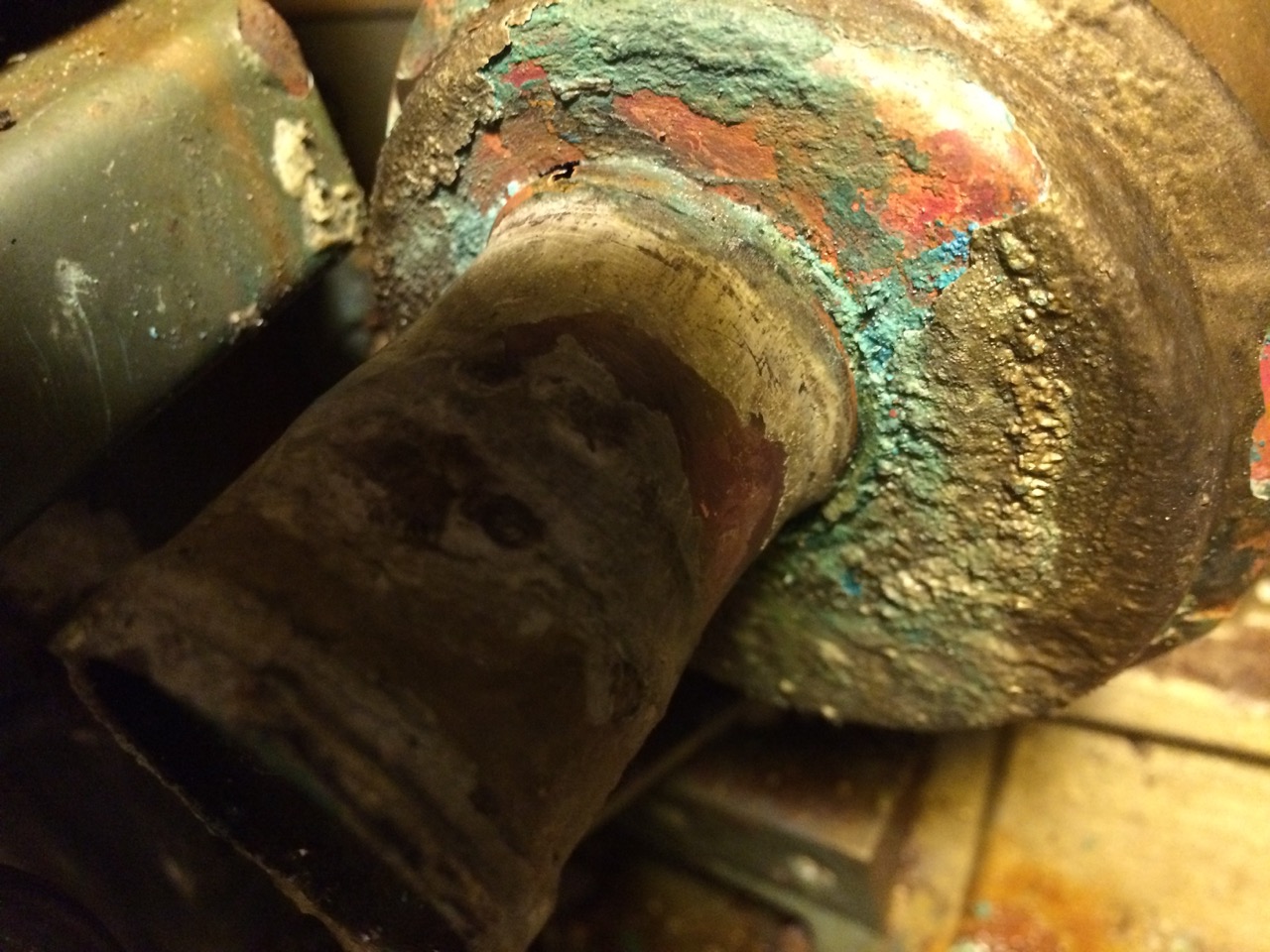

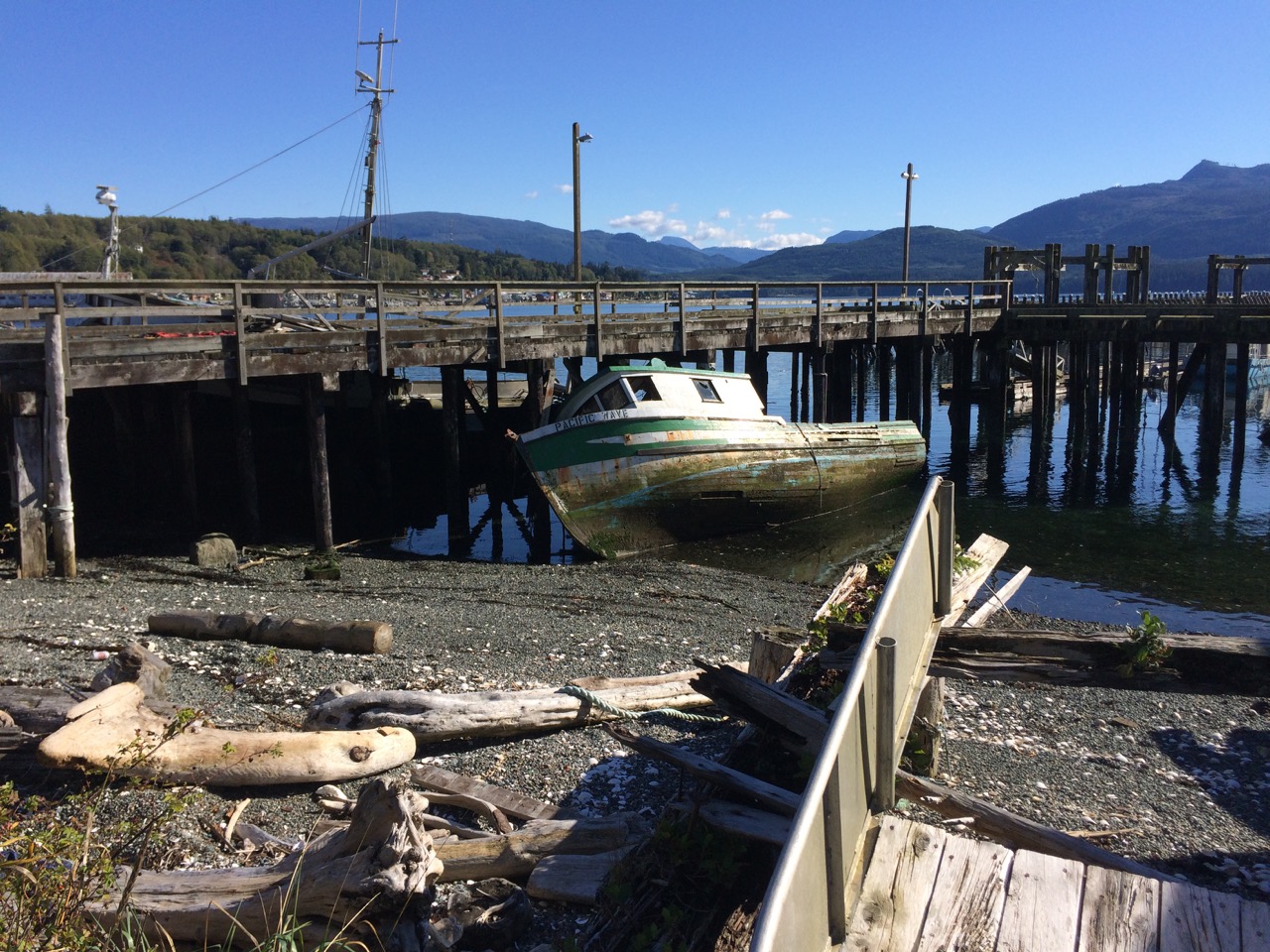
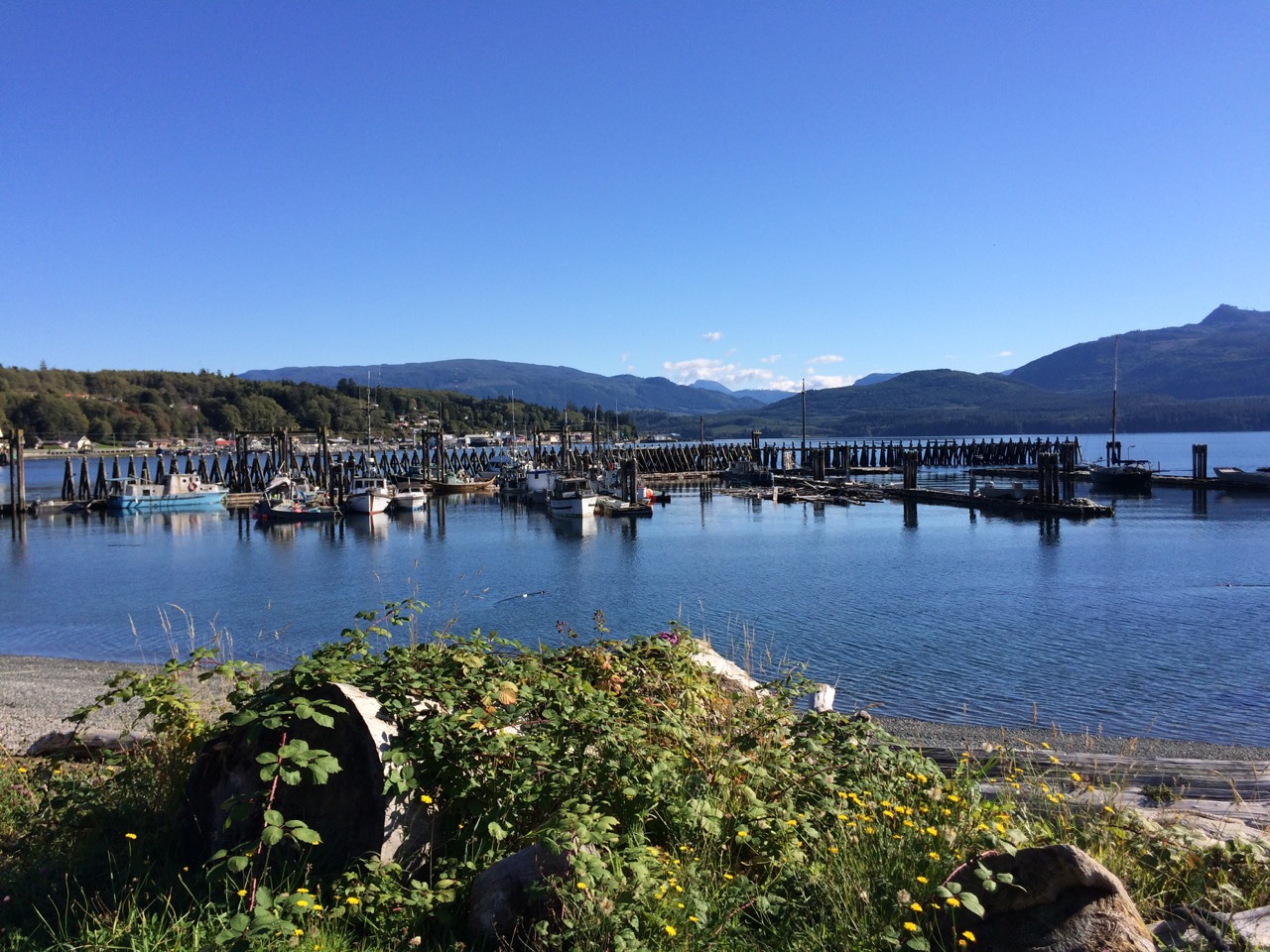


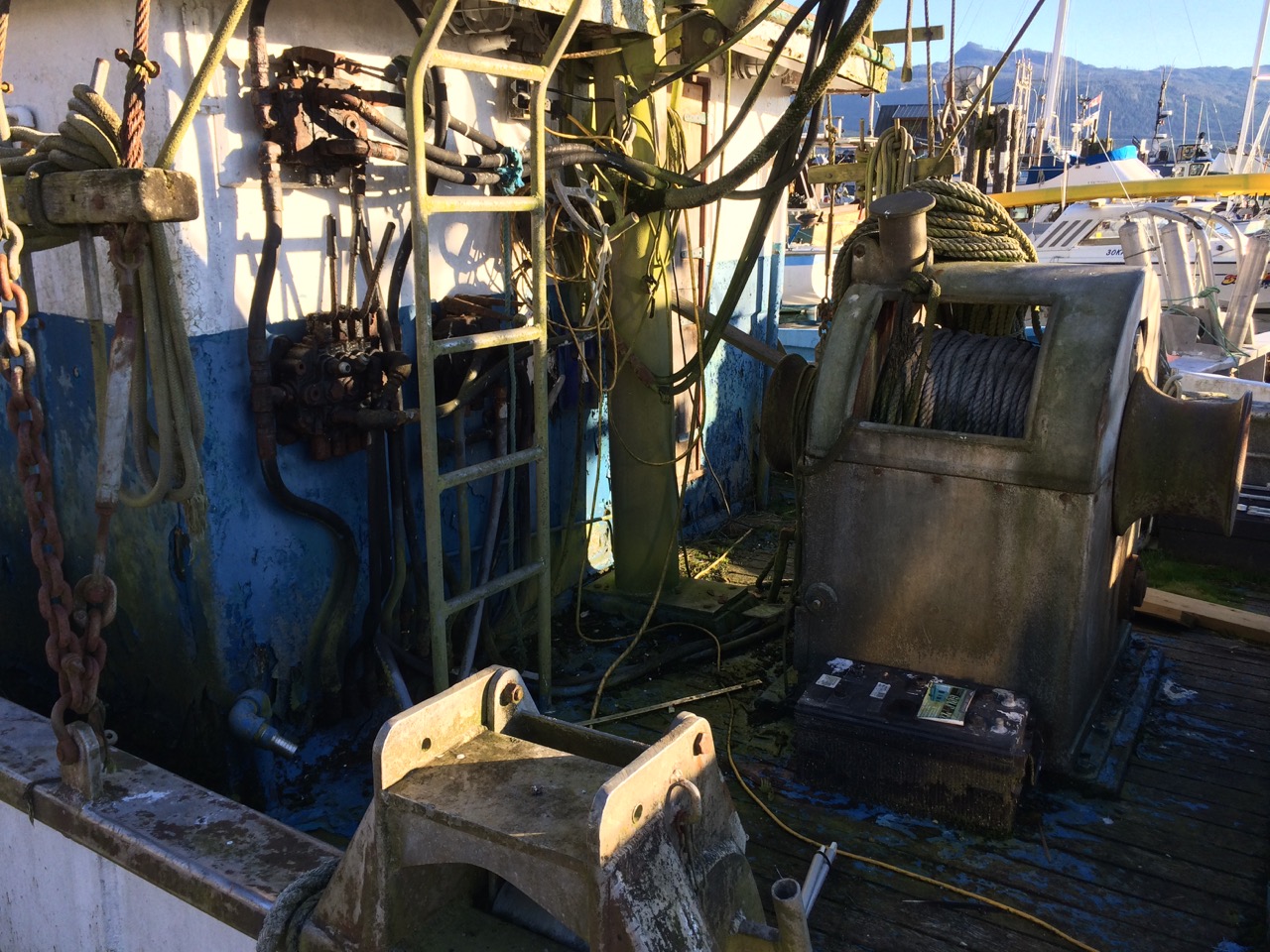
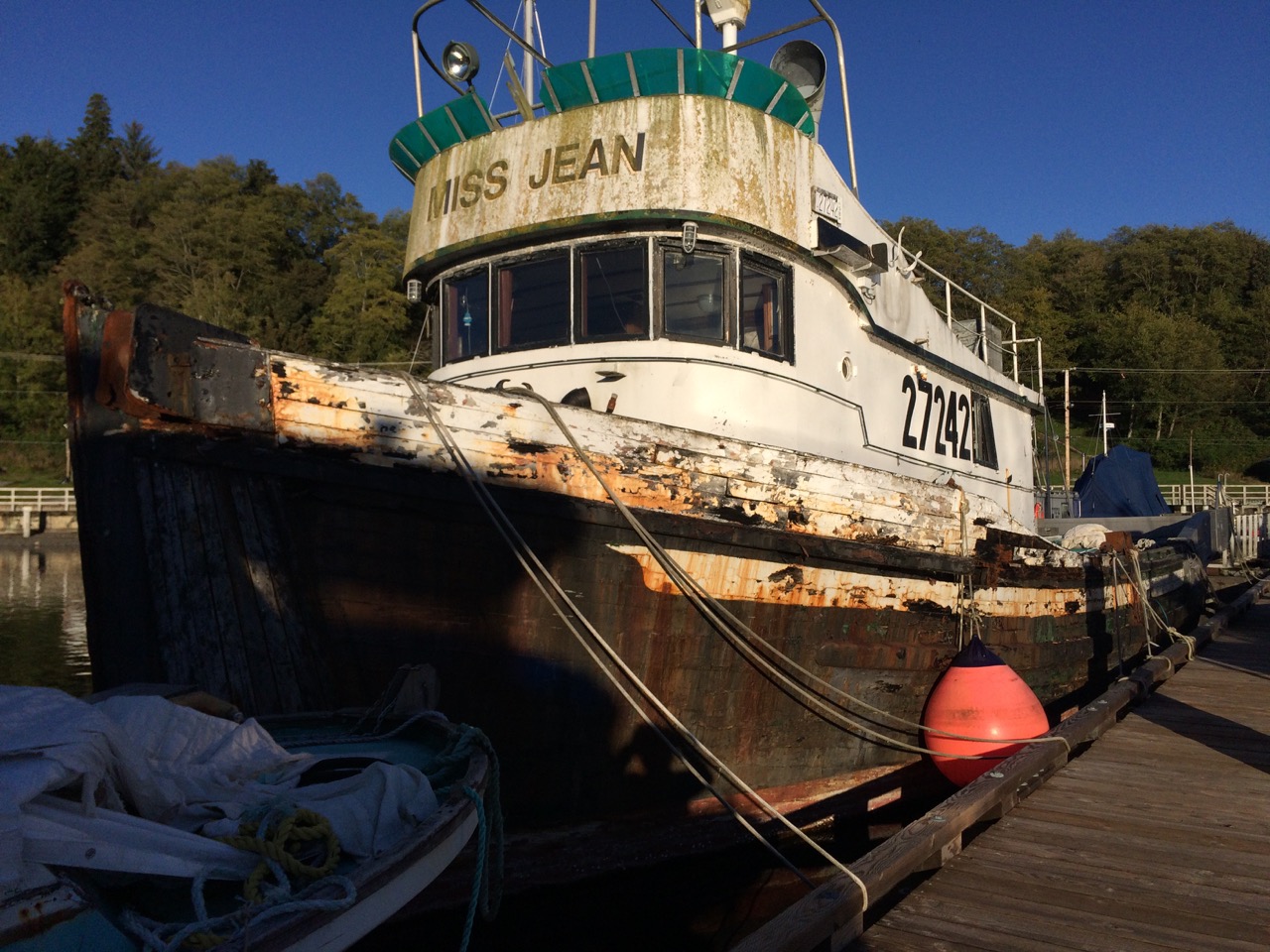
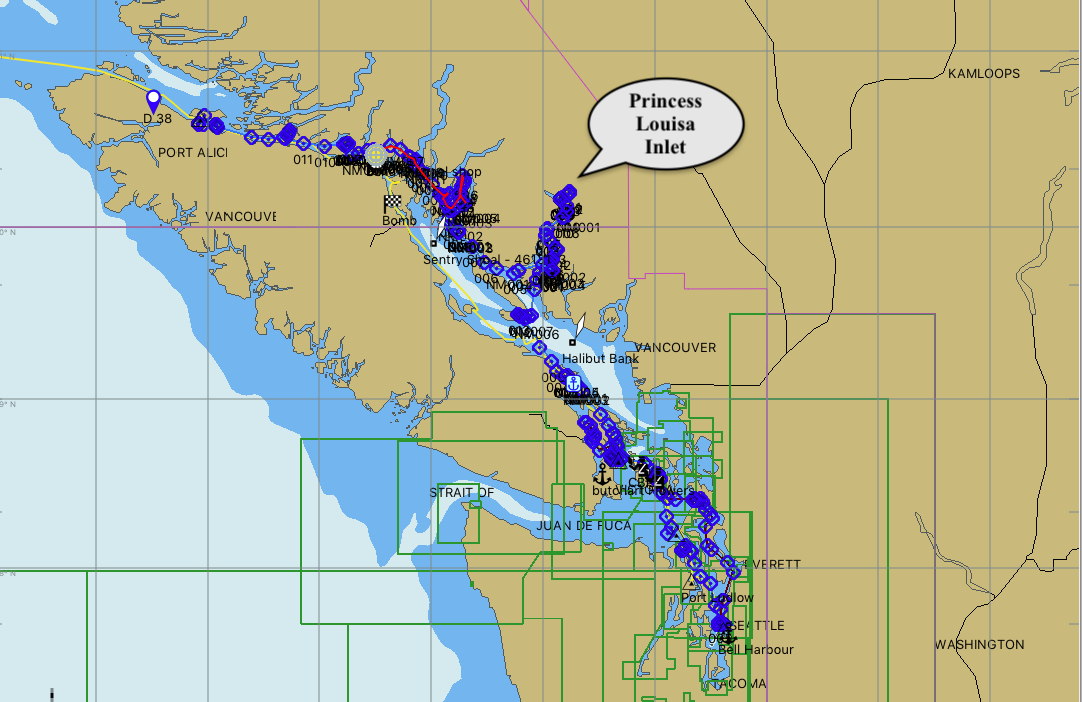
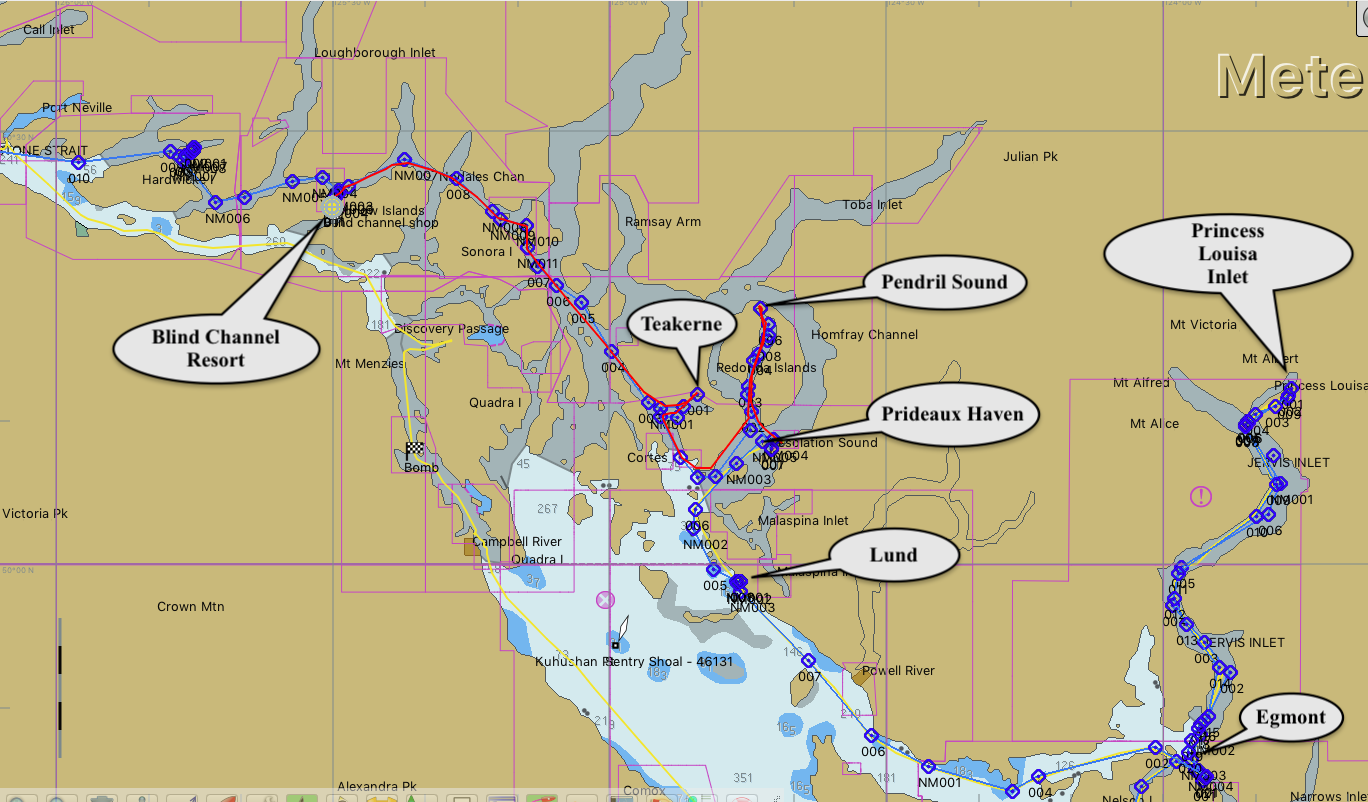 After our trip to Princess Louisa Inlet we returned to Egmont, this time to the public wharf where I messed up the mooring, I had assumed that as the tide was flooding I would be pushed away from the boat we were rafting to, so got really close, as it turned out the tide was running the other way, so my bow was pushed onto the boats quarter, and my stern was soon pushed onto the boat behind him. How embarrassing, I thought I was getting better at this. However the tide wasn’t strong and we pushed off, the fenders prevented any damage, but as always some part of my boat wanted to leave me for the other boat, and in this case it was the barbeque that was trying to merge with some steelwork on the other boat. A good push and we were all sorted. The reason the current was the opposite to what I expected was due to it reversing direction near the shore, I should have considered this especially given the name of the marina next door ‘BackEddy Marina’.
After our trip to Princess Louisa Inlet we returned to Egmont, this time to the public wharf where I messed up the mooring, I had assumed that as the tide was flooding I would be pushed away from the boat we were rafting to, so got really close, as it turned out the tide was running the other way, so my bow was pushed onto the boats quarter, and my stern was soon pushed onto the boat behind him. How embarrassing, I thought I was getting better at this. However the tide wasn’t strong and we pushed off, the fenders prevented any damage, but as always some part of my boat wanted to leave me for the other boat, and in this case it was the barbeque that was trying to merge with some steelwork on the other boat. A good push and we were all sorted. The reason the current was the opposite to what I expected was due to it reversing direction near the shore, I should have considered this especially given the name of the marina next door ‘BackEddy Marina’.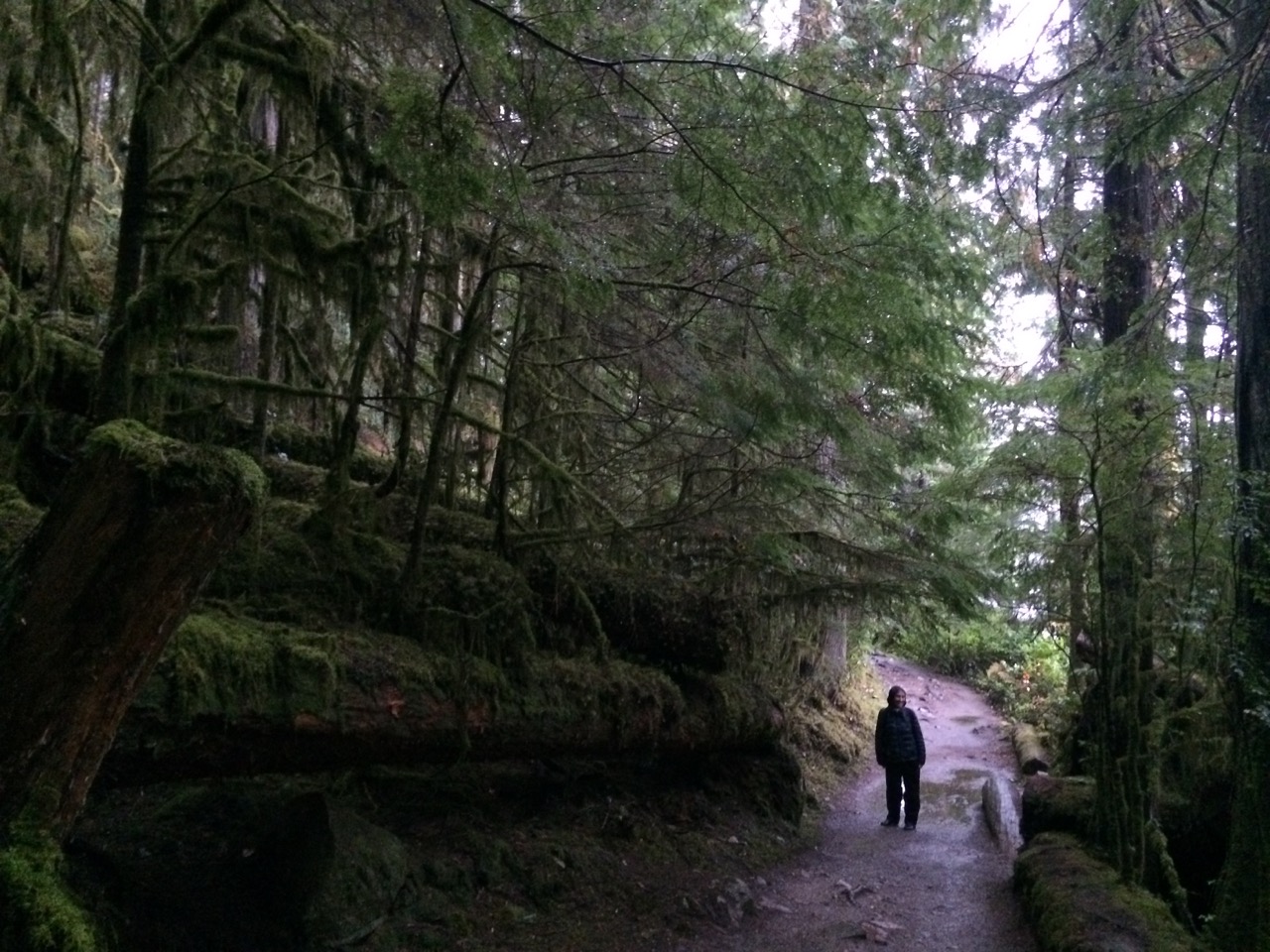

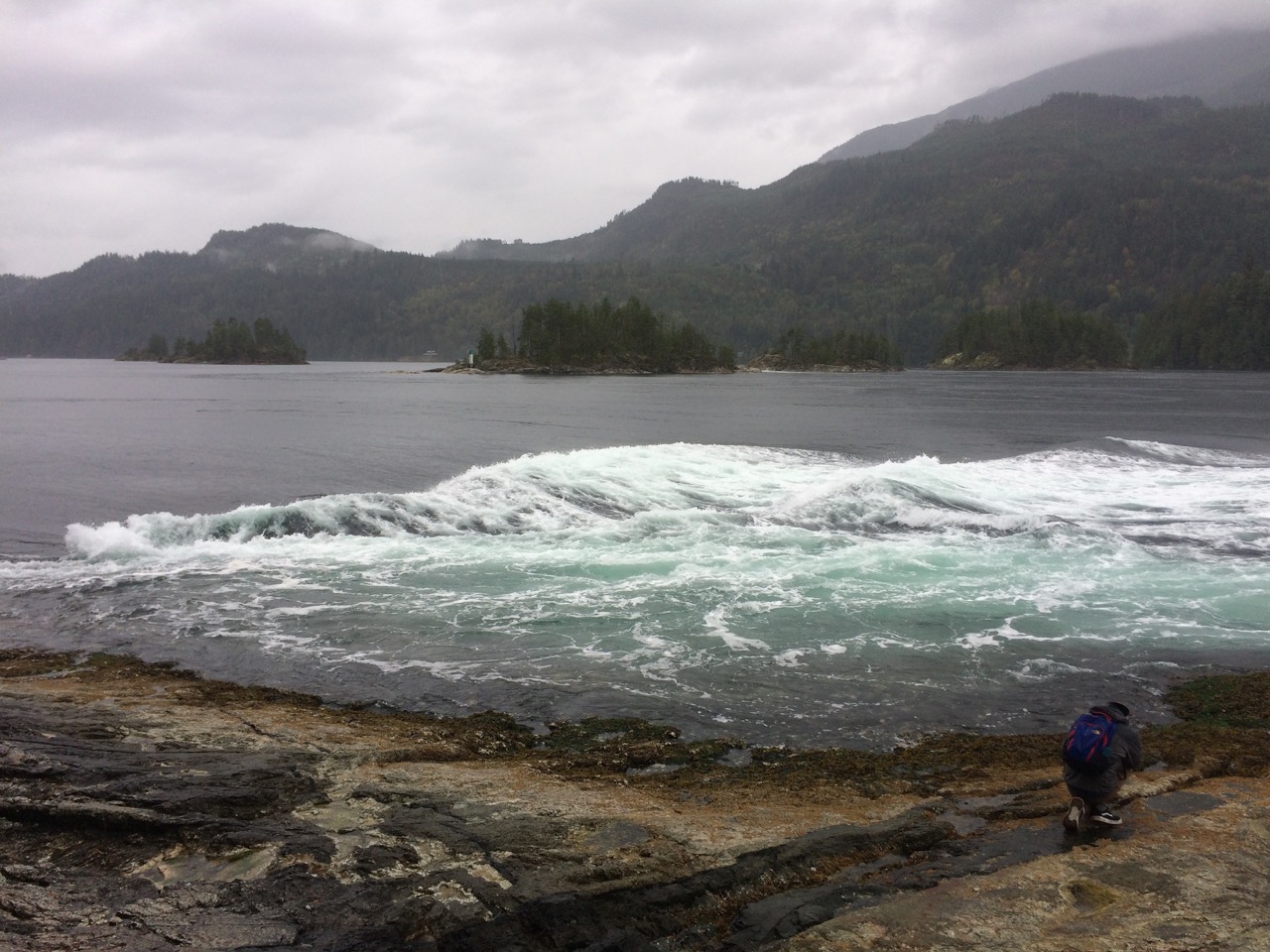
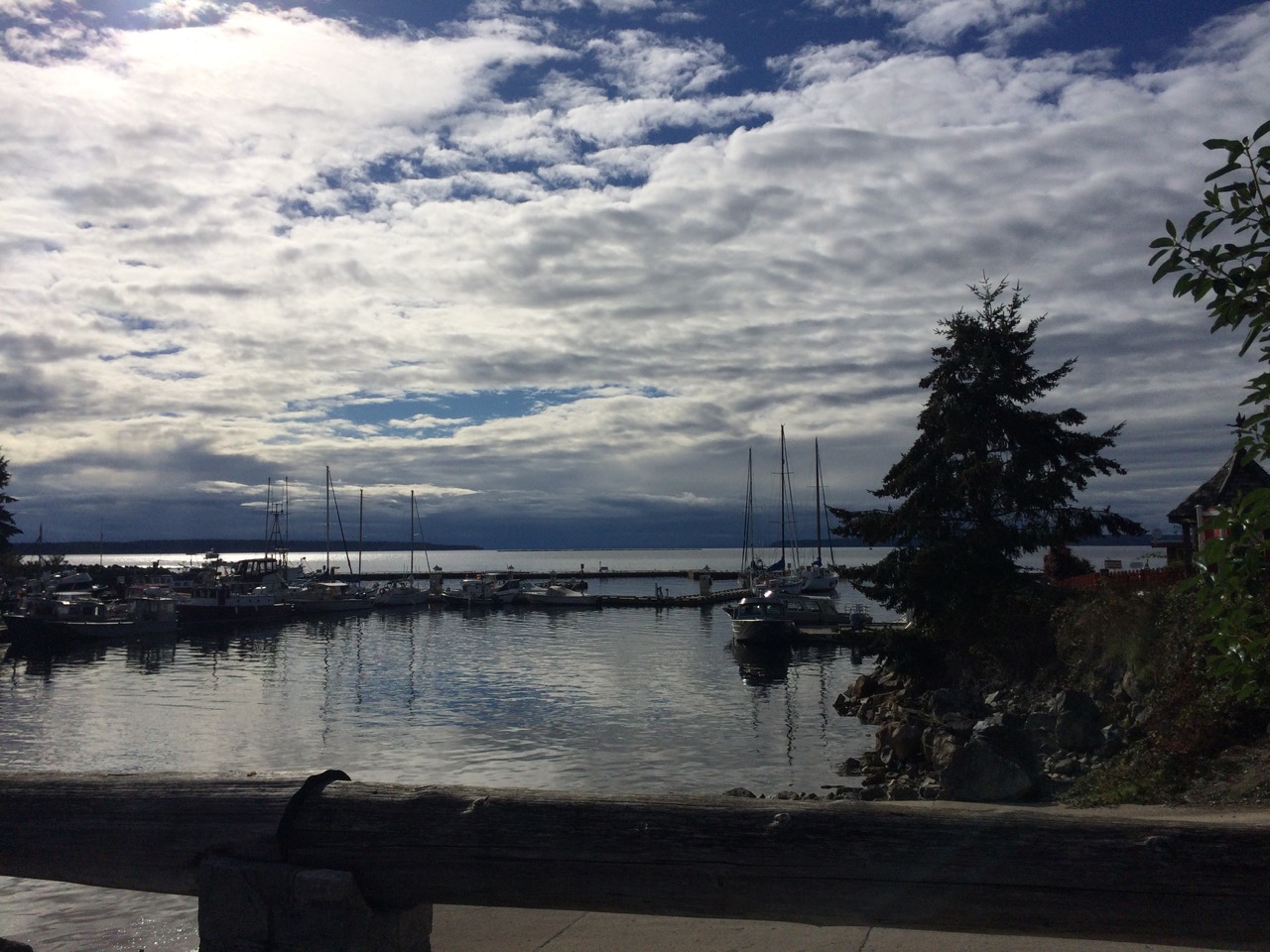
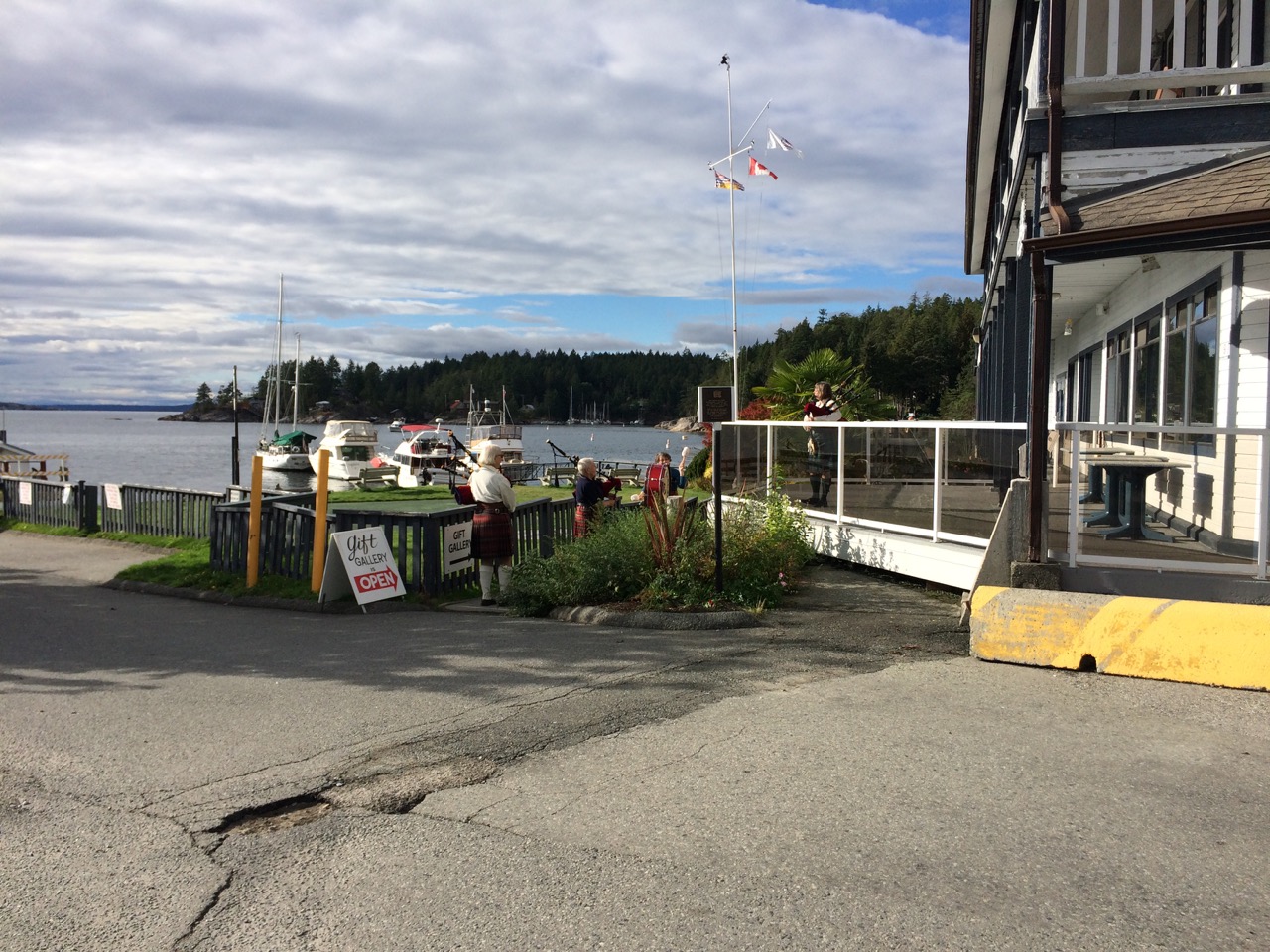
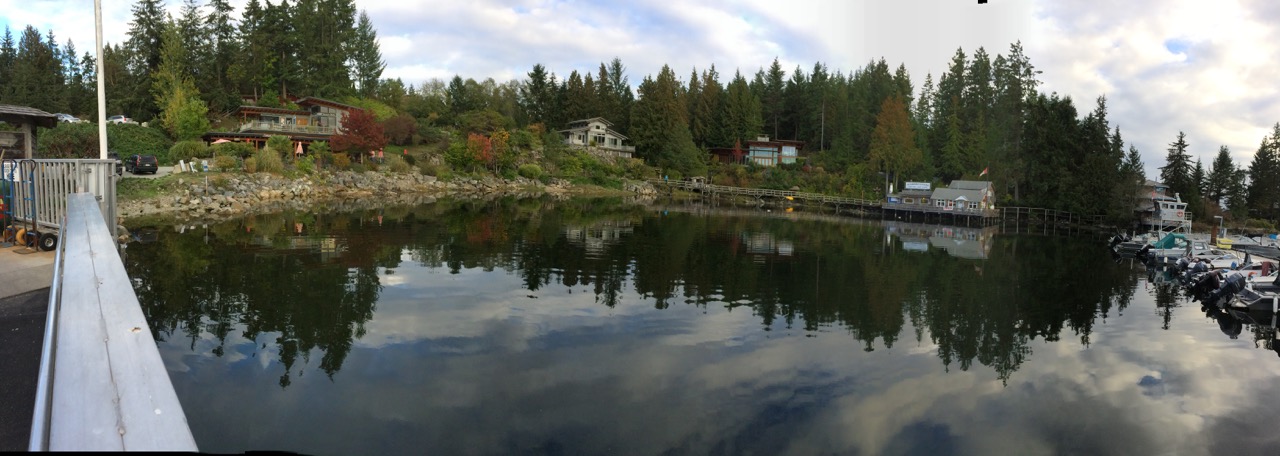
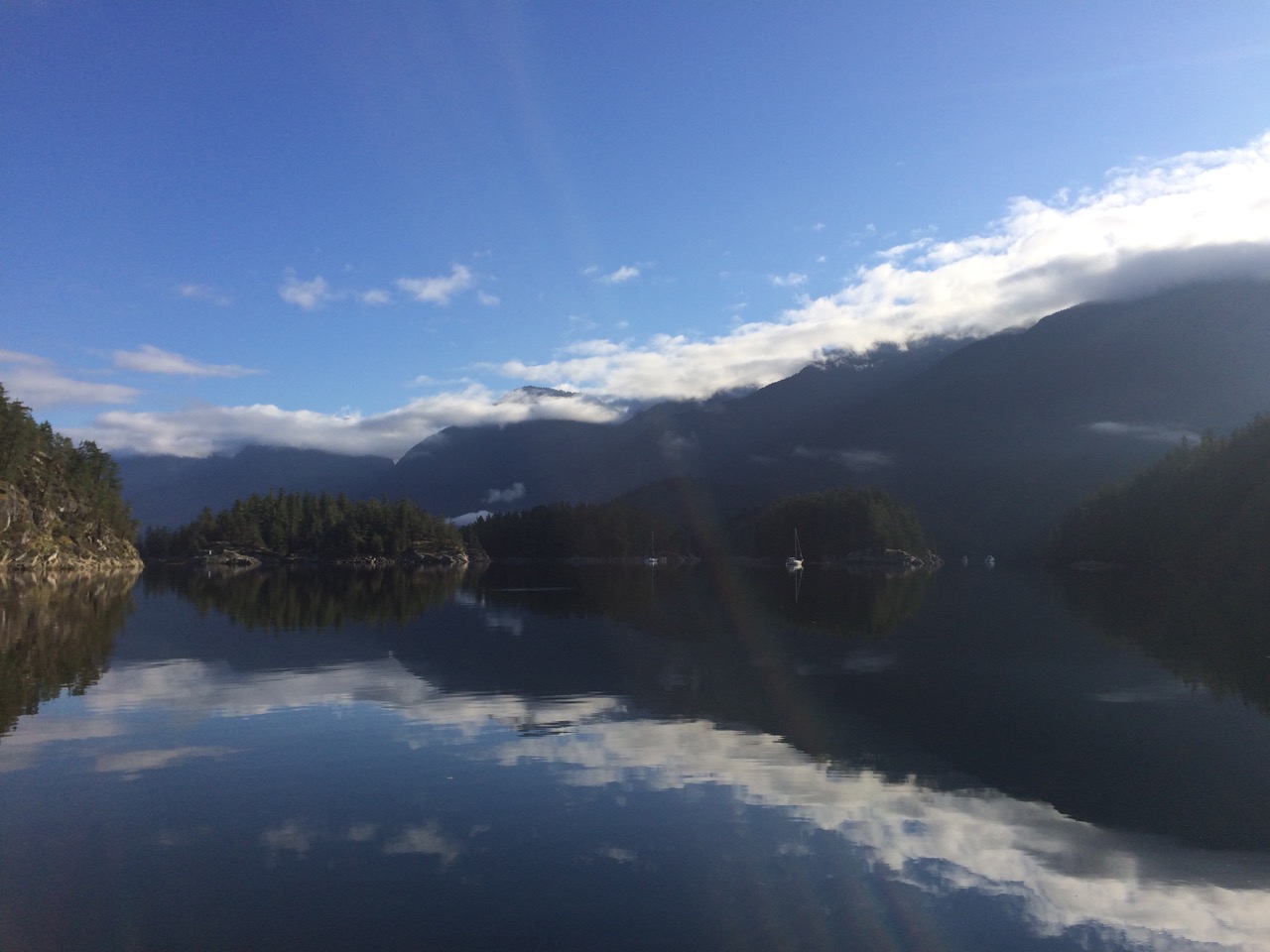
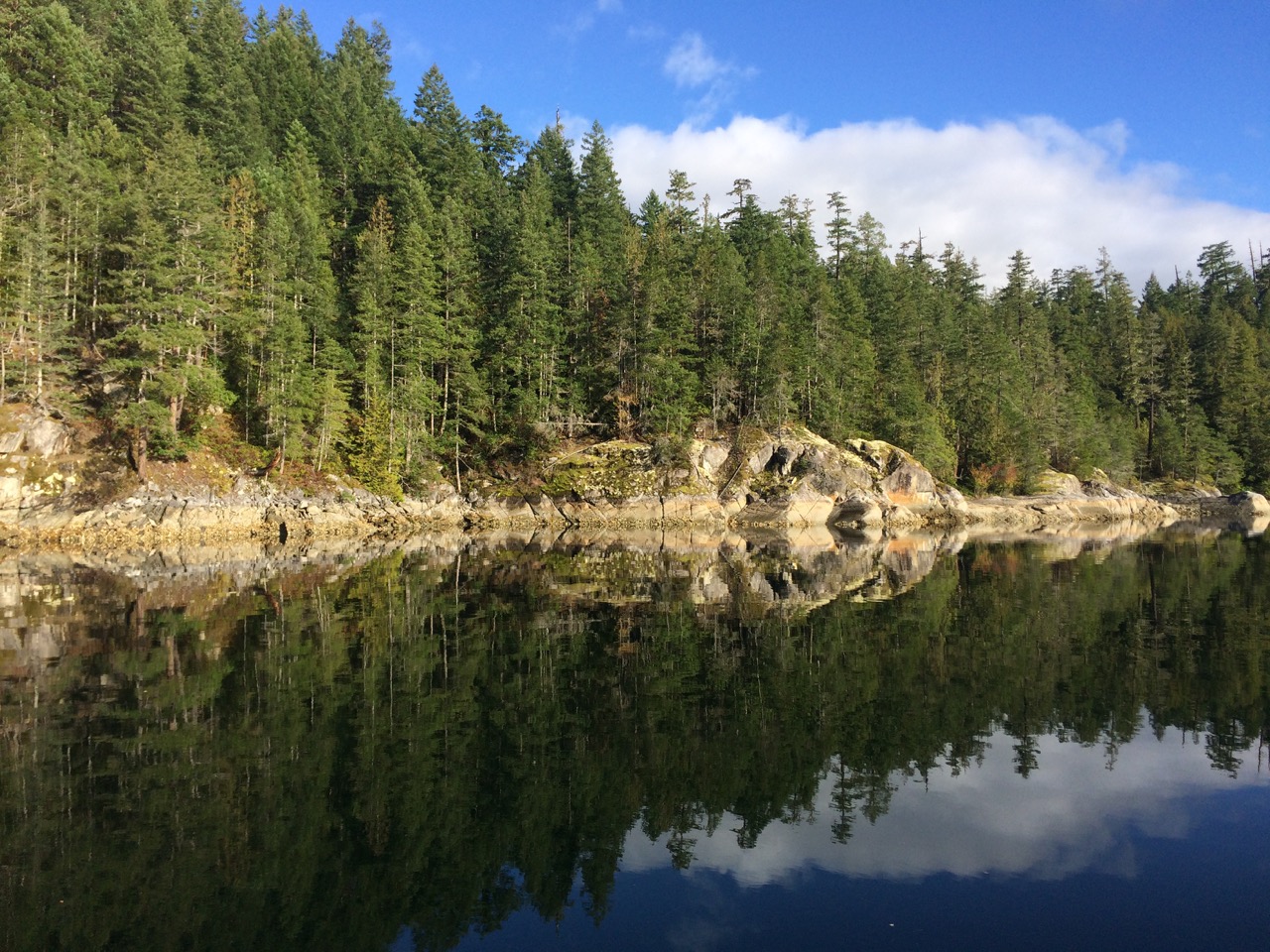
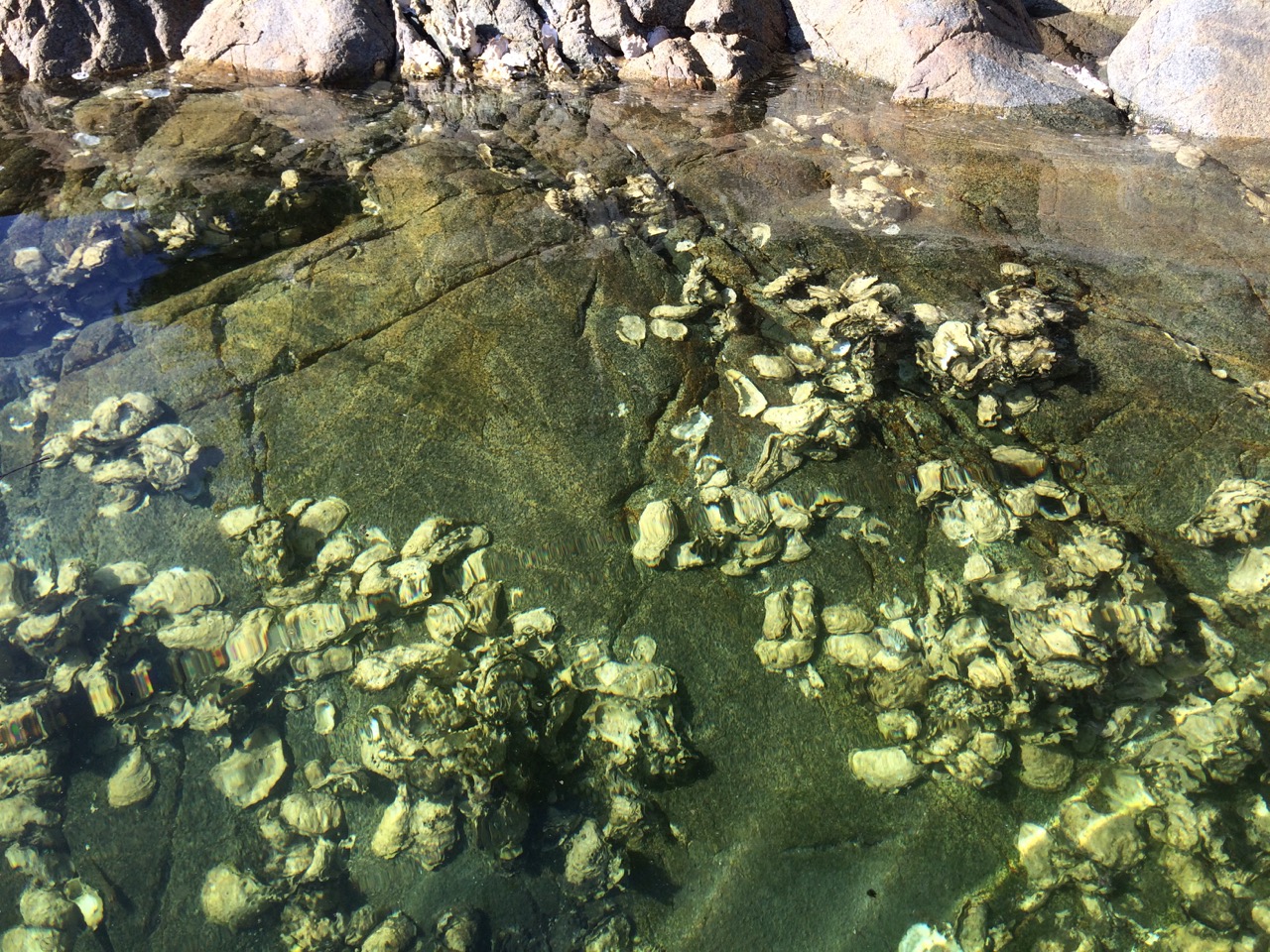
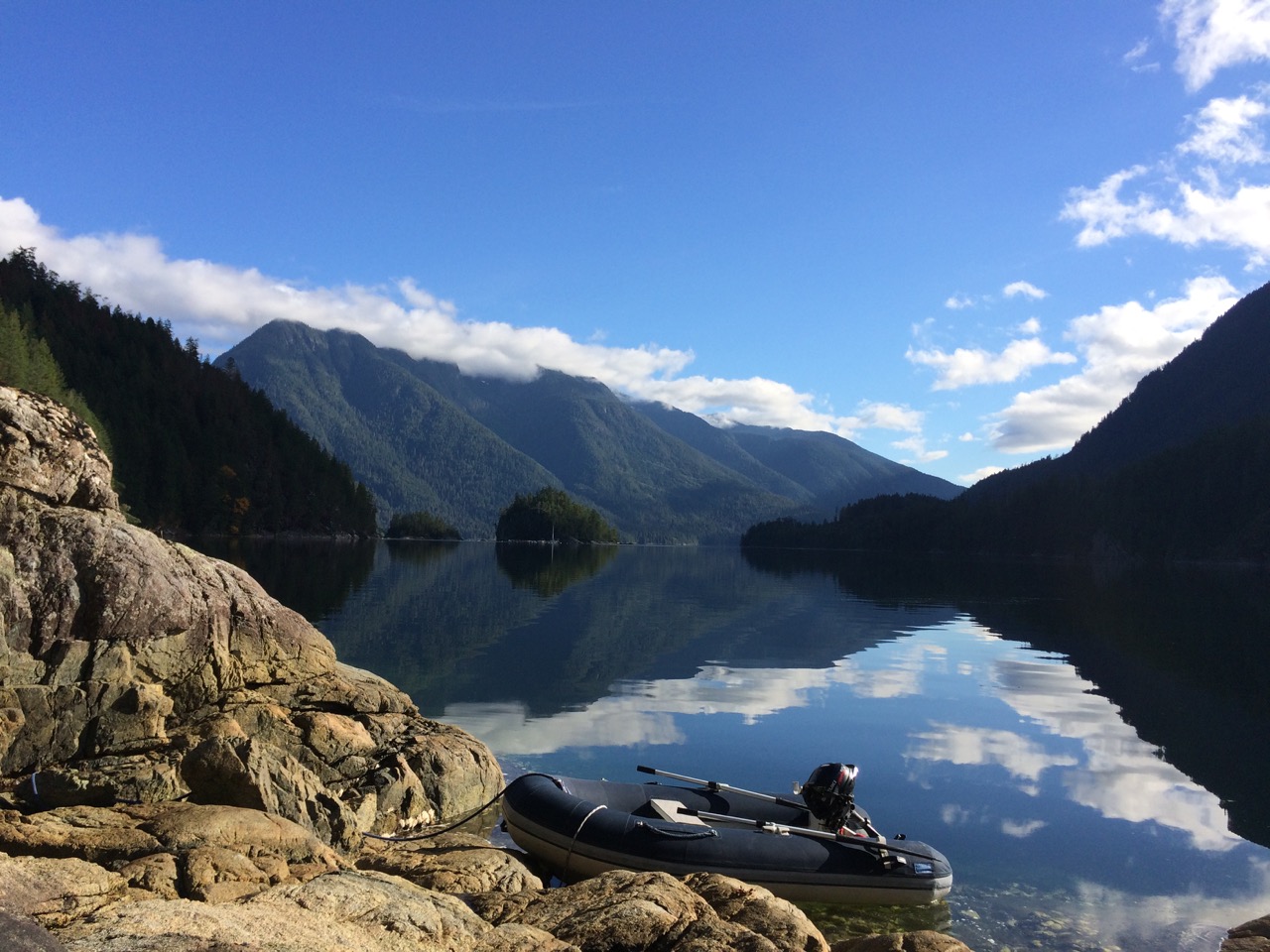
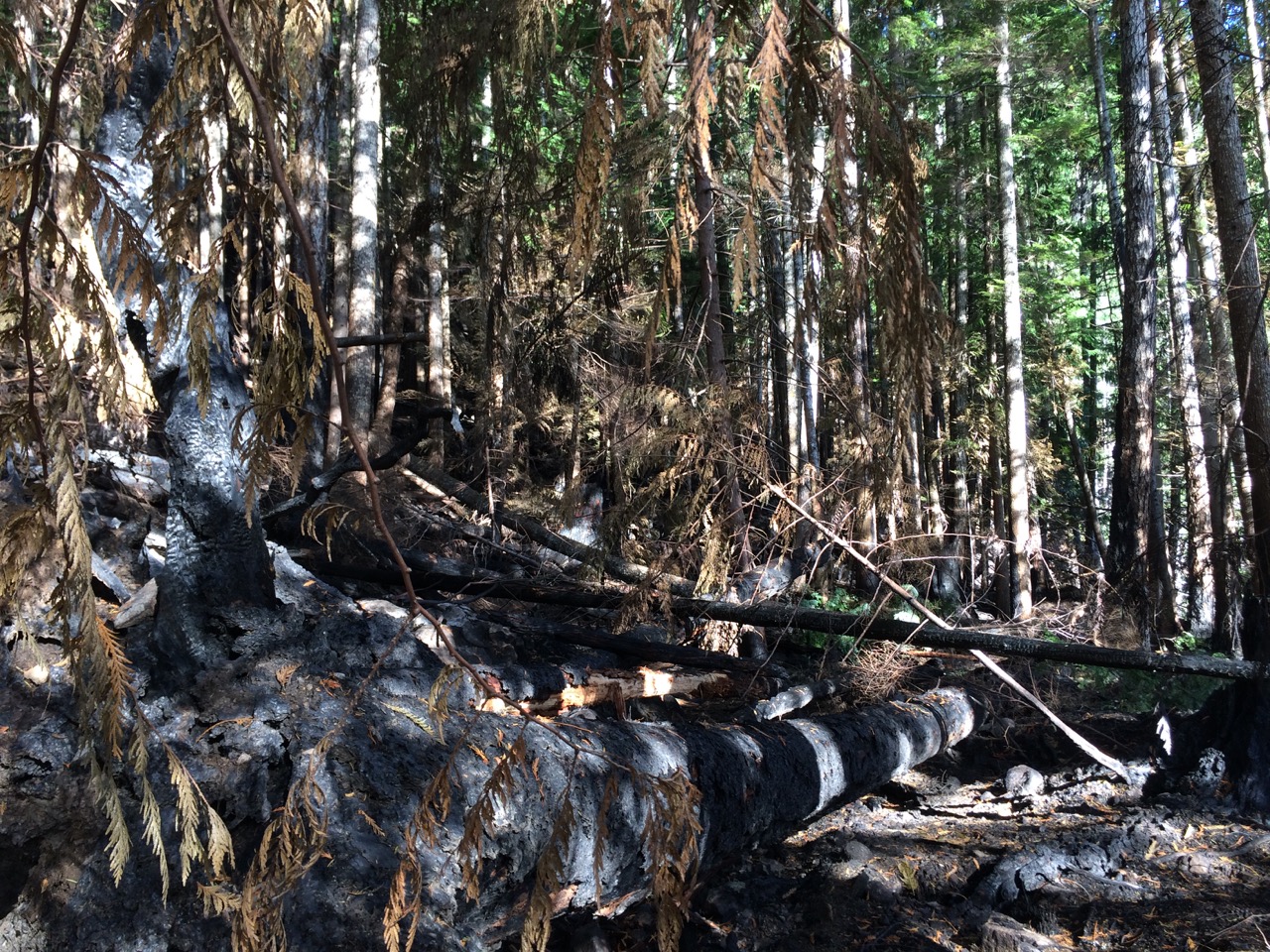
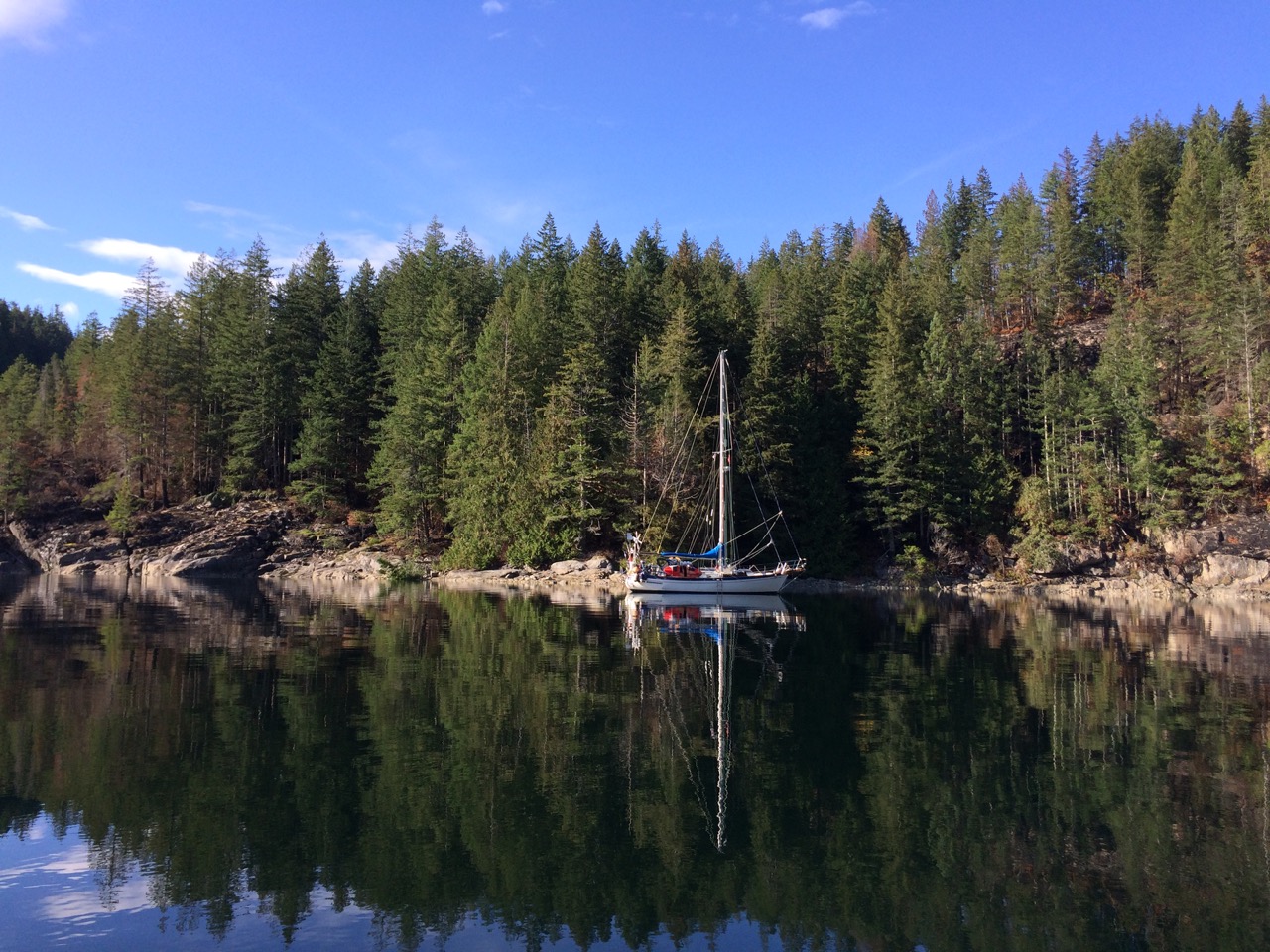 The next day we headed off to Teakerne Arm, Captain Vancouver spent two weeks anchored here recuperating from the horrendous time he was having in Desolation Sound, he gave it that name more because of his mental state at the time, we thought it was a fantastic place, but it was sunny for us, he was there in storms, and couldn’t find anywhere to anchor, eventually getting into Teakerne Arm. My main reason for for visiting this Arm was simply because if he spent so long here, it can’t have been that bad. As it turned out it was a great spot with wonderful waterfalls at the head.
The next day we headed off to Teakerne Arm, Captain Vancouver spent two weeks anchored here recuperating from the horrendous time he was having in Desolation Sound, he gave it that name more because of his mental state at the time, we thought it was a fantastic place, but it was sunny for us, he was there in storms, and couldn’t find anywhere to anchor, eventually getting into Teakerne Arm. My main reason for for visiting this Arm was simply because if he spent so long here, it can’t have been that bad. As it turned out it was a great spot with wonderful waterfalls at the head.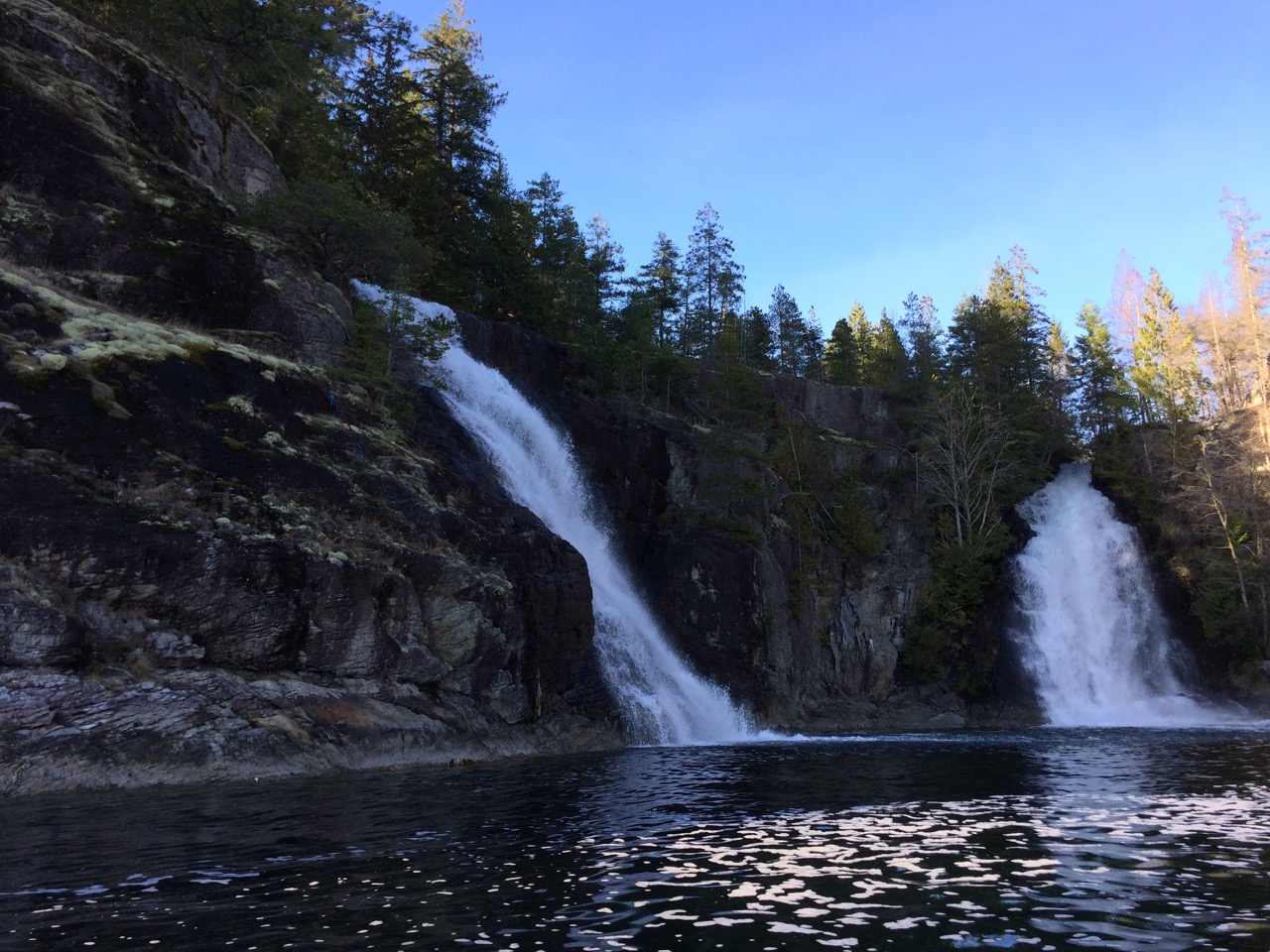 Anchoring was fun, three boat lengths from the shore it is 60m deep, two boat lengths off it’s 20m. so we dropped the hook in 30m and reversed until the anchor gripped the side of the near vertical wall below us. We ran a stern tie ashore, tightened up on the chain and the anchor seemed happy.
Anchoring was fun, three boat lengths from the shore it is 60m deep, two boat lengths off it’s 20m. so we dropped the hook in 30m and reversed until the anchor gripped the side of the near vertical wall below us. We ran a stern tie ashore, tightened up on the chain and the anchor seemed happy. 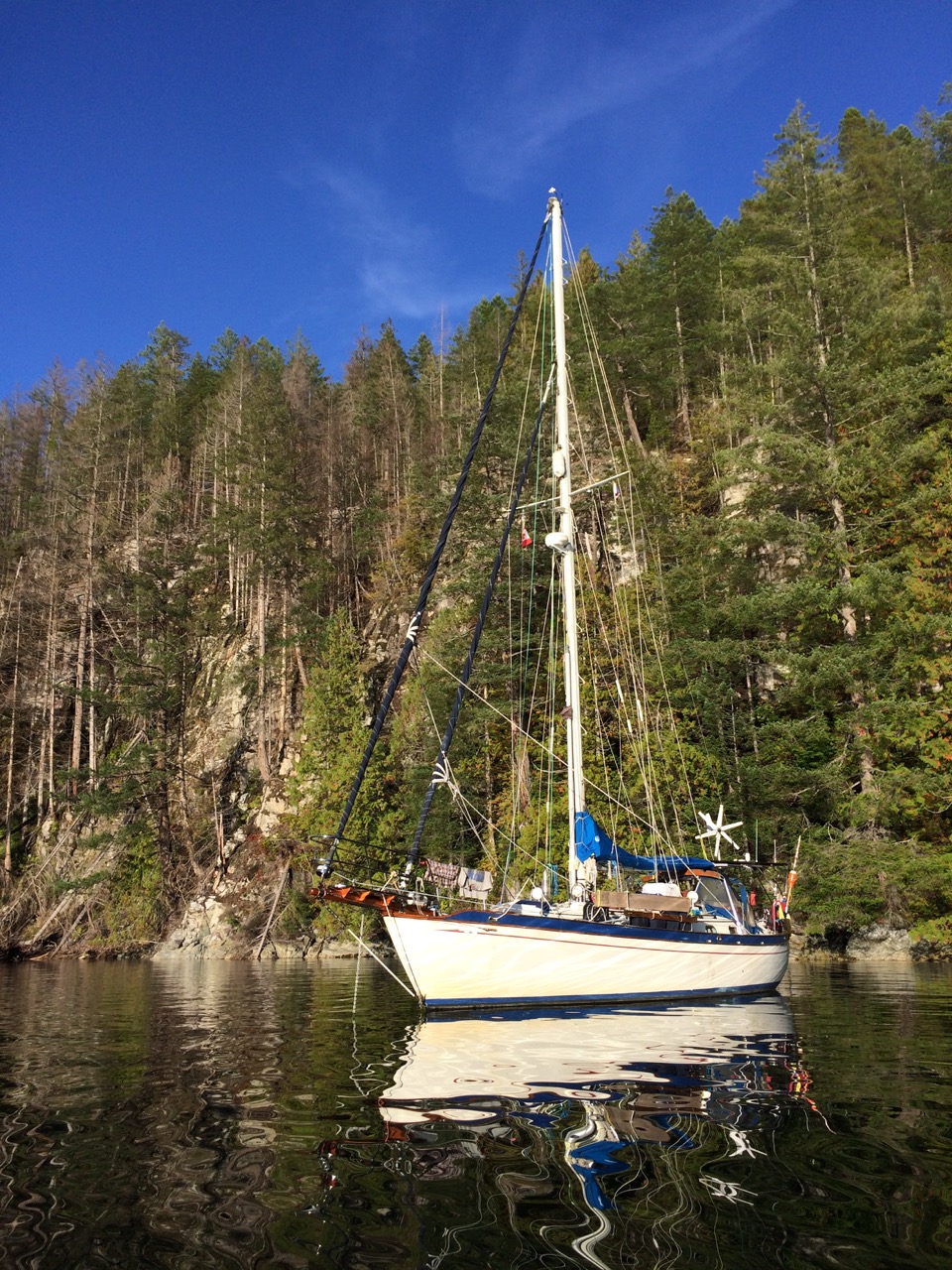
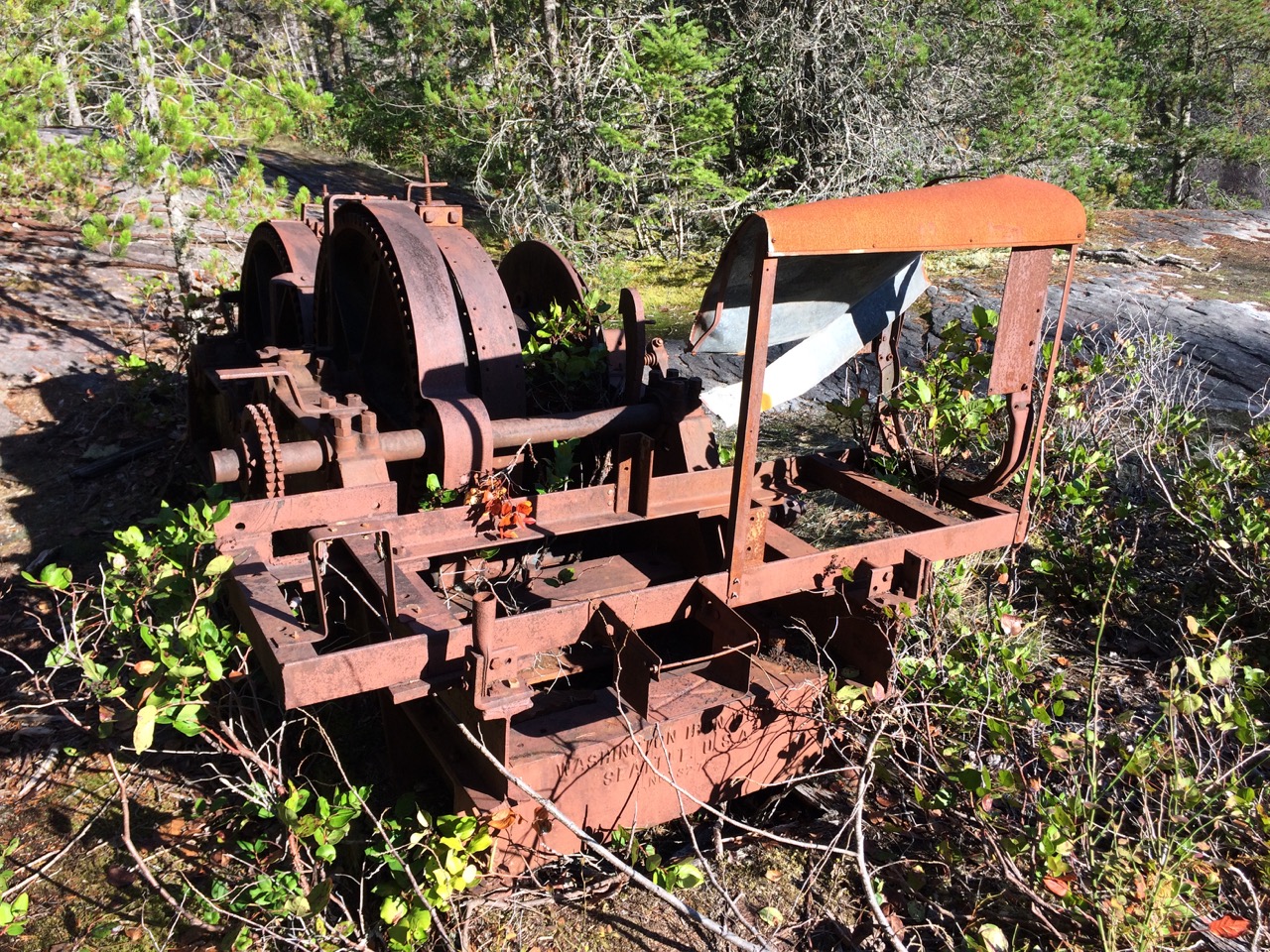 In a small cove beside the waterfall we spotted a house that seemed to be in trouble.
In a small cove beside the waterfall we spotted a house that seemed to be in trouble.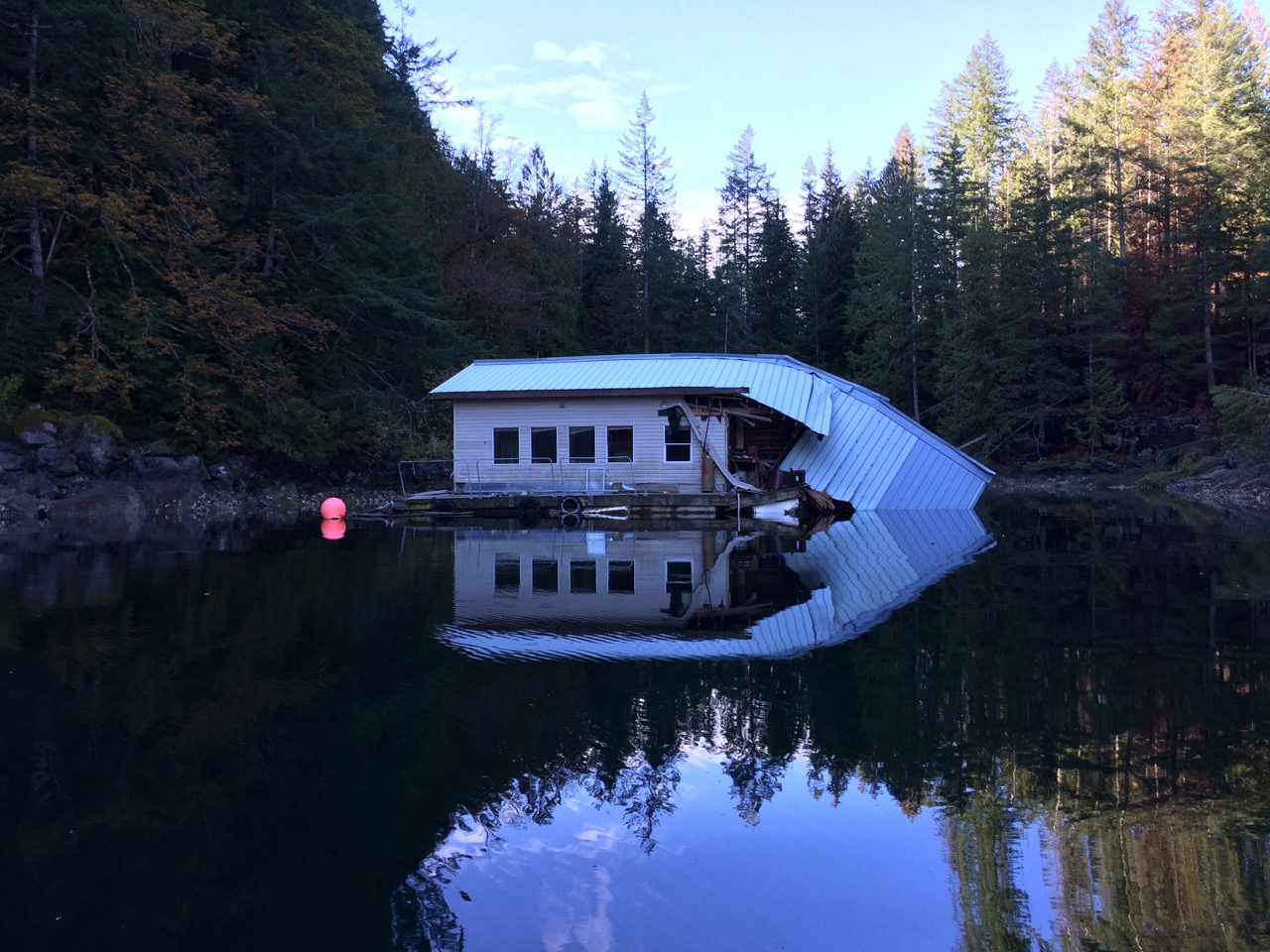 The following morning we pushed on to Blind Channel, this was slightly challenging as we had to pass through three sets of rapids, Yaculta, Gillard & Dent, each about 2 miles apart. We were going against a flood tide, so to make the first rapid at slack water meant we would be 30 minutes late for the last rapid. So we aimed to get to the first on the end of the ebb, and race through arriving at the middle rapids just before slack and the final and most dangerous rapids at Dent at slack water. I spent an hour working out tides and passage planning, we ended up having to leave at 07:30 and we arrived just 15 minutes early at 11:38, we dawdled for 10 minutes then went for it. Everything went well right up until the last set of rapids, Dent, featuring the scarily named ‘Devils Hole whirlpool’, which the pilot says “Those who have looked into the Devils hole won’t ever want to revisit it”. Just as we approached I saw a tug emerging but couldn’t yet see its tow. The tugs rarely are pointing, or even travelling in the same direction as their tow, and require a very wide berth. I had to steer to starboard a lot to miss him and that put our course directly over ‘Devils Hole’, looking through the binoculars I couldn’t see any holes in the water so we pushed on, I was soon able to scoot around the back of the tow and hugged the coast, just missing the hole, which just looked like flat water to me.
The following morning we pushed on to Blind Channel, this was slightly challenging as we had to pass through three sets of rapids, Yaculta, Gillard & Dent, each about 2 miles apart. We were going against a flood tide, so to make the first rapid at slack water meant we would be 30 minutes late for the last rapid. So we aimed to get to the first on the end of the ebb, and race through arriving at the middle rapids just before slack and the final and most dangerous rapids at Dent at slack water. I spent an hour working out tides and passage planning, we ended up having to leave at 07:30 and we arrived just 15 minutes early at 11:38, we dawdled for 10 minutes then went for it. Everything went well right up until the last set of rapids, Dent, featuring the scarily named ‘Devils Hole whirlpool’, which the pilot says “Those who have looked into the Devils hole won’t ever want to revisit it”. Just as we approached I saw a tug emerging but couldn’t yet see its tow. The tugs rarely are pointing, or even travelling in the same direction as their tow, and require a very wide berth. I had to steer to starboard a lot to miss him and that put our course directly over ‘Devils Hole’, looking through the binoculars I couldn’t see any holes in the water so we pushed on, I was soon able to scoot around the back of the tow and hugged the coast, just missing the hole, which just looked like flat water to me. 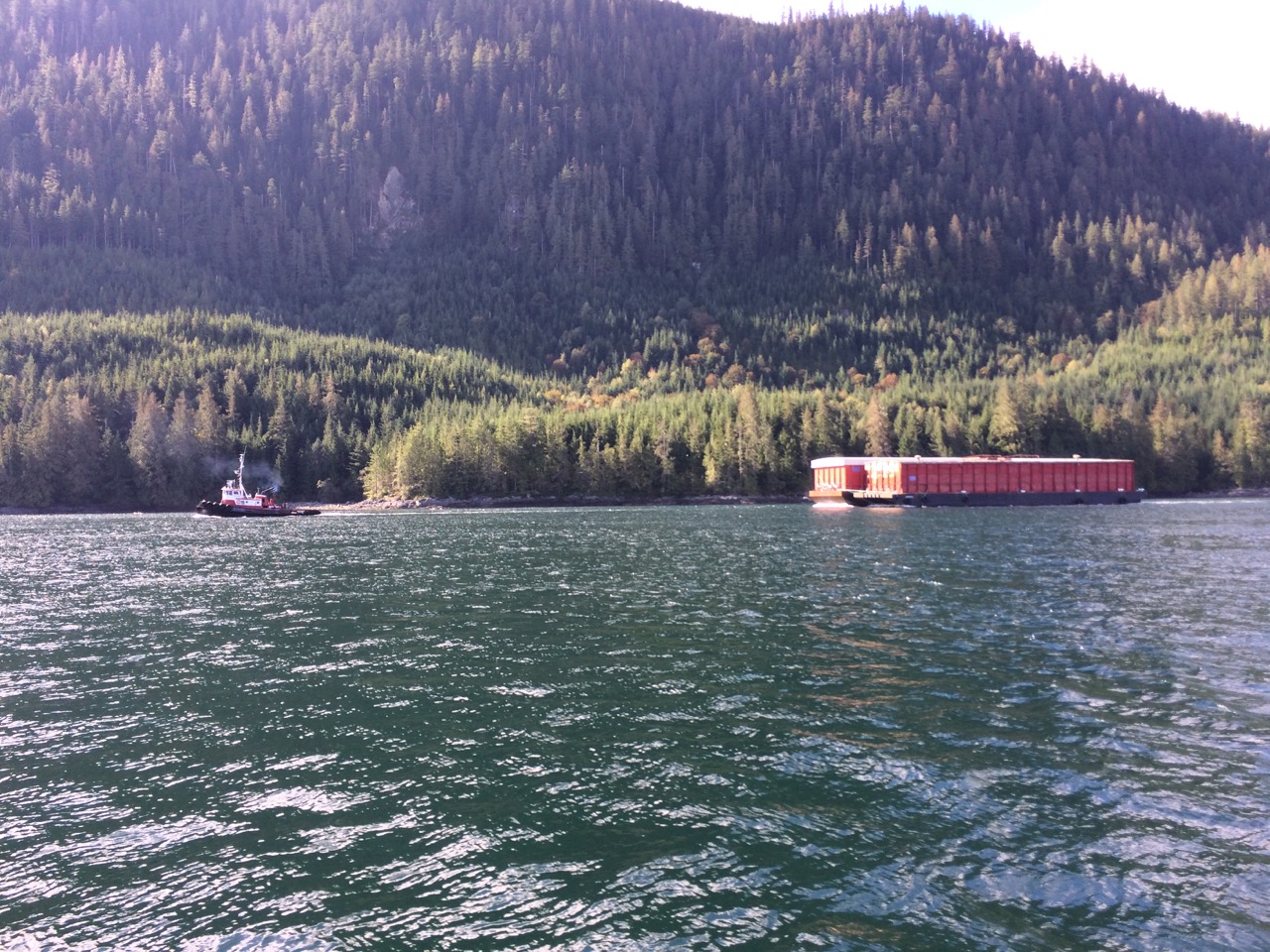 Yet again, my timing worked out well, except for the fact we had another 2 hours of sailing to go, and when I looked on the chart 2 hours later, I saw Greene Point rapids coming up in a few minutes. I hadn’t even realised they were there. Kathy took the helm, slowed us down, while I scanned the pilot books and found out they can be quite dangerous on spring tides, and we were bang on the highest tides and arriving at maximum flood, the worst time. I couldn’t quite understand what all the fuss was about as we approached and decided we should give it a whirl anyway, we turned into the turbulent waters and headed for the resort we could see in the distance. Everything worked out well, besides one bit of a shove and a splash of waves on the boat we were through. It was only later that I worked out the chart was wrong and the rapids were over to our starboard side as we turned to port, missing the worst of it.
Yet again, my timing worked out well, except for the fact we had another 2 hours of sailing to go, and when I looked on the chart 2 hours later, I saw Greene Point rapids coming up in a few minutes. I hadn’t even realised they were there. Kathy took the helm, slowed us down, while I scanned the pilot books and found out they can be quite dangerous on spring tides, and we were bang on the highest tides and arriving at maximum flood, the worst time. I couldn’t quite understand what all the fuss was about as we approached and decided we should give it a whirl anyway, we turned into the turbulent waters and headed for the resort we could see in the distance. Everything worked out well, besides one bit of a shove and a splash of waves on the boat we were through. It was only later that I worked out the chart was wrong and the rapids were over to our starboard side as we turned to port, missing the worst of it.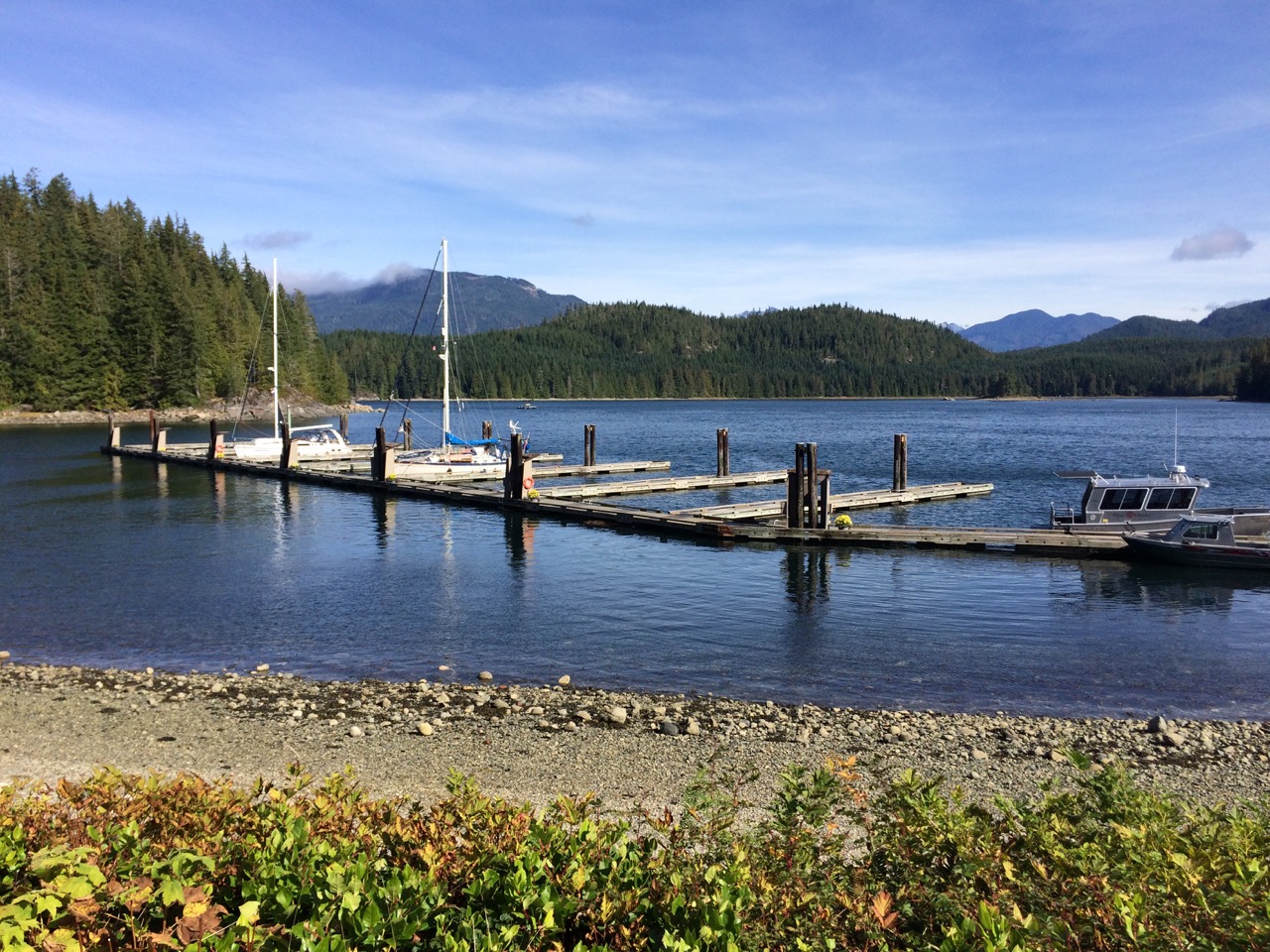 A walk along the beach revealed this old winch, again used for logging.
A walk along the beach revealed this old winch, again used for logging.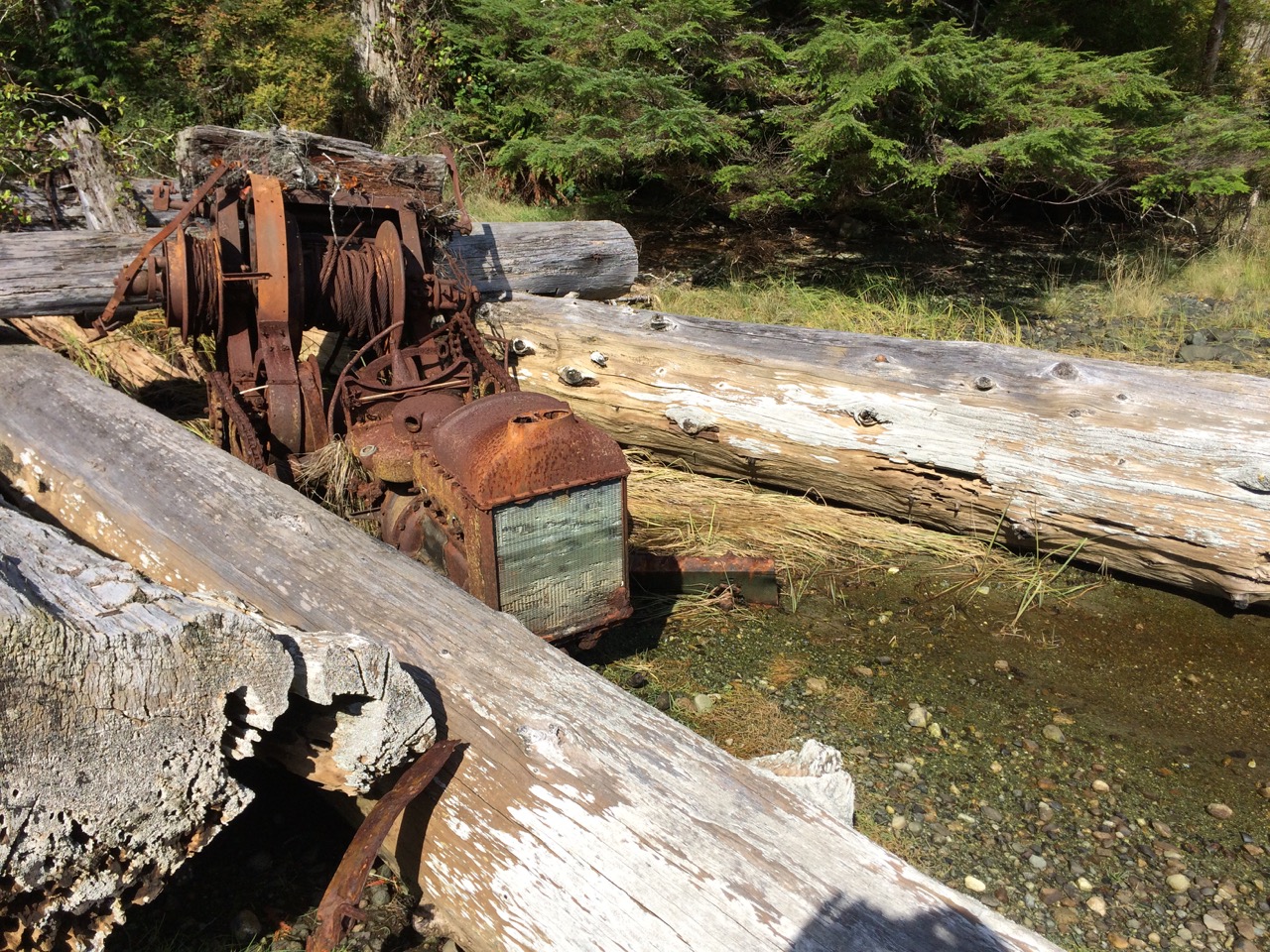
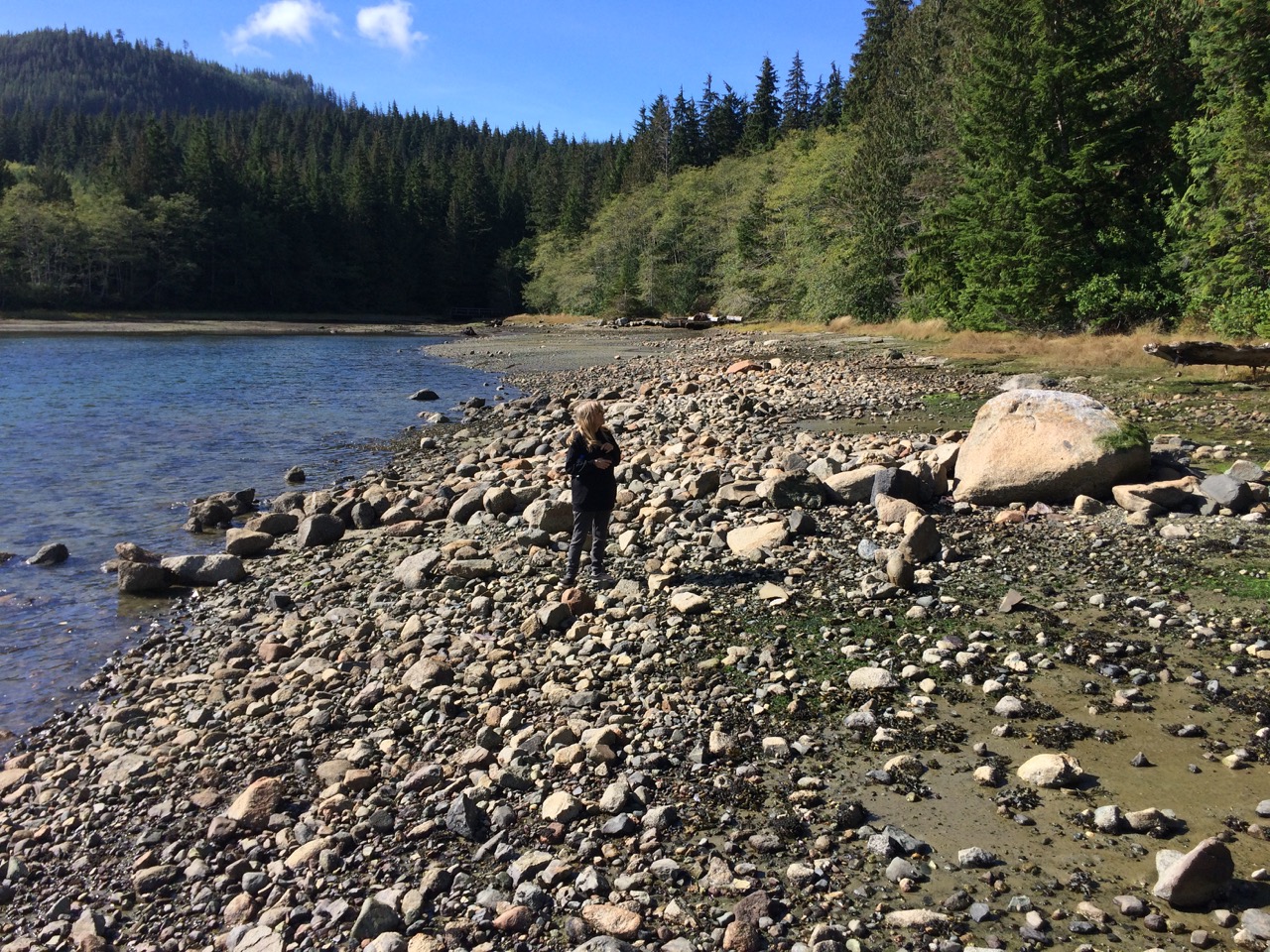
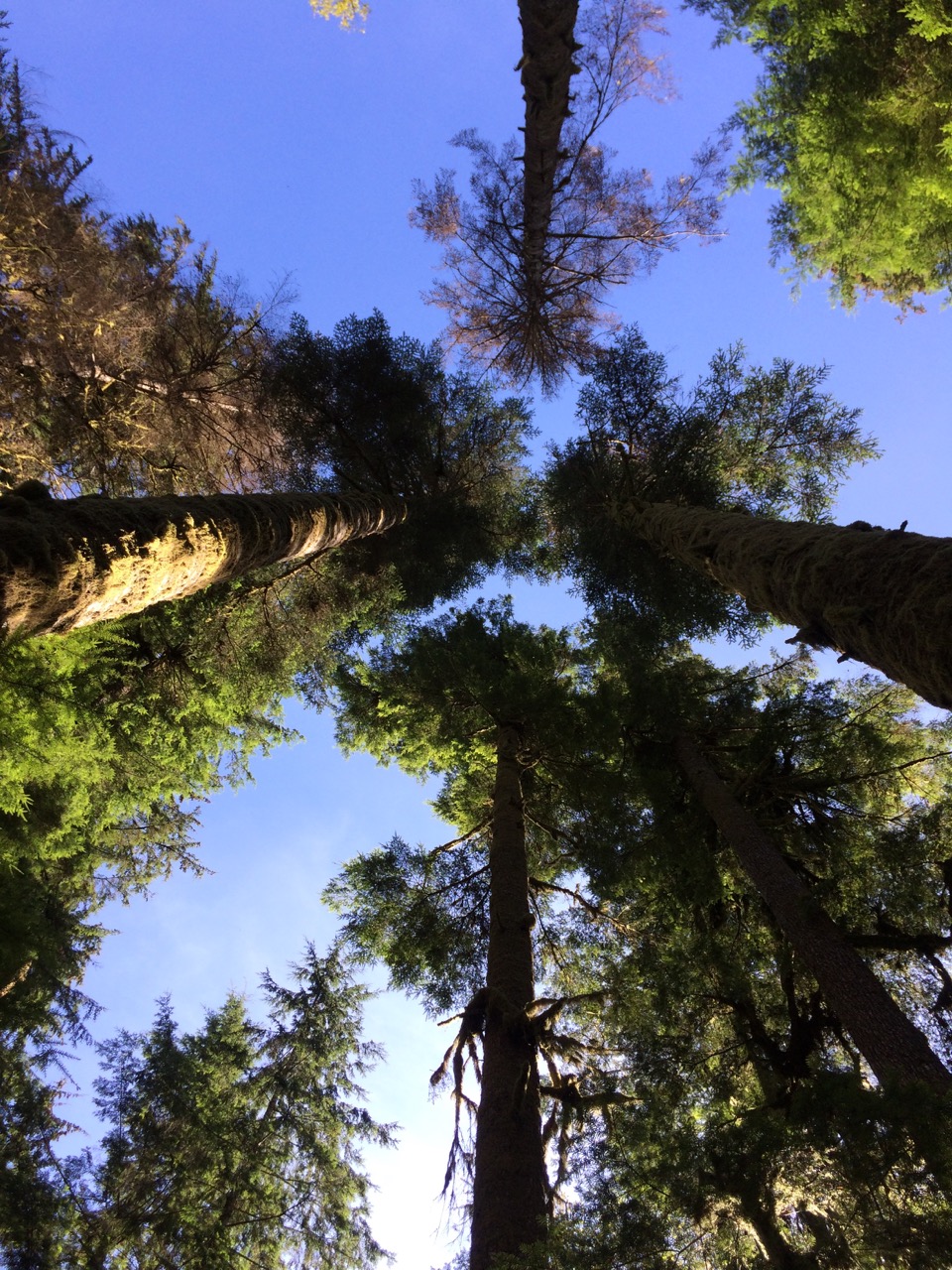 A trip through the forest led to a 600 year old cedar tree.
A trip through the forest led to a 600 year old cedar tree.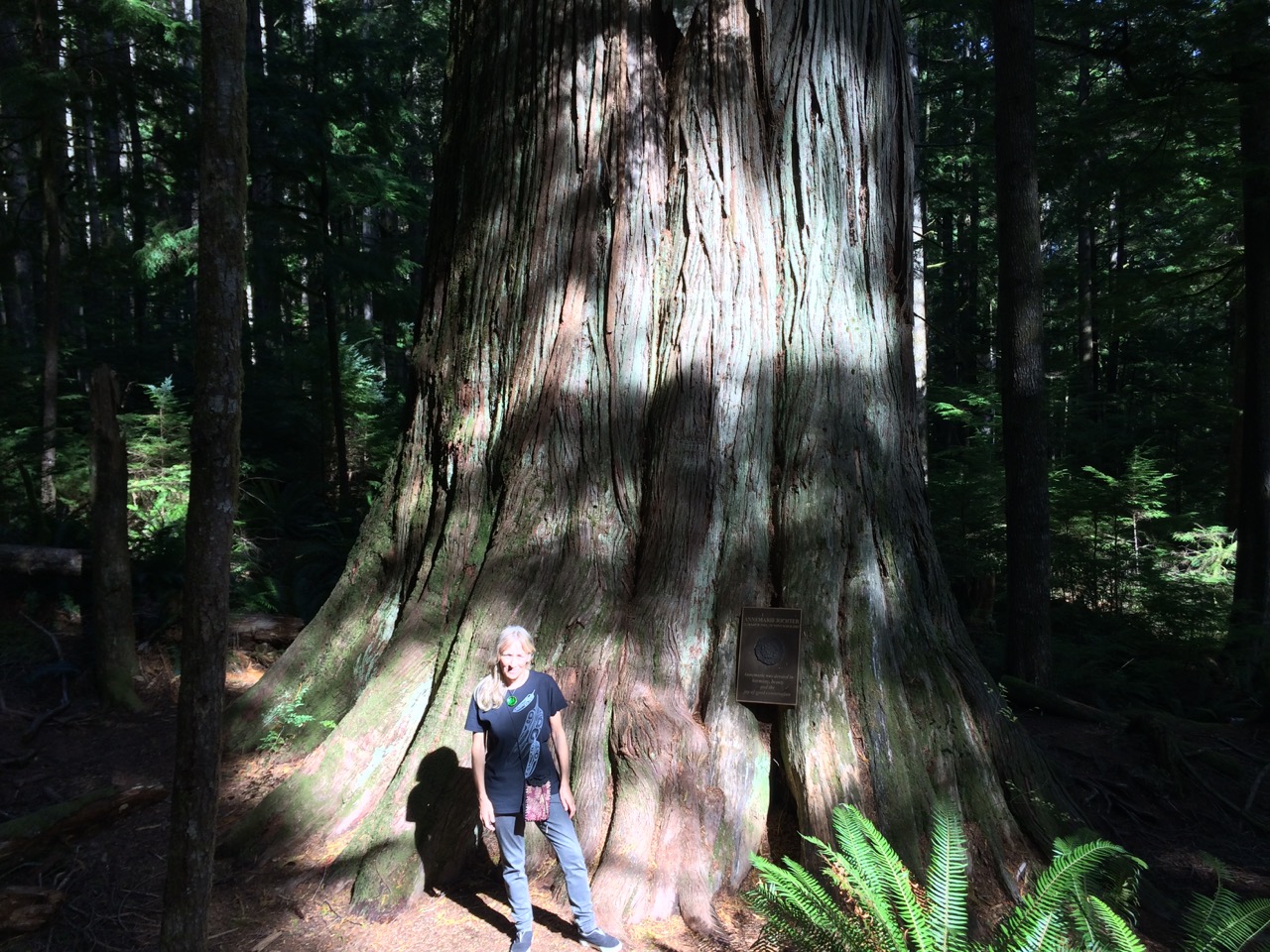
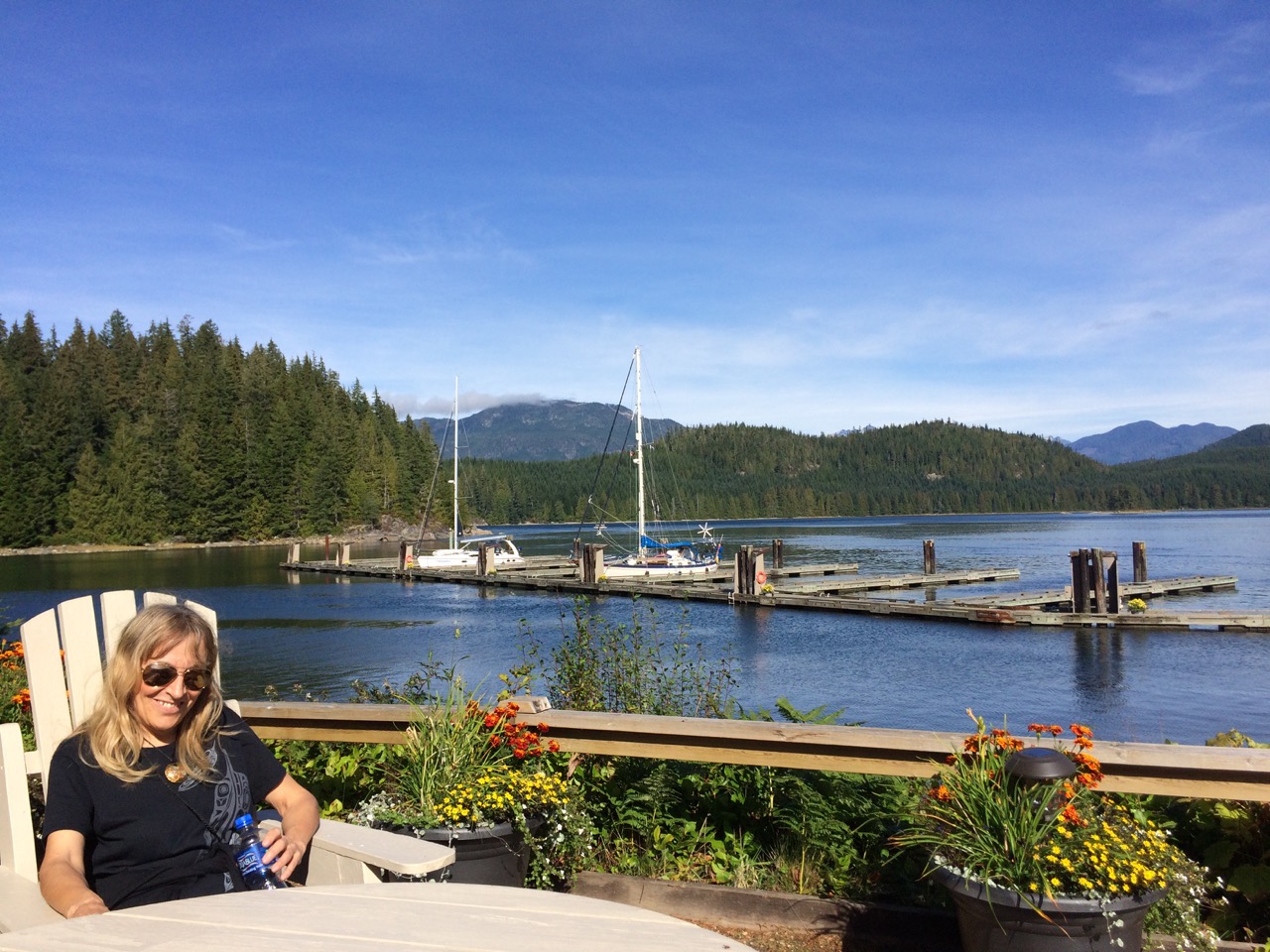 I sent a postcard to an old friend from here, and the very next day the postman turned up in their plane to collect the mail and deliver new mail. We really are in the middle of nowhere here, It’s a big island, but has no electric, water or telephone. Electricity comes from a generator and a water powered turbine that makes use of the strong currents here. Water from a brook. Amazingly the internet is very good, but I think that is via satellite.
I sent a postcard to an old friend from here, and the very next day the postman turned up in their plane to collect the mail and deliver new mail. We really are in the middle of nowhere here, It’s a big island, but has no electric, water or telephone. Electricity comes from a generator and a water powered turbine that makes use of the strong currents here. Water from a brook. Amazingly the internet is very good, but I think that is via satellite.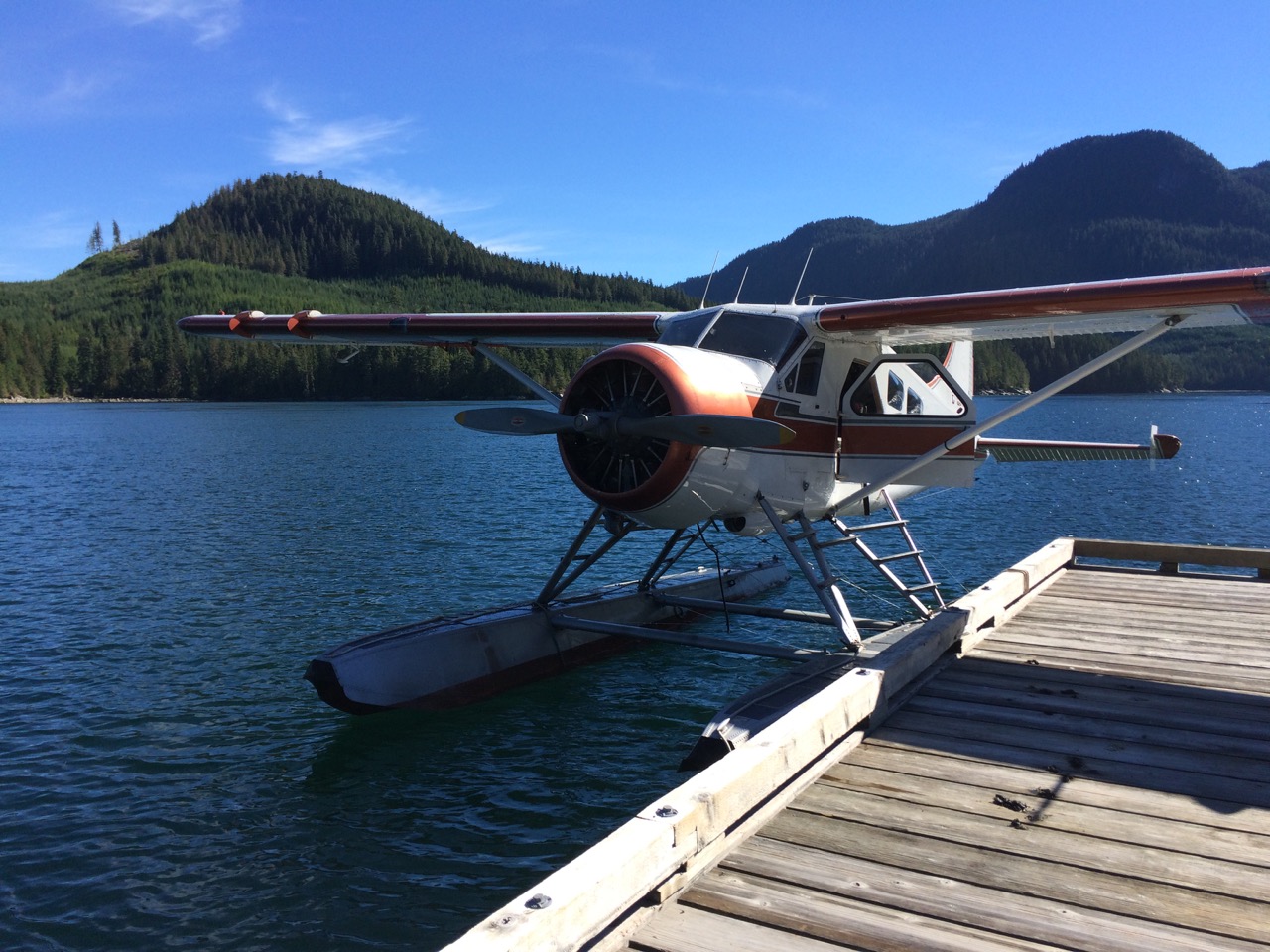 I had wondered how you tie up a plane to a dock?
I had wondered how you tie up a plane to a dock?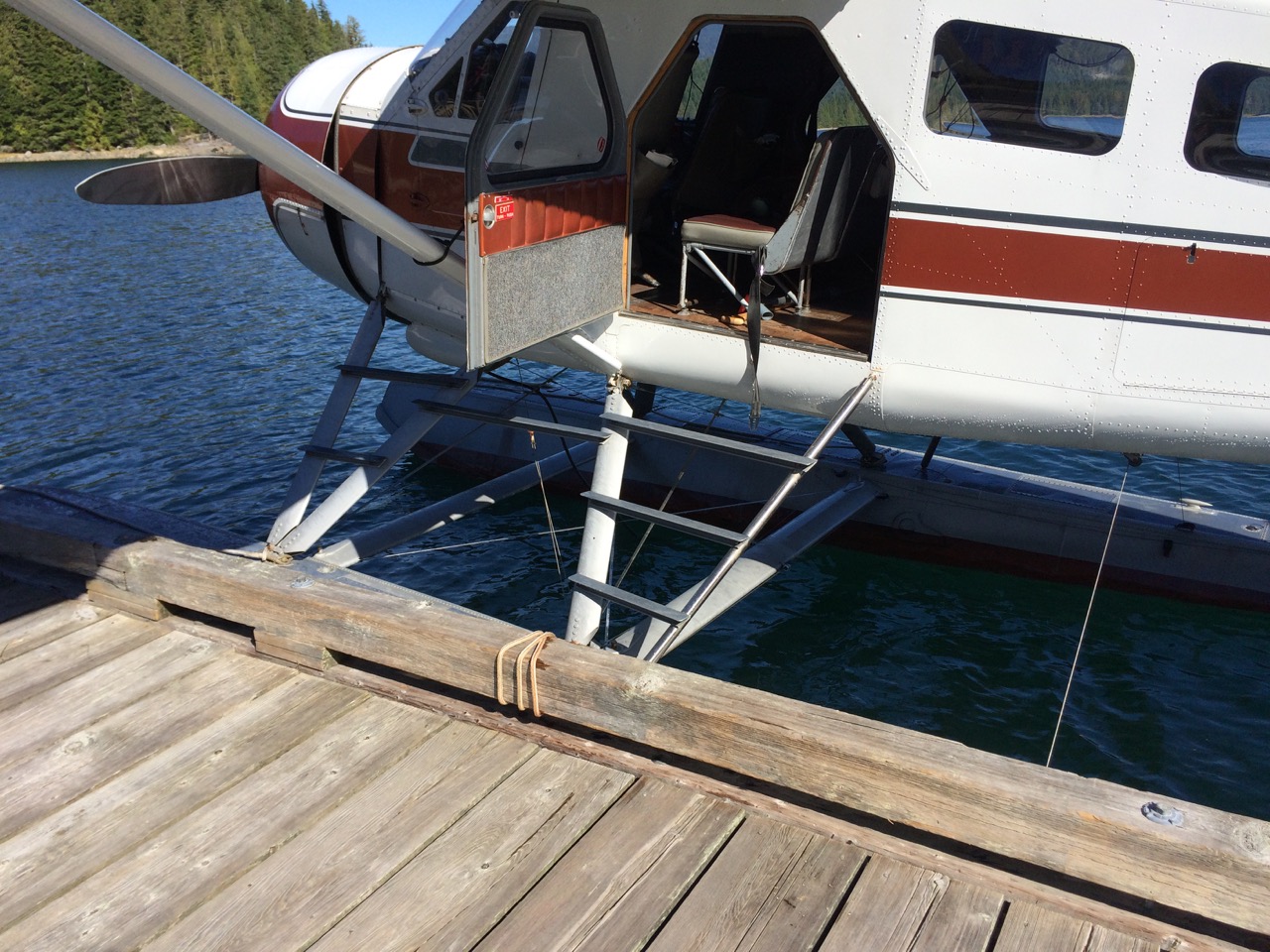 It seems a round turn and one half hitch is all that’s needed!
It seems a round turn and one half hitch is all that’s needed!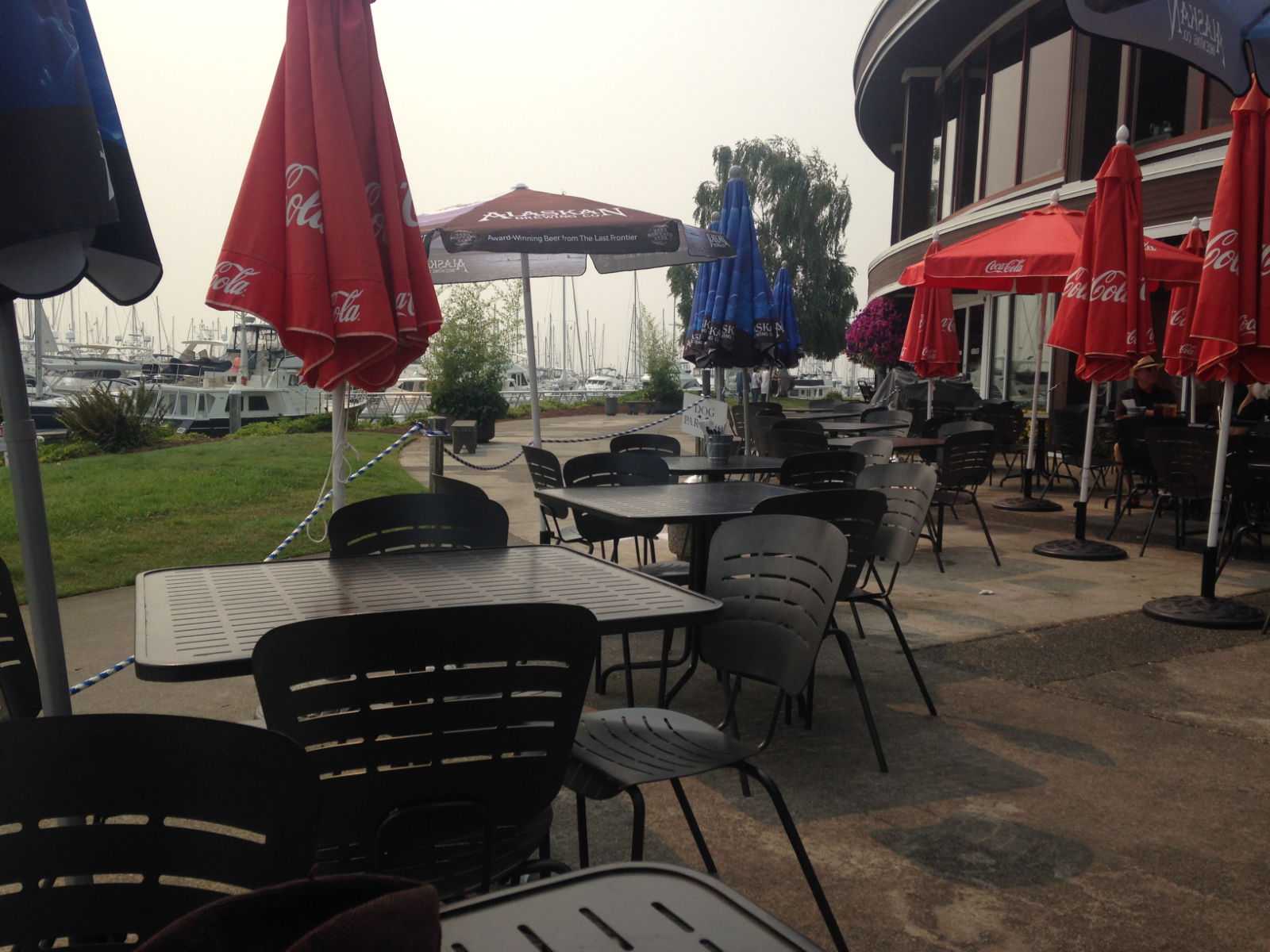

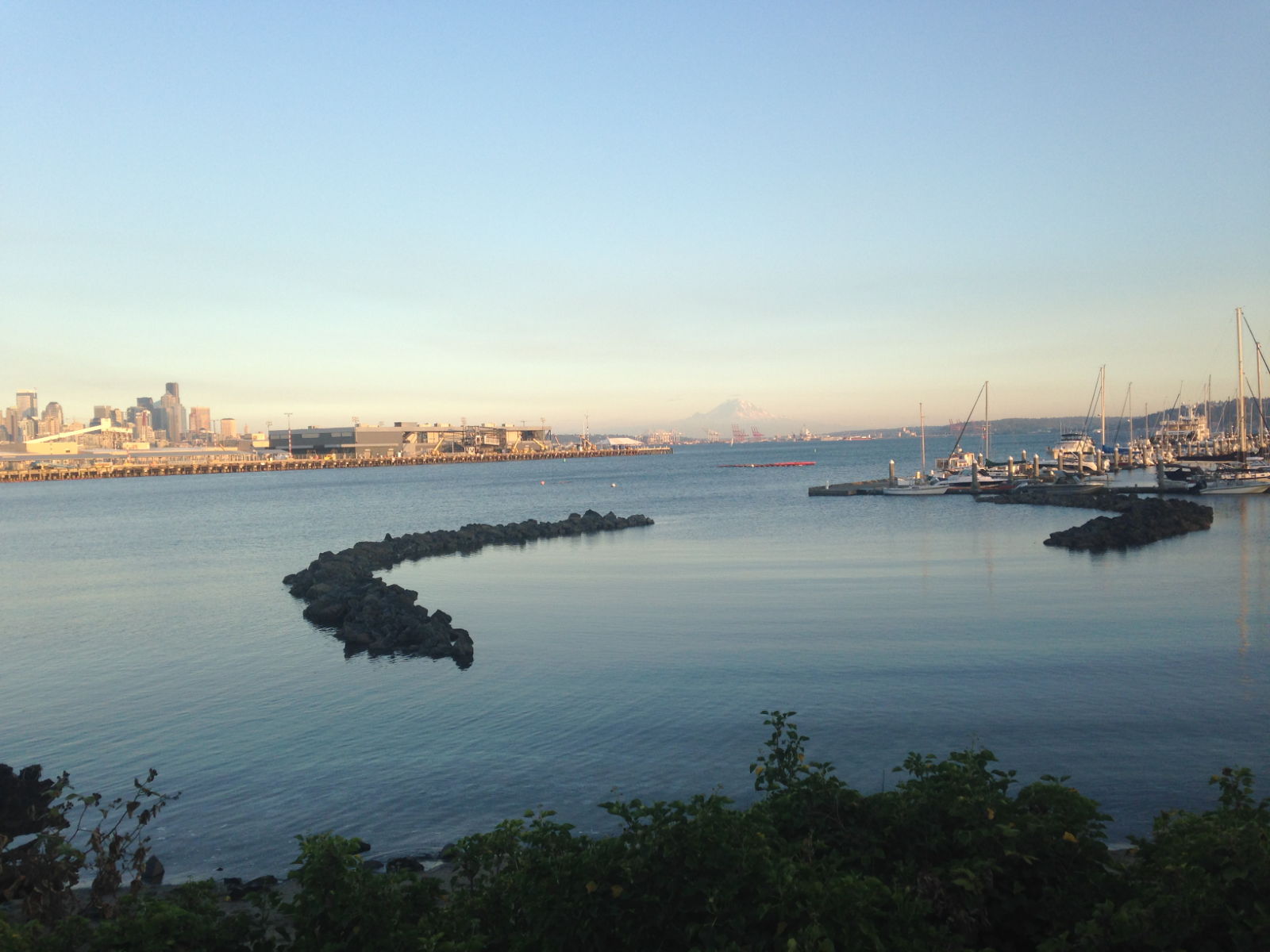
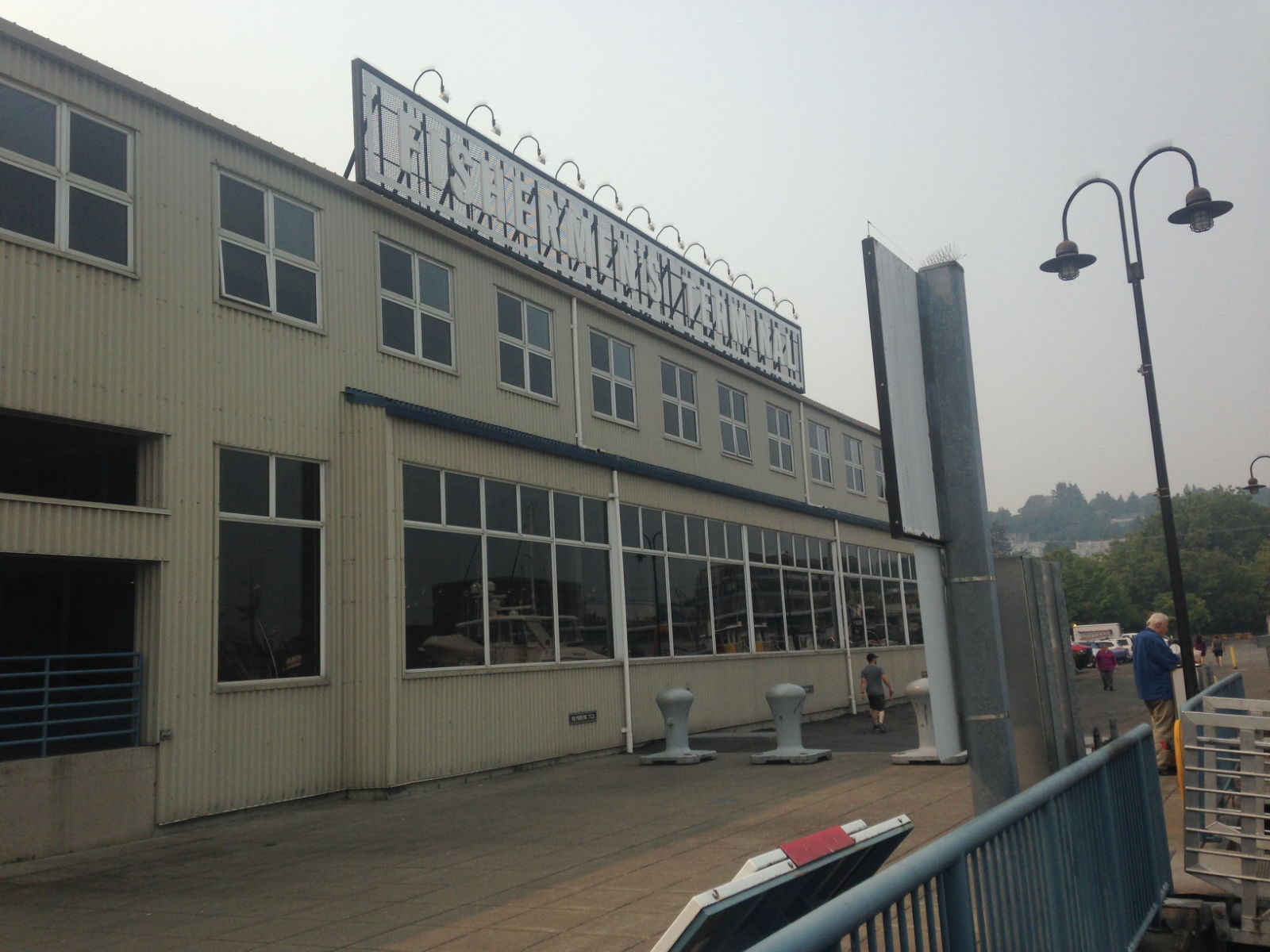
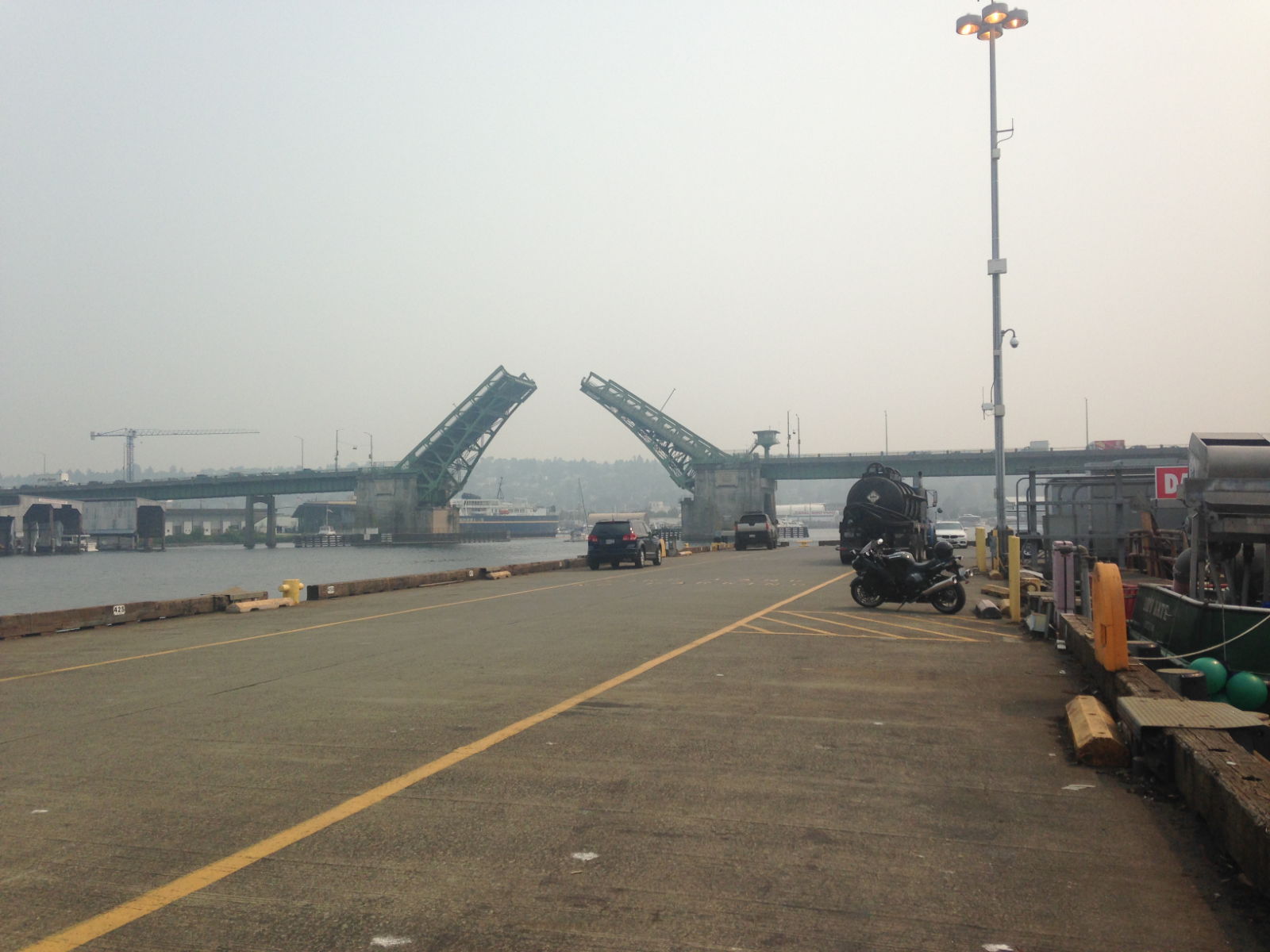
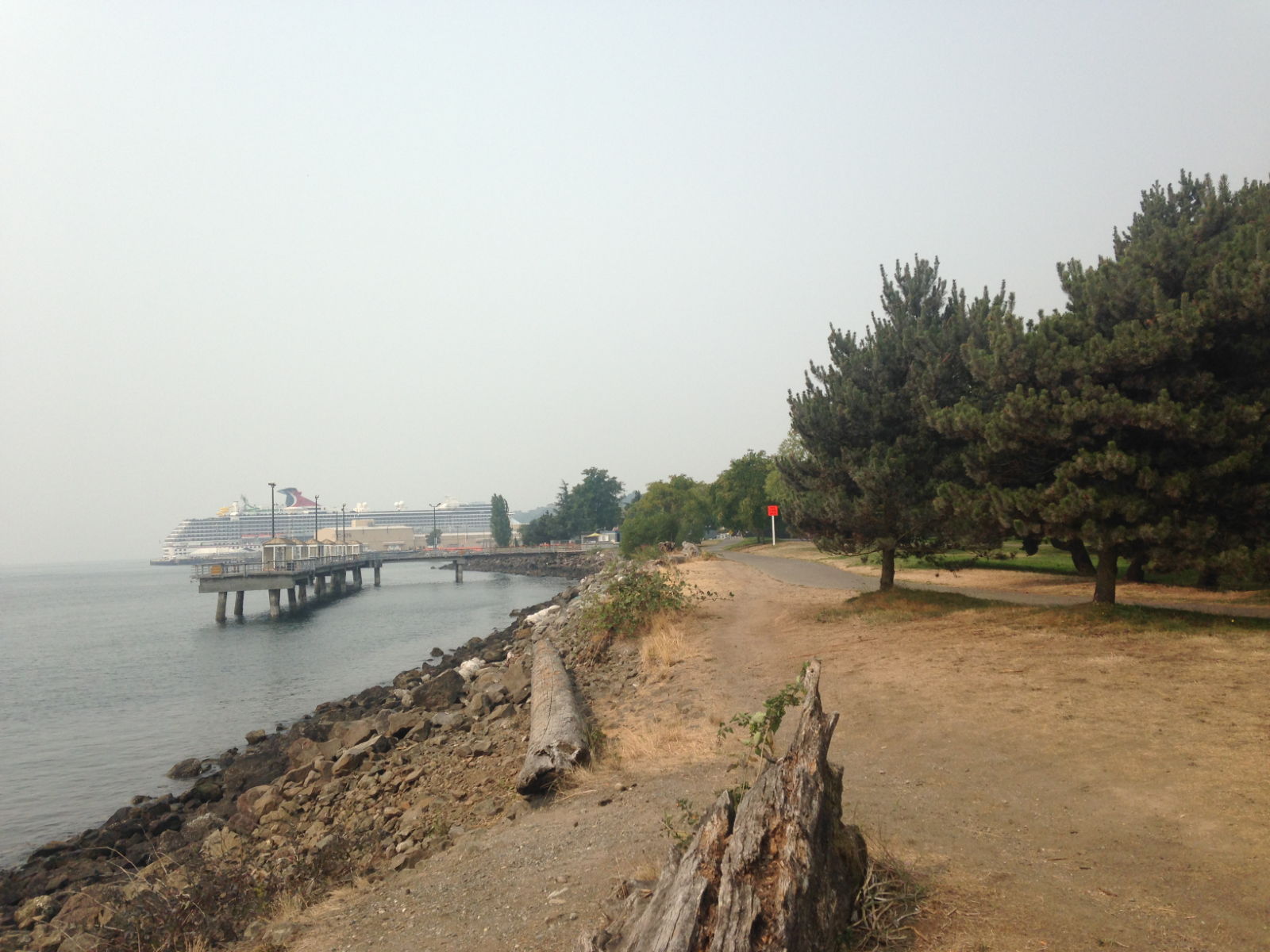
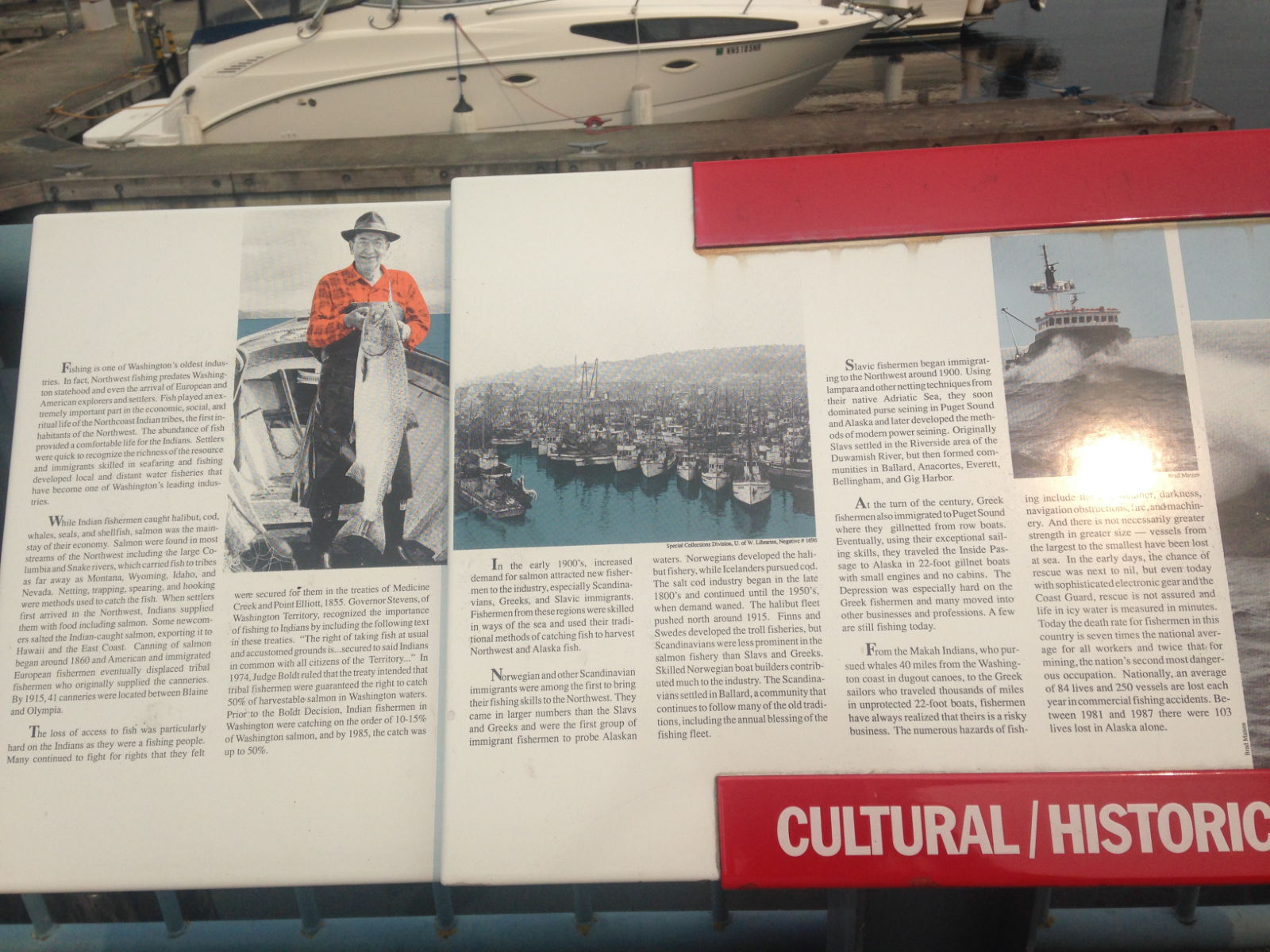
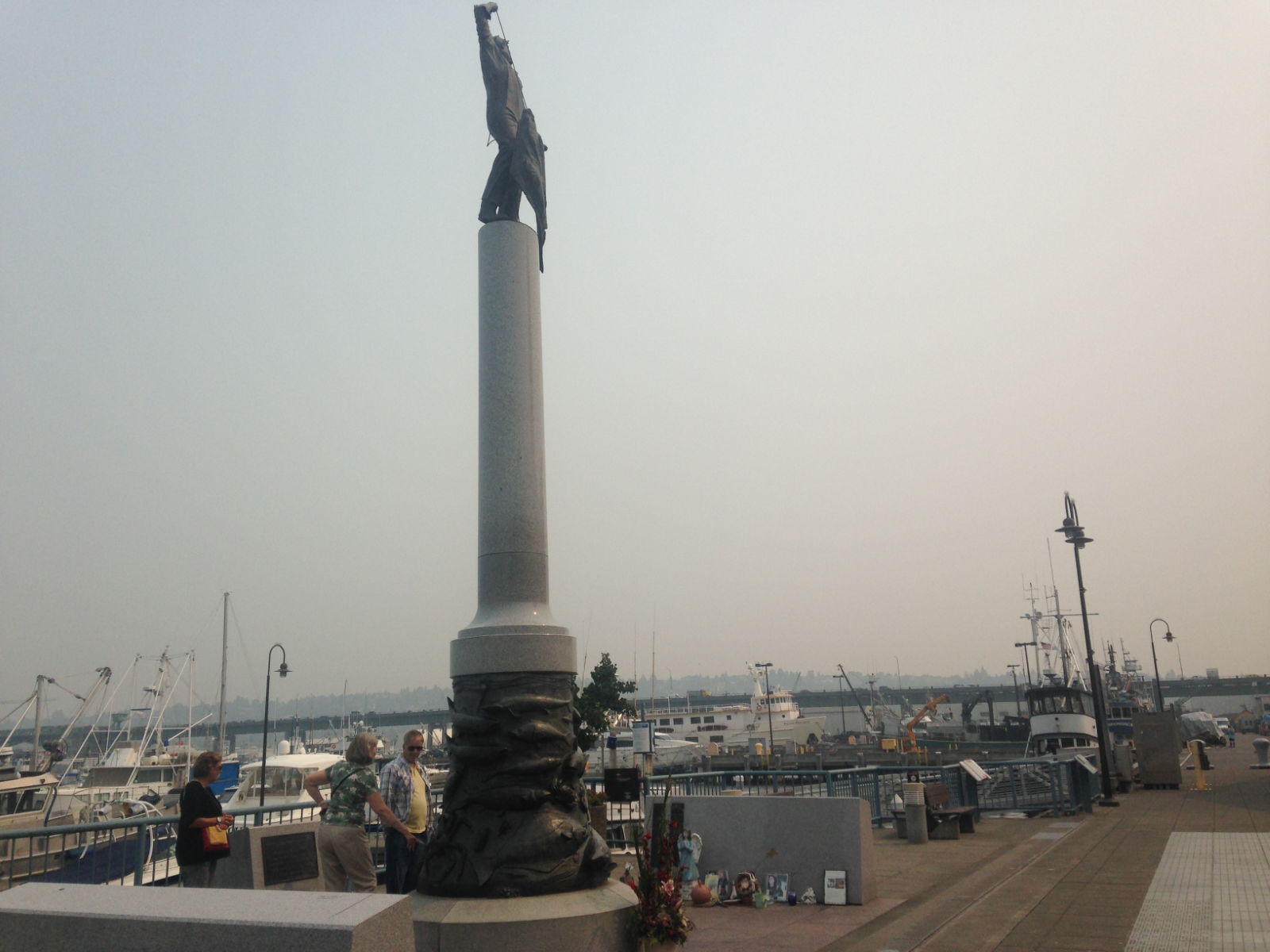
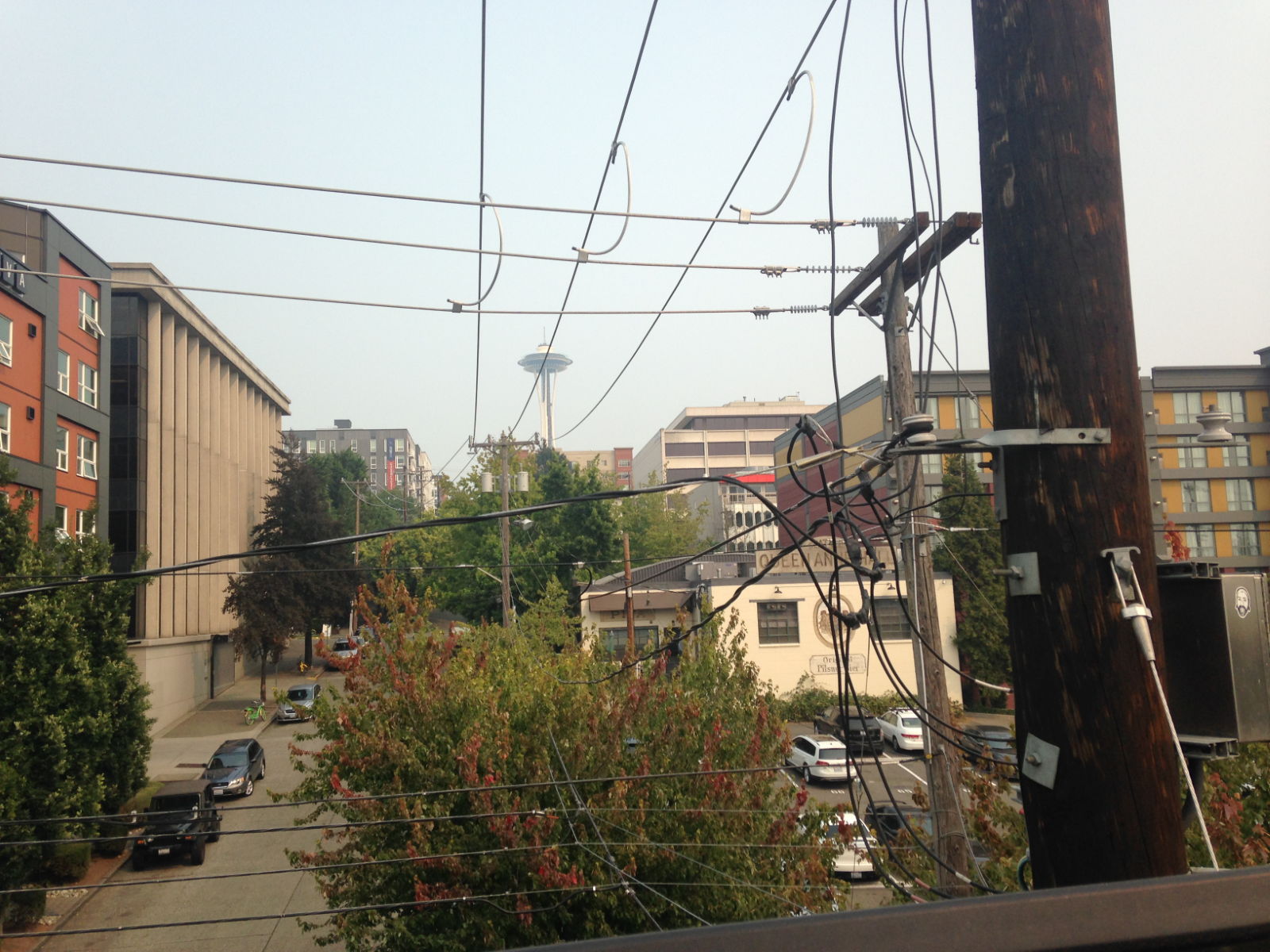

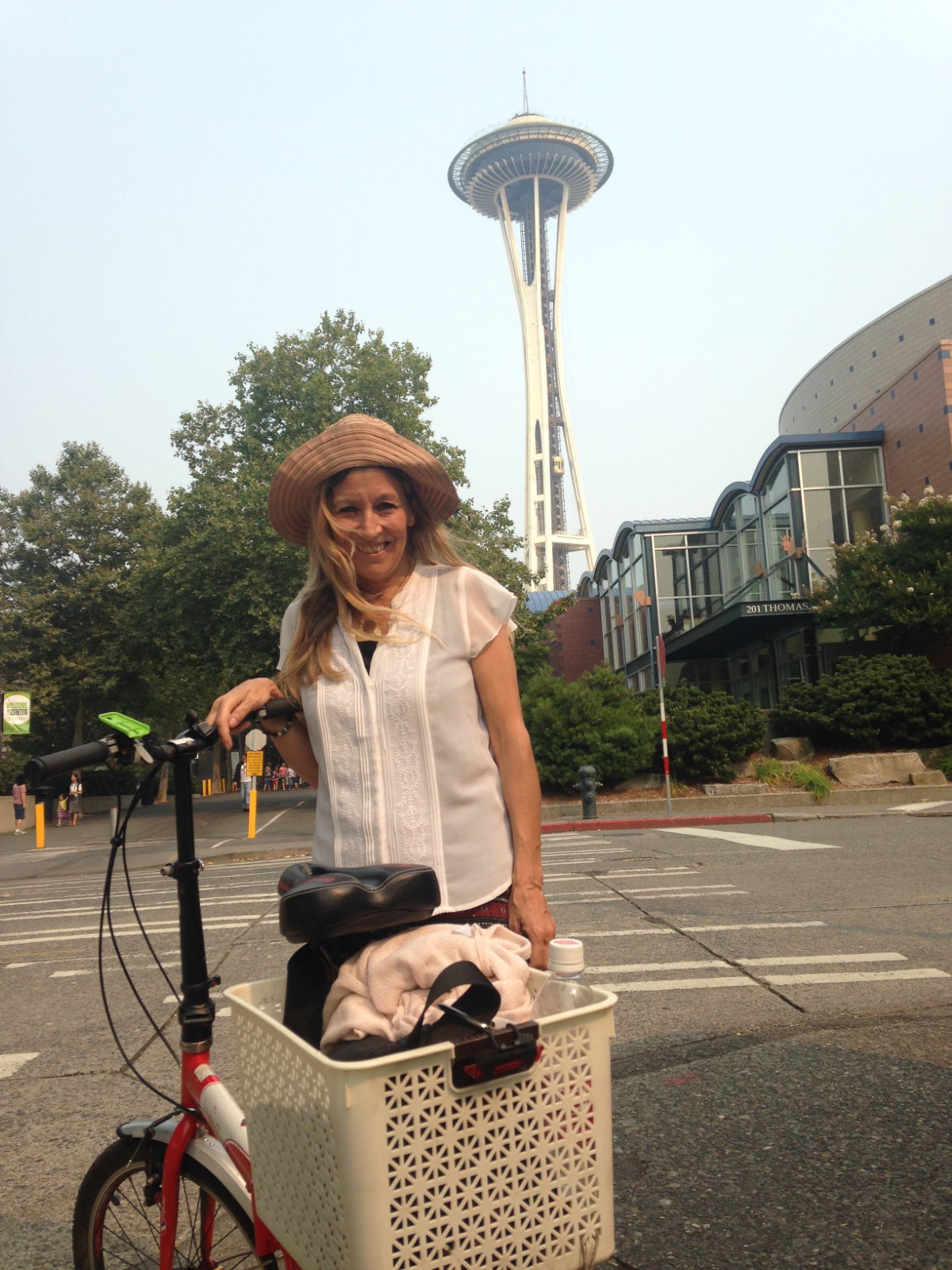
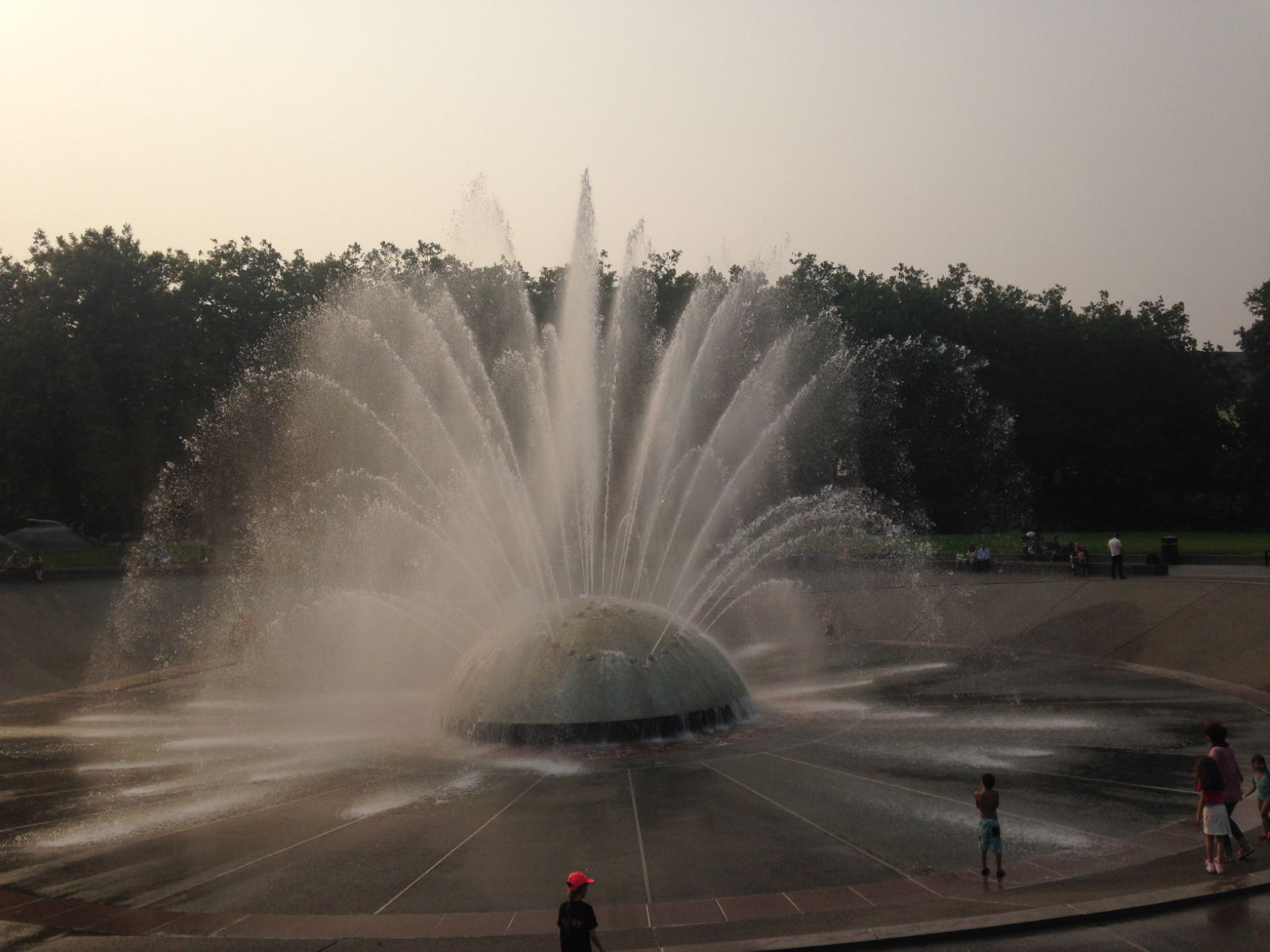
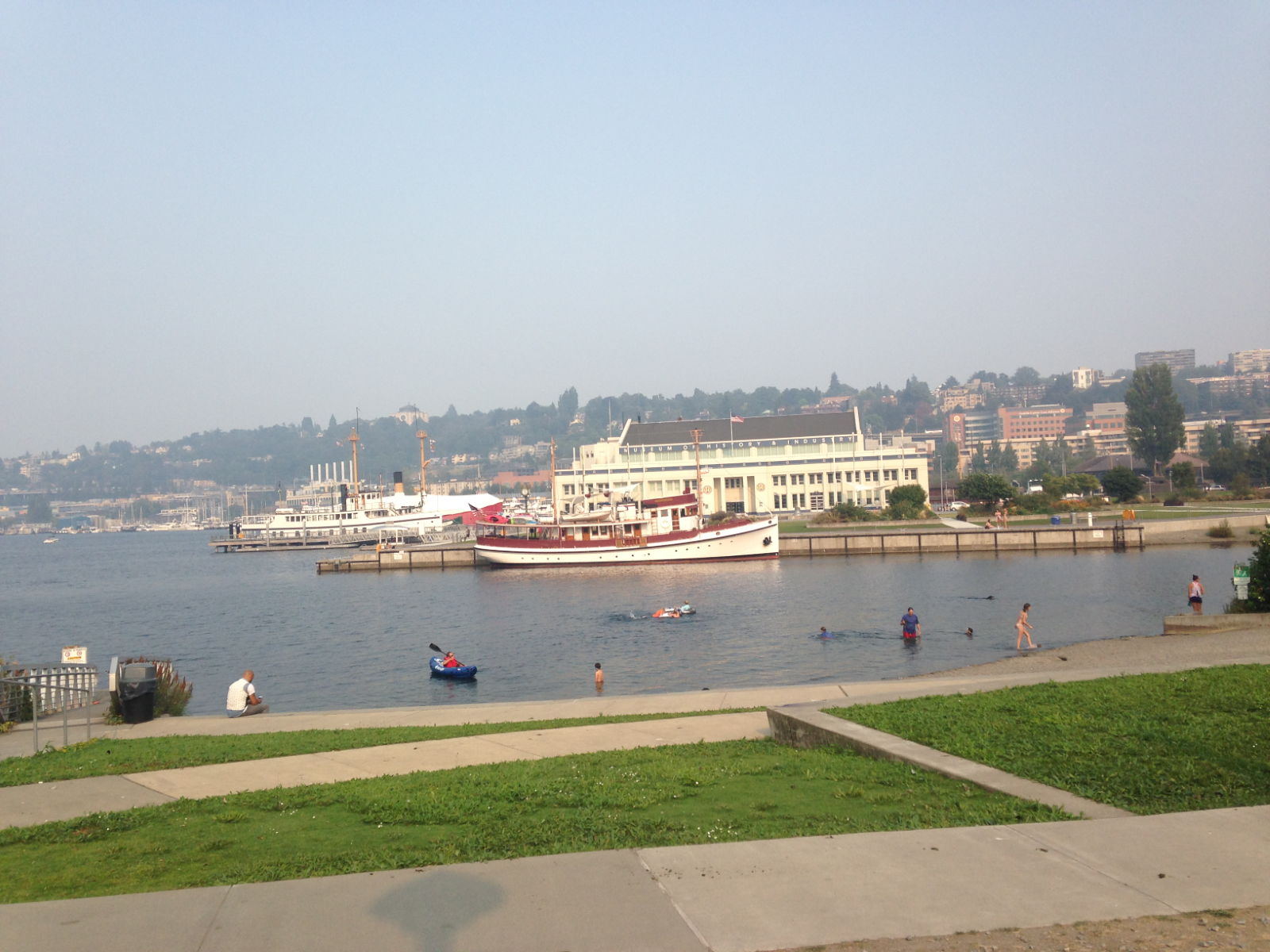
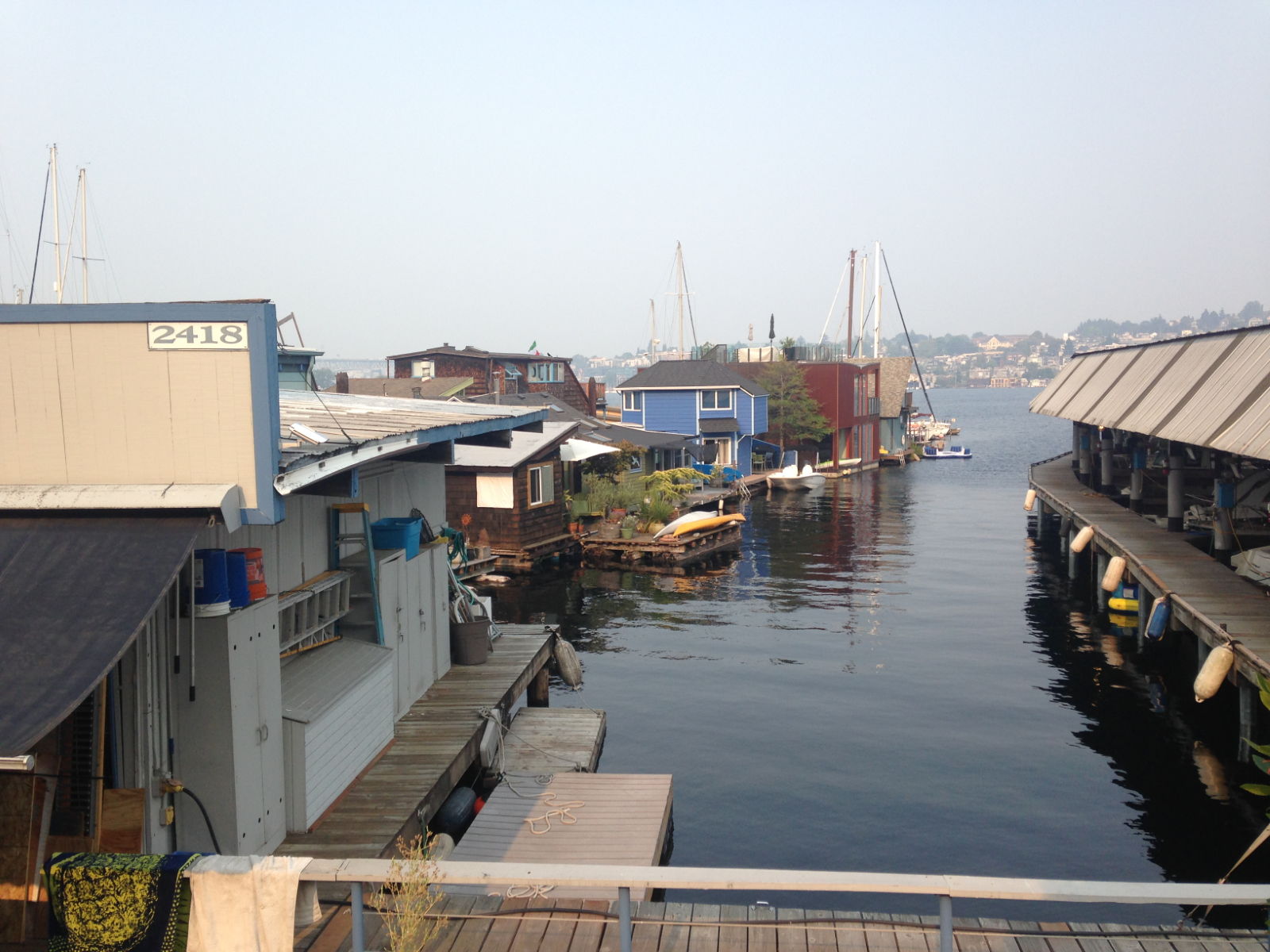
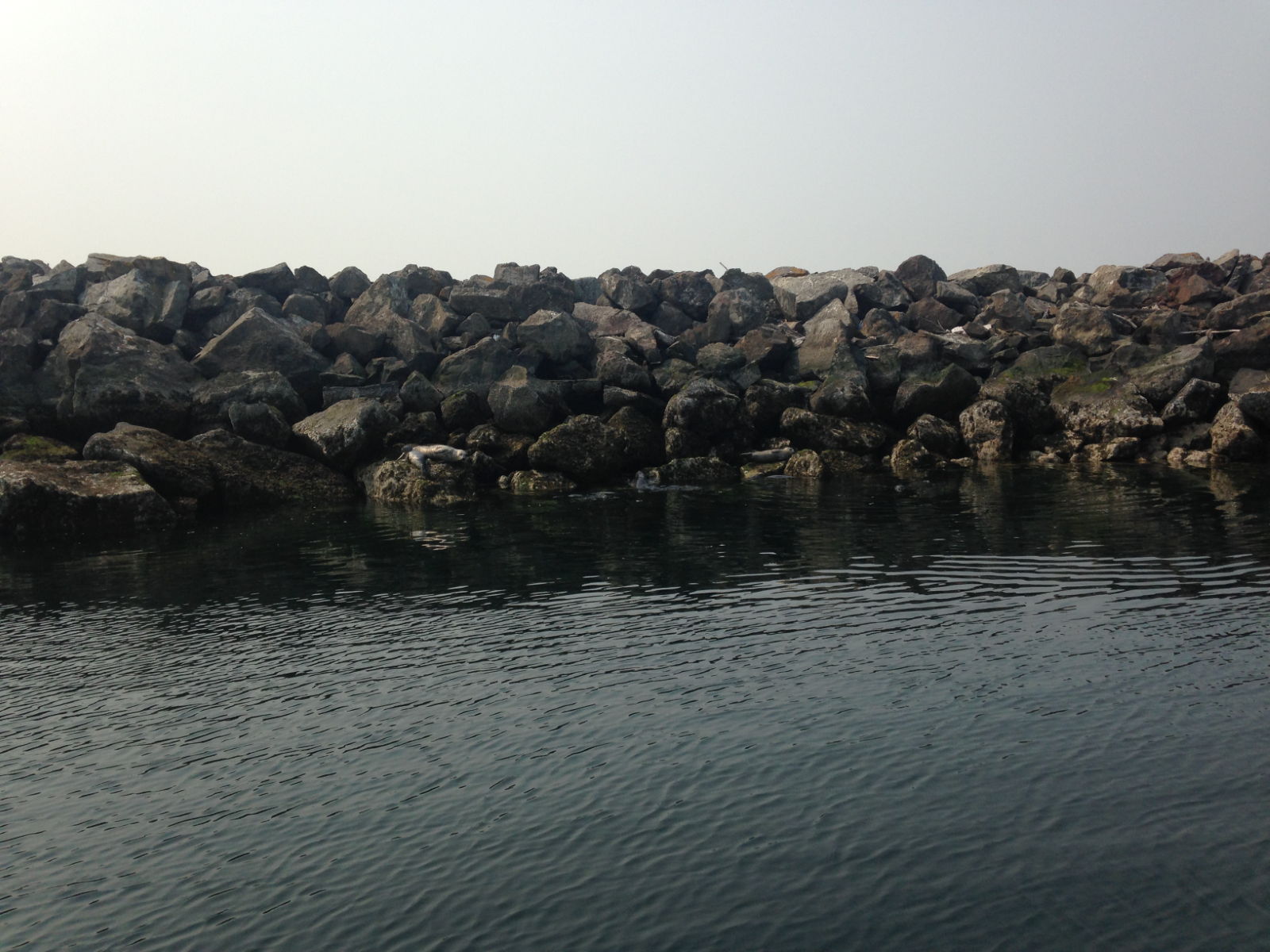
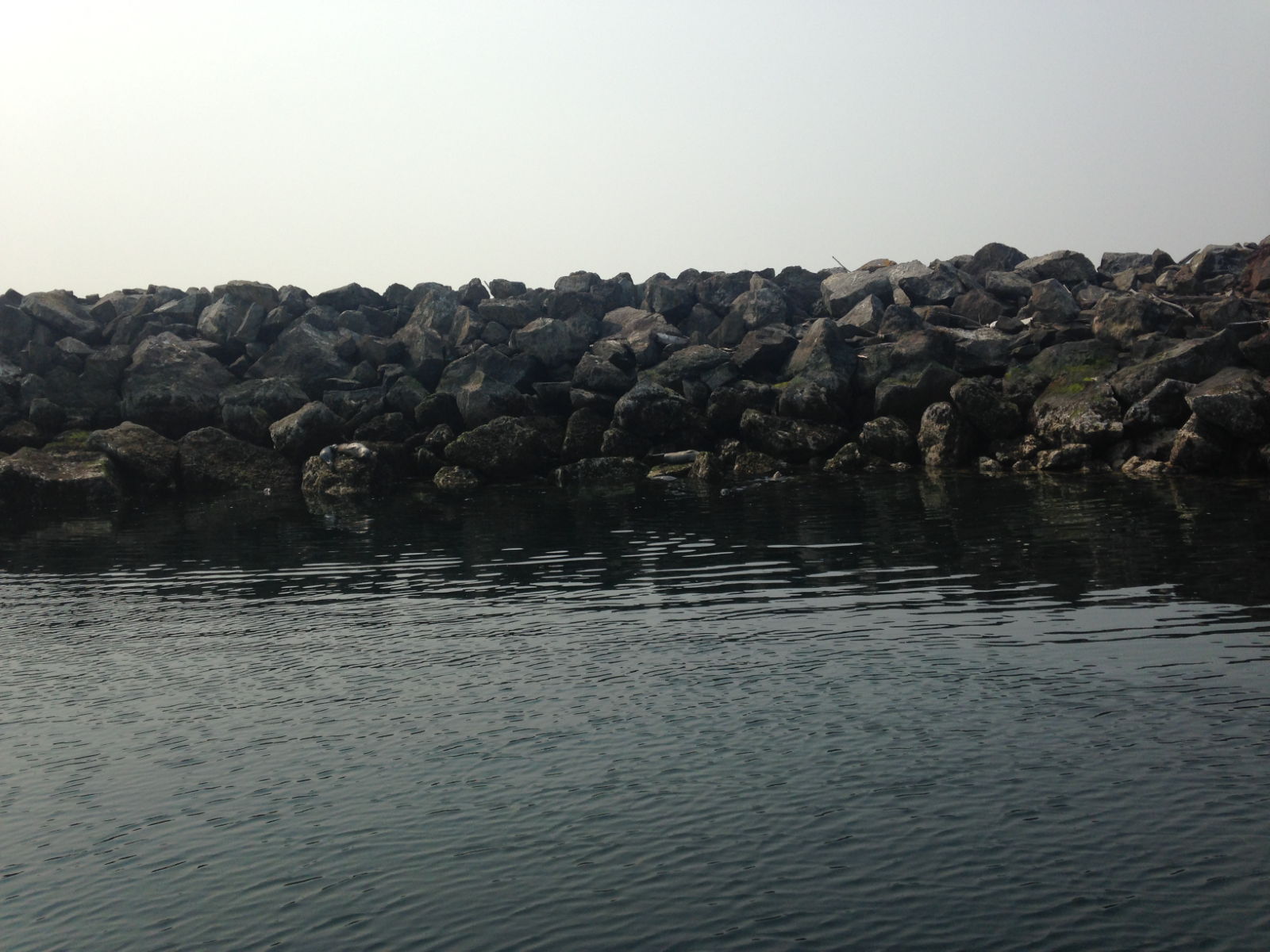
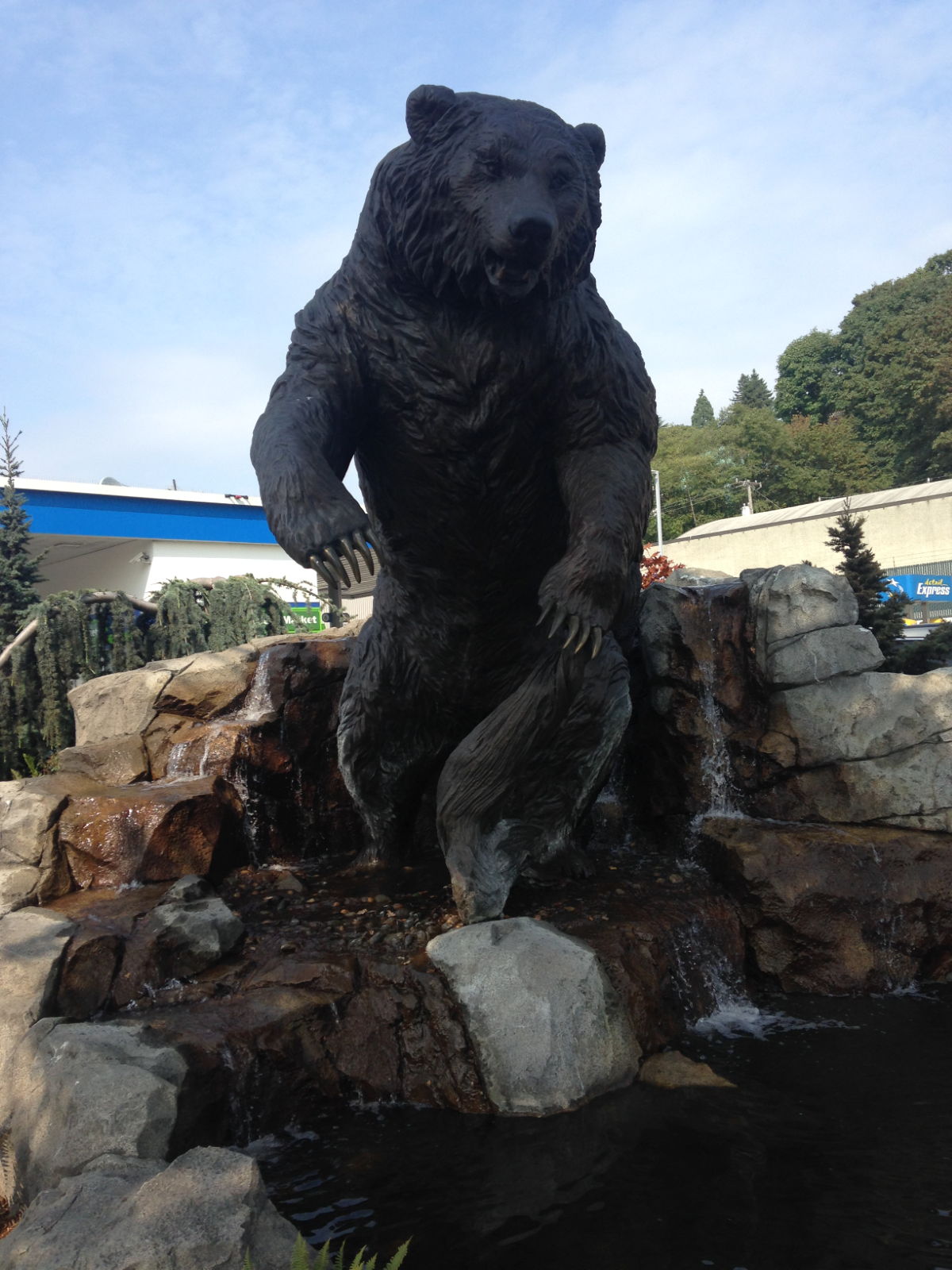
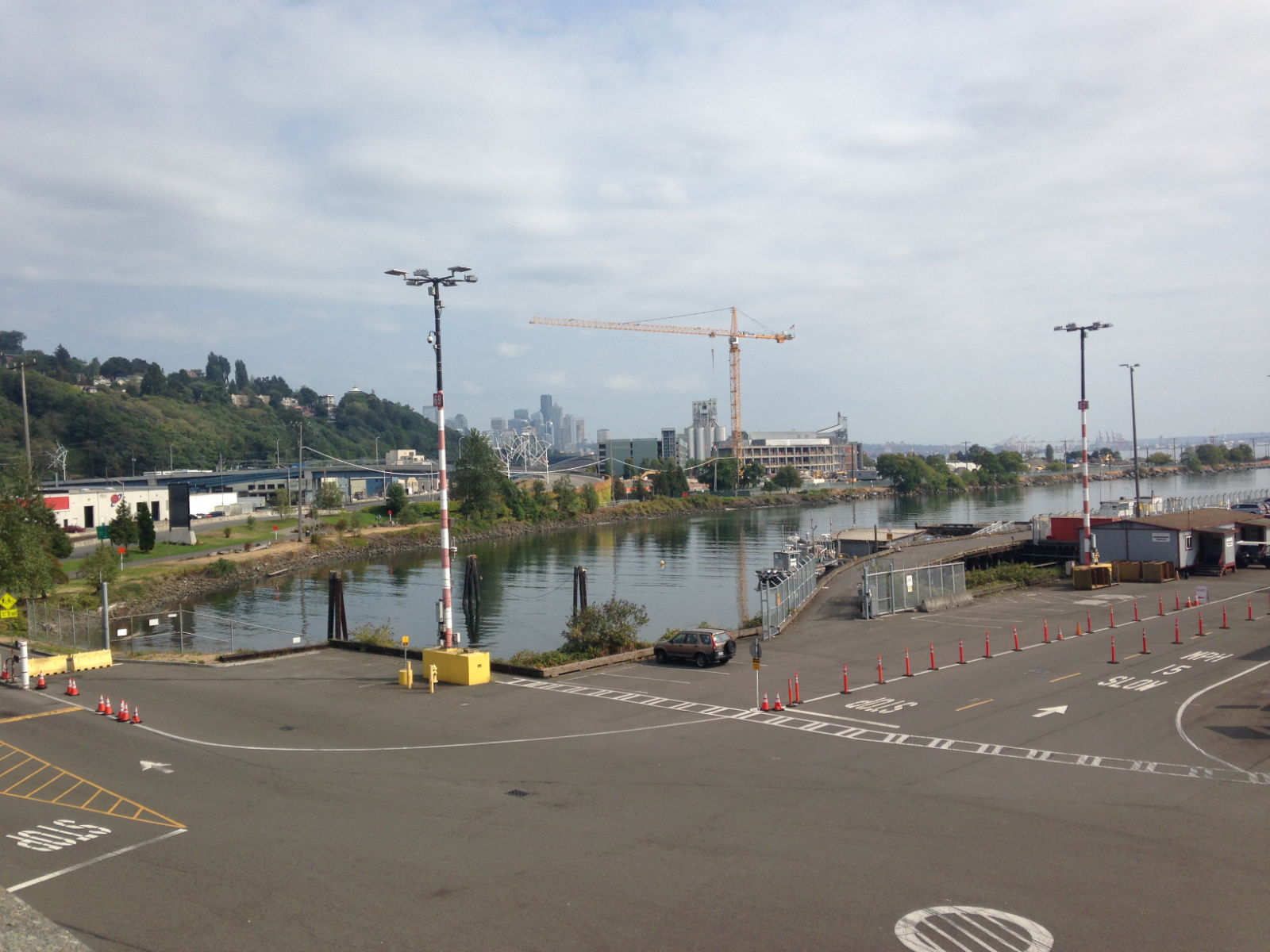
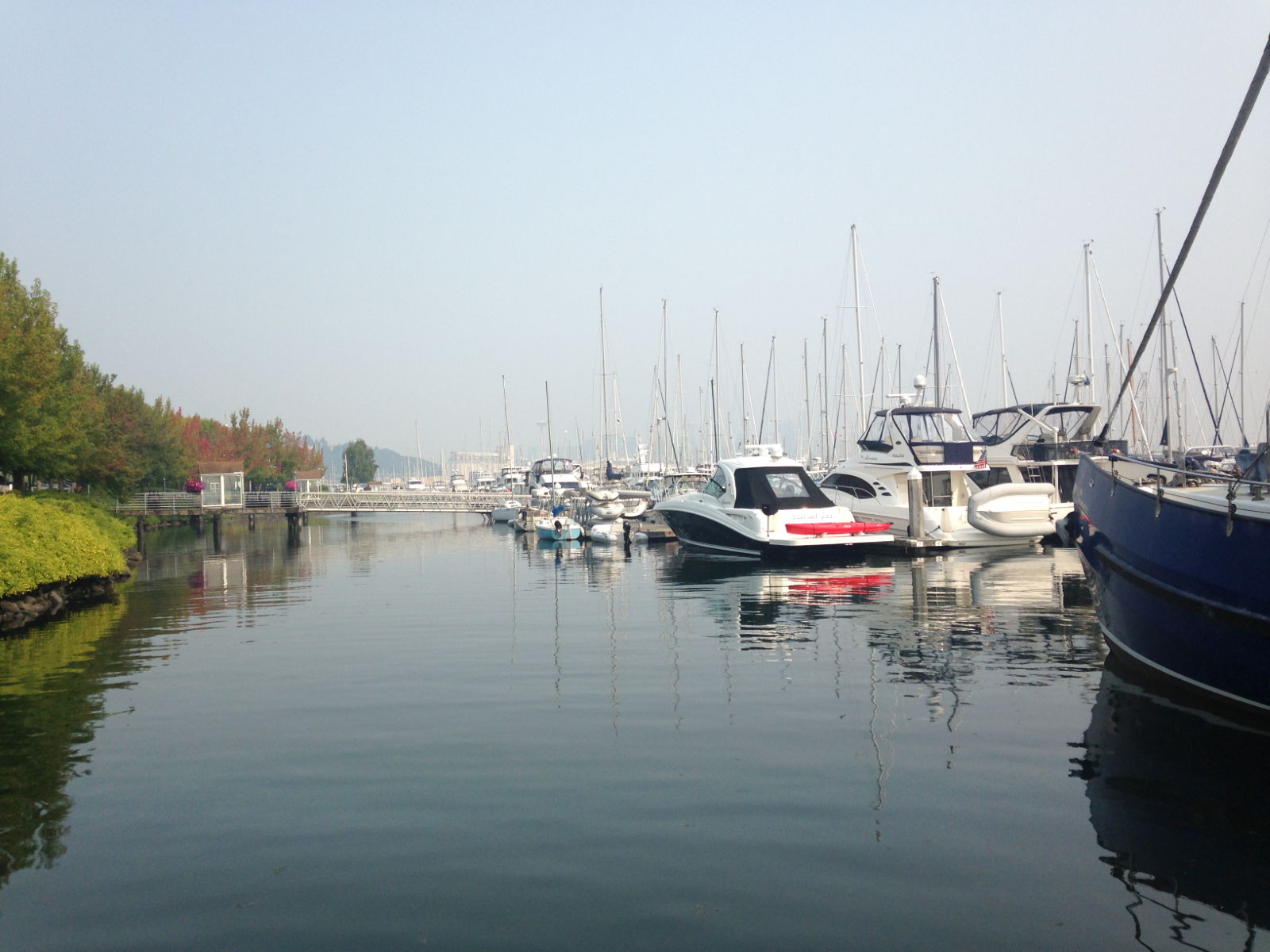
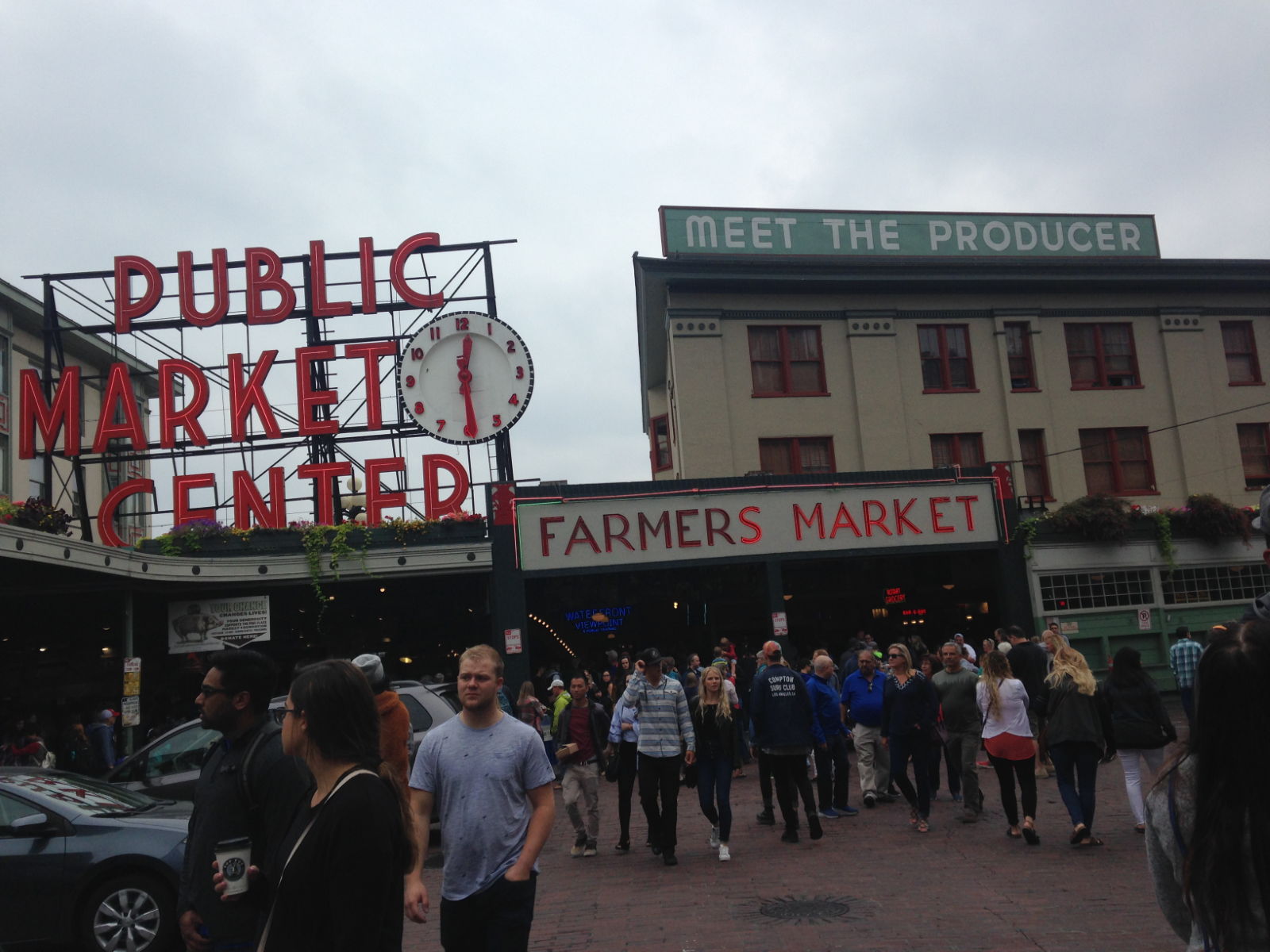
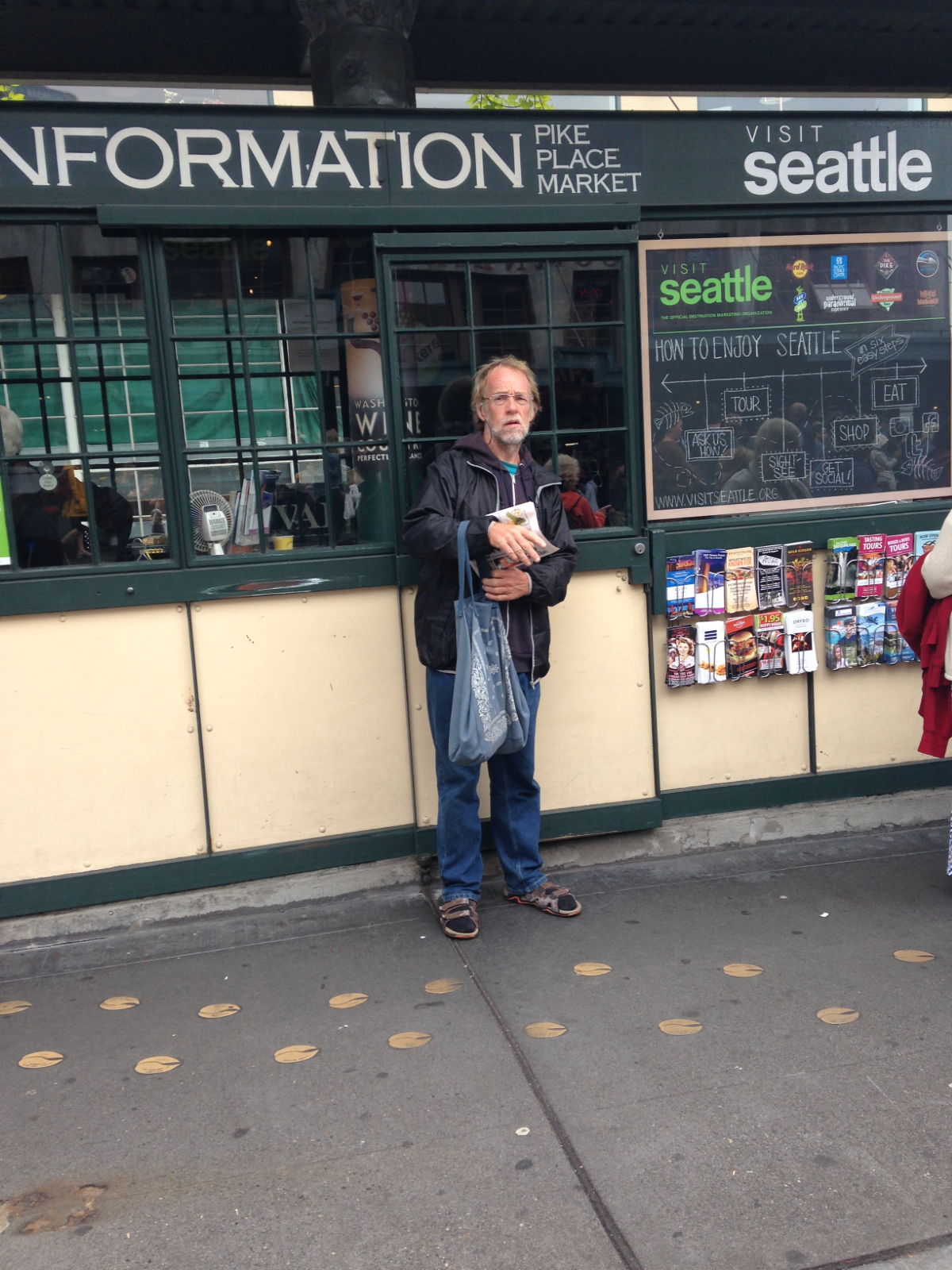
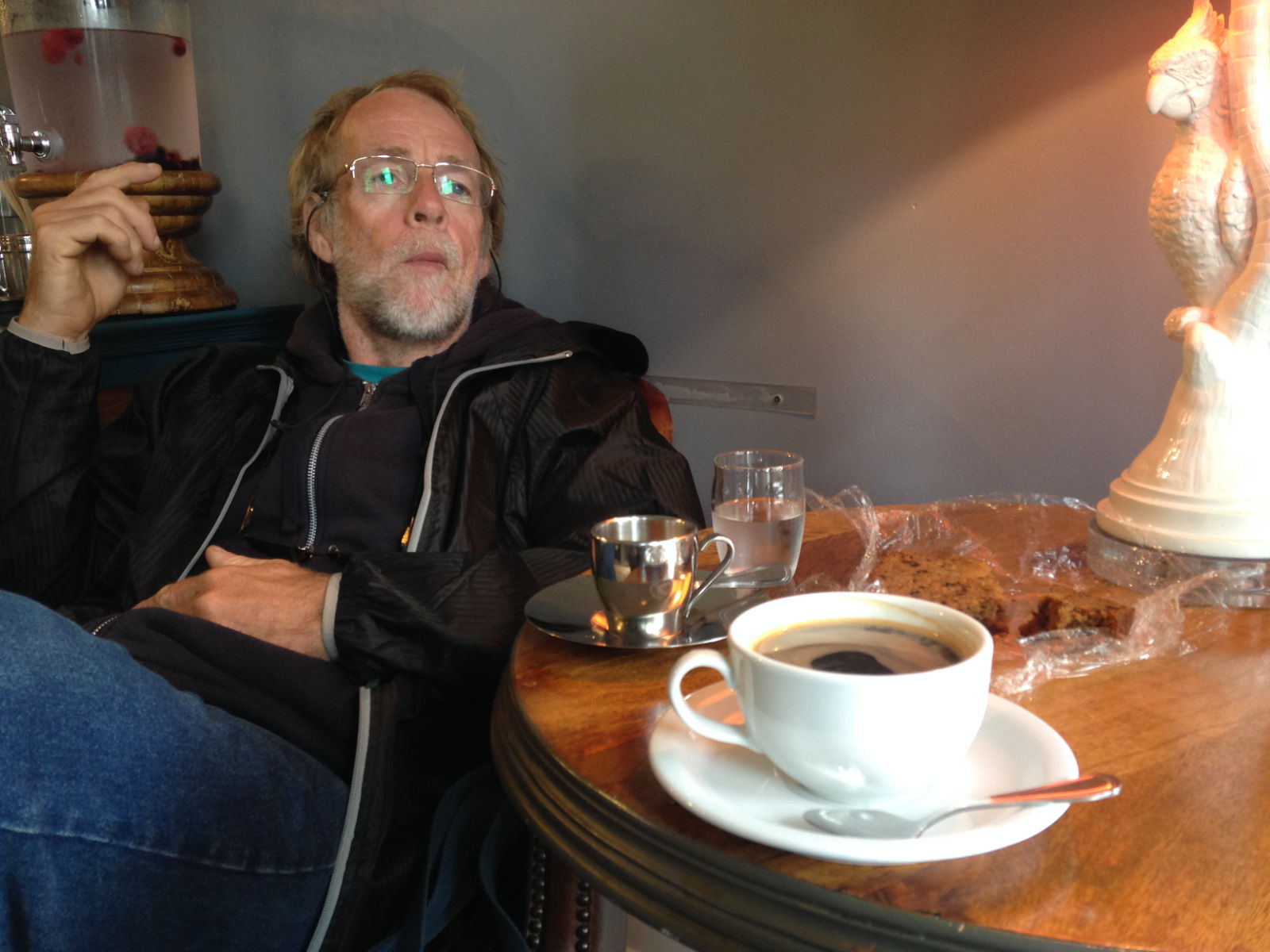

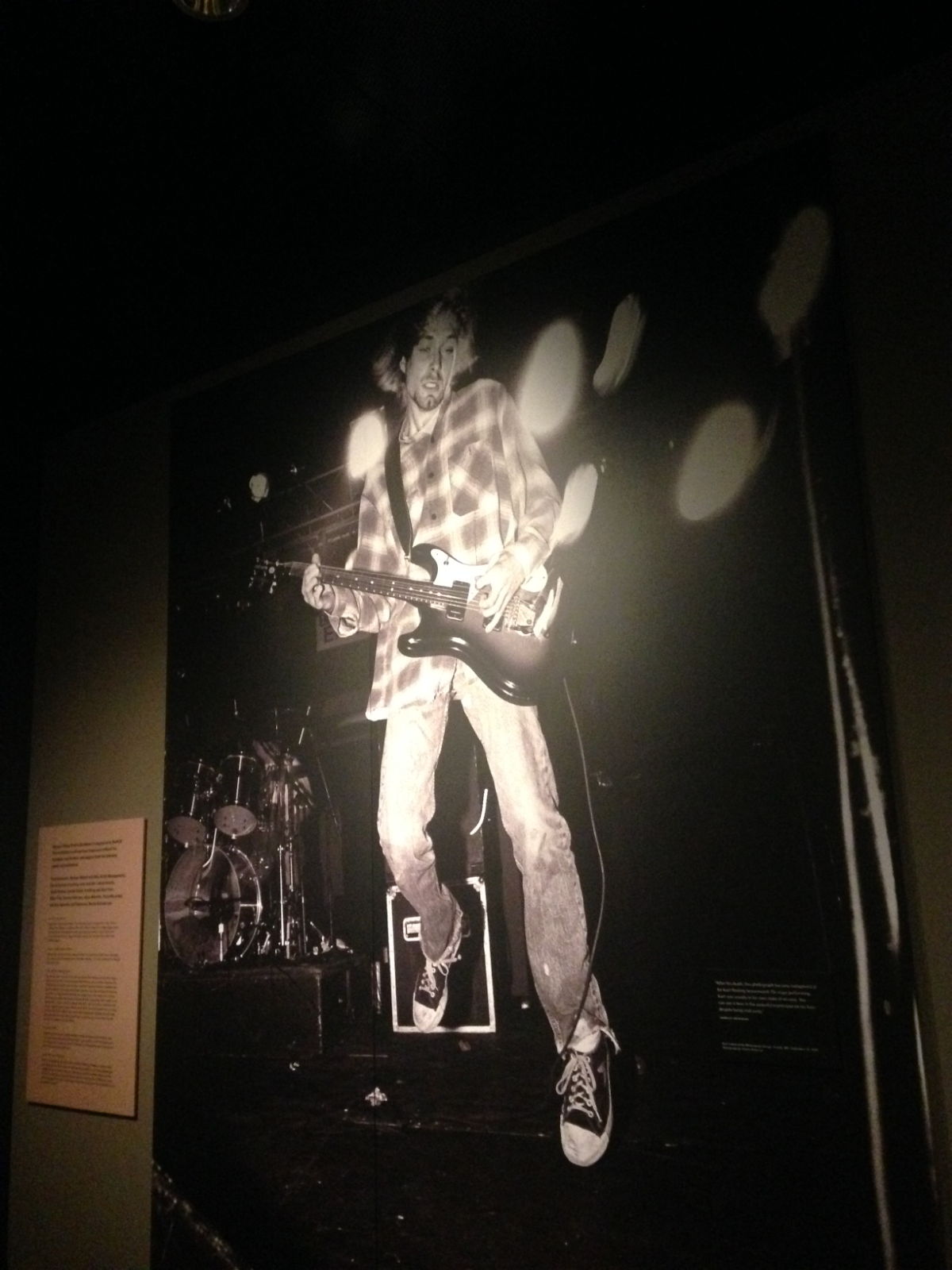
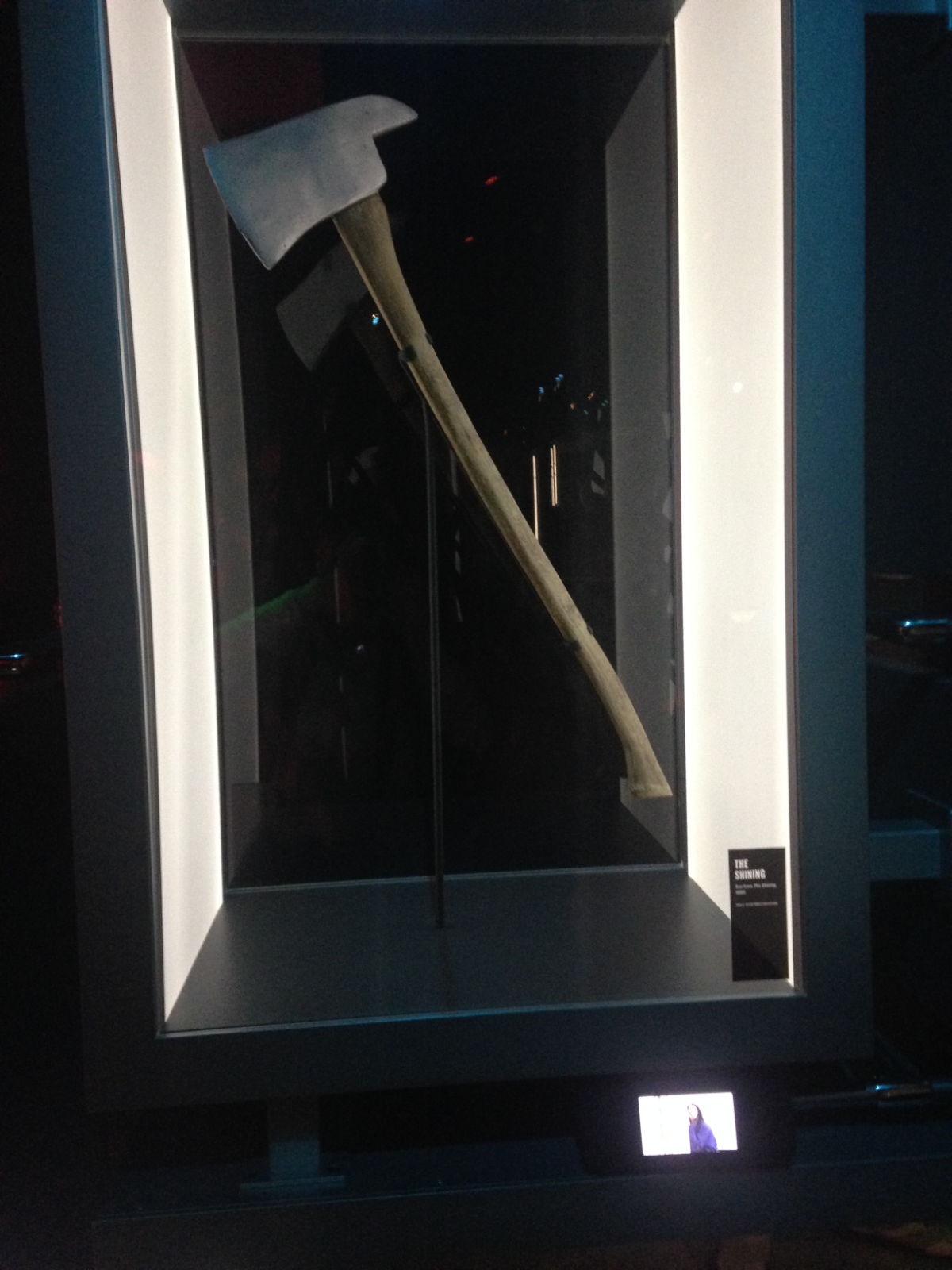
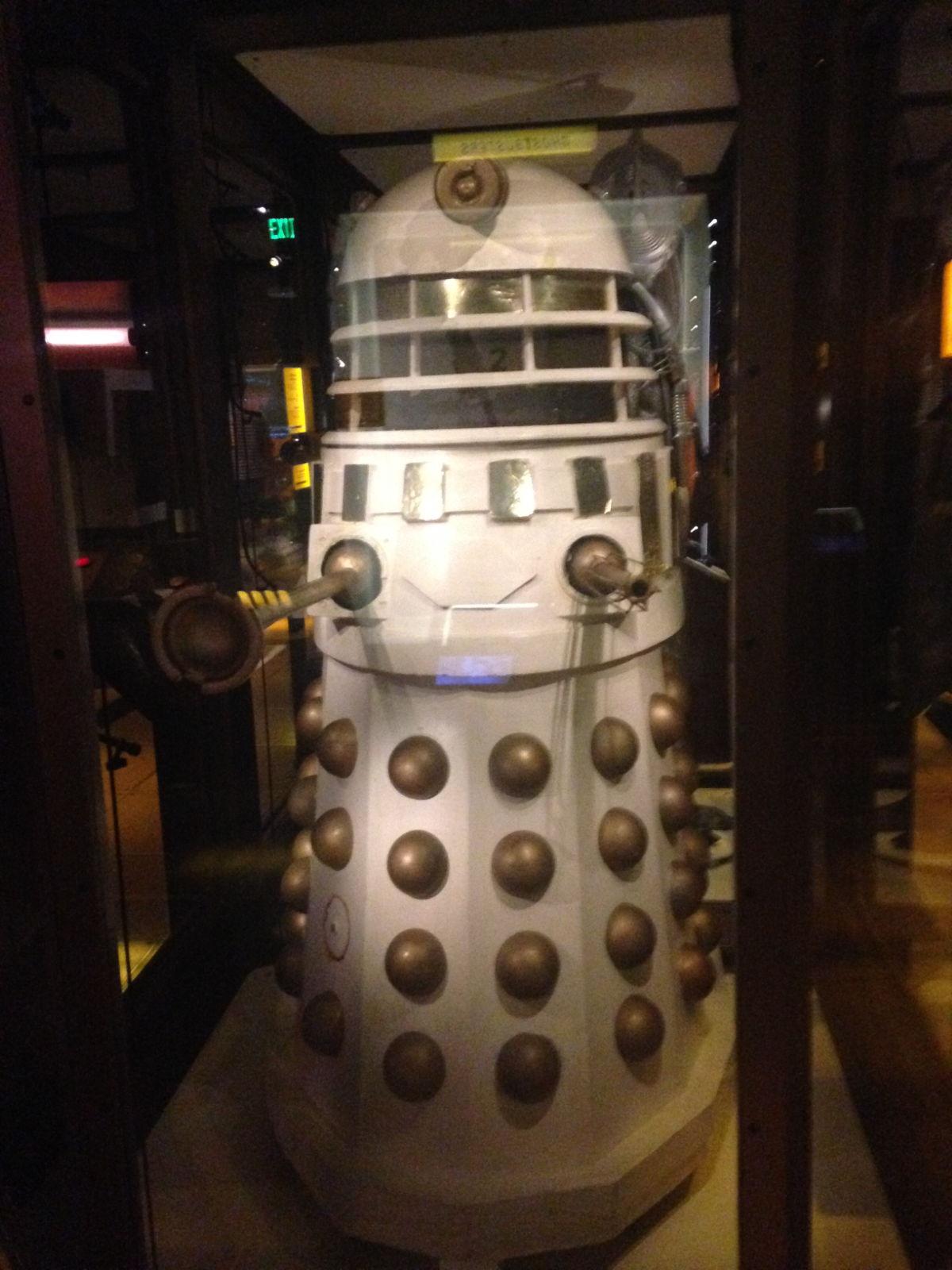

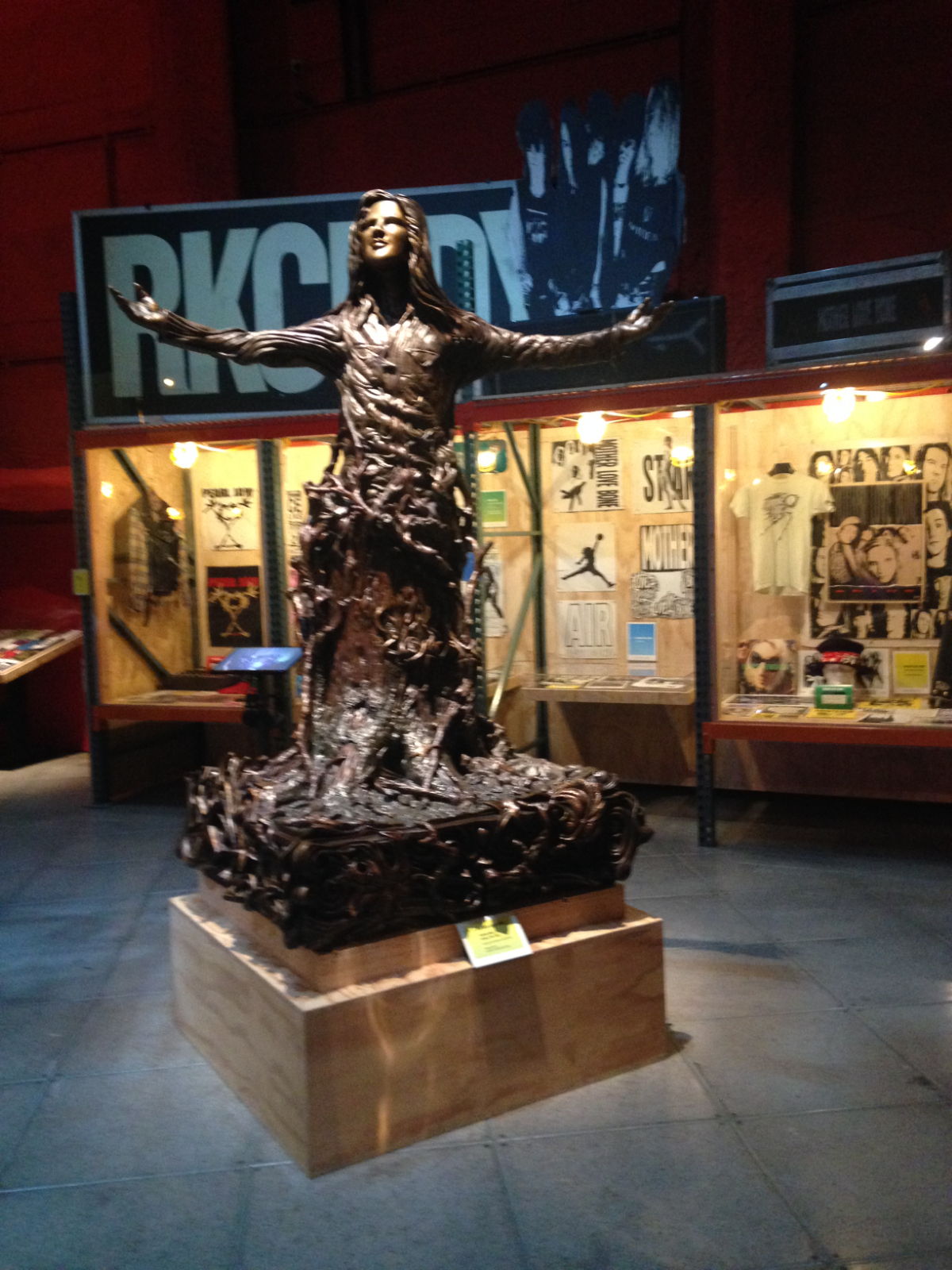


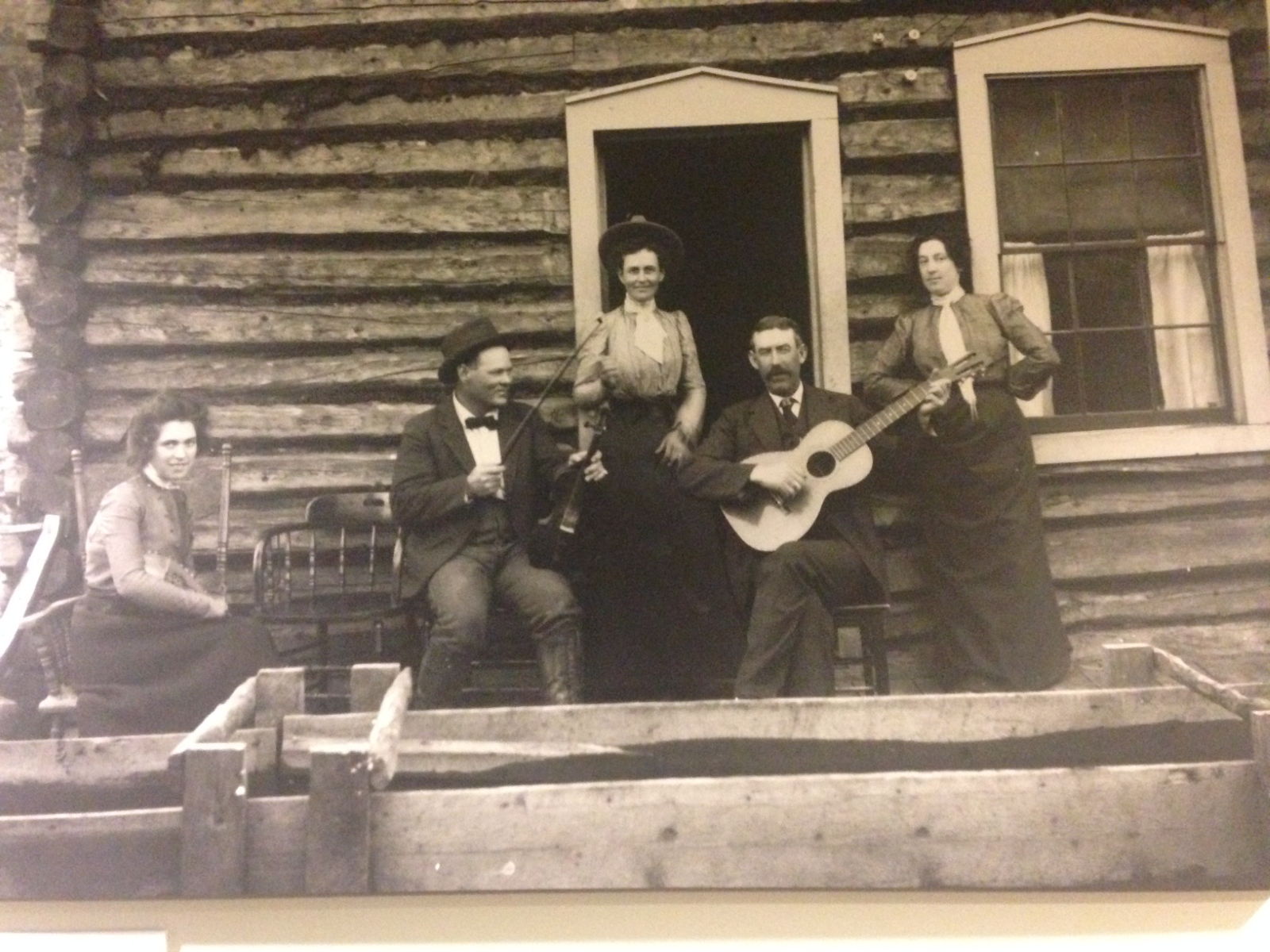
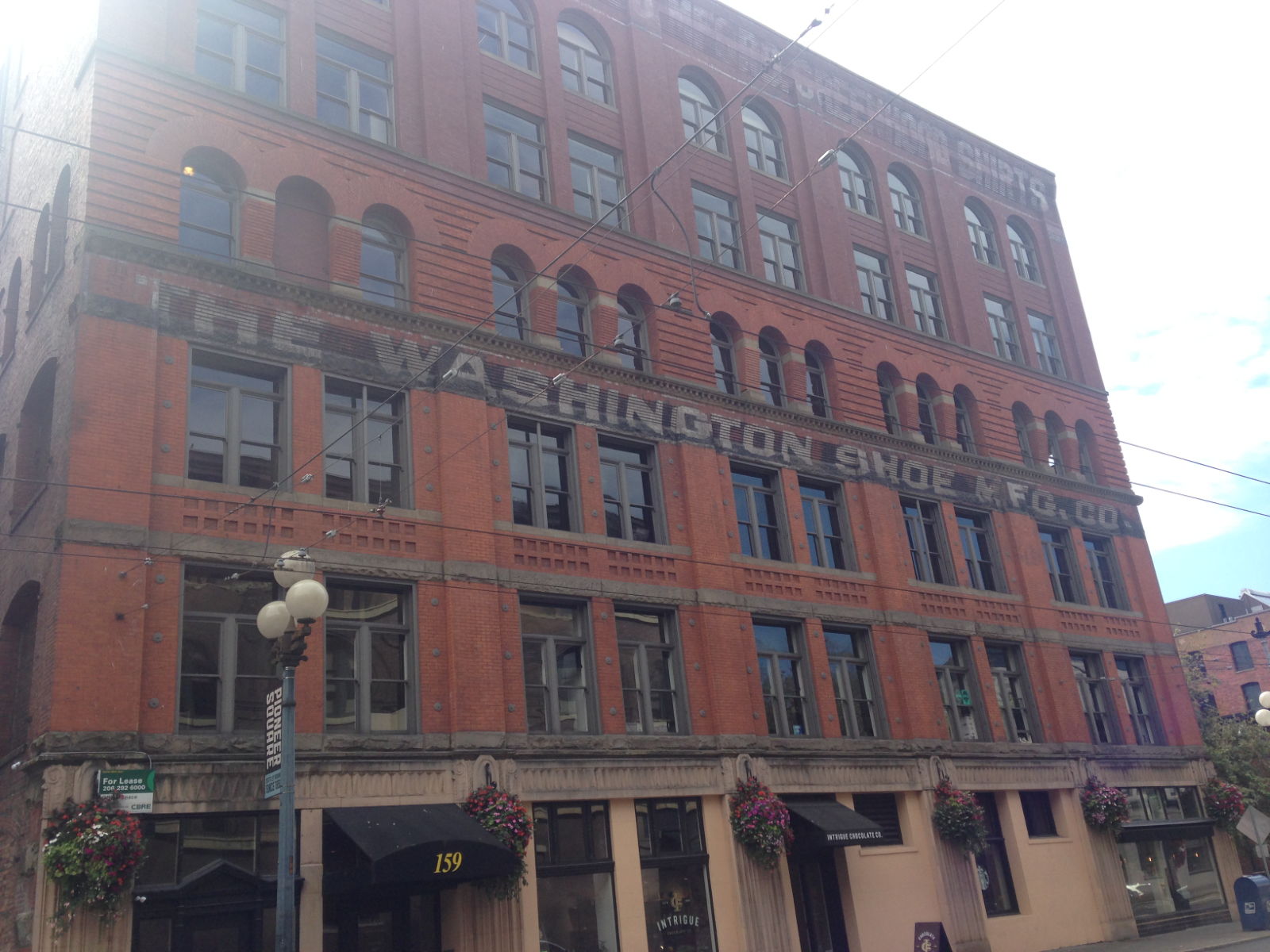
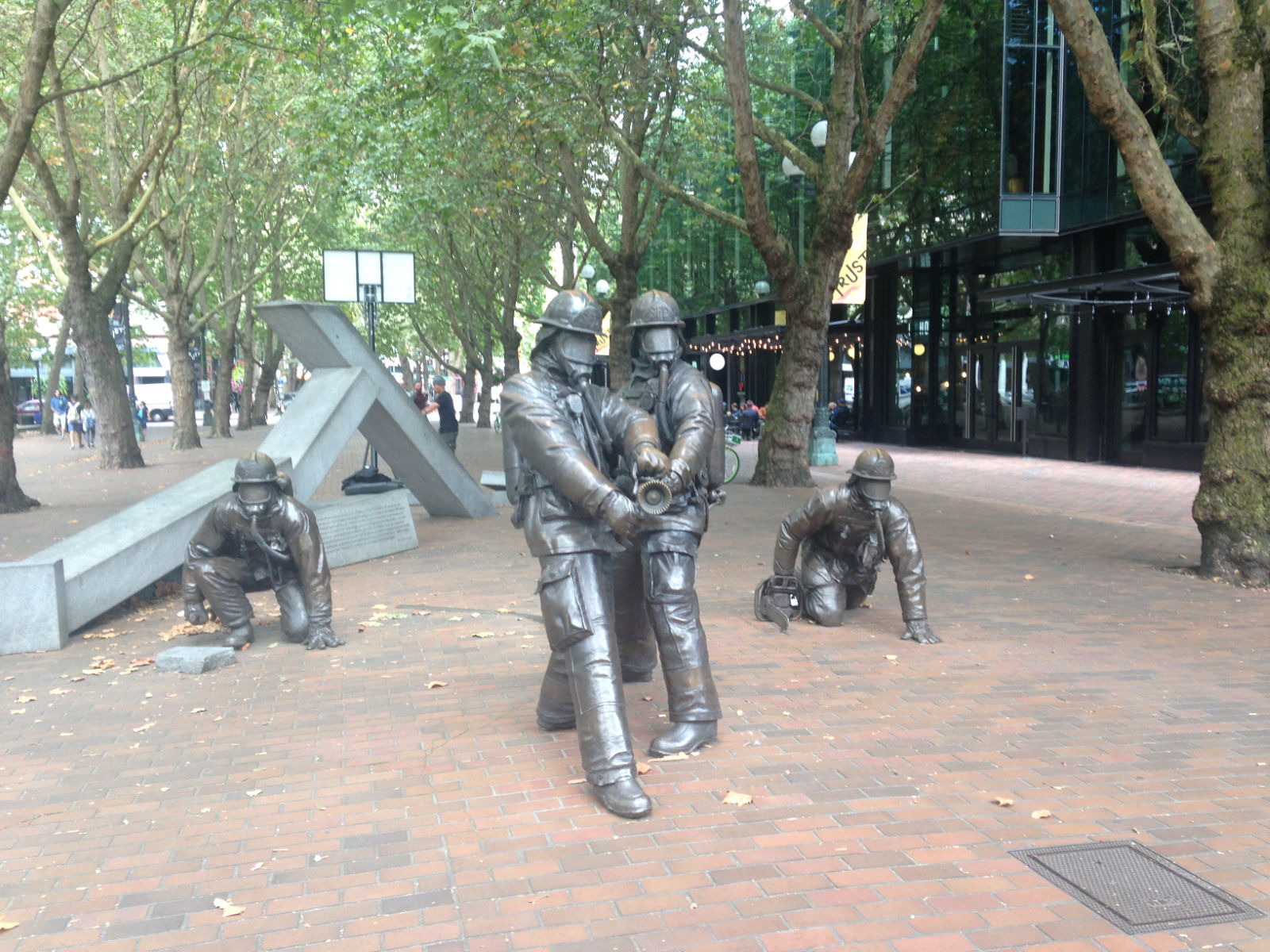
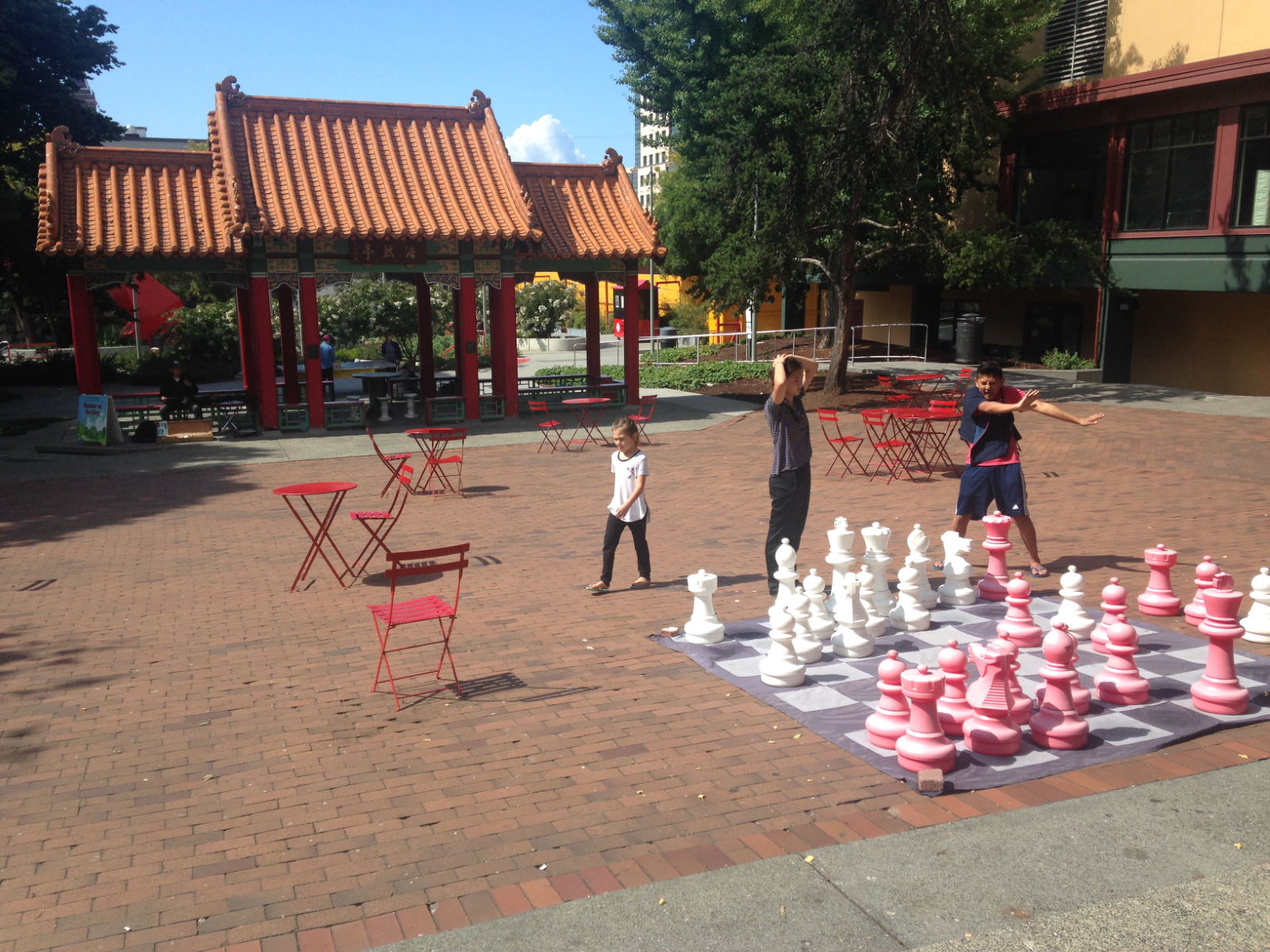
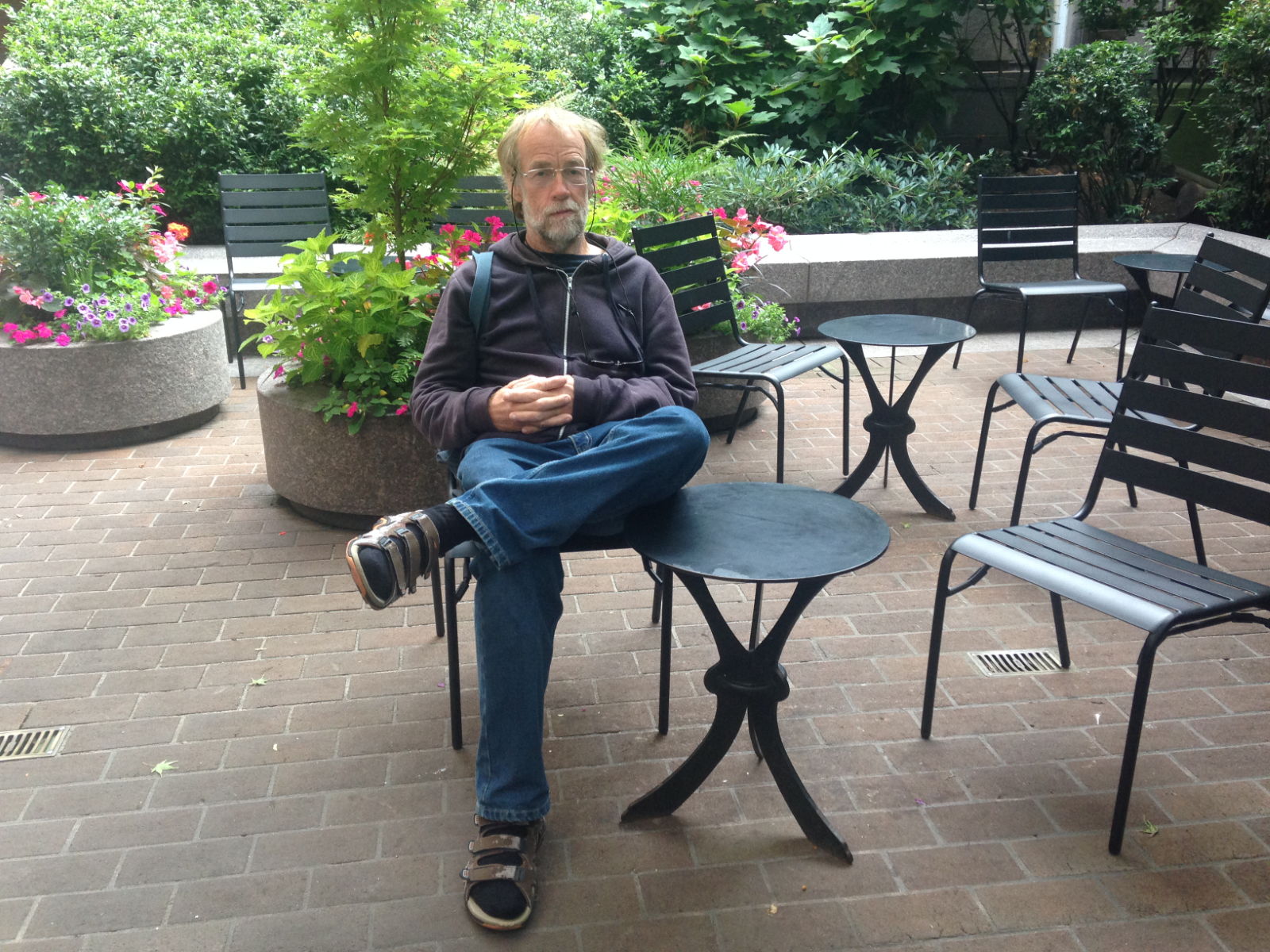
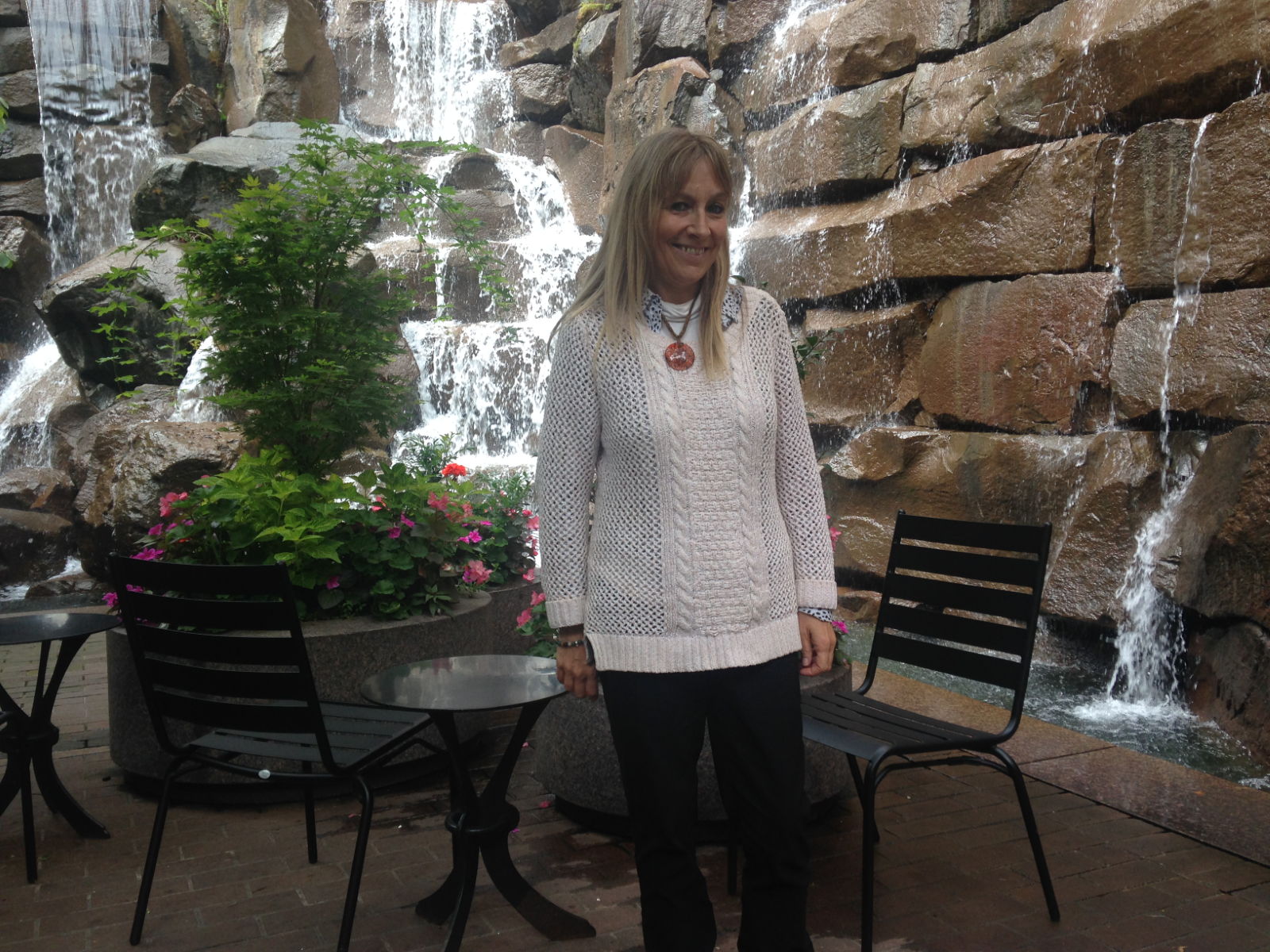
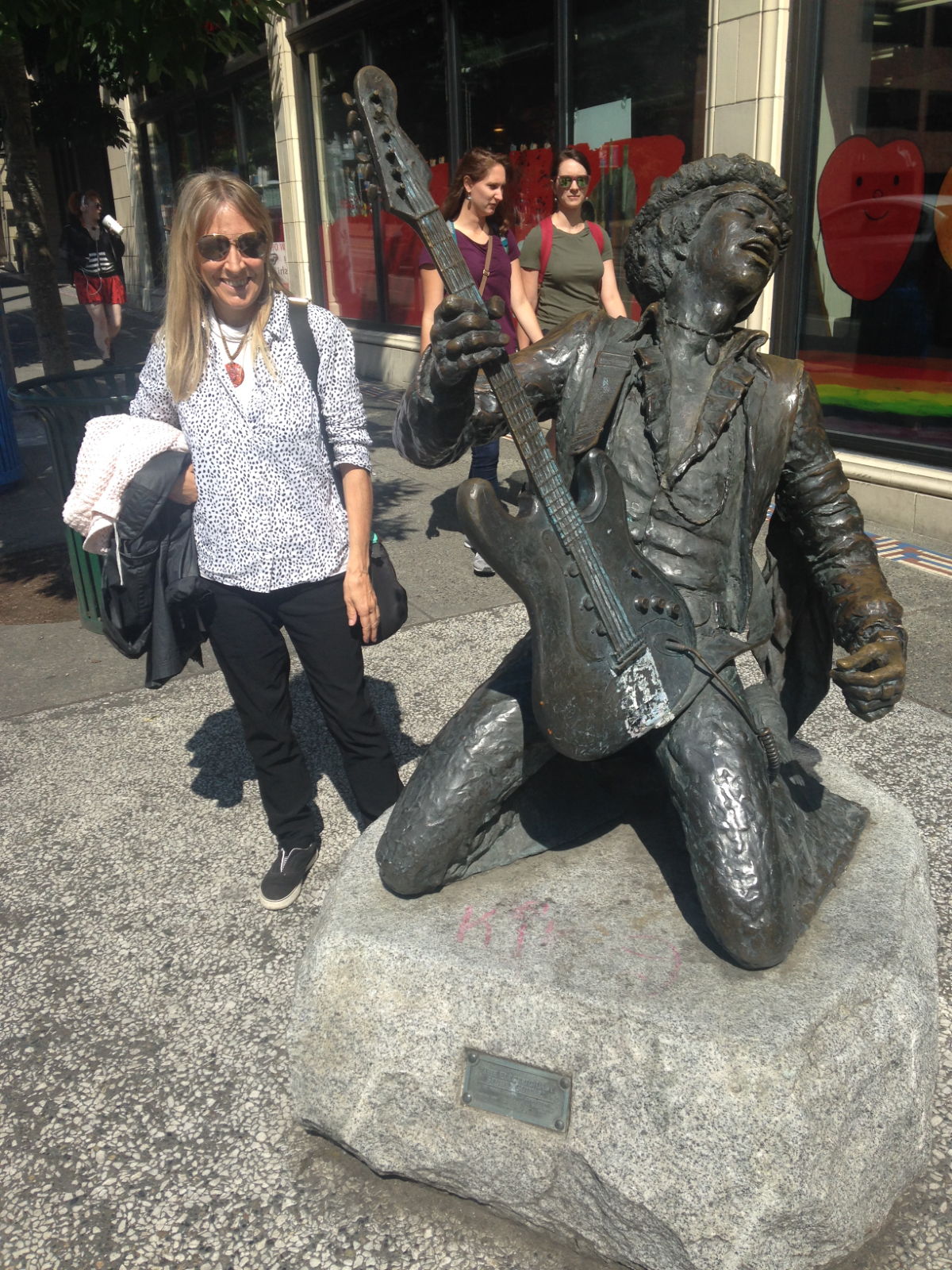

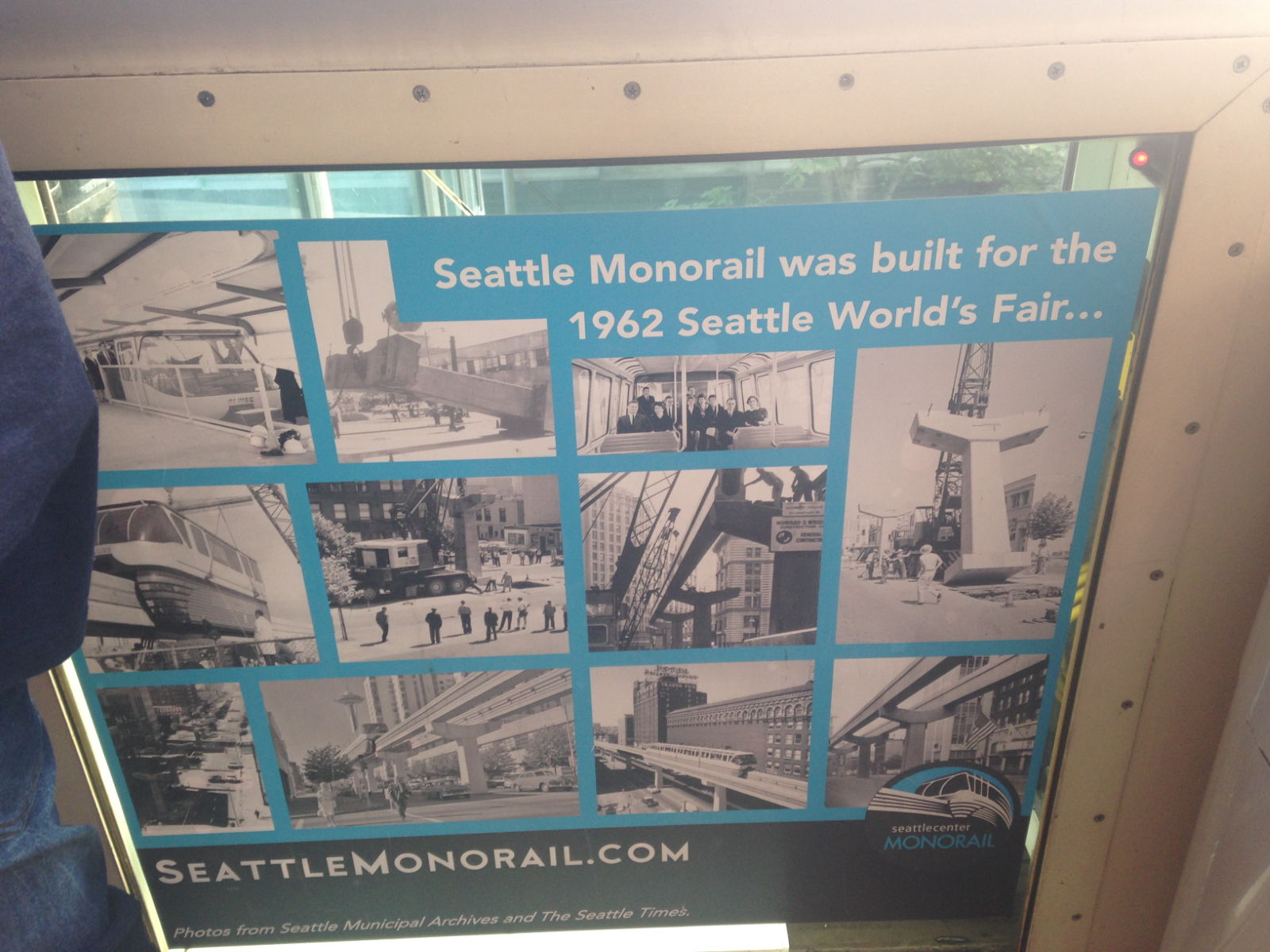
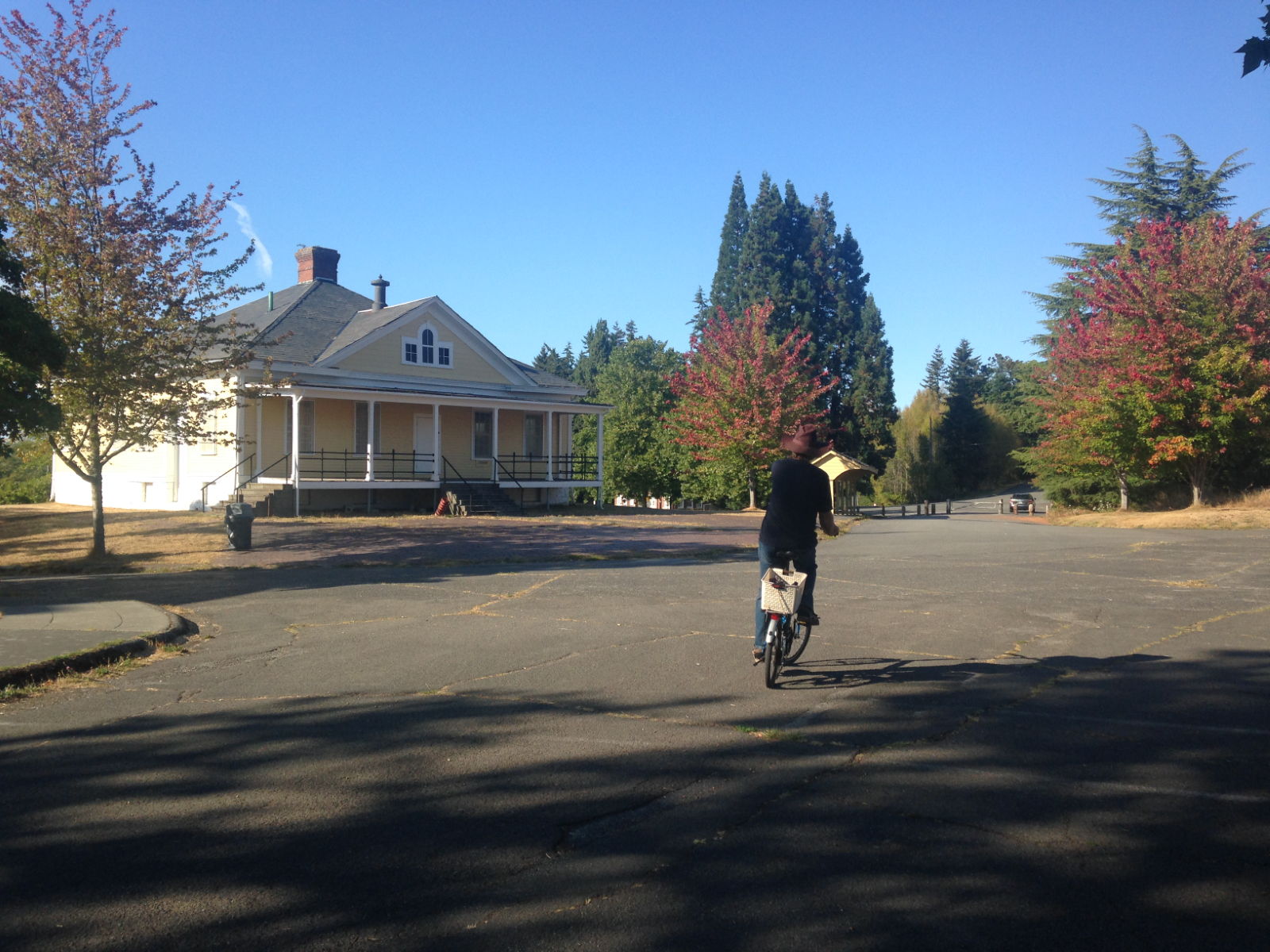
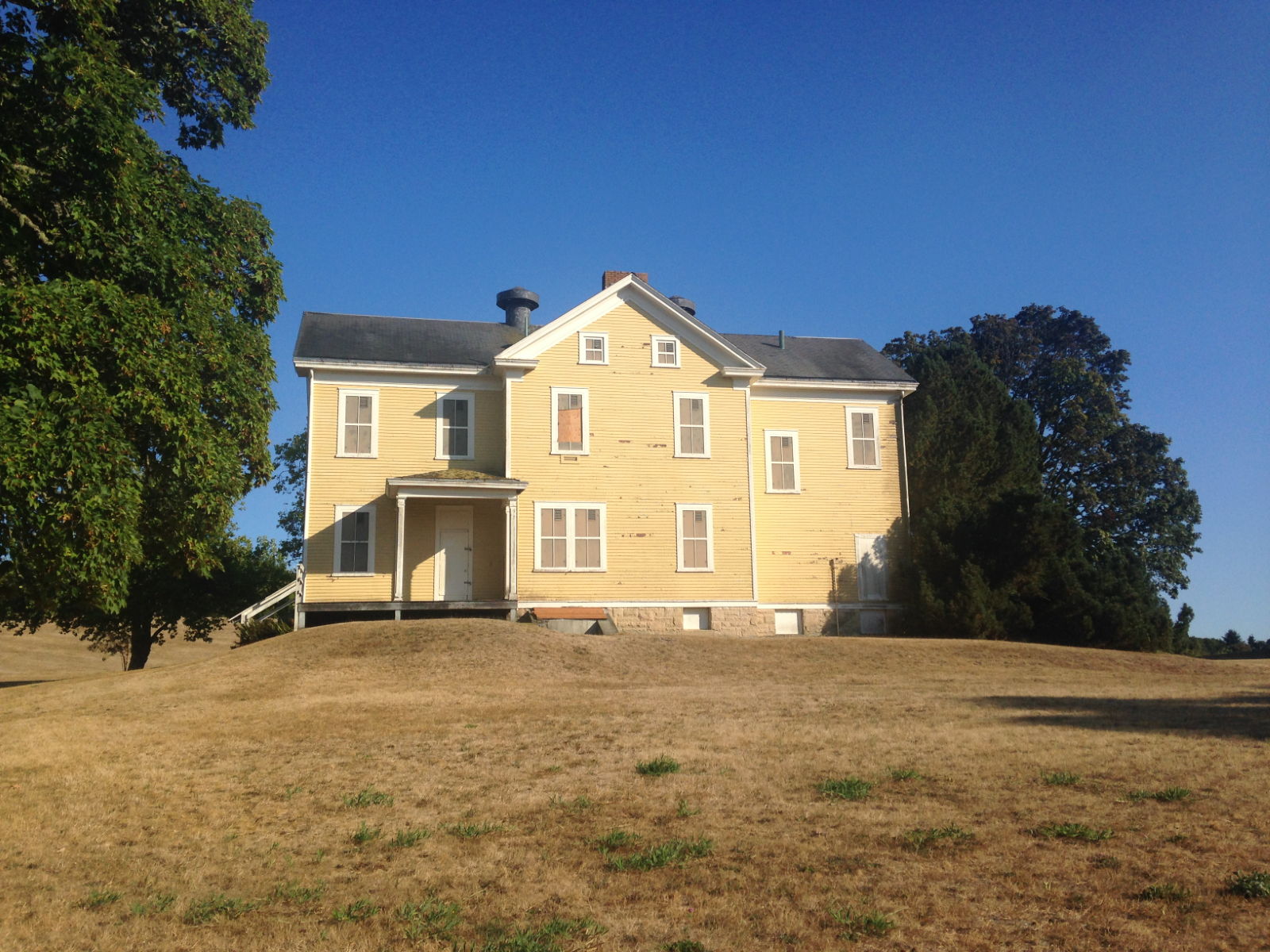


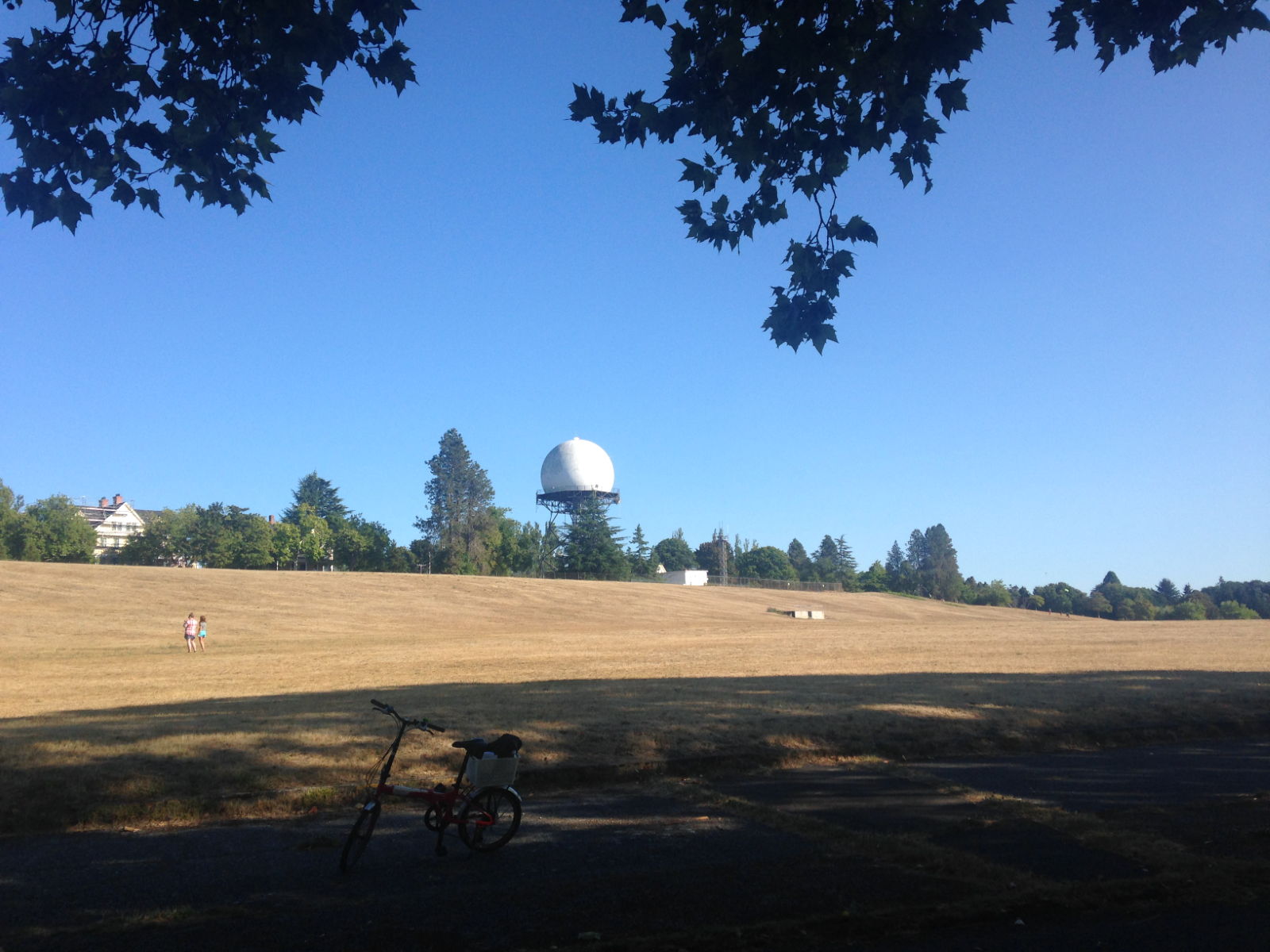


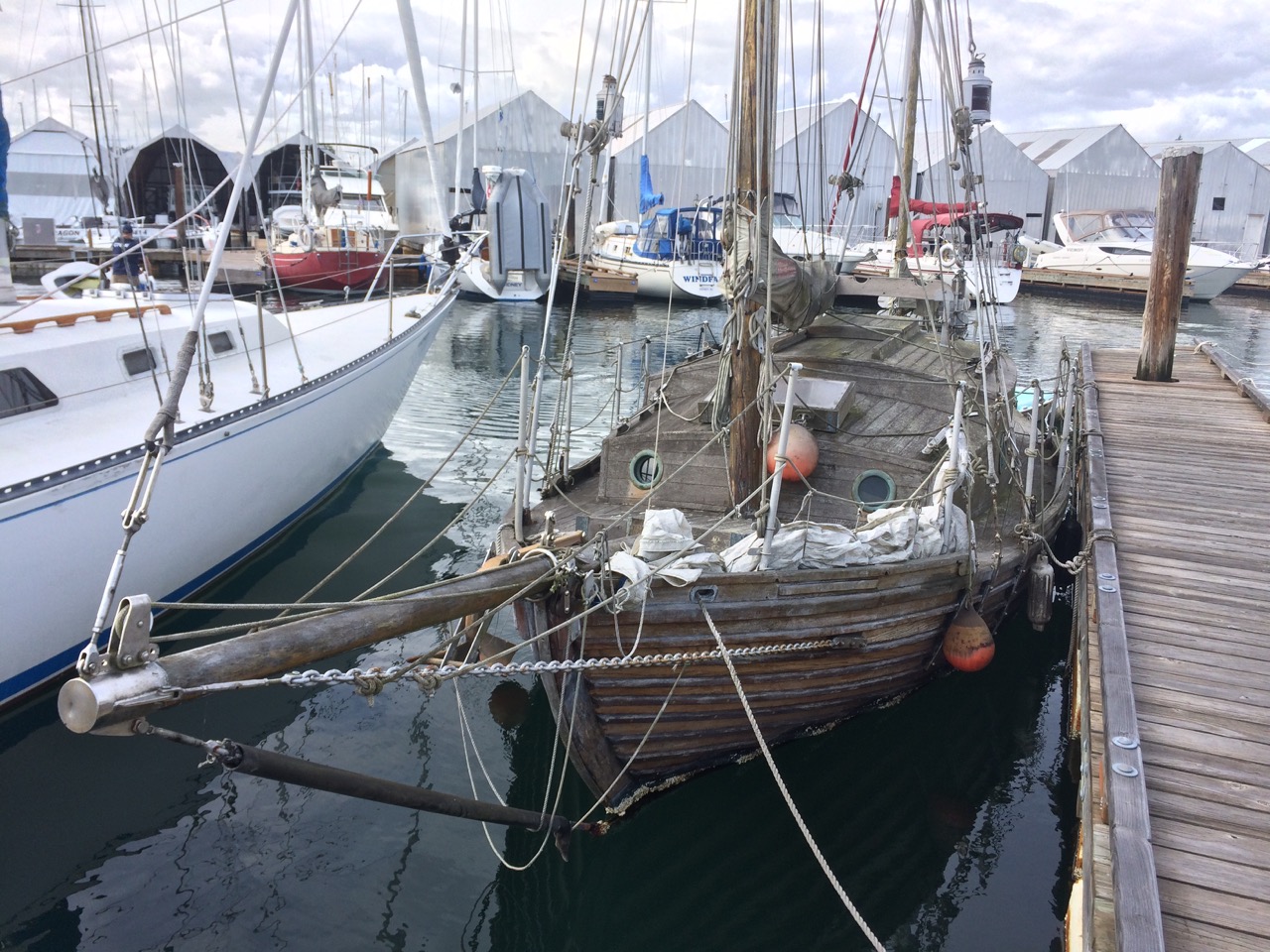
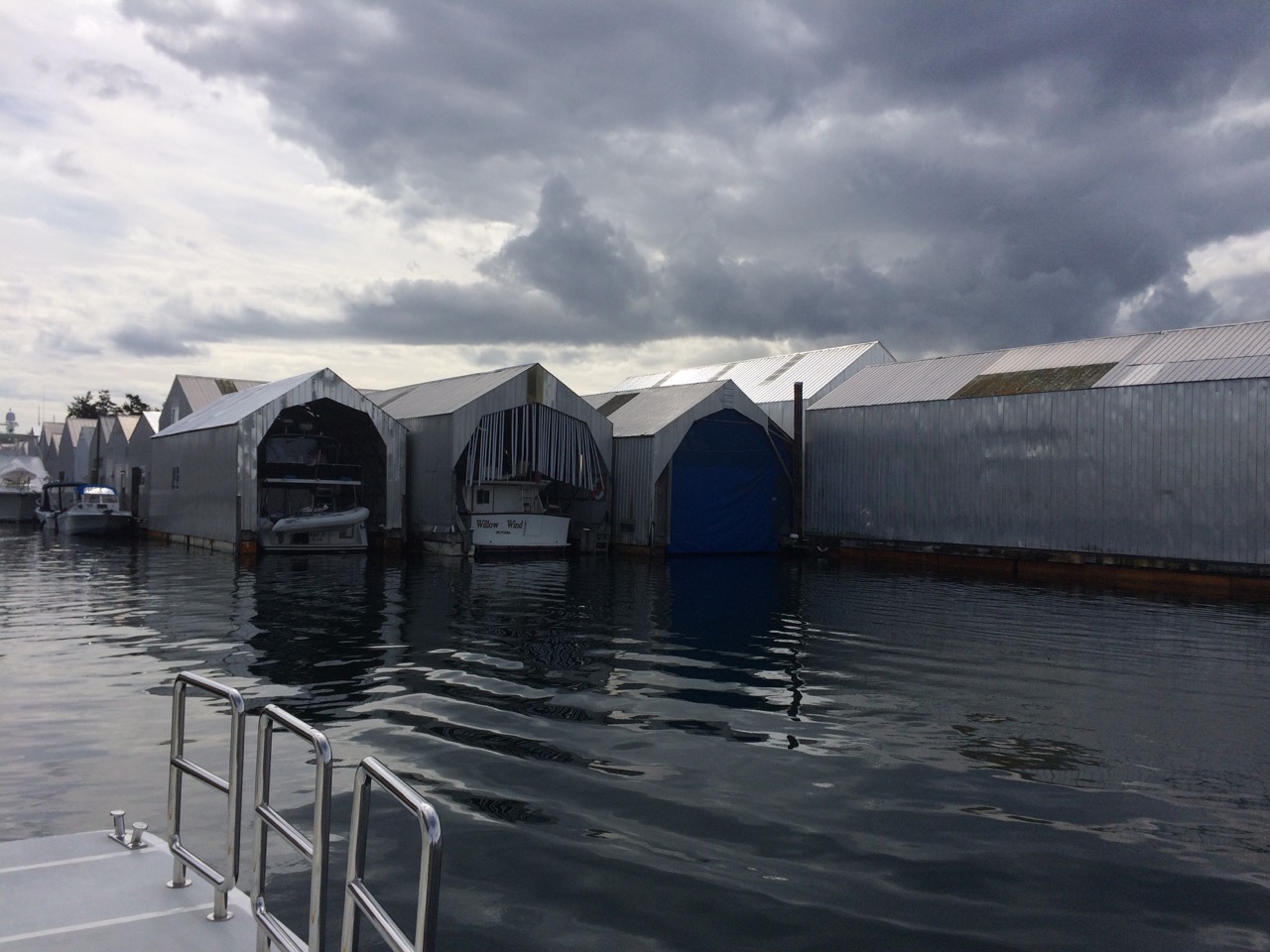 After two days in Sidney, a town with a lot of book shops, we had to leave as the marina was booked up for a regata, we had gone there to have a break and enjoy Kathy’s birthday, we had hoped to find a good Indian restaurant, but the only one there had closed down. So we had to move along the coast to Van Isle marina which was also quite a posh affair, but a few miles out of the main town. It did have a lot of marinas and boat repair yards, I wandered around and found two chandleries, one with a load of Sikaflex (Marine Sealant) at a silly low price, I had to buy two tubes, even though I don’t think I can use them before their ‘use by date’
After two days in Sidney, a town with a lot of book shops, we had to leave as the marina was booked up for a regata, we had gone there to have a break and enjoy Kathy’s birthday, we had hoped to find a good Indian restaurant, but the only one there had closed down. So we had to move along the coast to Van Isle marina which was also quite a posh affair, but a few miles out of the main town. It did have a lot of marinas and boat repair yards, I wandered around and found two chandleries, one with a load of Sikaflex (Marine Sealant) at a silly low price, I had to buy two tubes, even though I don’t think I can use them before their ‘use by date’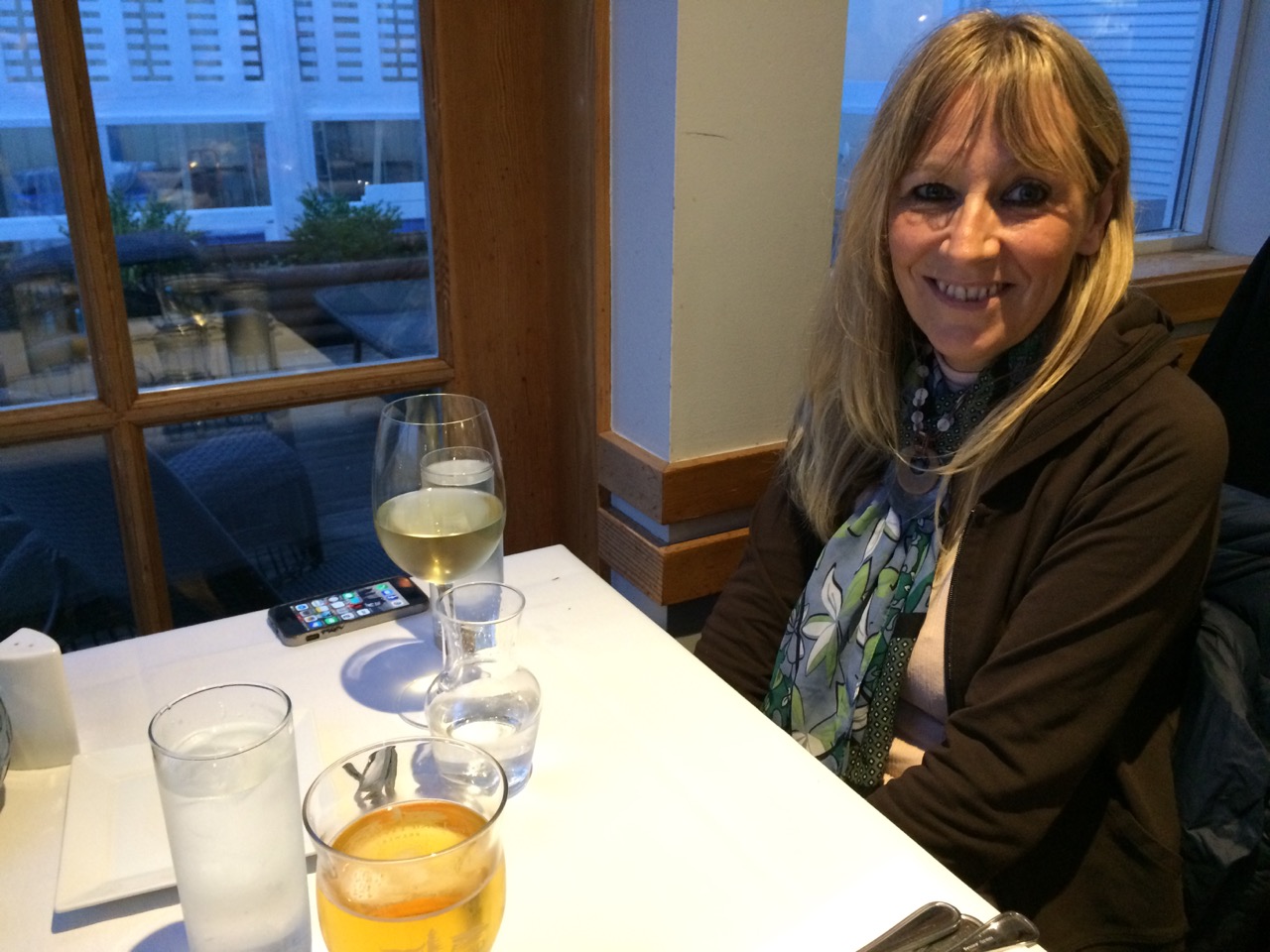
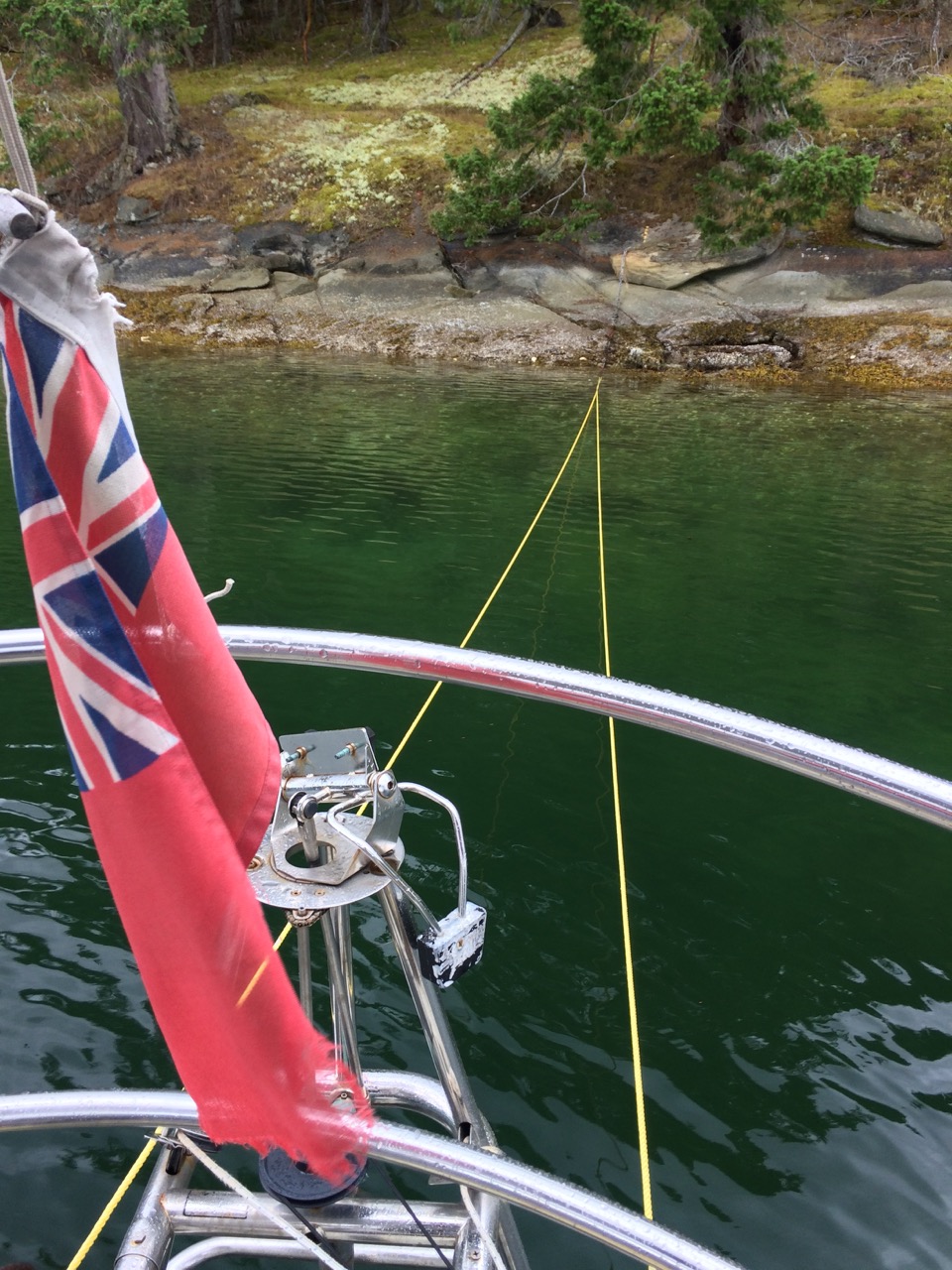 The main reason for going to Pirates cove was that it was just an hour from Dodd Narrows, as I mentioned before, a quite scary pass where the currents run fast and dangerous. we needed to pass through around 9am so this was a great spot to leave from. As it turned out, there was no drama, passing through at slack water makes life very easy.
The main reason for going to Pirates cove was that it was just an hour from Dodd Narrows, as I mentioned before, a quite scary pass where the currents run fast and dangerous. we needed to pass through around 9am so this was a great spot to leave from. As it turned out, there was no drama, passing through at slack water makes life very easy.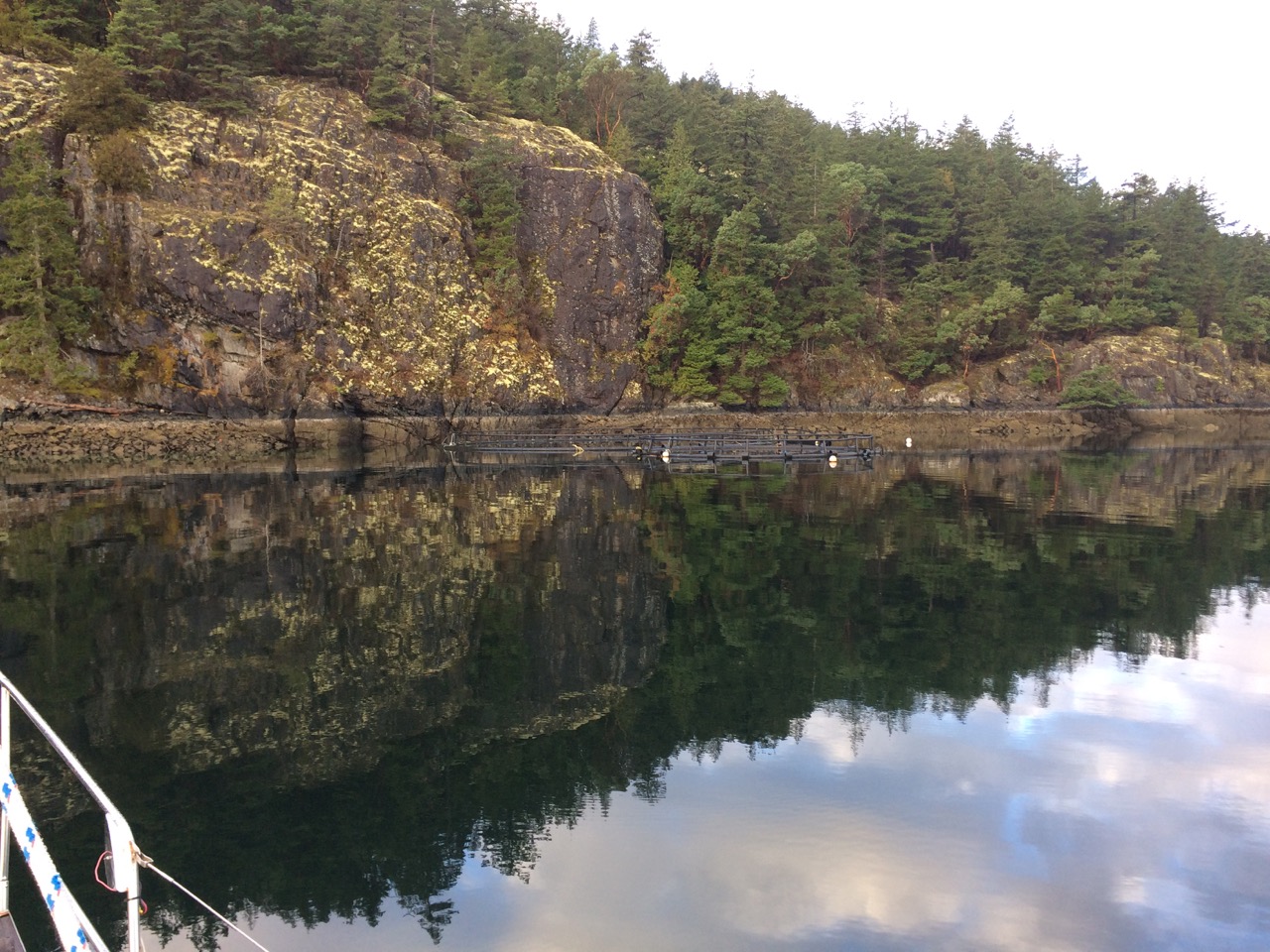
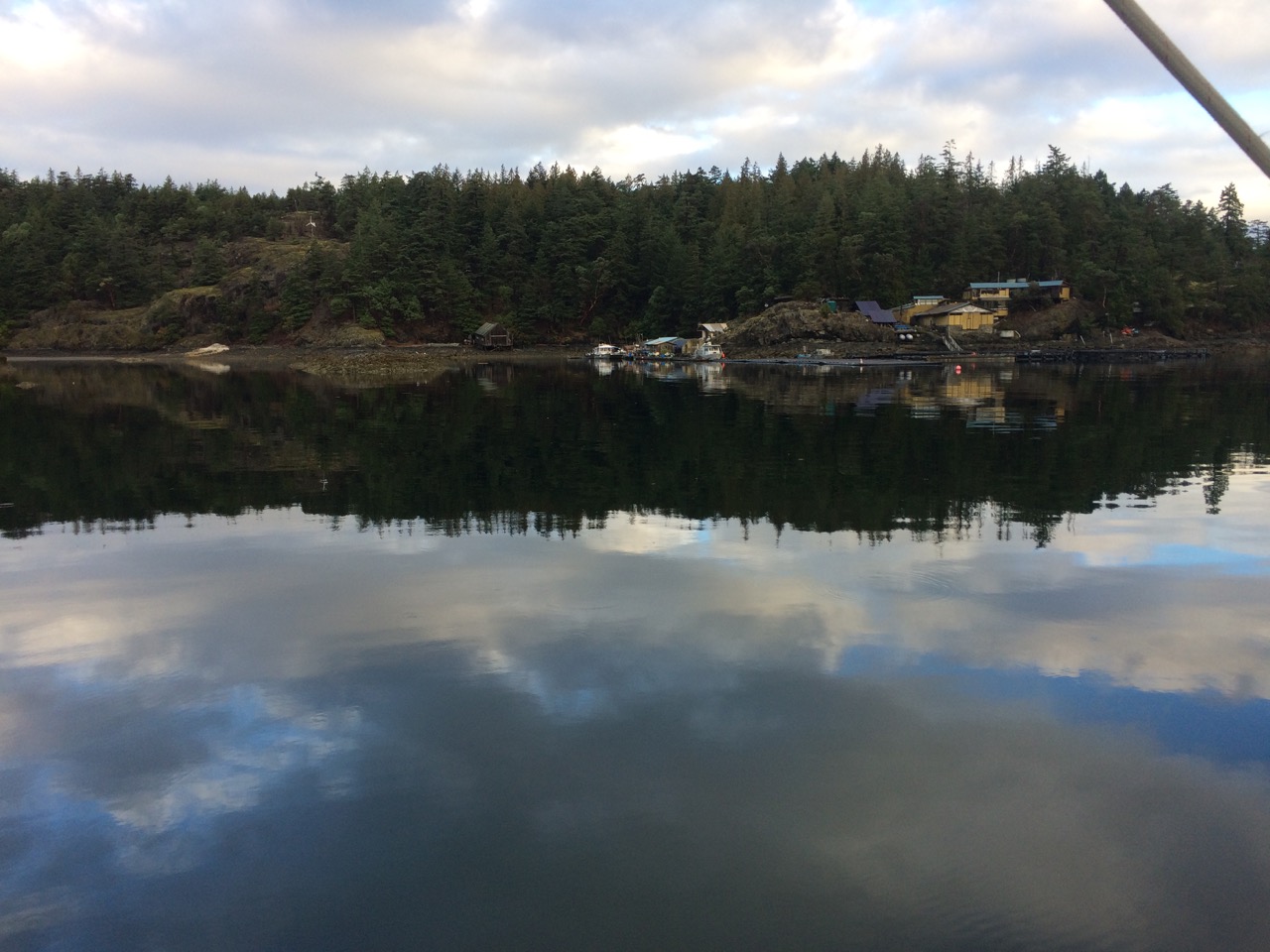 Early the next morning we were on the move again, Lasqueti is about half way across the Strait of Georgia and we needed to get right over to the North eastern side in order to visit Desolation sound and the other back channels that we had heard so much about. Around this time I asked Kathy to check out if there was anywhere she really wanted to see, or could find any ‘must see’ places on the net, she quickly came up with the idea to visit Prince Louisa Inlet, a small inlet of outstanding beauty with a giant waterfall at the head called Chatterbox Falls. Looking at the chart, this was an easy diversion from here, so we headed north and cut through the Agamemnon channel up to Jervis Inlet which lead to our inlet.
Early the next morning we were on the move again, Lasqueti is about half way across the Strait of Georgia and we needed to get right over to the North eastern side in order to visit Desolation sound and the other back channels that we had heard so much about. Around this time I asked Kathy to check out if there was anywhere she really wanted to see, or could find any ‘must see’ places on the net, she quickly came up with the idea to visit Prince Louisa Inlet, a small inlet of outstanding beauty with a giant waterfall at the head called Chatterbox Falls. Looking at the chart, this was an easy diversion from here, so we headed north and cut through the Agamemnon channel up to Jervis Inlet which lead to our inlet. As we passed under the cables they just seemed to get lower and lower, I really don’t think I could ever do the intercoastal waterway up the eastern side of the USA as so many of the bridges there are just a little bigger than my mast and I think I would freak at each one.
As we passed under the cables they just seemed to get lower and lower, I really don’t think I could ever do the intercoastal waterway up the eastern side of the USA as so many of the bridges there are just a little bigger than my mast and I think I would freak at each one. 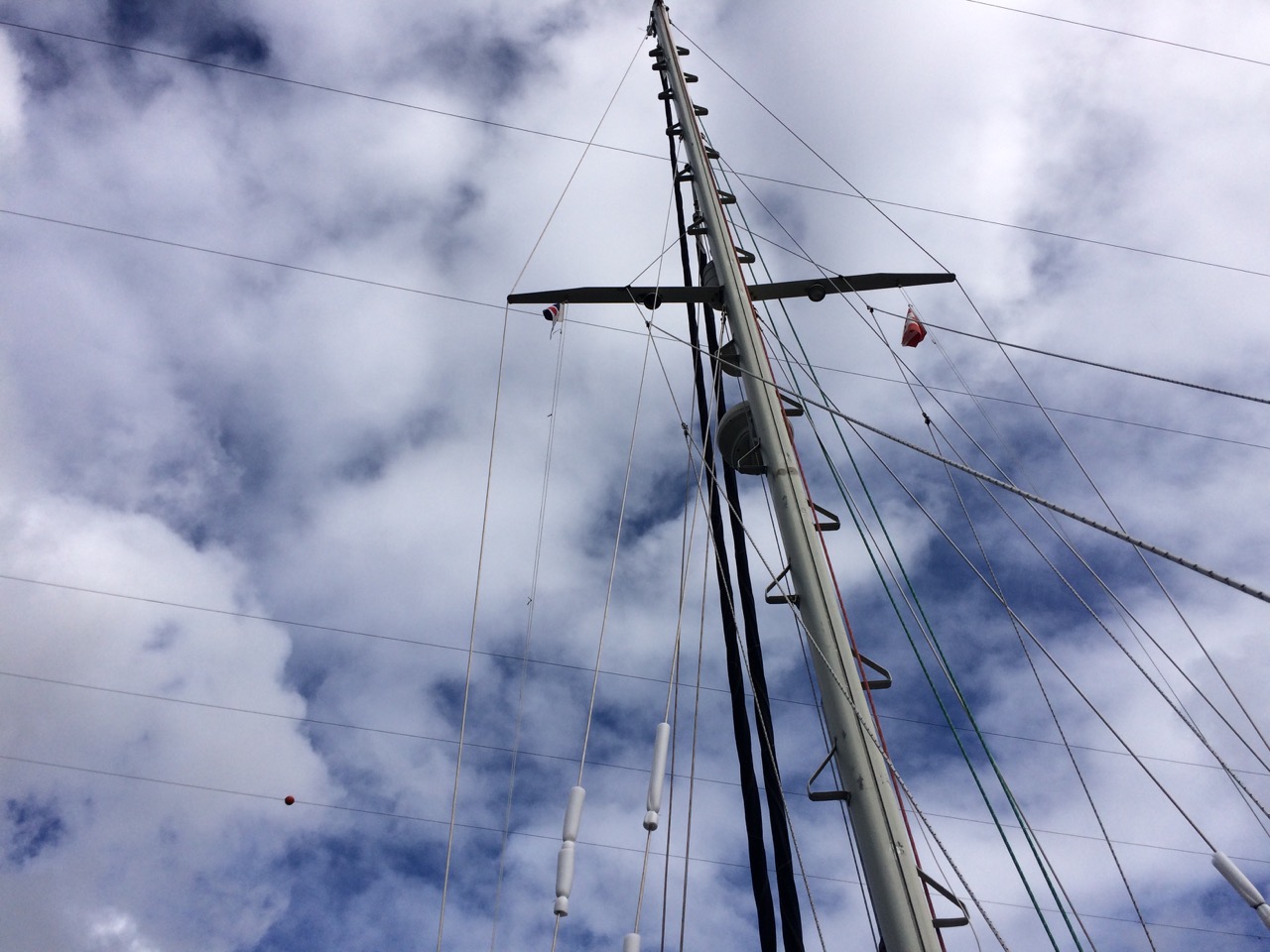 However we passed through and looking back felt a bit silly as for some reason now they seemed to be about a mile up in the sky. Around here we passed another sailing boat who was making about 1 knot under sail, there was next to no wind. I admired him for not rushing and burning fuel like us. He was sitting in his boat saying to himself “Sister Midnight, I know that name…??”
However we passed through and looking back felt a bit silly as for some reason now they seemed to be about a mile up in the sky. Around here we passed another sailing boat who was making about 1 knot under sail, there was next to no wind. I admired him for not rushing and burning fuel like us. He was sitting in his boat saying to himself “Sister Midnight, I know that name…??”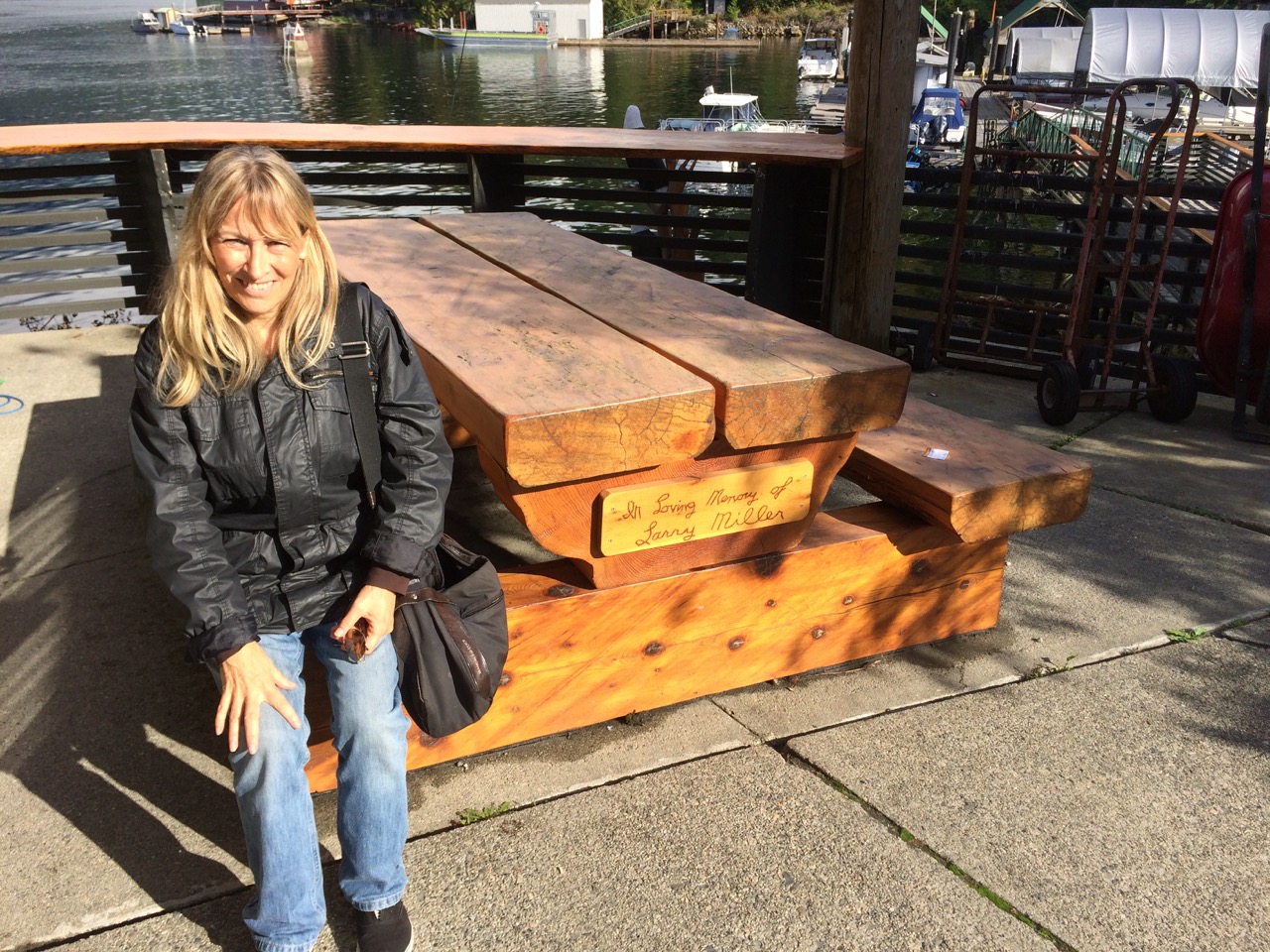 We headed down to the pontoons to see how it all worked when we met the sailor heading up to the shop, I stopped and asked him if he was the skipper on the yacht that just arrived, he said yes and we chatted, I told him we had passed him under the pylons and he told us he was down from Sointula and I explained that we were heading up there. At this point he realised why he thought he knew Sister Midnight, he asked my full name, then introduced himself as Jim the guy I had been emailing with over the last few months as he was going to be looking after our boat while we returned to the UK. he had just sailed down here for a few days exploring. Quite a coincidence. We bumped into him later in the grocery store, but that was less of a coincidence as the grocery store was the only shop for 5 miles and there was nothing else to do 🙂
We headed down to the pontoons to see how it all worked when we met the sailor heading up to the shop, I stopped and asked him if he was the skipper on the yacht that just arrived, he said yes and we chatted, I told him we had passed him under the pylons and he told us he was down from Sointula and I explained that we were heading up there. At this point he realised why he thought he knew Sister Midnight, he asked my full name, then introduced himself as Jim the guy I had been emailing with over the last few months as he was going to be looking after our boat while we returned to the UK. he had just sailed down here for a few days exploring. Quite a coincidence. We bumped into him later in the grocery store, but that was less of a coincidence as the grocery store was the only shop for 5 miles and there was nothing else to do 🙂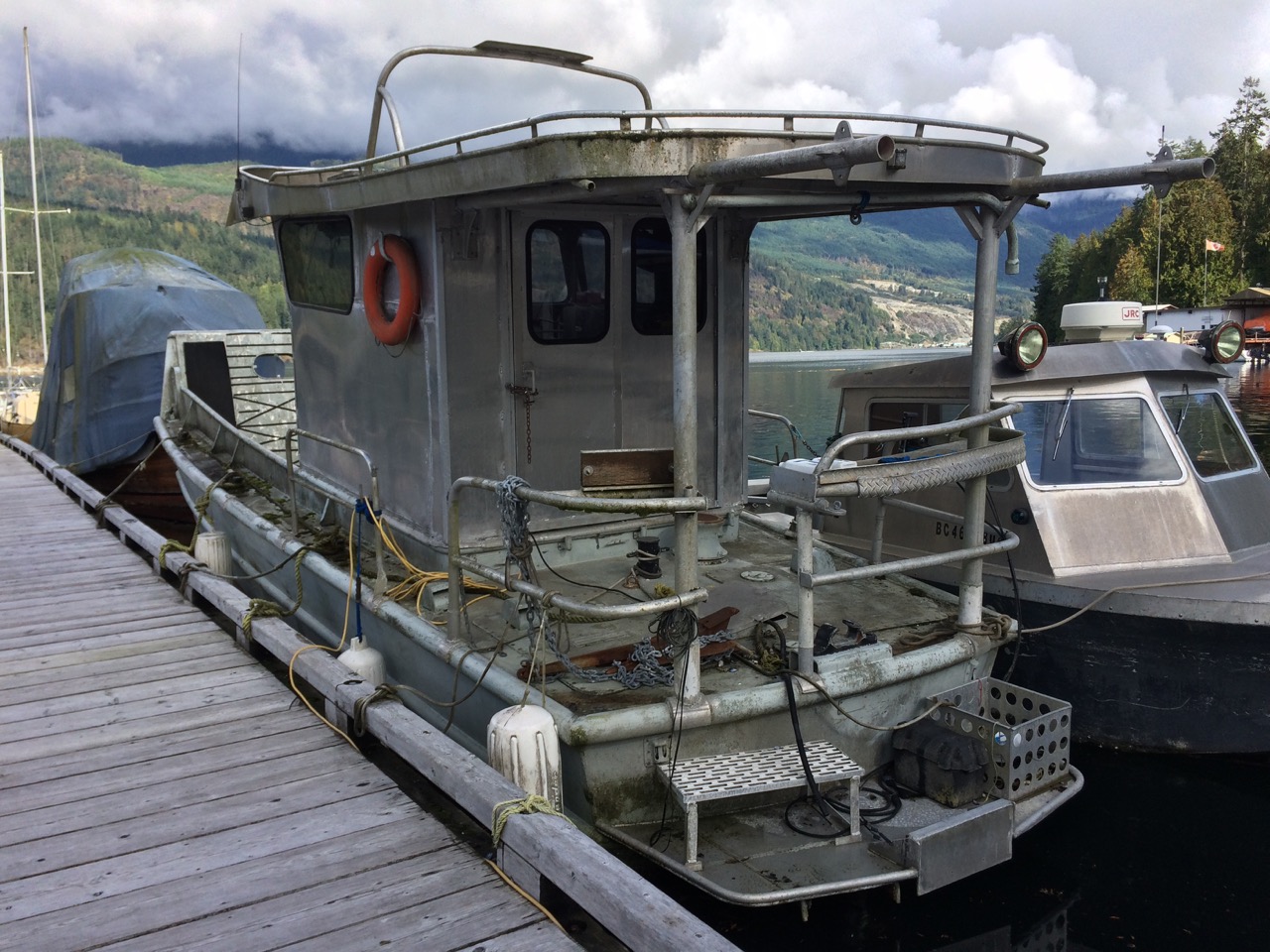
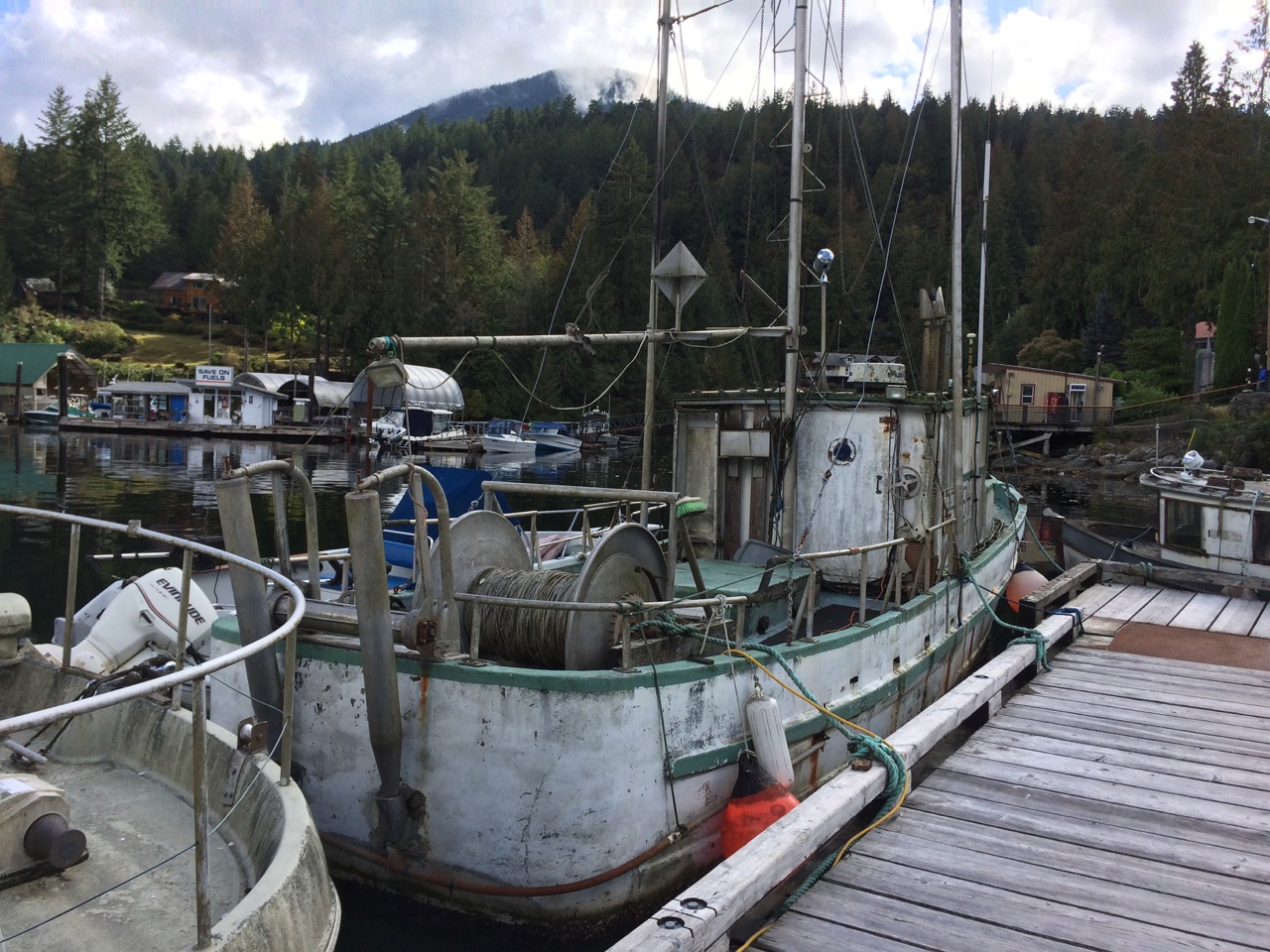
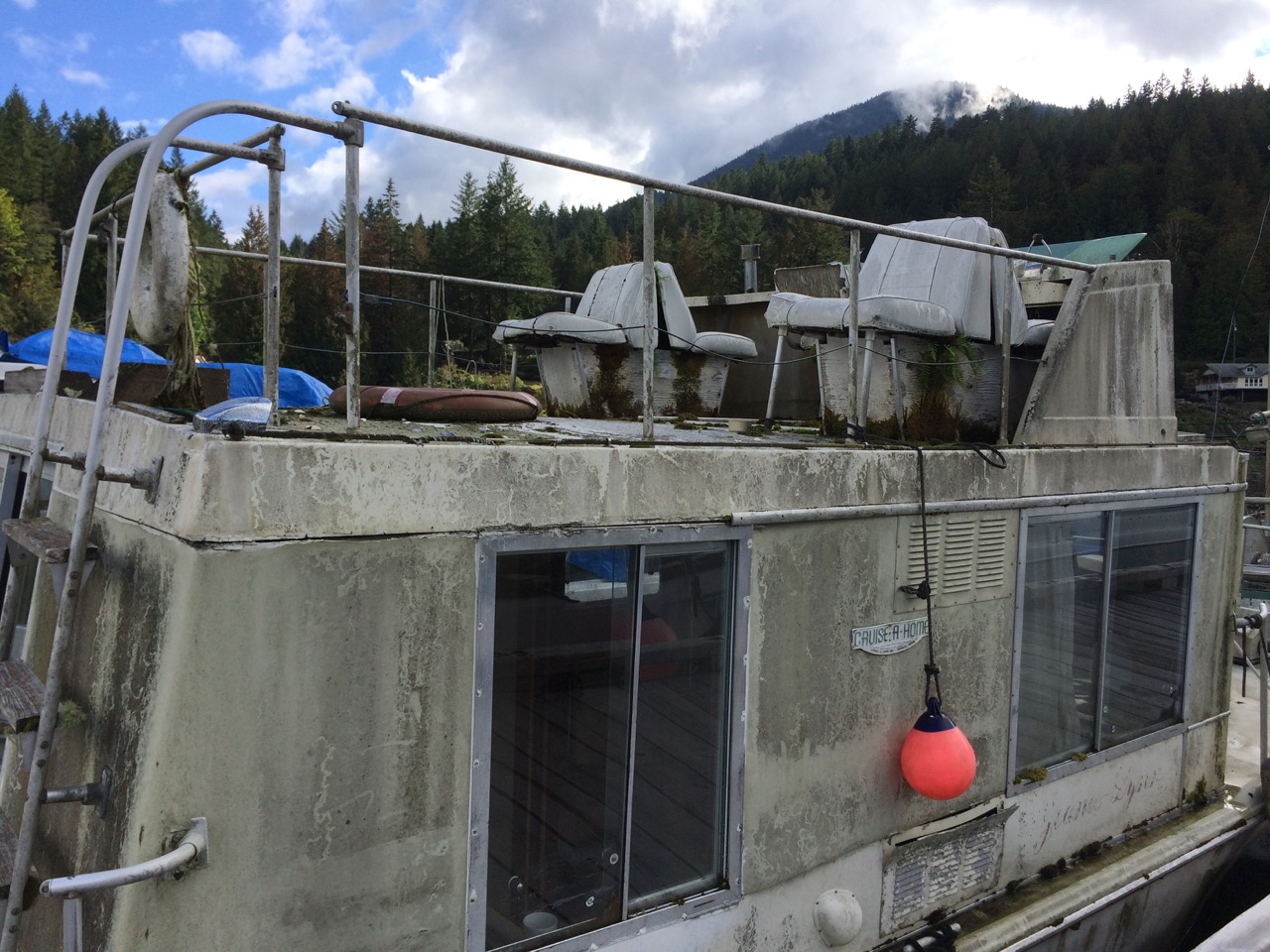
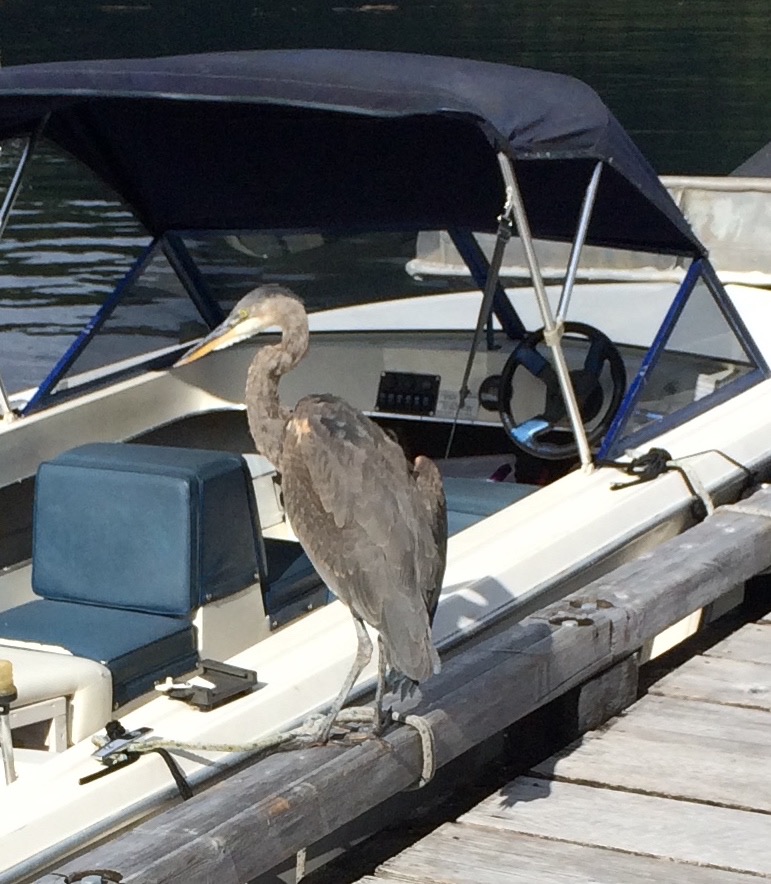
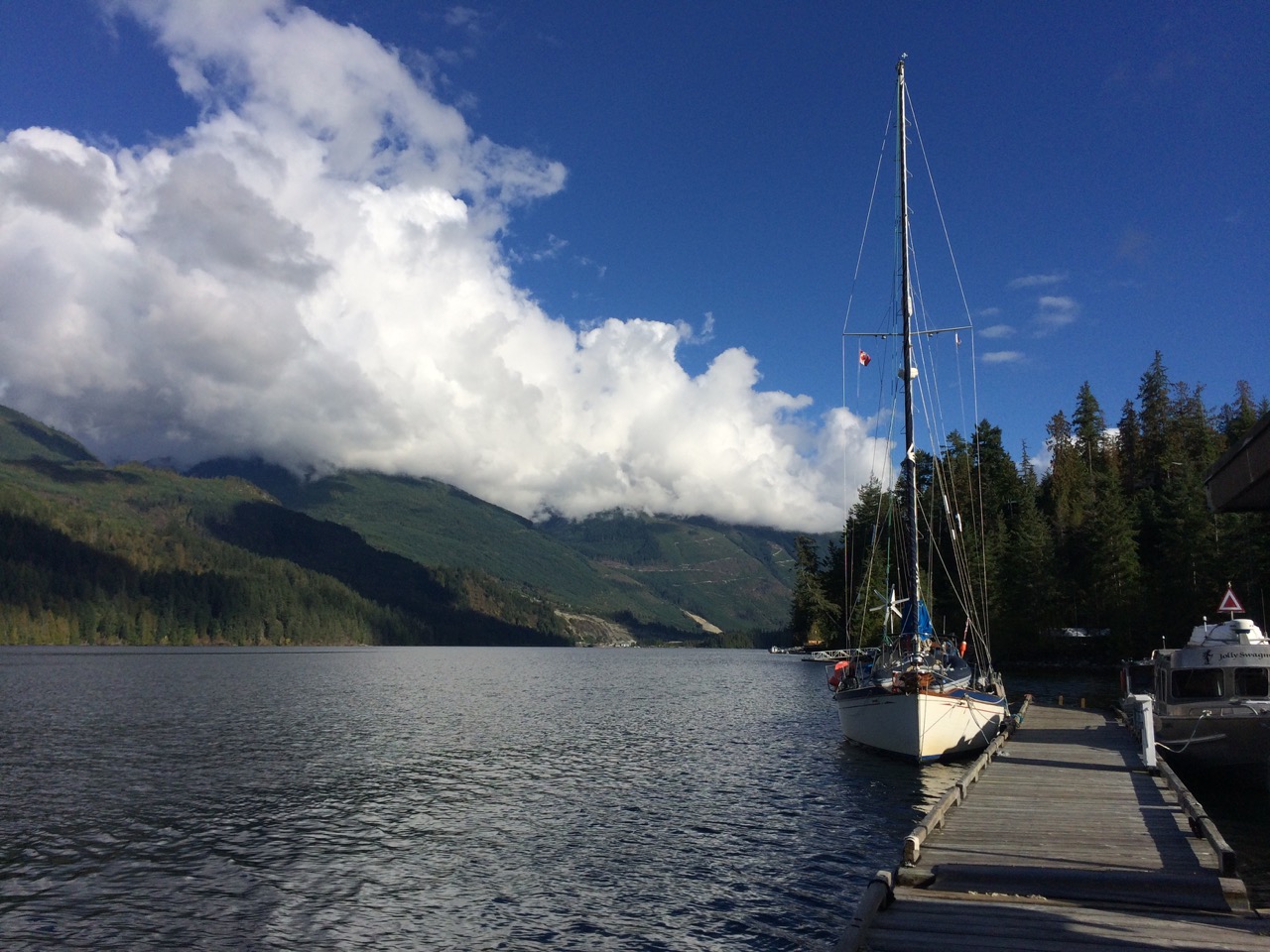 When we arrived it was lovely and sunny but in the morning the fog had descended and I worried if we would be ably to make the 35 miles up to Princess Louisa Inlet, but a local arrived in a small skiff and he told me the fog was only around the marina and was caused by the colder water you get around the rapids.
When we arrived it was lovely and sunny but in the morning the fog had descended and I worried if we would be ably to make the 35 miles up to Princess Louisa Inlet, but a local arrived in a small skiff and he told me the fog was only around the marina and was caused by the colder water you get around the rapids. 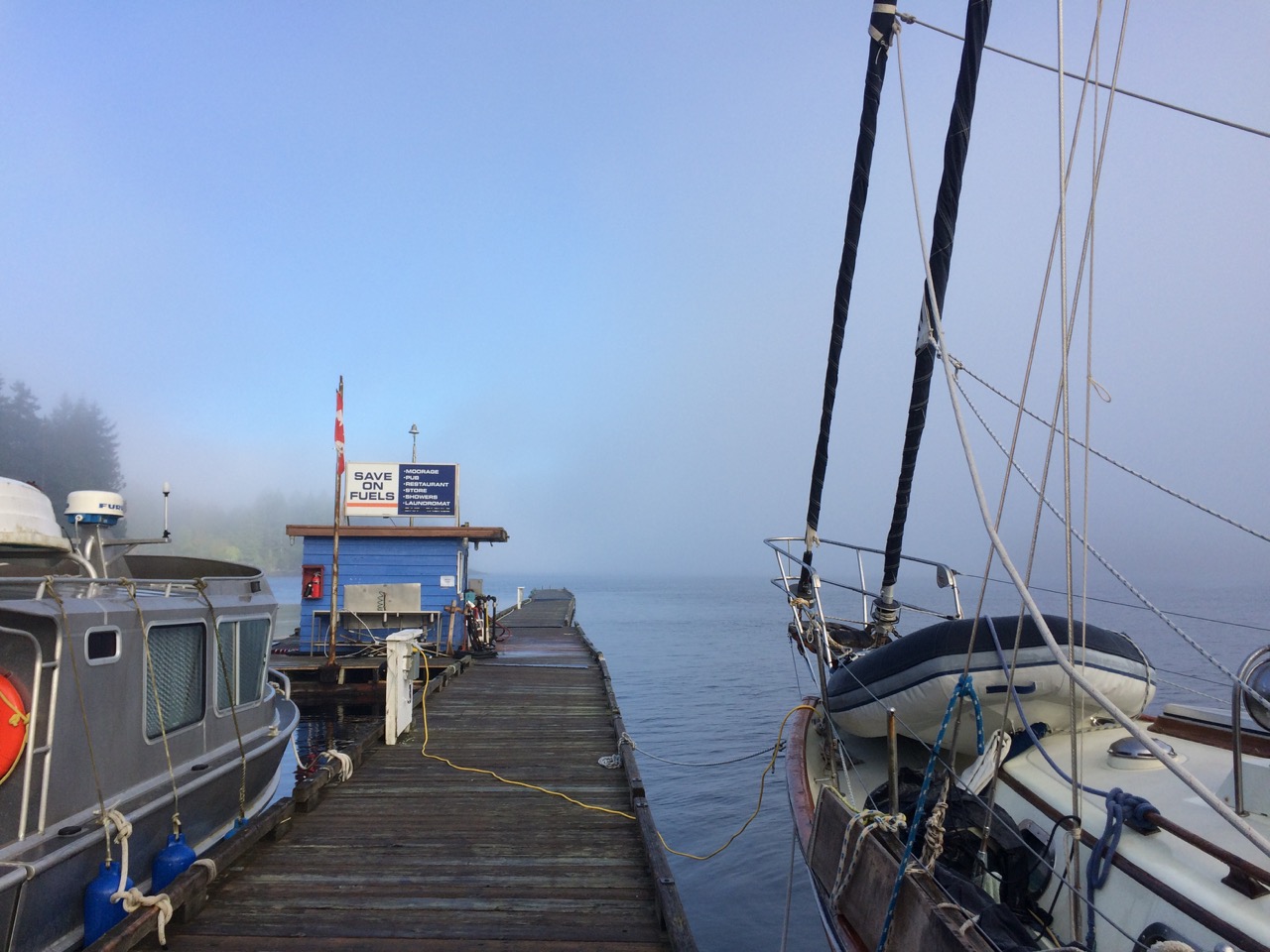 We set off and sure enough the fog was very isolated around the marina, the pic below is looking back to the marina from about a mile away.
We set off and sure enough the fog was very isolated around the marina, the pic below is looking back to the marina from about a mile away.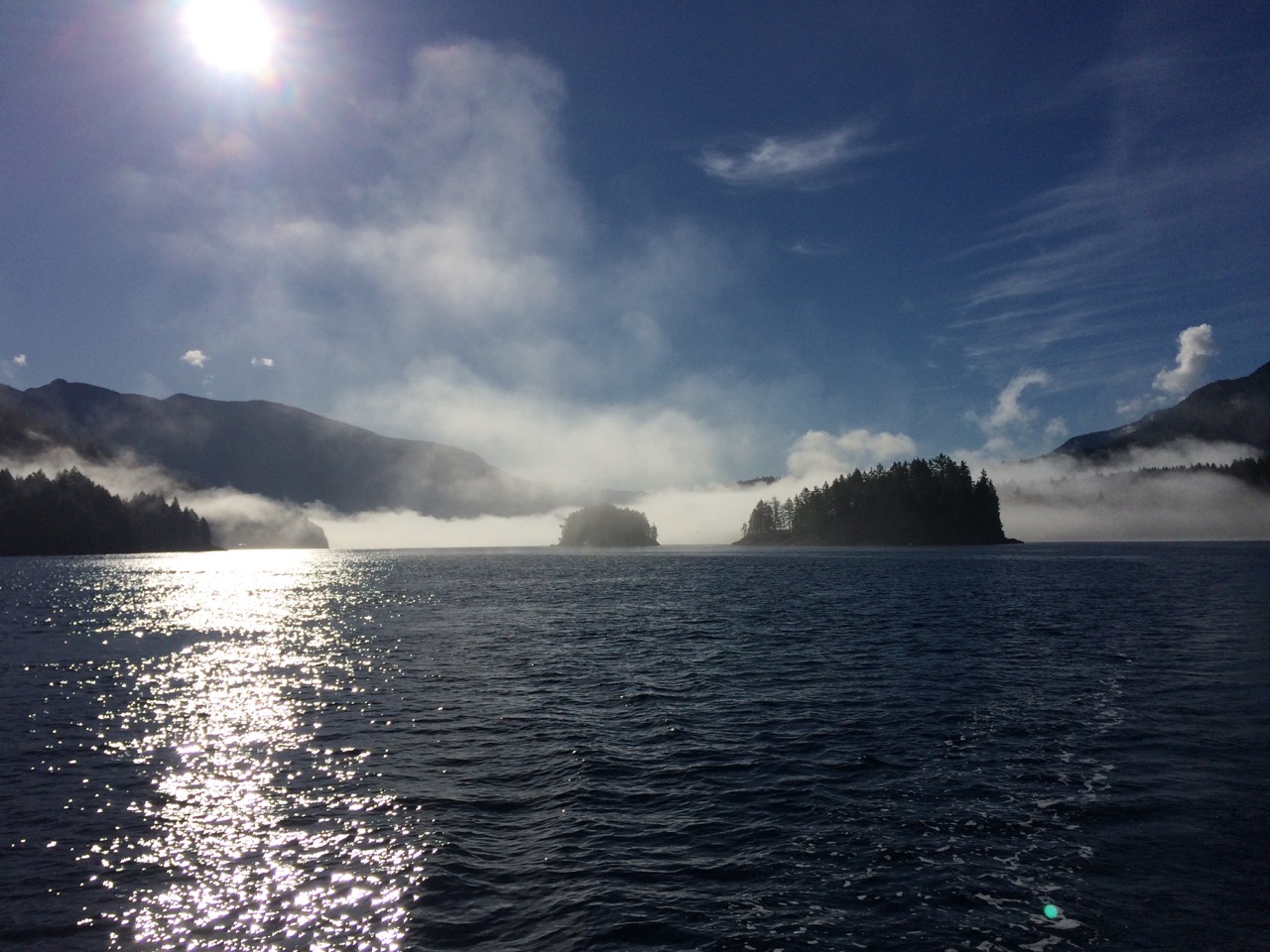
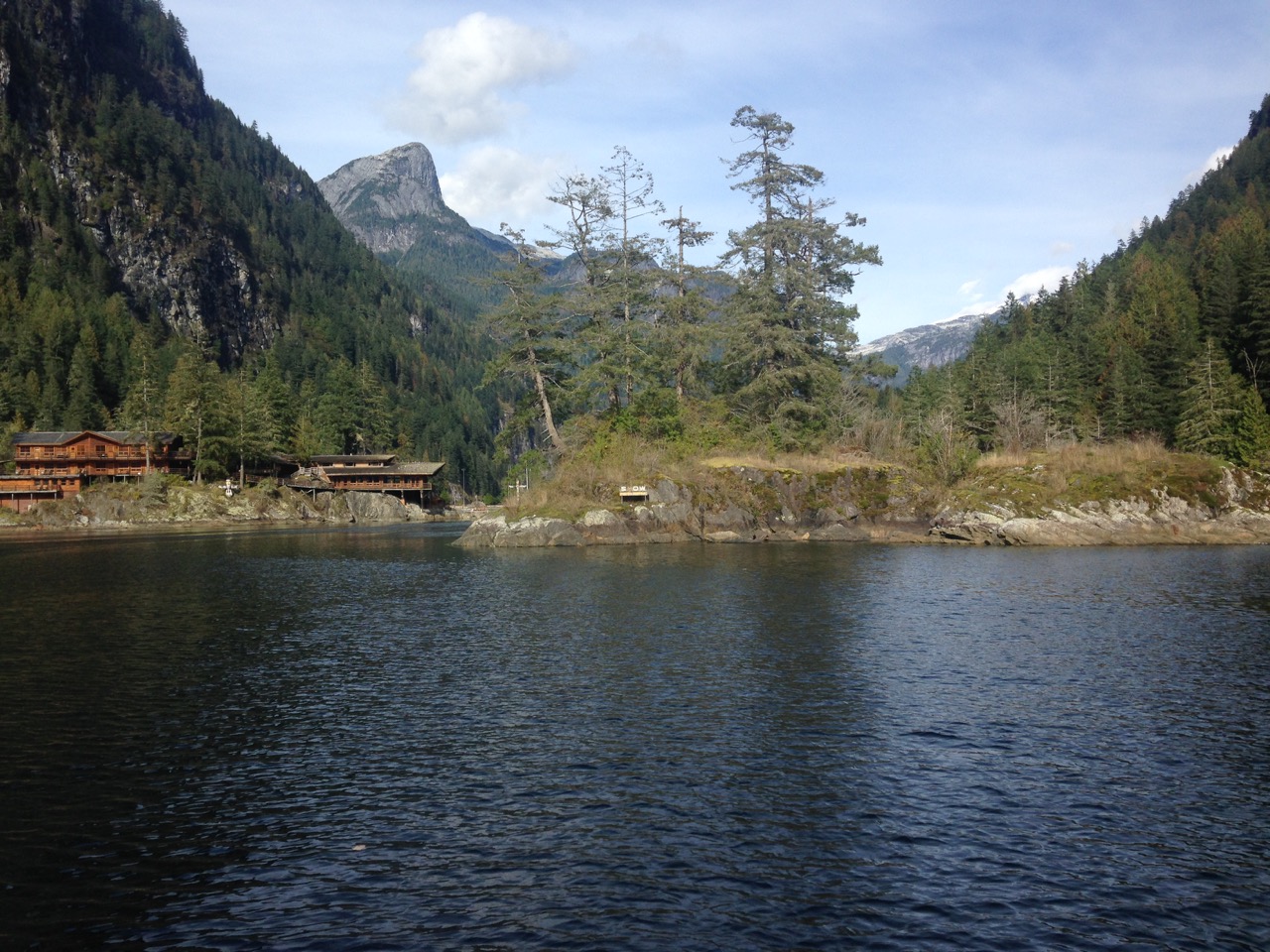
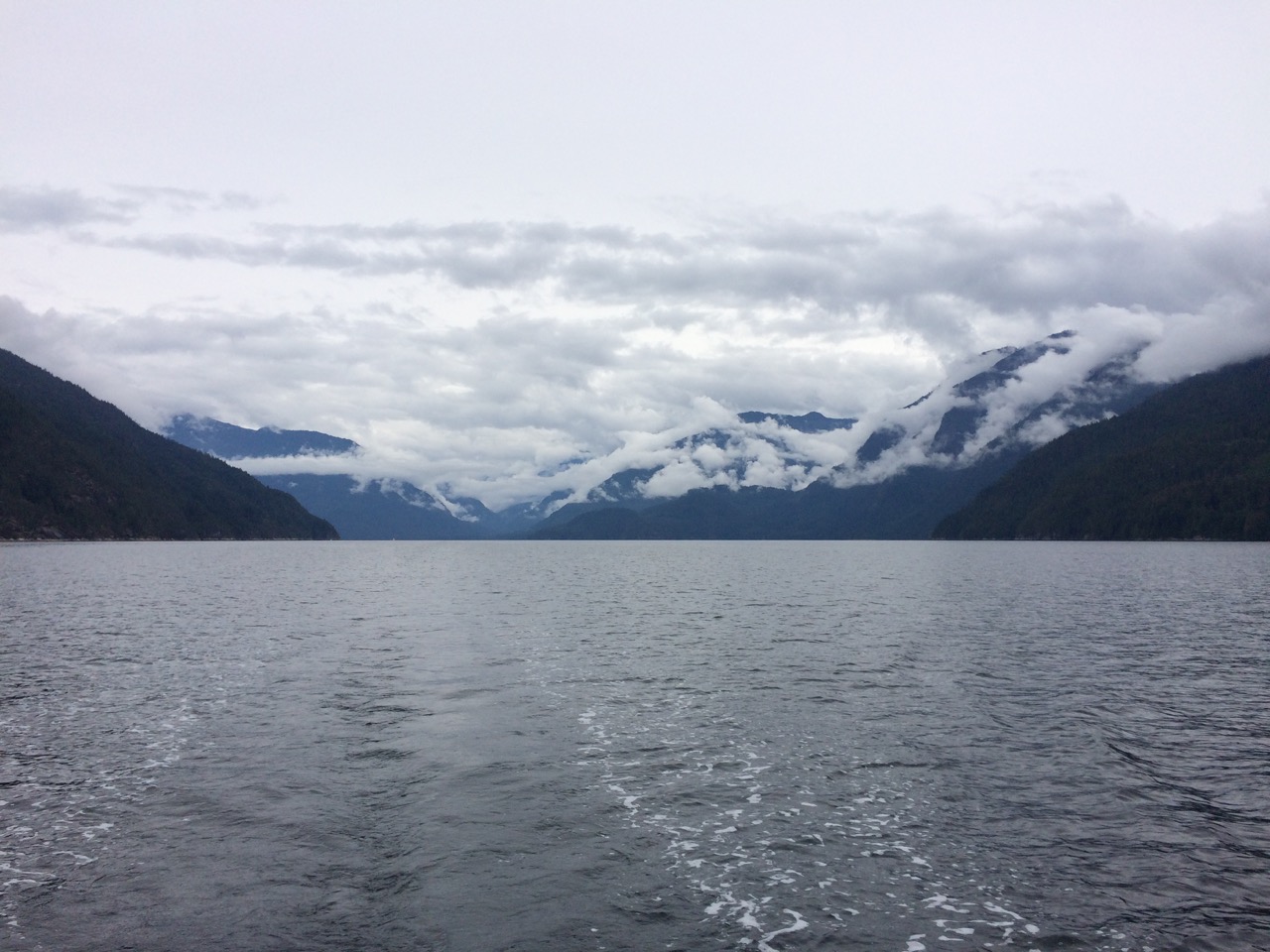
 At the head of this inlet is the famous chatterbox Falls, in June the sheer mountainside vertical walls all along the inlet are flowing with waterfalls
At the head of this inlet is the famous chatterbox Falls, in June the sheer mountainside vertical walls all along the inlet are flowing with waterfalls  We found space on a public dock maintained by the park authorities. I’m not used to having to moor next to planes but I just treated it like a boat and all went well
We found space on a public dock maintained by the park authorities. I’m not used to having to moor next to planes but I just treated it like a boat and all went well The small float plane had just arrived with a bride and groom and photographer for some wedding shots in front of the waterfall, after those shots they pranced around on the pontoon for ages before shooting off in the plane. Watching the plane go round and round in circles to gain enough height to clear the mountains made me realise just how high these granite walls reached.
The small float plane had just arrived with a bride and groom and photographer for some wedding shots in front of the waterfall, after those shots they pranced around on the pontoon for ages before shooting off in the plane. Watching the plane go round and round in circles to gain enough height to clear the mountains made me realise just how high these granite walls reached.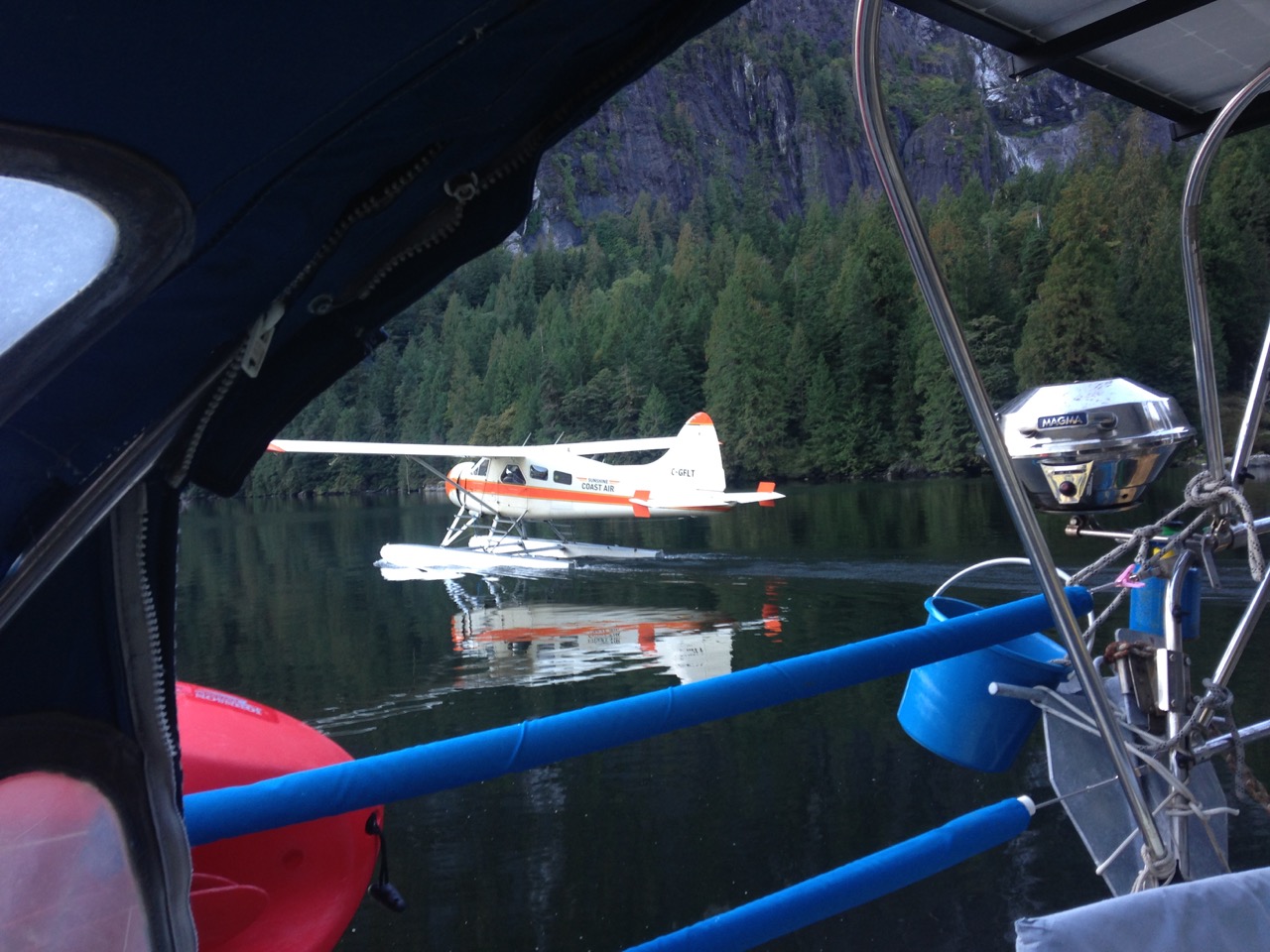
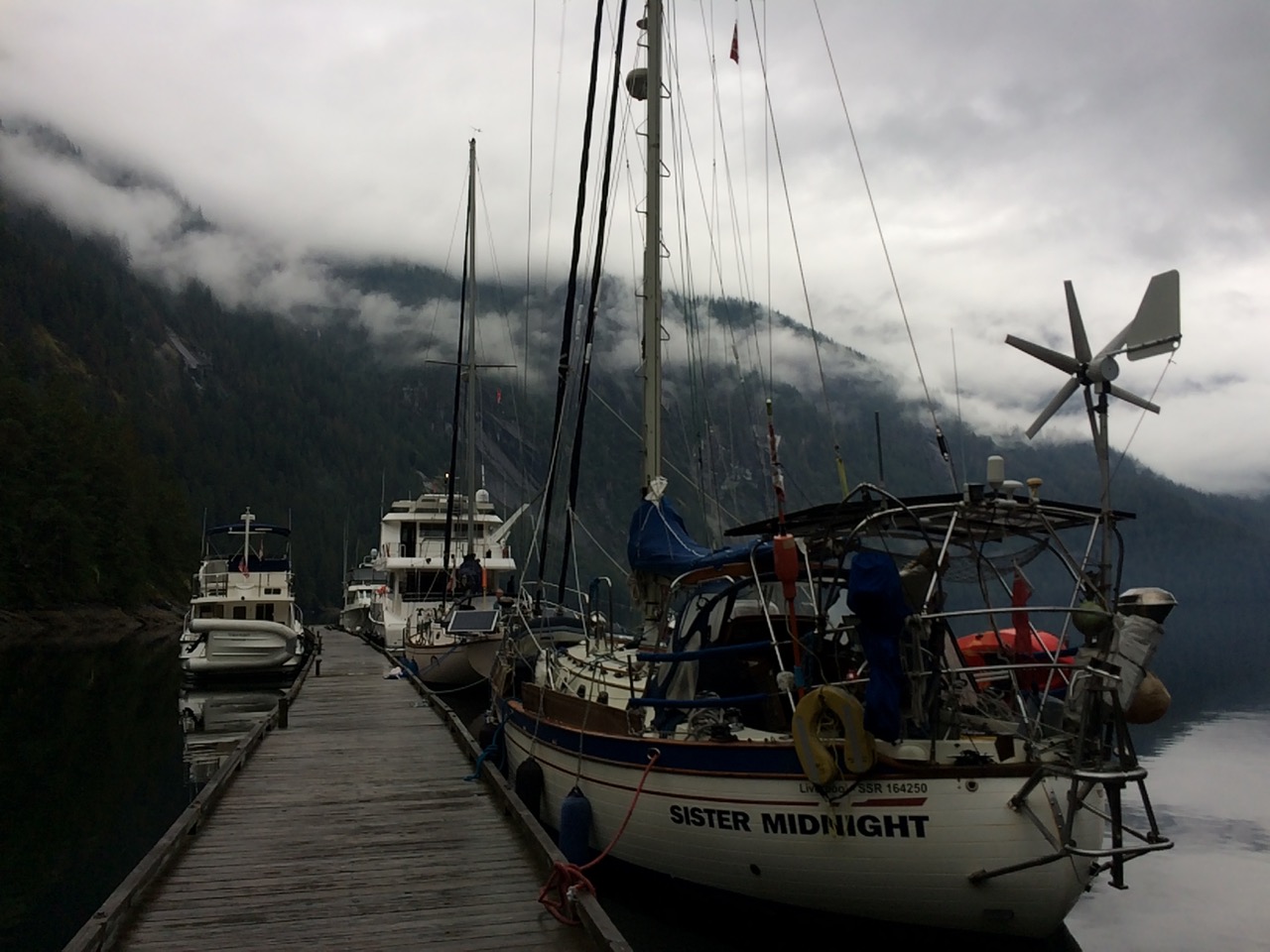
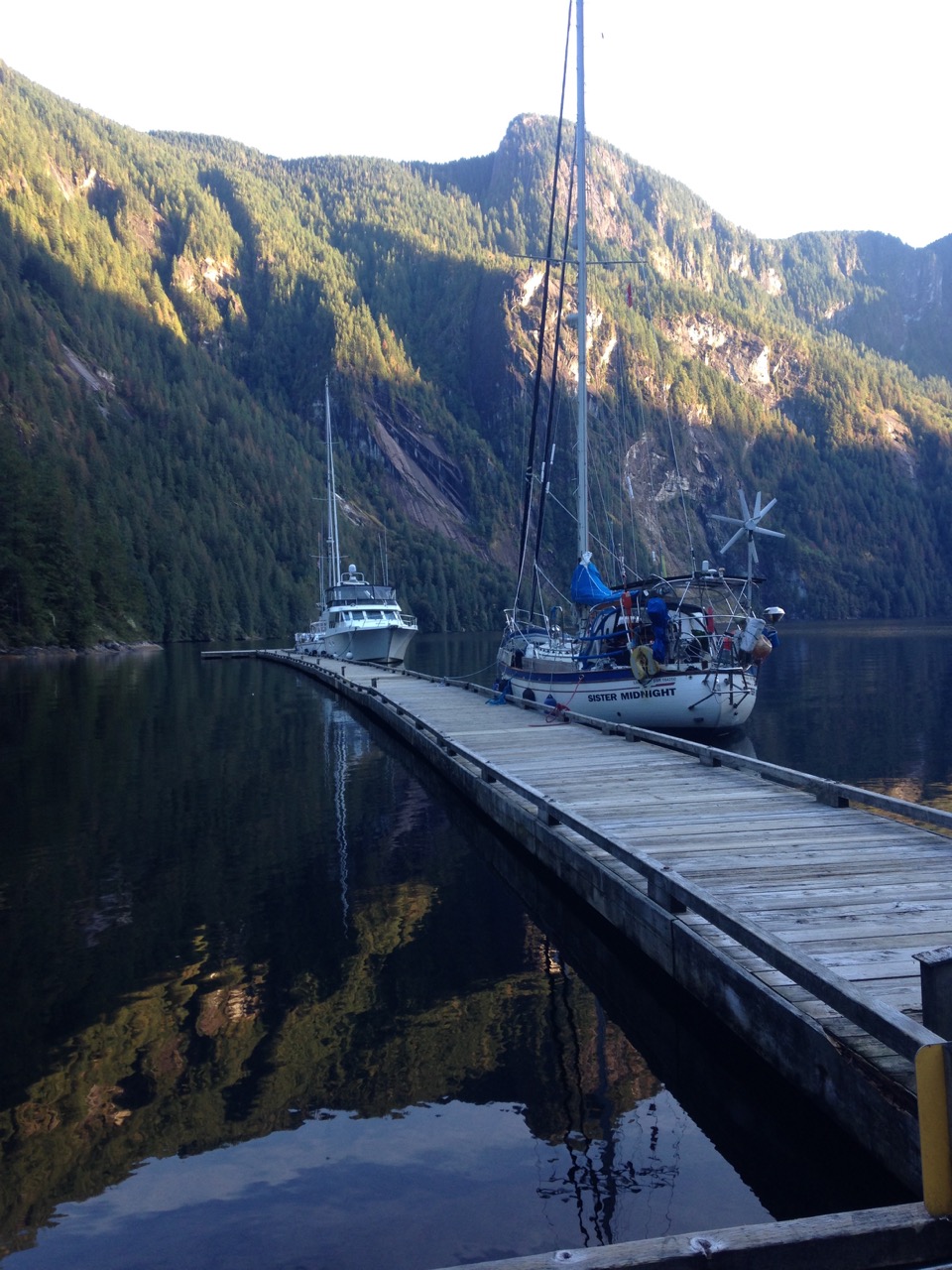

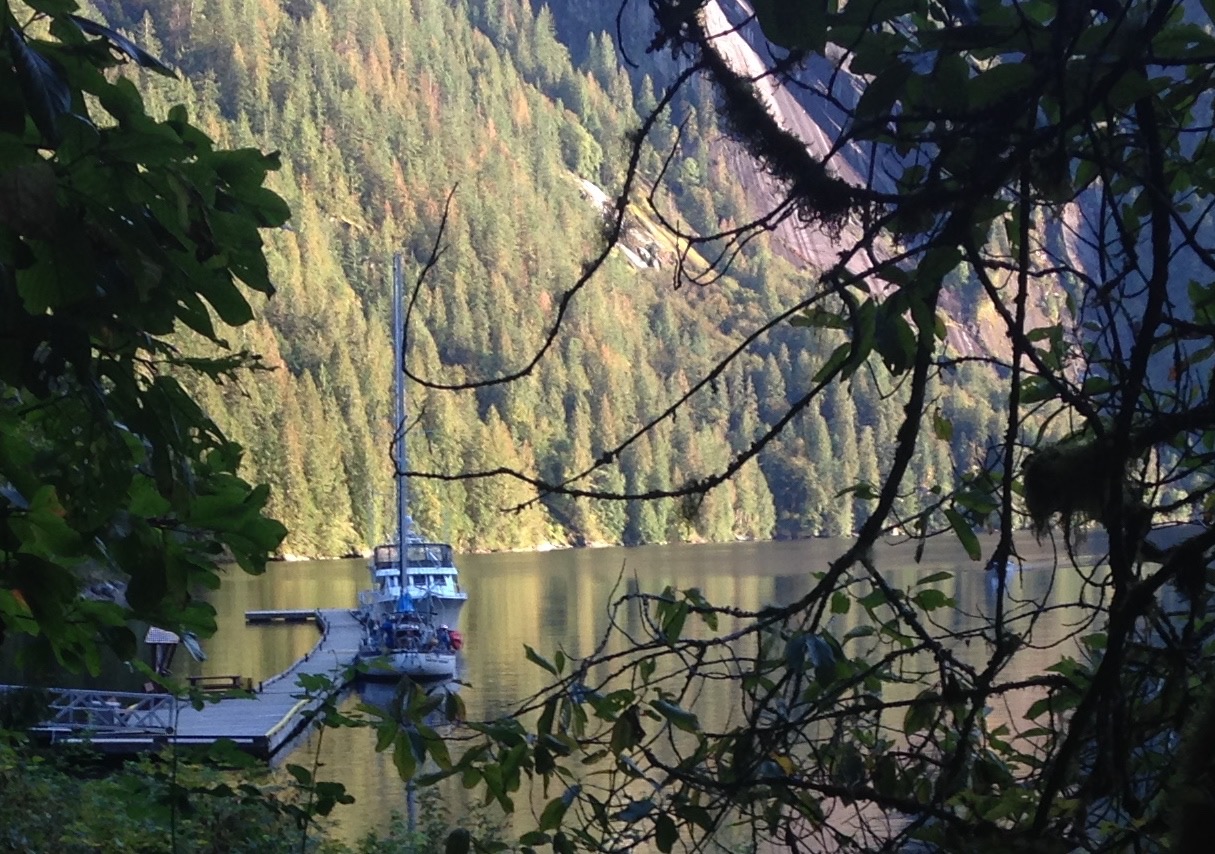 The next day a big motor launch $4.5Million dollars worth, arrived and I helped the skipper by taking his stern lines, we chatted and he had seen my “Liverpool” reg on the hull and explained his guests on the boat were two ladies from the UK, so later we were surprised when two giggly northern women turned up, banging on our hull and insisting we join them for drinks on the mega yacht, one of them was from Preston, the other frm Nottingham. We had a nice time chatting with them and a few other guests on the boat, a very luxurious affair, I noted the kitchen was way better than my own, and I’m talking about the one in my house!
The next day a big motor launch $4.5Million dollars worth, arrived and I helped the skipper by taking his stern lines, we chatted and he had seen my “Liverpool” reg on the hull and explained his guests on the boat were two ladies from the UK, so later we were surprised when two giggly northern women turned up, banging on our hull and insisting we join them for drinks on the mega yacht, one of them was from Preston, the other frm Nottingham. We had a nice time chatting with them and a few other guests on the boat, a very luxurious affair, I noted the kitchen was way better than my own, and I’m talking about the one in my house!
 Today we left Princess Louisa Inlet early to pass the rapids at slack water, this time at low tide, making the channel even narrower. On the way out we saw some new waterfalls that had been dry on the way in.
Today we left Princess Louisa Inlet early to pass the rapids at slack water, this time at low tide, making the channel even narrower. On the way out we saw some new waterfalls that had been dry on the way in.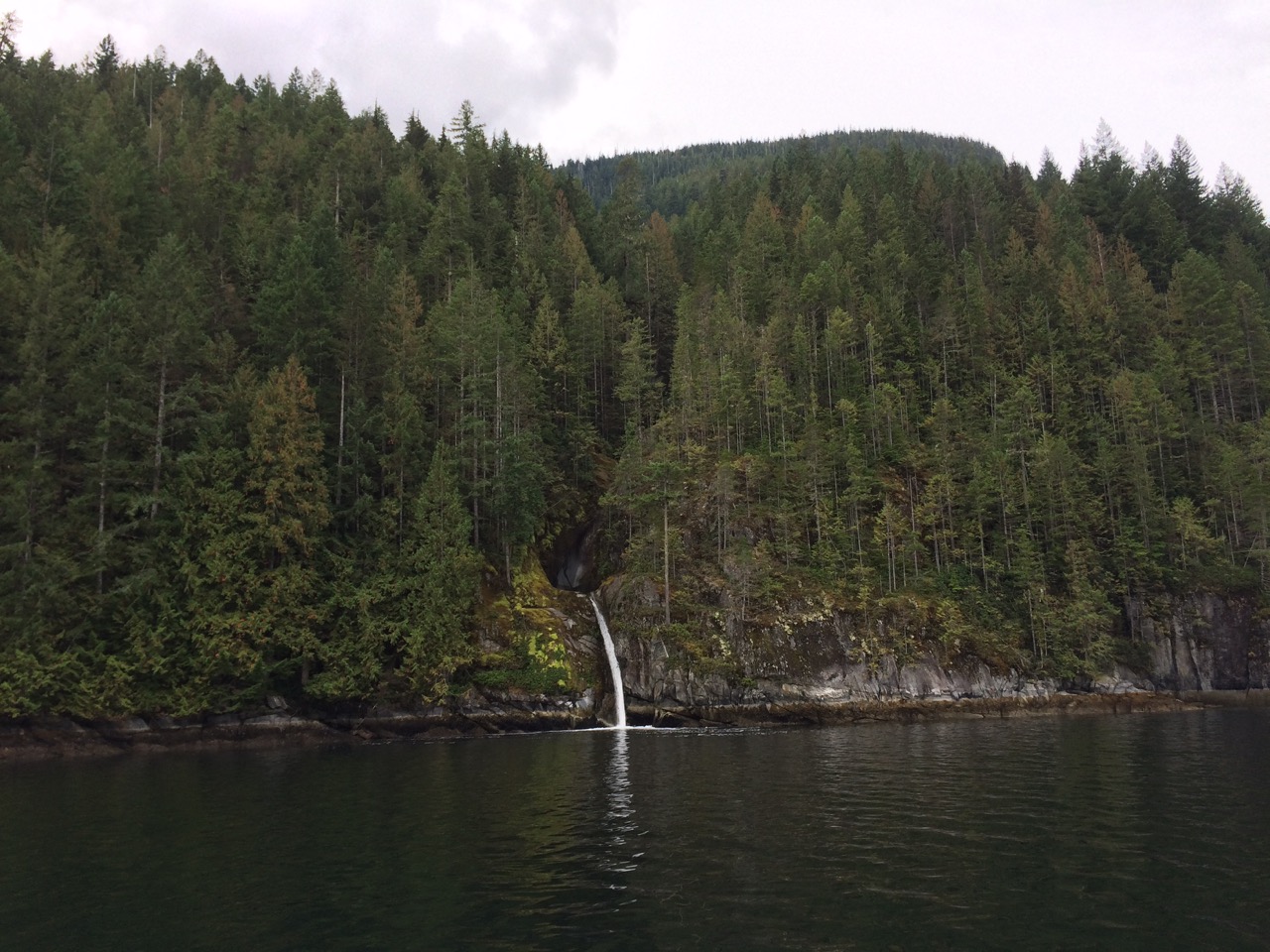
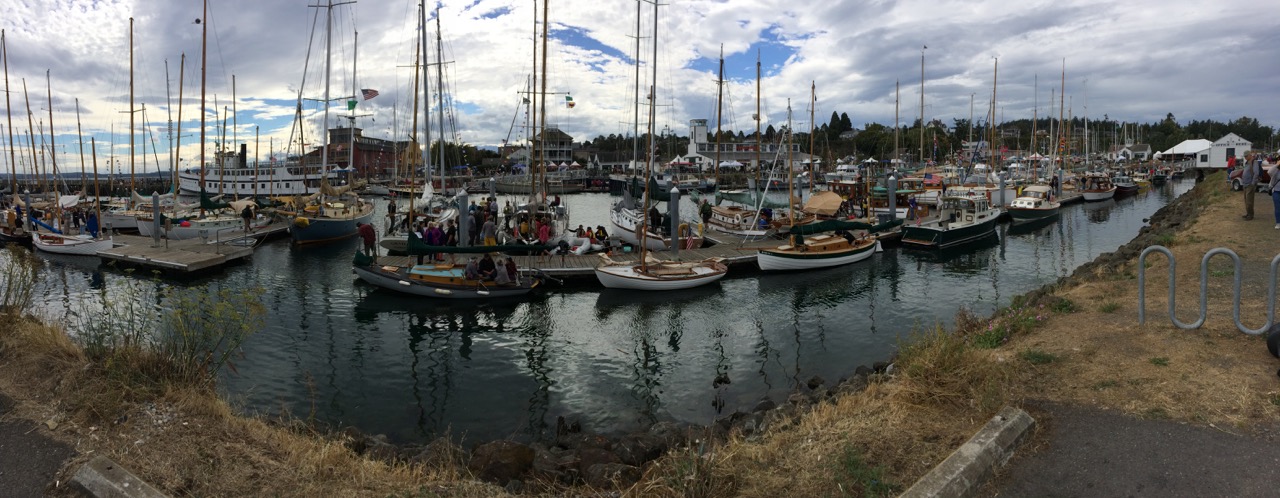
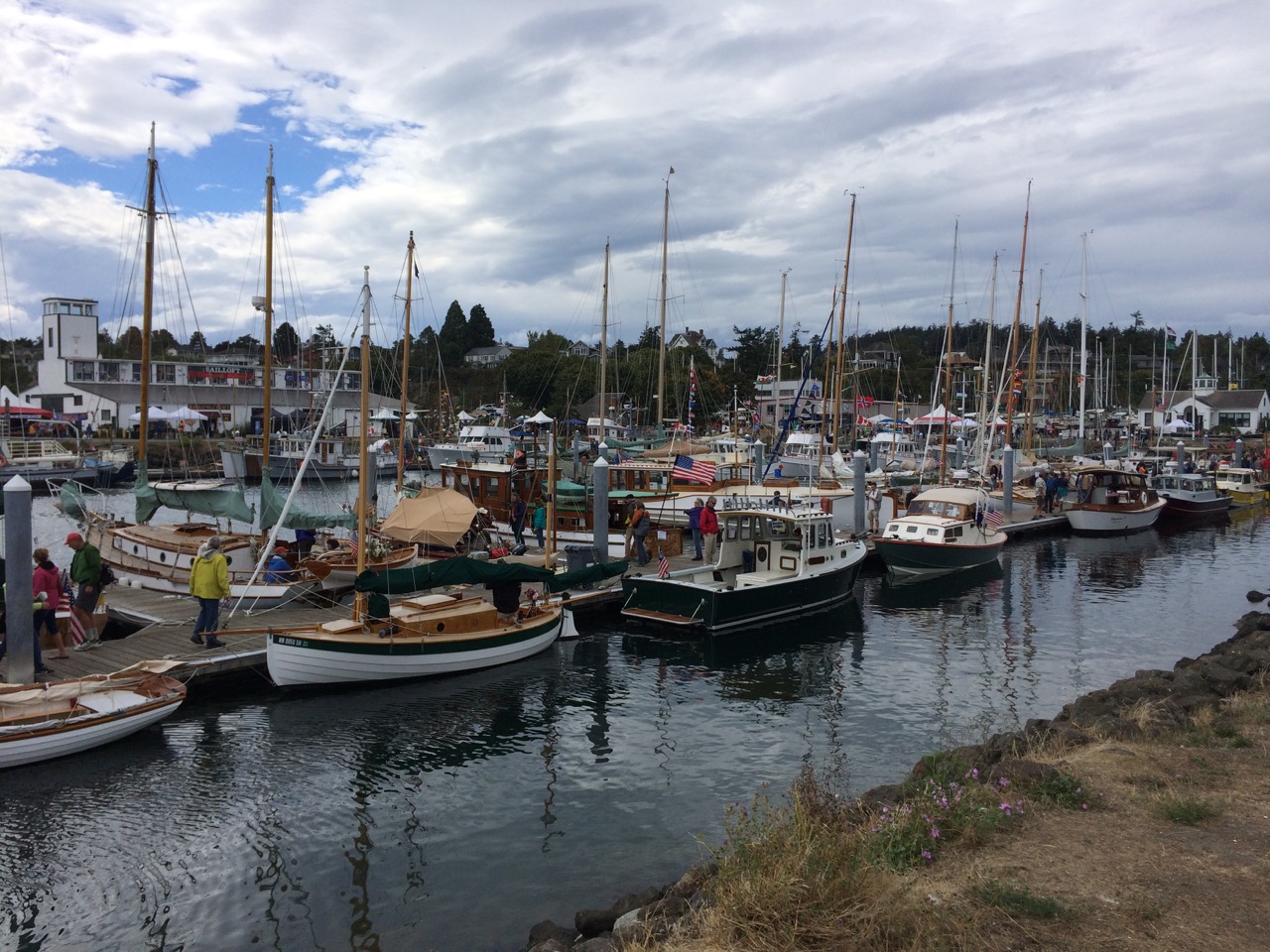
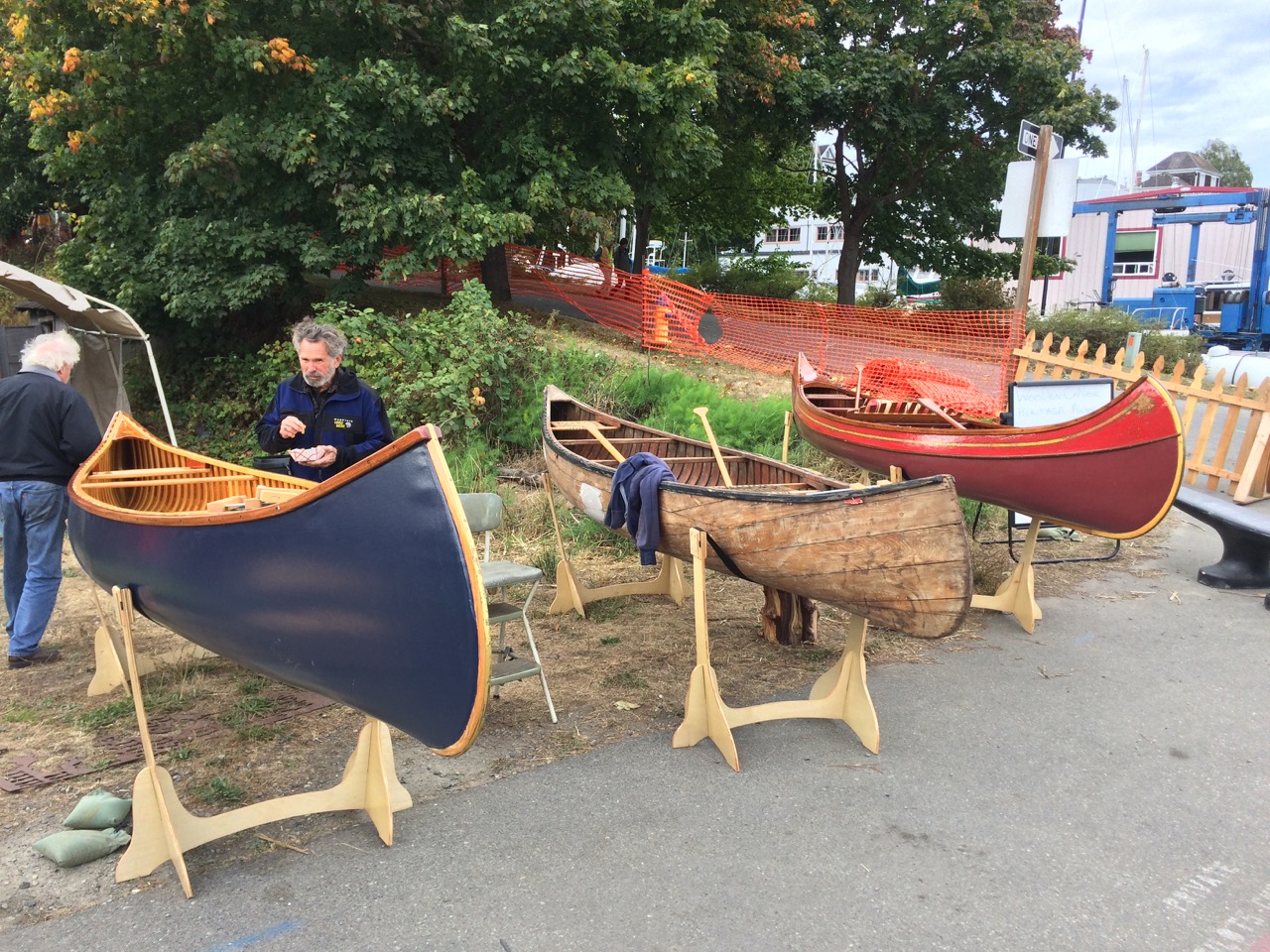
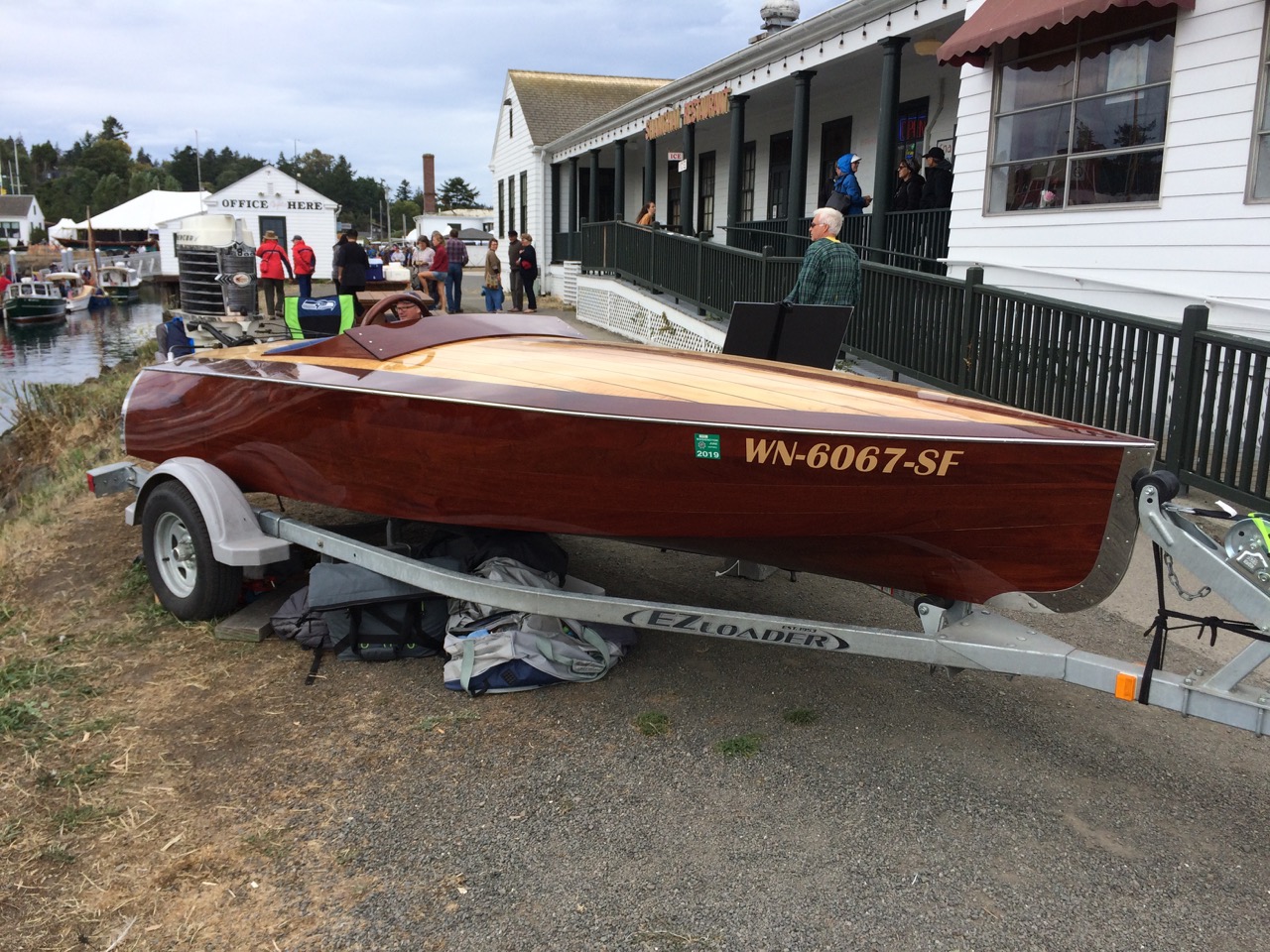

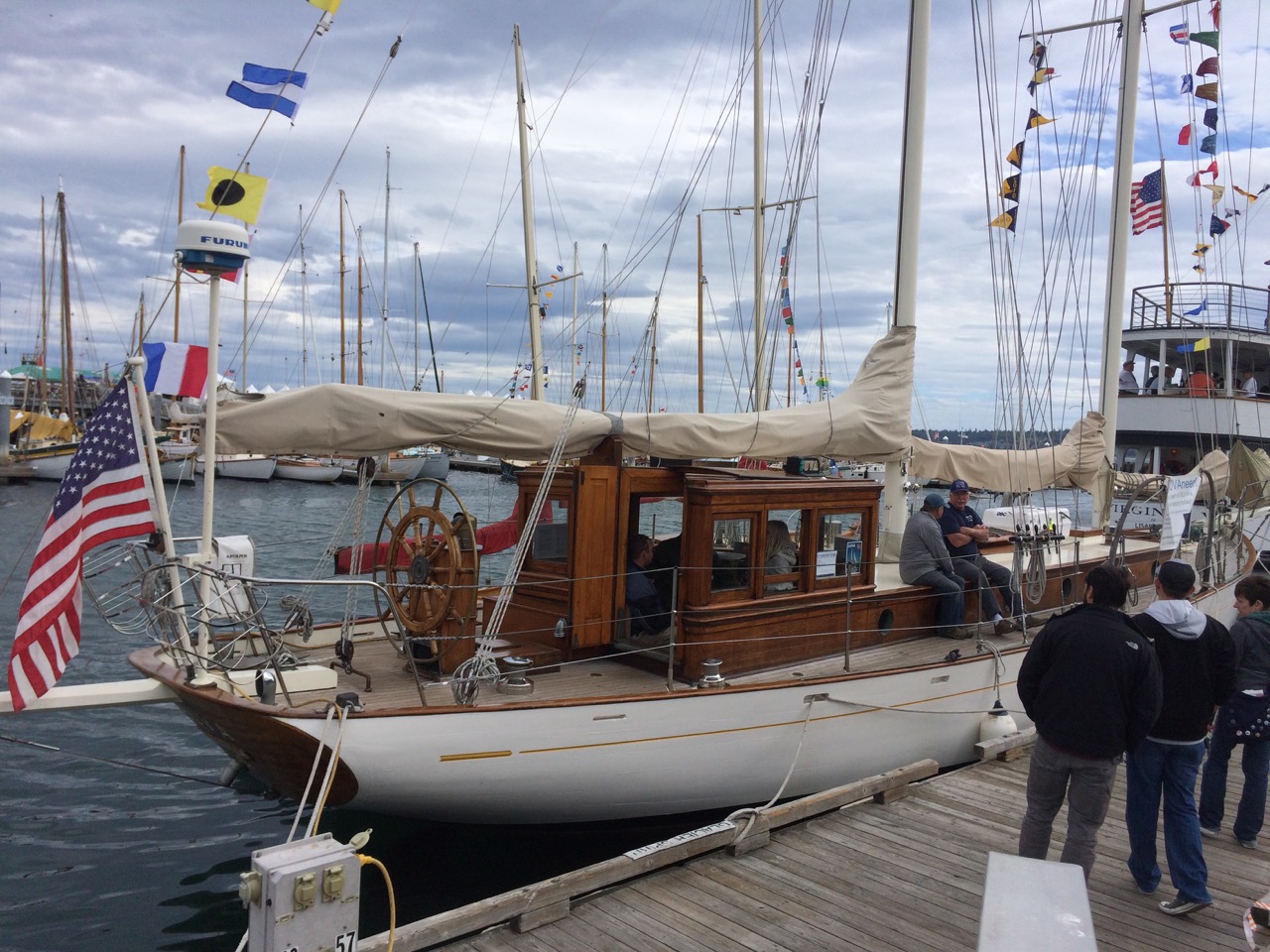
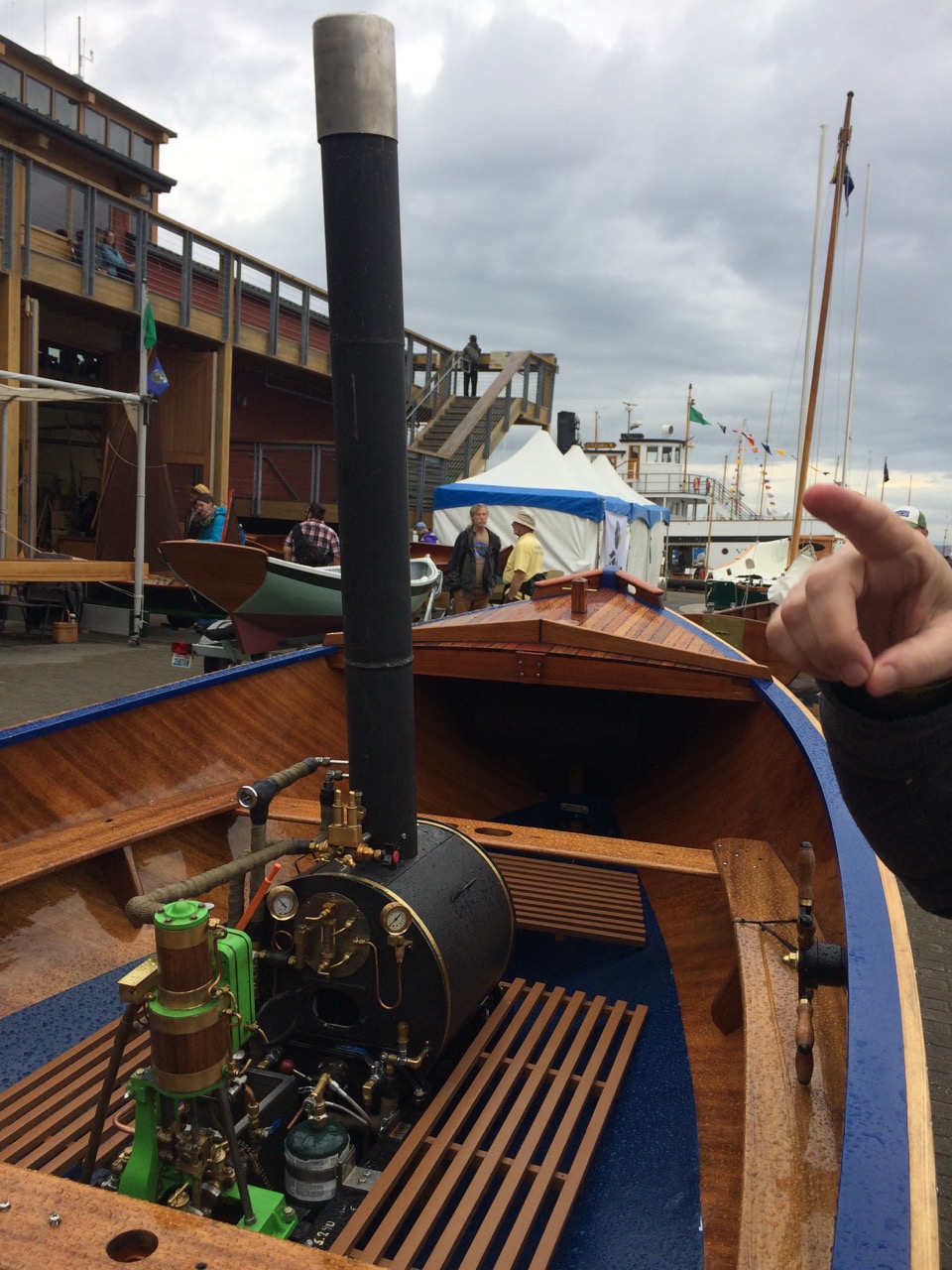
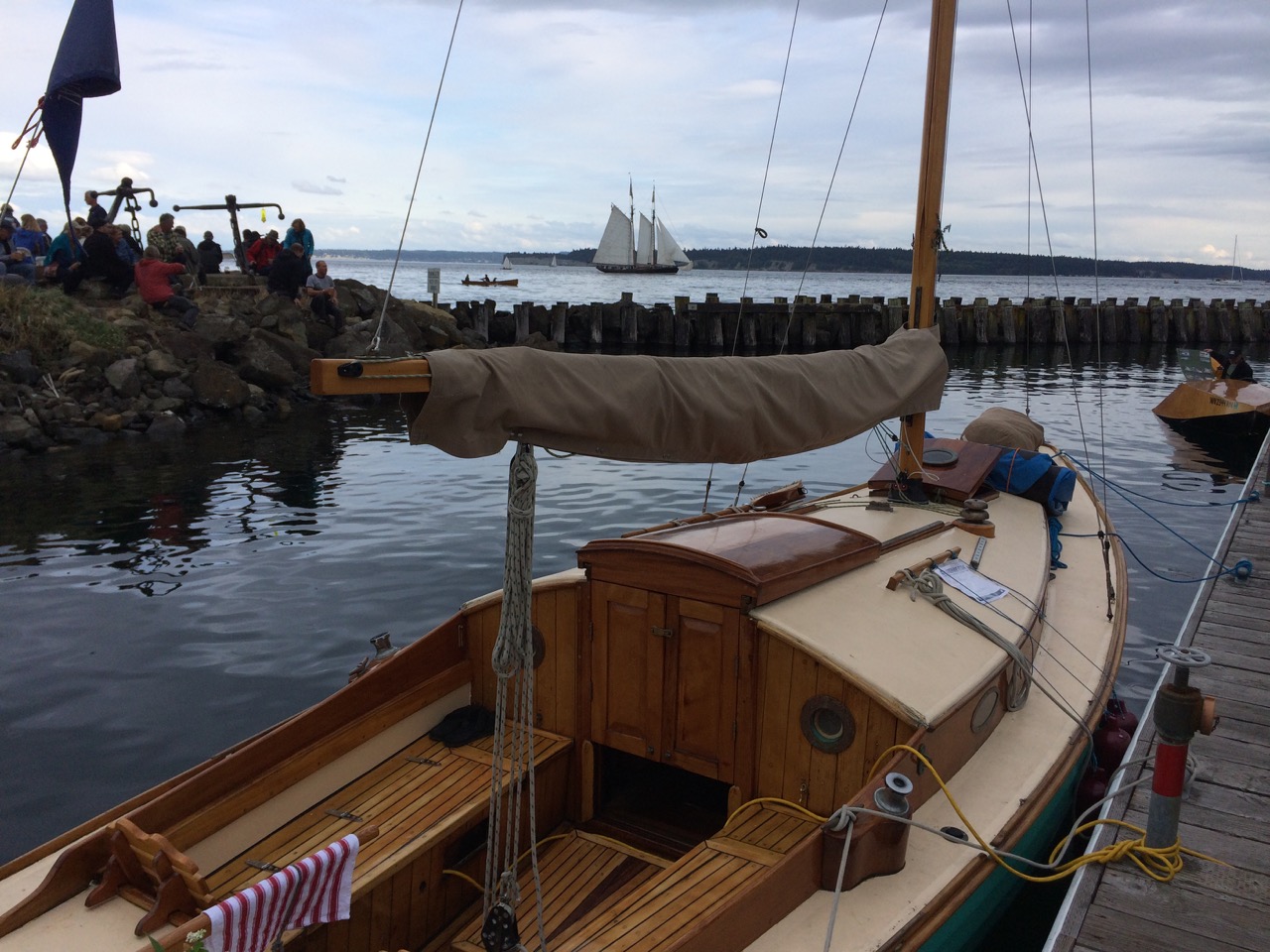
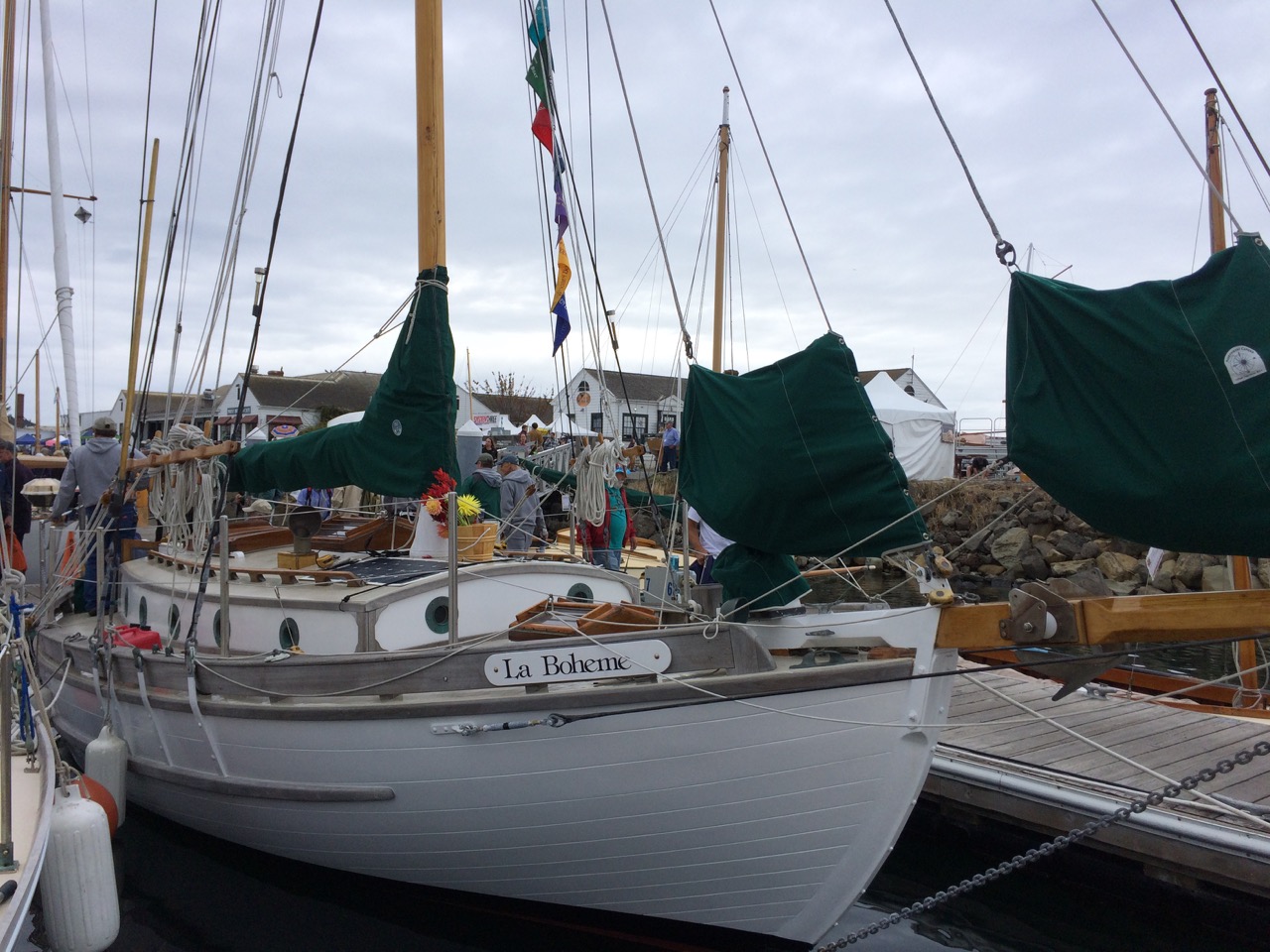 “La Boheme is one in a series of William Atkin designed double-enders. This one is the Eric. Modeled after Norwegian rescue boats at the turn of the century, the Eric is said to be “the best boat for the worst weather”. La Boheme’s keel was laid in 1926. She was completed and launched in 1938 out of Victoria, BC and has plied the waters of the North West ever since. Constructed of Port Orford cedar on oak frames, La Boheme is stout, sea-kindly and extremely comfortable as cruiser.”
“La Boheme is one in a series of William Atkin designed double-enders. This one is the Eric. Modeled after Norwegian rescue boats at the turn of the century, the Eric is said to be “the best boat for the worst weather”. La Boheme’s keel was laid in 1926. She was completed and launched in 1938 out of Victoria, BC and has plied the waters of the North West ever since. Constructed of Port Orford cedar on oak frames, La Boheme is stout, sea-kindly and extremely comfortable as cruiser.”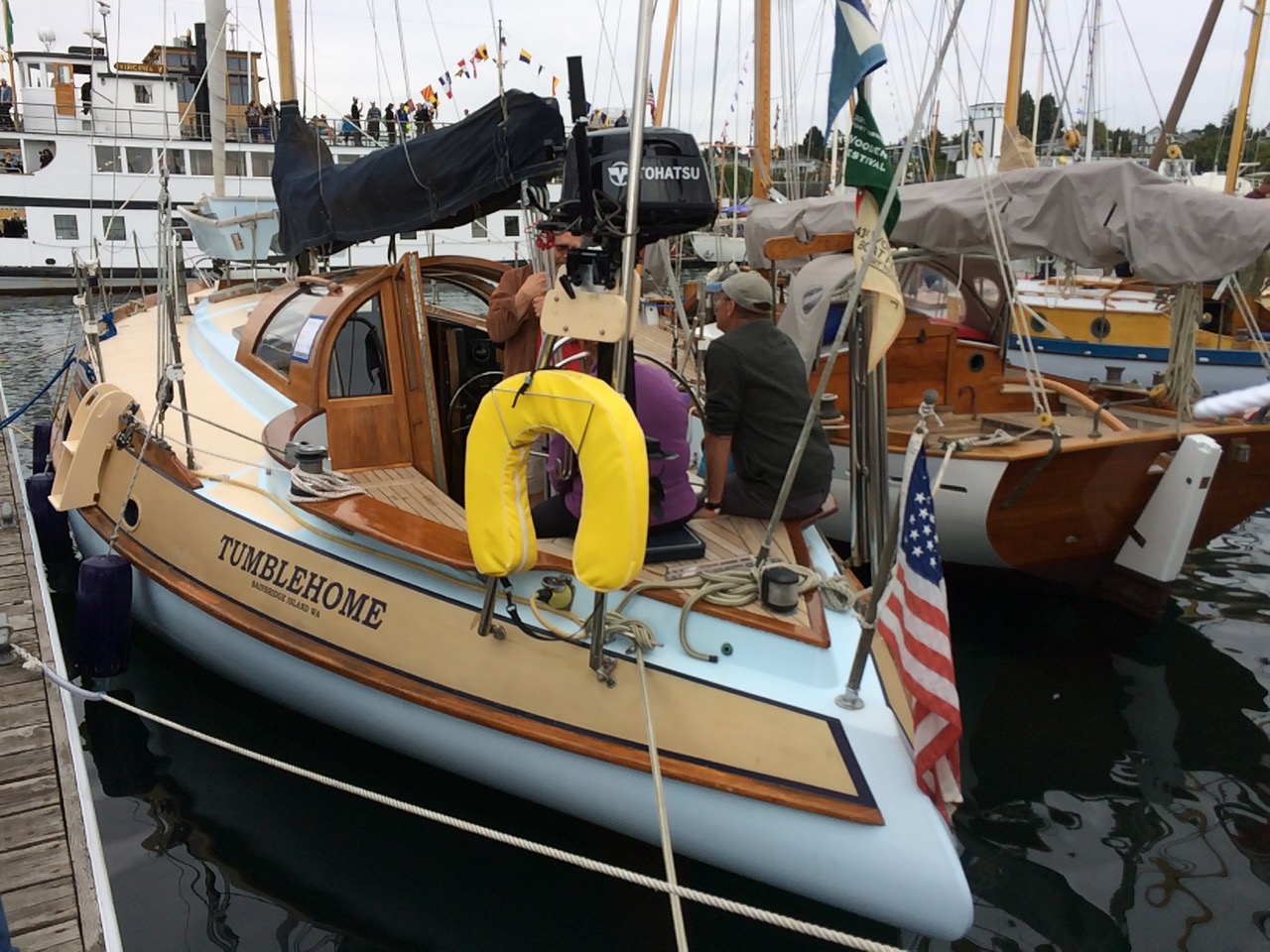 One for Taffy.
One for Taffy.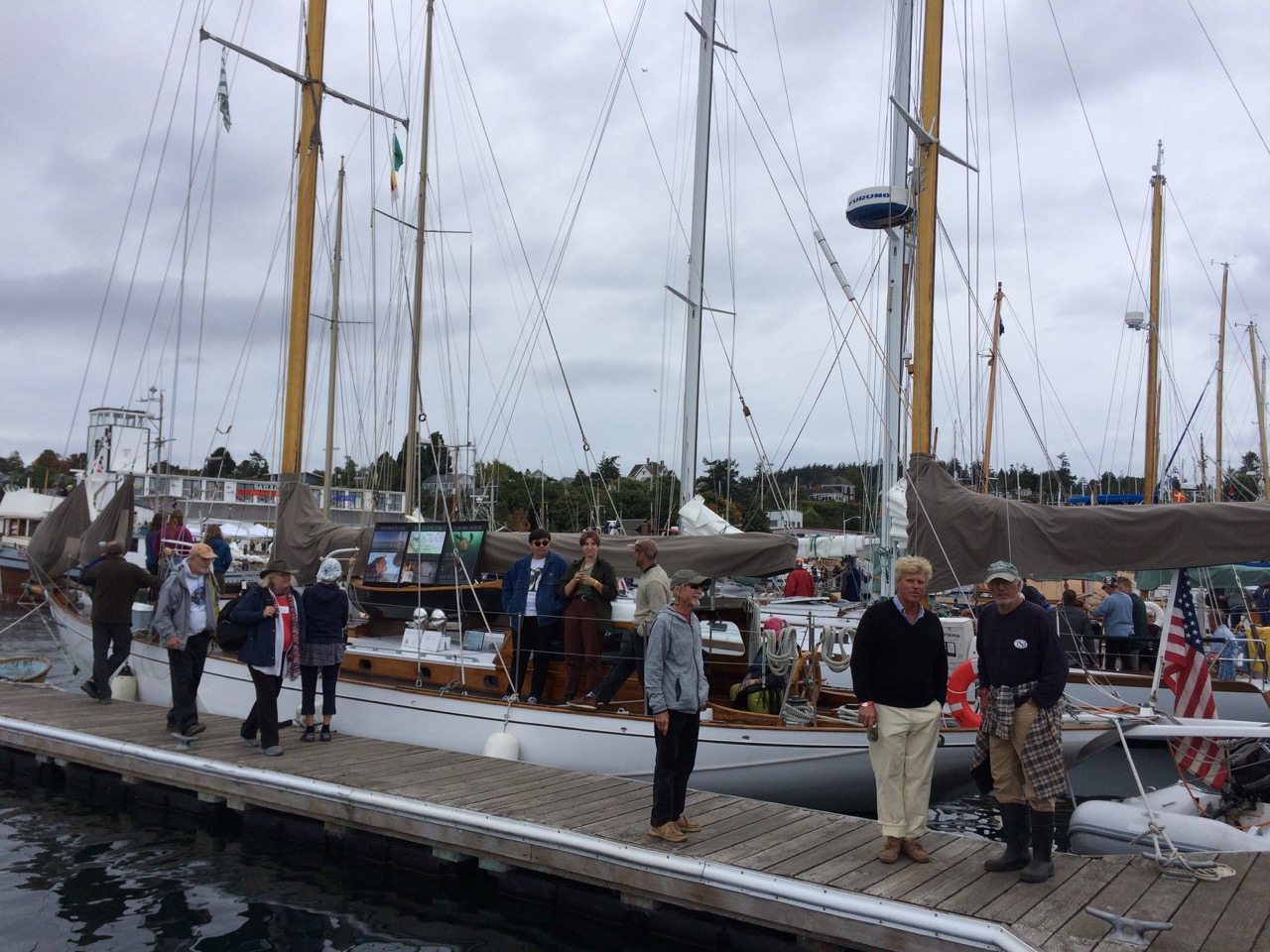

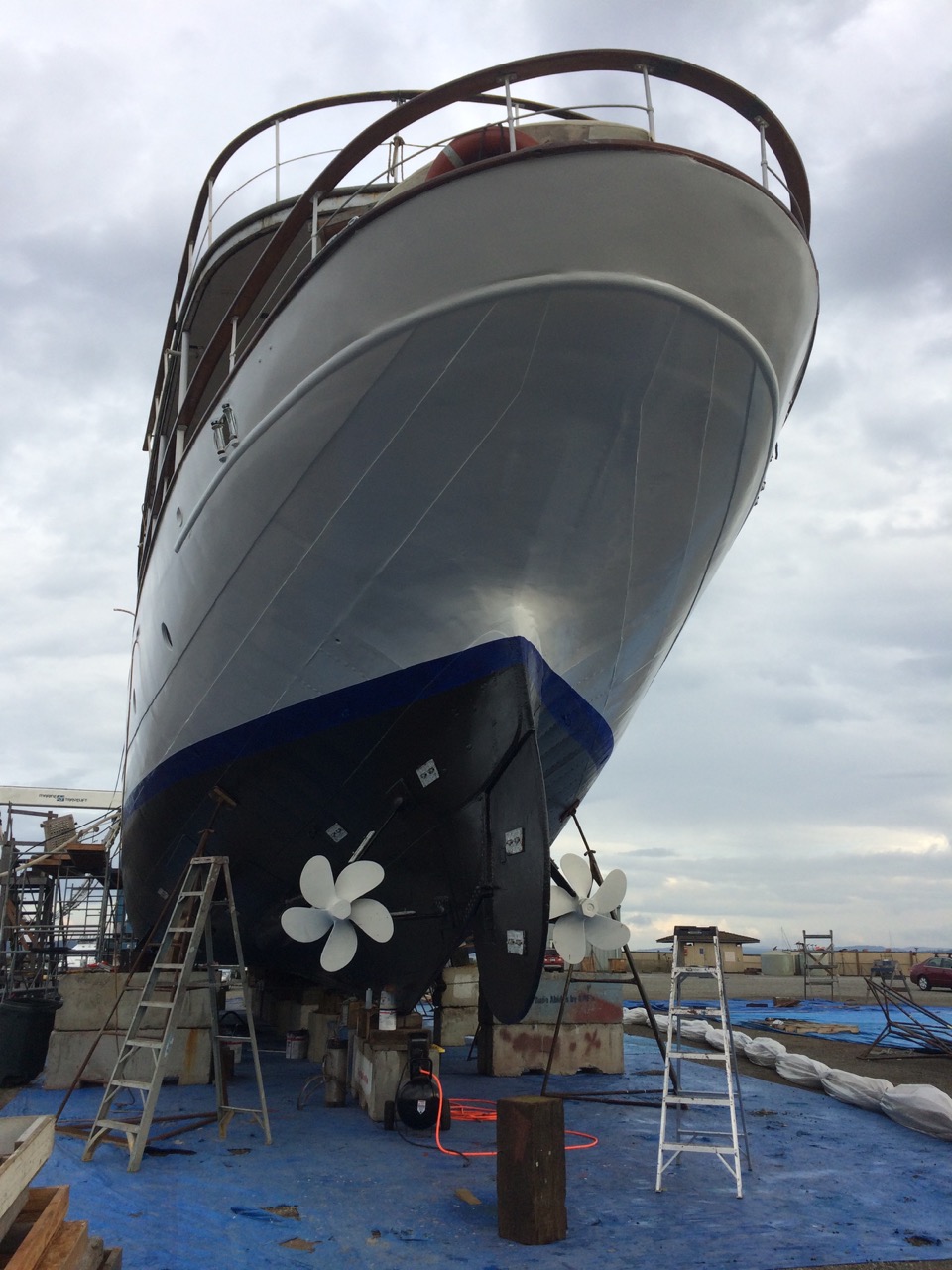 Boats like this one above are scattered around the yard, this is an old classic cruise ship. One morning I looked up after hearing some swishing of the water next to us to see this yacht (below) passing by. A fairly common sight here. I think I will bring the boat back here next year to do any big jobs like the mast refurb I’m thinking of.
Boats like this one above are scattered around the yard, this is an old classic cruise ship. One morning I looked up after hearing some swishing of the water next to us to see this yacht (below) passing by. A fairly common sight here. I think I will bring the boat back here next year to do any big jobs like the mast refurb I’m thinking of.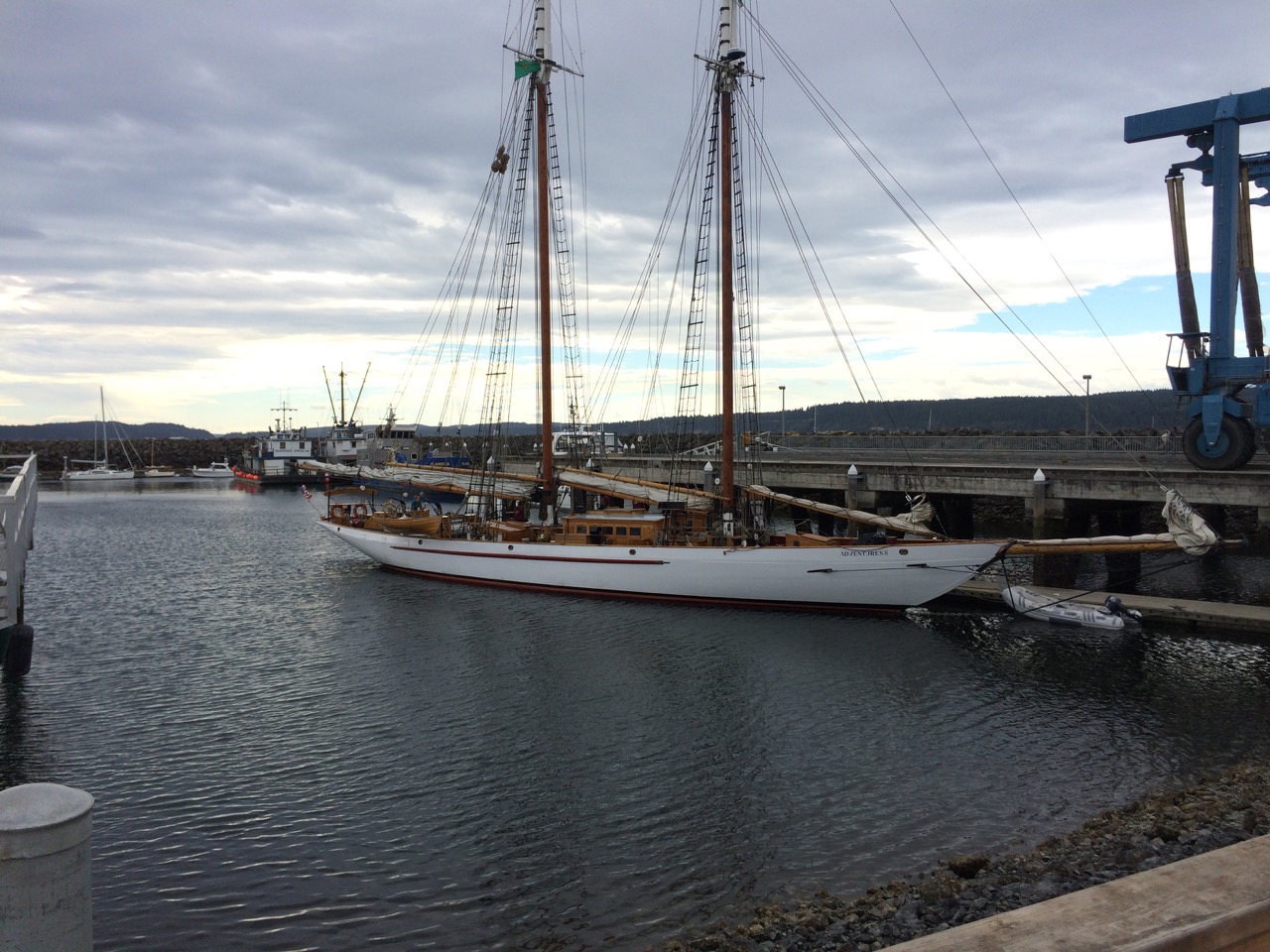

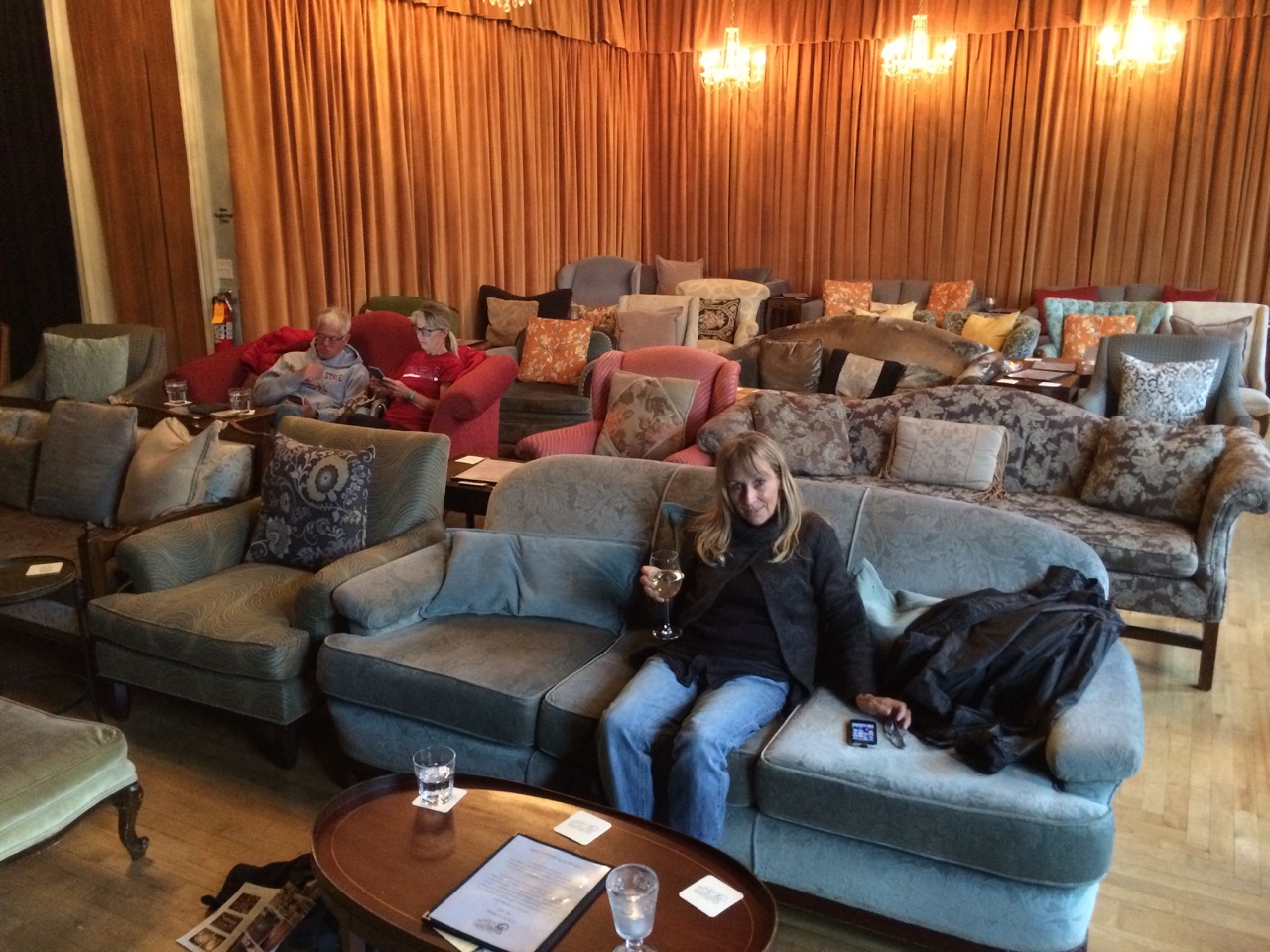
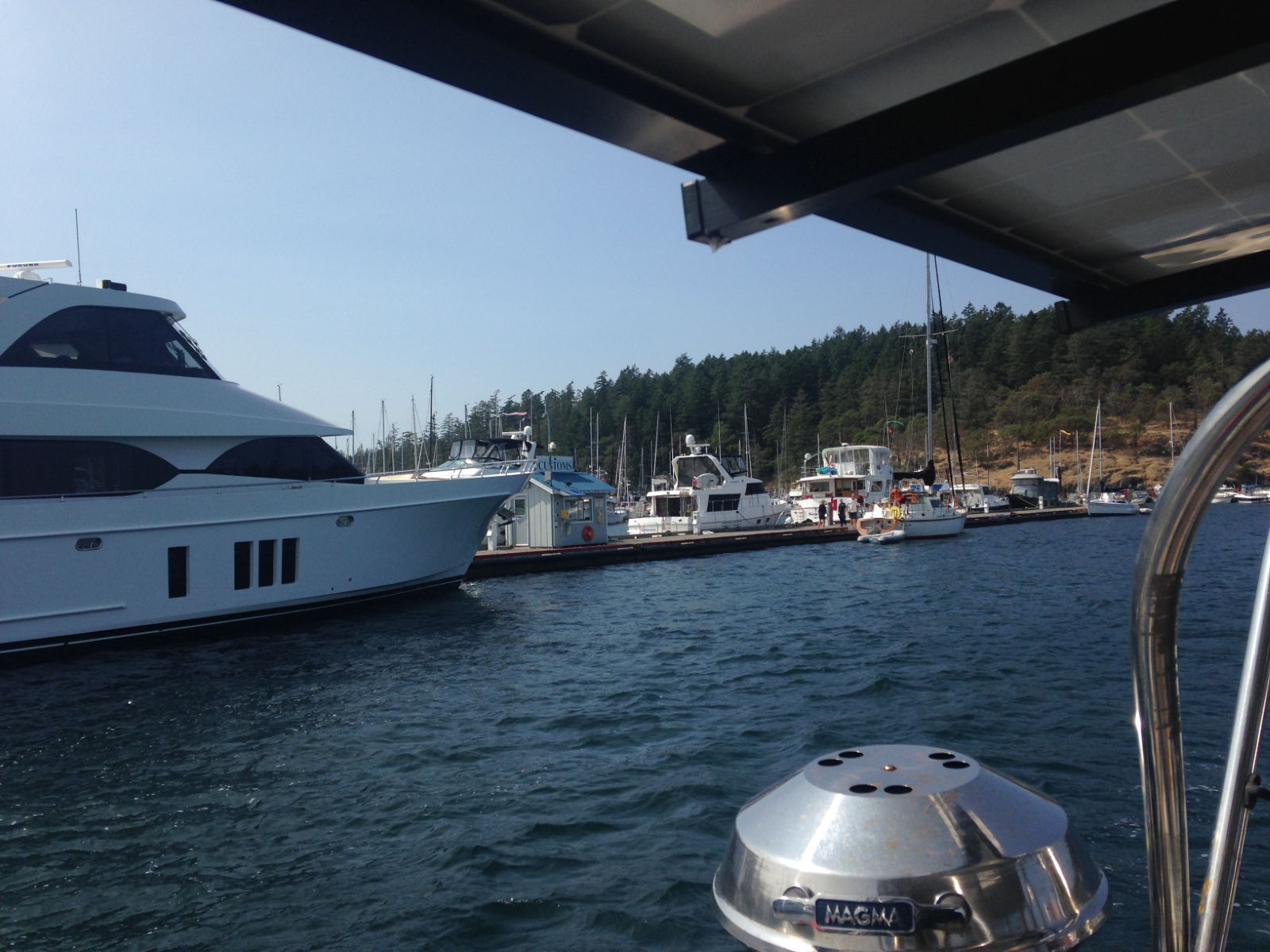
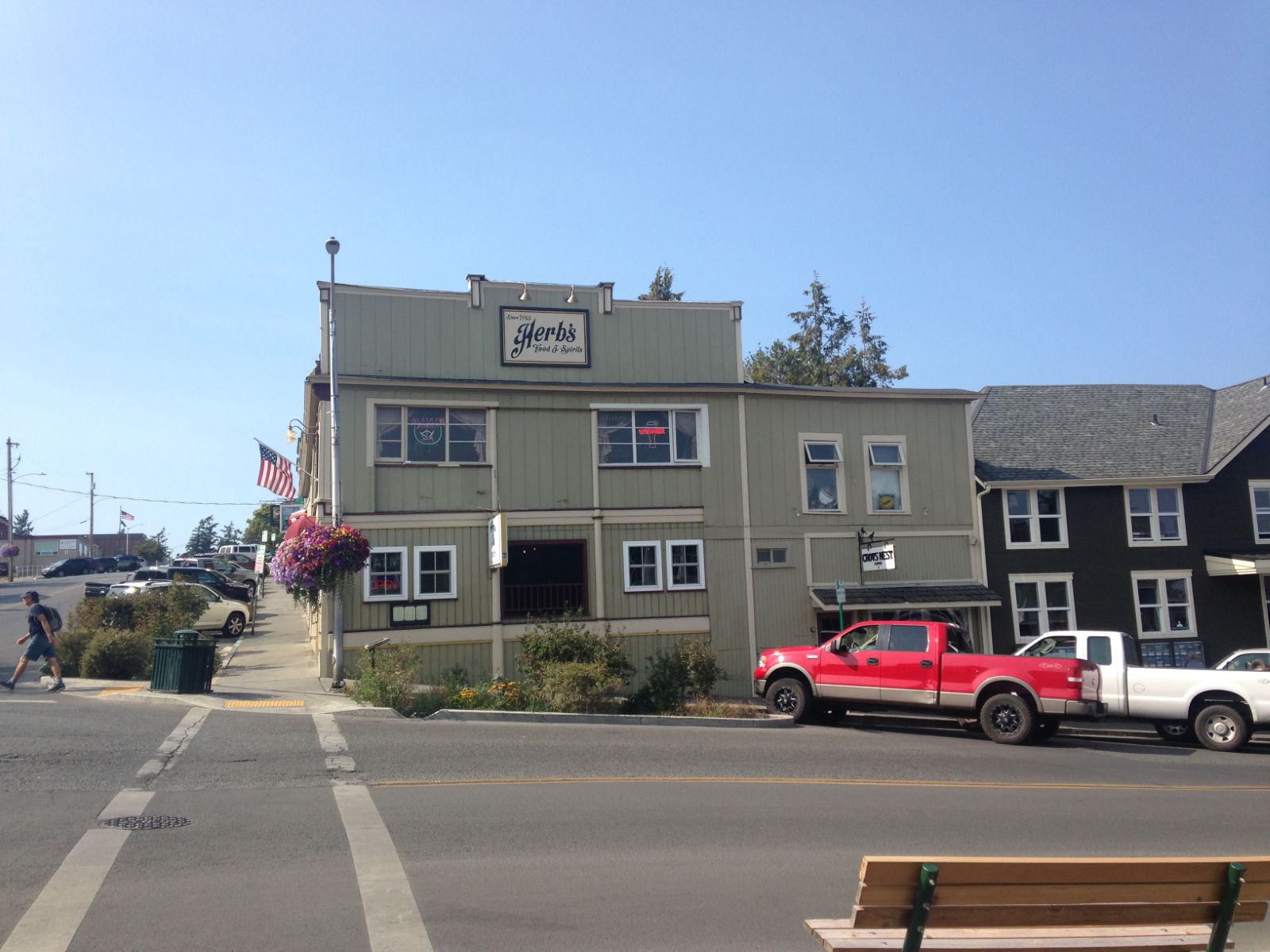
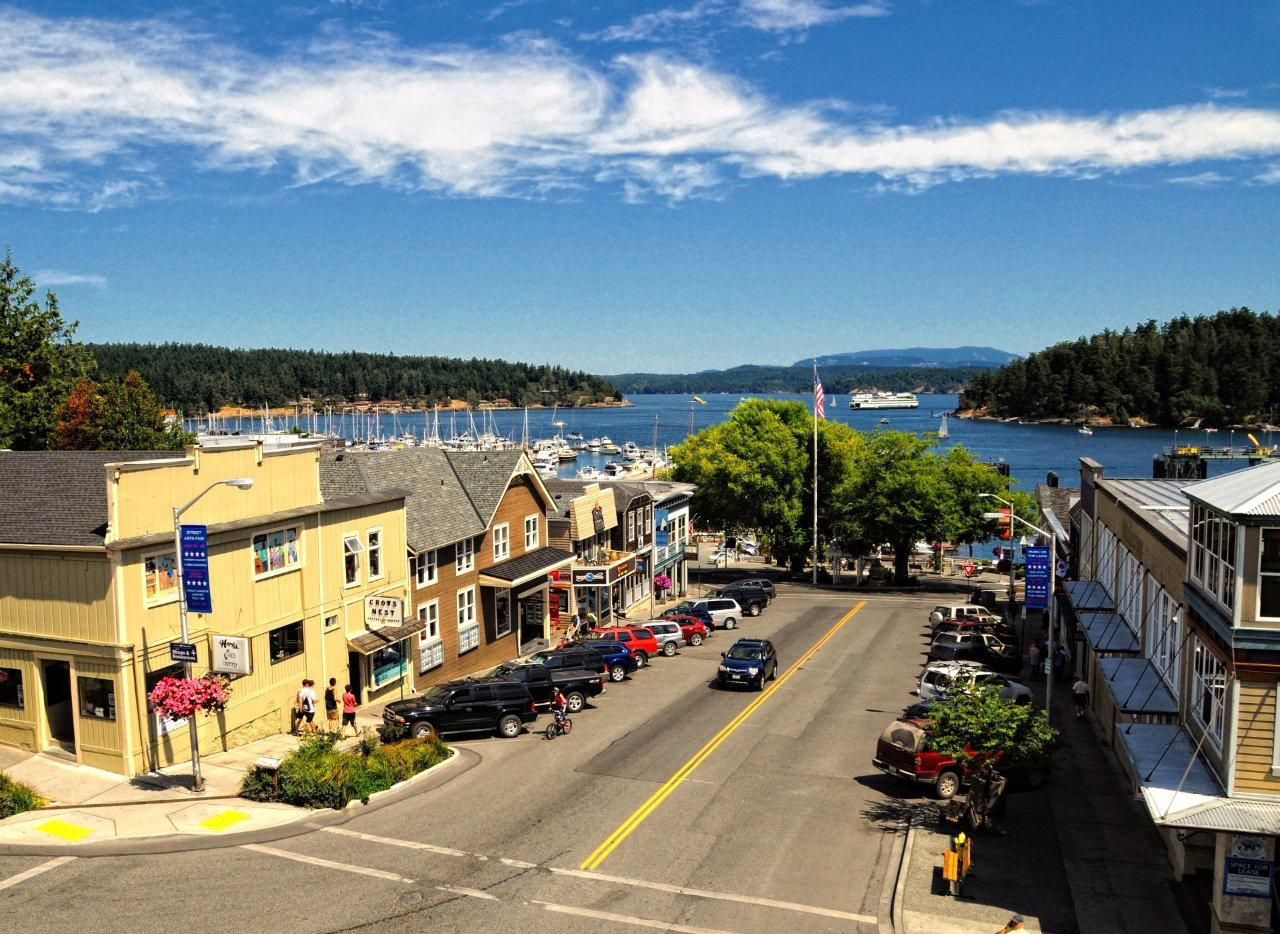
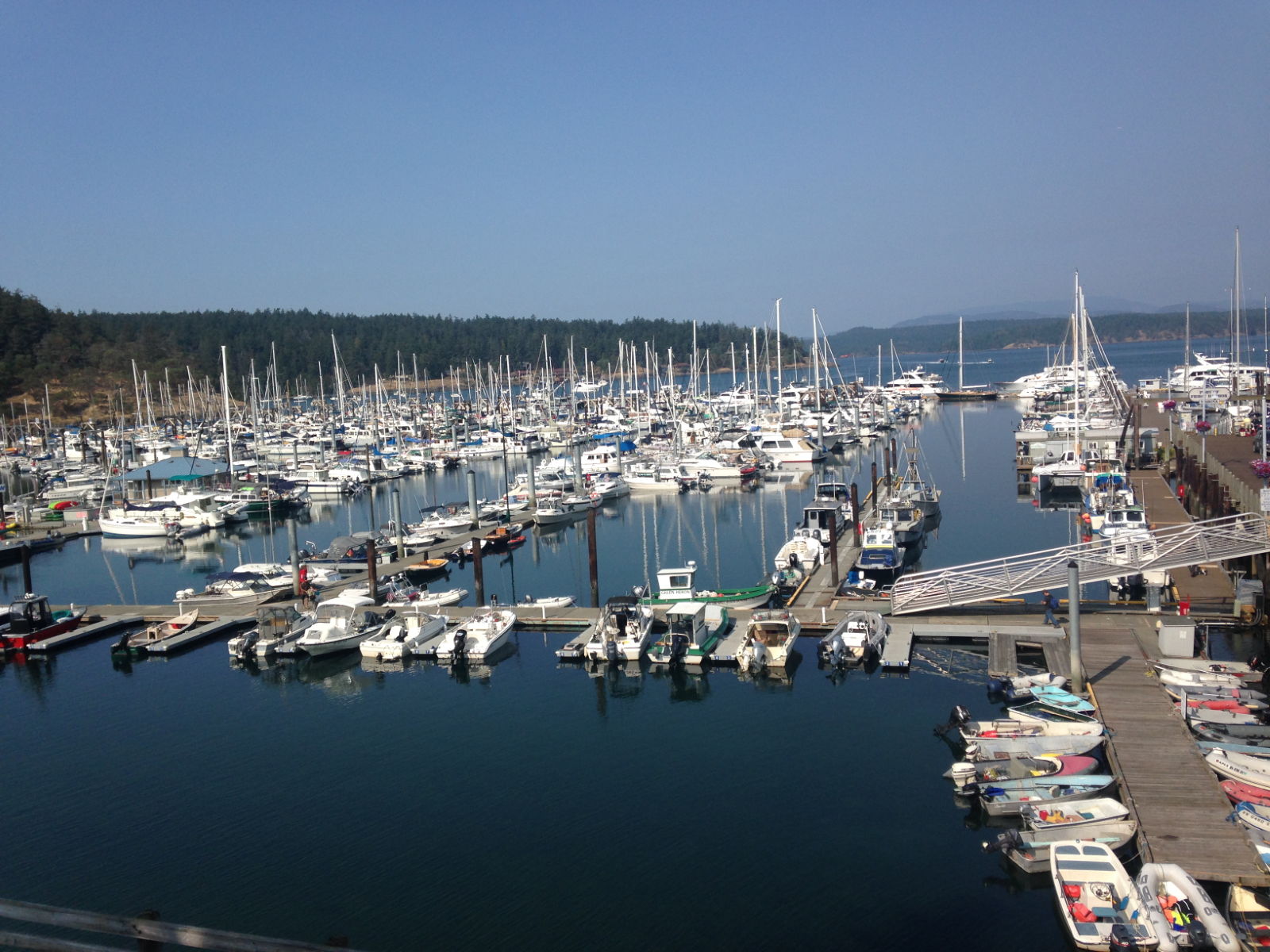

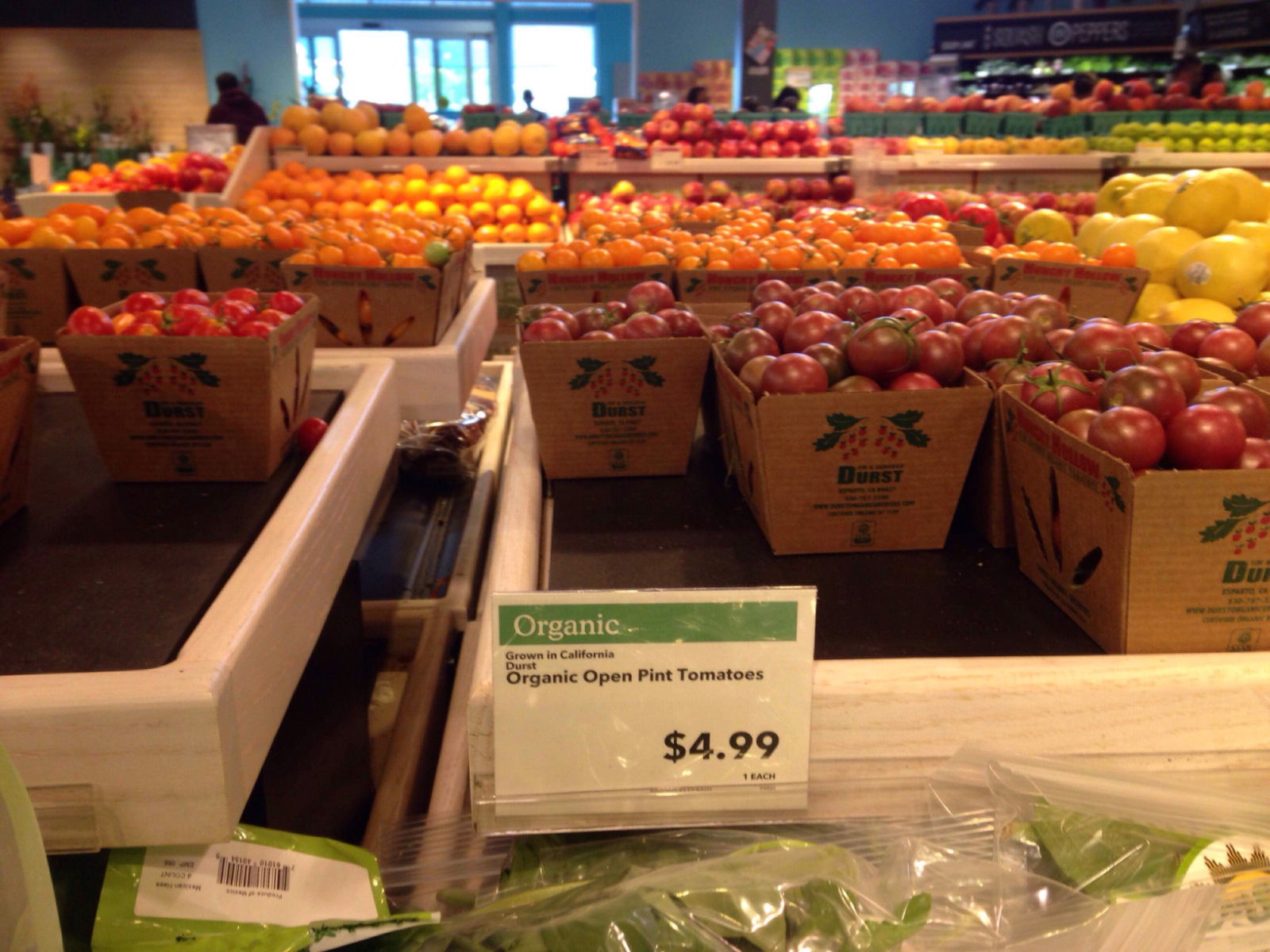
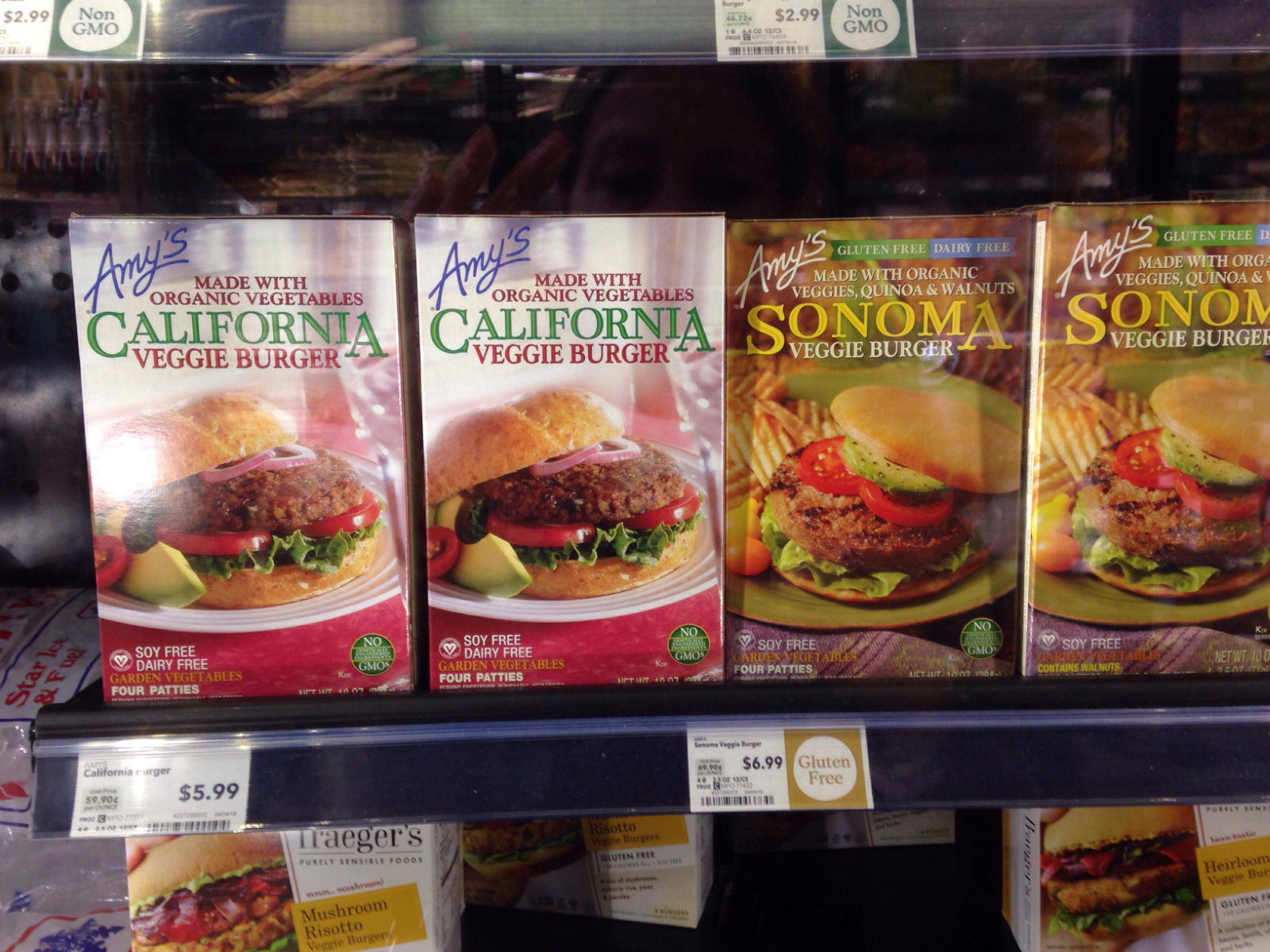

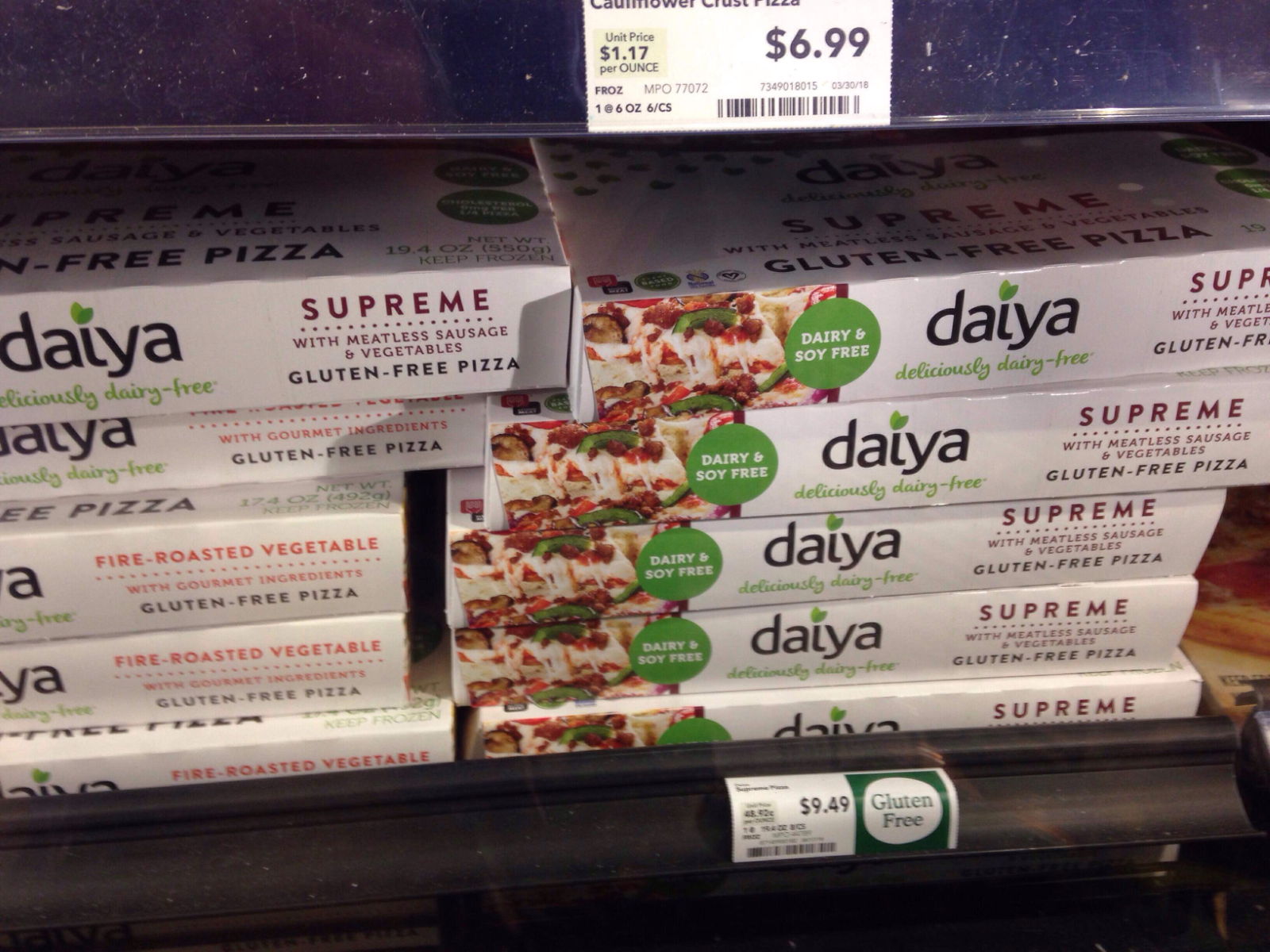
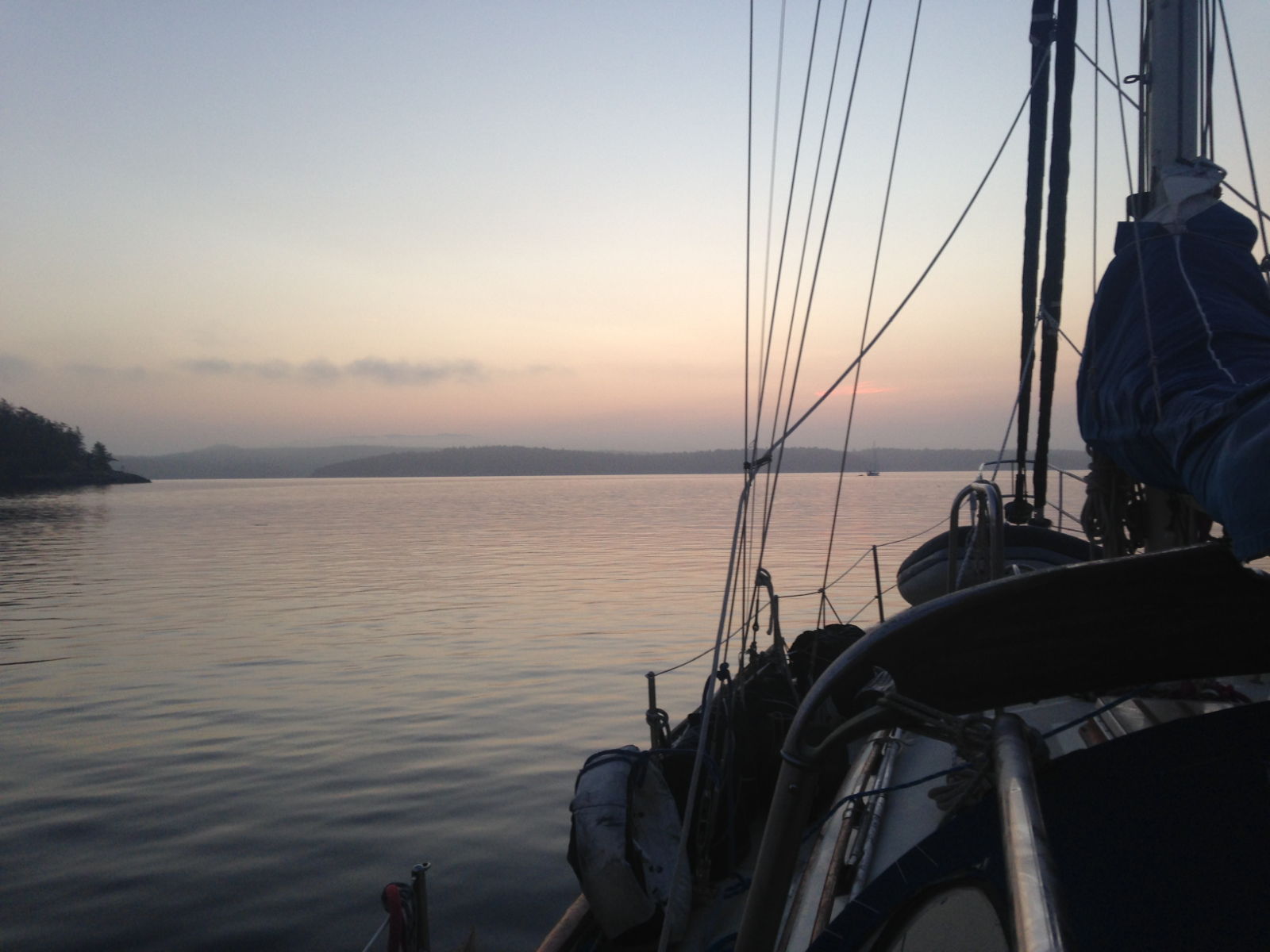
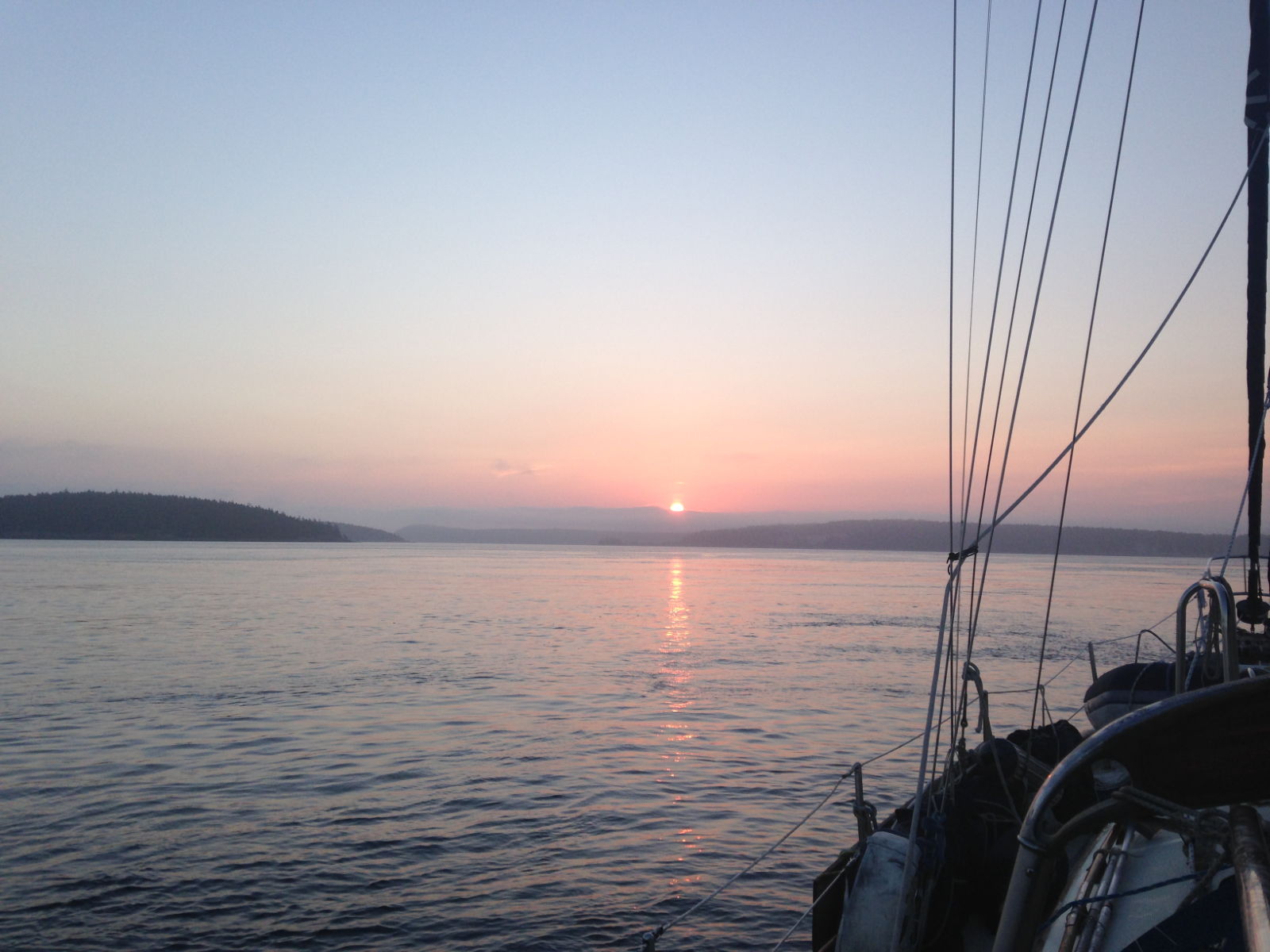
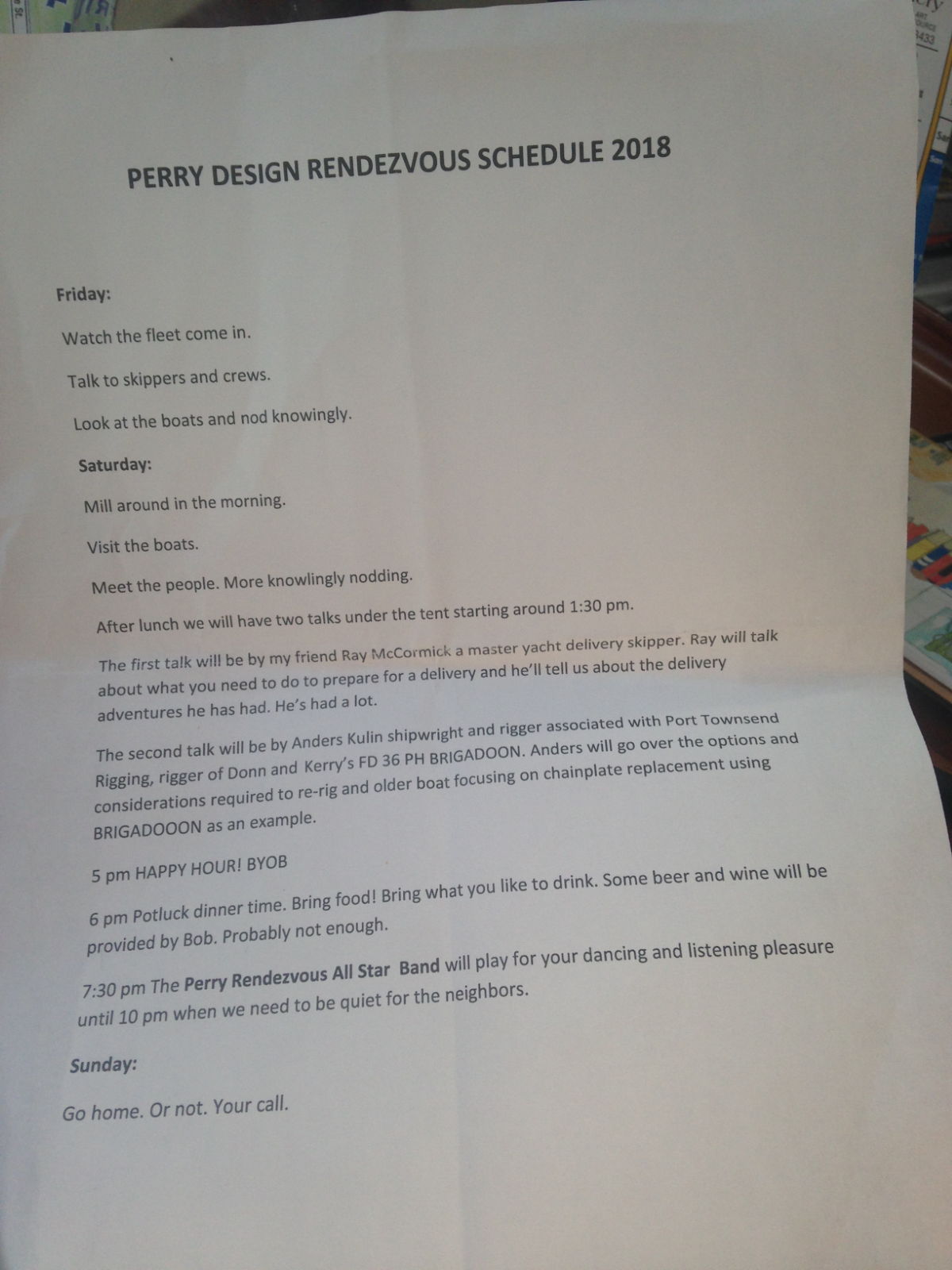
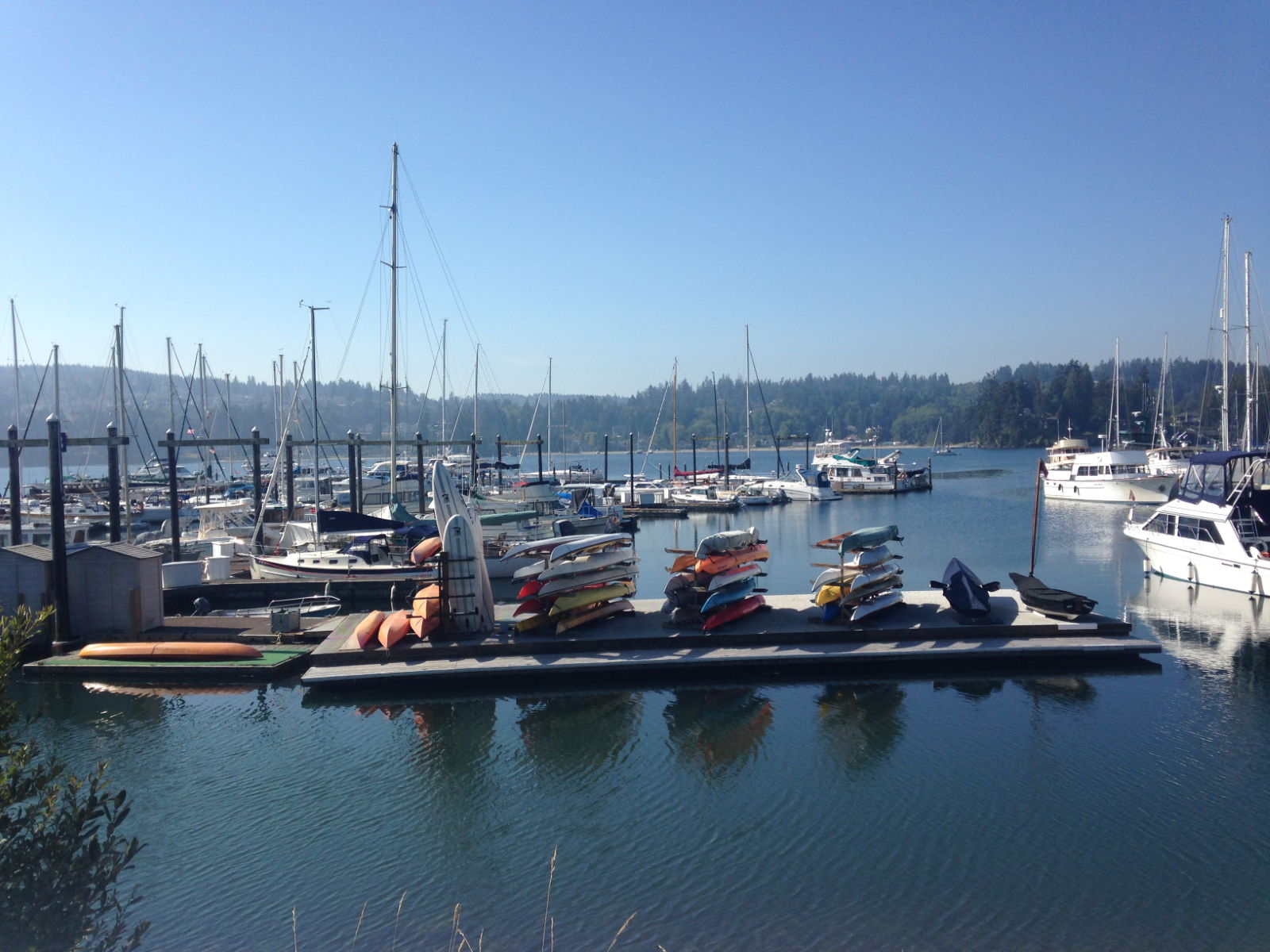
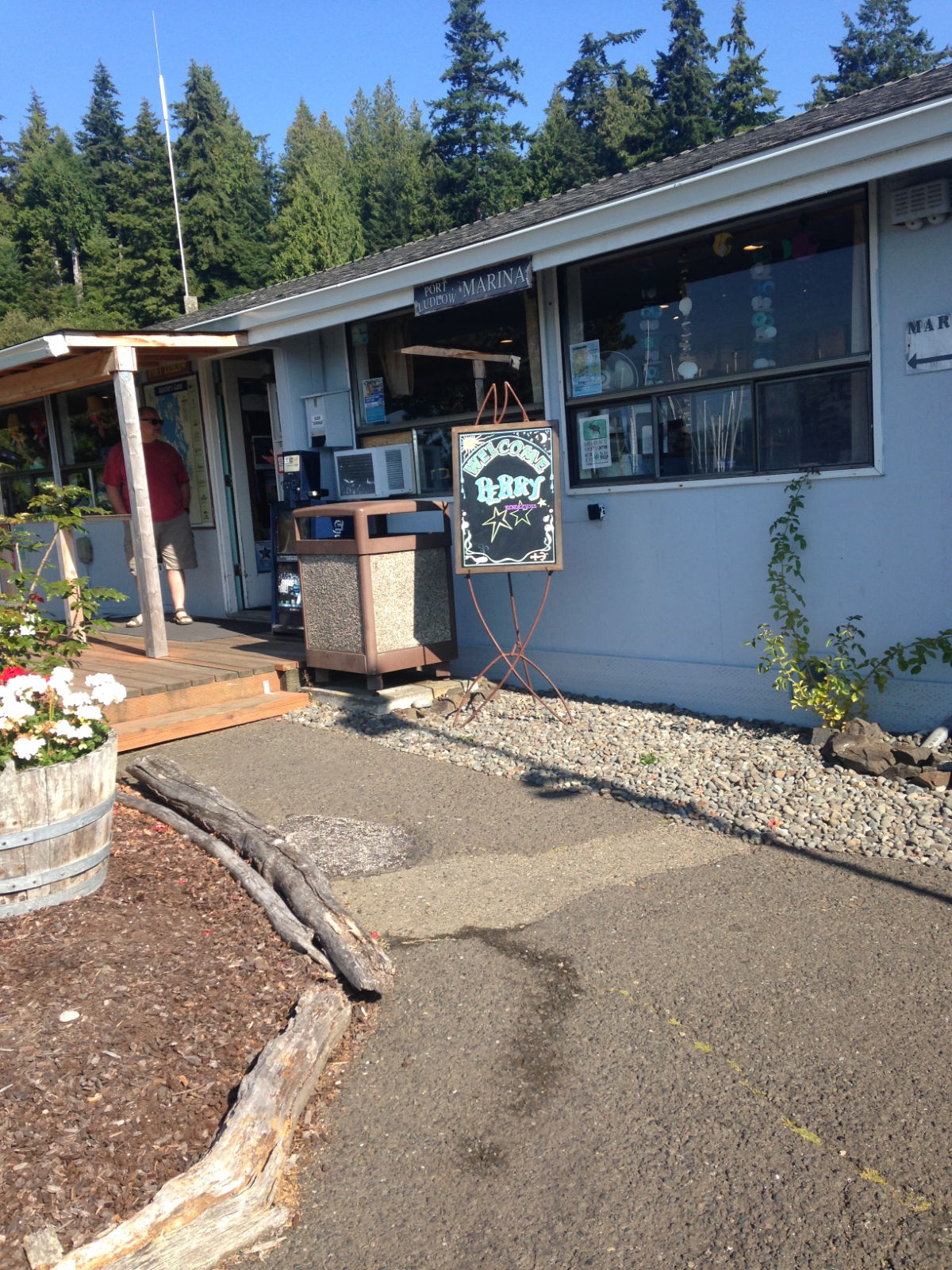
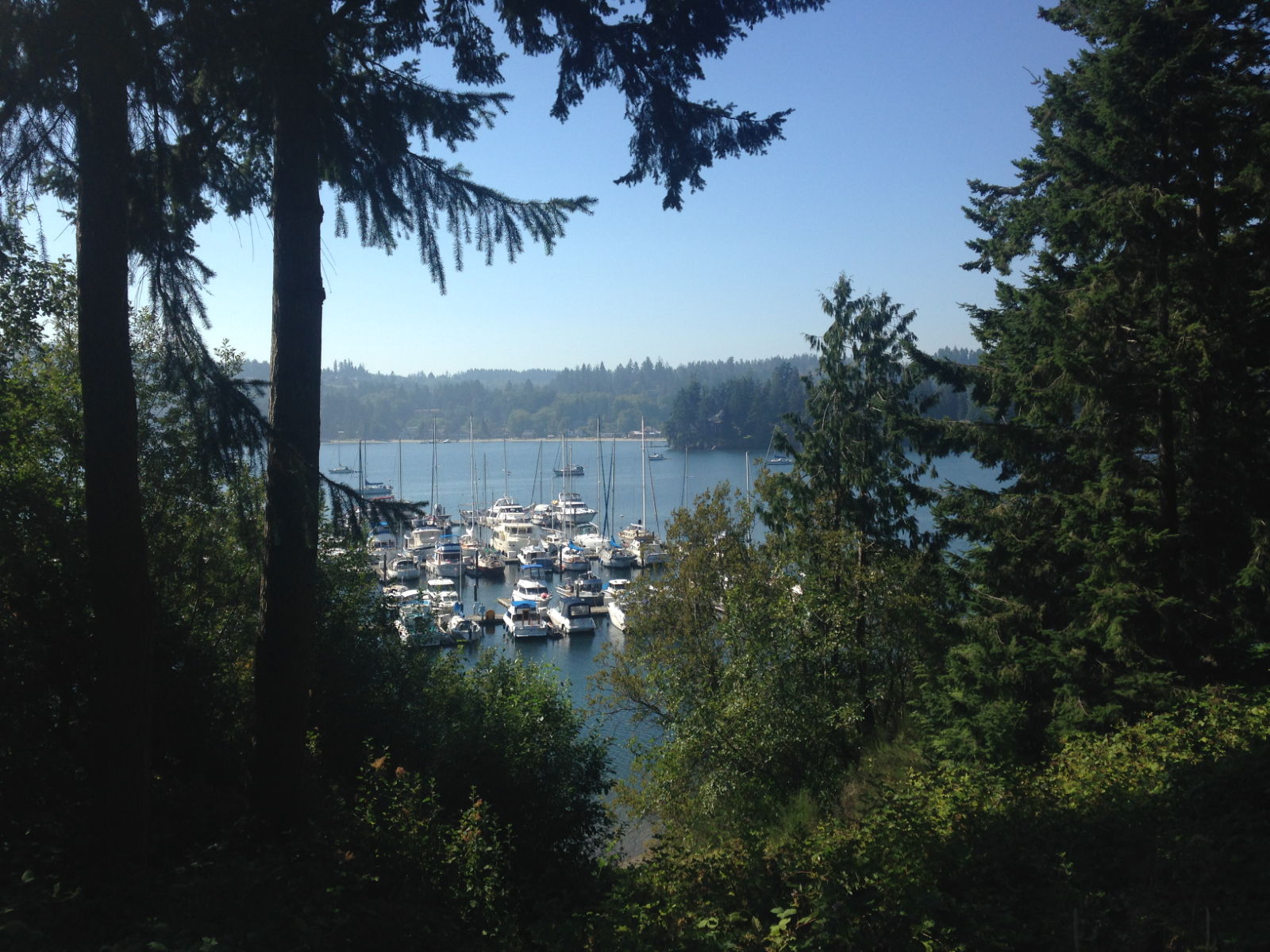

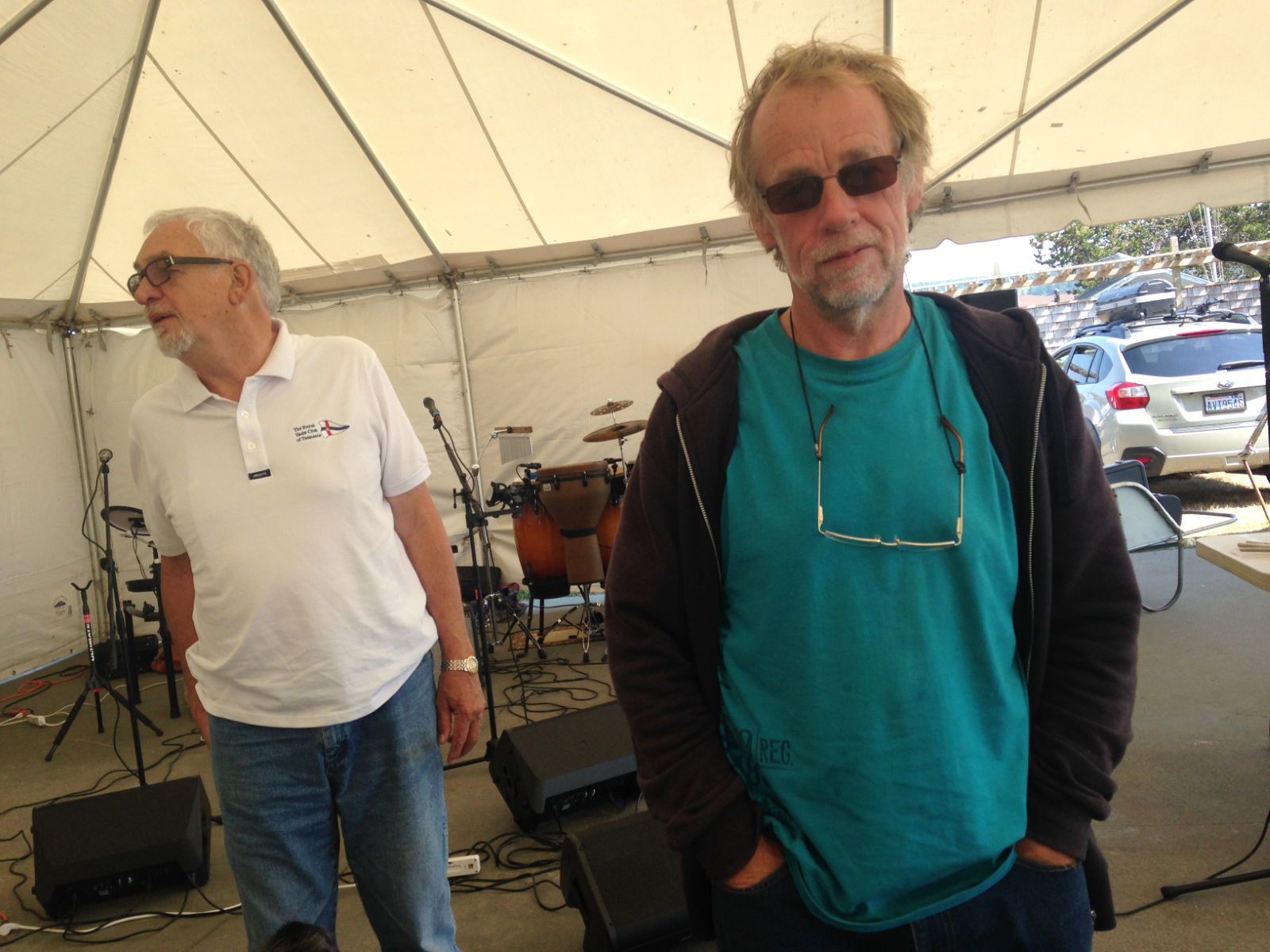
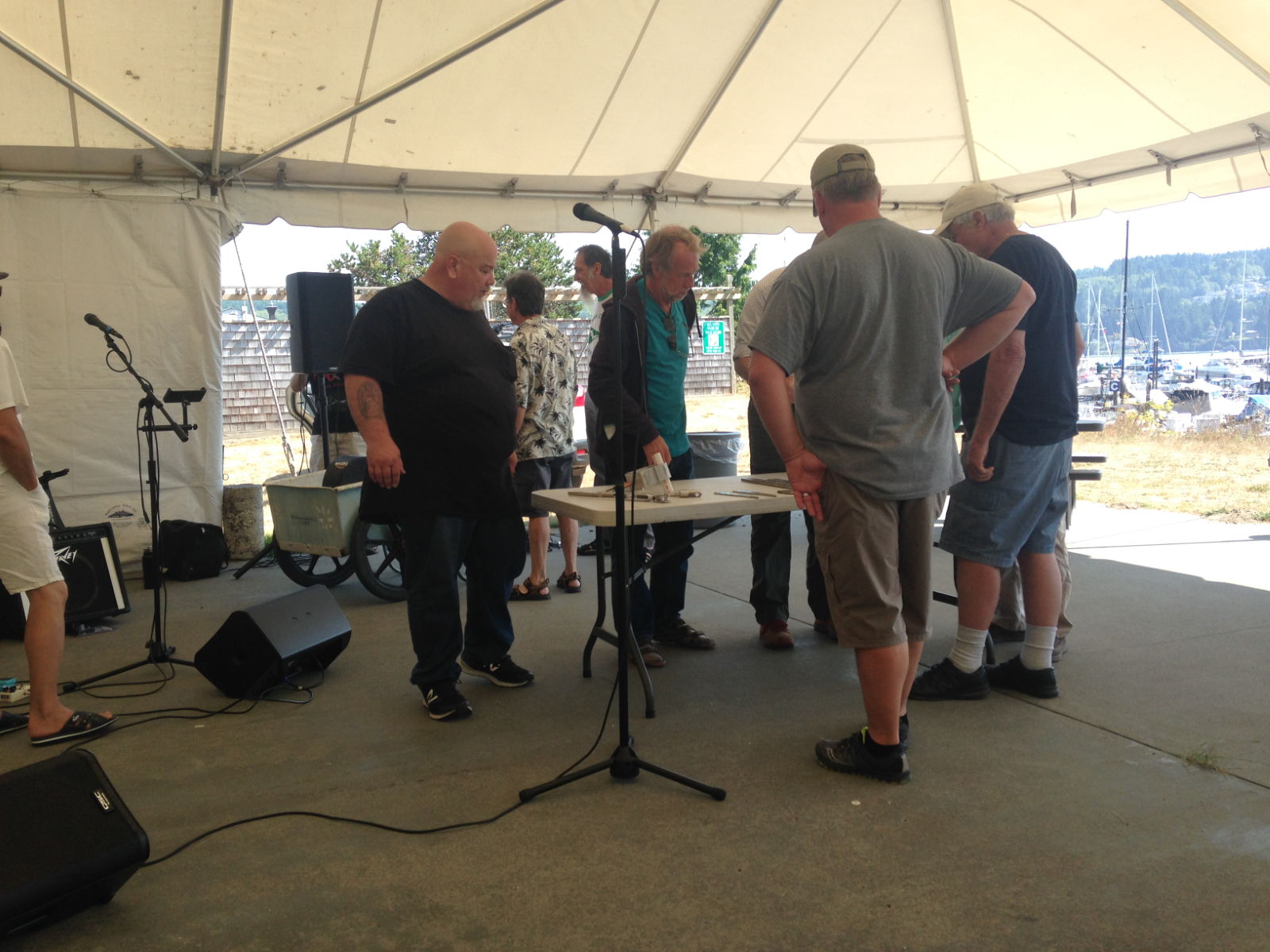
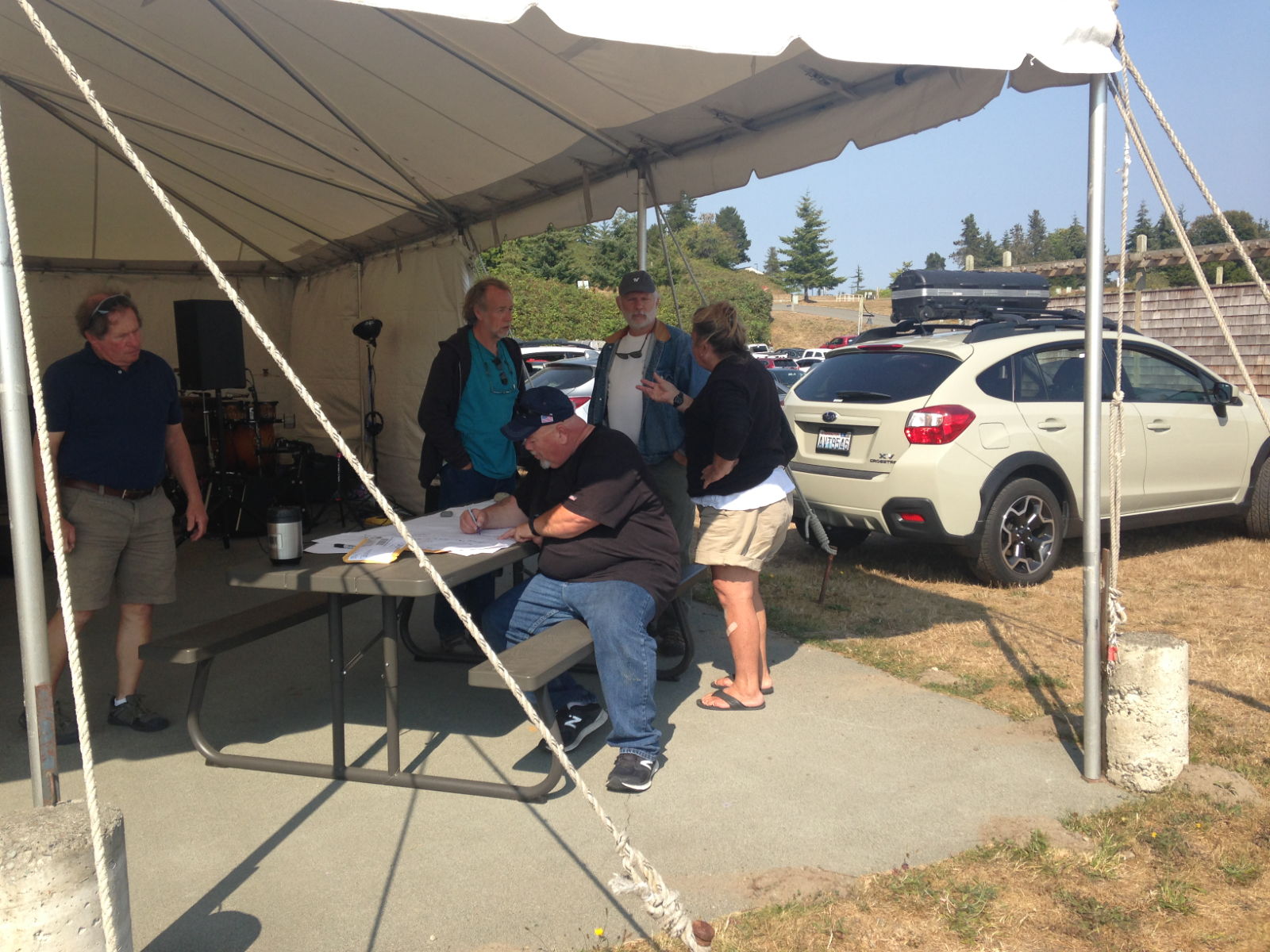
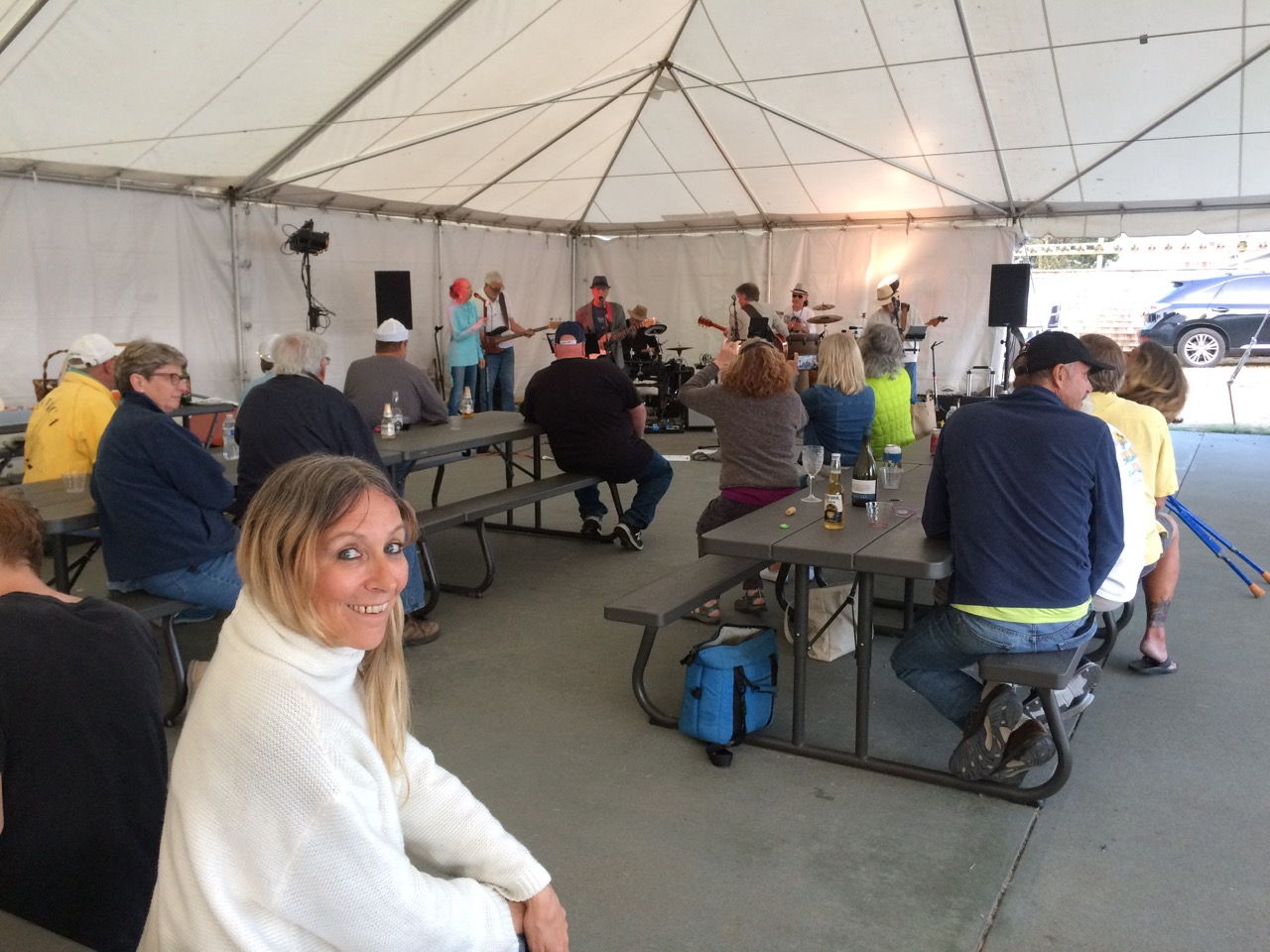

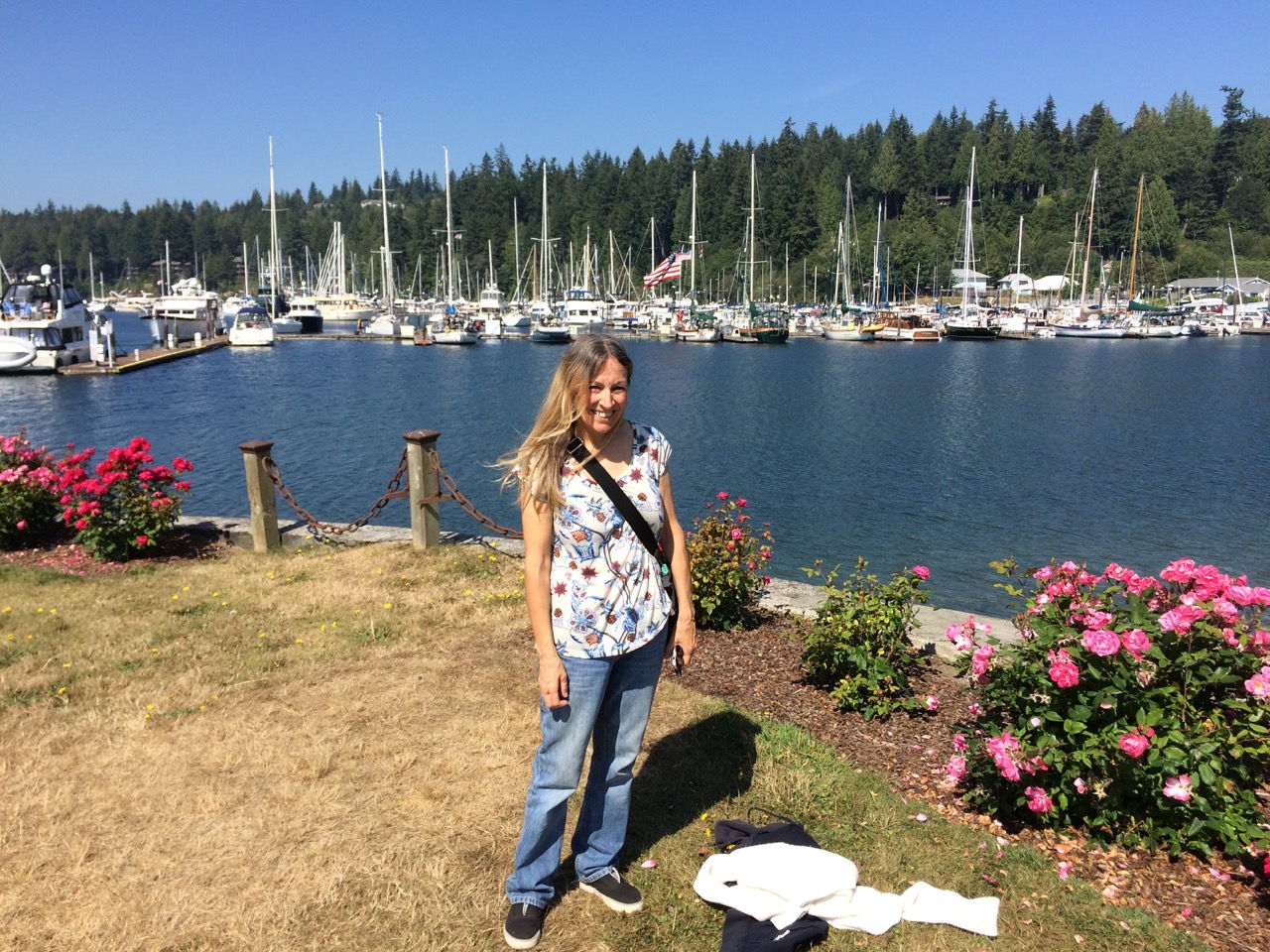
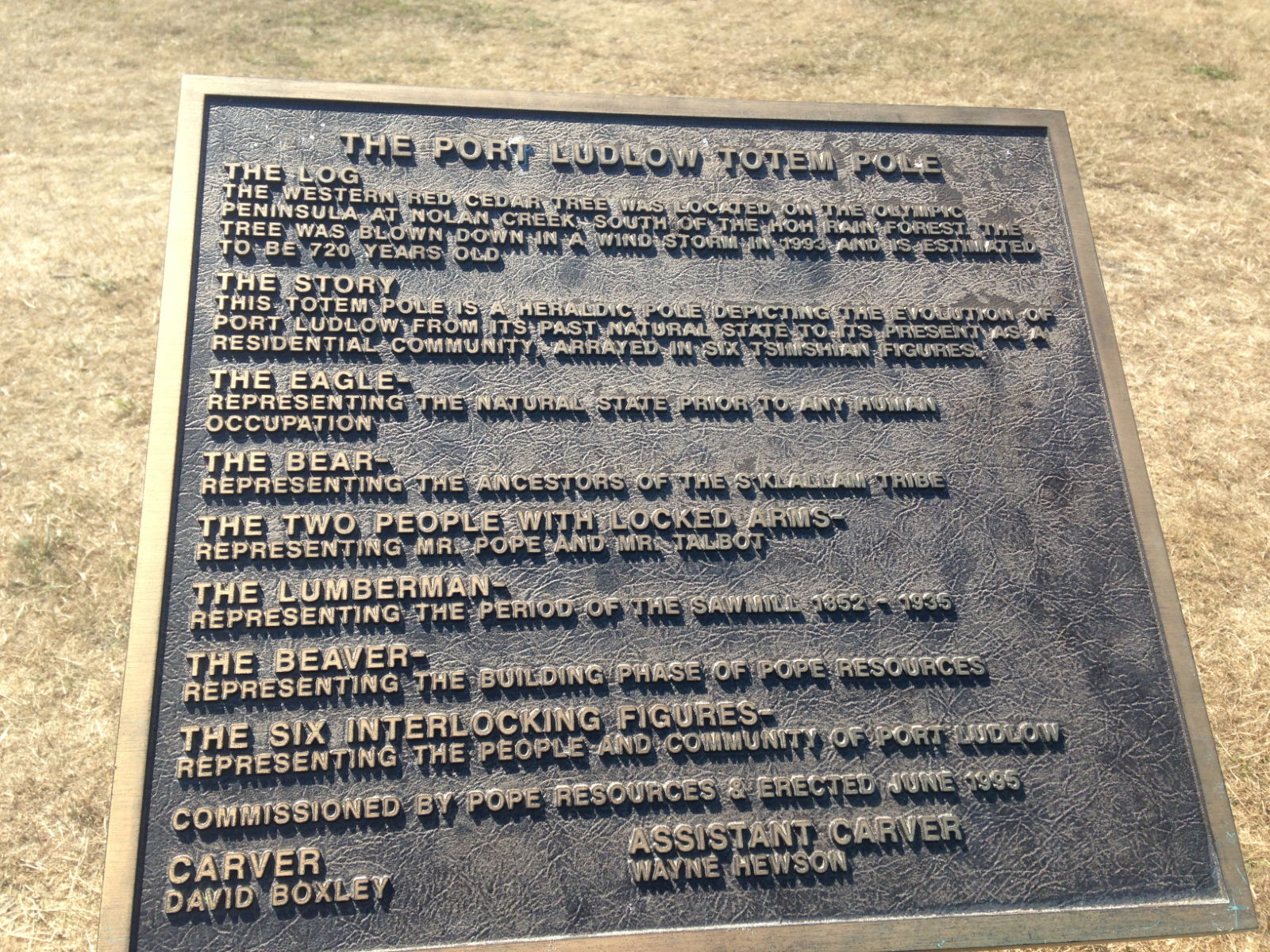
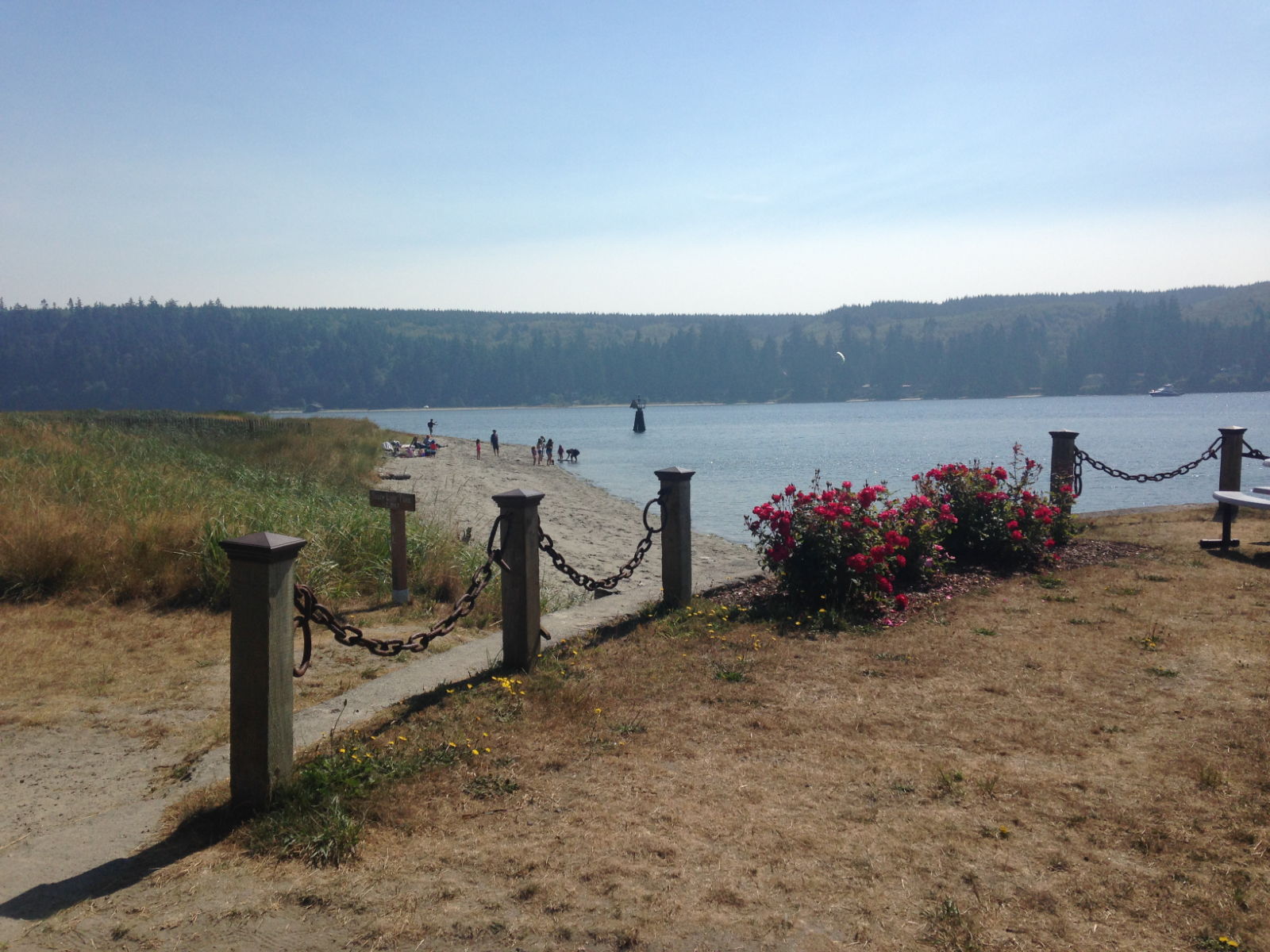

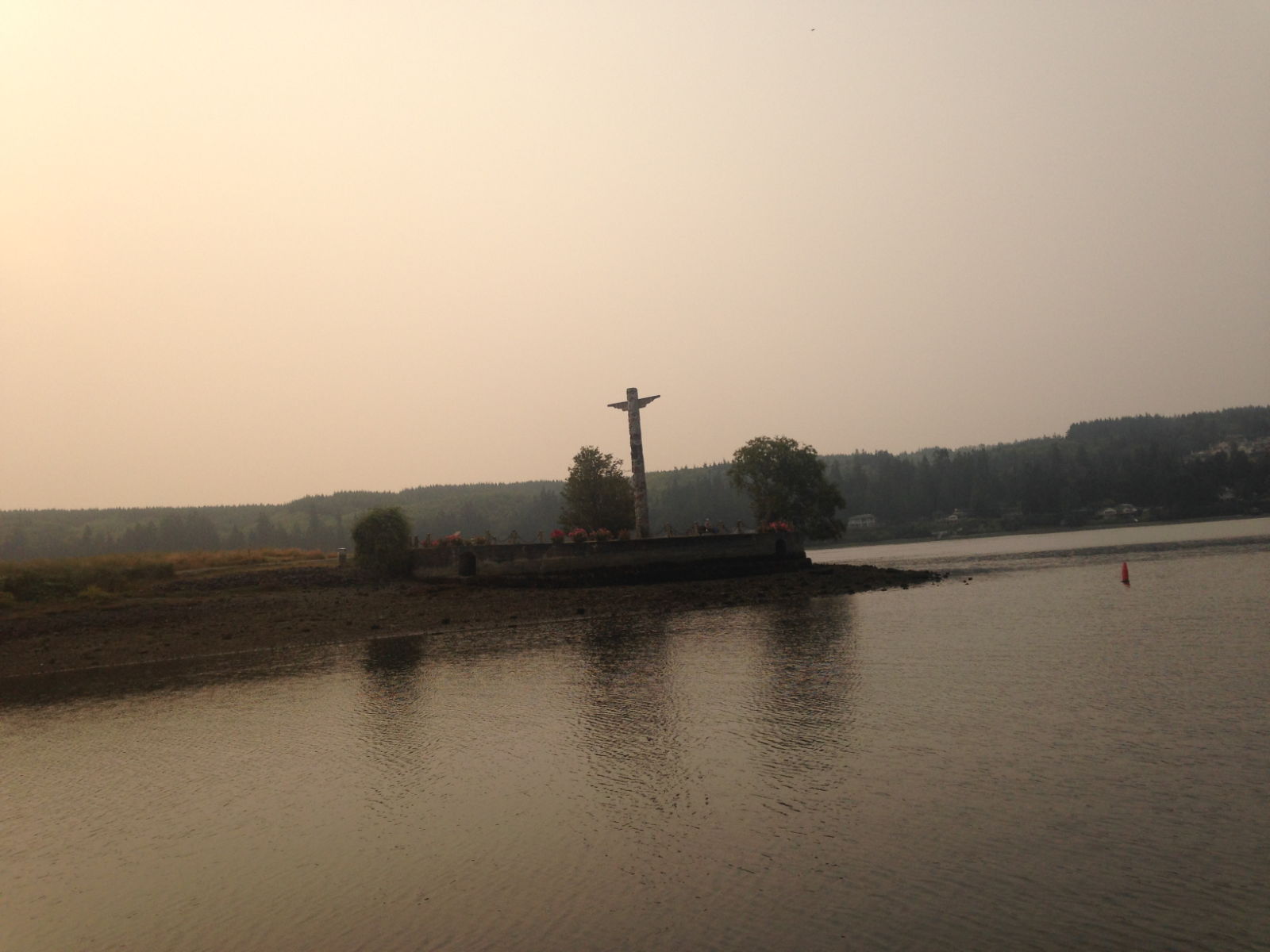
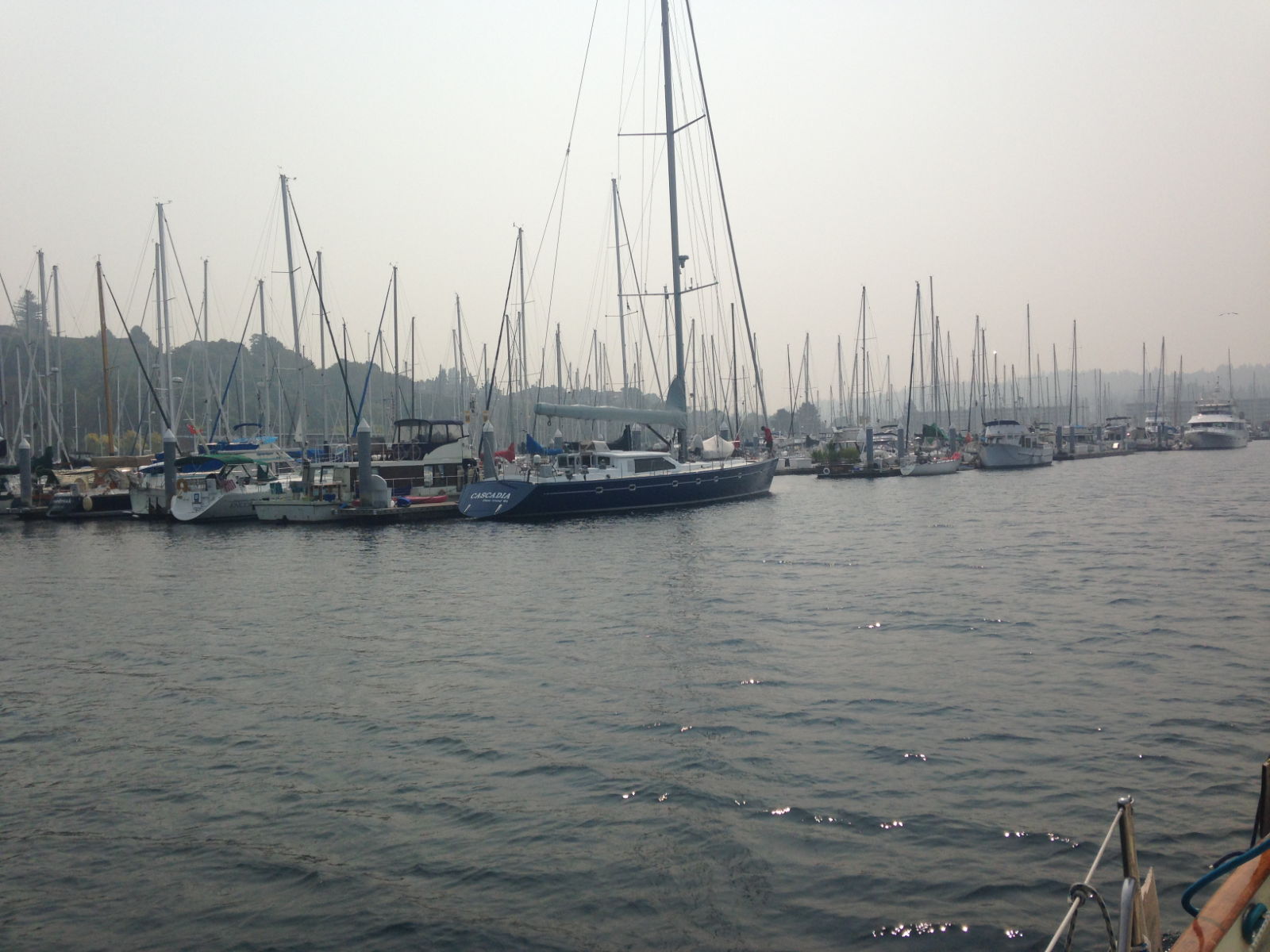
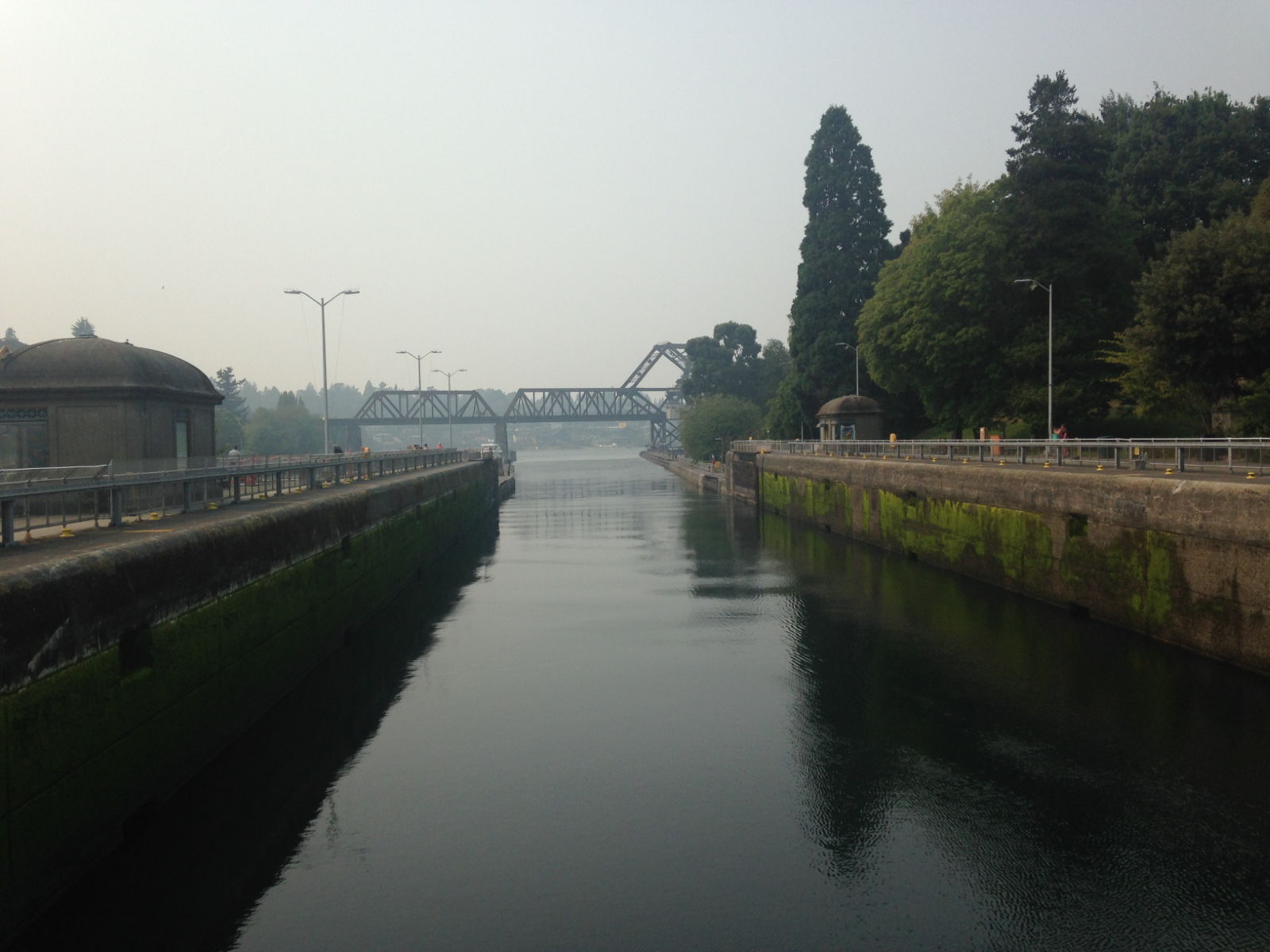
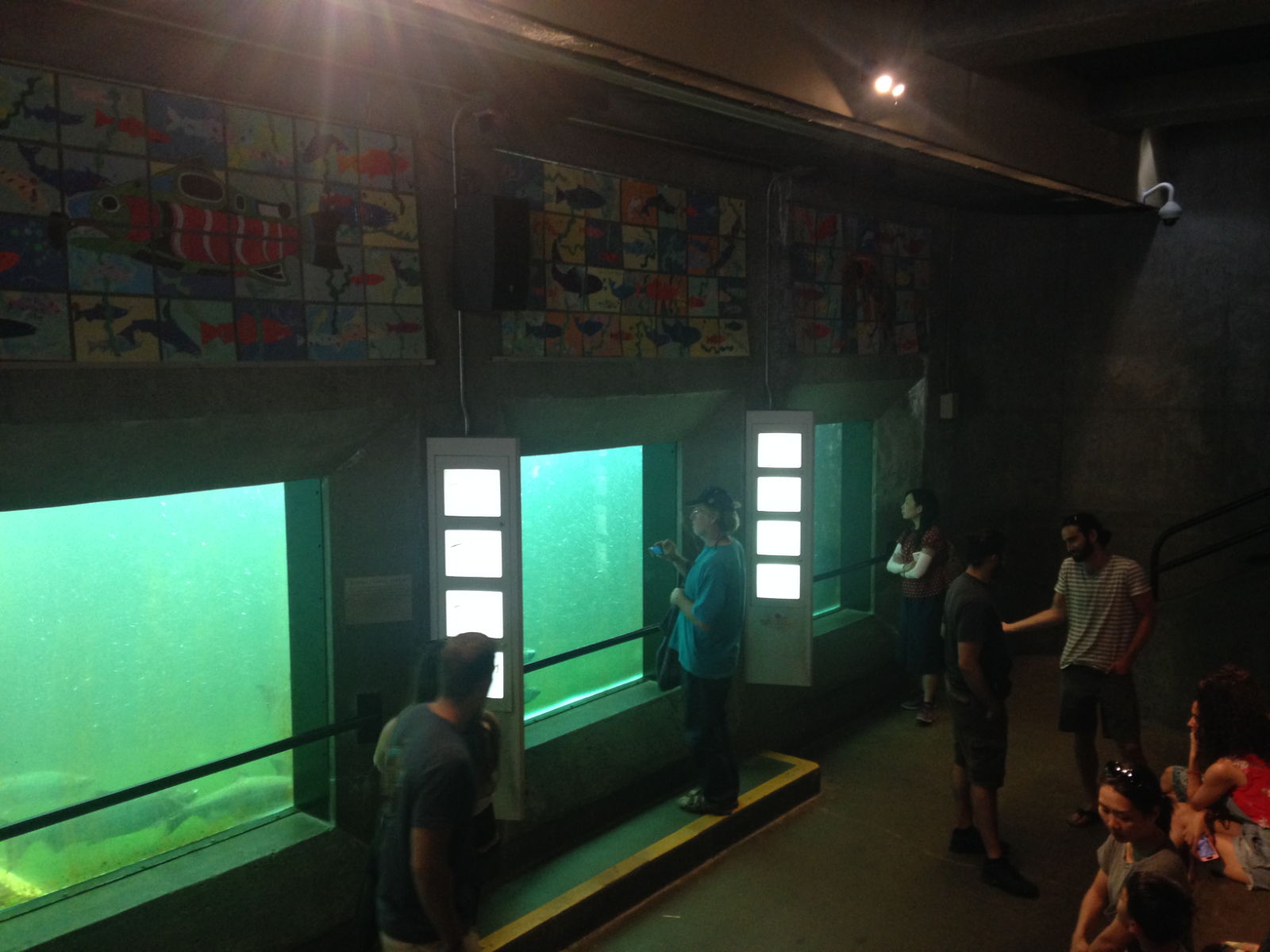
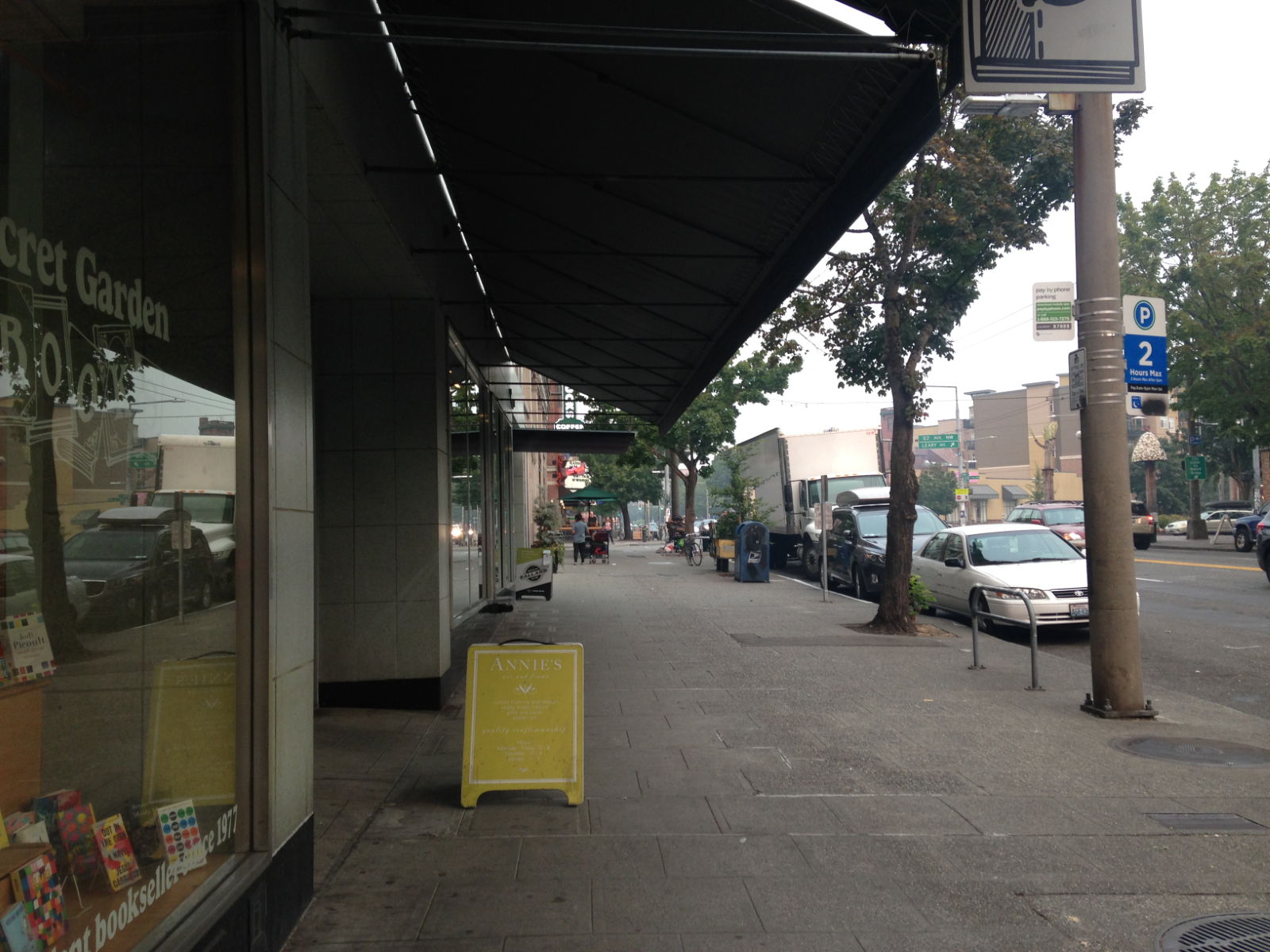

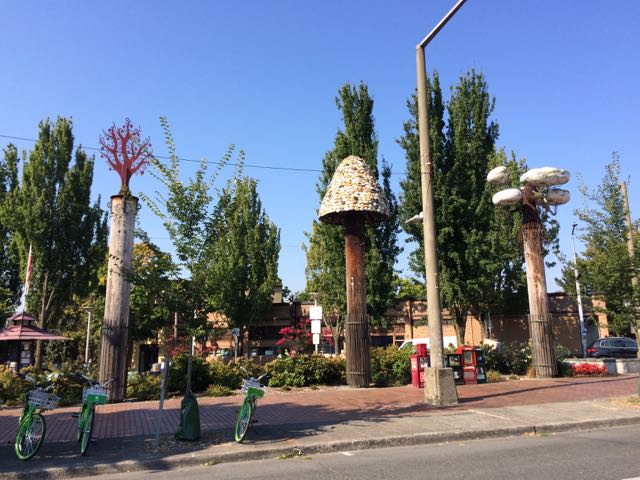
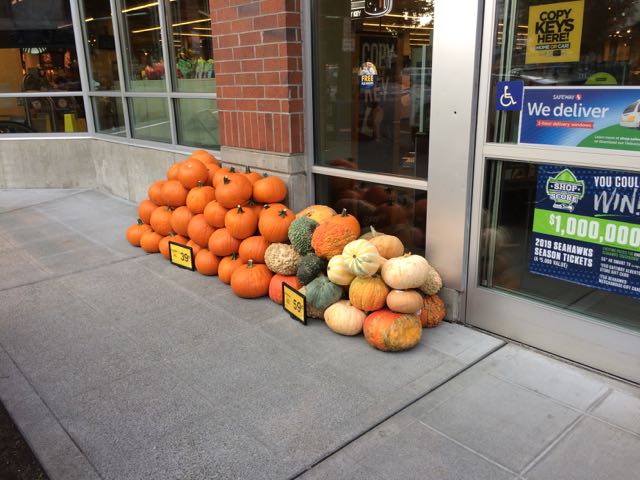

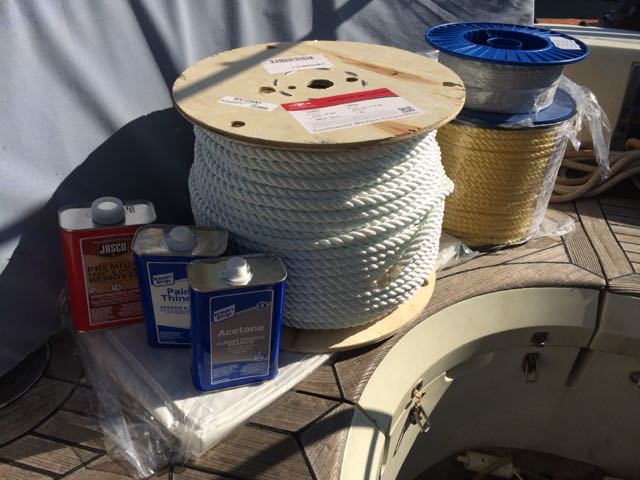
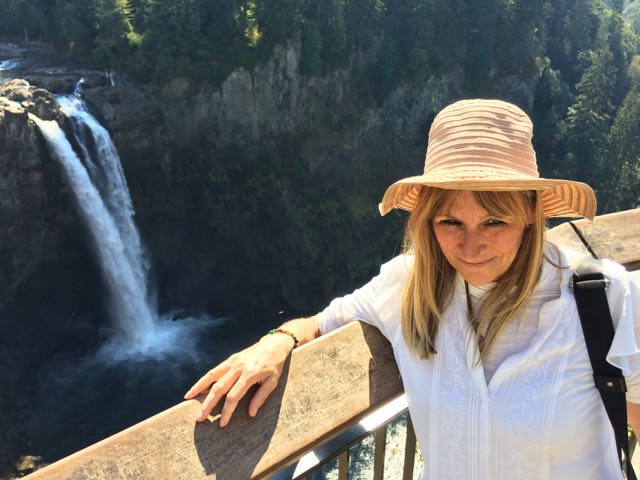
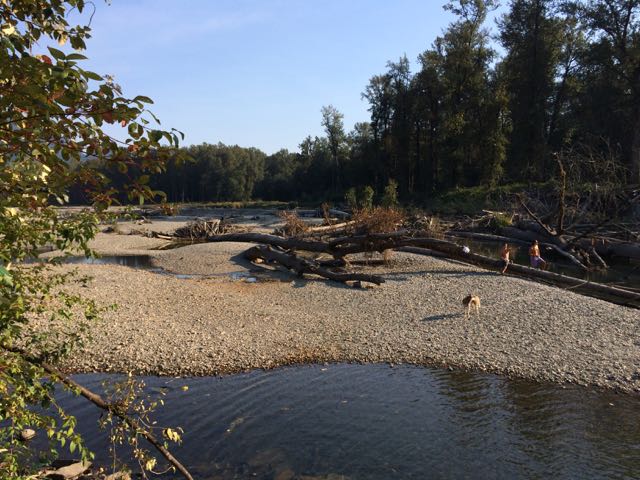
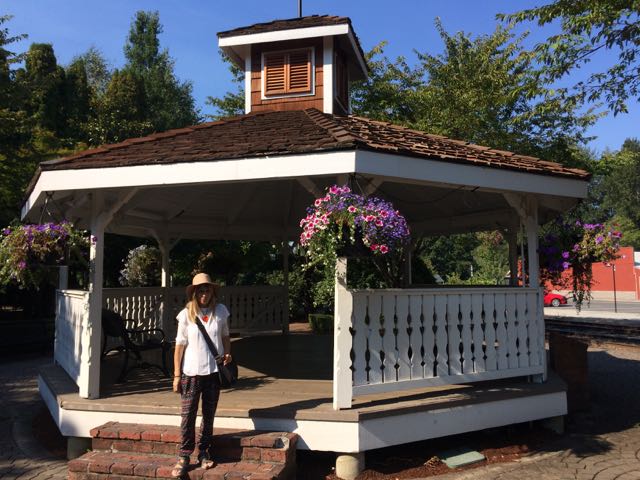 Just along from the museum we realised we were in Twin Peaks country land, so we drove out to the back road where David lynch turned up one day and planted the sign below. They took some pictures, pulled the sign and drove off.
Just along from the museum we realised we were in Twin Peaks country land, so we drove out to the back road where David lynch turned up one day and planted the sign below. They took some pictures, pulled the sign and drove off. 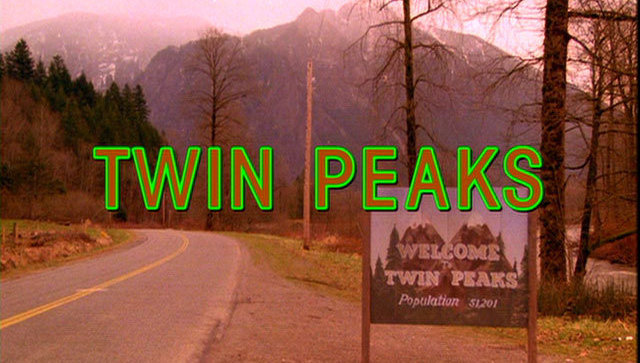
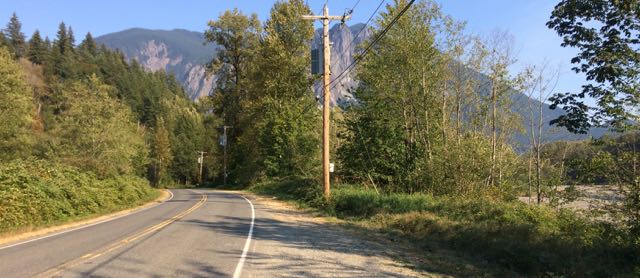 Much later the city of Snoqualmie put up a replica sign, but it has since been stolen.
Much later the city of Snoqualmie put up a replica sign, but it has since been stolen.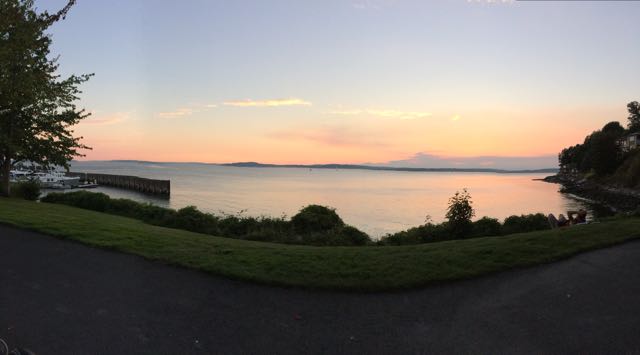

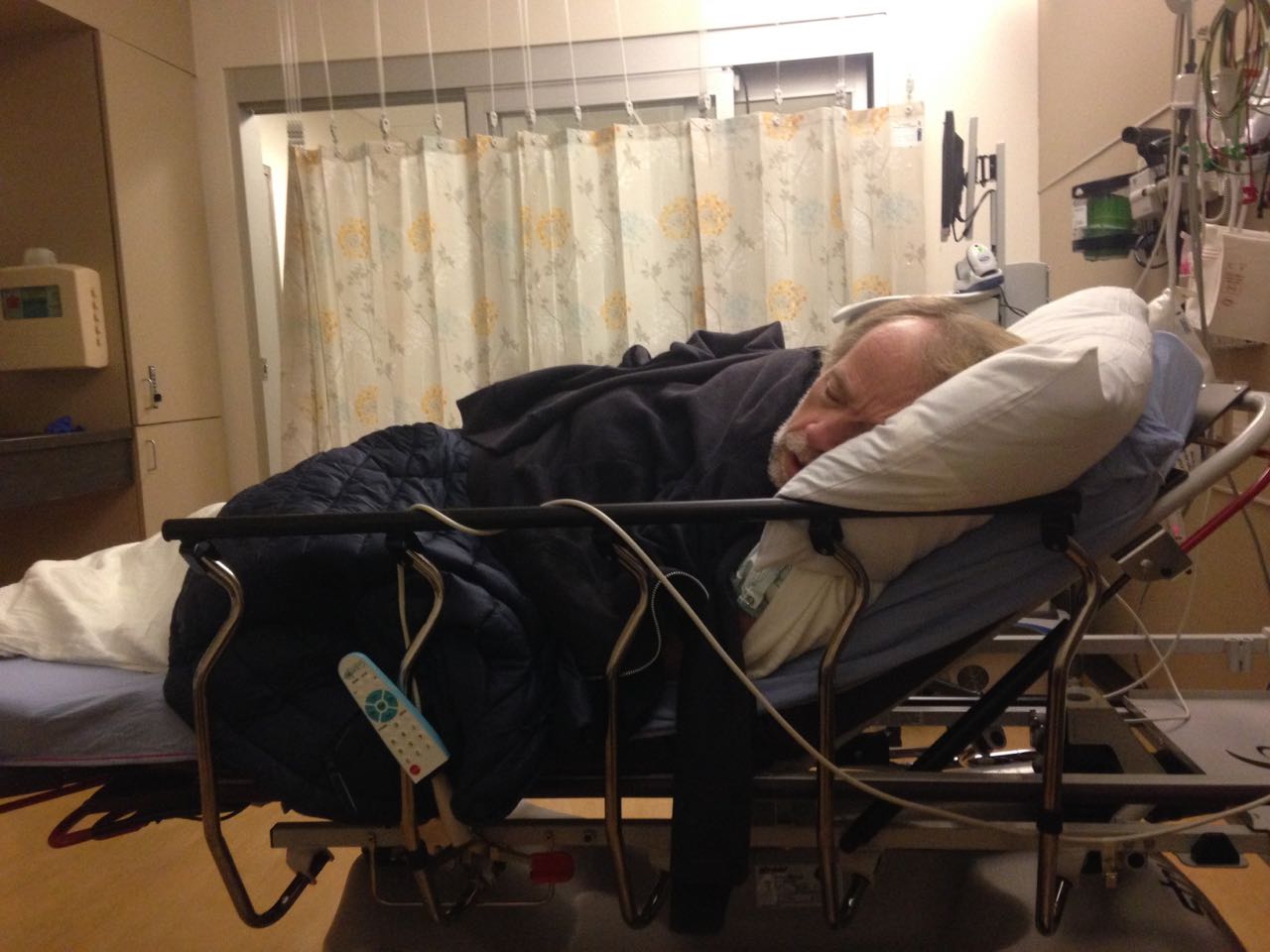 The ultrasound revealed no serious issues, just inflammation, most probably caused by an infection. The actual diagnosis was Epididymitis, and the treatment was to be a course of antibiotics, rest and loads of painkillers.
The ultrasound revealed no serious issues, just inflammation, most probably caused by an infection. The actual diagnosis was Epididymitis, and the treatment was to be a course of antibiotics, rest and loads of painkillers.